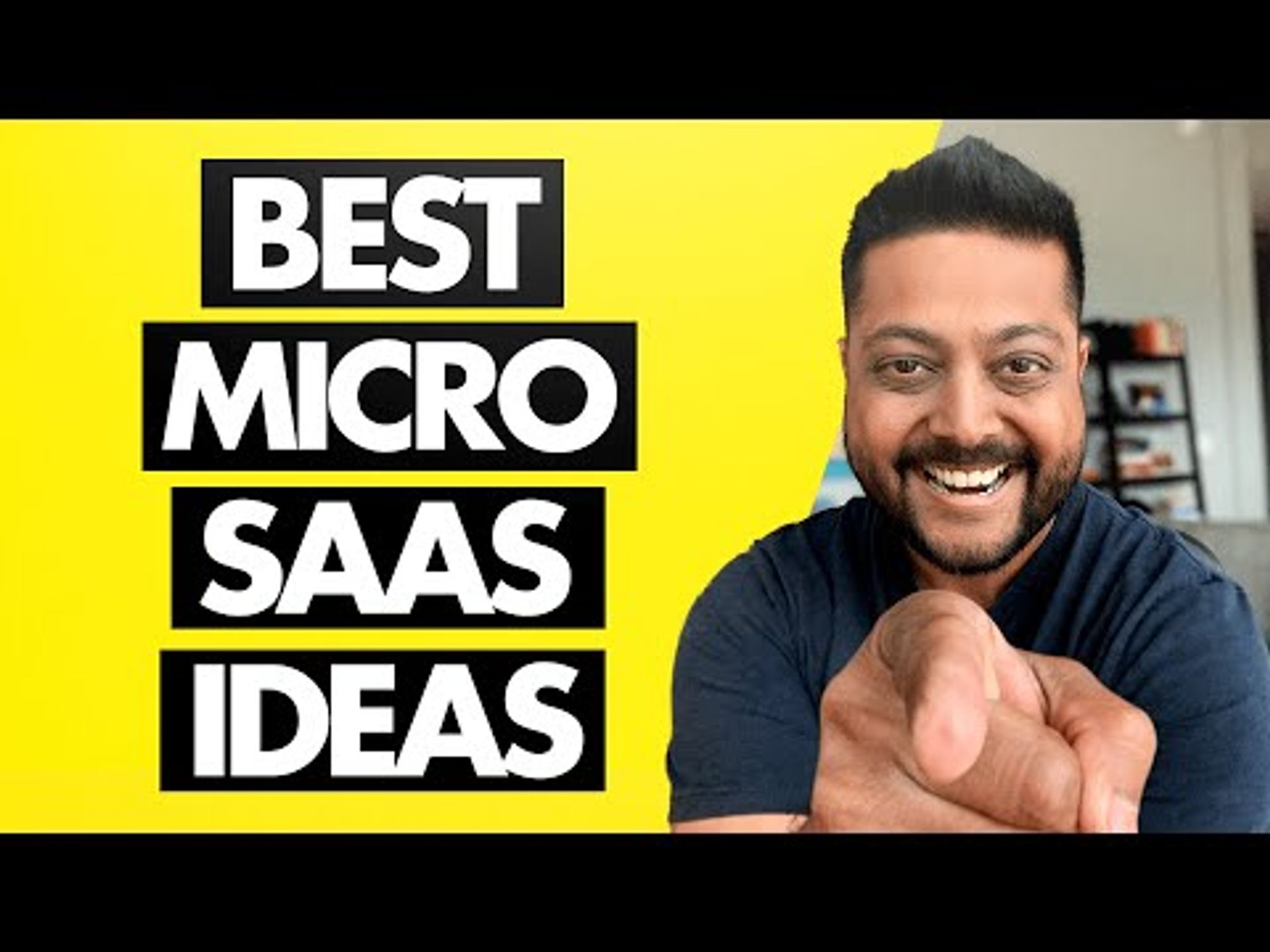One of the coolest things
about Saas businesses
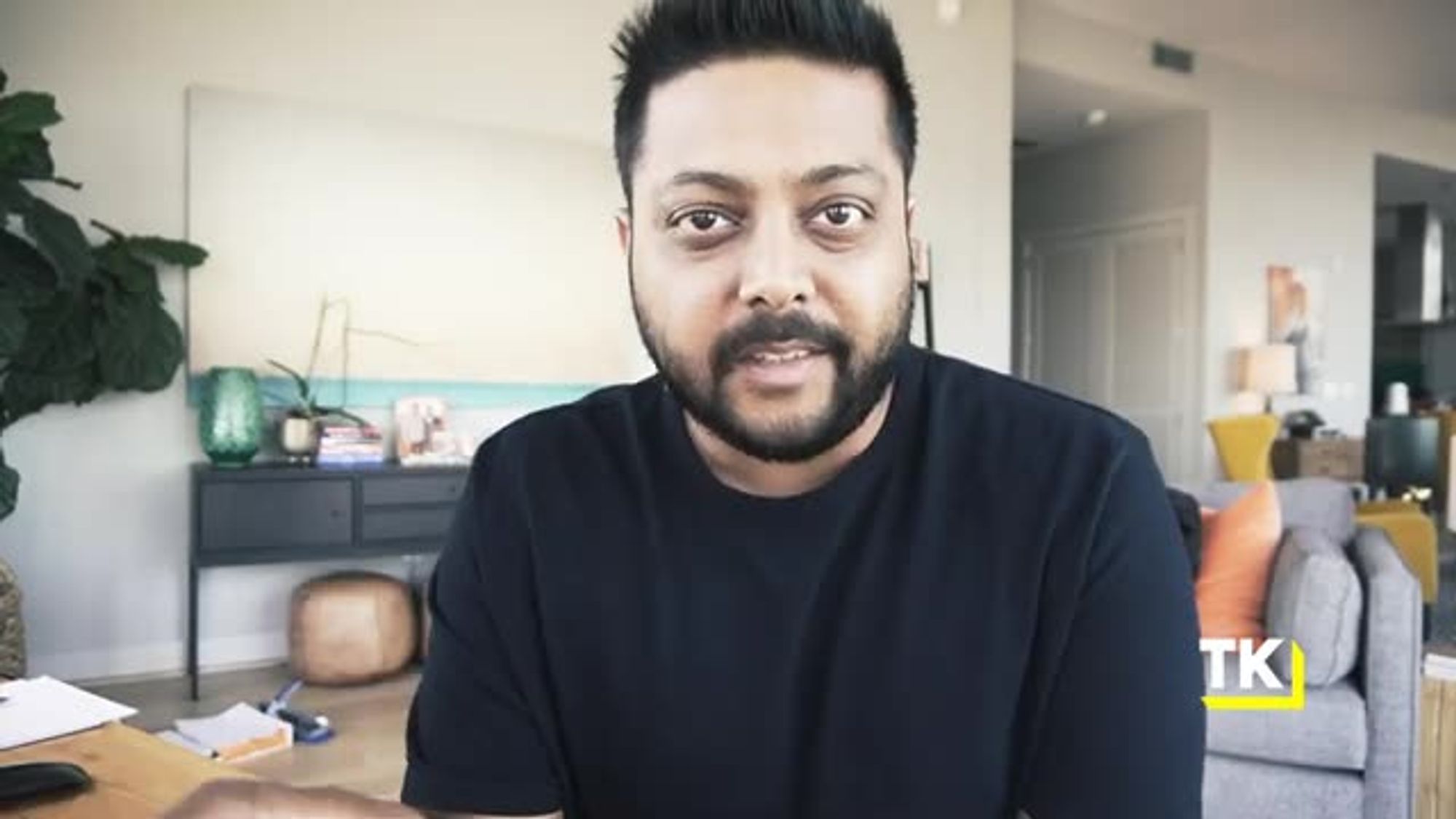
is that they come in all shapes and sizes.
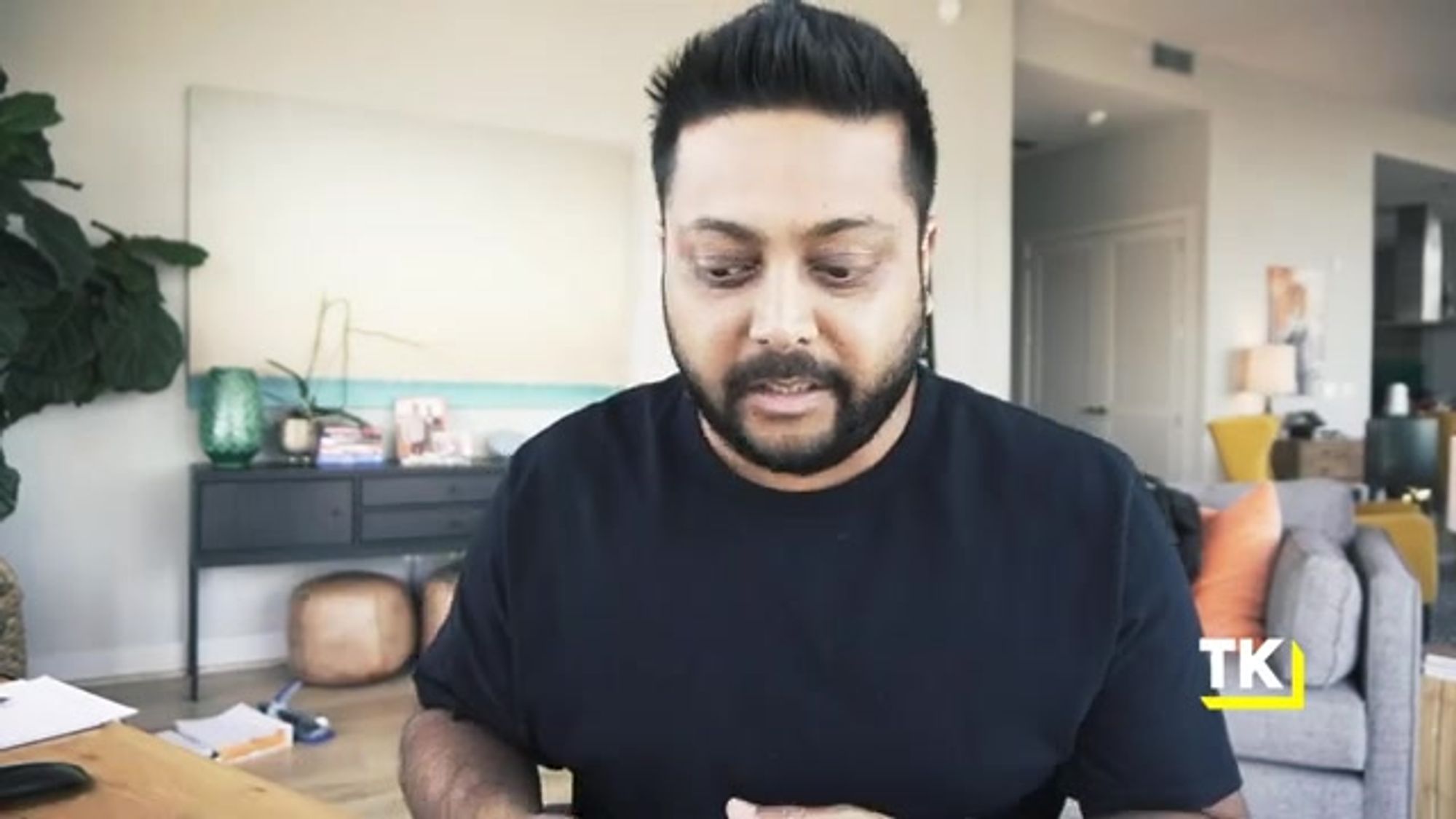
So, even within my coaching programs,
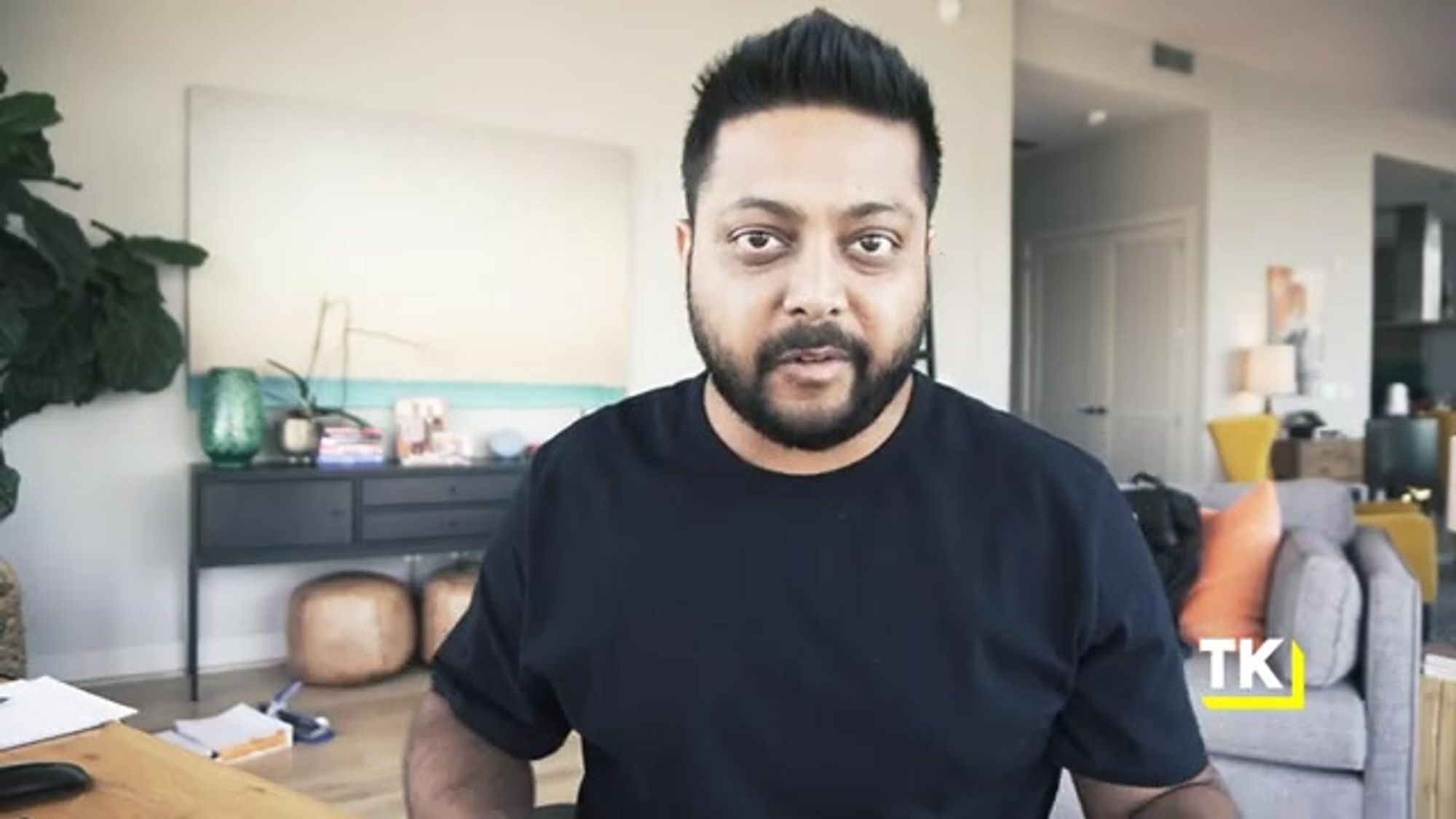
we've got venture-backed
businesses that are hyper scaling.
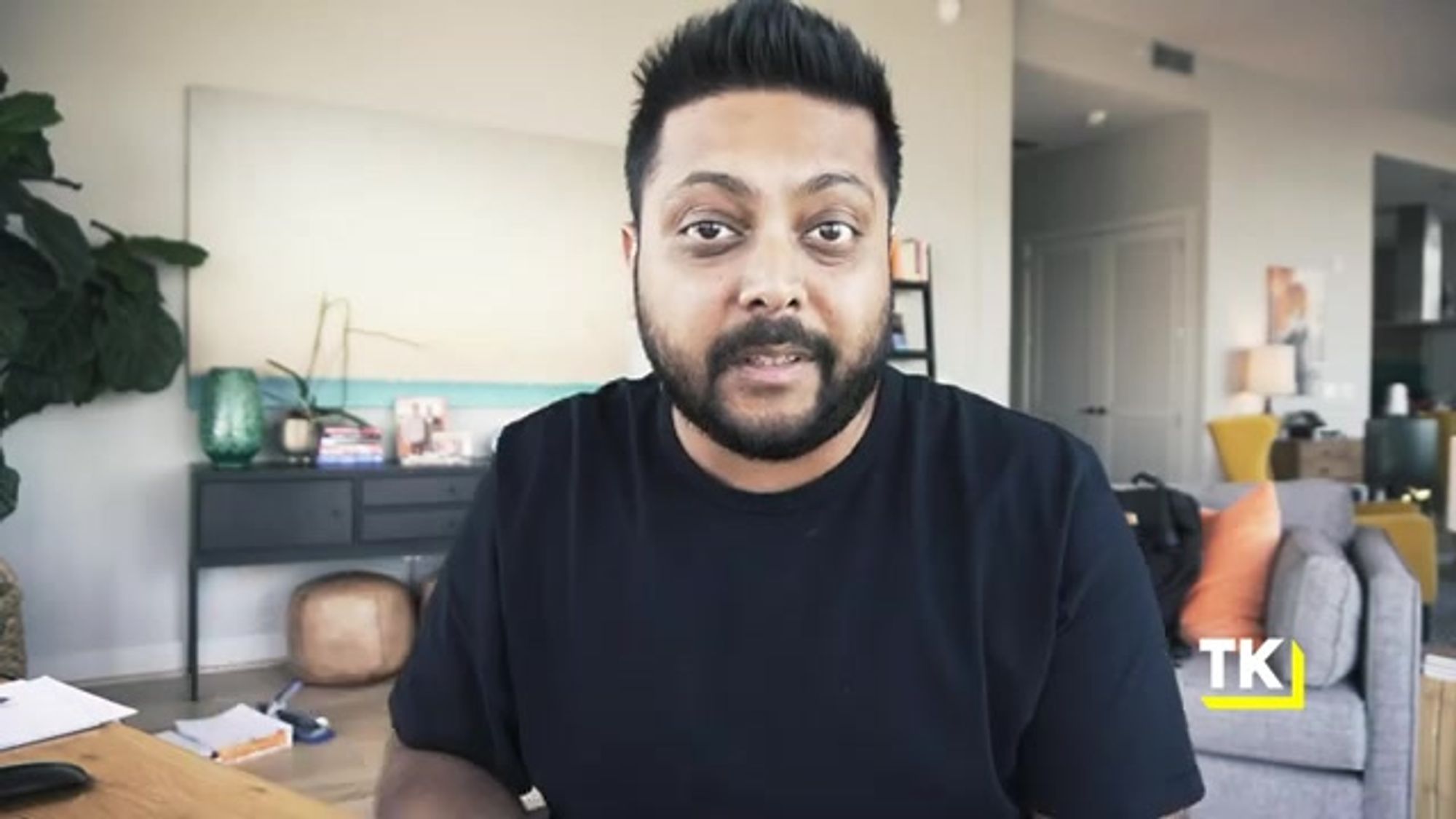
We've got bootstrap
business that are profitable
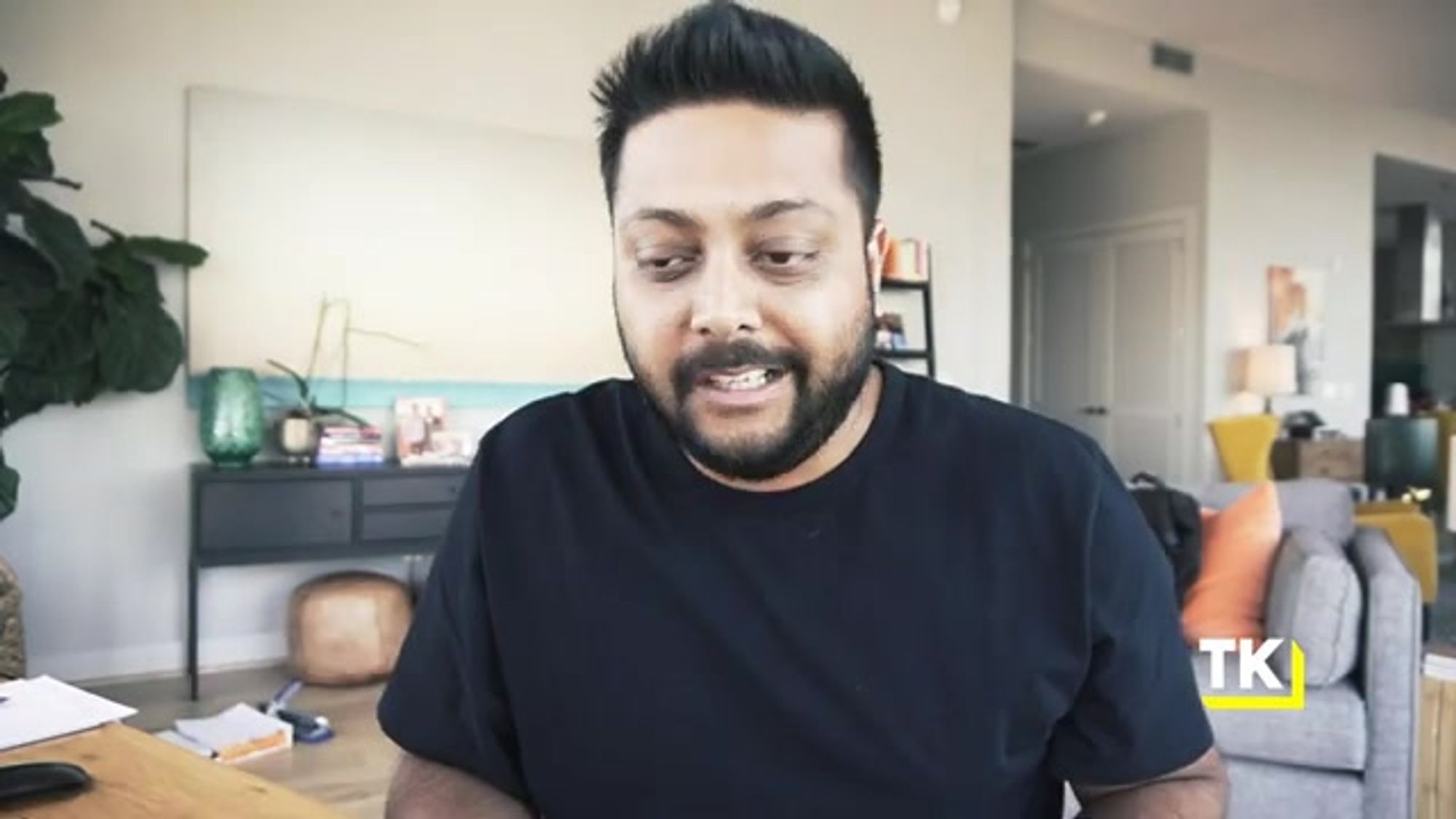
and we've got businesses
just starting out,
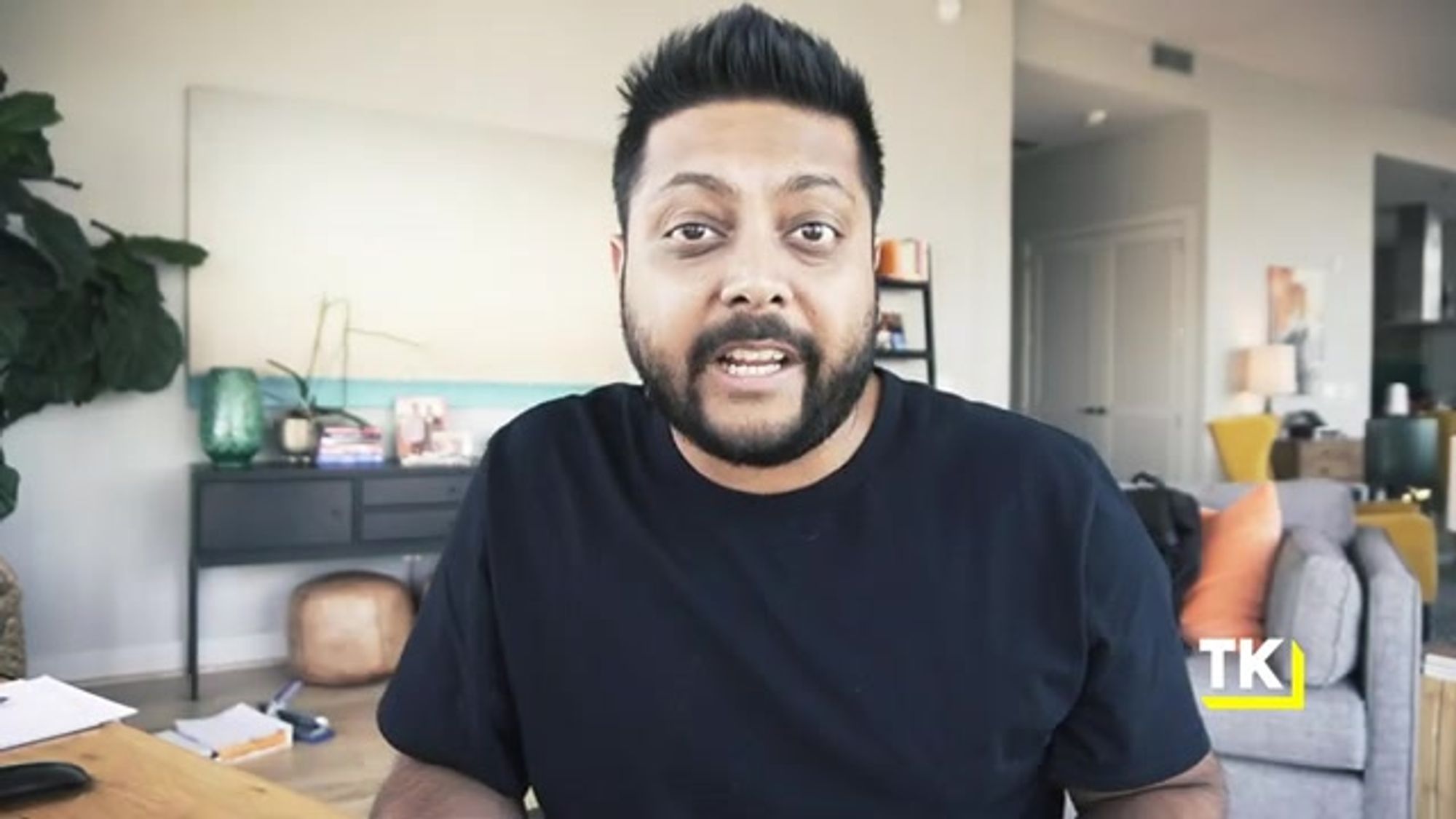
they don't quite know whether
they're gonna be bootstrapped
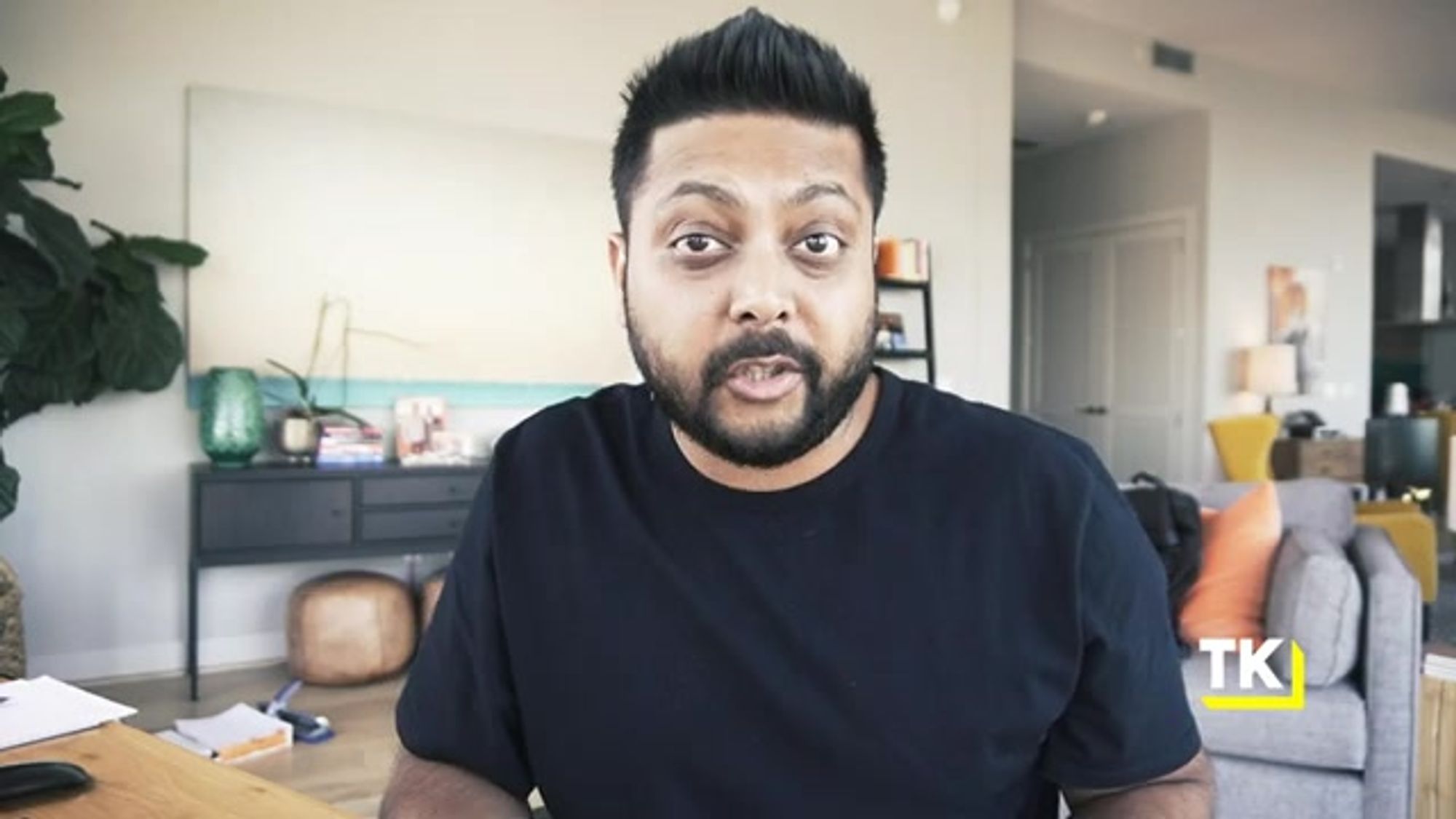
or they're gonna raise a bunch of capital,
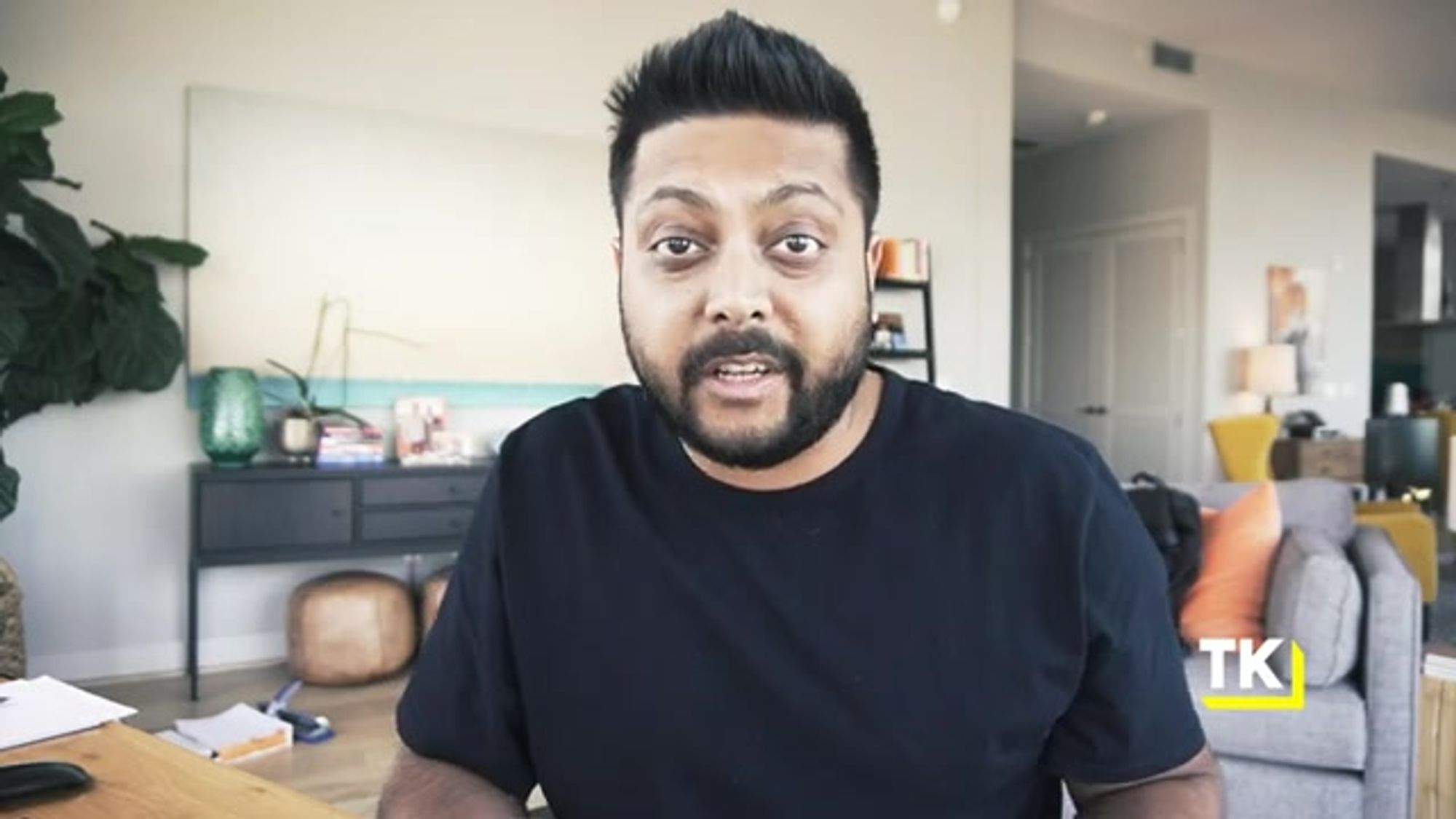
so it's super early.
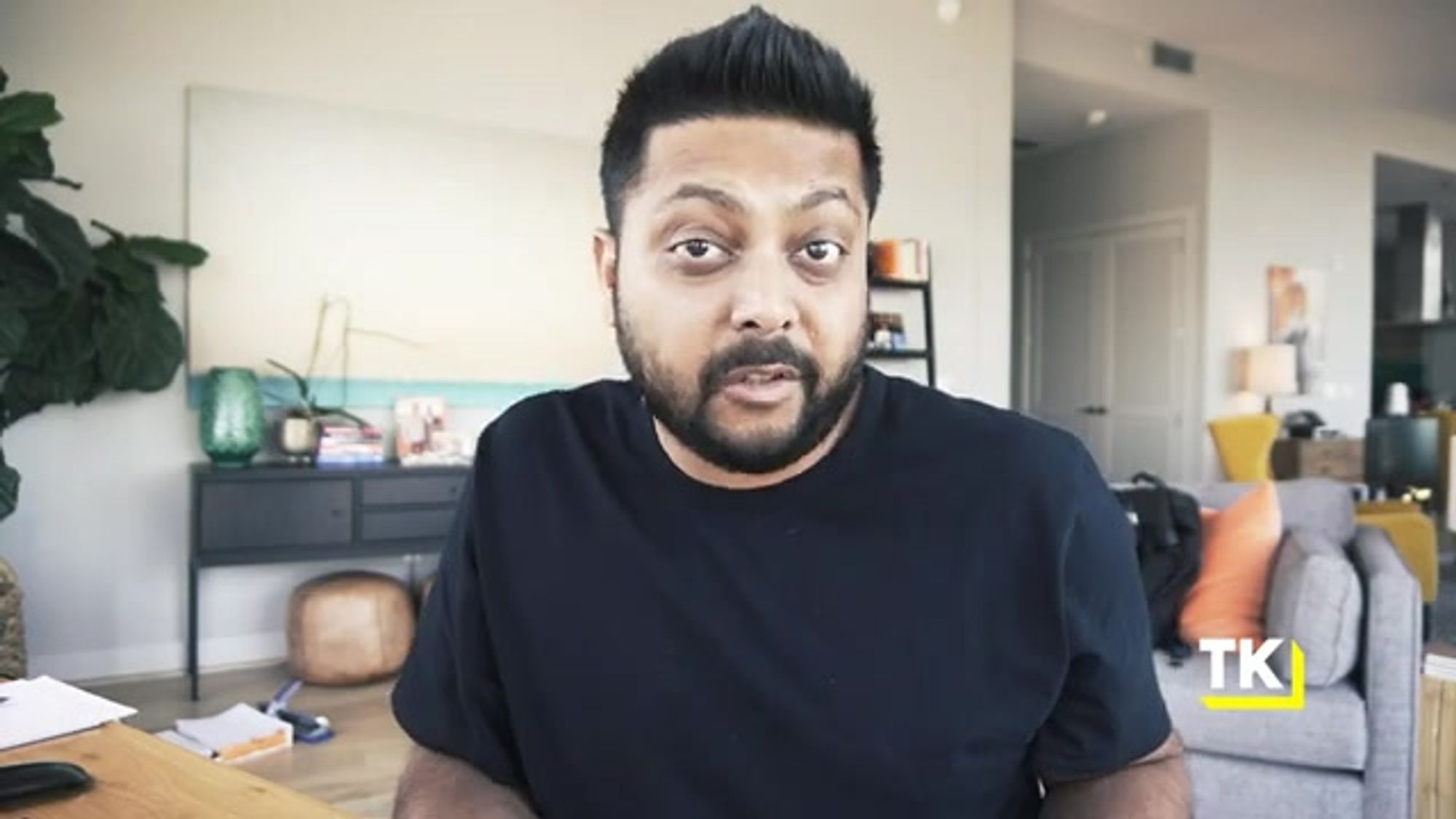
They come in all shapes and sizes,
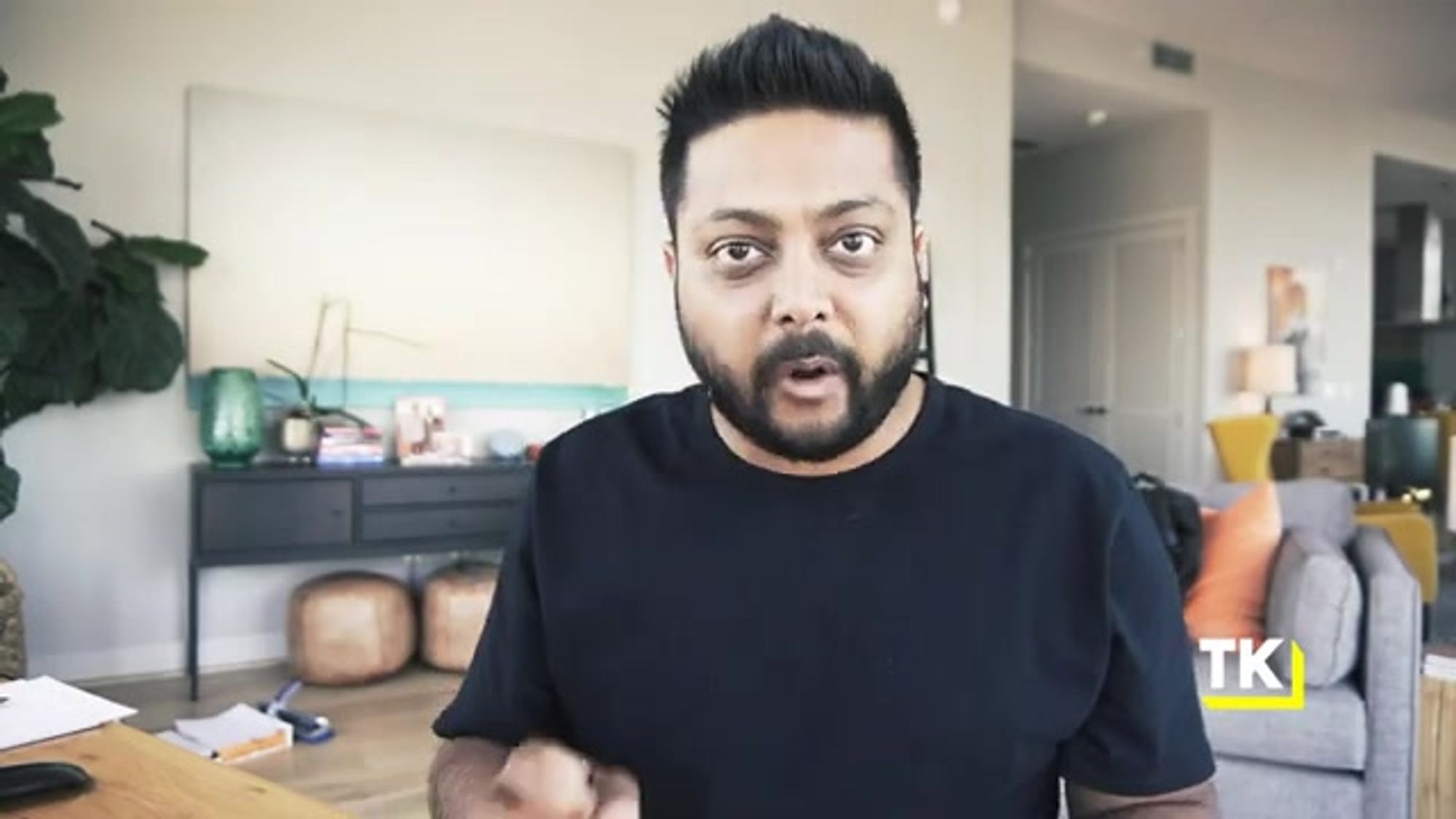
and one of the biggest
growing trends in SaaS
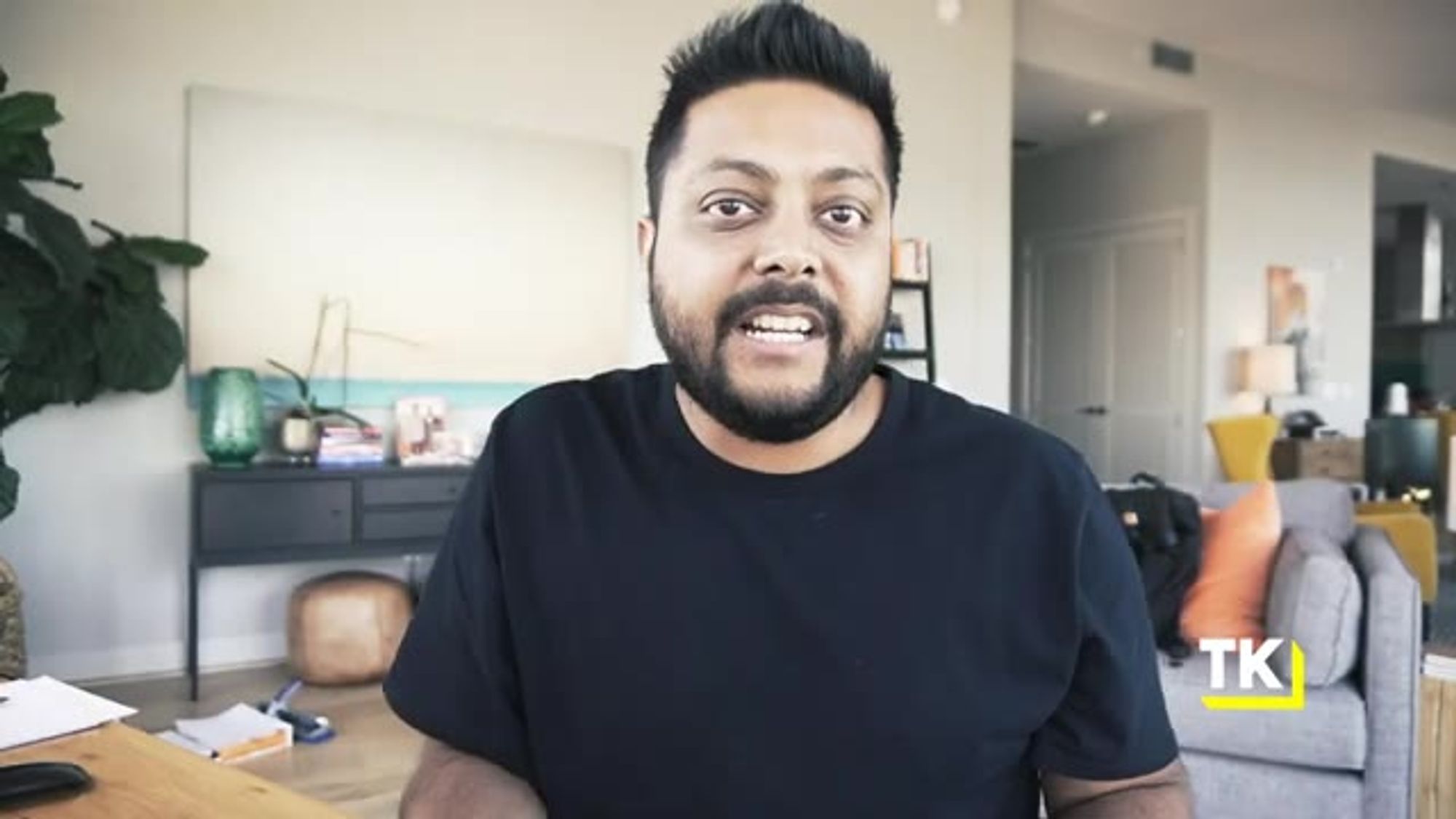
is the idea of Micro-Saas businesses.
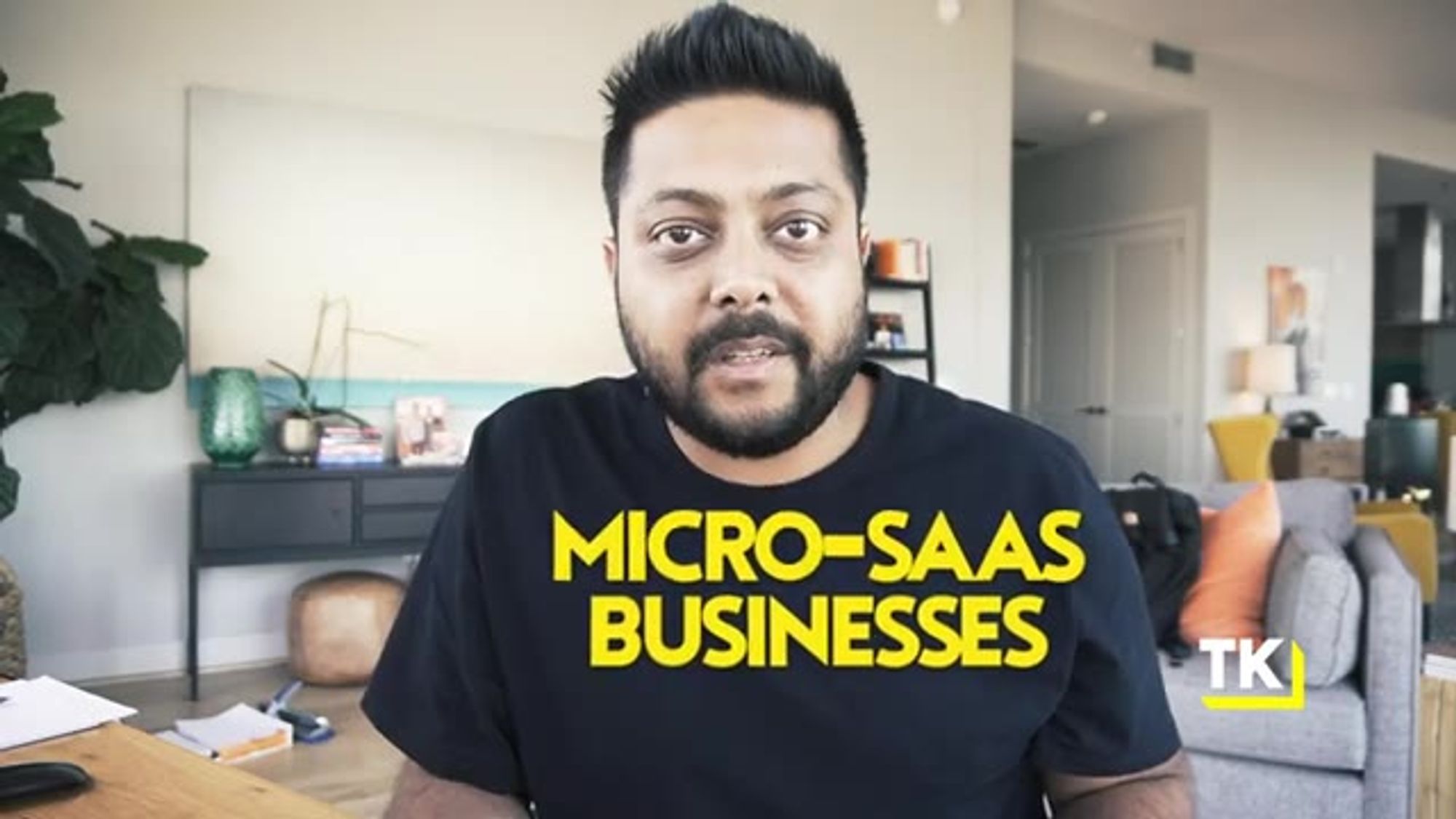
Micro-SaaS businesses are really cool
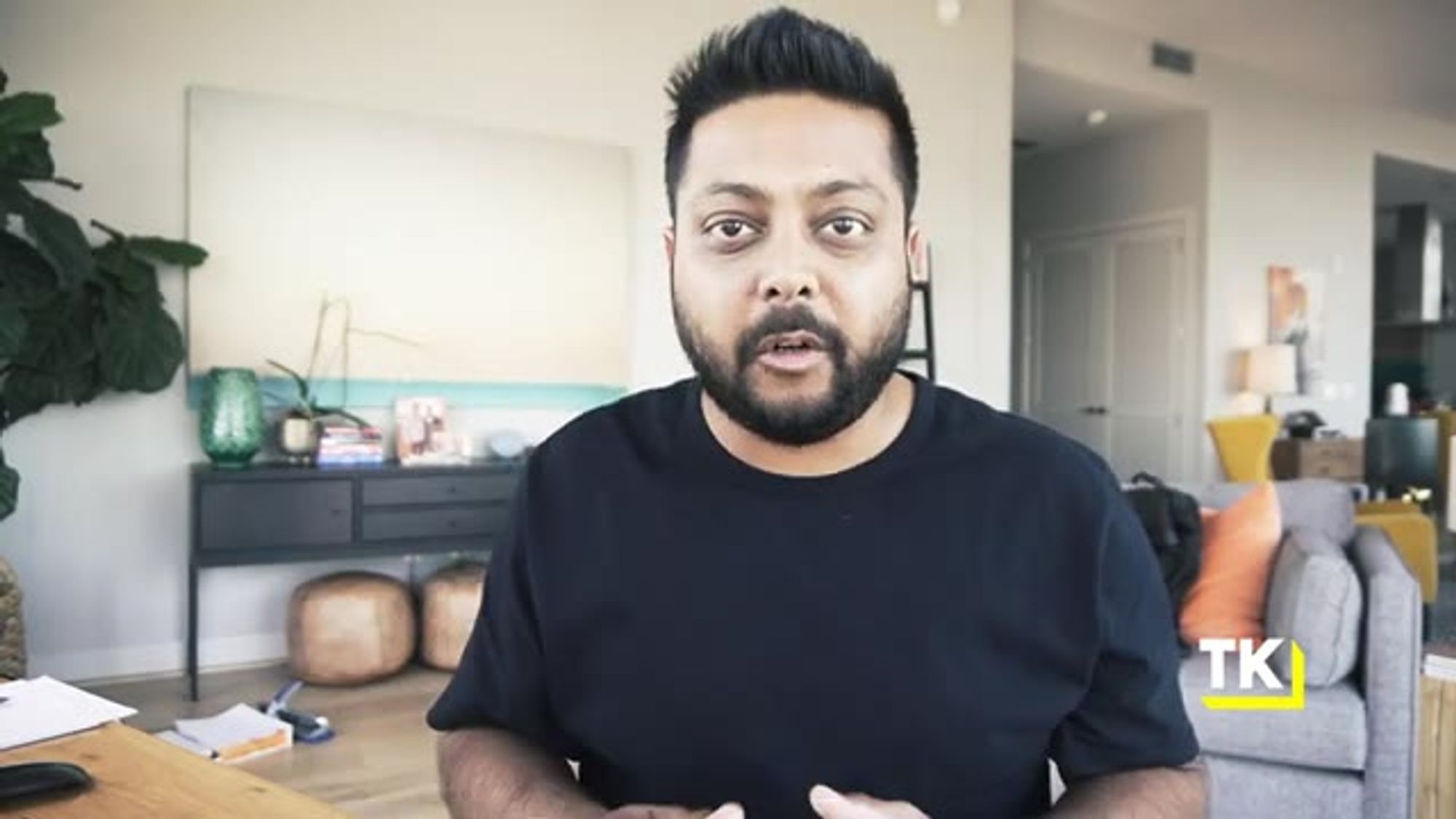
because they're never gonna raise money,
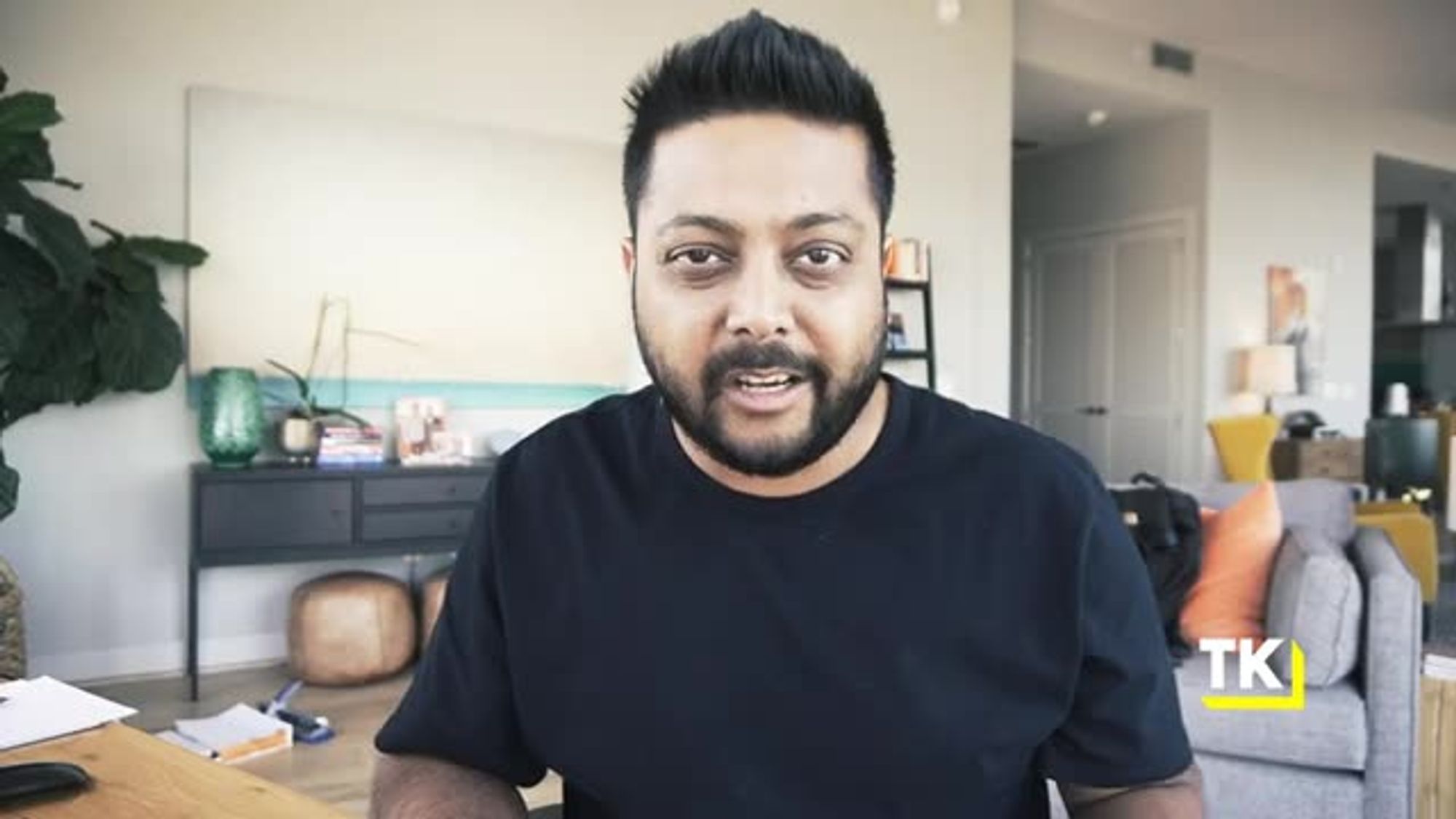
most likely not, they're never gonna IPO,
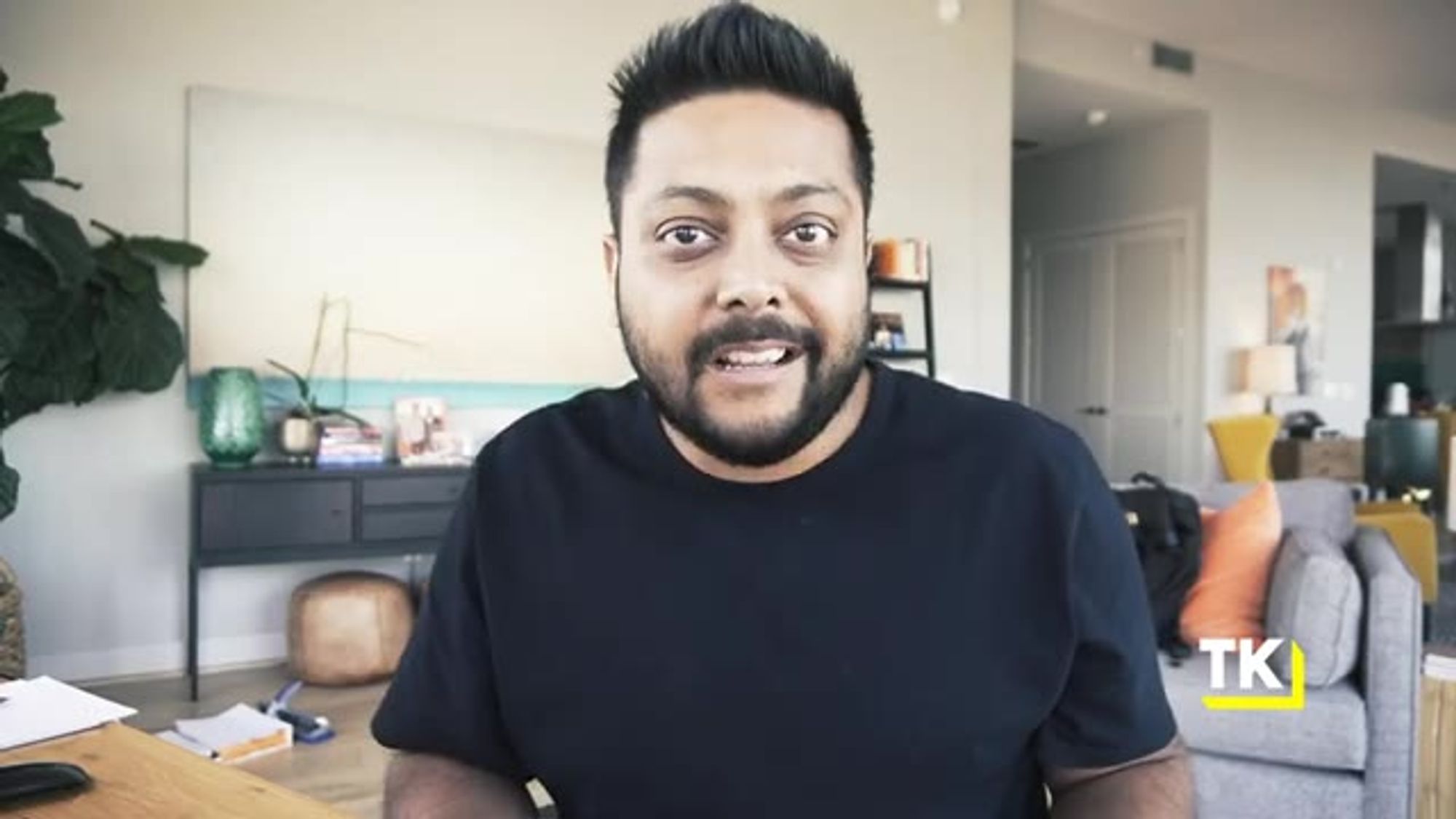
they don't need to, but they're
run by one to five people,
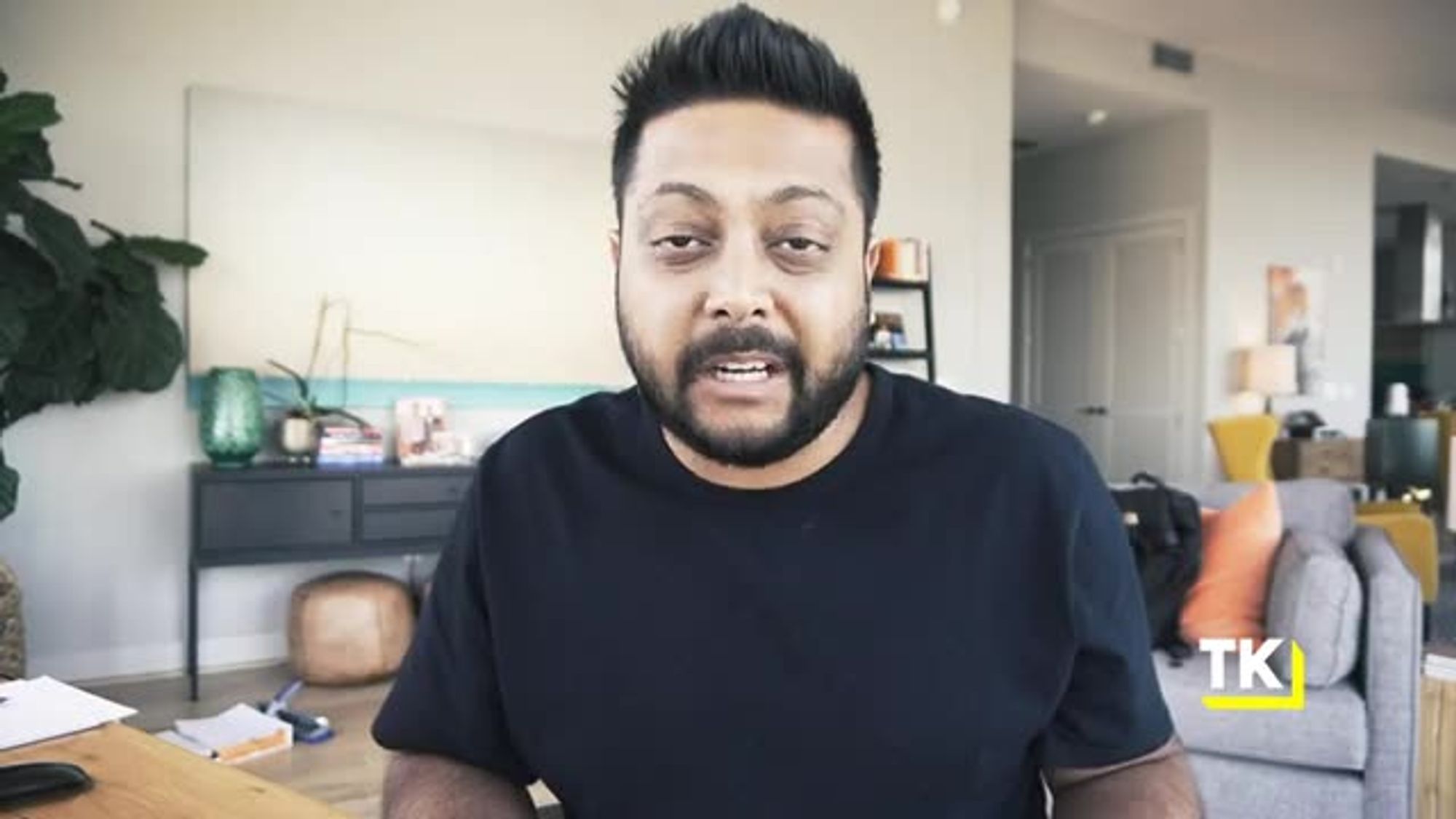
sometimes part-time and
they're wildly profitable,

they just print cash every month

and they get better and better.
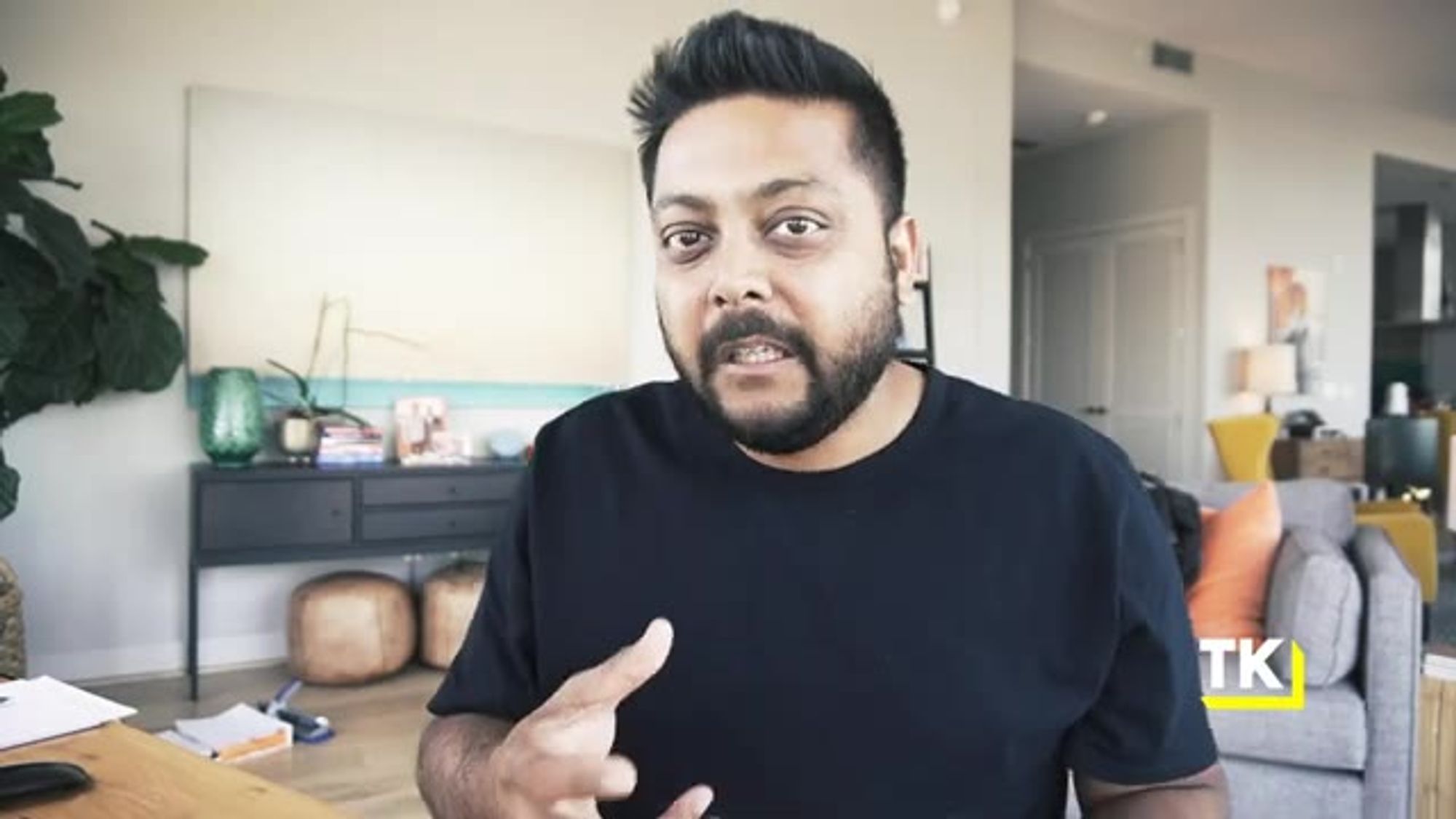
It's kinda like buying a
condo and renting it out,
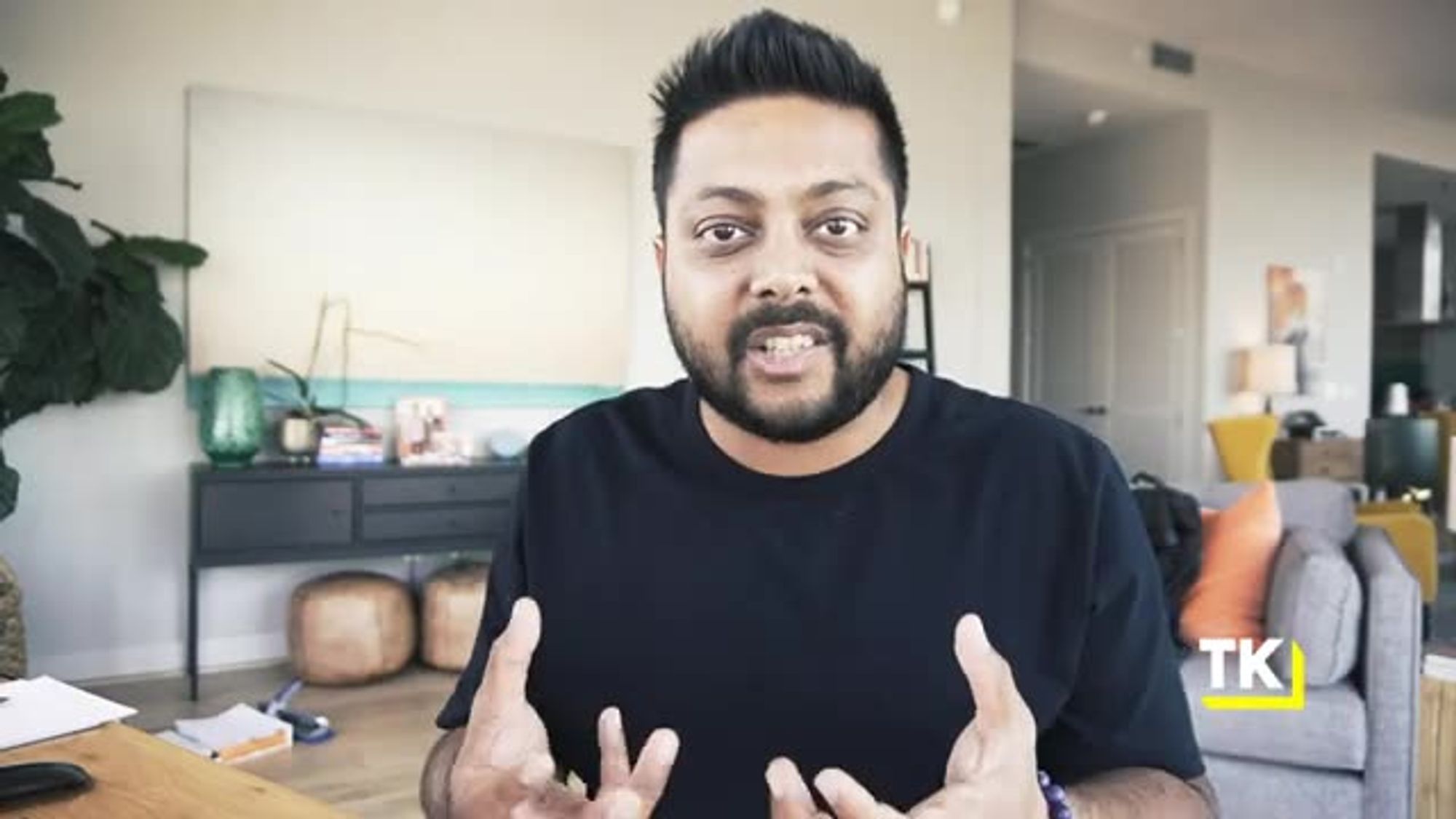
that asset, the Micro SaaS
business similarly,
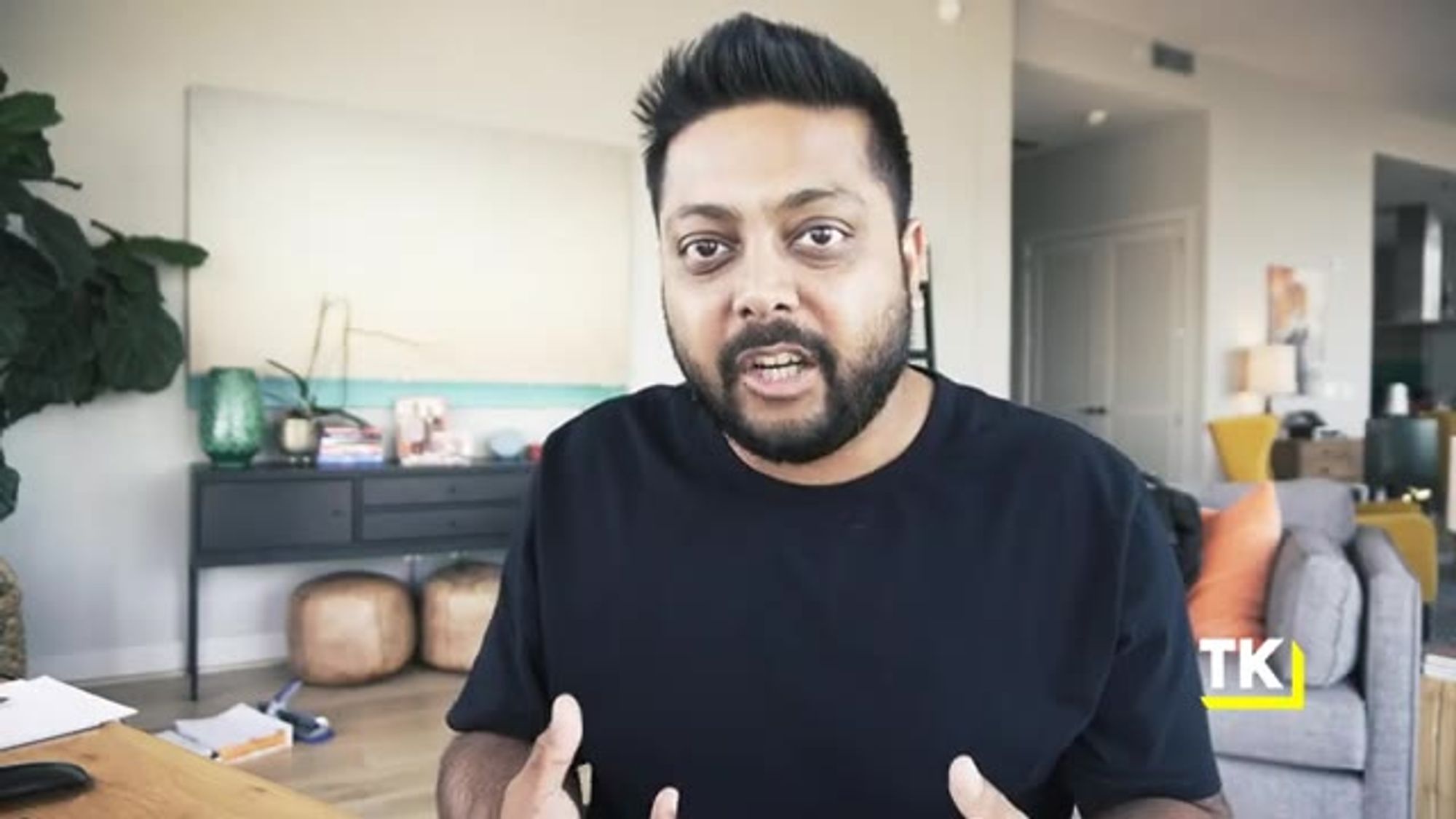
is gonna appreciate in value
and just keeps spitting out
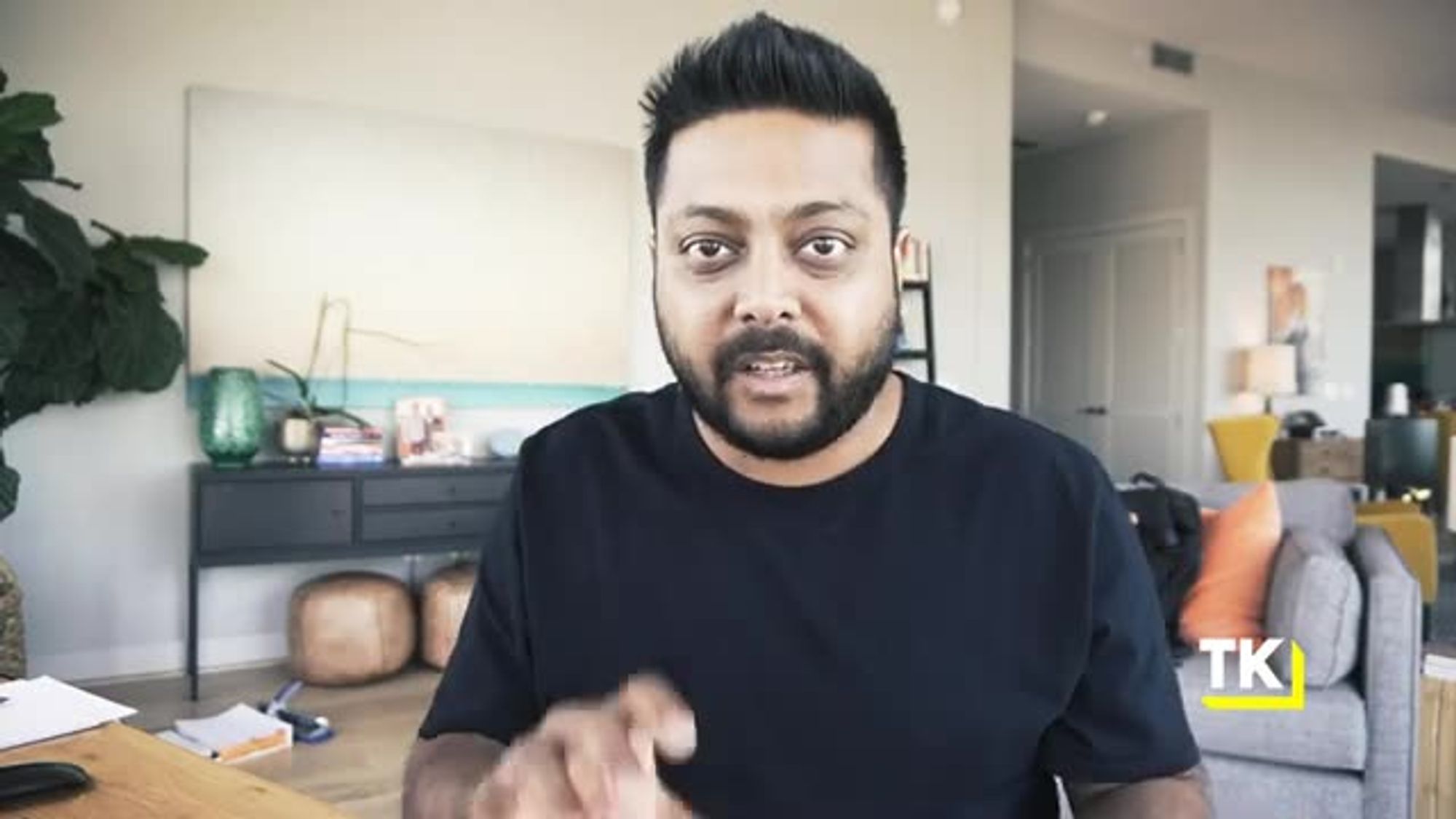
more profits as long as you
keep maintaining it properly,

just like a condo, and this
is why Micro SaaS businesses
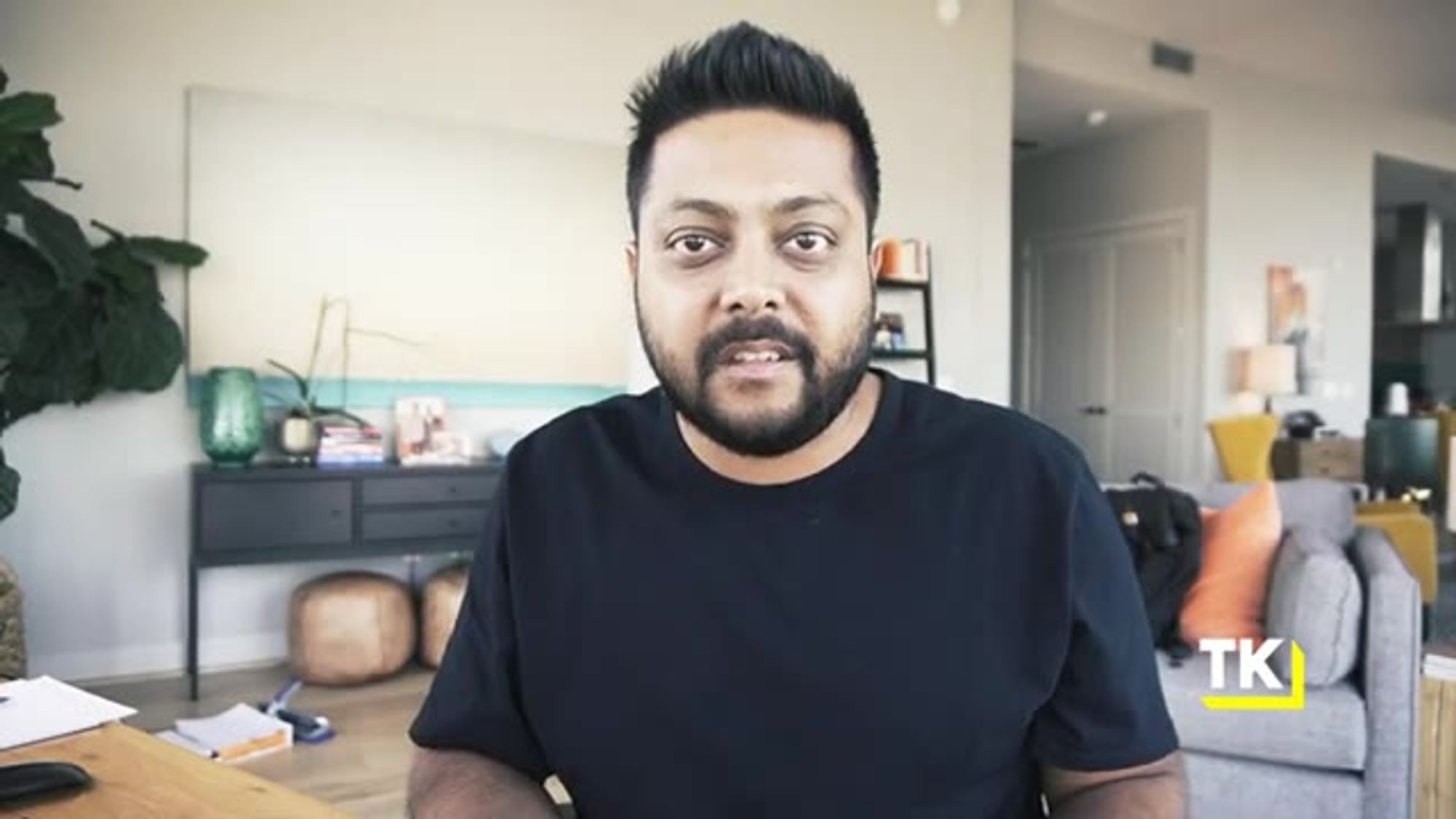
are becoming all the rage.
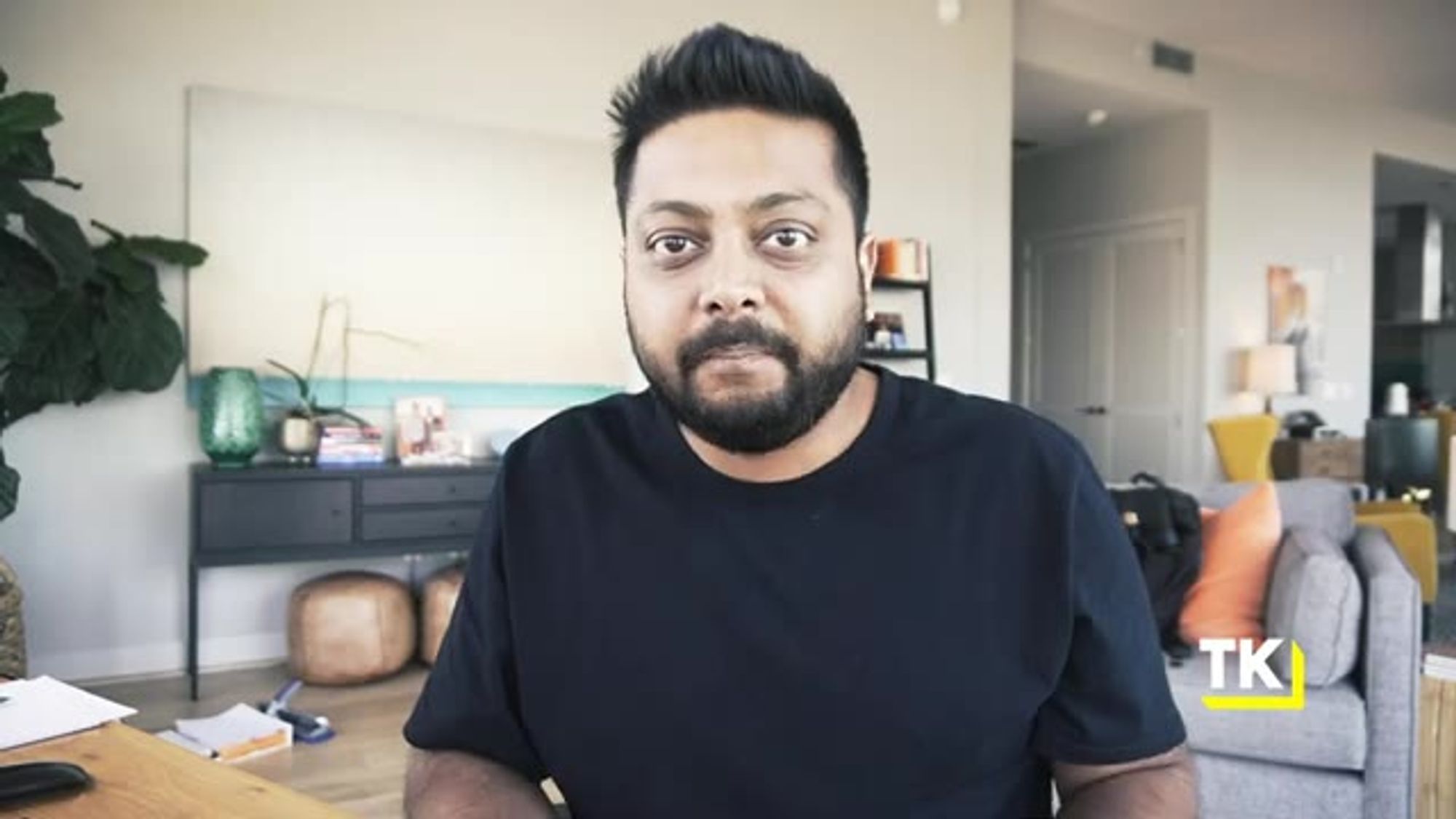
Investors want them, operators want them,

there's a huge marketplace
for buying and selling them
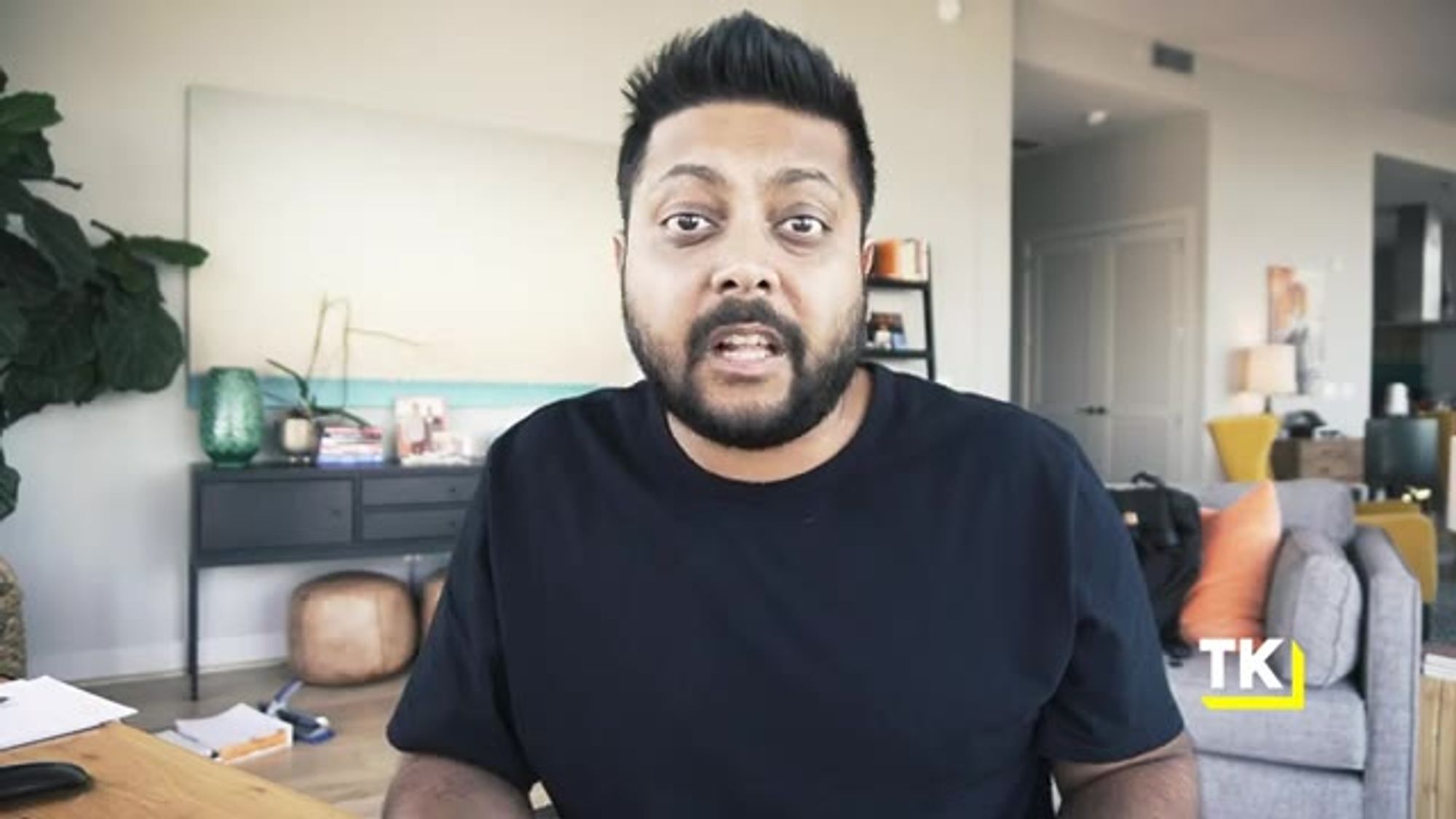
and there's lots of founders
that are just building
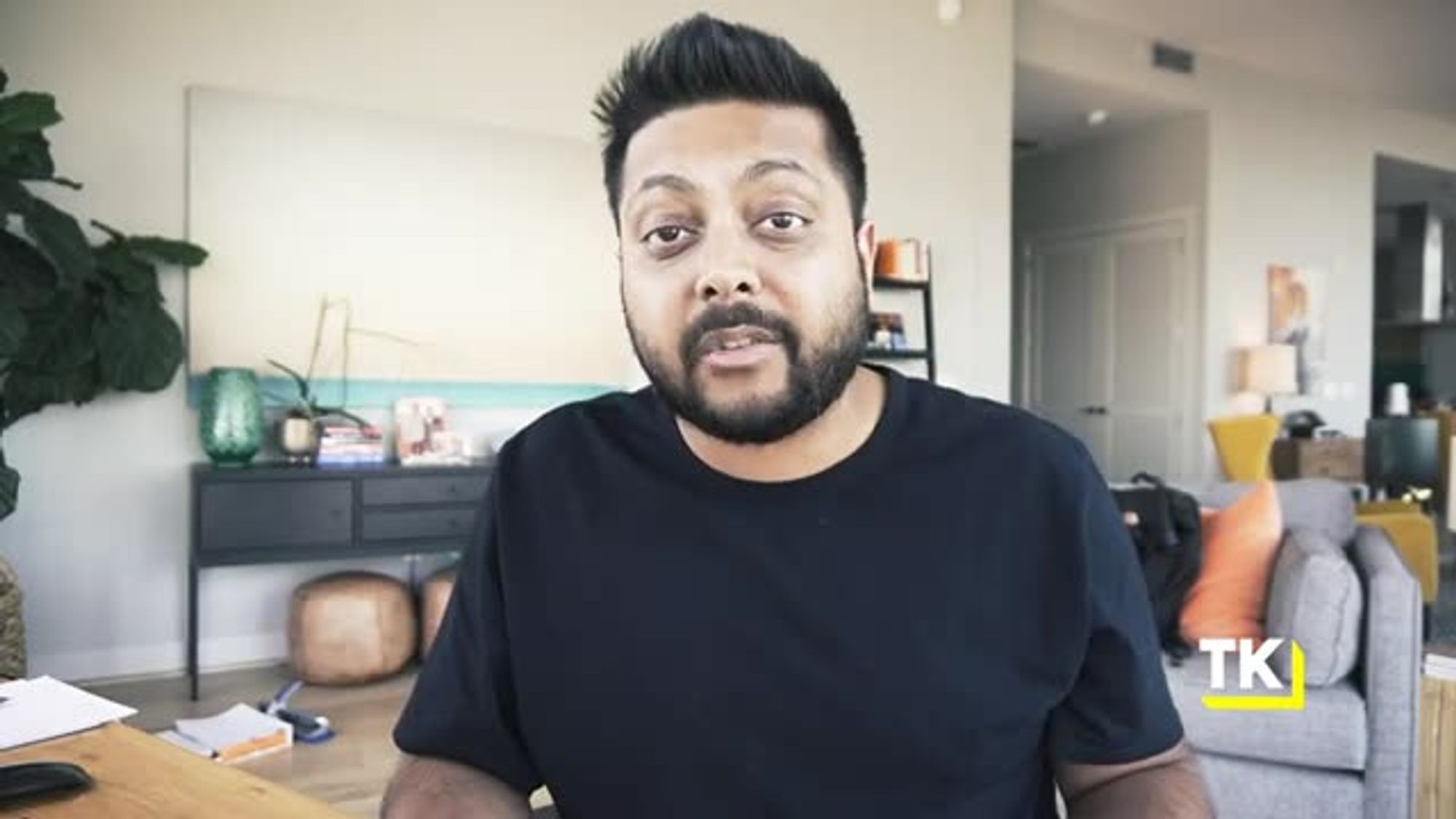
Micro-SaaS businesses
and making more money
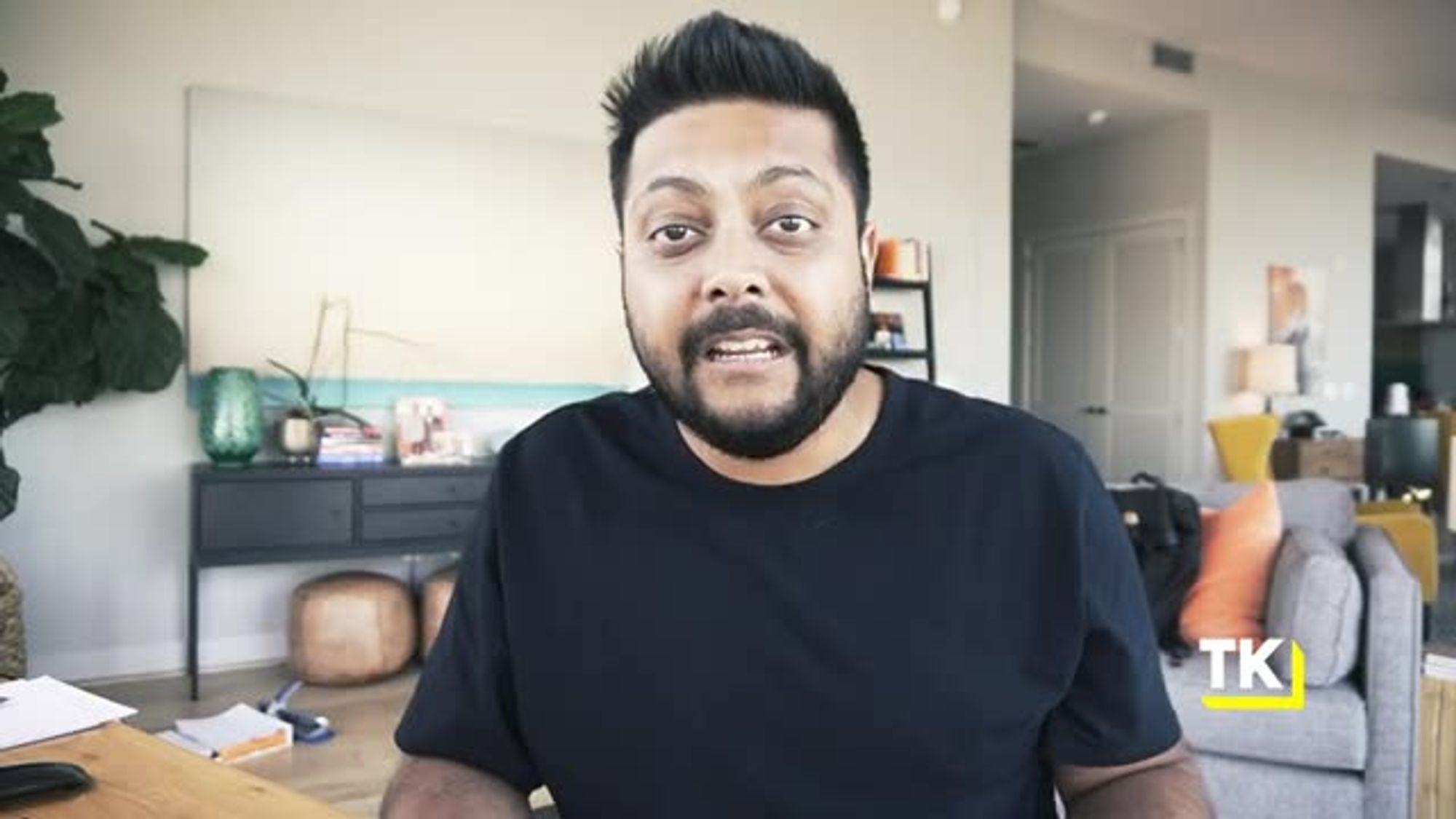
and replacing their regular salaries.
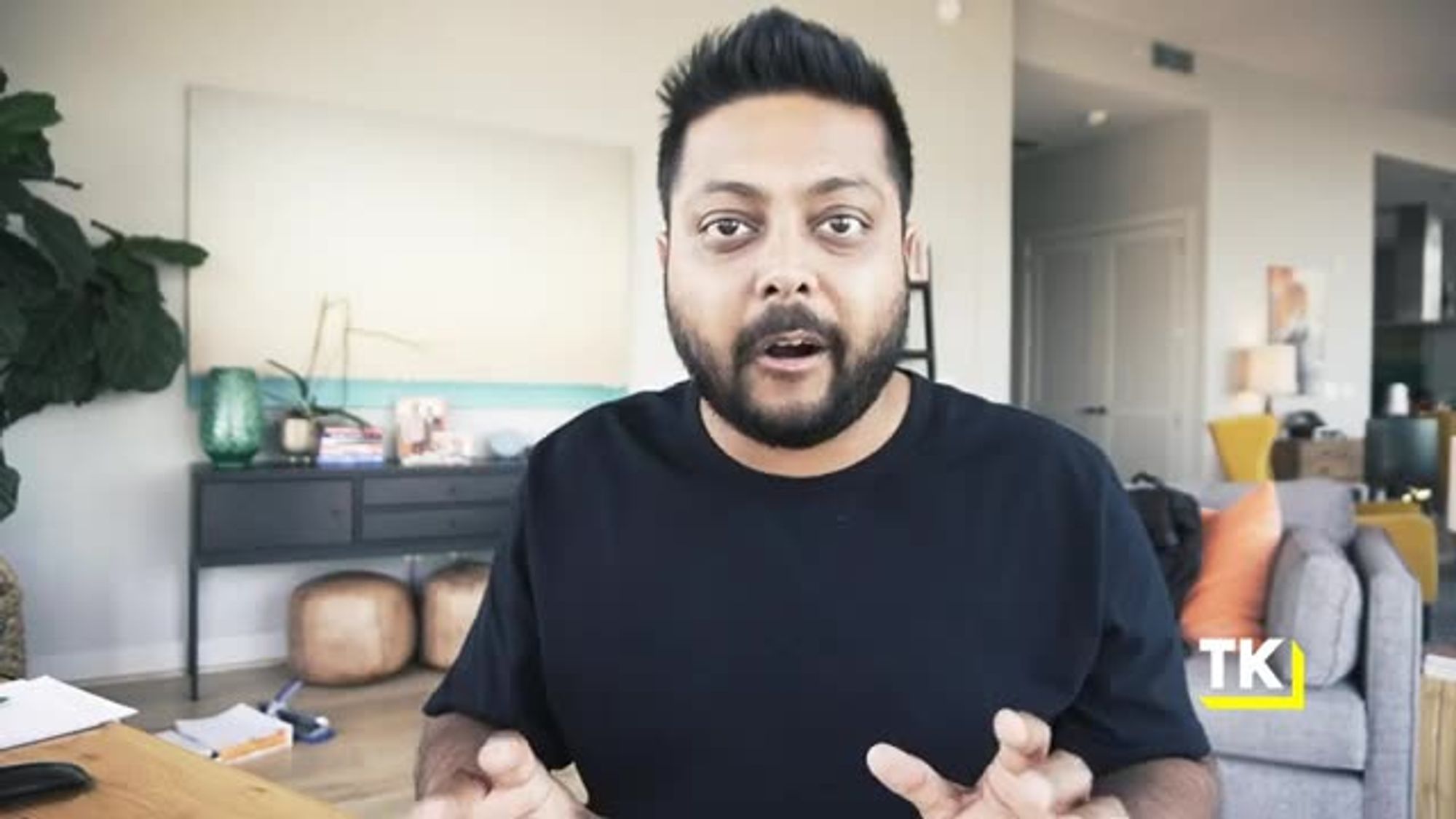
Super powerful, but
here's the big question,

what makes for a great
Micro SaaS business?
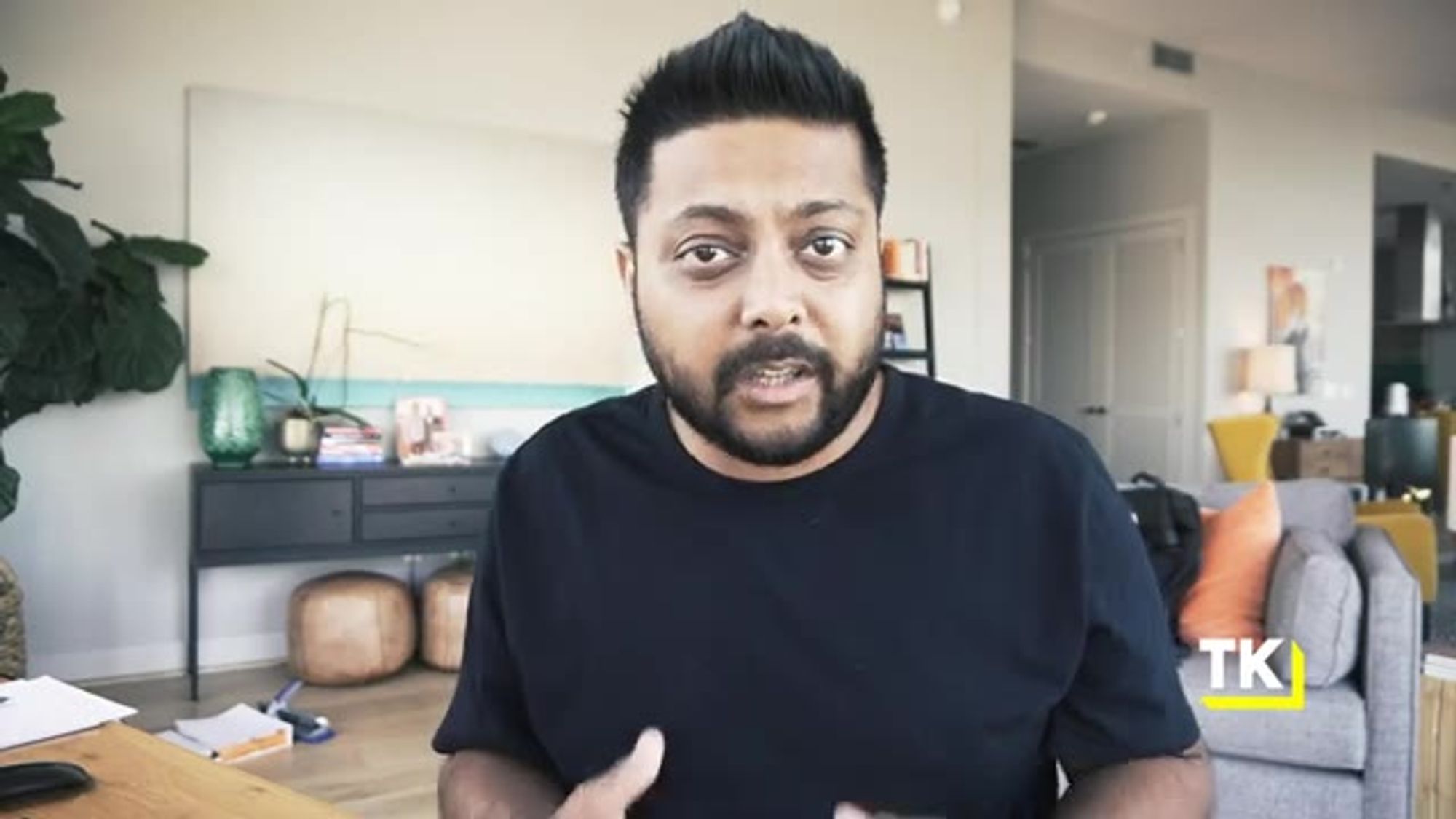
What are the core parameters and make
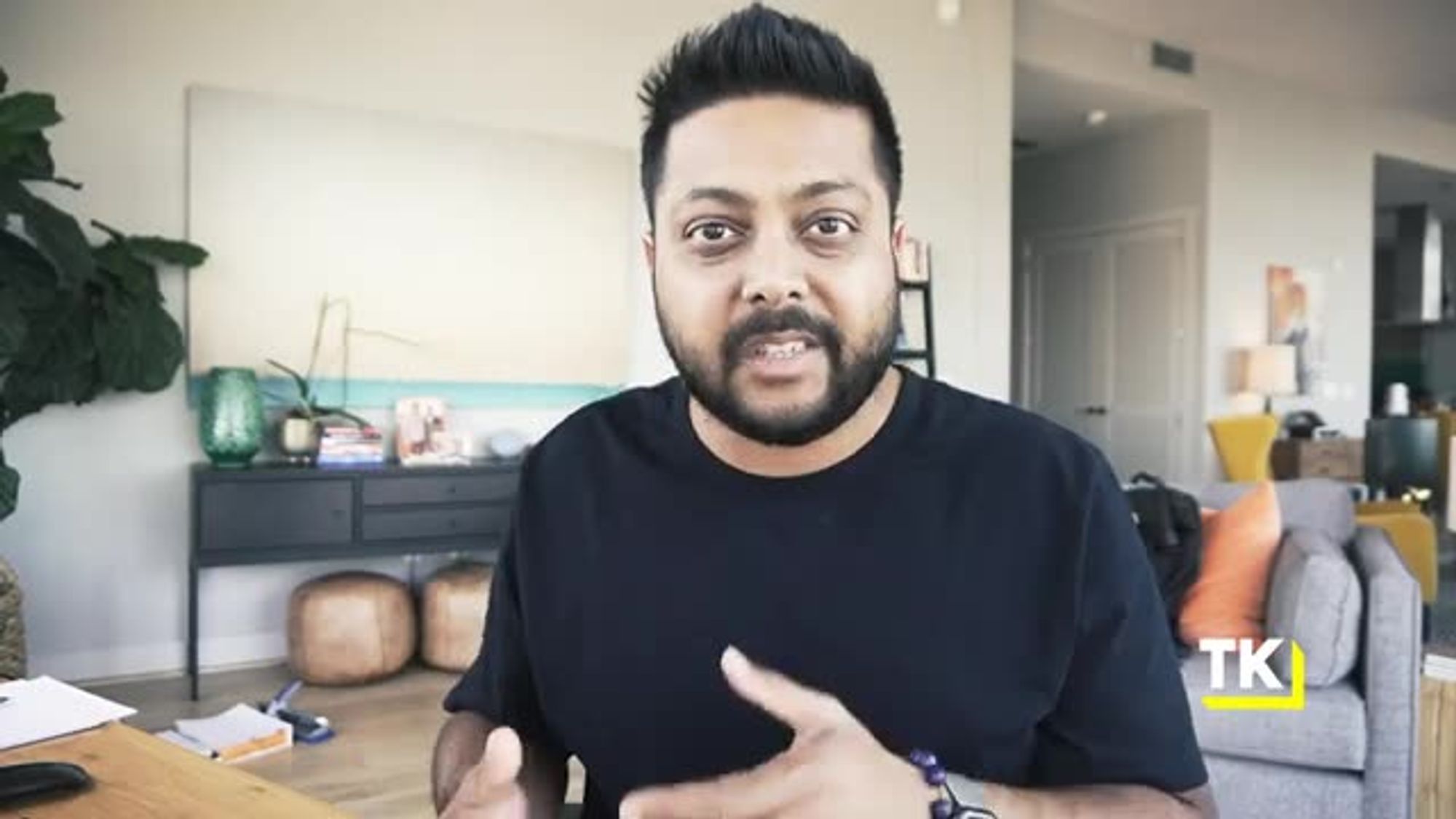
for a really successful
Micro-Saas business?
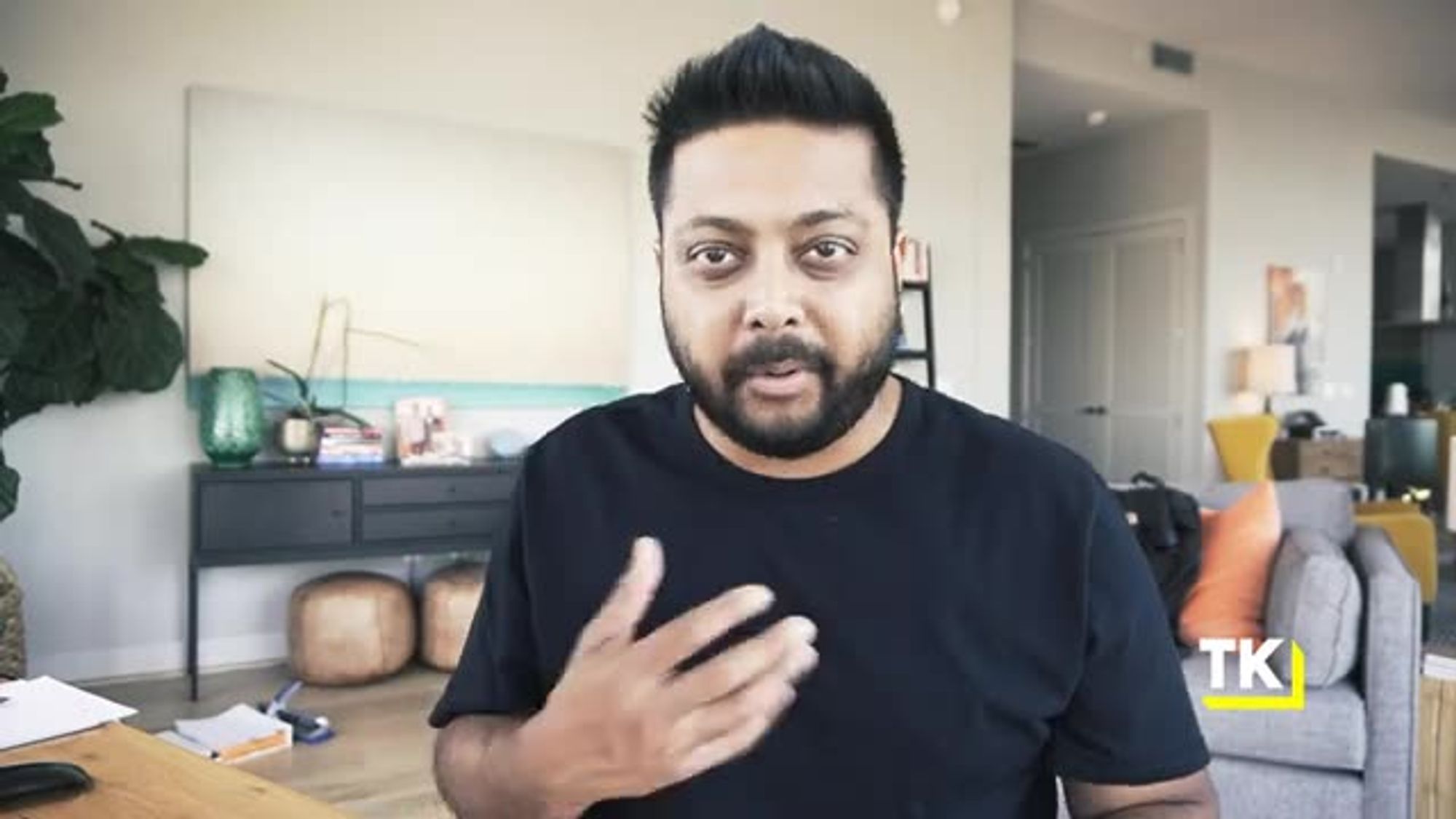
This is something I'm personally
really passionate about
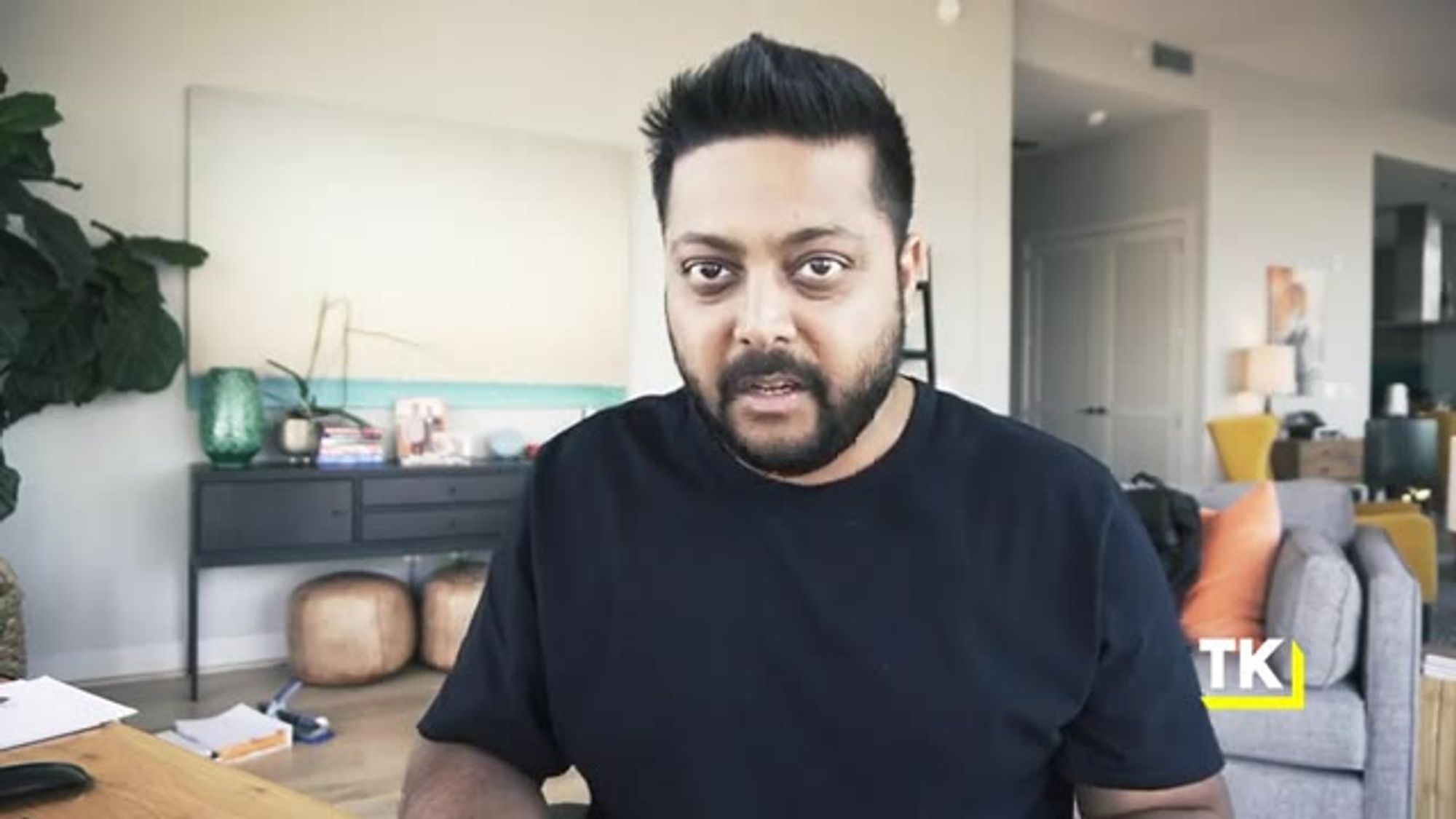
because one of my separate
goals is to operate
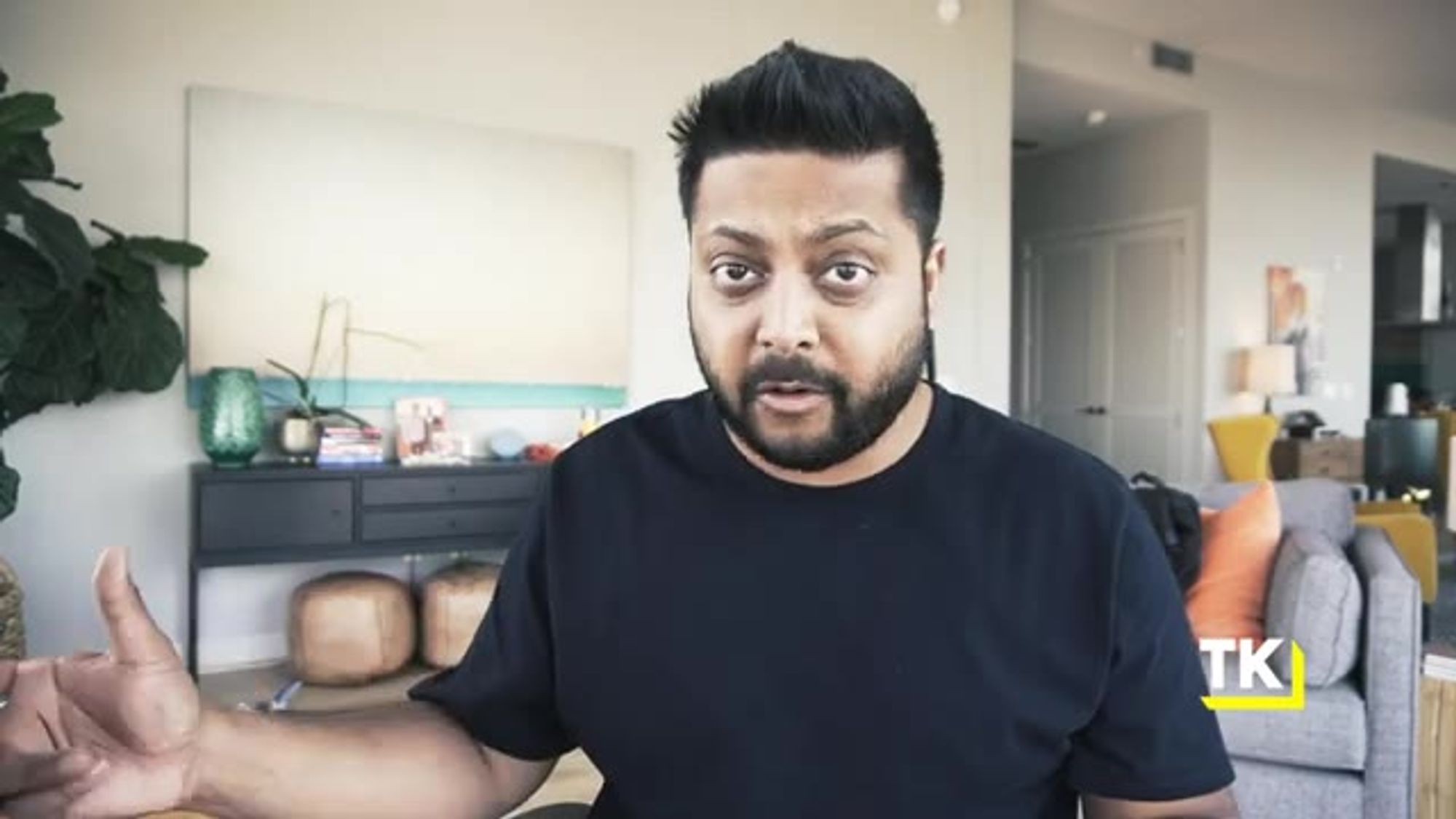
a set of Micro SaaS businesses
with my business partner
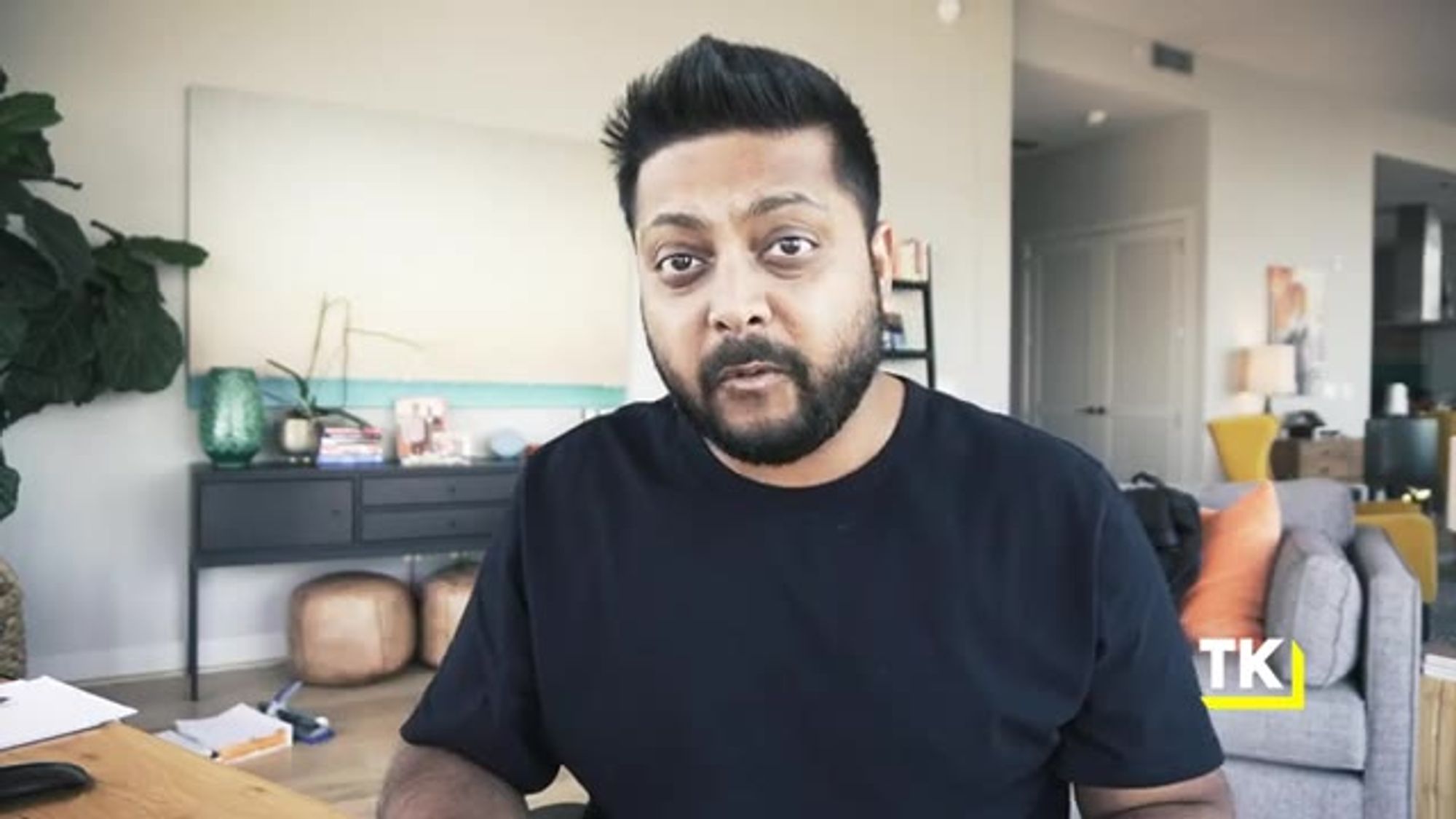
and so, we dug into what
makes for a really great
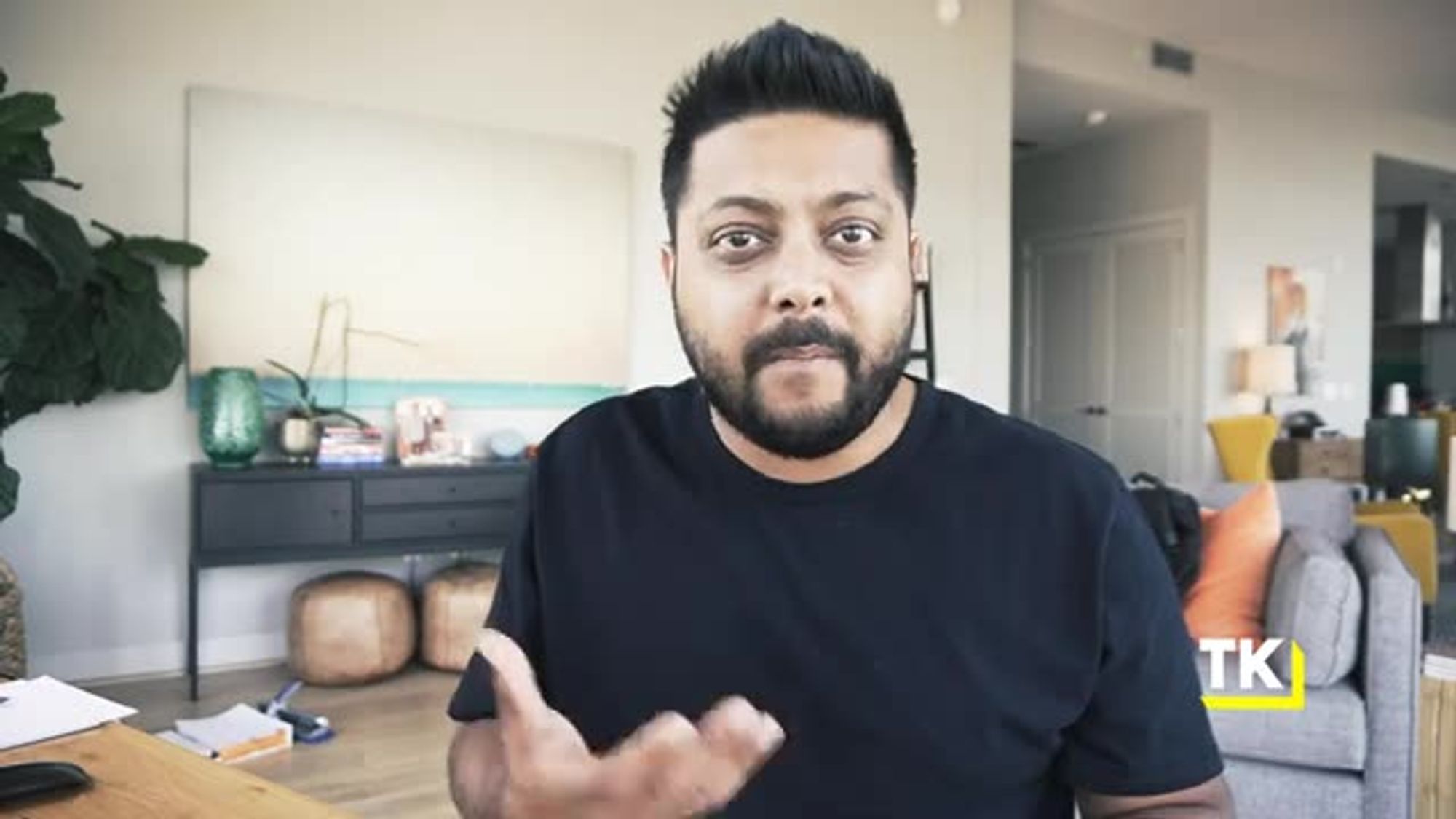
Micro-Saas business,
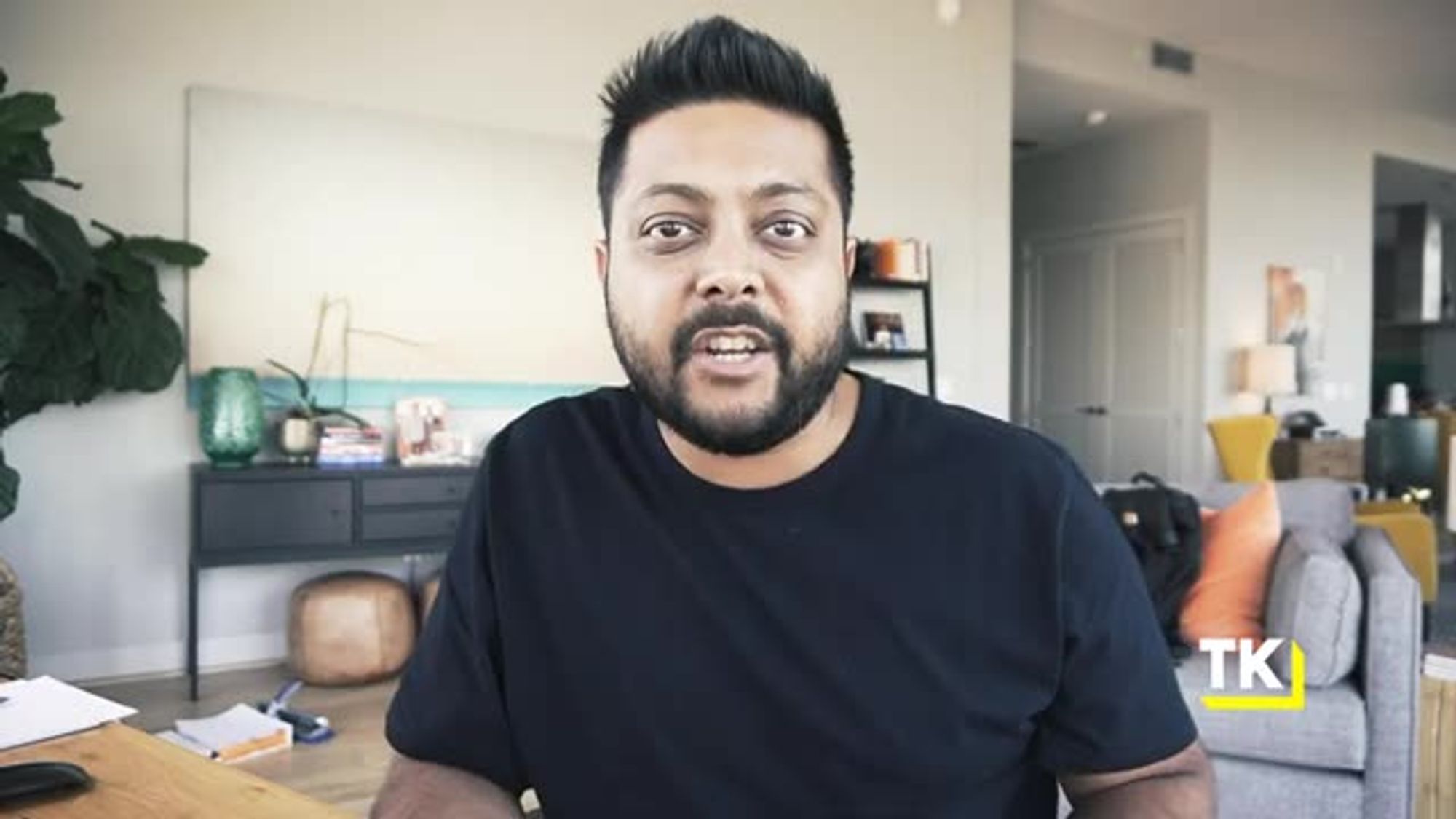
how do you develop the right idea for it?
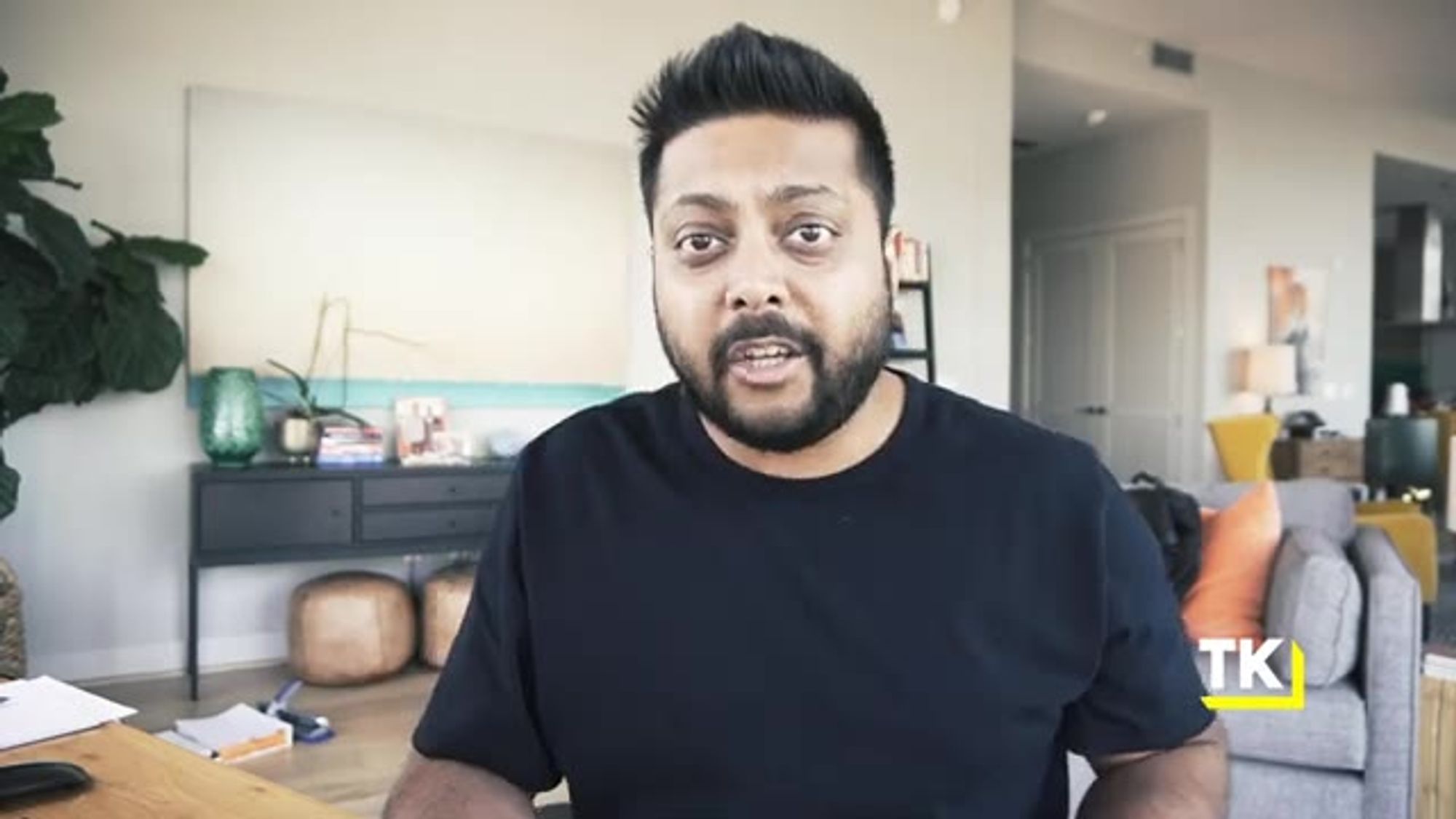
So in this episode, I'm
gonna walk you through

the three principles you
absolutely need to know
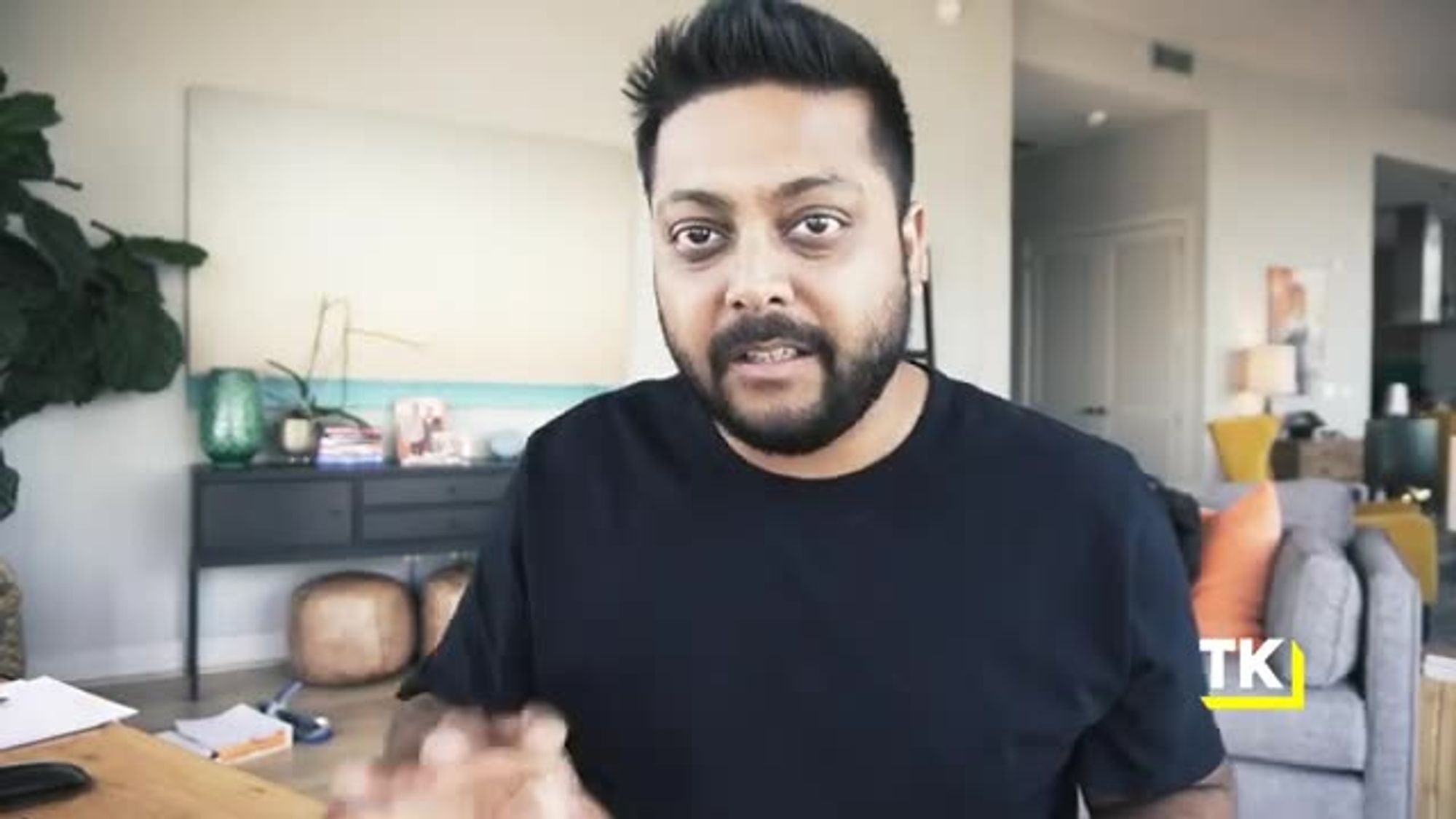
to develop your Micro SaaS idea,
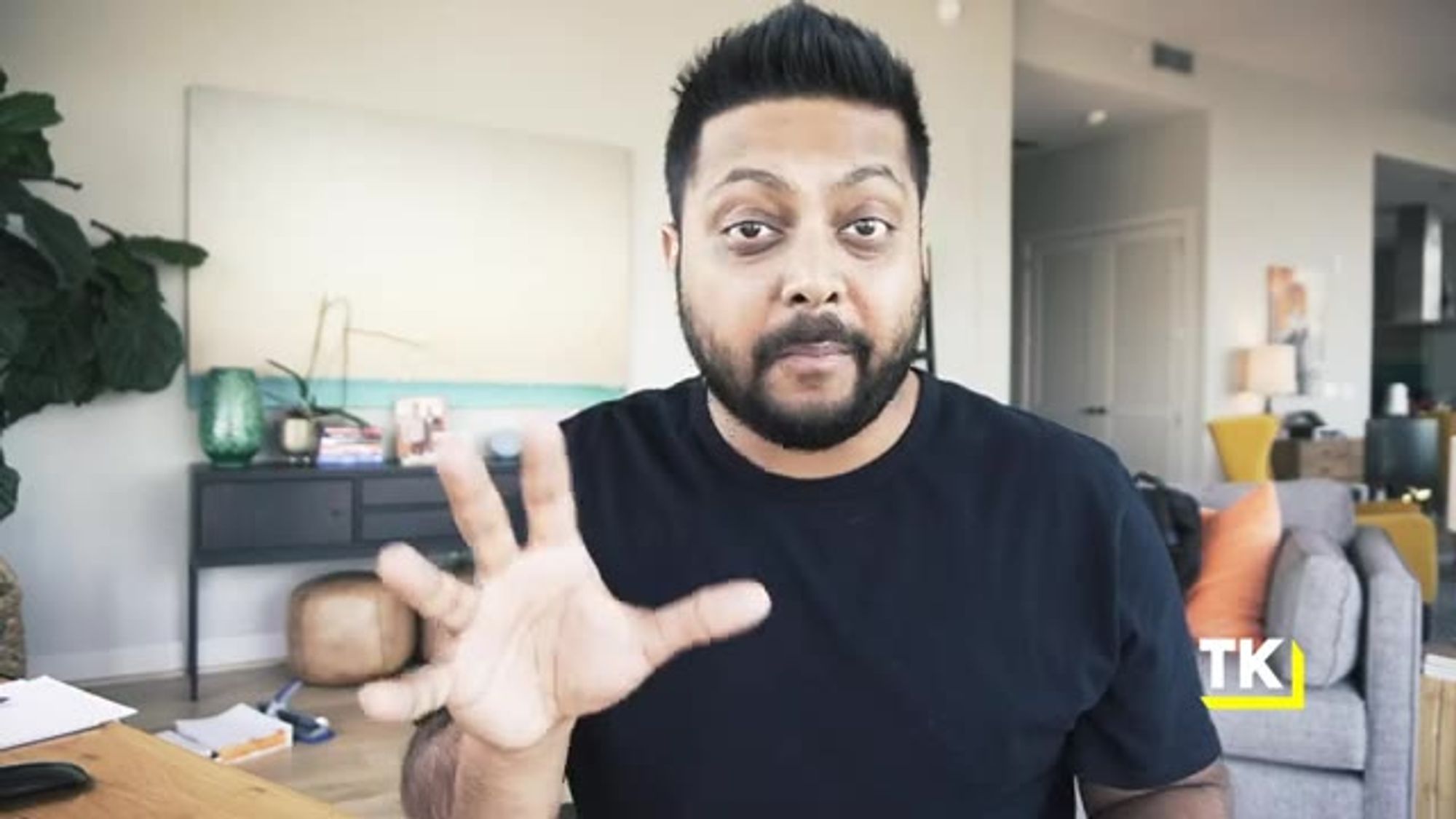
or to buy the right Micro-Saas
business and grow it
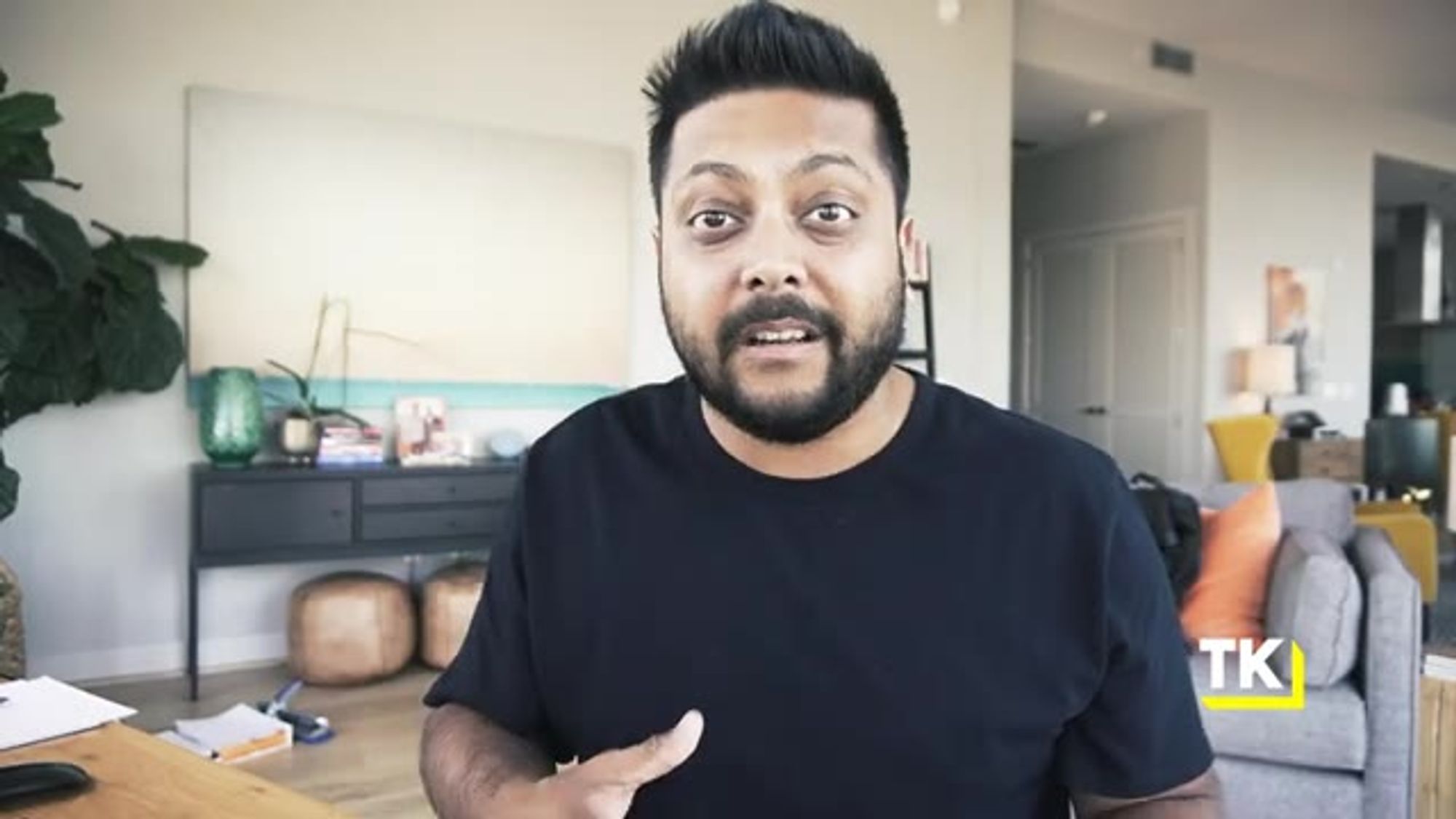
and really adopt this lifestyle.

Intro.
(upbeat music)

What's everybody, welcome to Unstoppable,

I'm TK and on this channel,
I hope SaaS founders like you
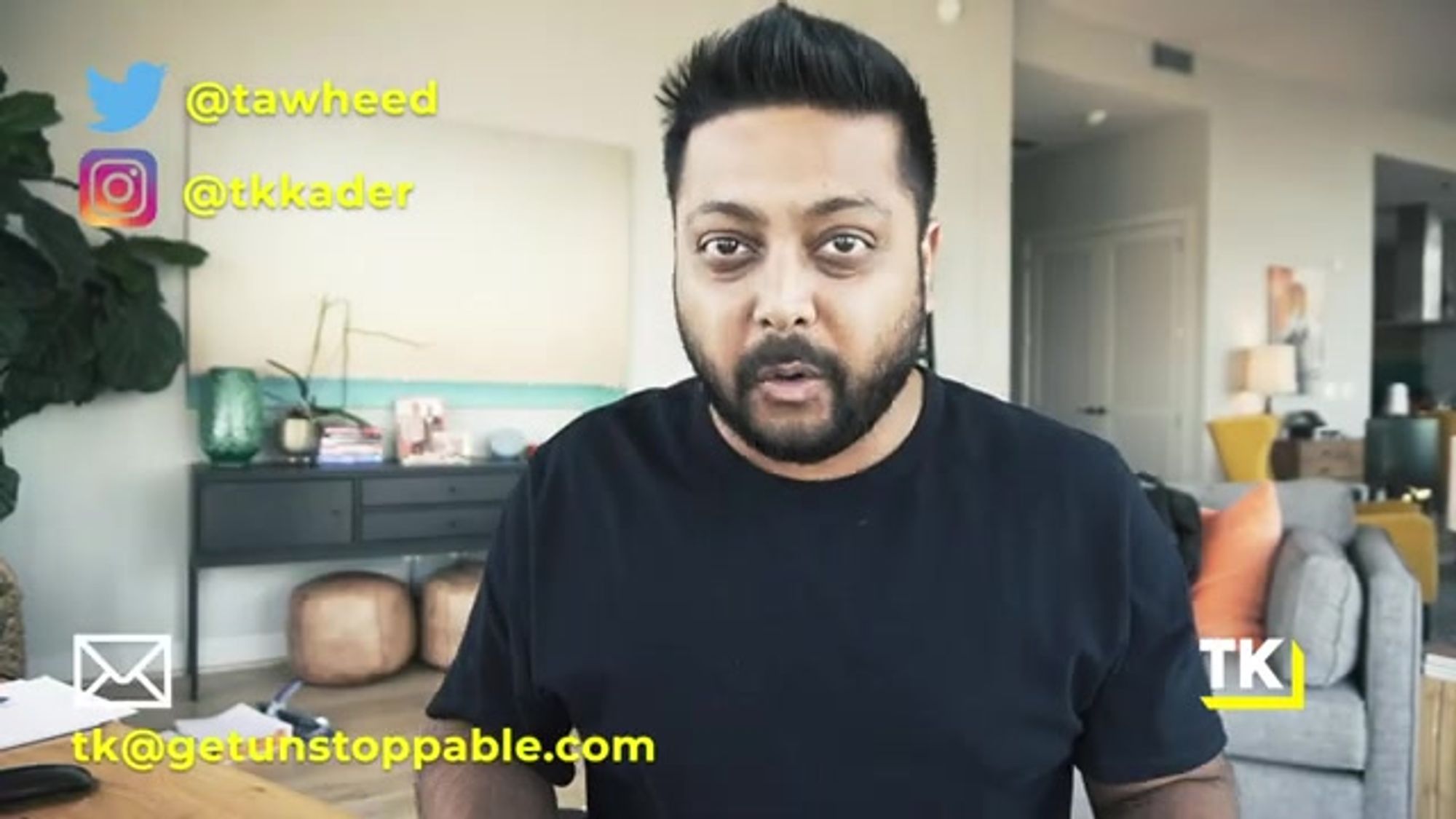
grow your SaaS businesses faster
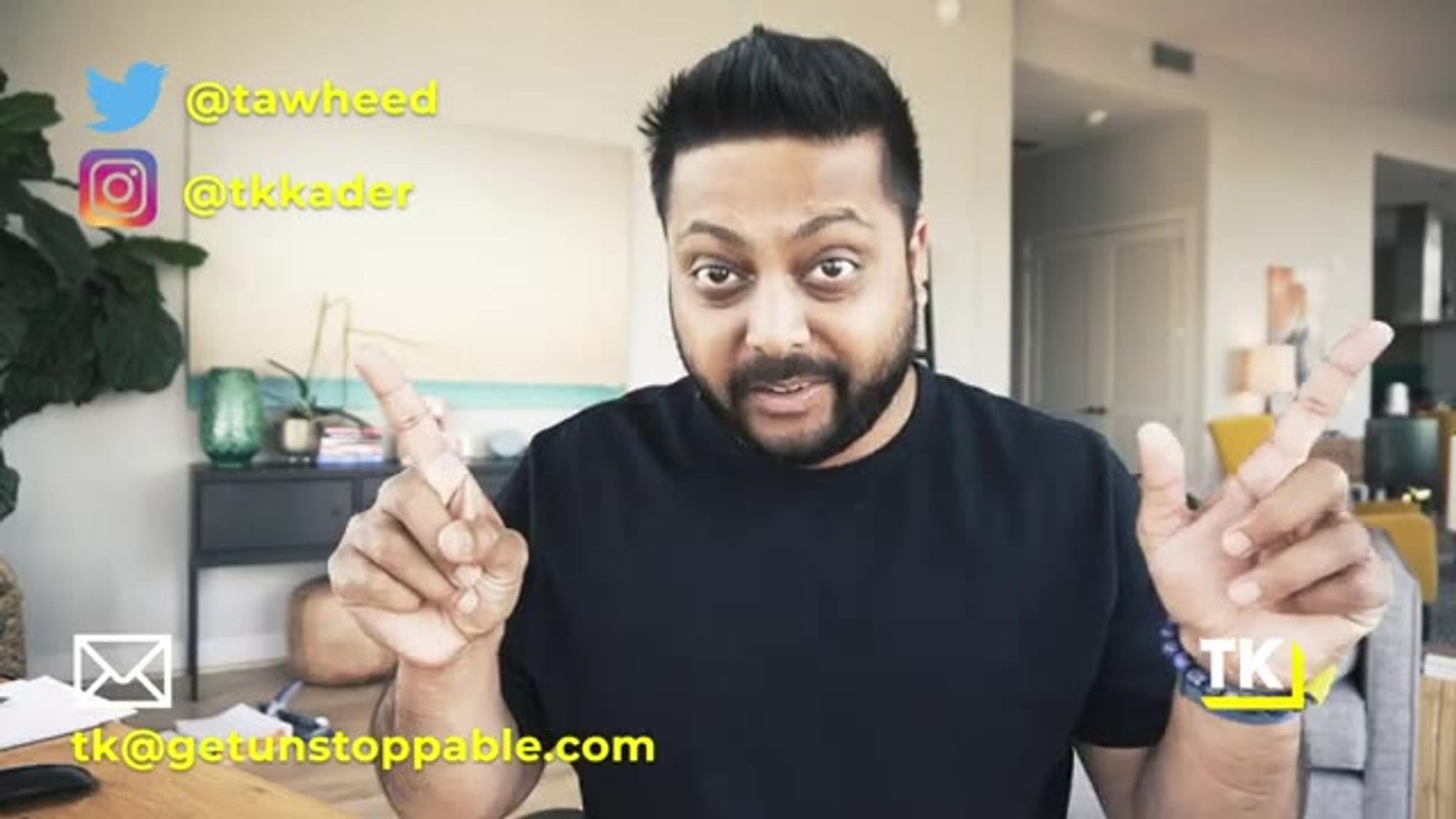
with an Unstoppable strategy.
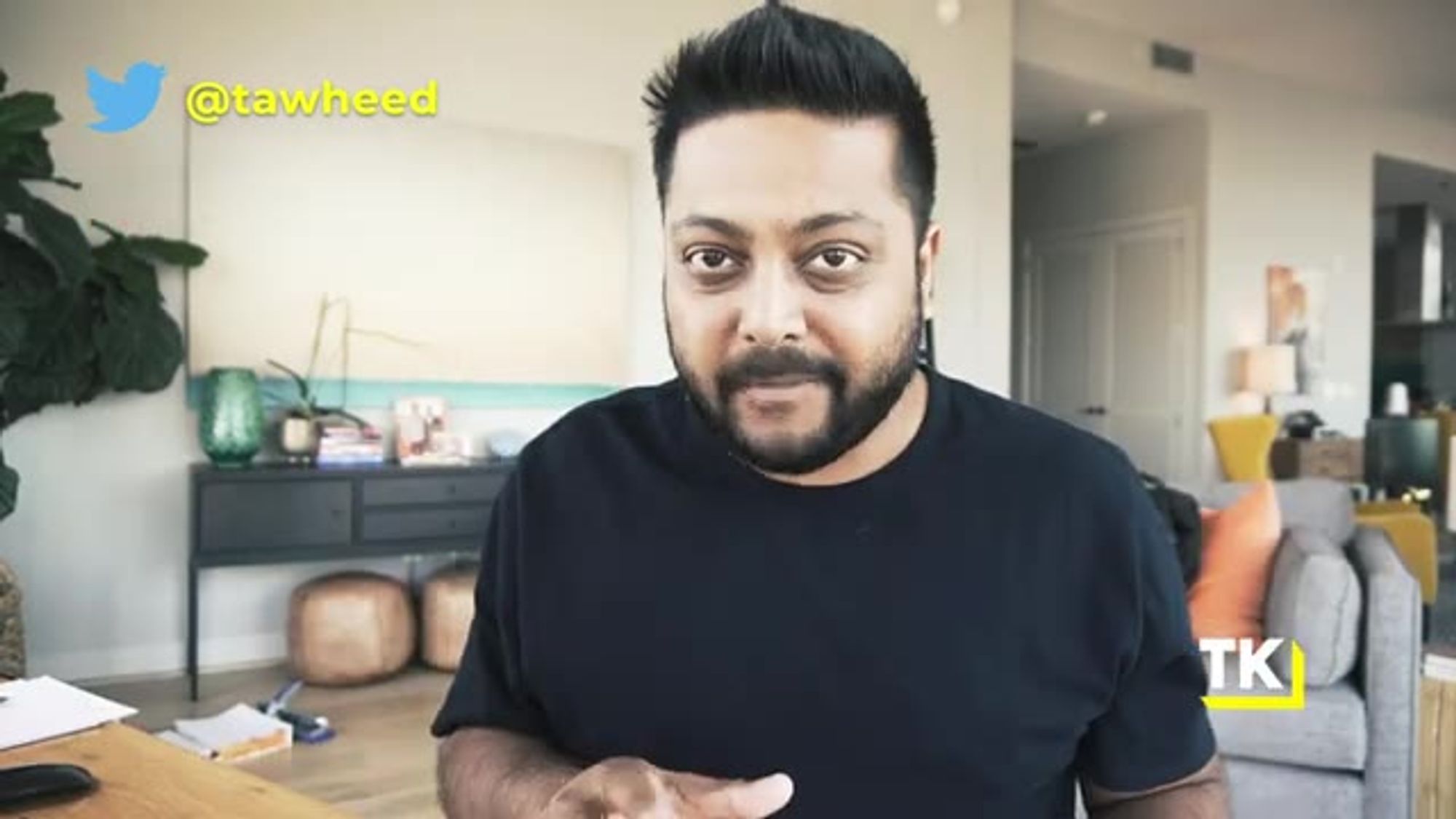
Now, if you're new to this channel,
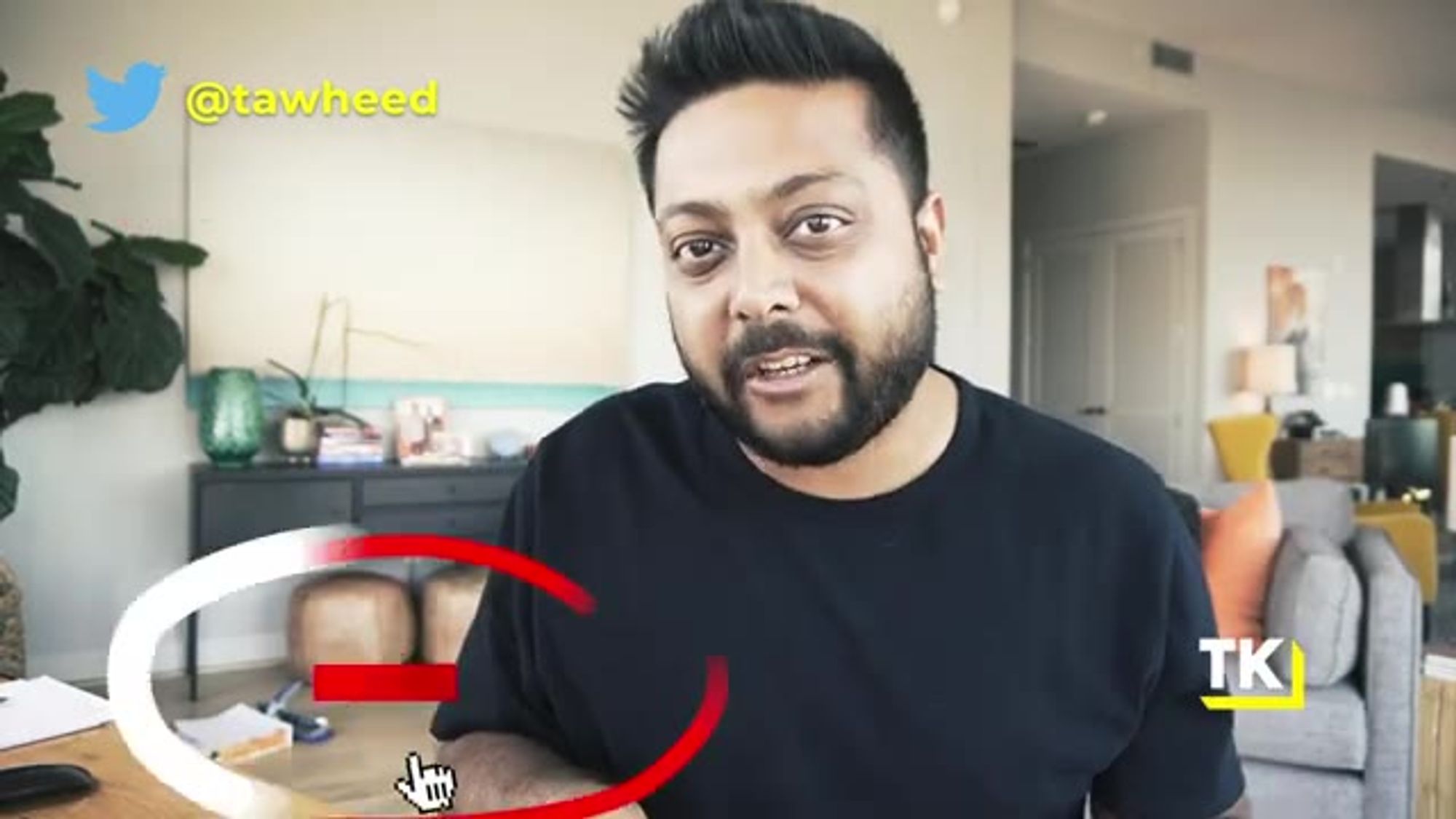
be sure to hit the subscribe button
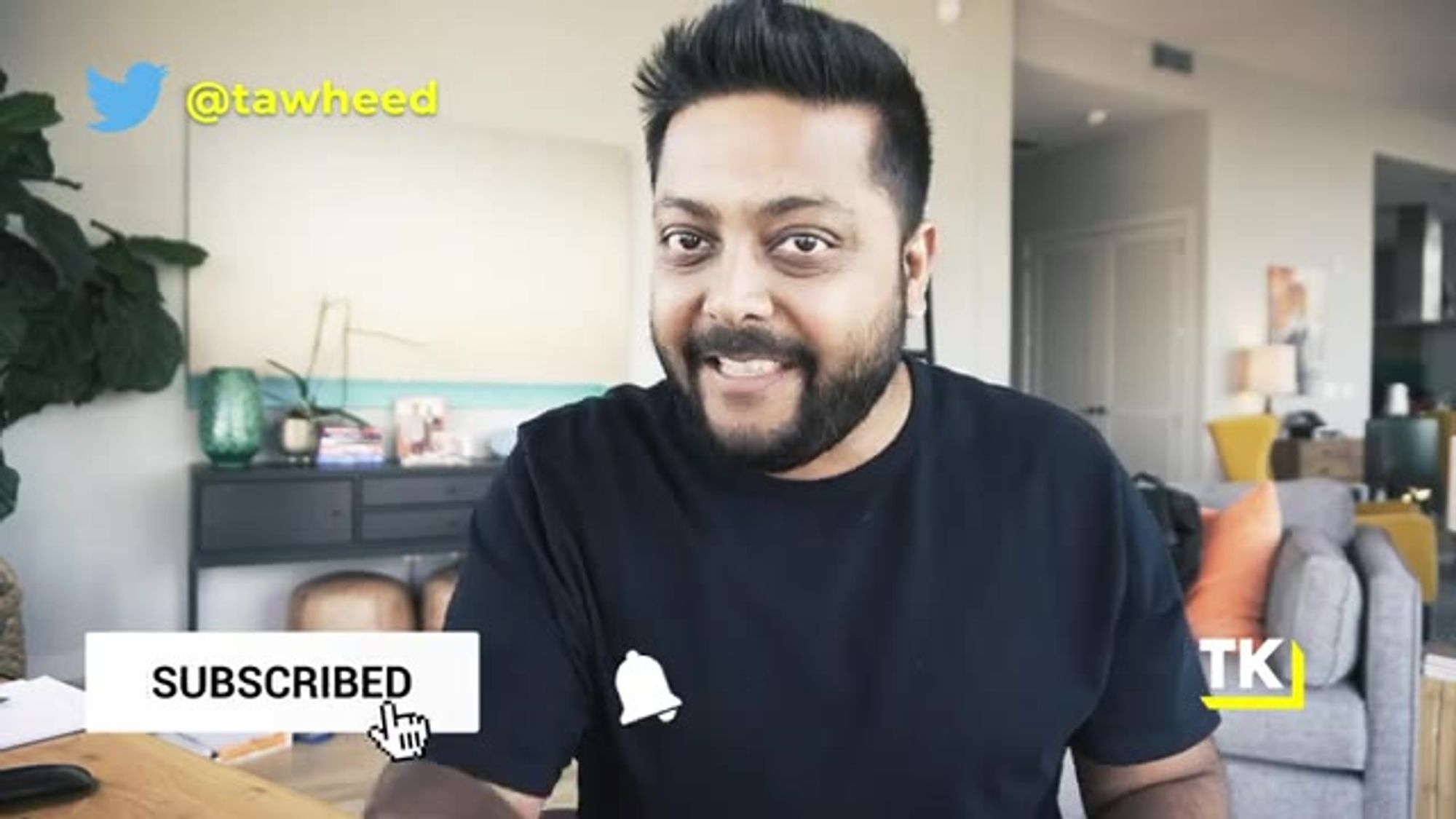
and that bell icon because
I drop a video like this
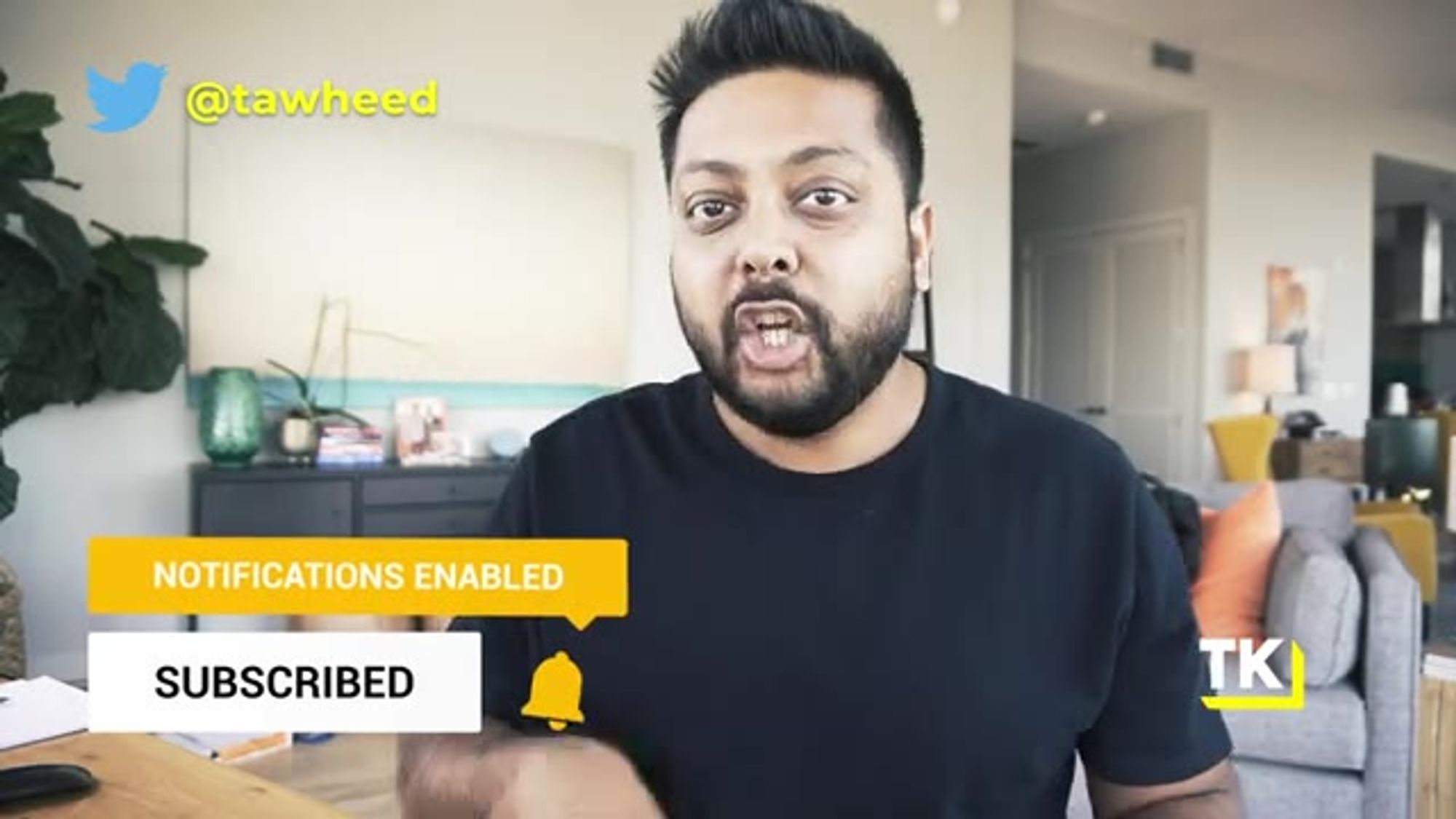
two to three times a week
with actionable strategies
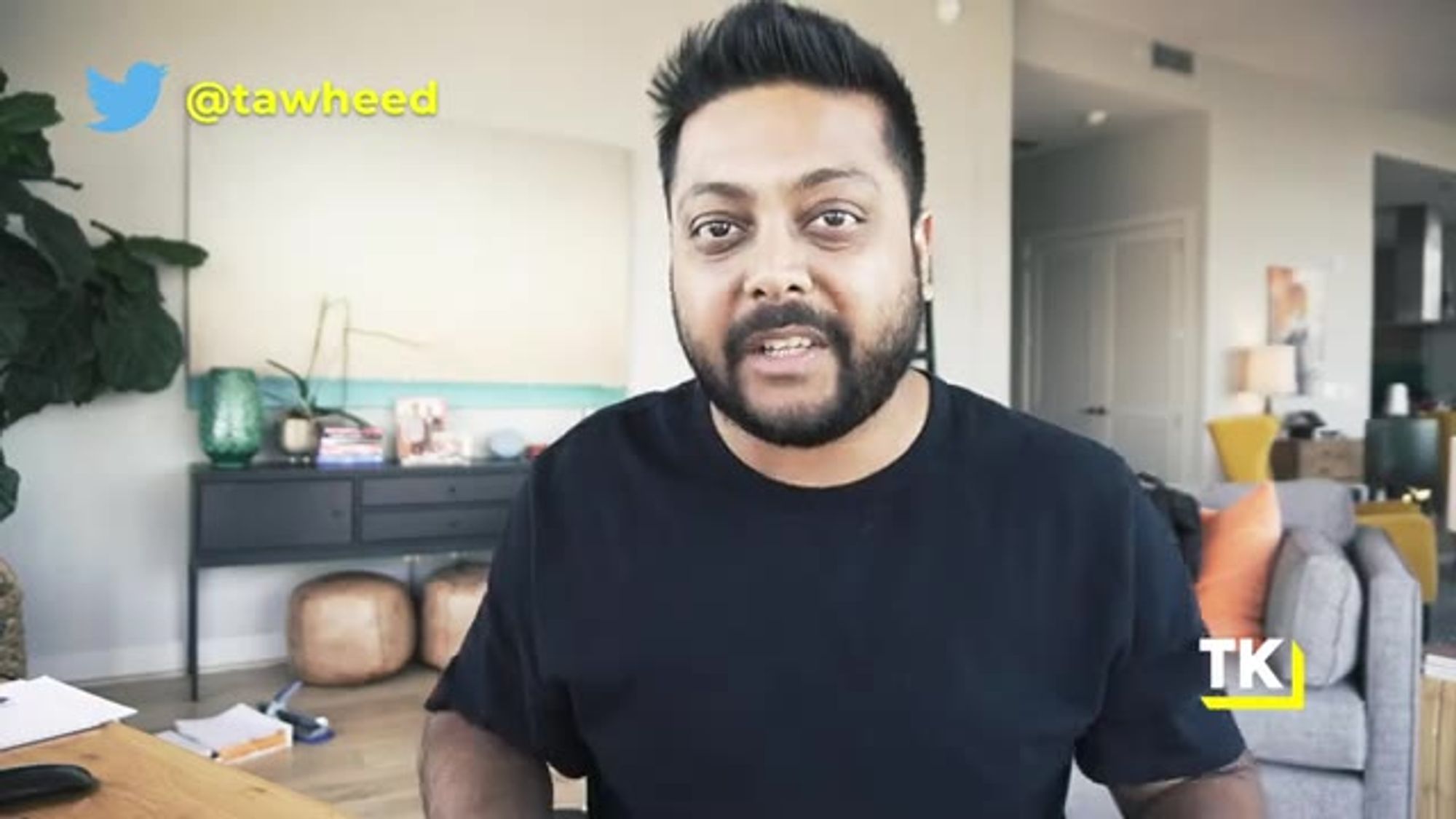
to grow your SaaS business with TK energy.
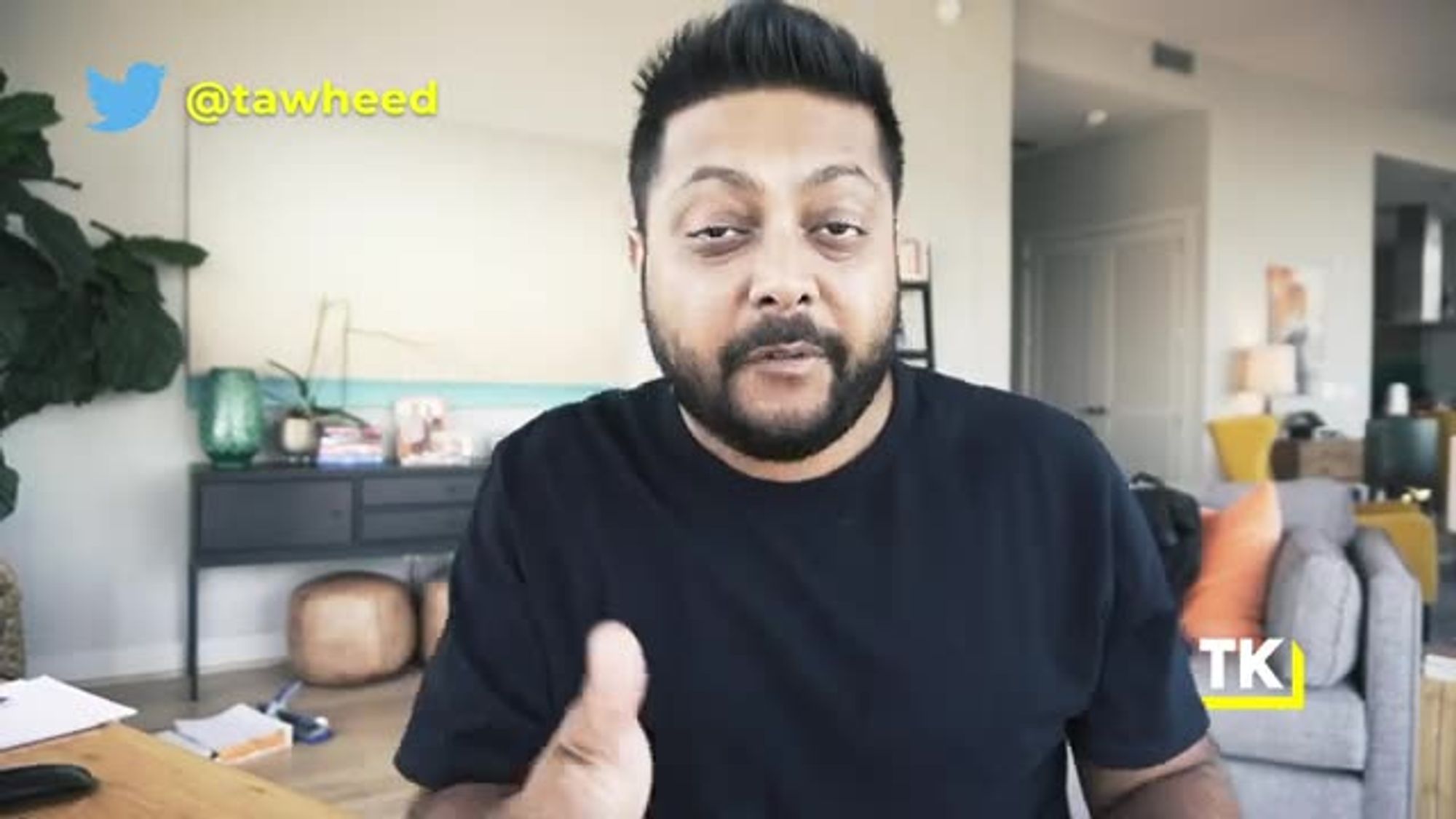
Now, if you're already
part of this community,
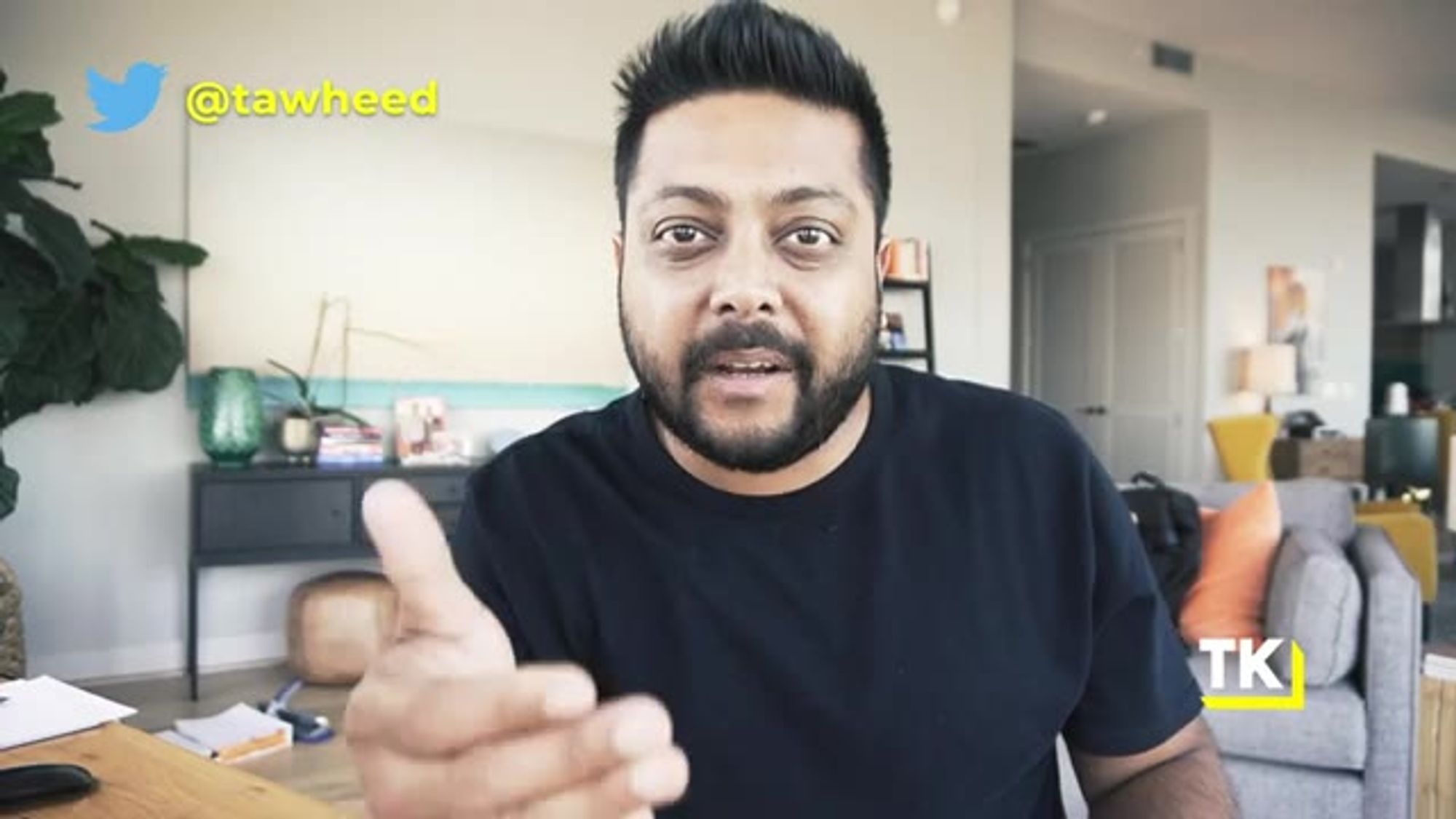
if you're part of my
SaaS coaching programs,
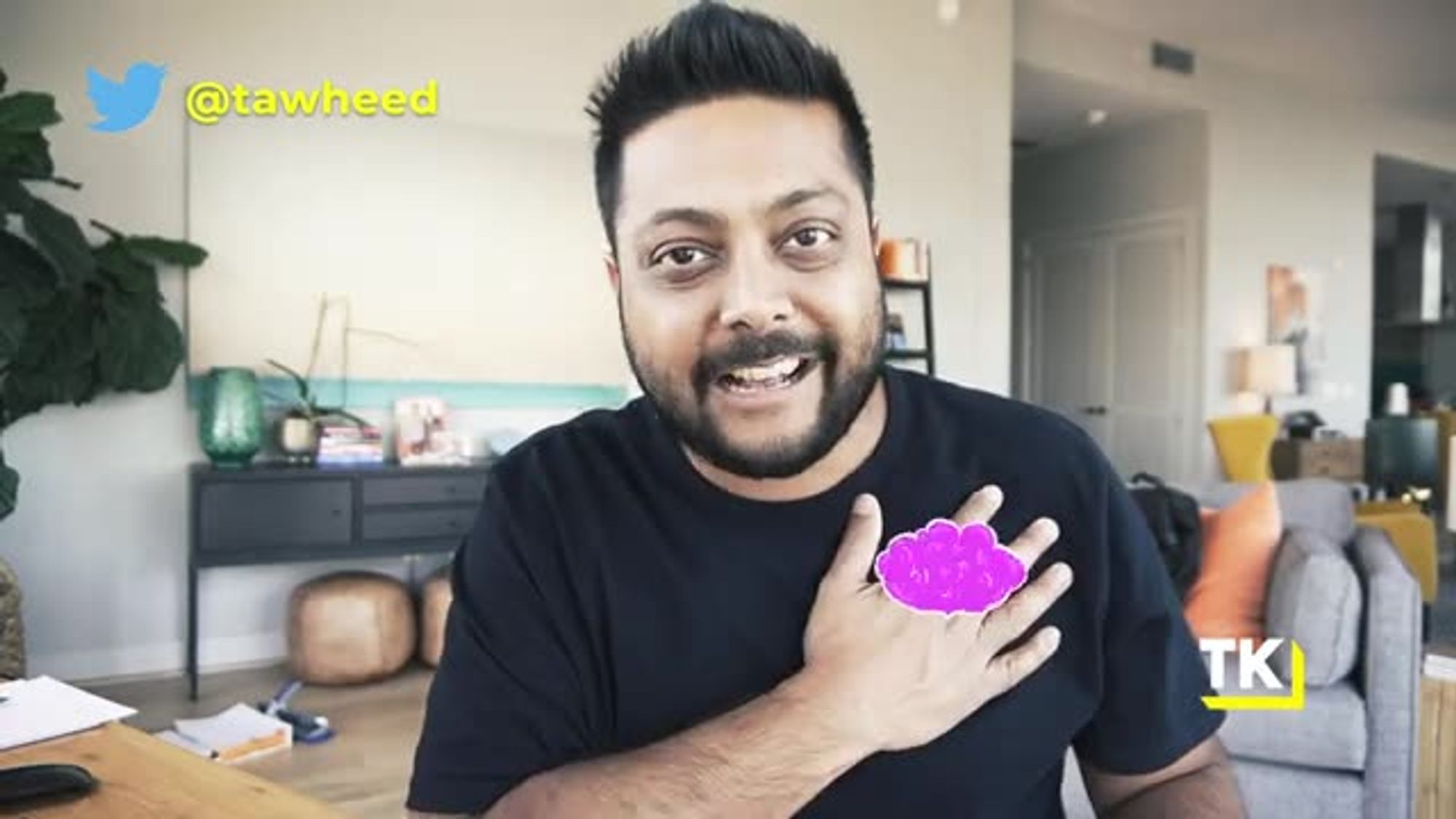
welcome back, it's really
good to see you over here.

Now, when I was first
starting out in SaaS,
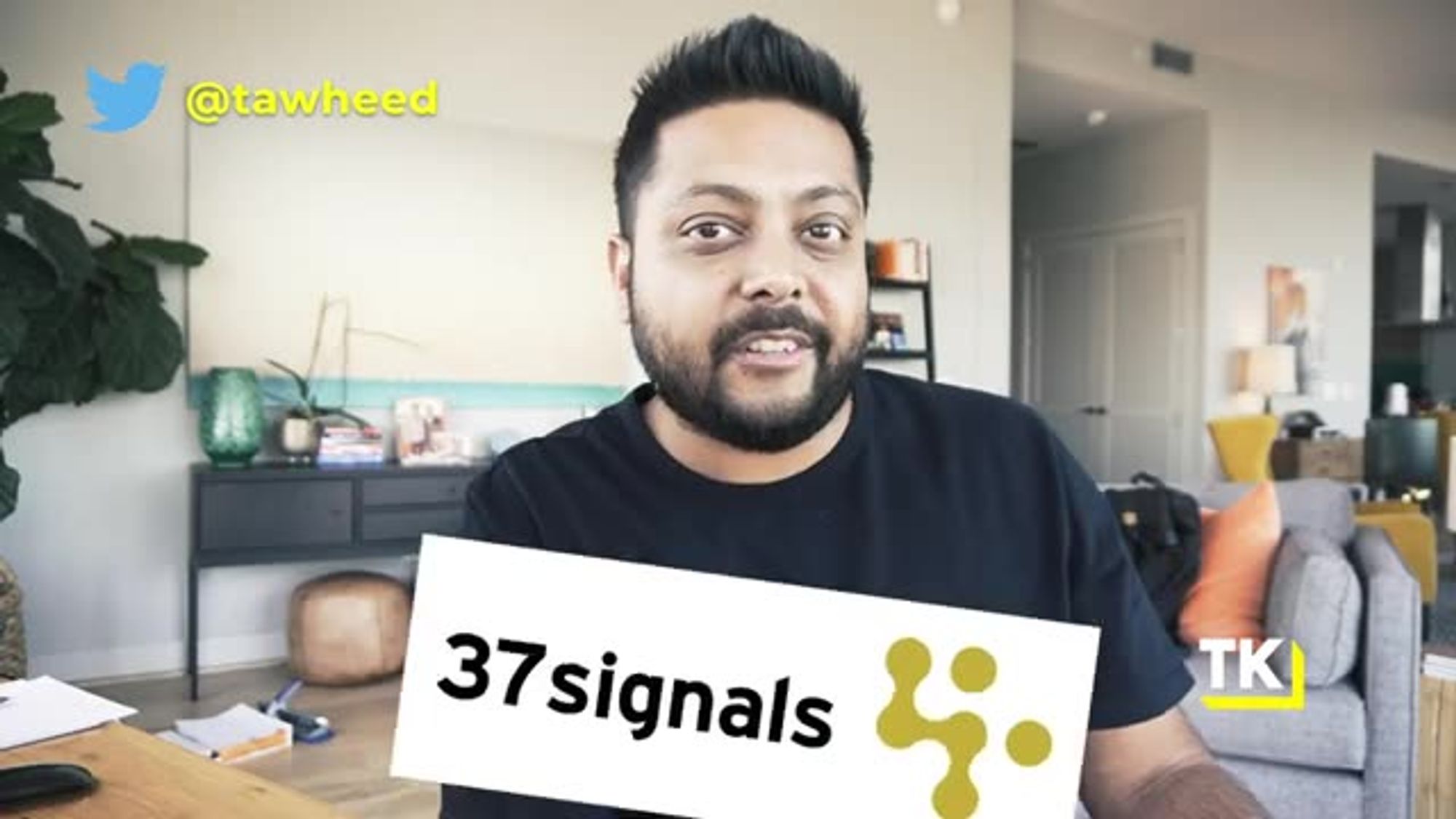
this company, 37signals,
they're known as Basecamp now,
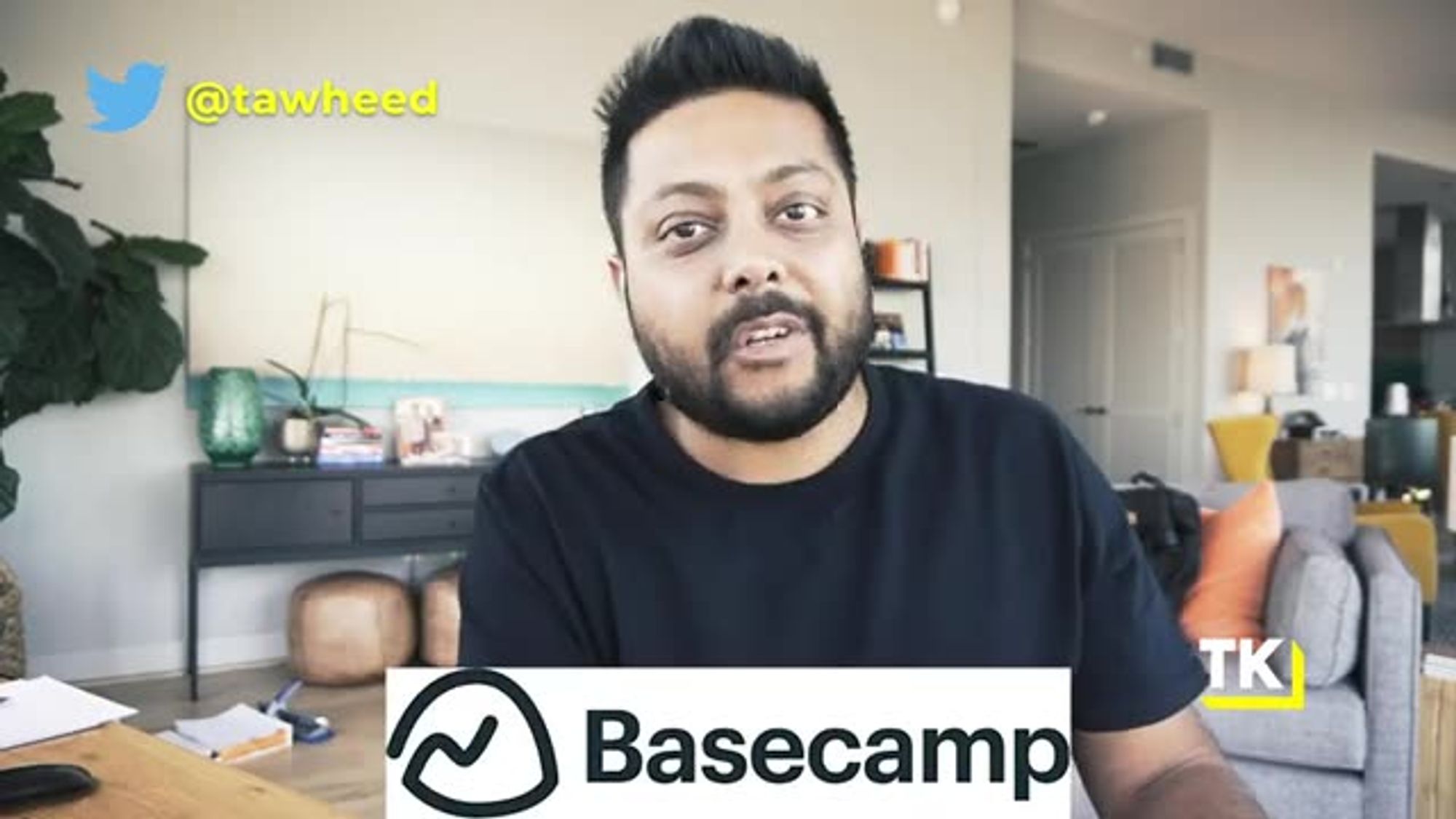
was all the rage and they
were talking about this phrase
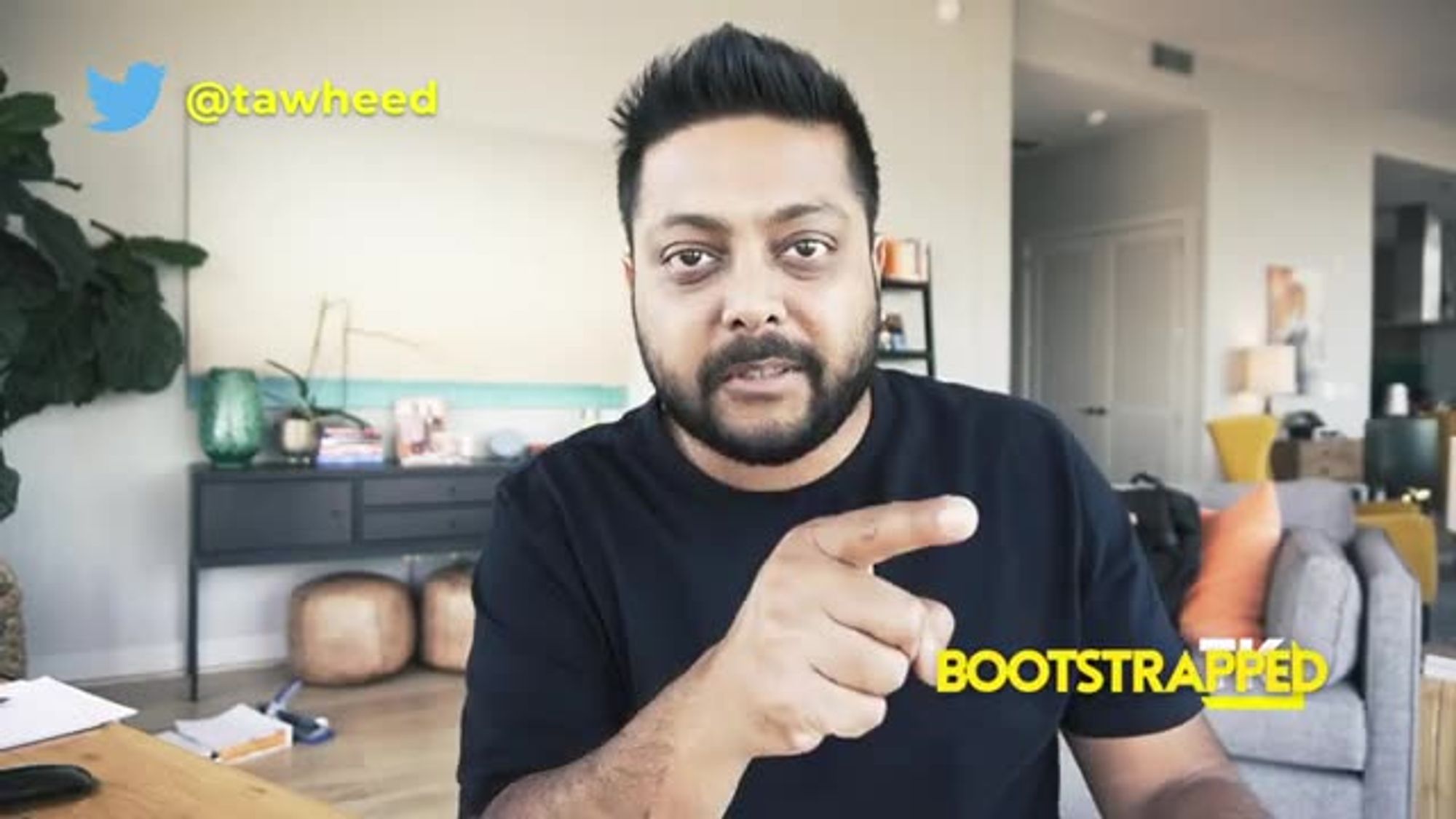
called bootstrapped, profitable and proud.
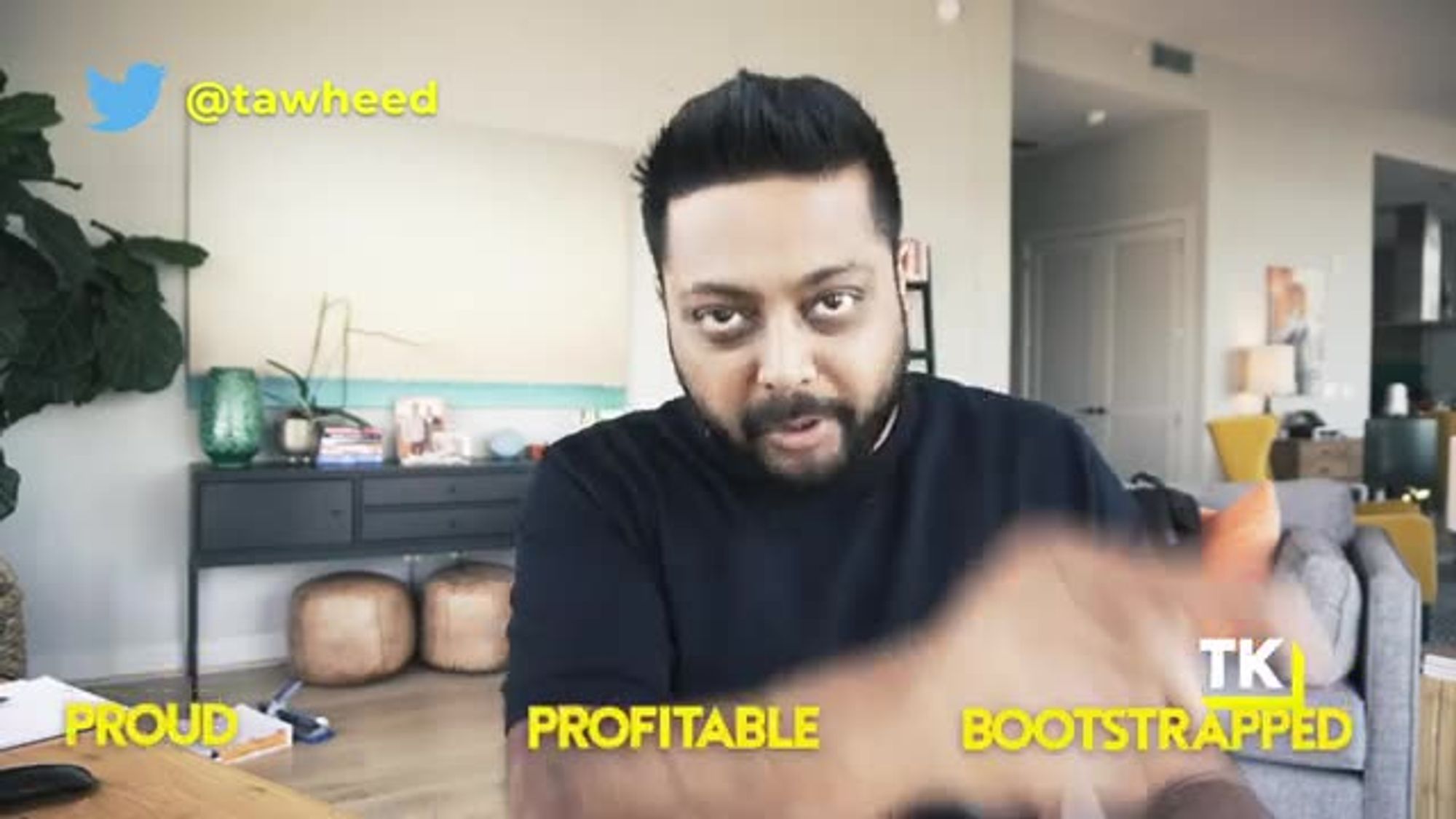
Bootstrapped, profitable and proud,
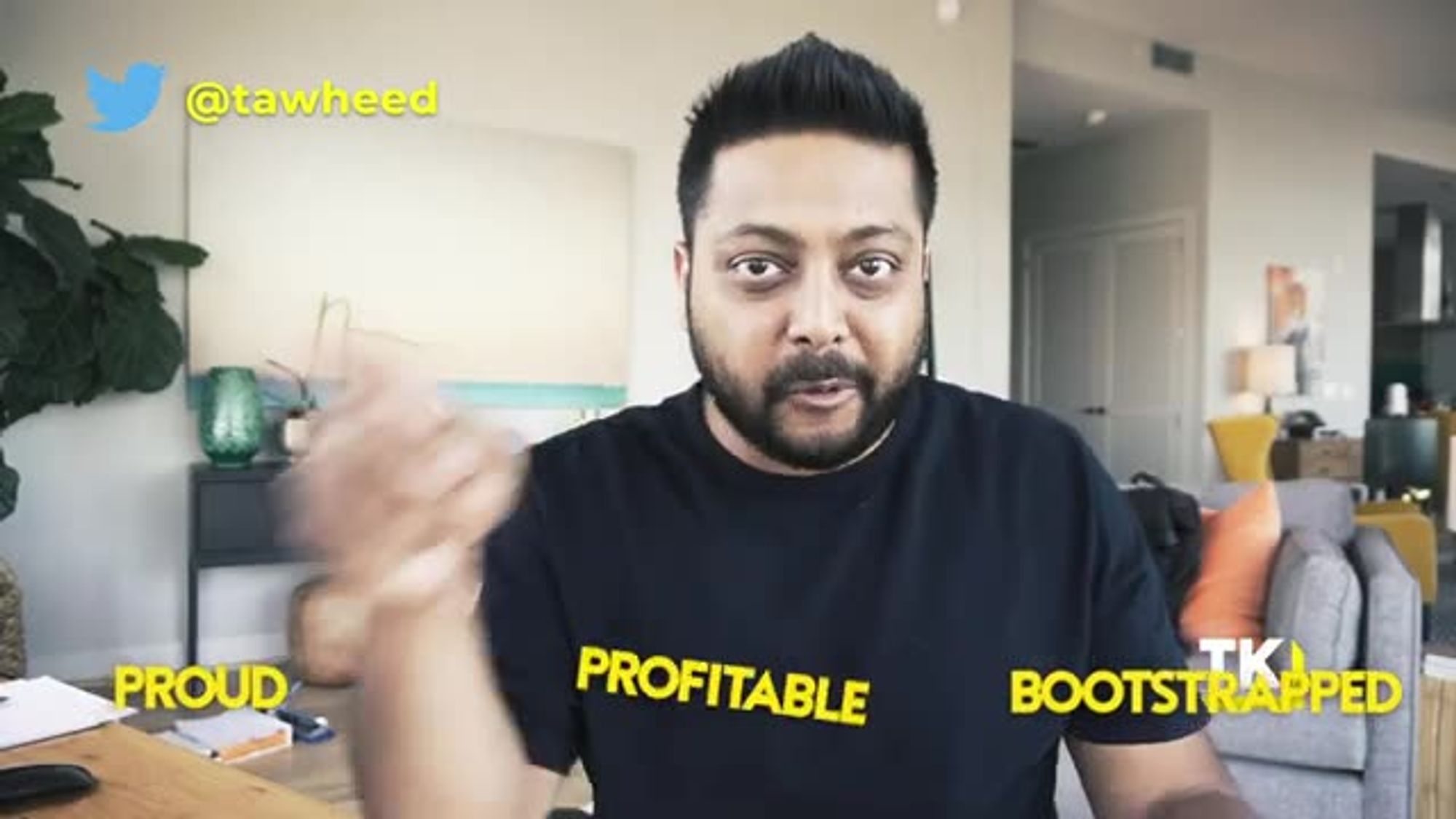
and I just loved it.

Now granted, we went onto
build a venture back business,
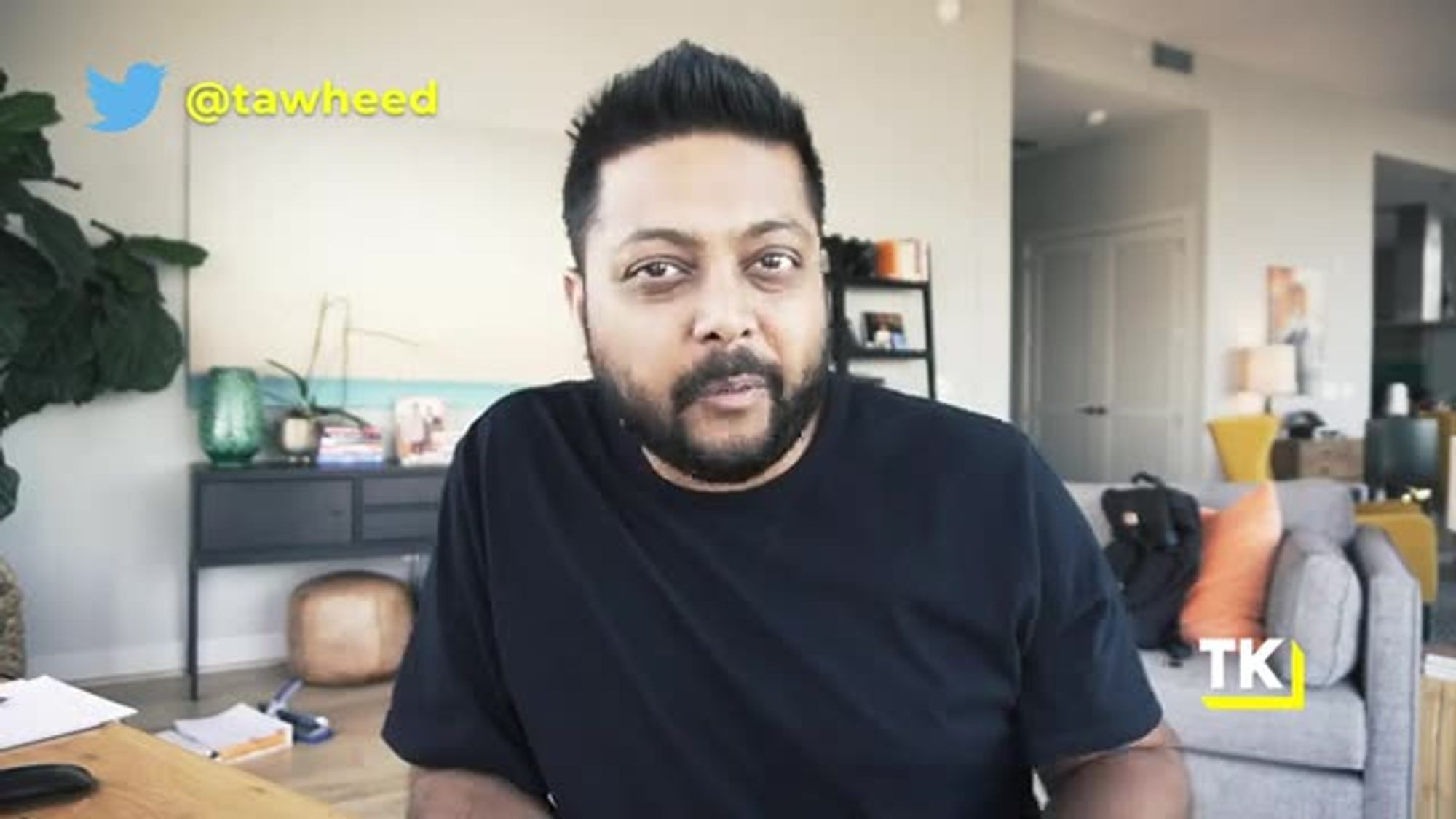
but I always loved that ethos,
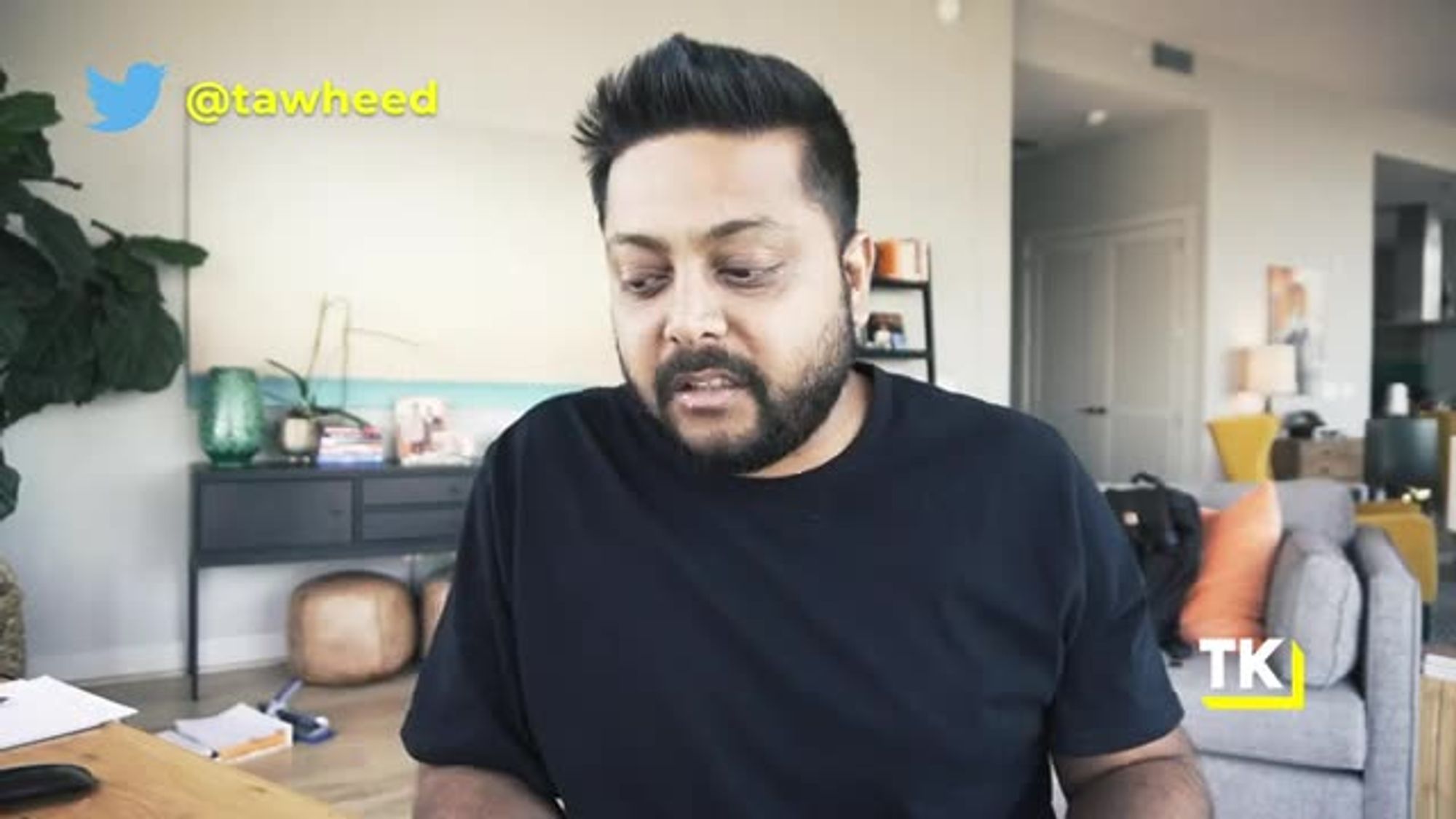
because typically when
you're in the venture bubble,
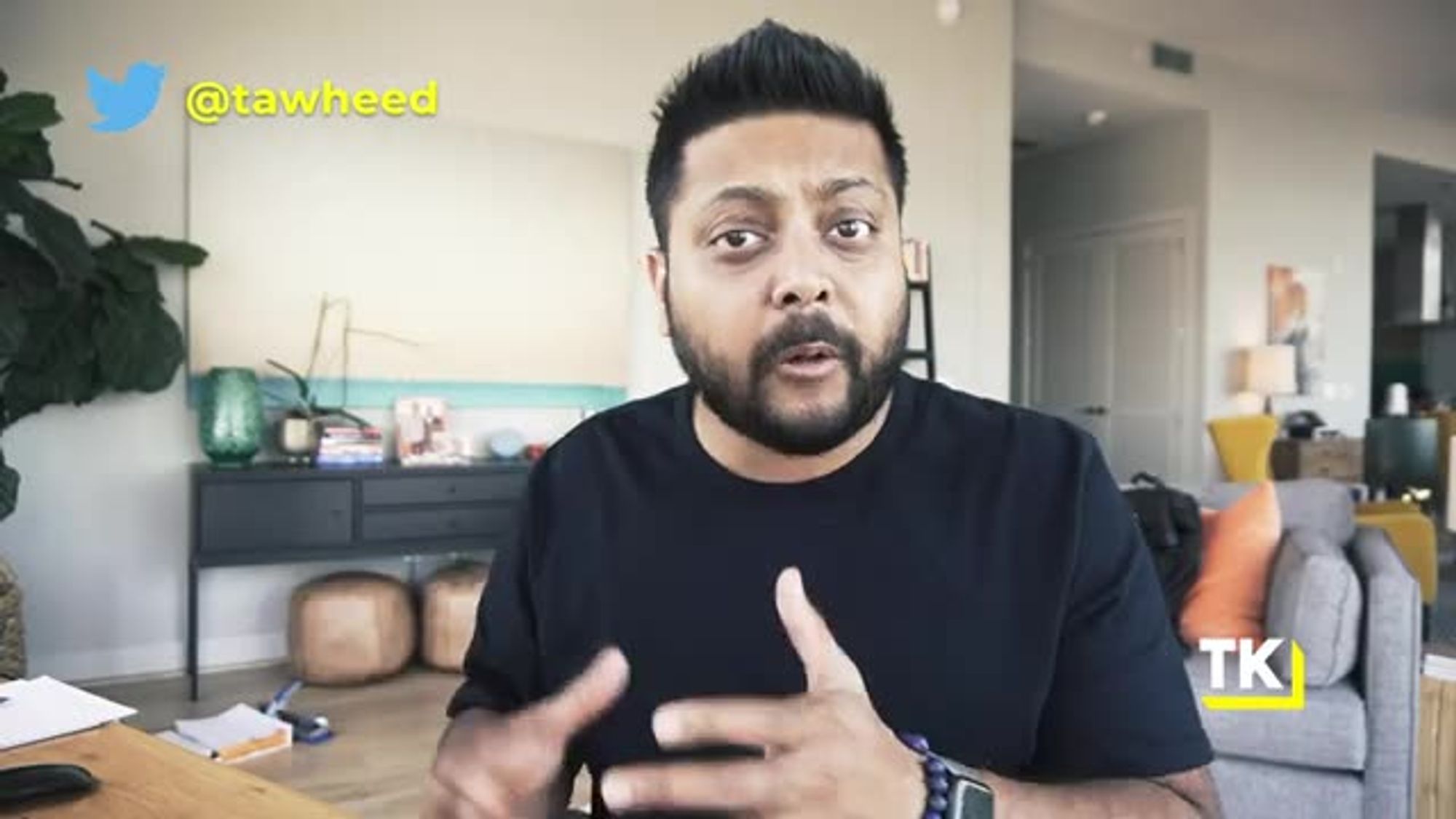
you're either doing a
venture back business
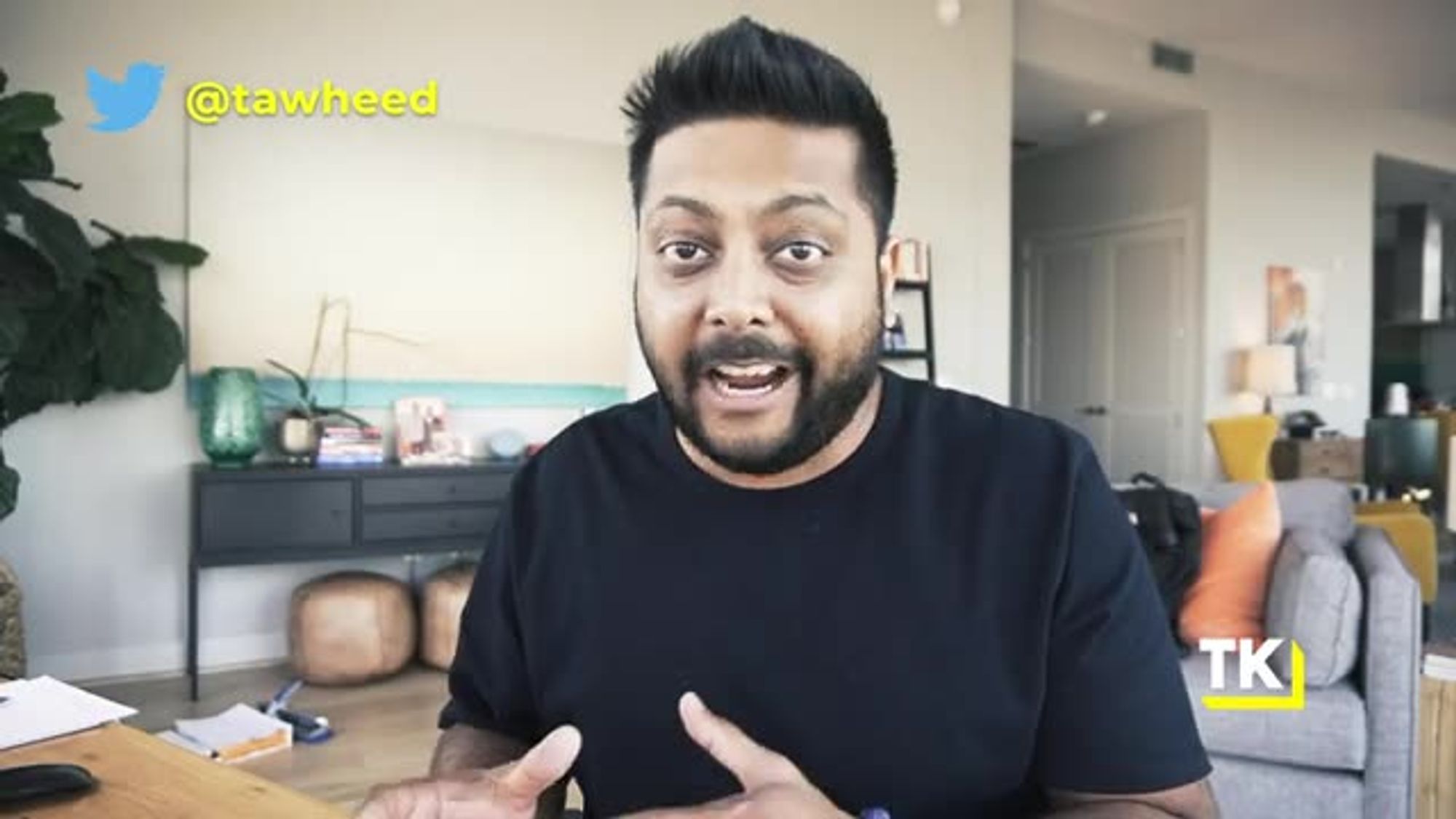
that's highly scalable, or
you're doing a lifestyle business
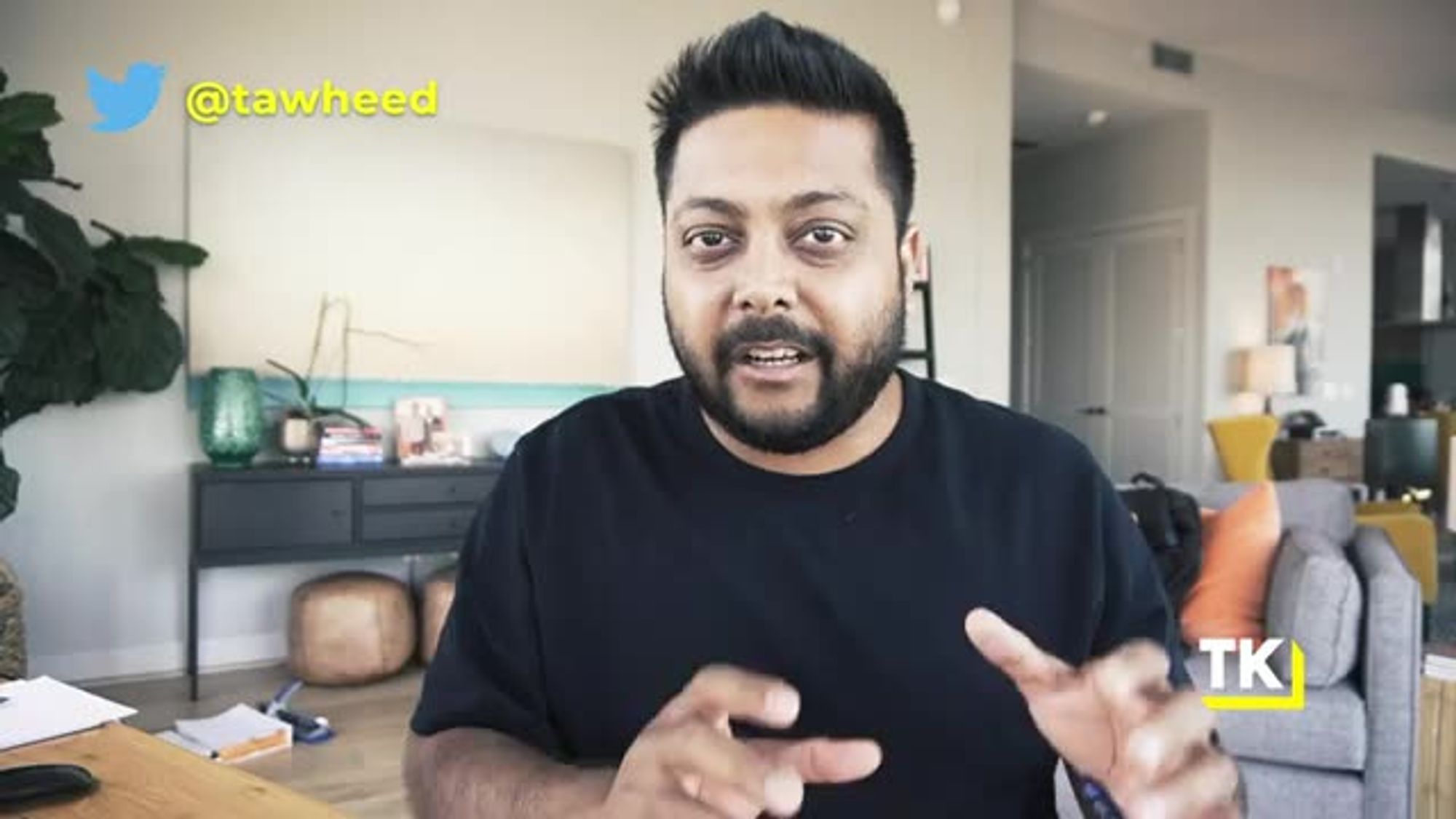
and they look at it in a derogatory way.
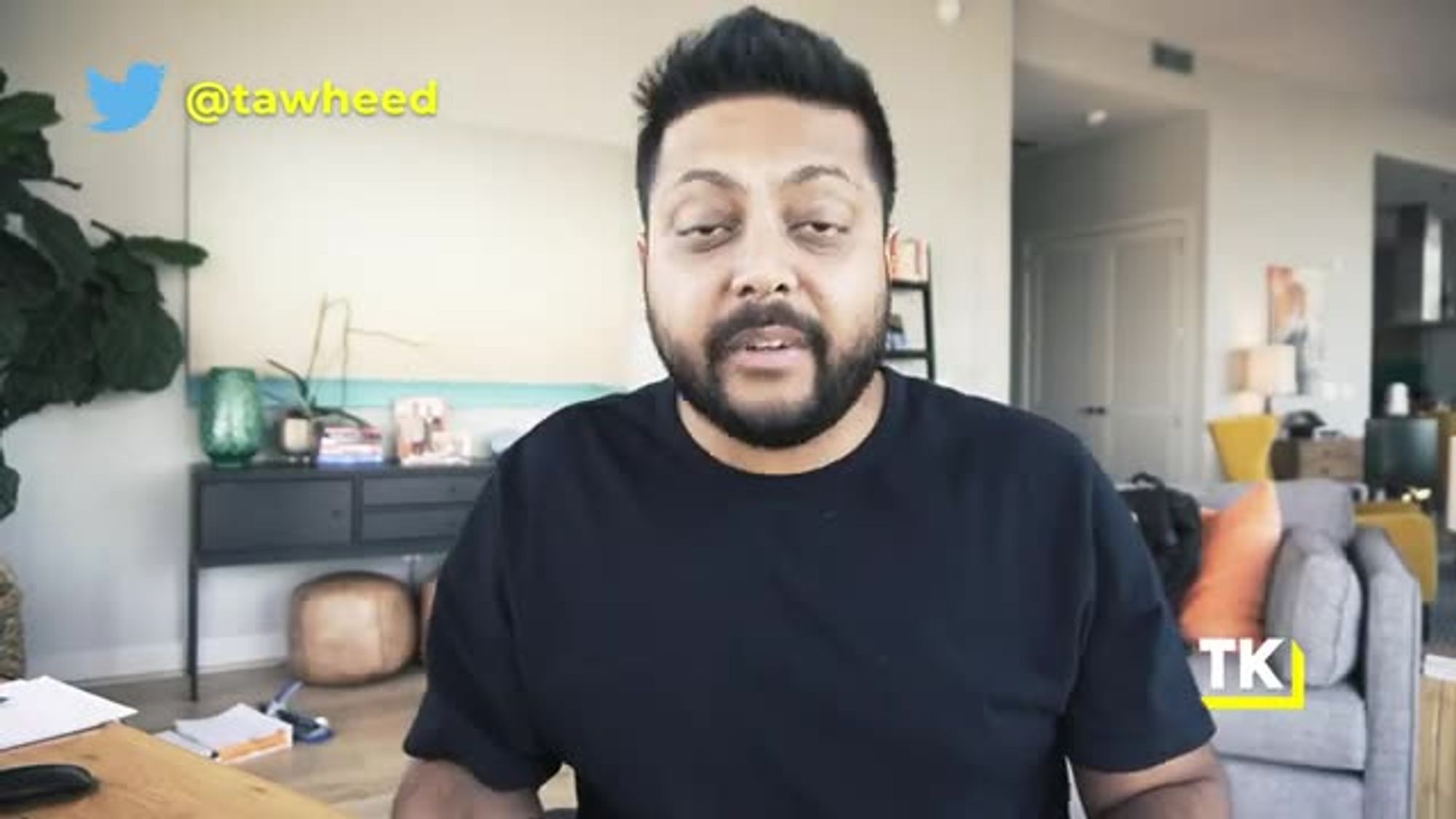
And the 37signals guys
were one of the first ones

to say no, we don't want
the venture capital,
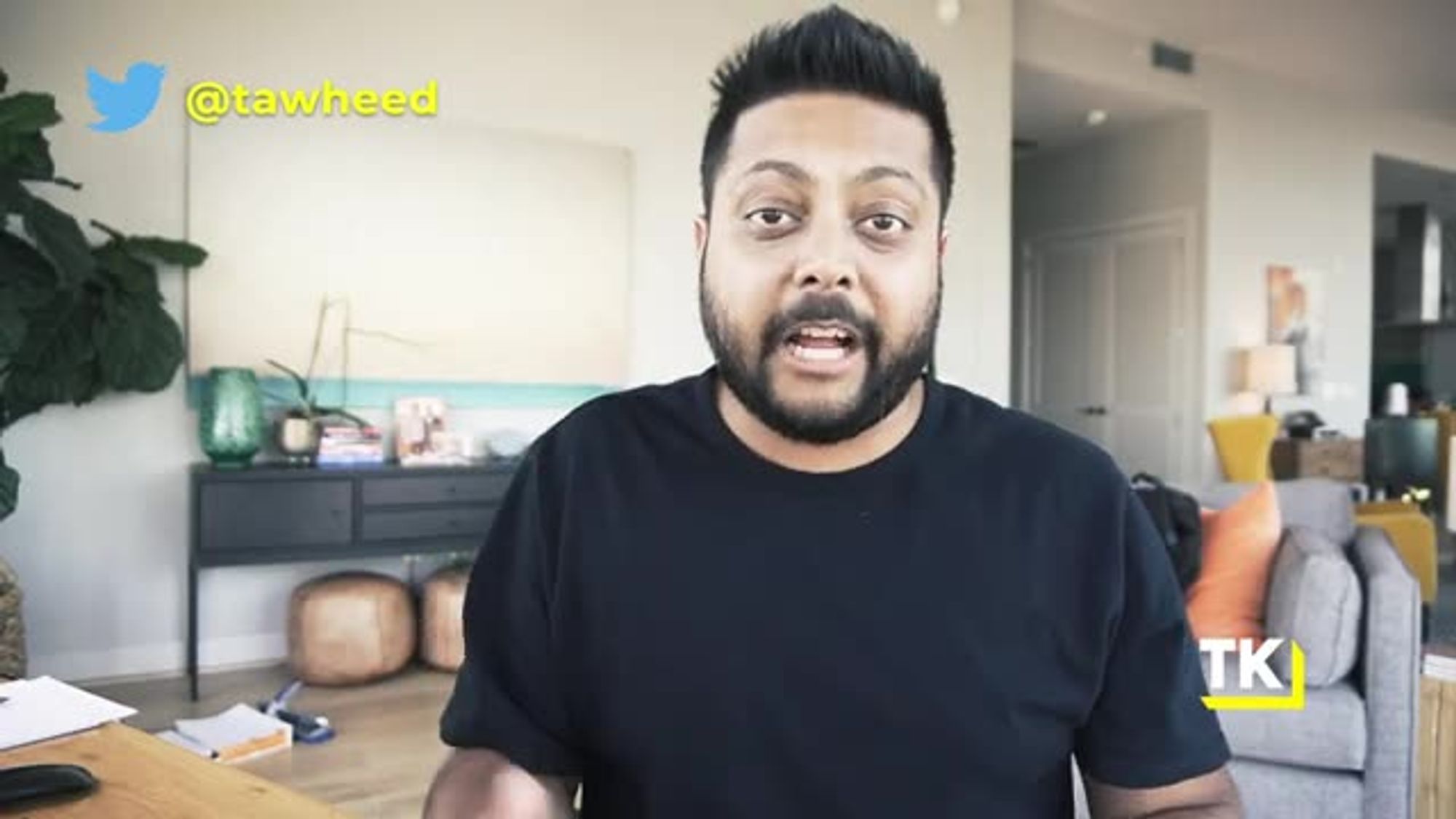
we're not operating a lifestyle business,
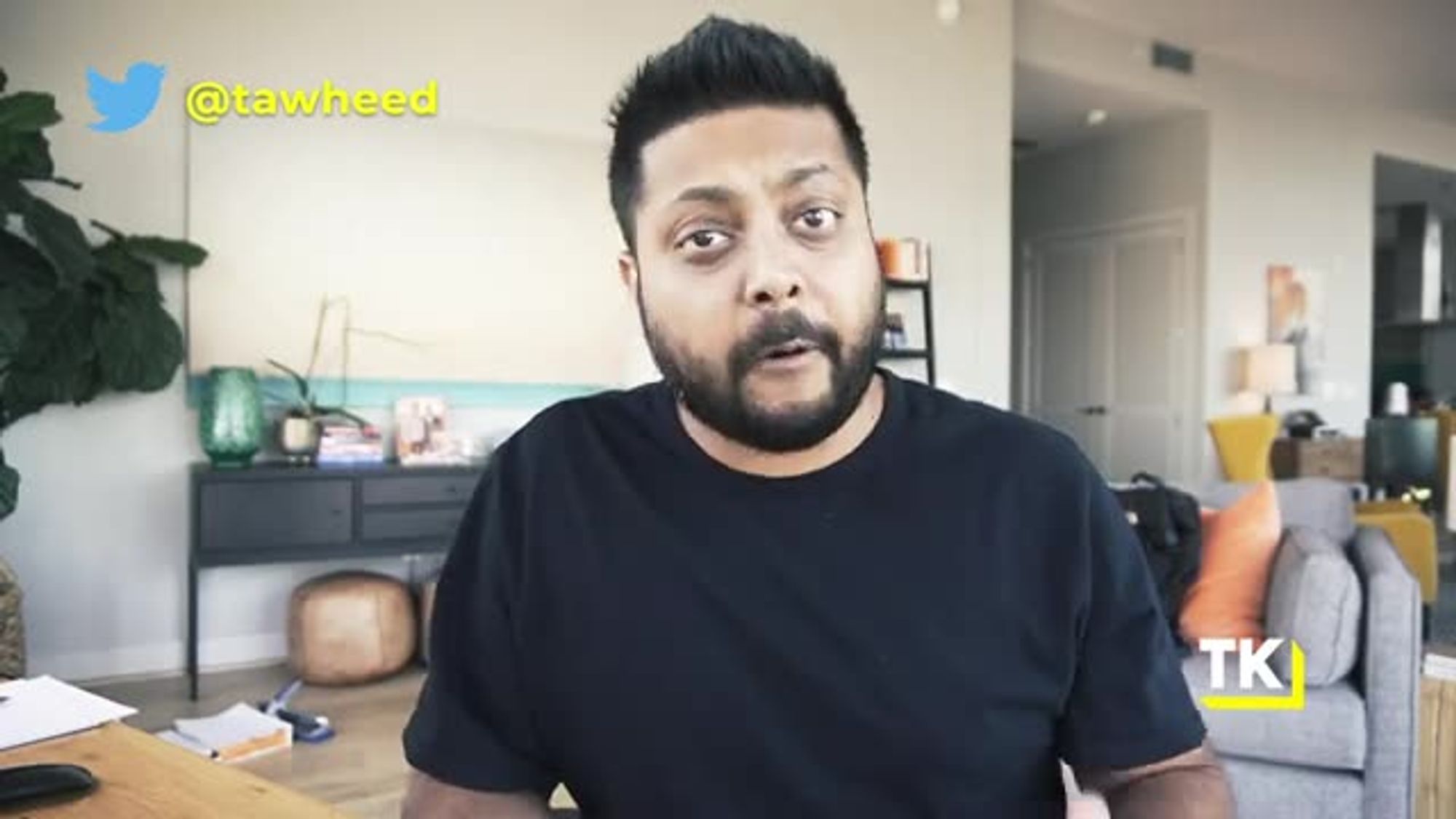
we're bootstrapped, profitable and proud

and I just loved that ethos,

and that ethos is really what makes
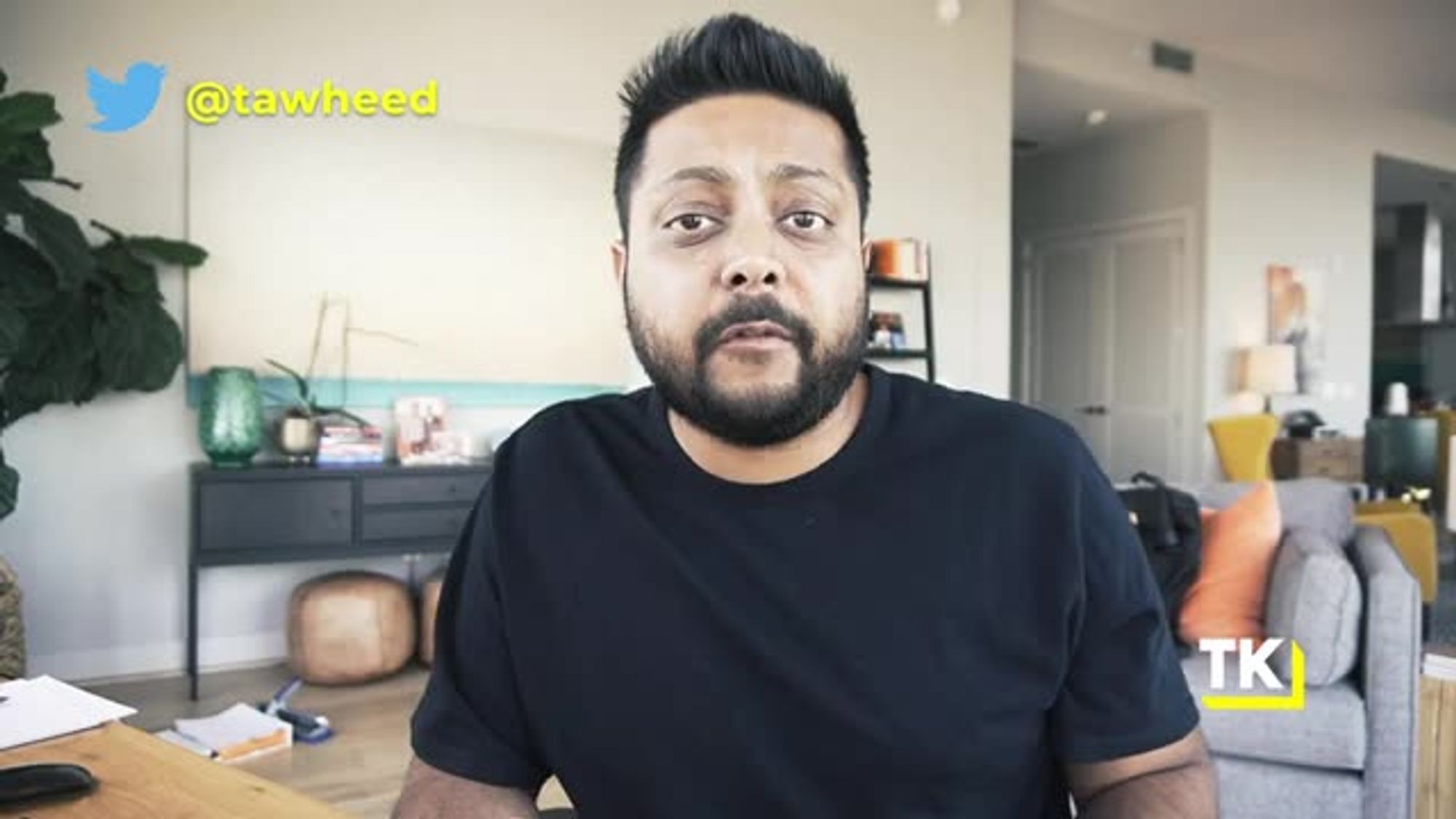
for a Micro SaaS business.
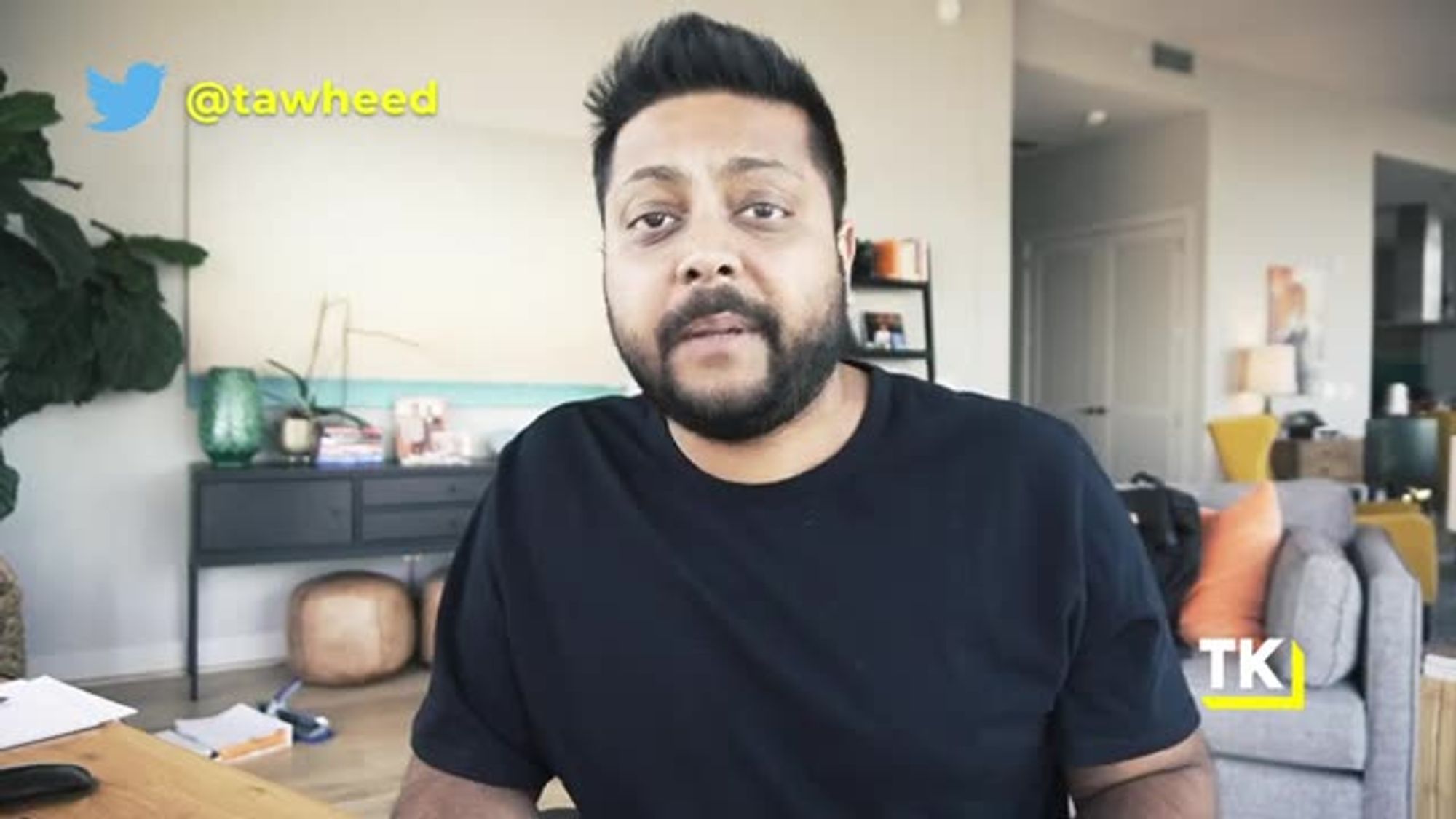
You're likely gonna be bootstrapped,

you're likely gonna be
profitable, wildly profitable,
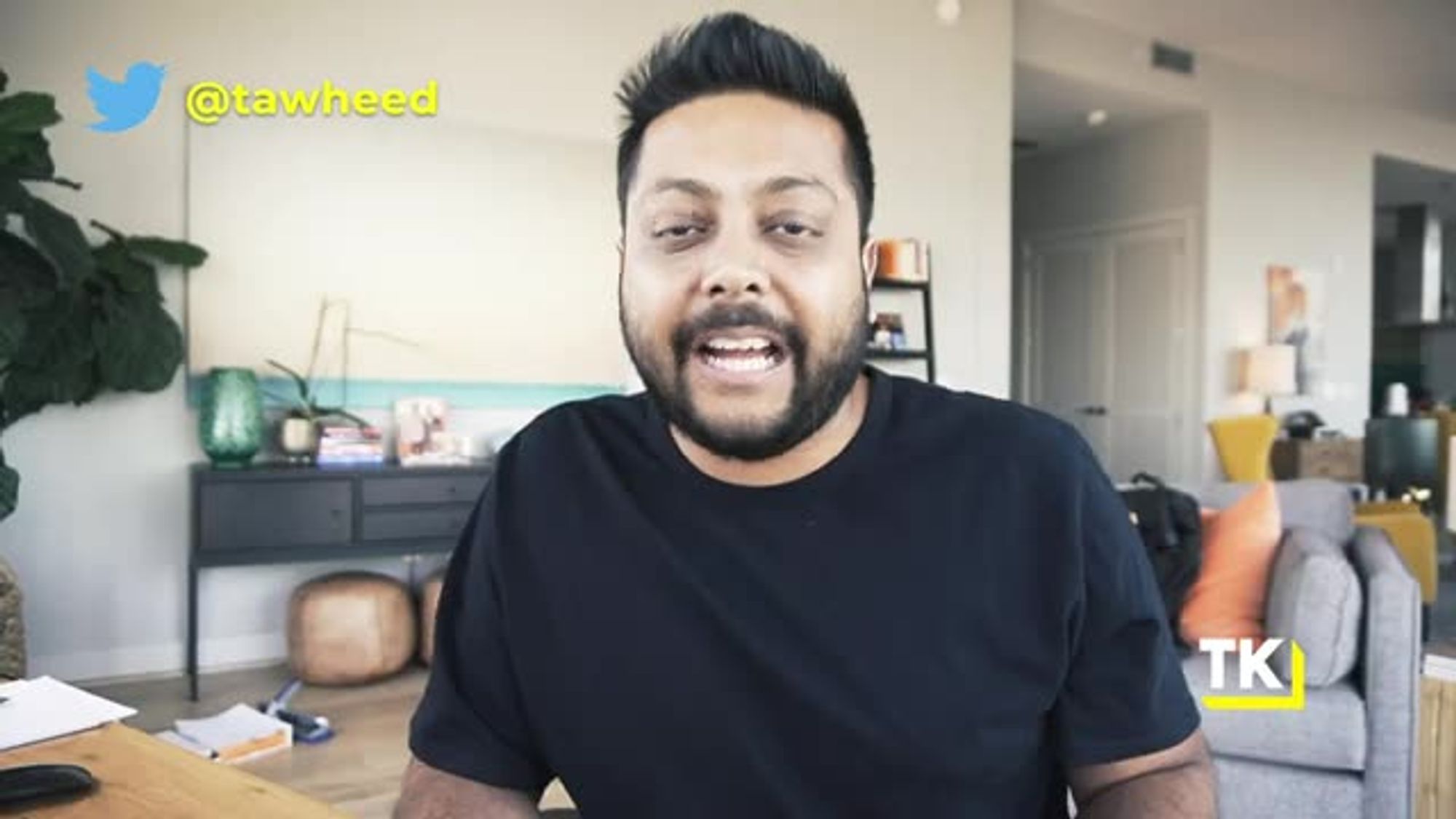
highly efficient and you're
gonna be proud of it.

And the reason you don't
hear as much about it is,
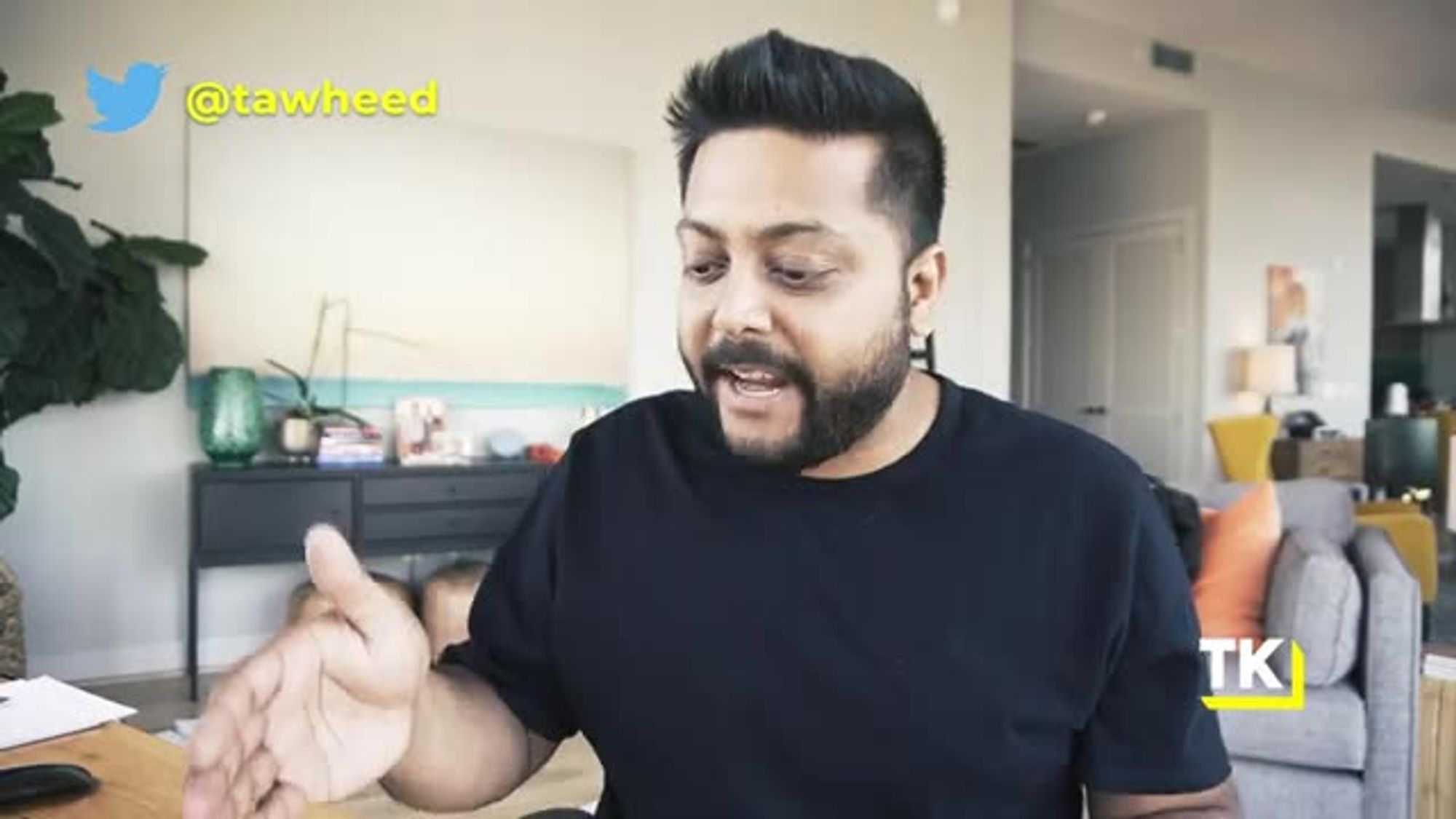
if a founder raises three
million dollars of a seed round,

they have to go promote it.
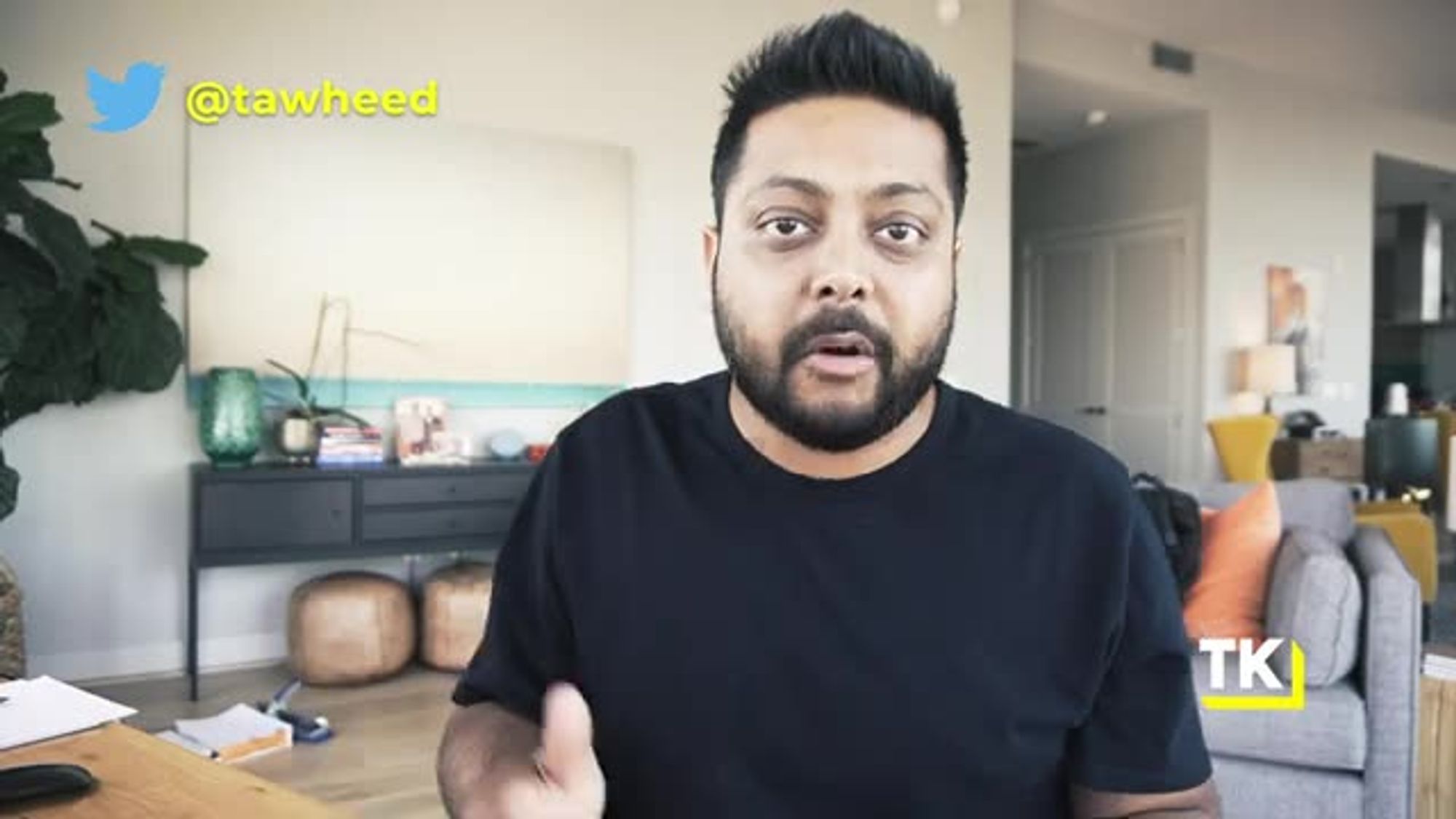
They have to say, look at us,
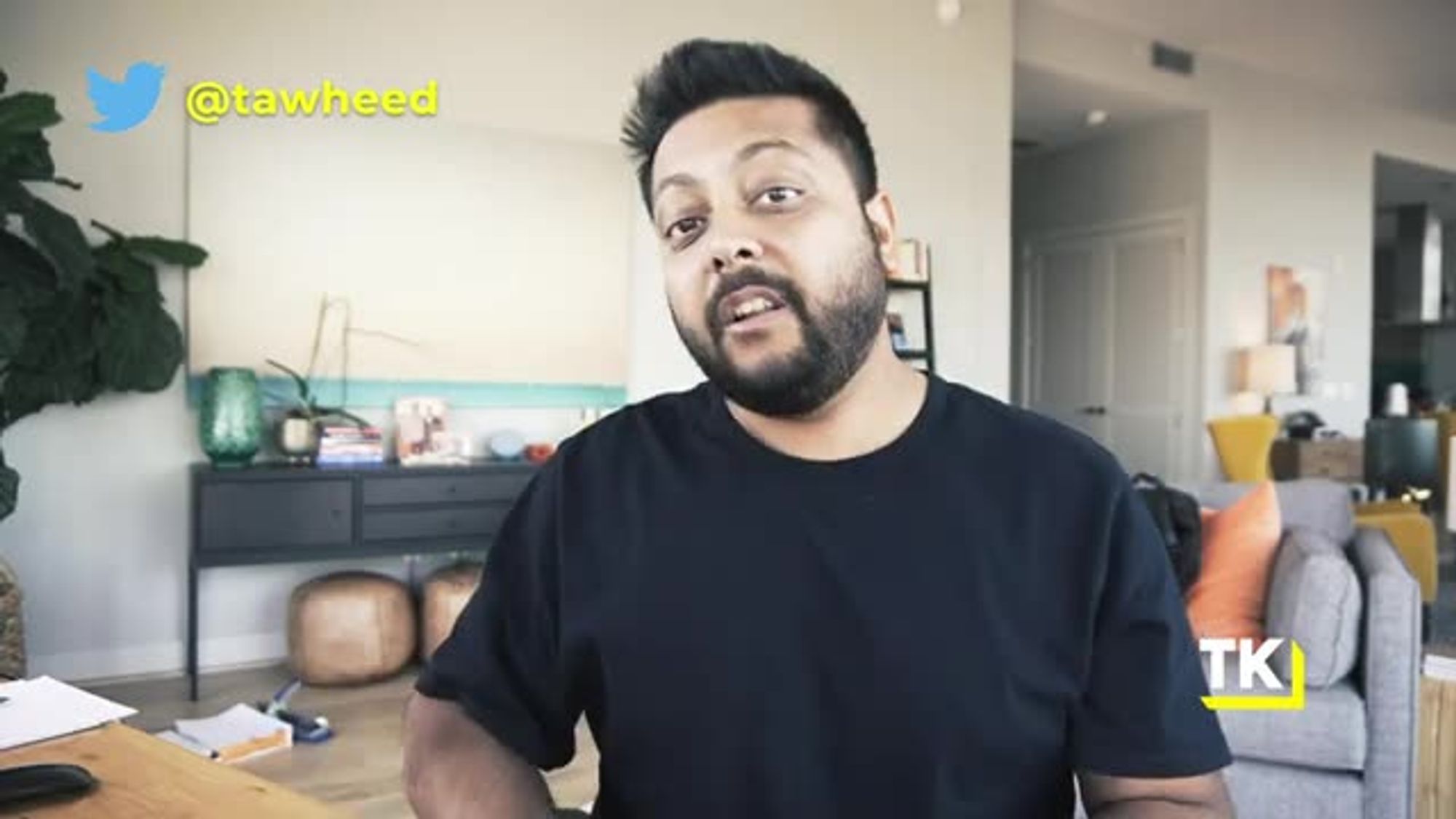
we raised three million dollars.
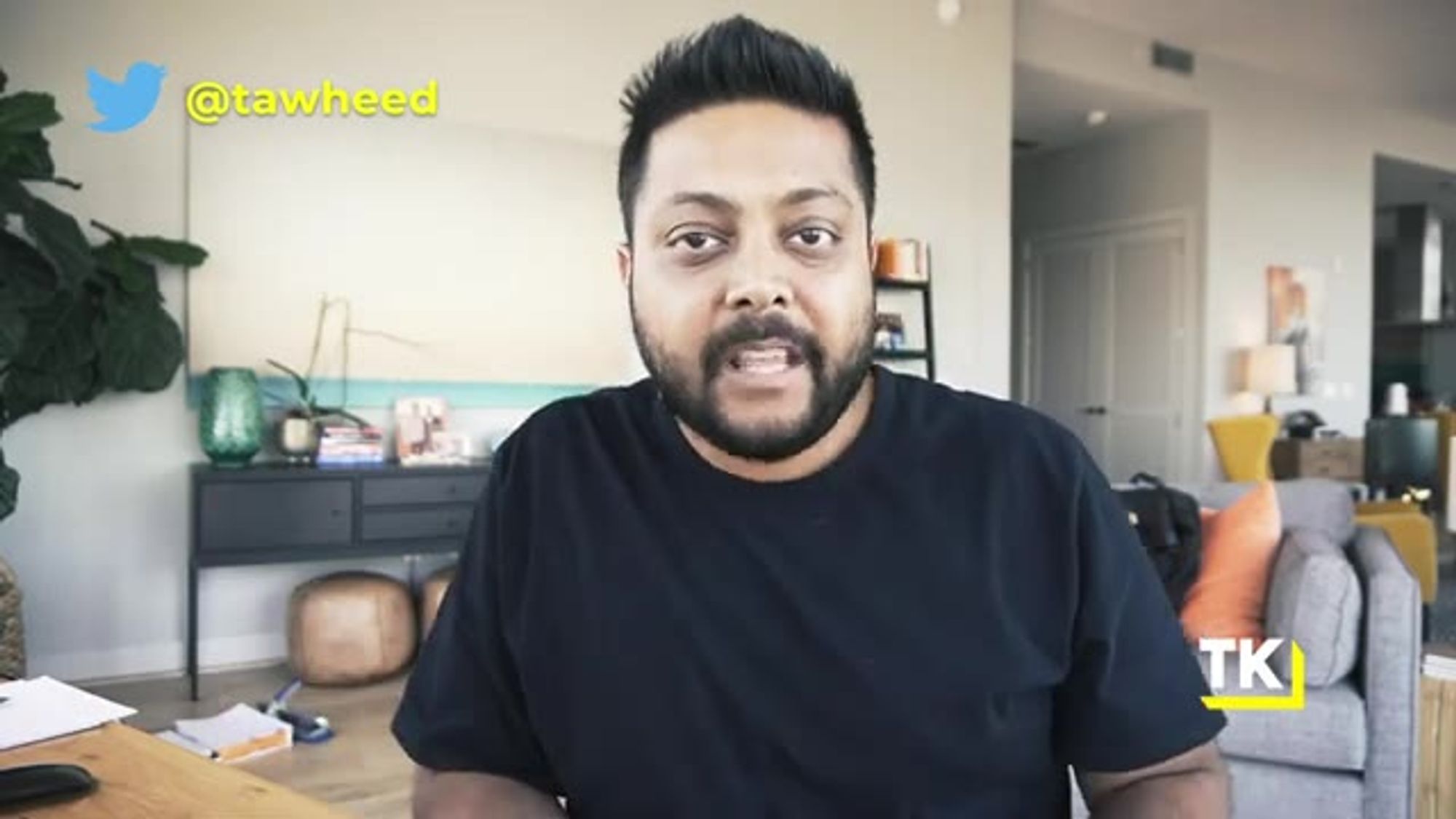
If a founder made three
million dollars in a year
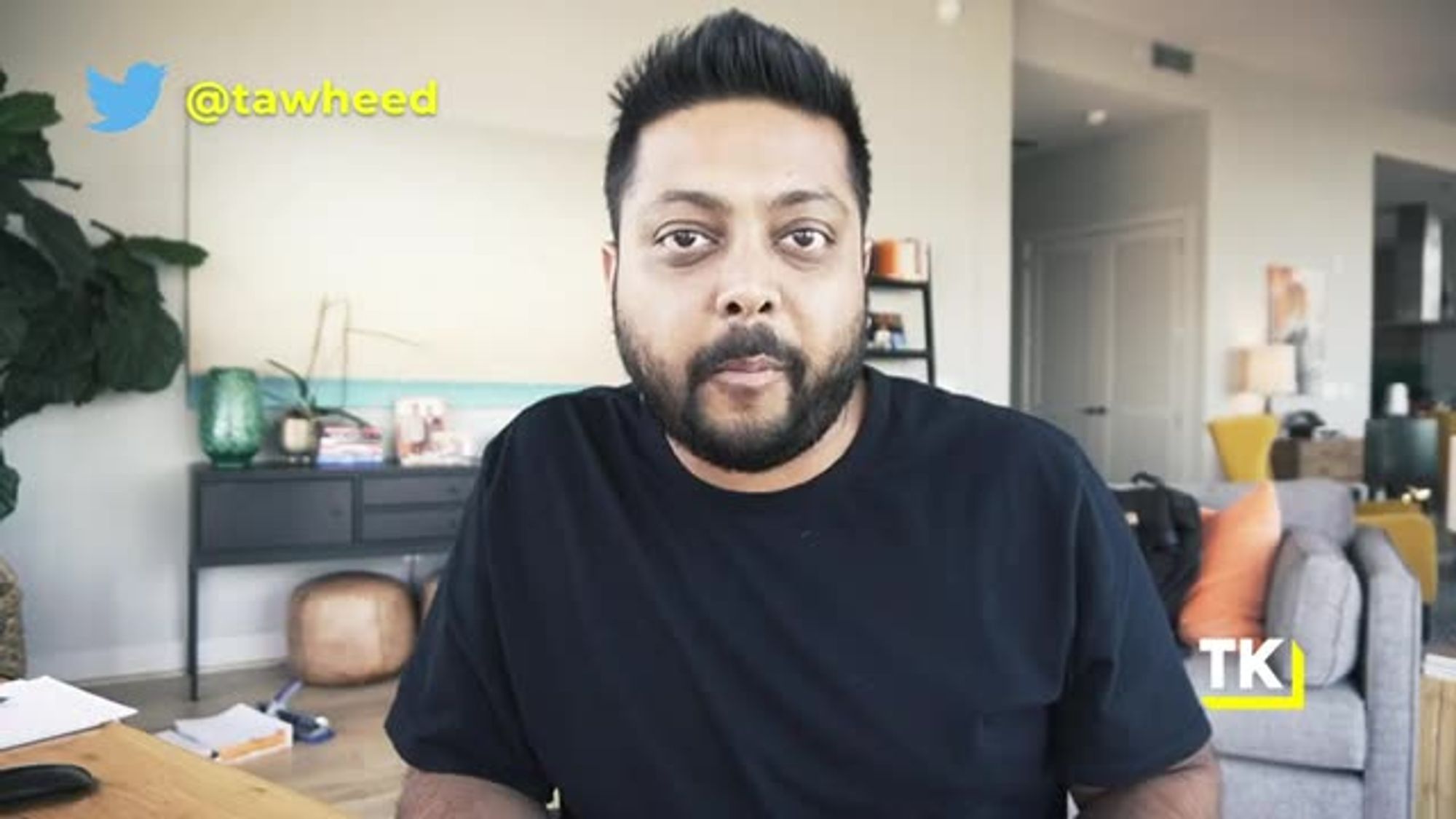
from a Micro-SaaS business
and was wildly profitable
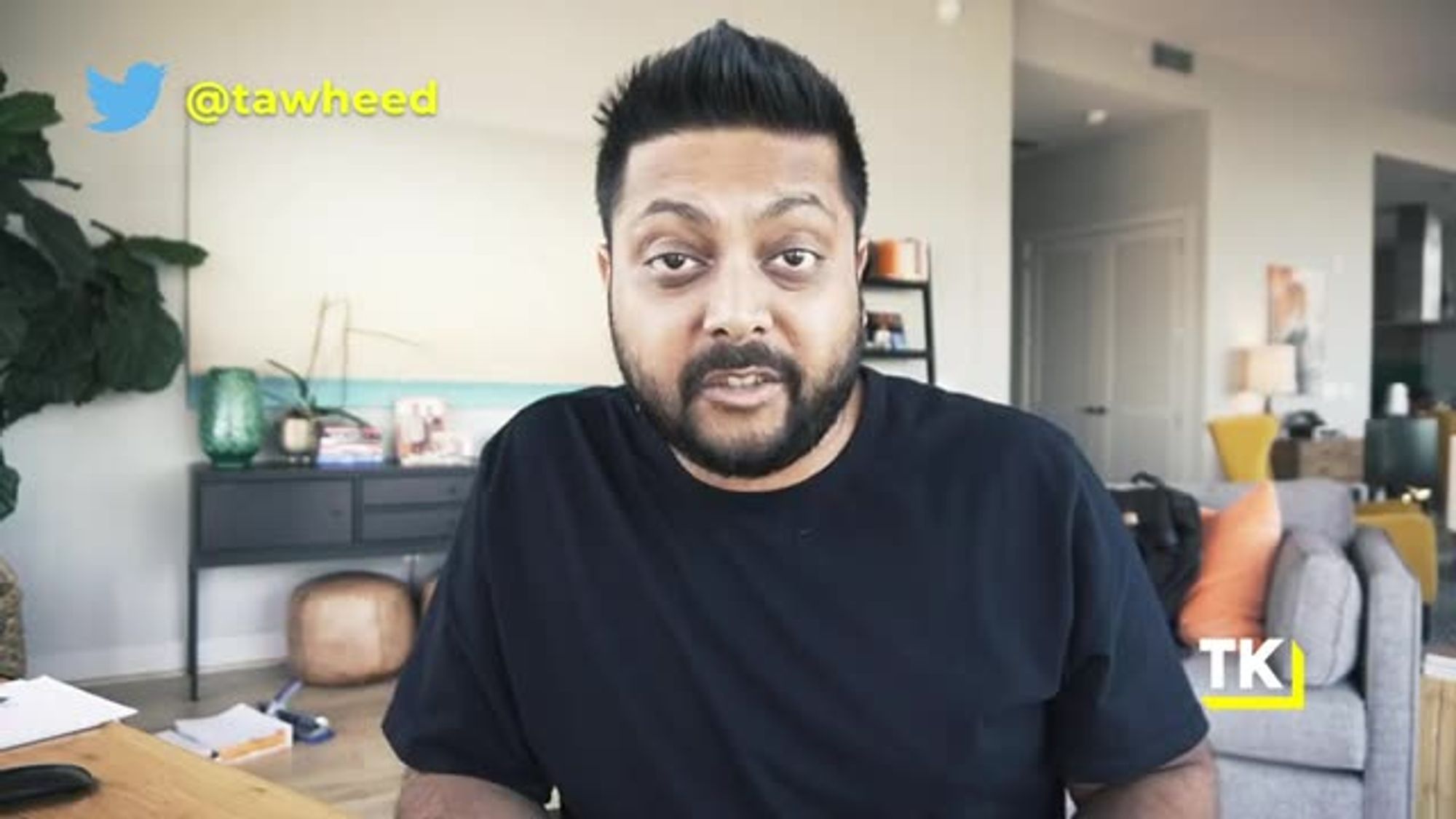
and they just took three million
dollars home to the bank,
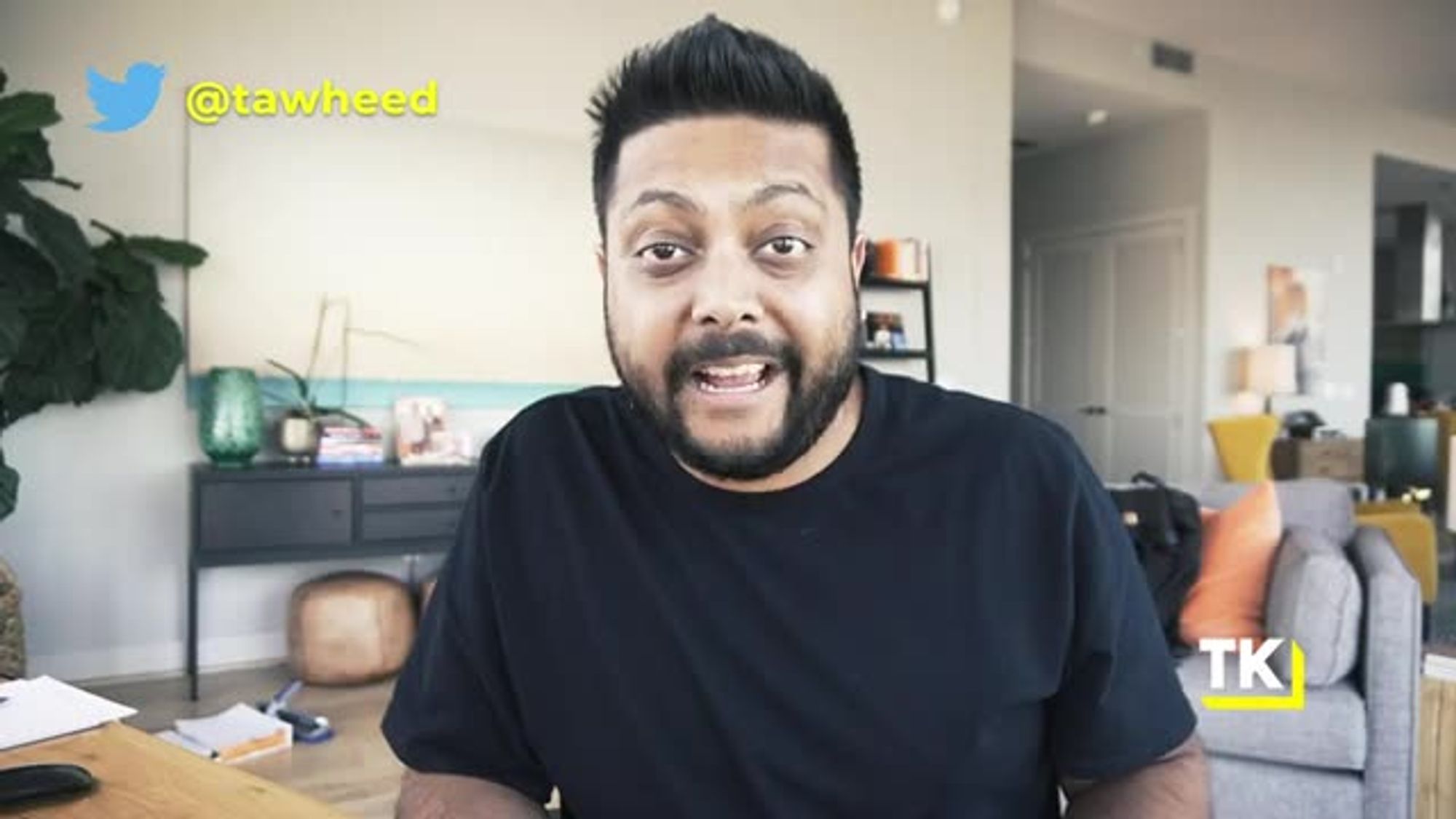
they're not gonna write a
(mumbles) article about it.
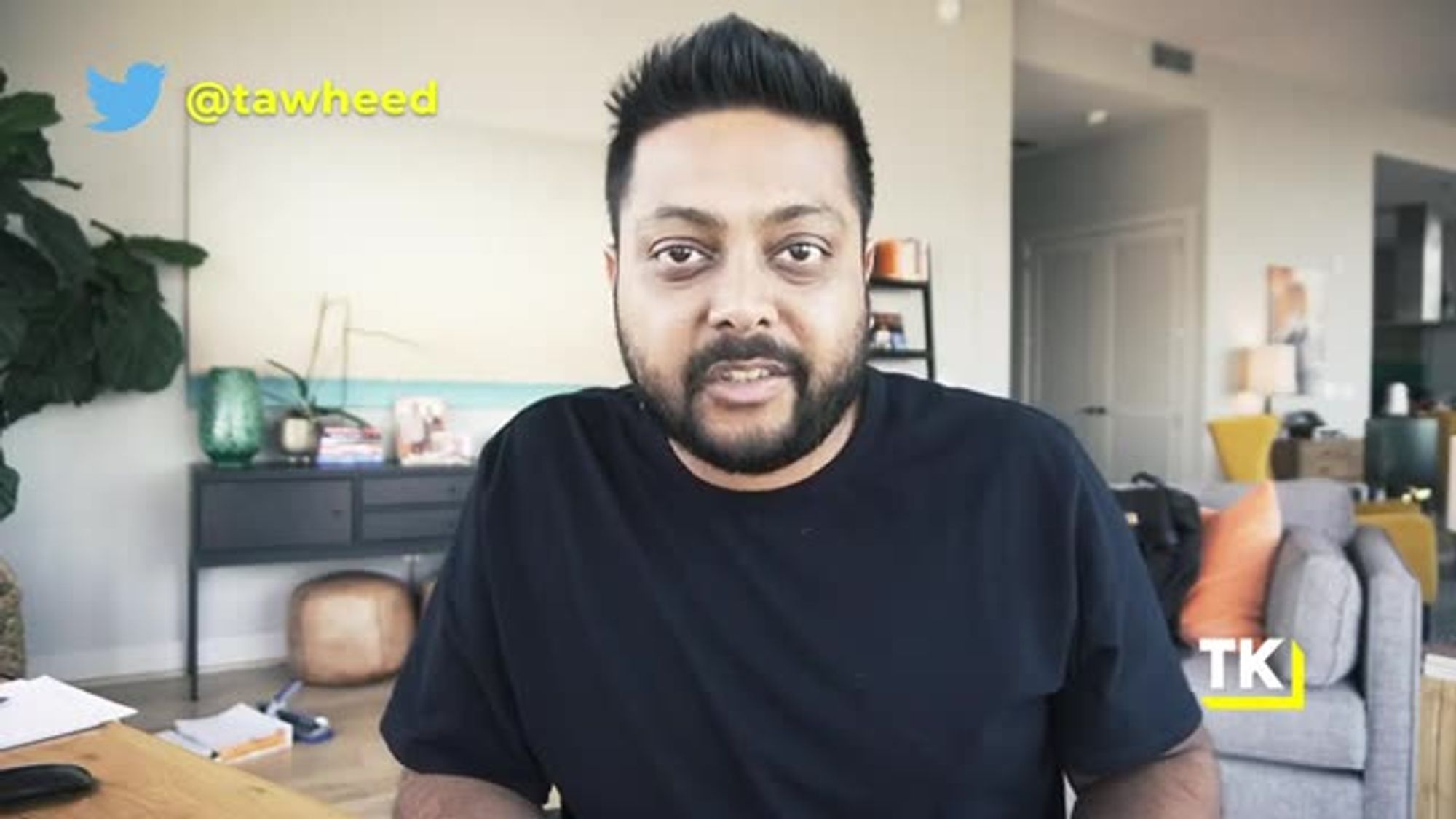
They're just gonna stay quiet,
they're gonna buy a Ferrari,
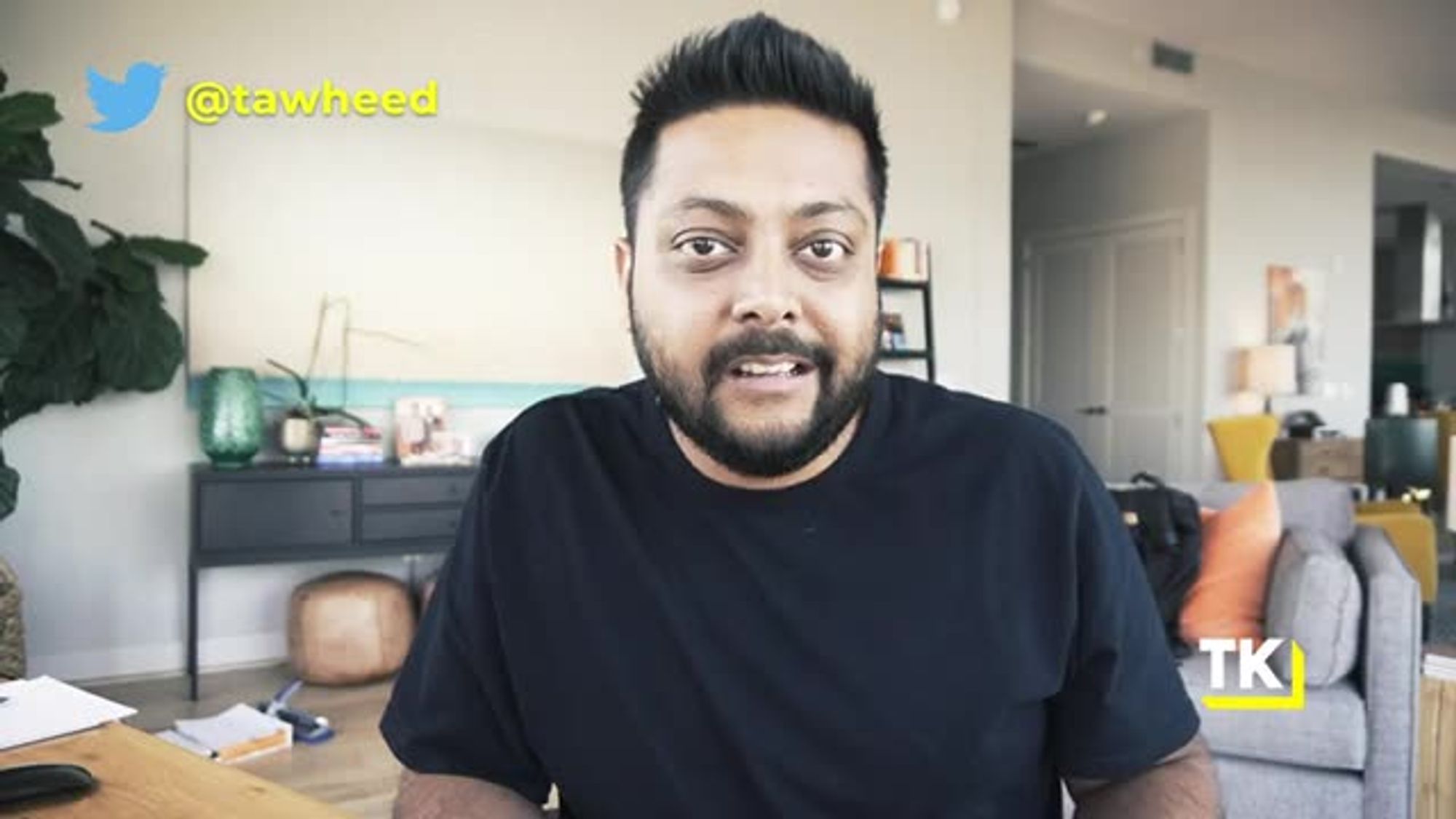
they might not even buy a Ferrari,
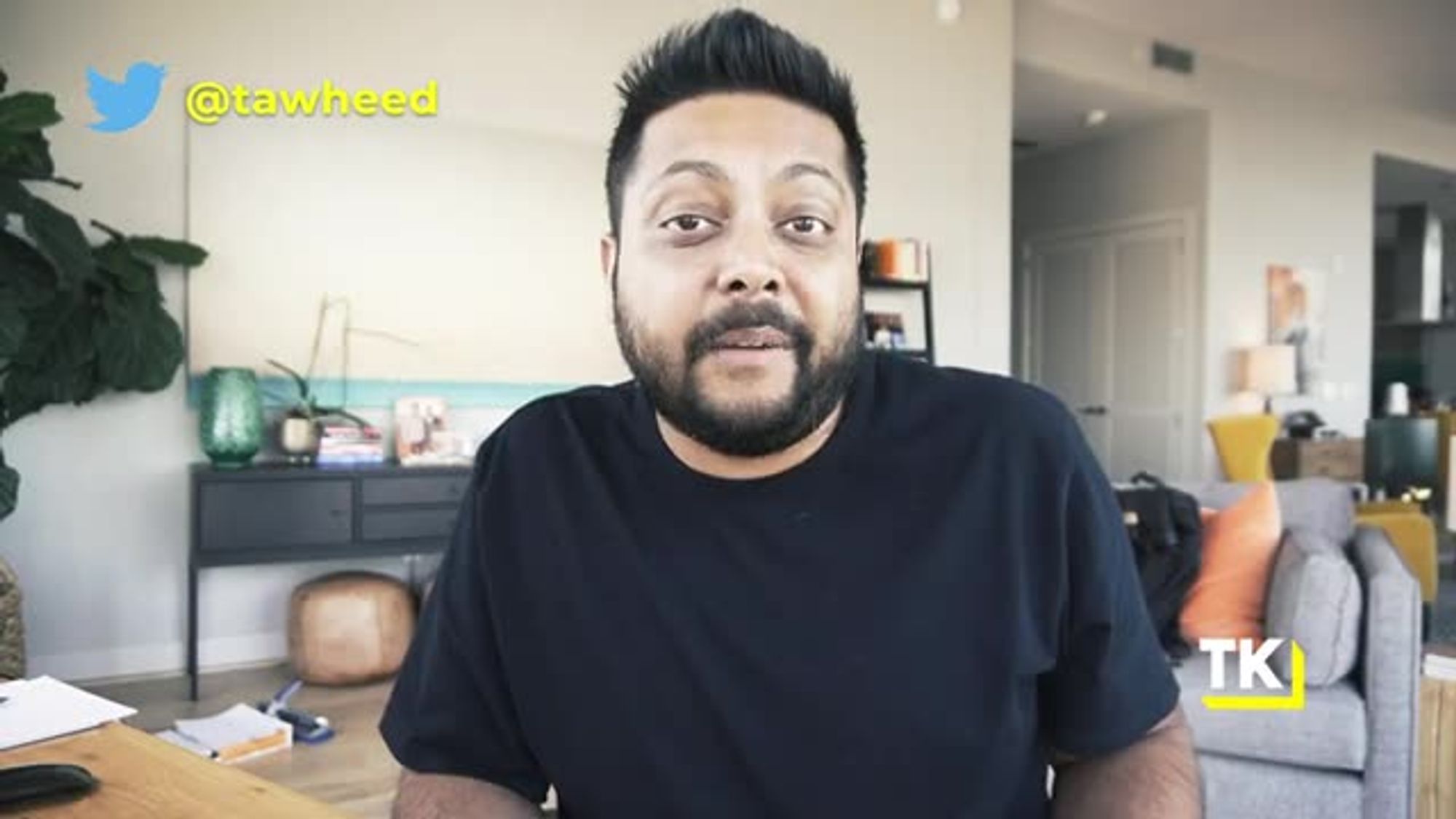
they might just go on
a really nice vacation,
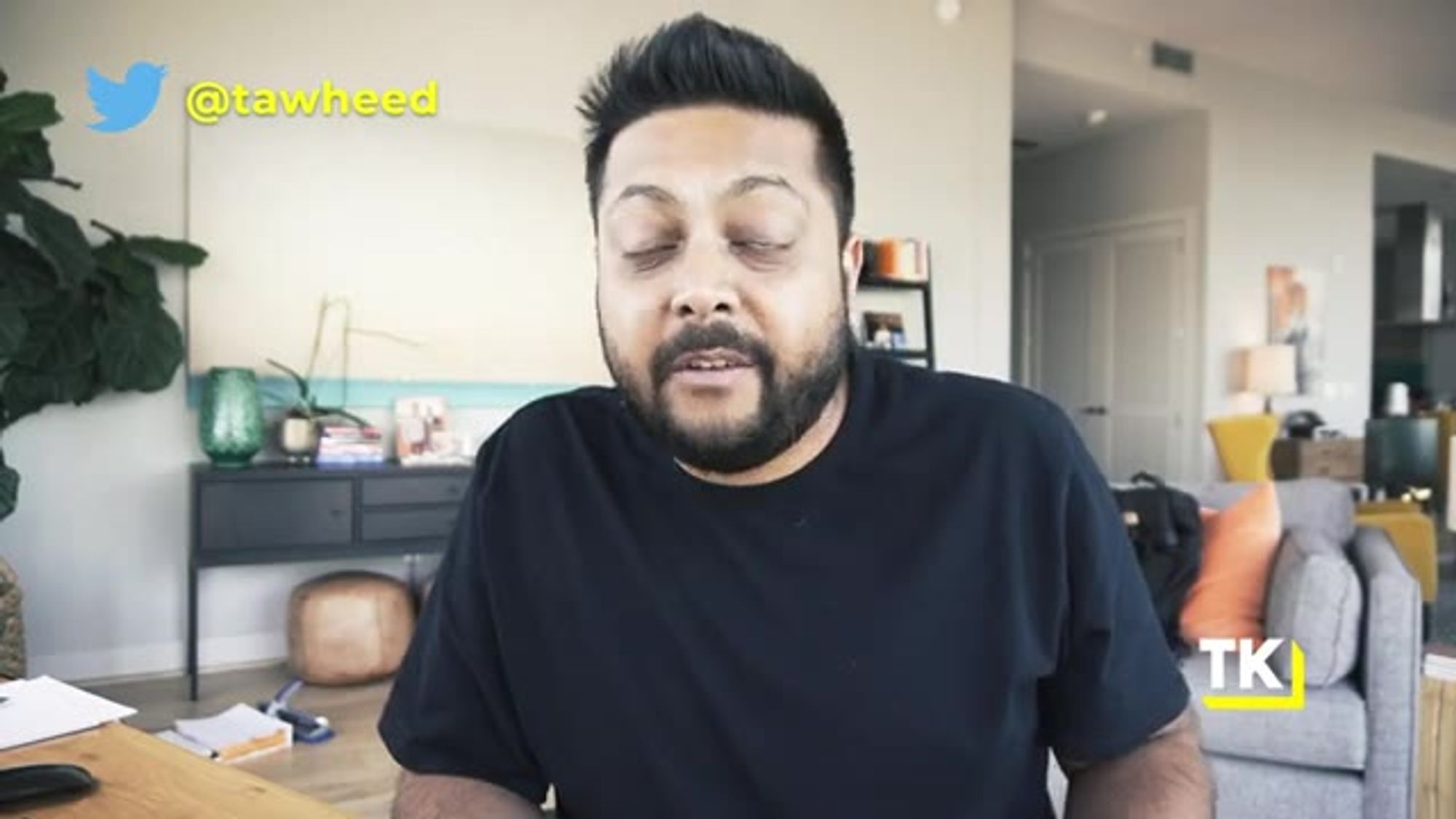
reinvest the money and it might stay

super stealth wealth about it.
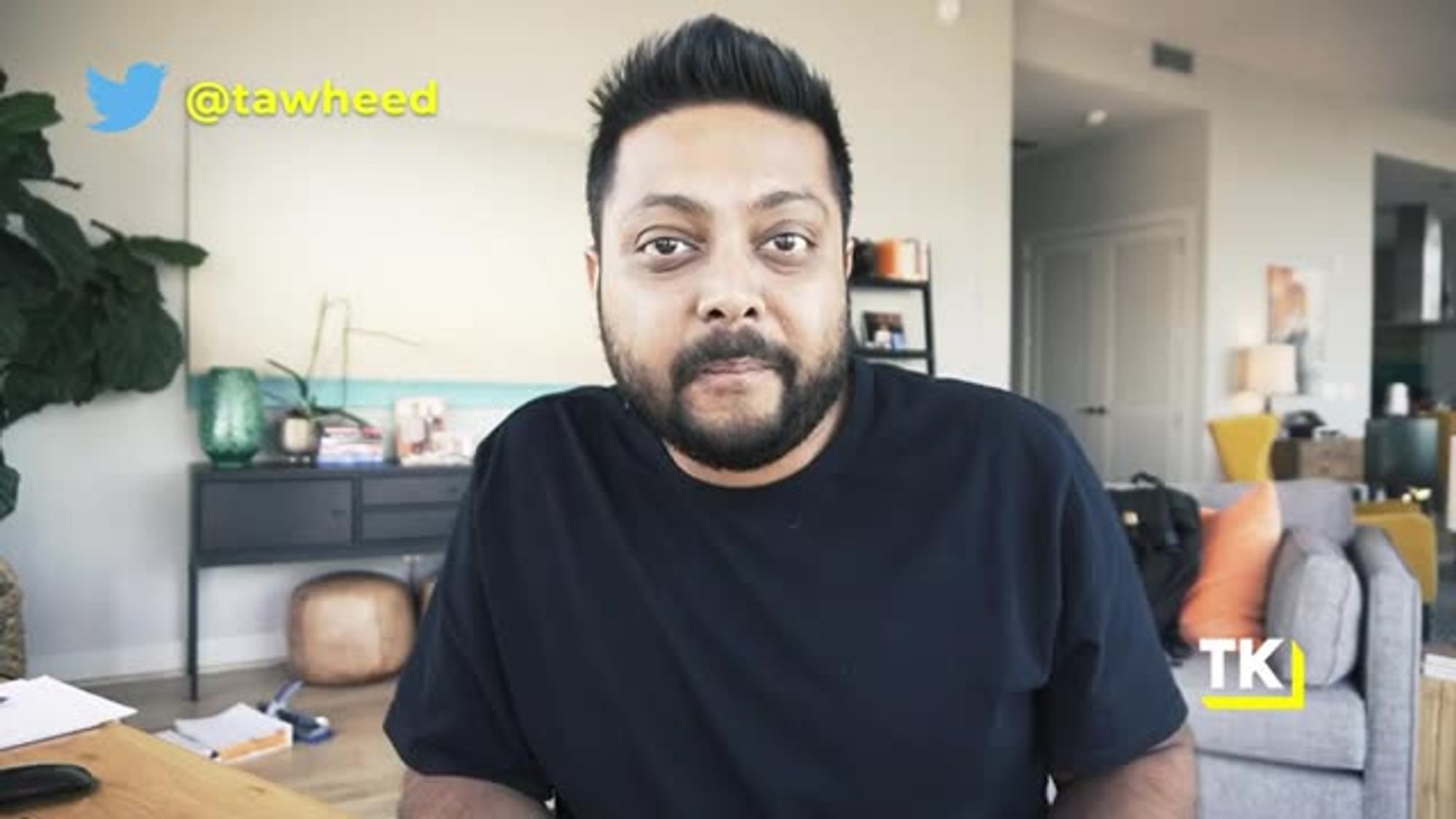
No one needs to write an article about it,
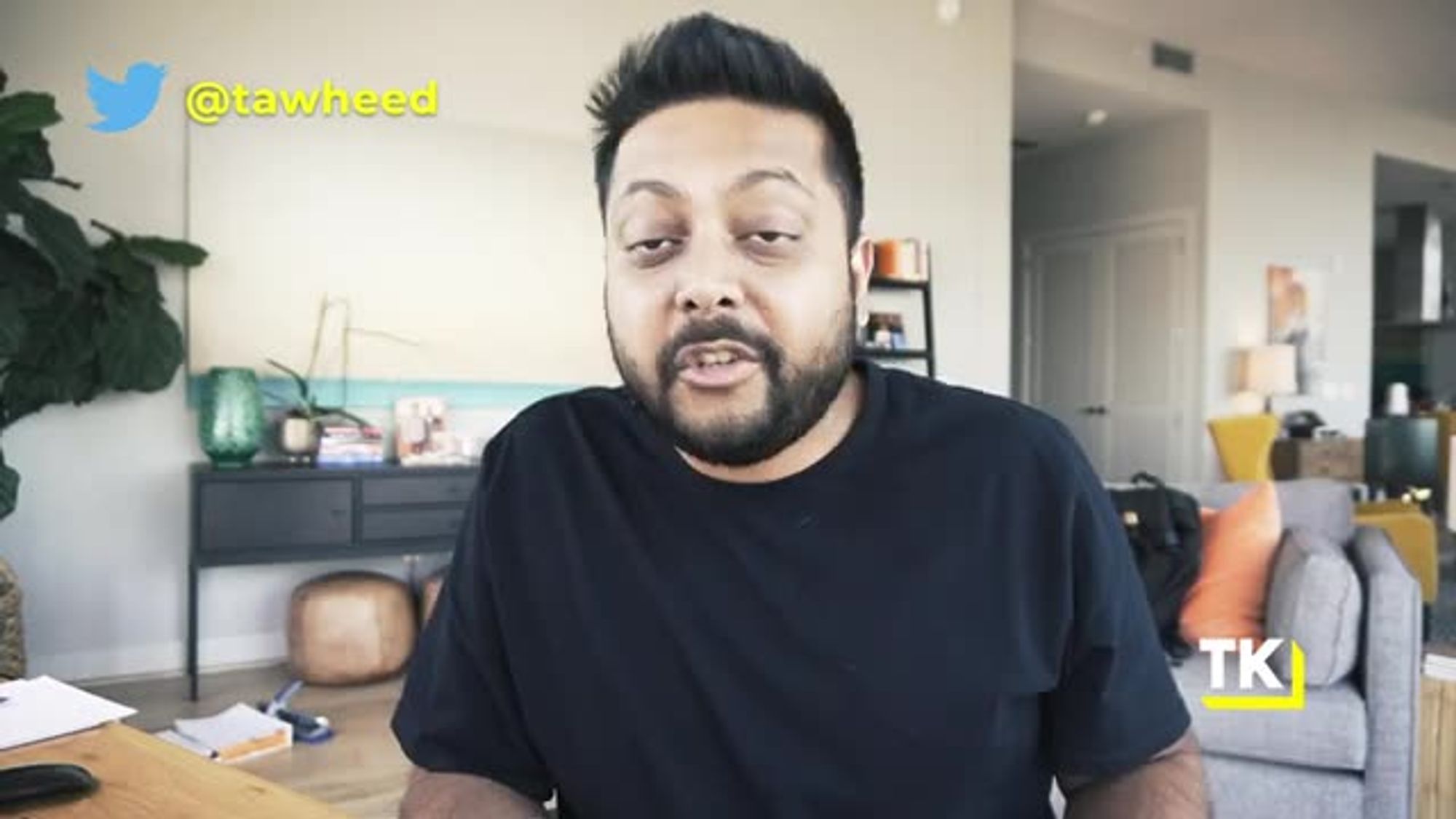
so you don't hear as much about them

and VCs always said, these
are lifestyle businesses
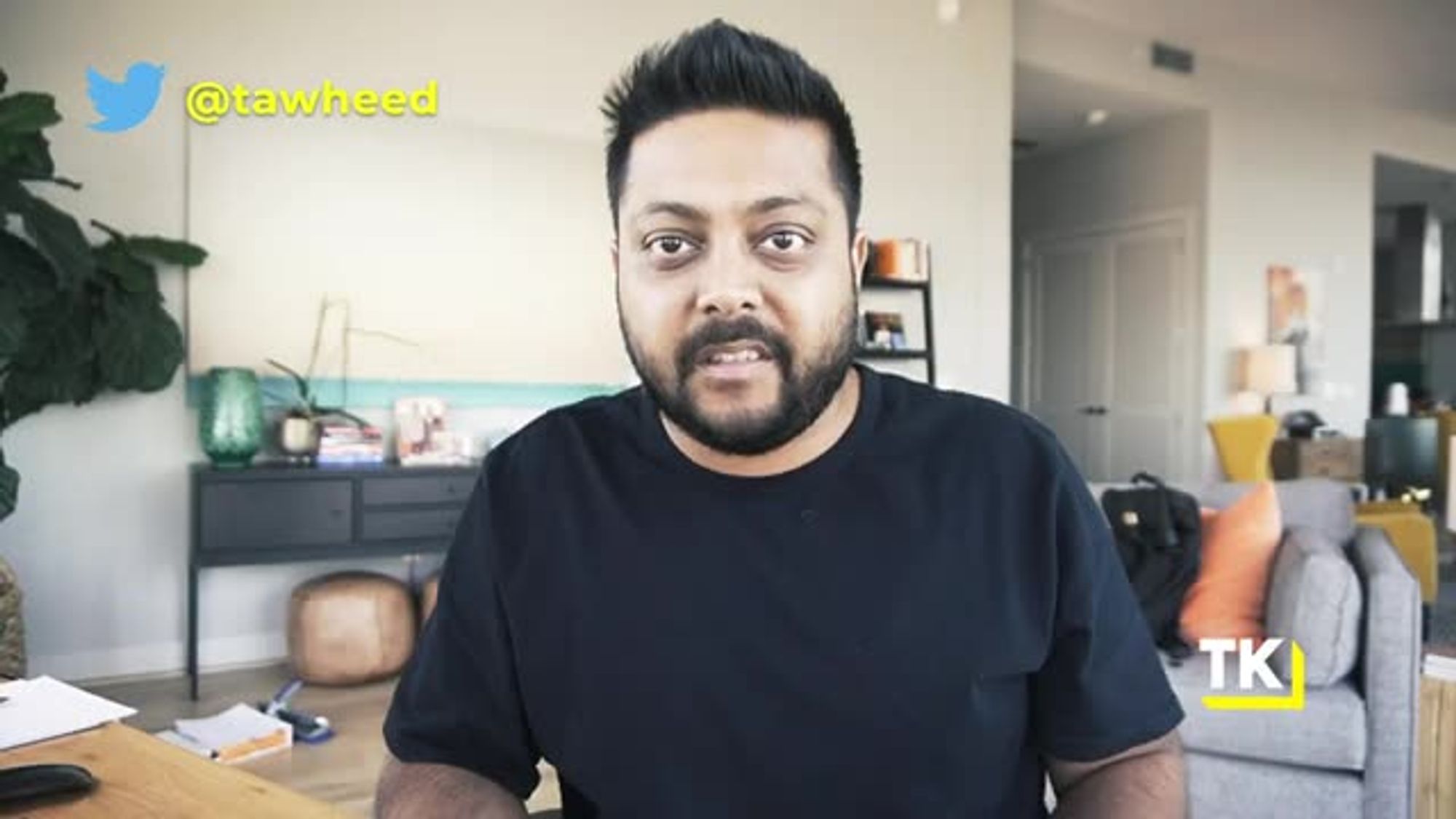
and the people that are
actually doing it are like,
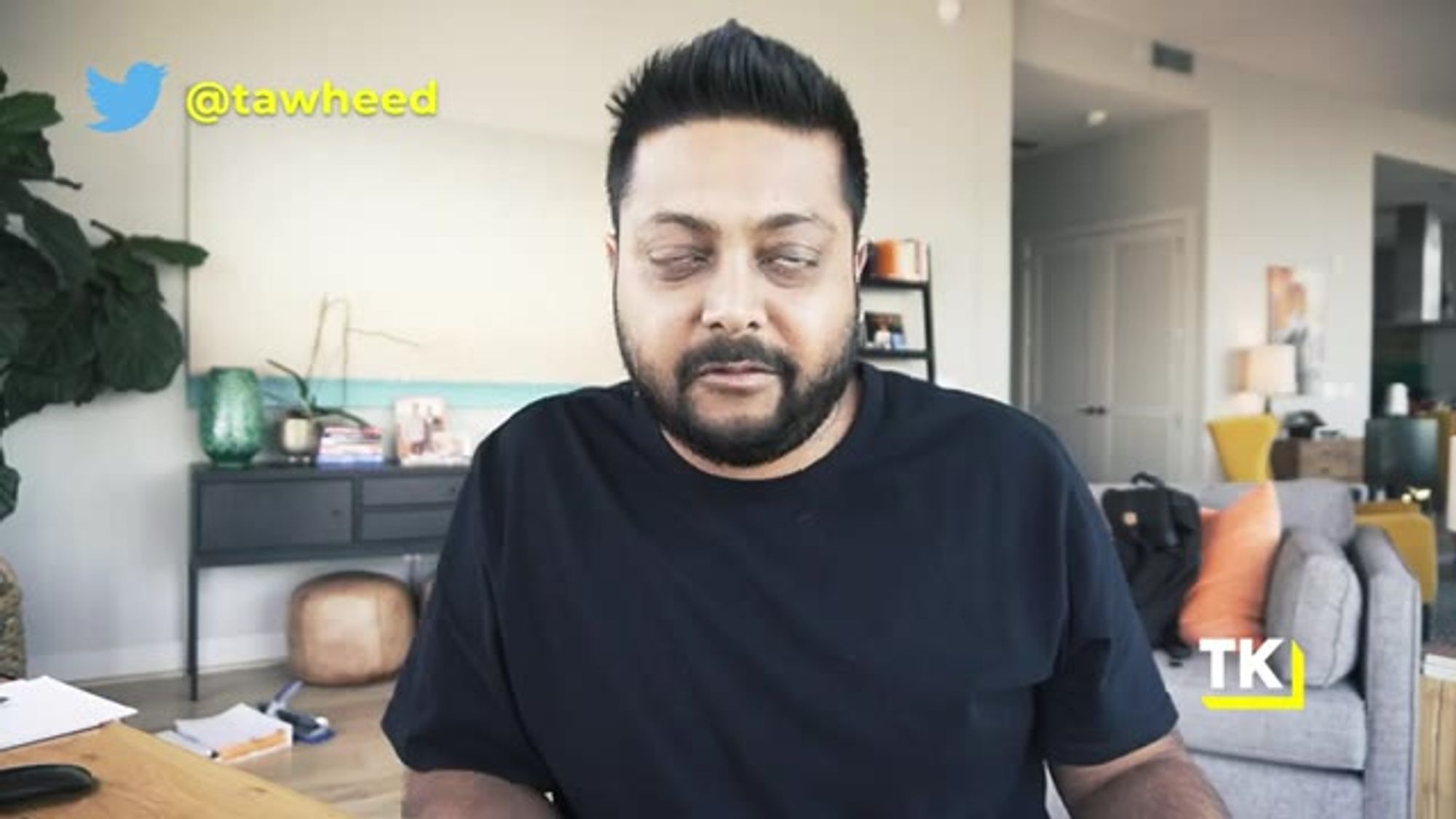
don't tell, don't tell,
don't correct them.

It's okay, we'll just keep our money

and that's why Micro-SaaS
ideas are so, so sexy
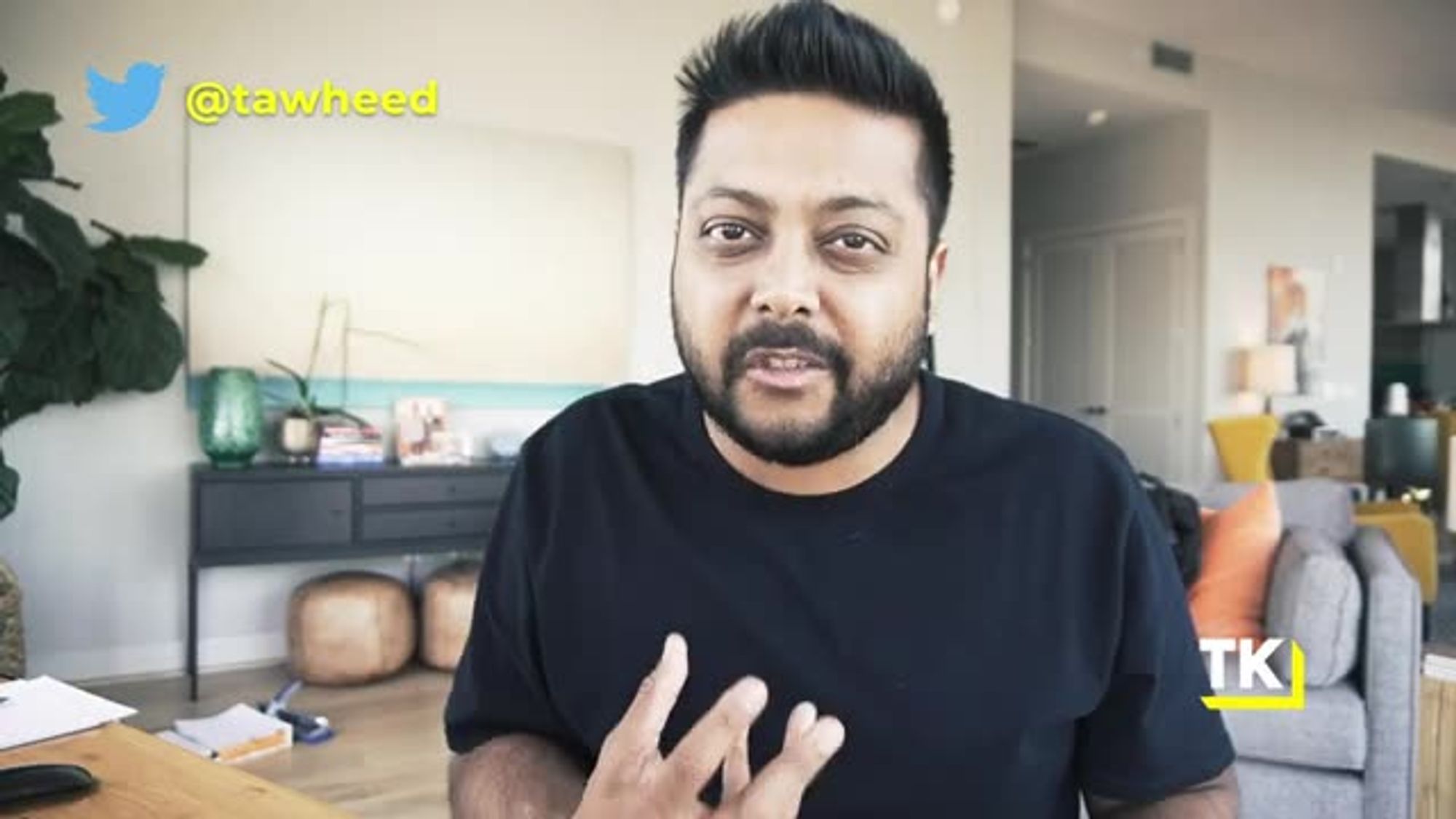
in this ethos of bootstrap,
profitable and proud.
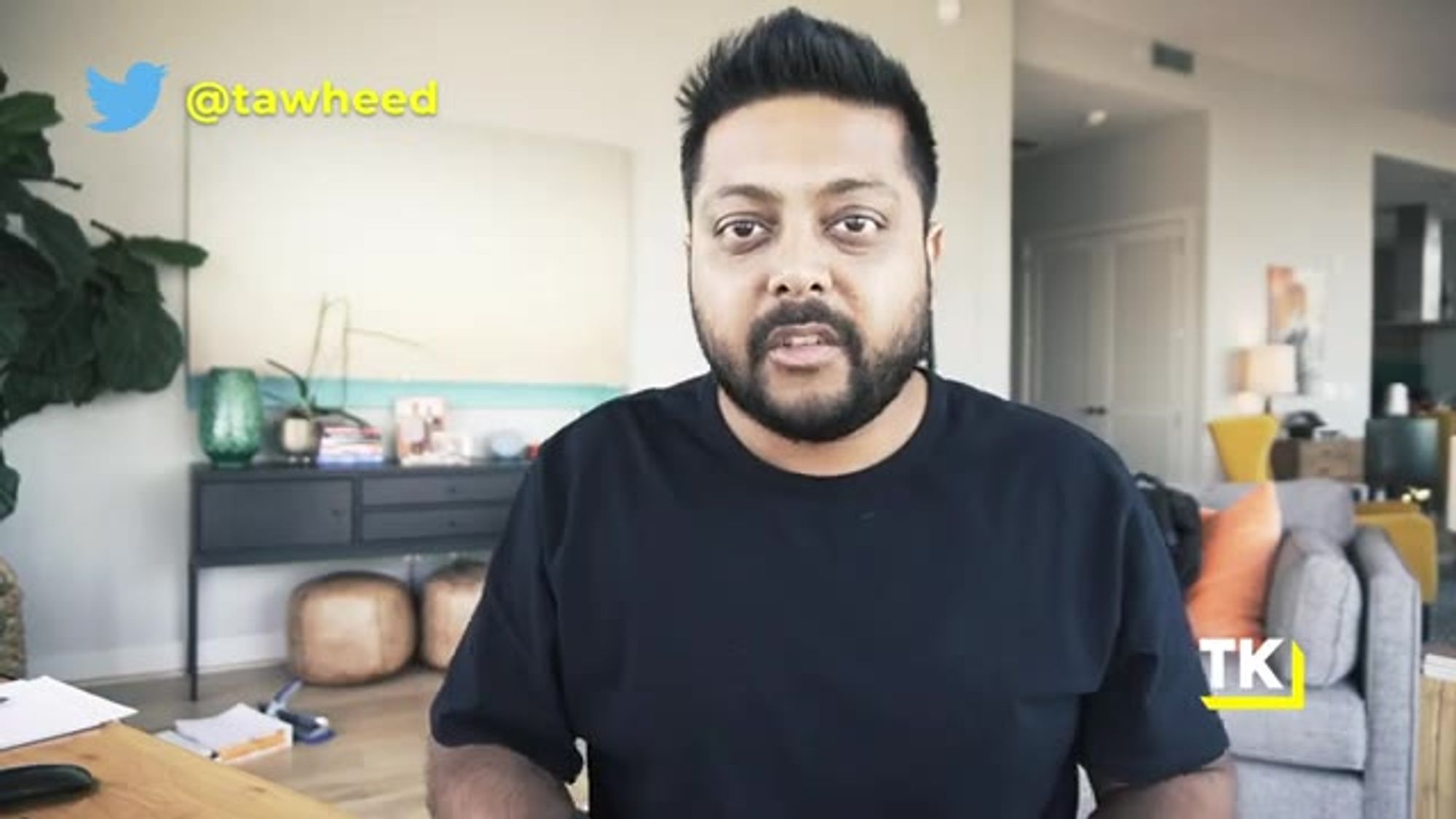
So in this episode, I'm
gonna walk you through
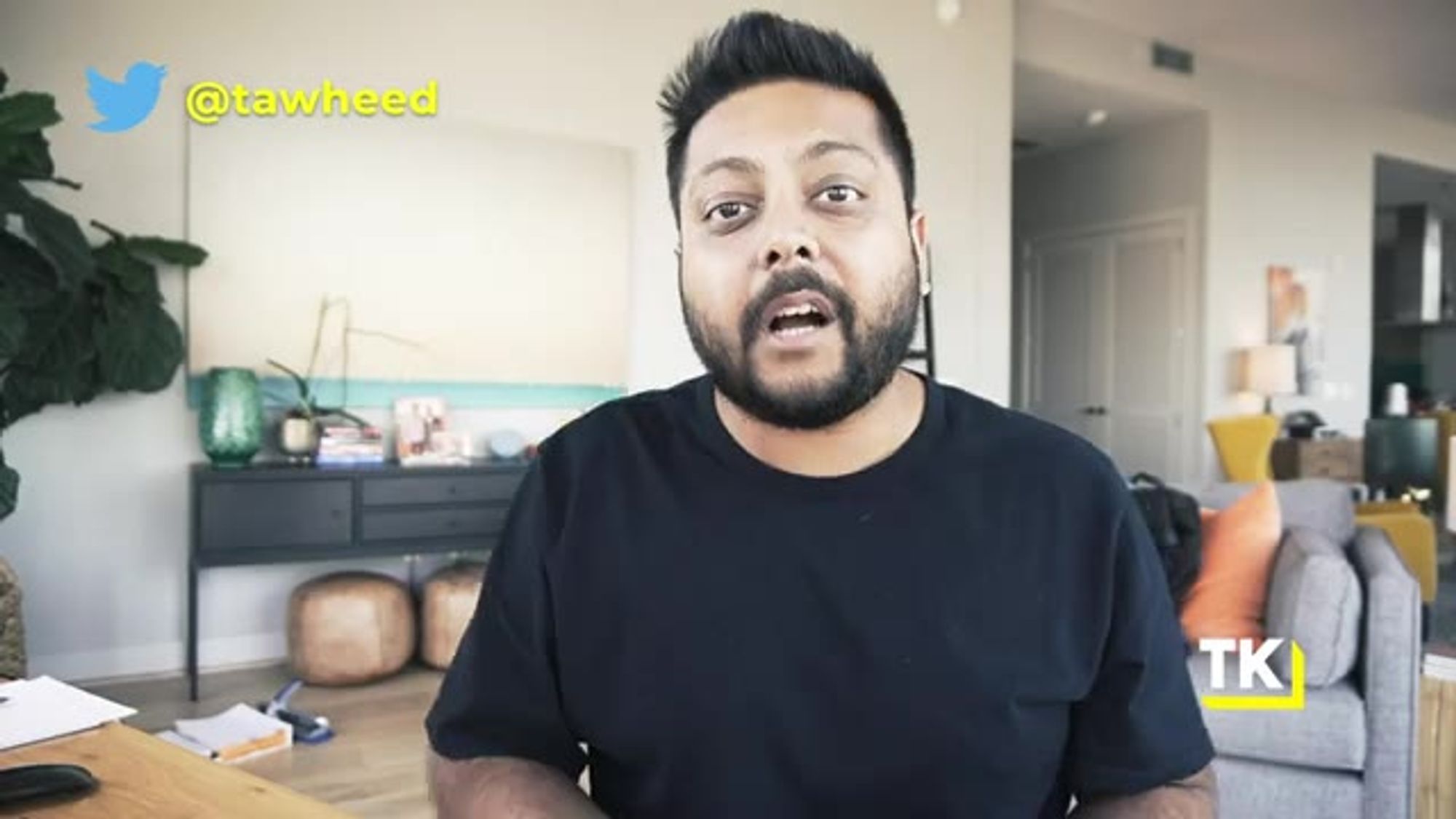
the three principles you
absolutely need to know.
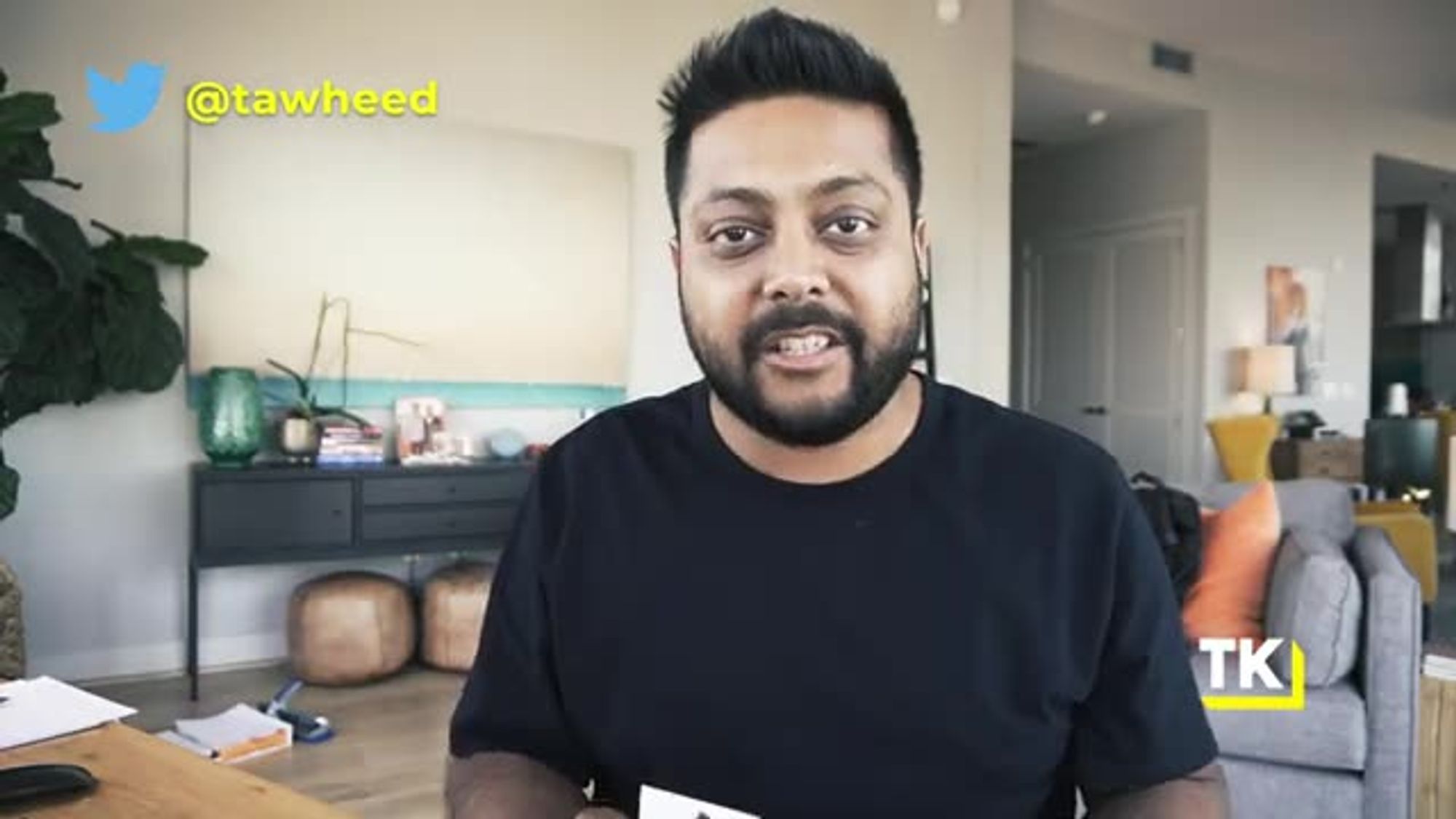
Let's jump into principle number one.
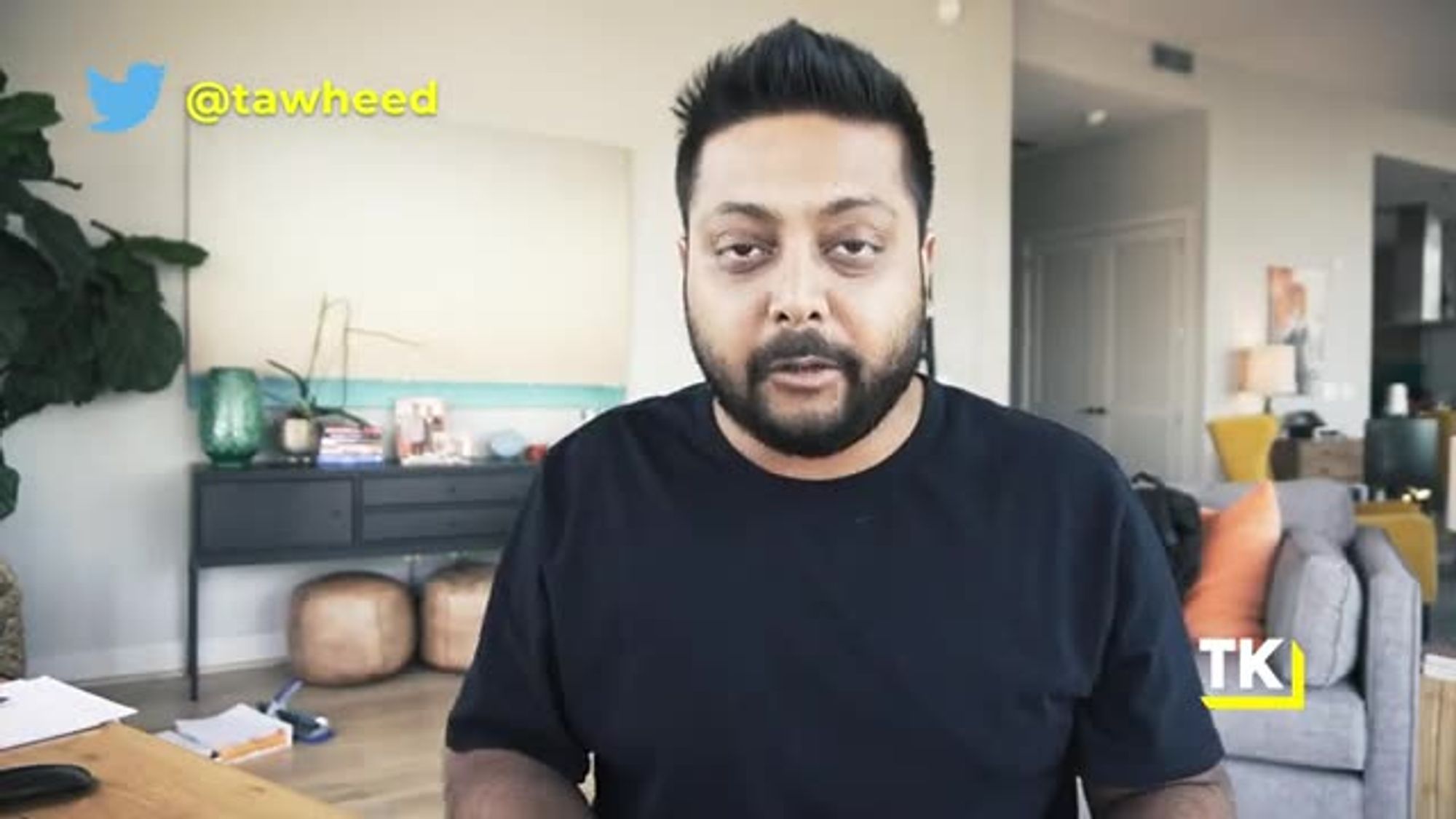
By the way, if you are excited to dig in,
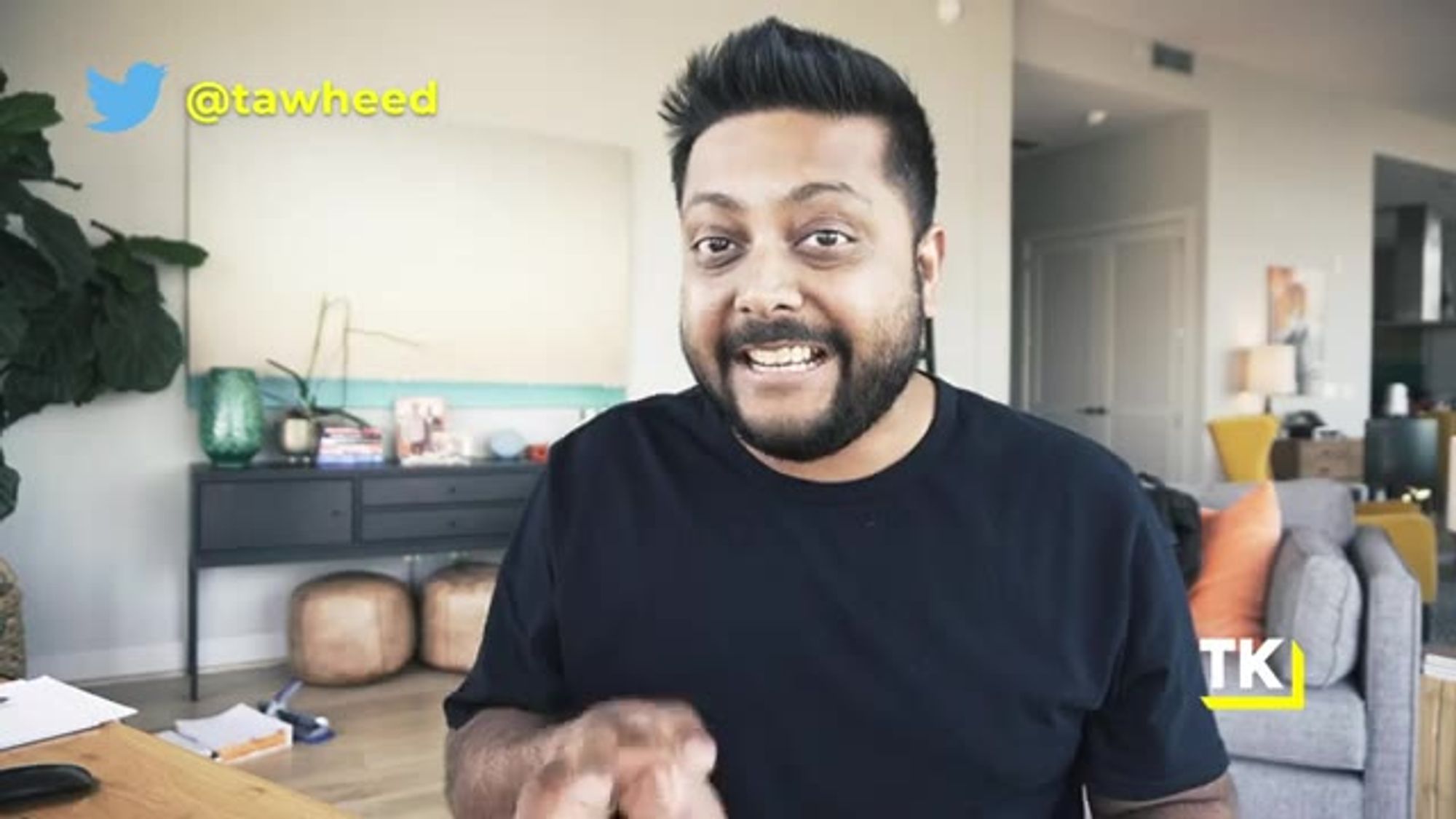
go ahead and smash that like button

for the YouTube algorithm
if you haven't already.
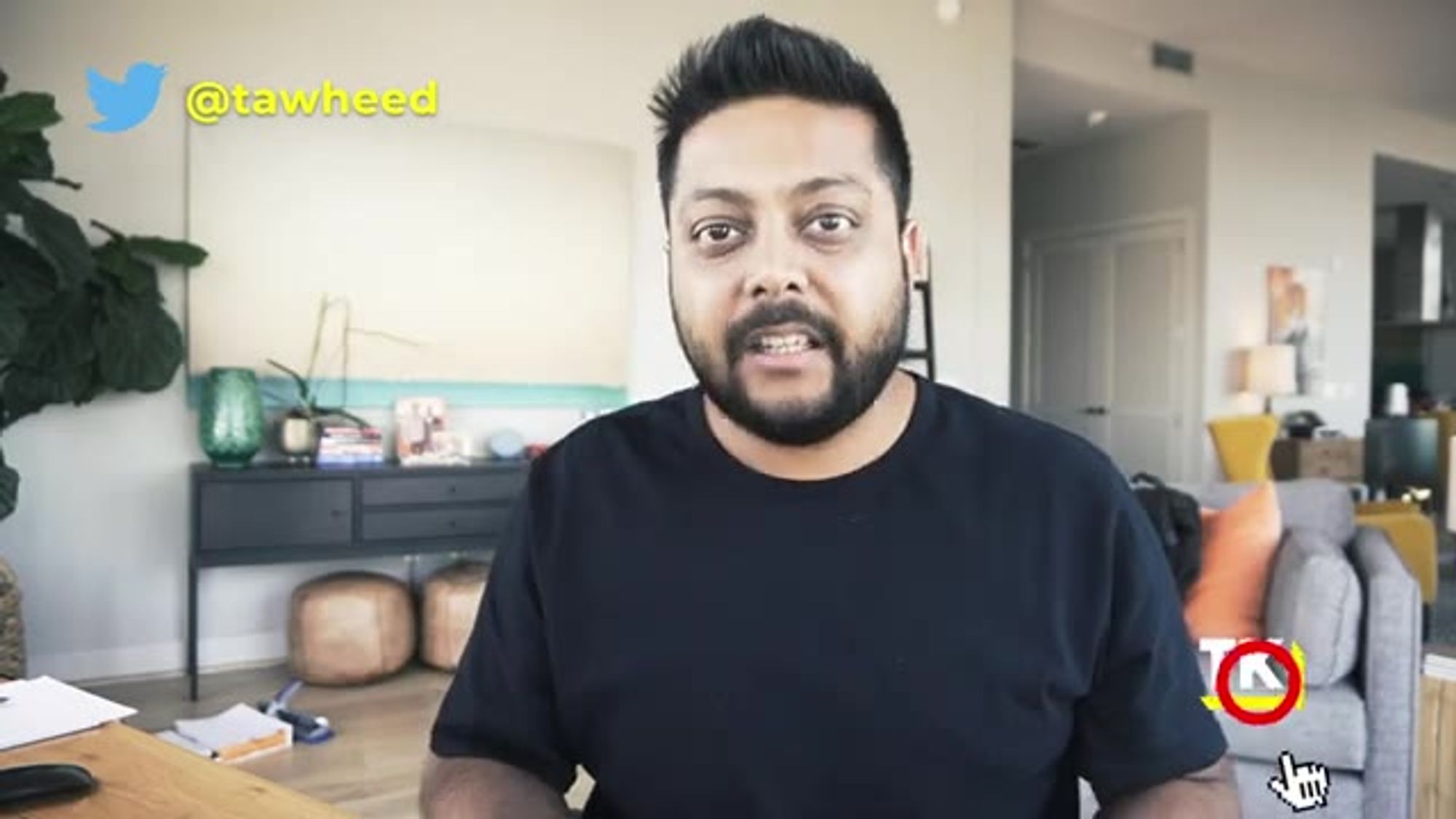
Let's go to principle number one.
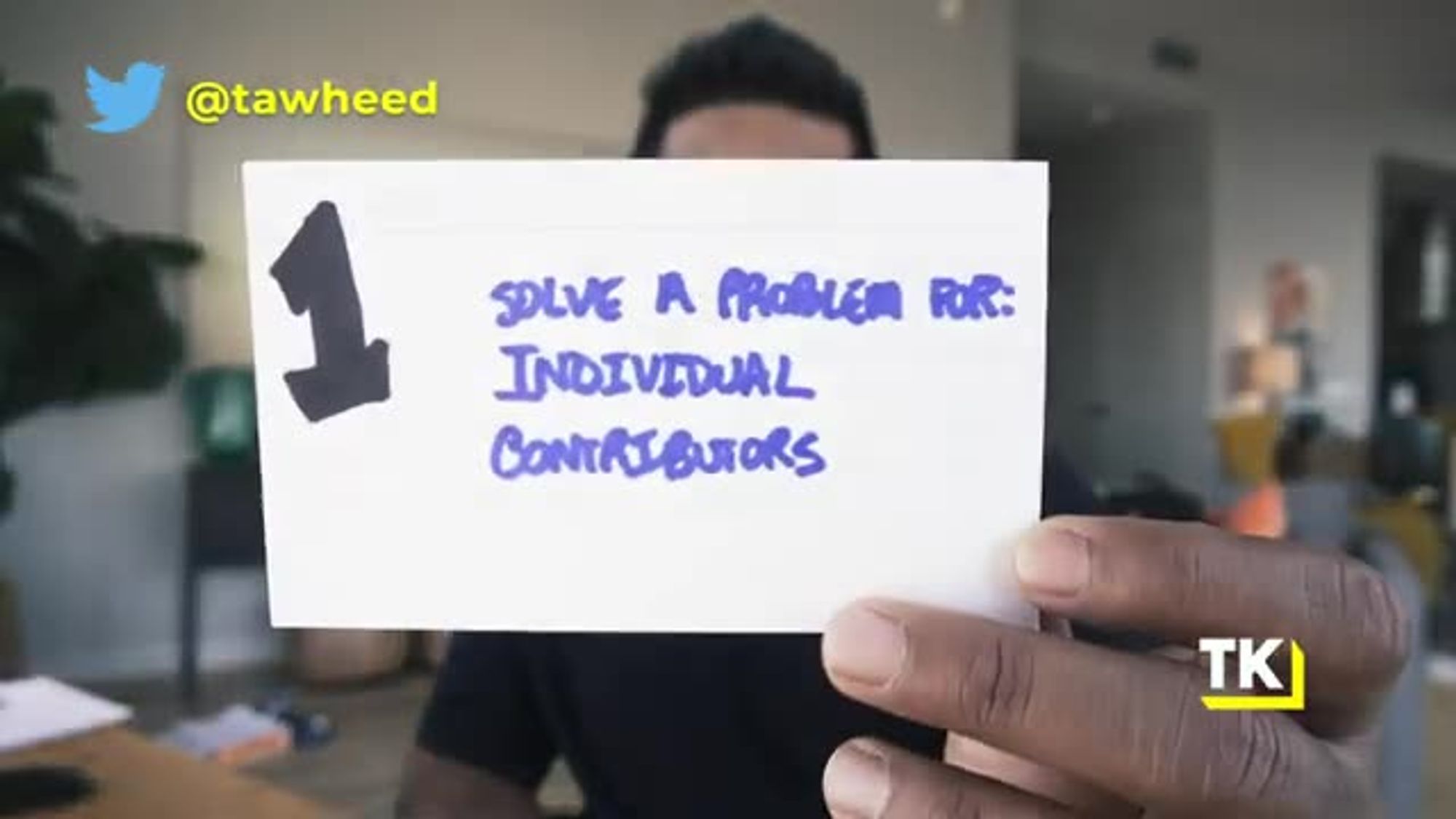
So principle number one for an
effective Micro-Saas business
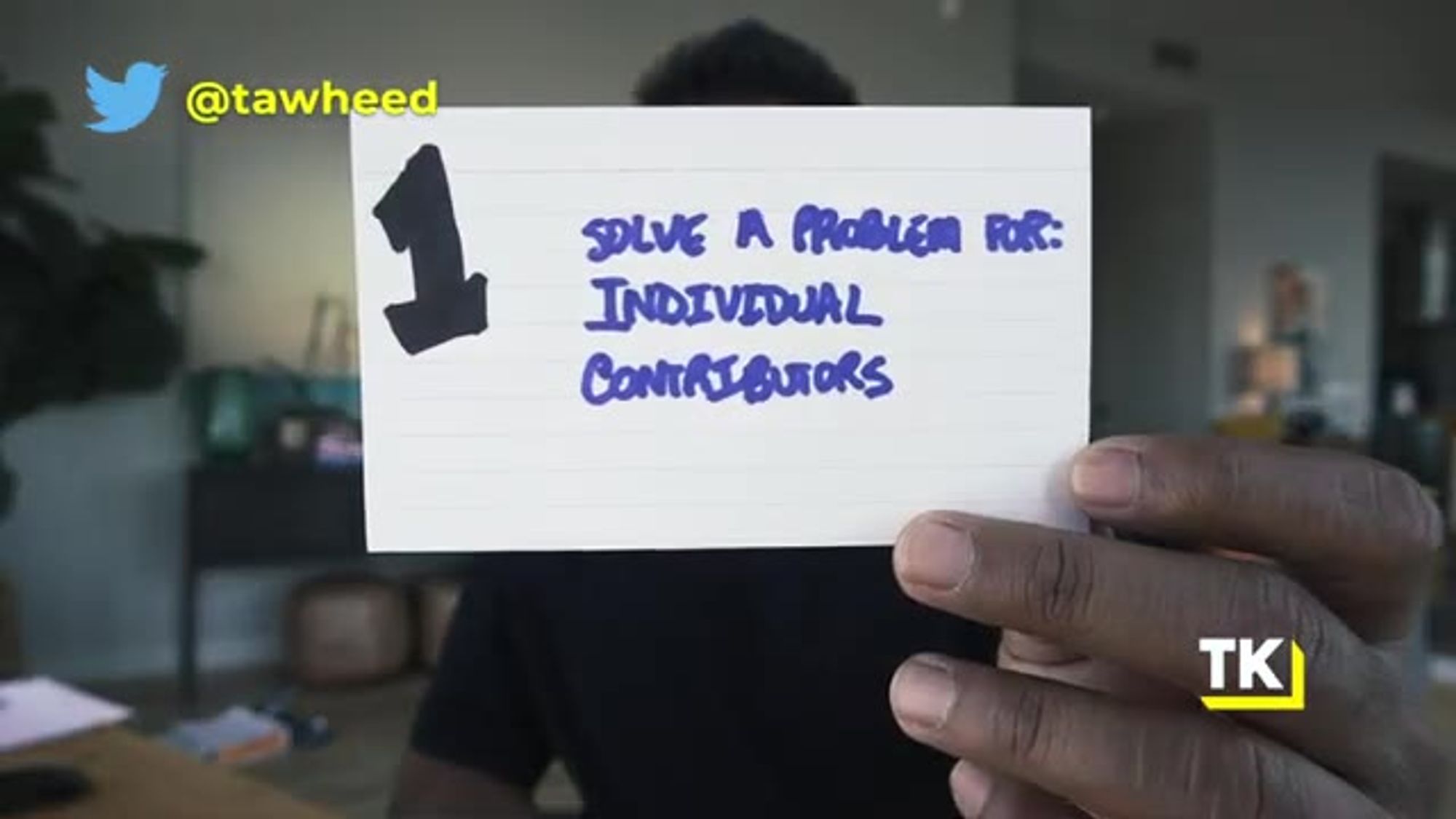
is you wanna solve a problem,
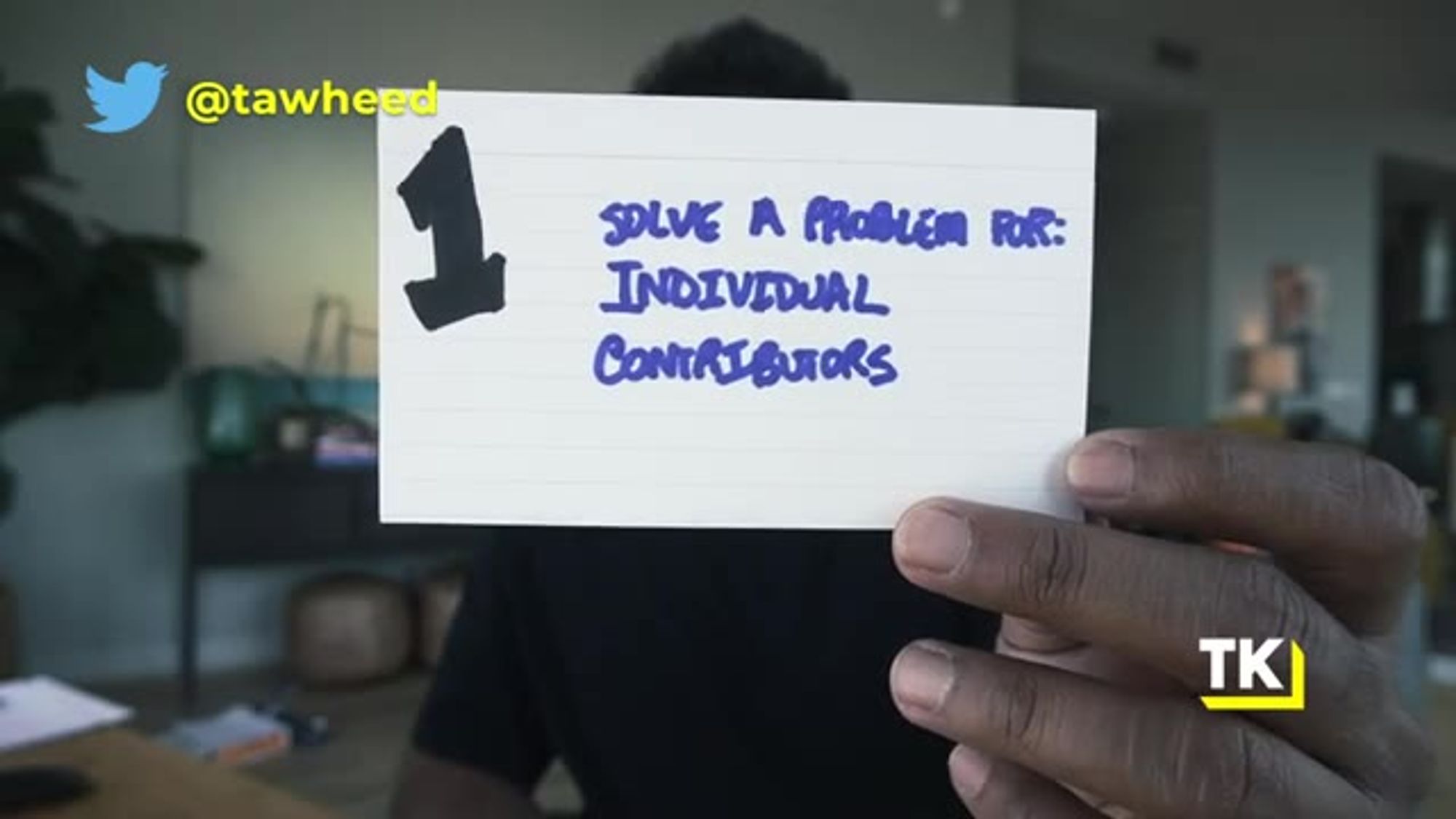
ideally for the individual contributor.
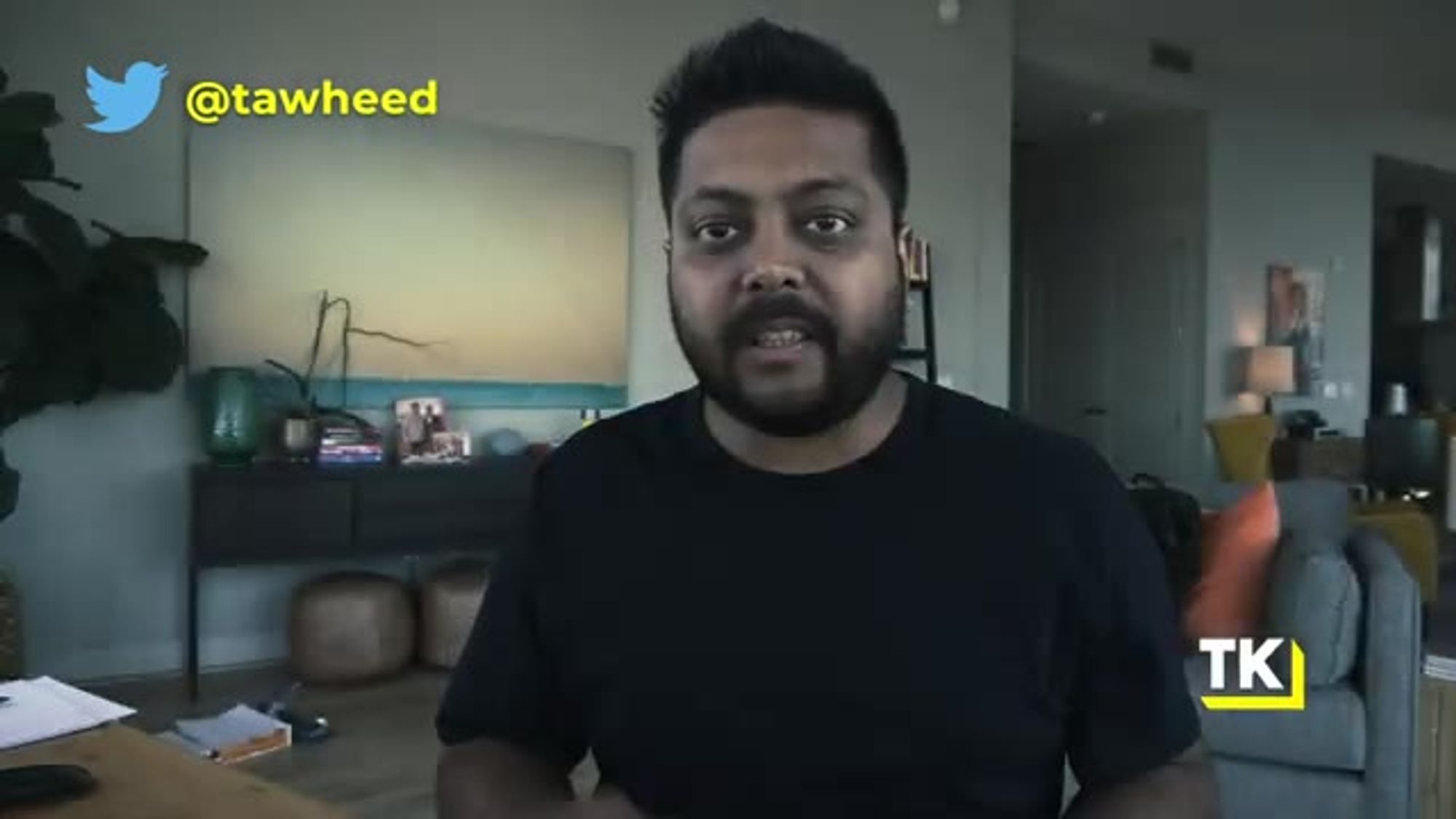
This, I think, what I
found in all my analysis
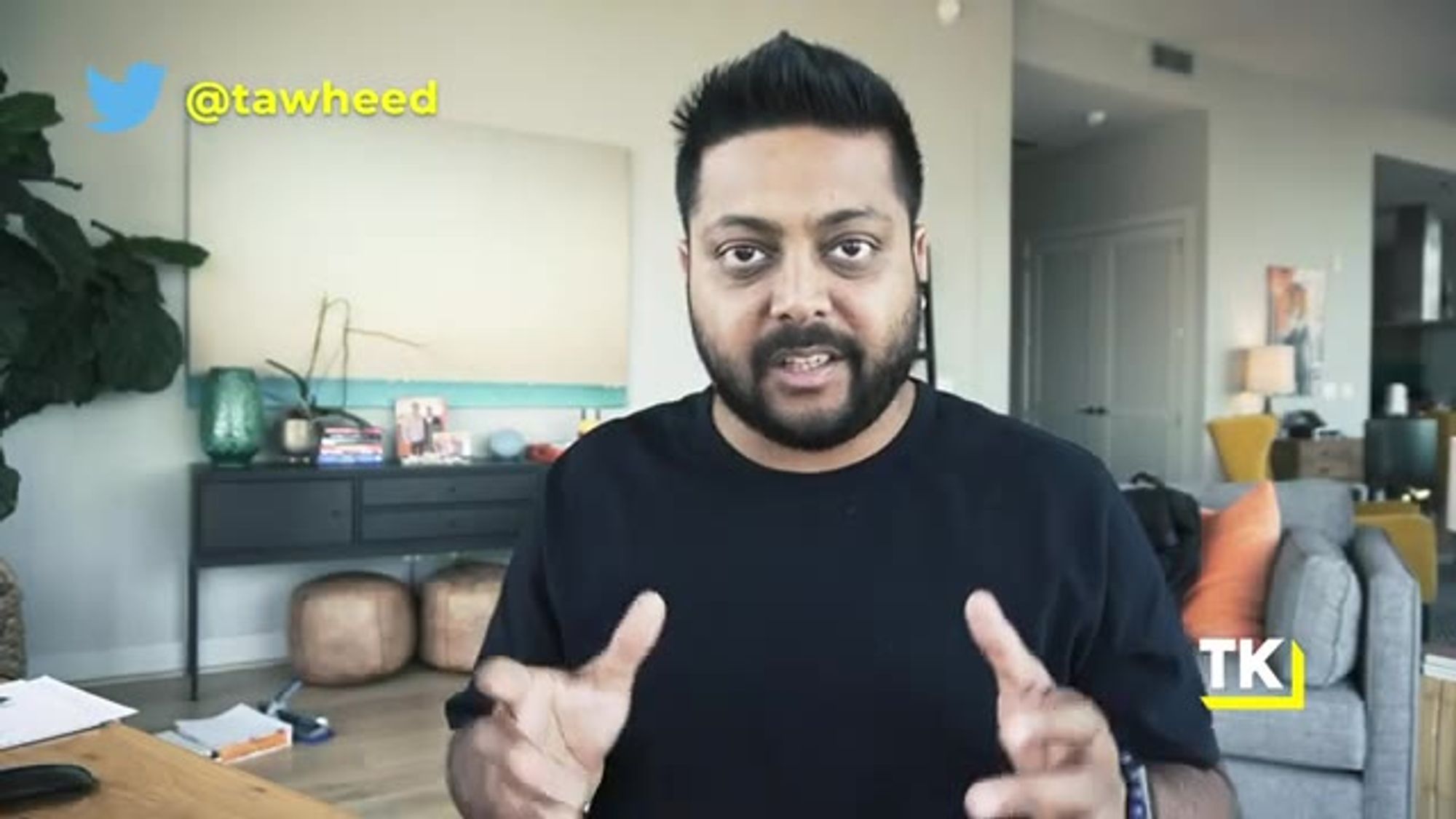
of Micro SaaS businesses
that are doing well,
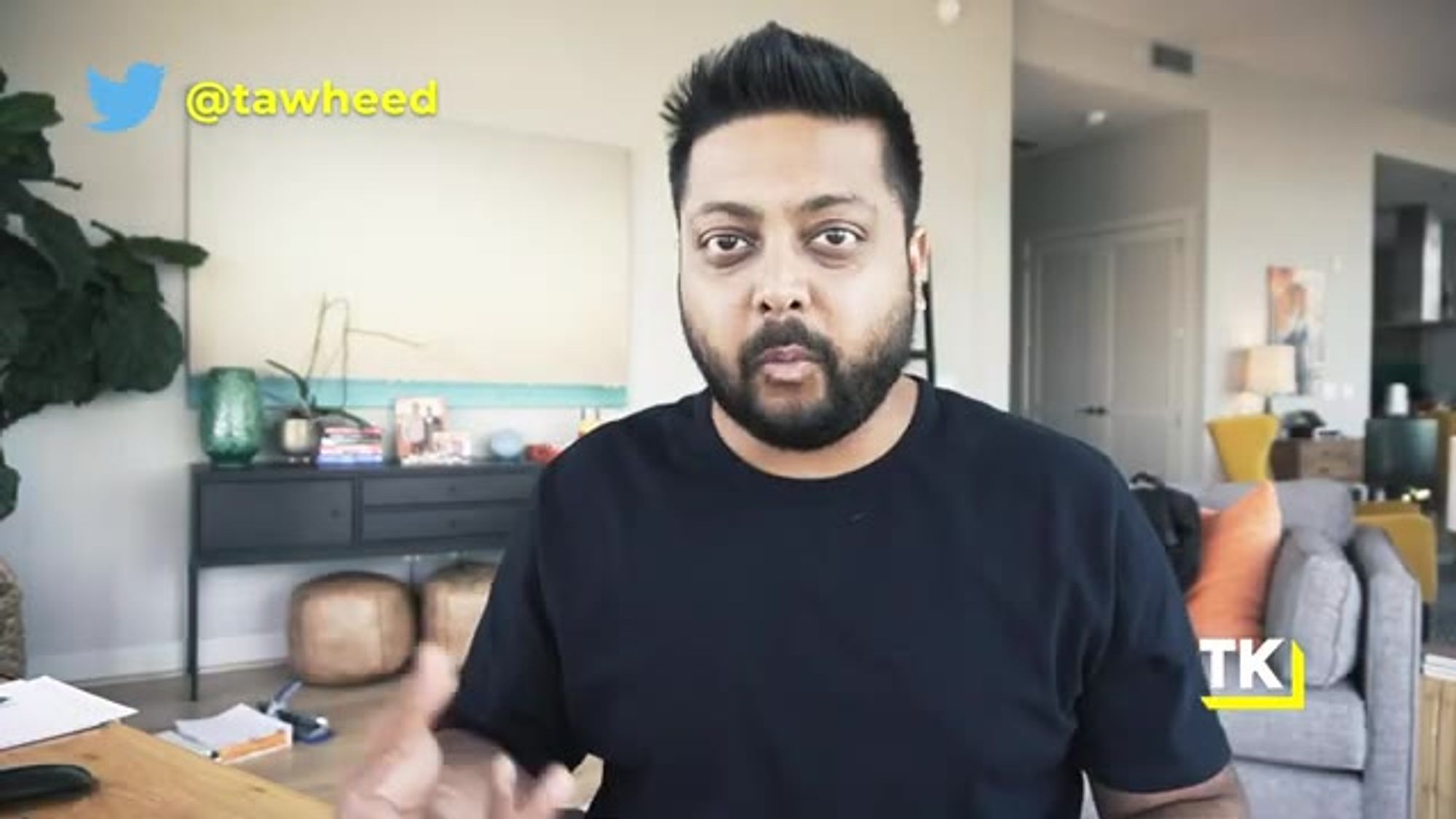
the ones that were scoping
out to build as well,
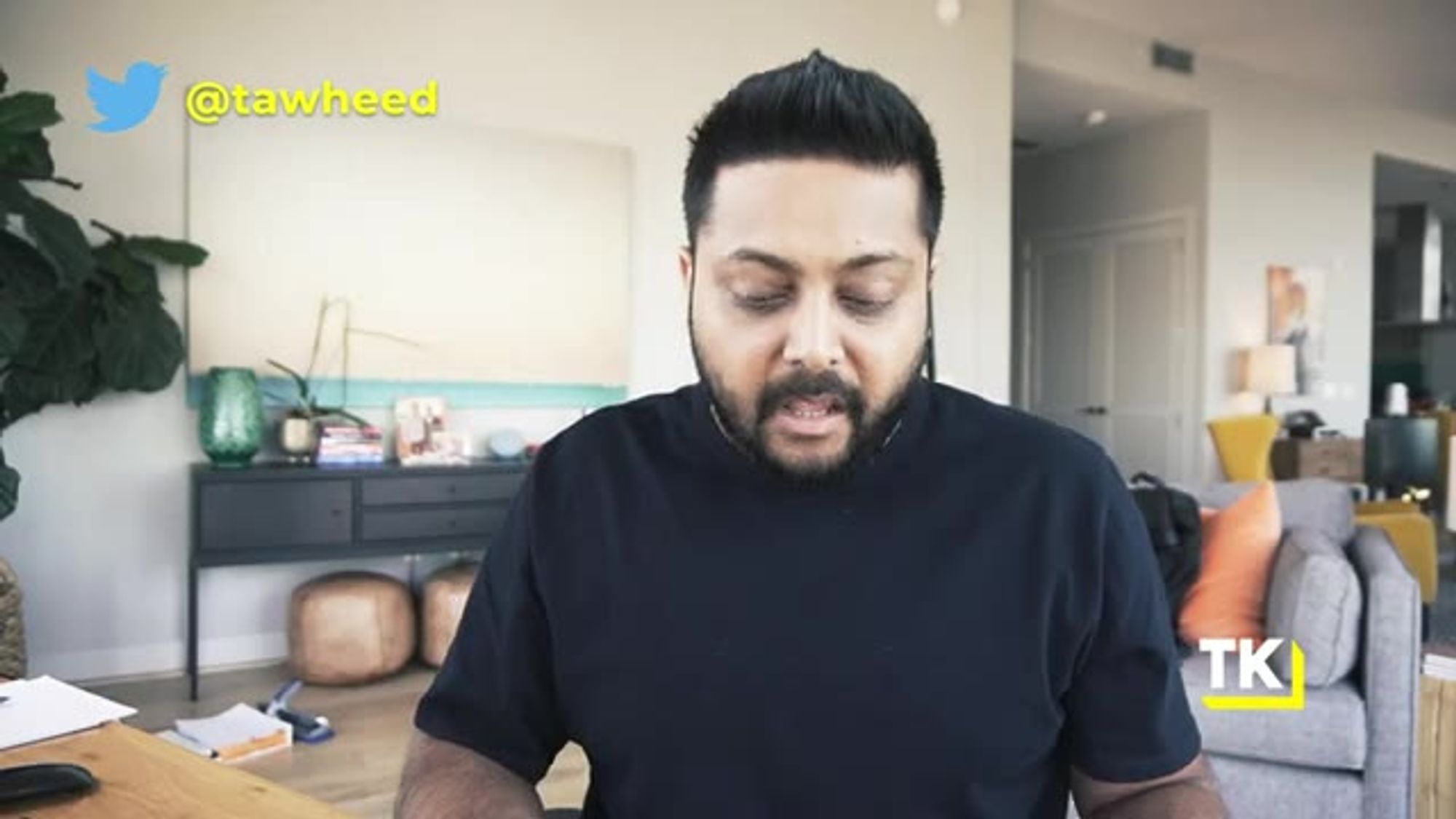
were gonna be building a few or testing,

we've been testing a few,
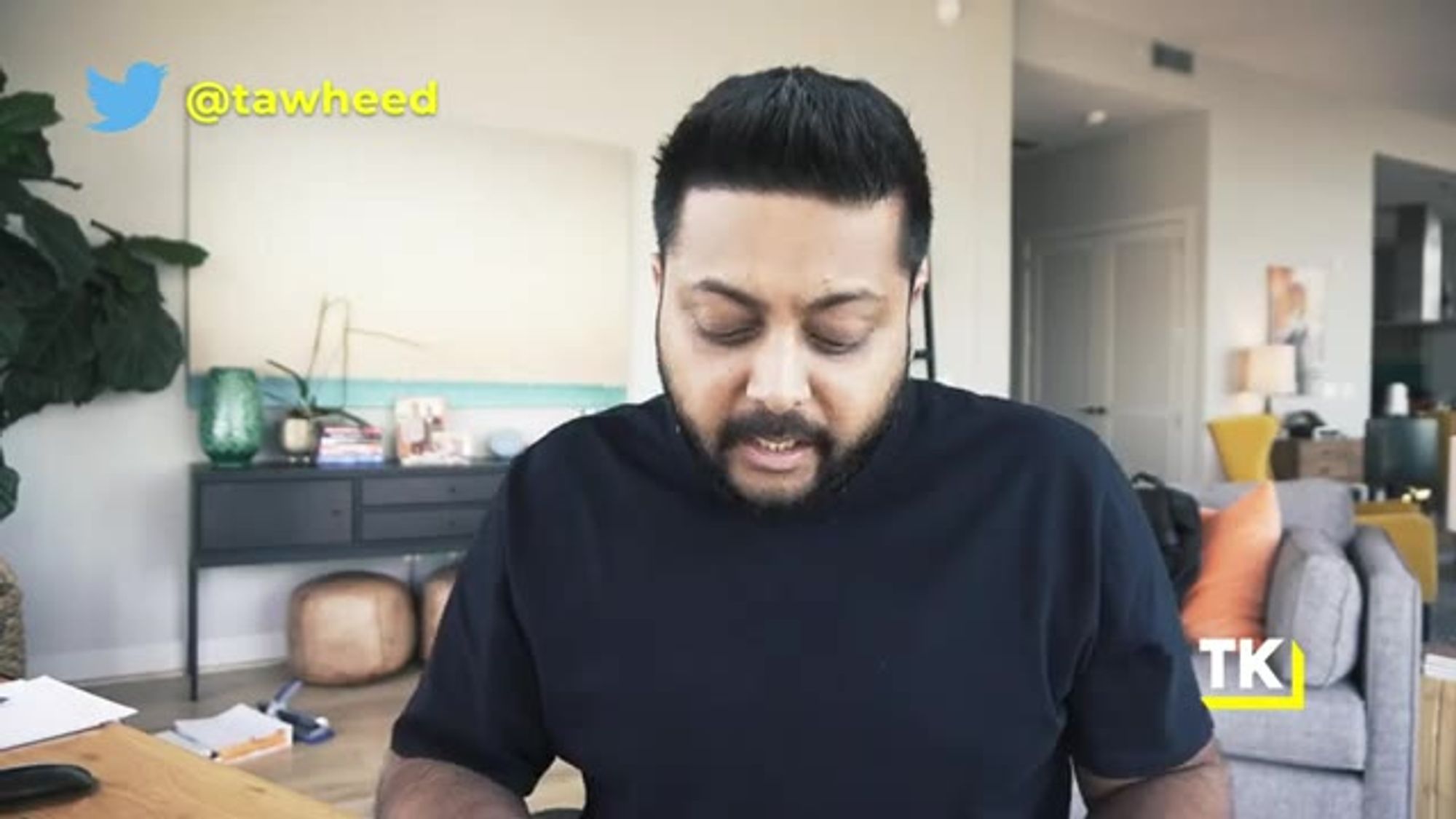
is to solve a problem for
an individual contributor.

Here's why, Micro SaaS
businesses work better
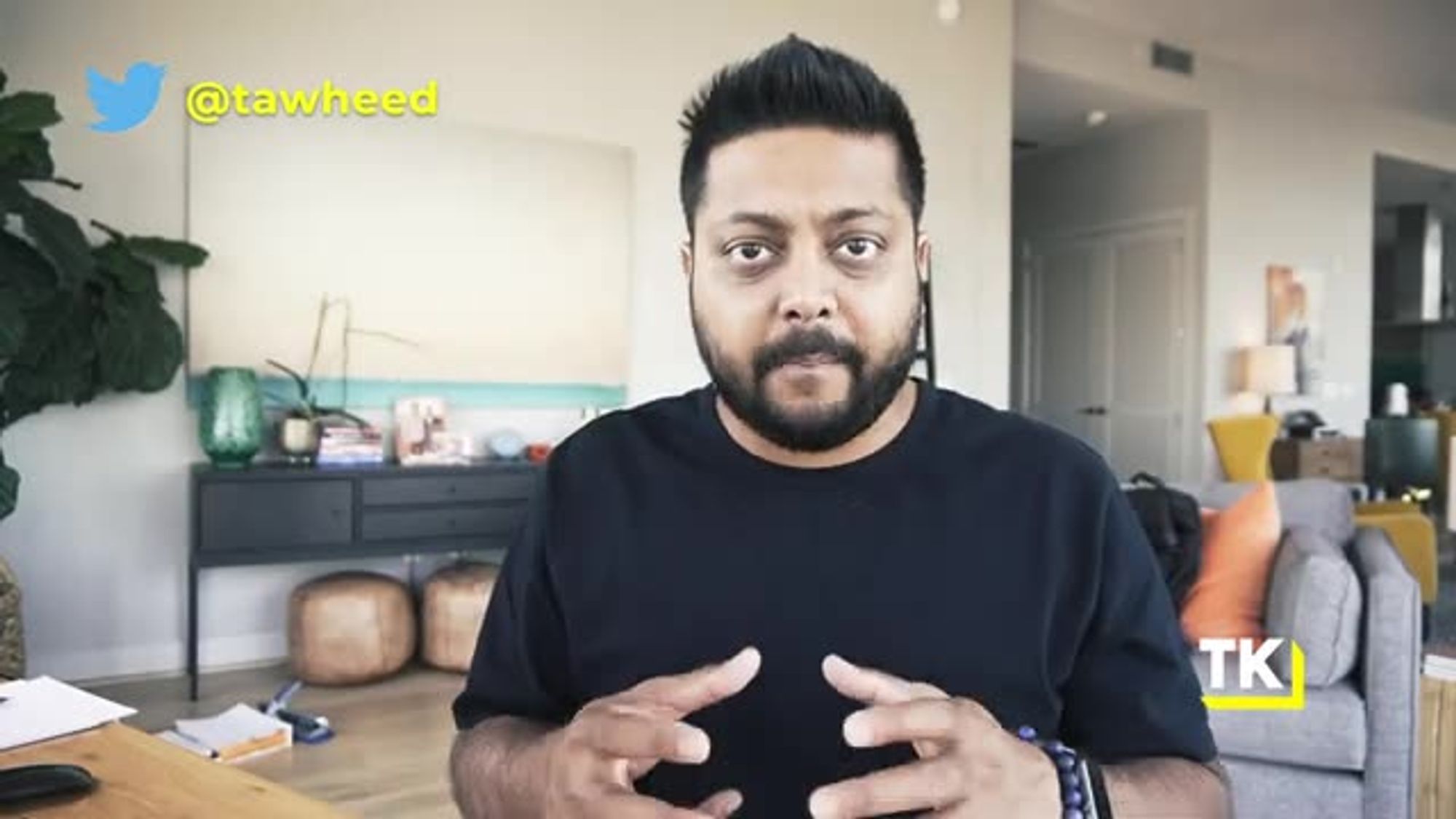
when you're just solving for the user
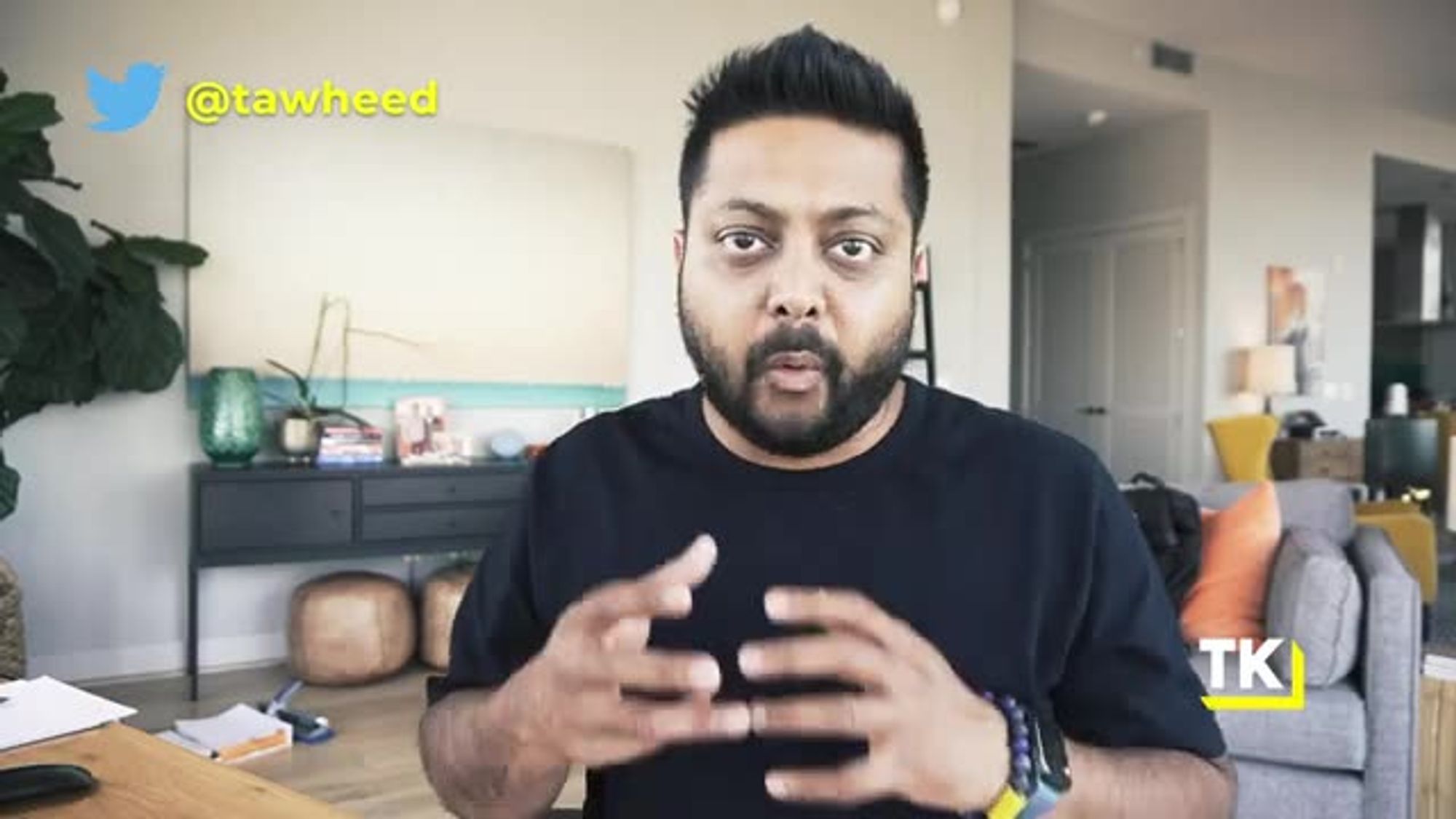
and the user is the one buying
and that's end of story.
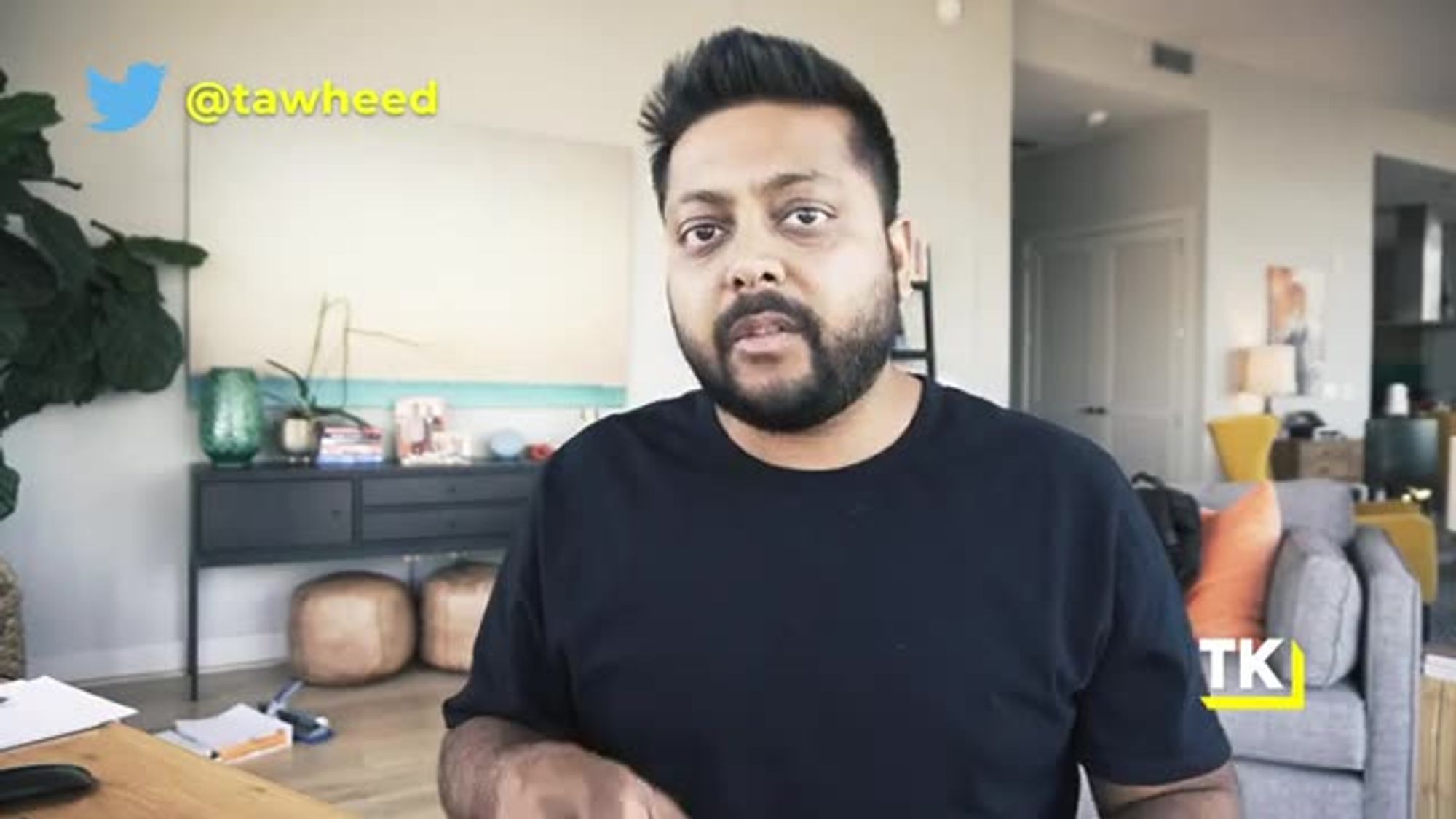
As soon as you have a SaaS business
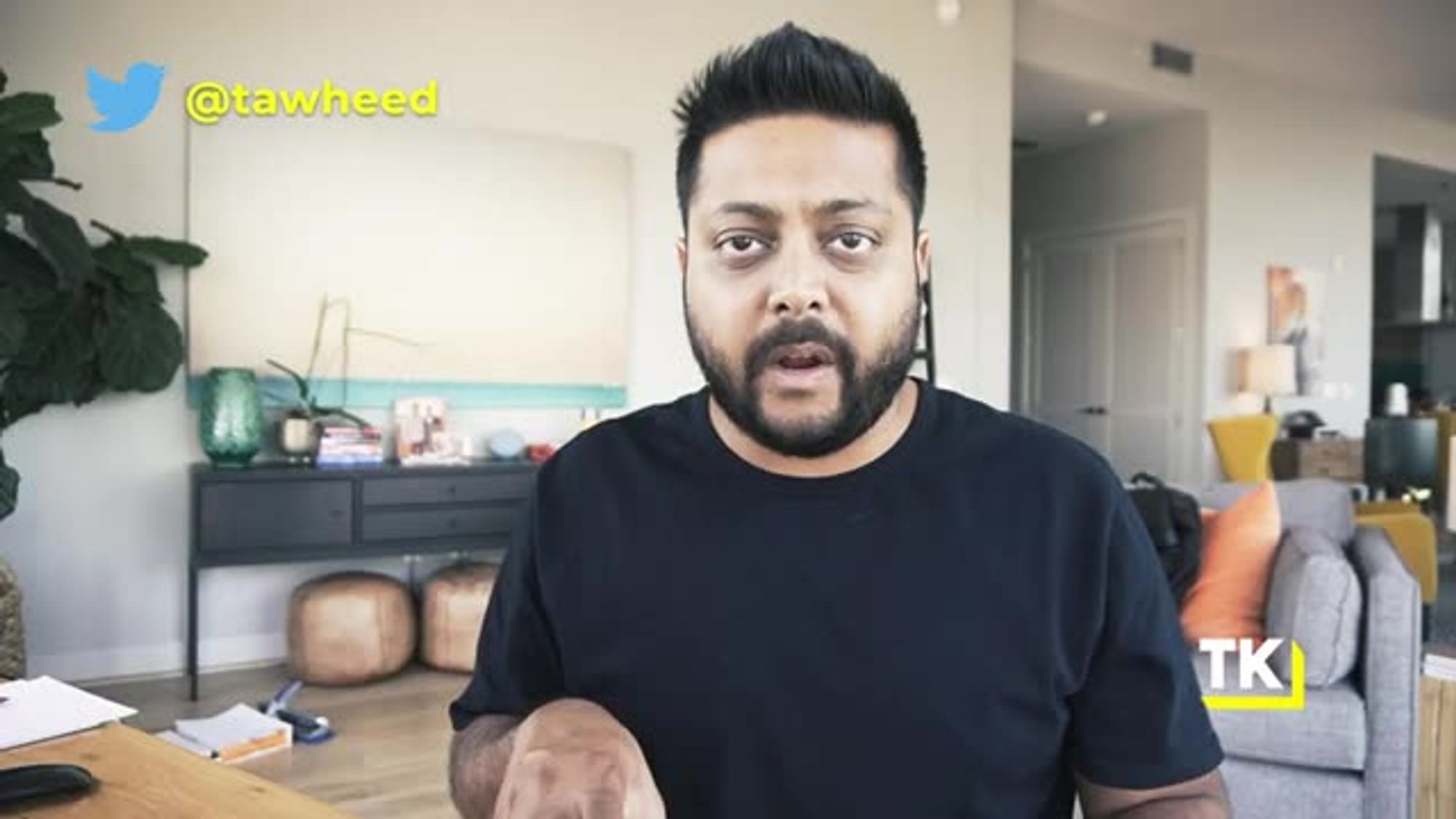
where it's selling to a decision maker,
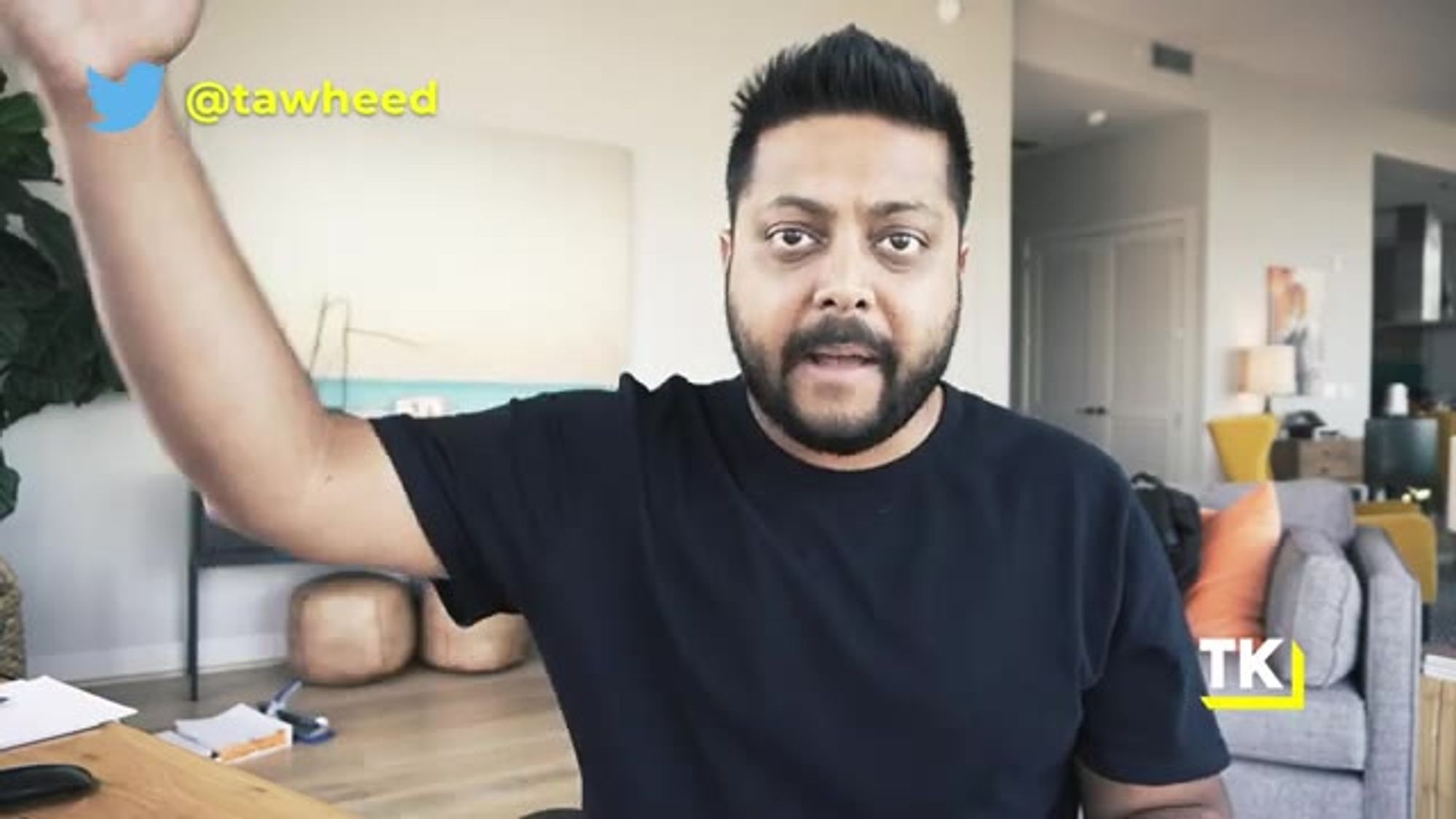
that's a manager and there are other users
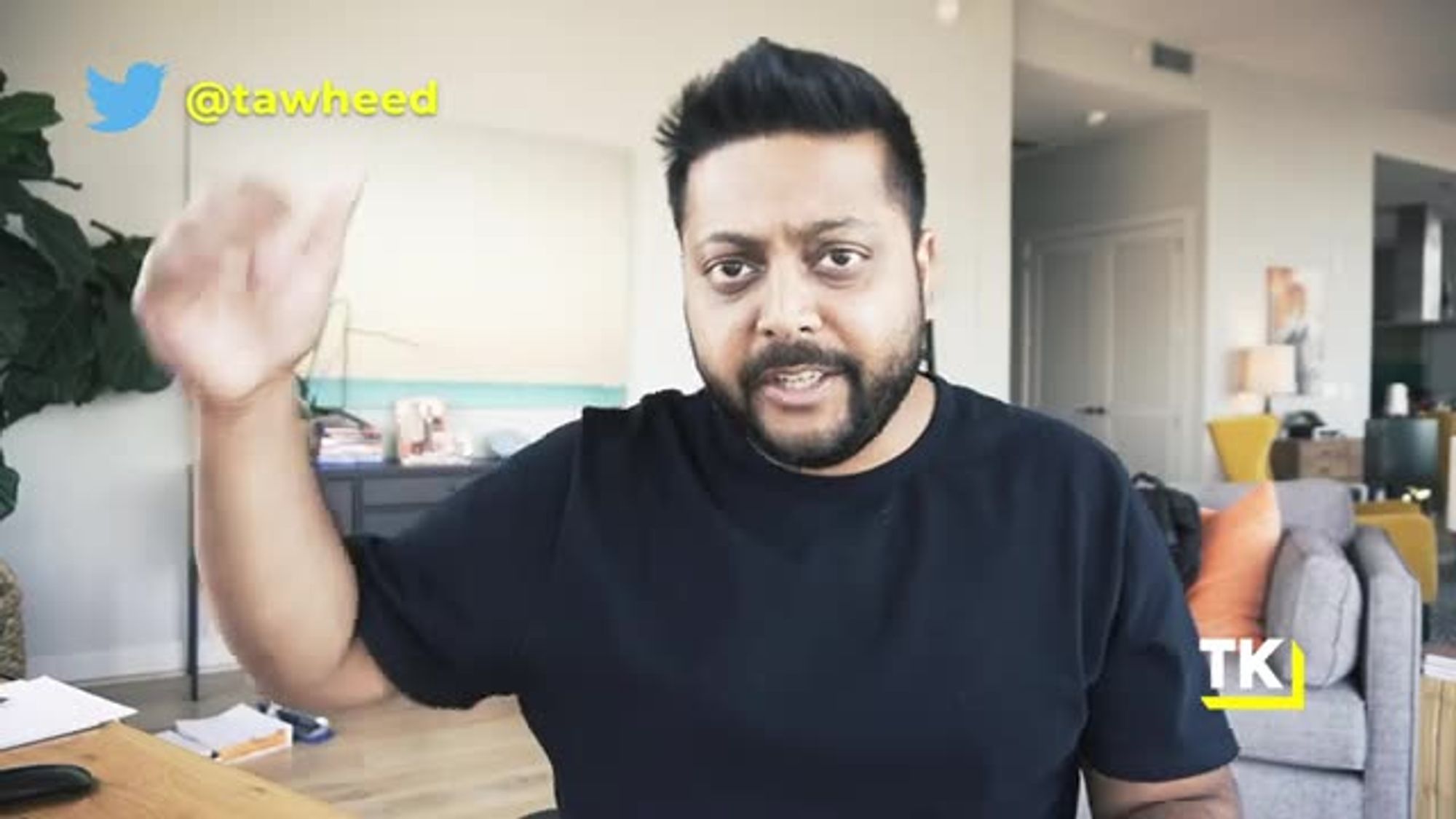
that are gonna be using it,
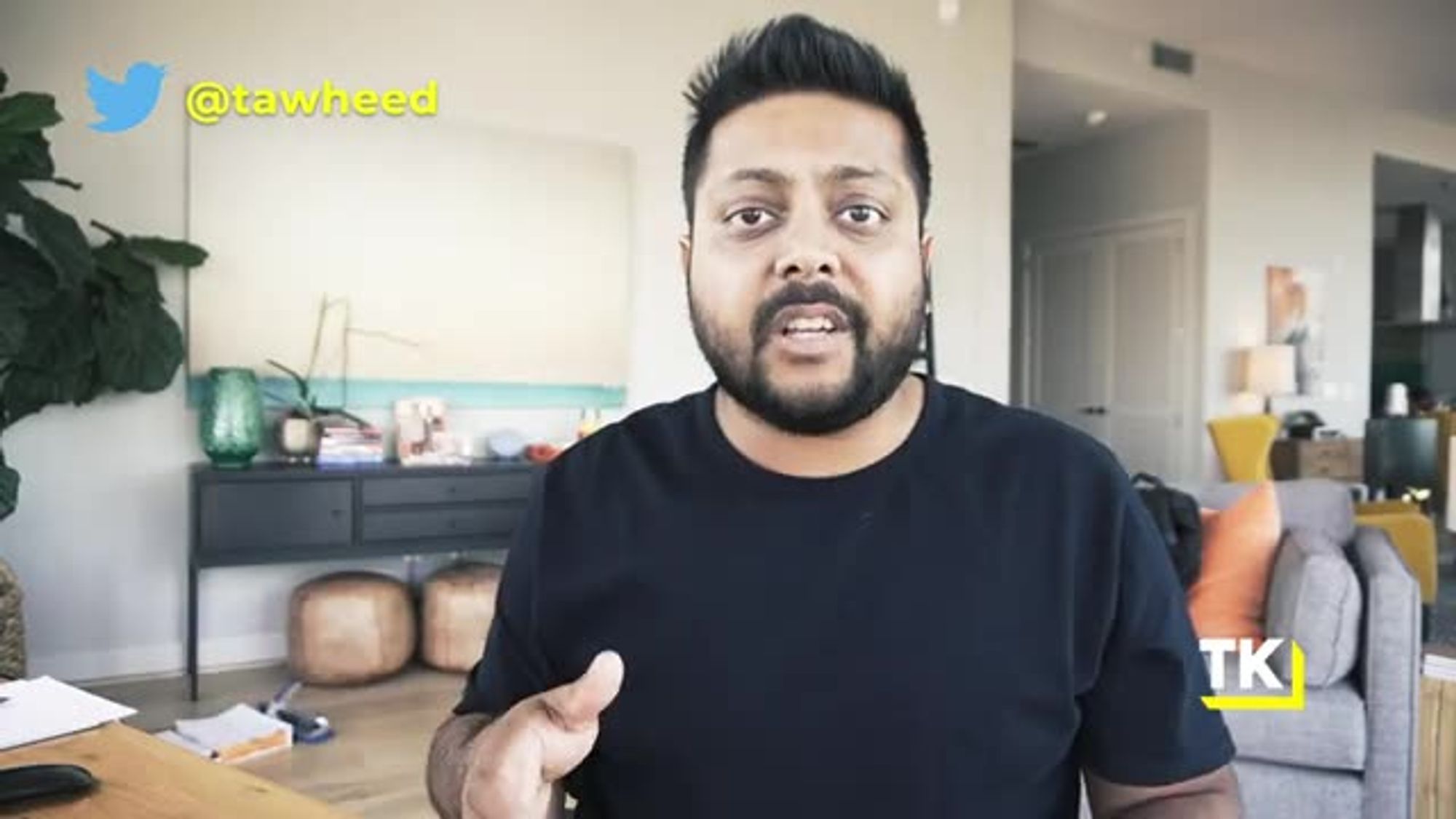
chances are, it's gonna get a
little bit more complicated,
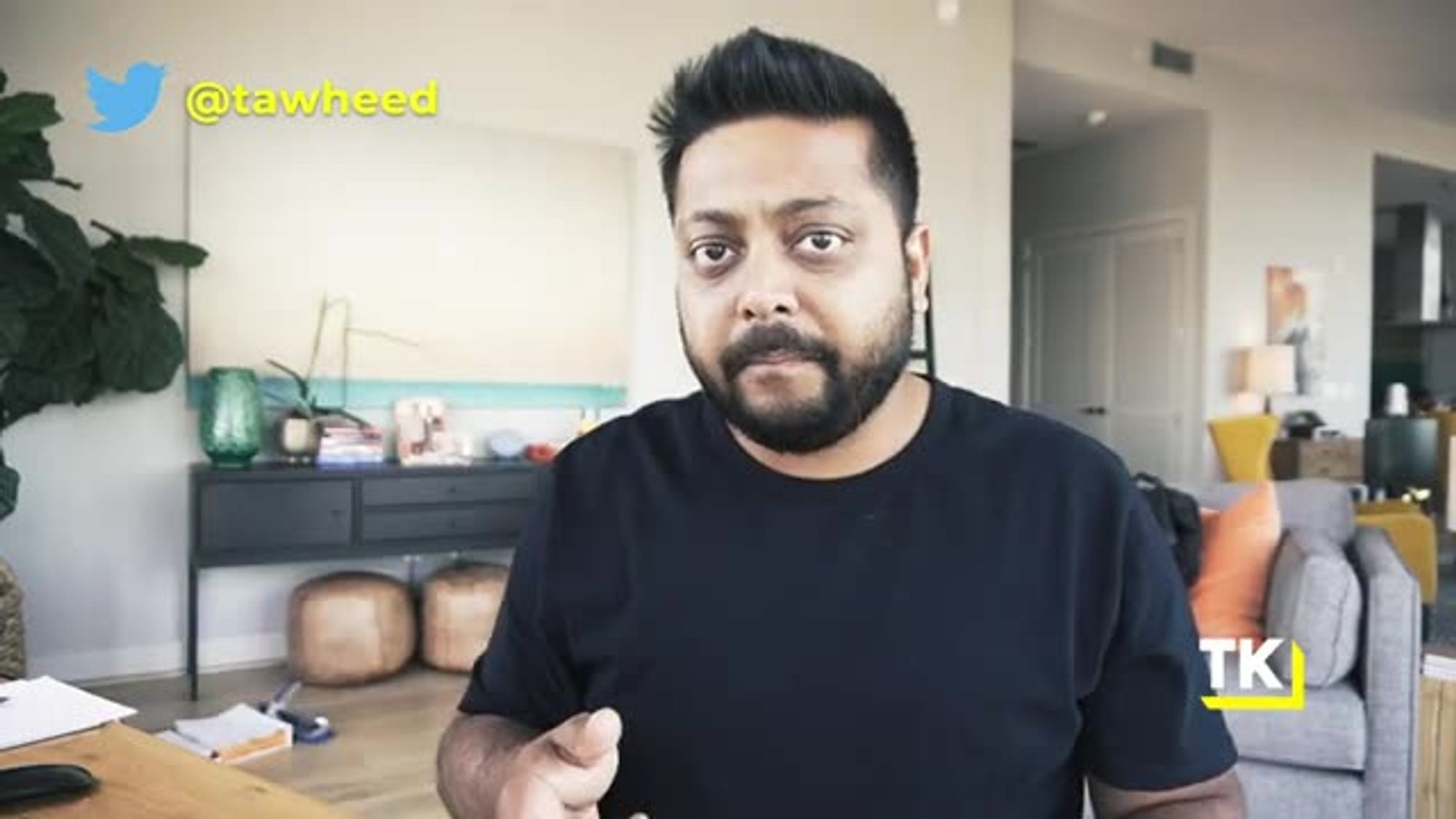
you're gonna require sales people,
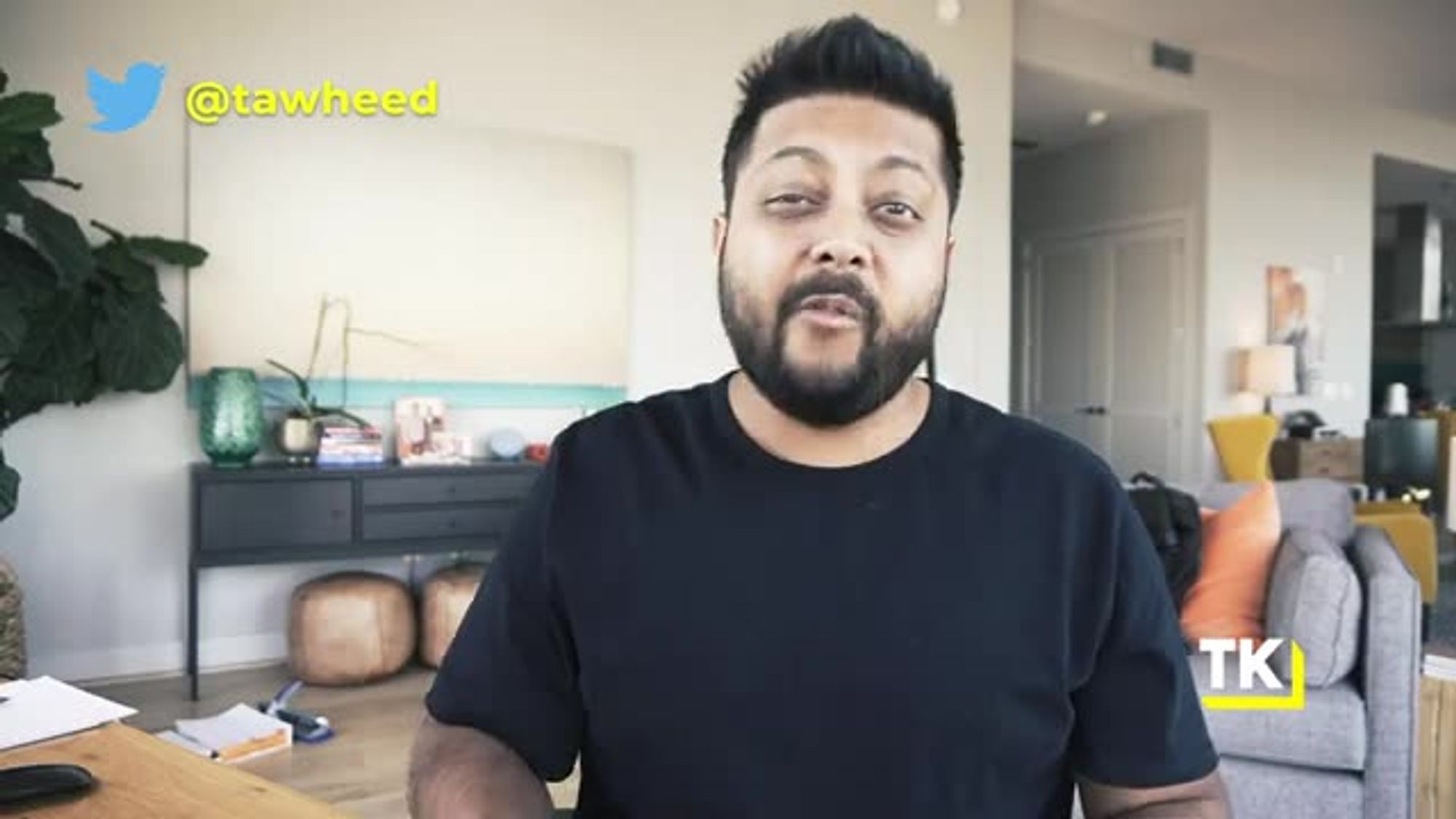
it won't truly be
self-service or product led,
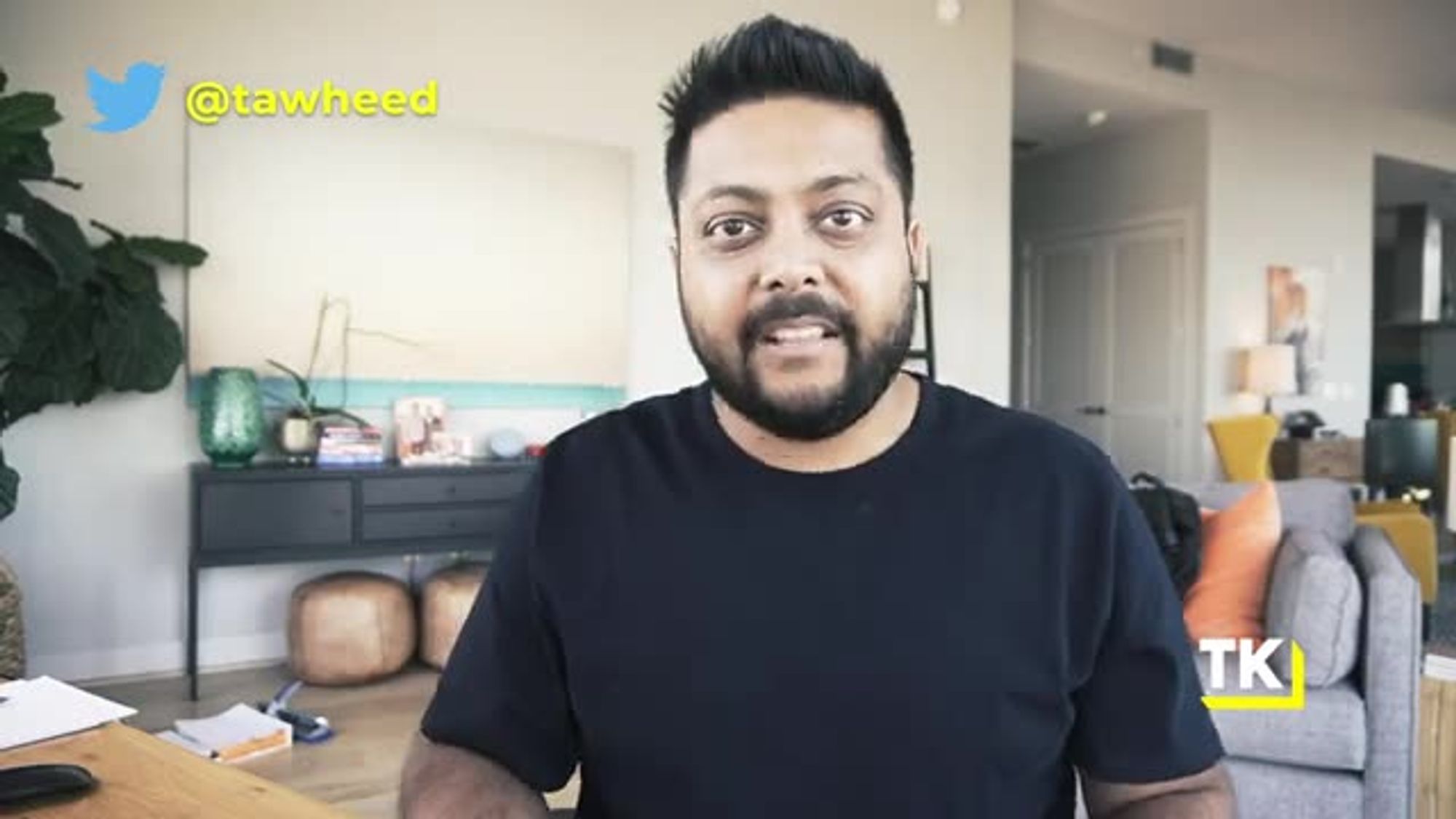
there's gonna be multiple
people to convince
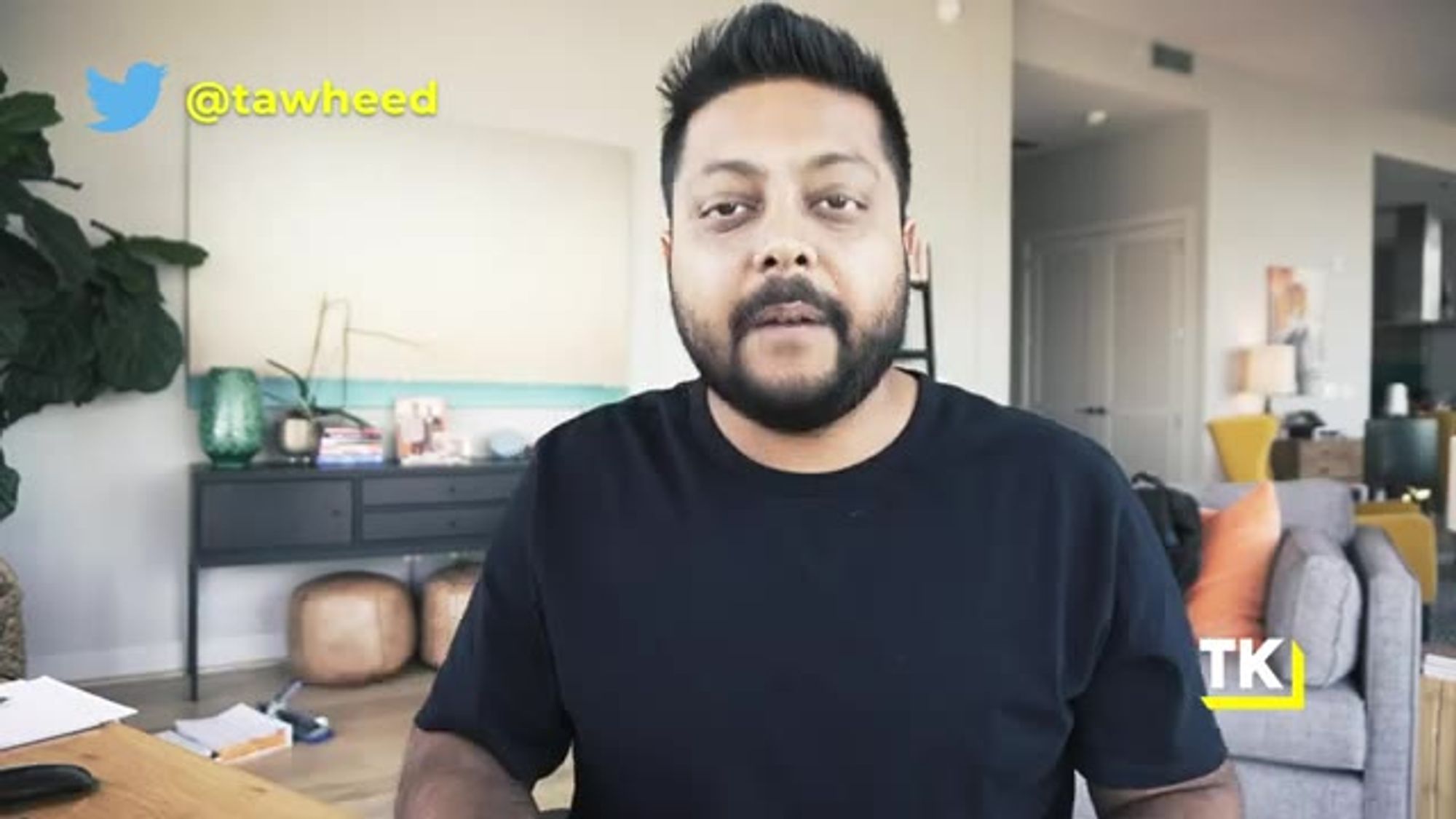
and it becomes a little bit harder
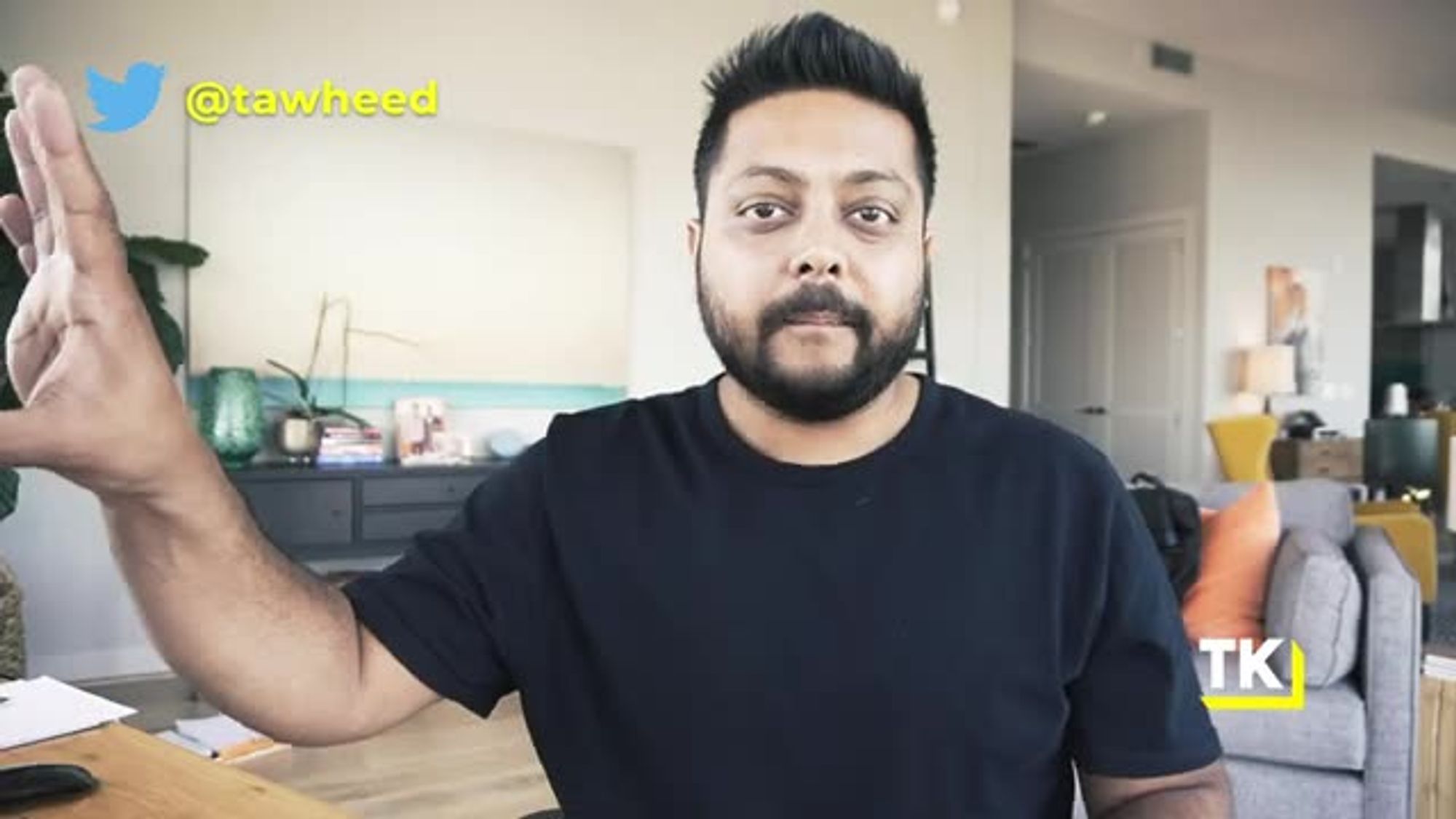
and the beauty of a Micro SaaS business
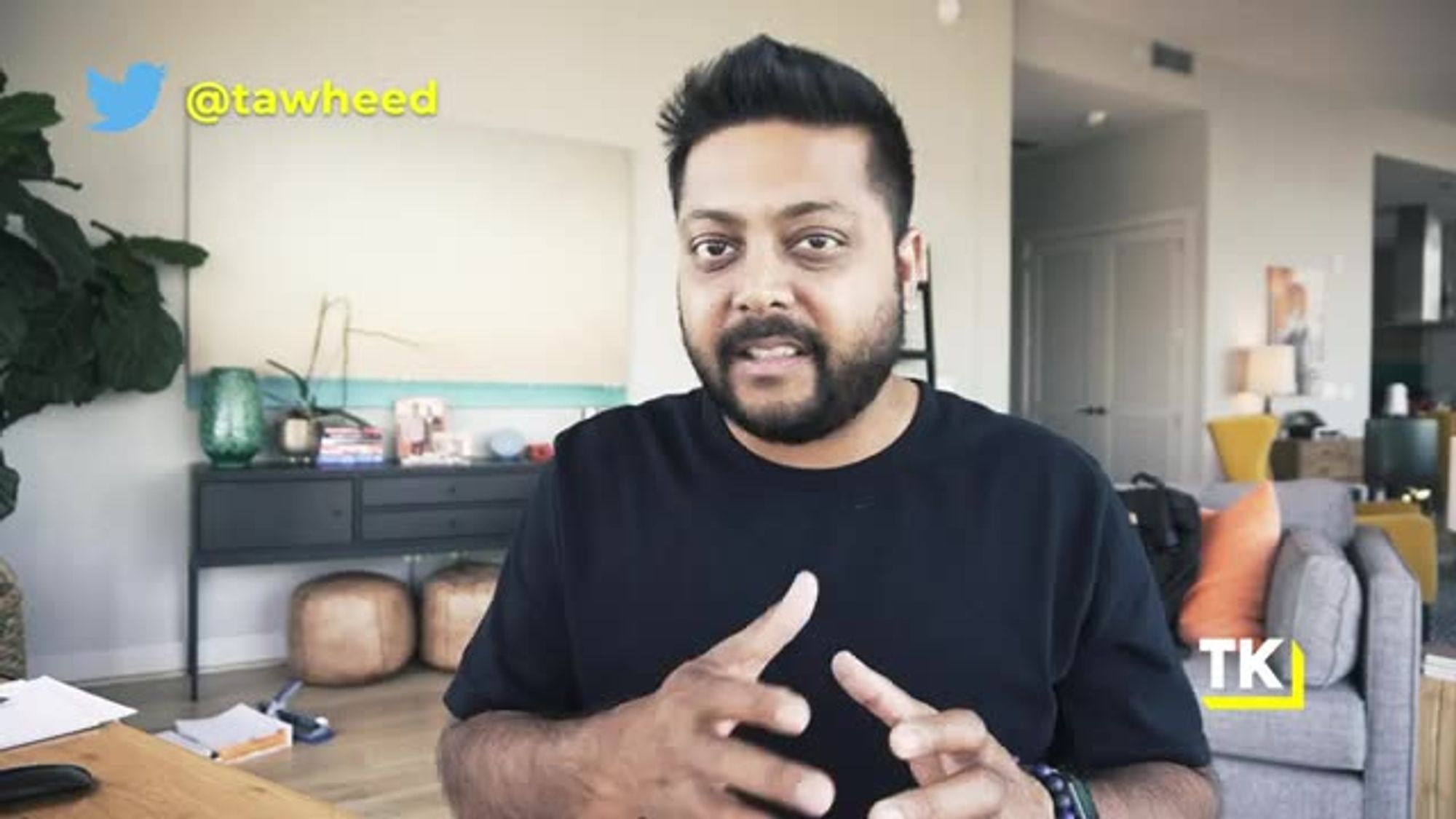
is it's got a very efficient
sales and marketing process.
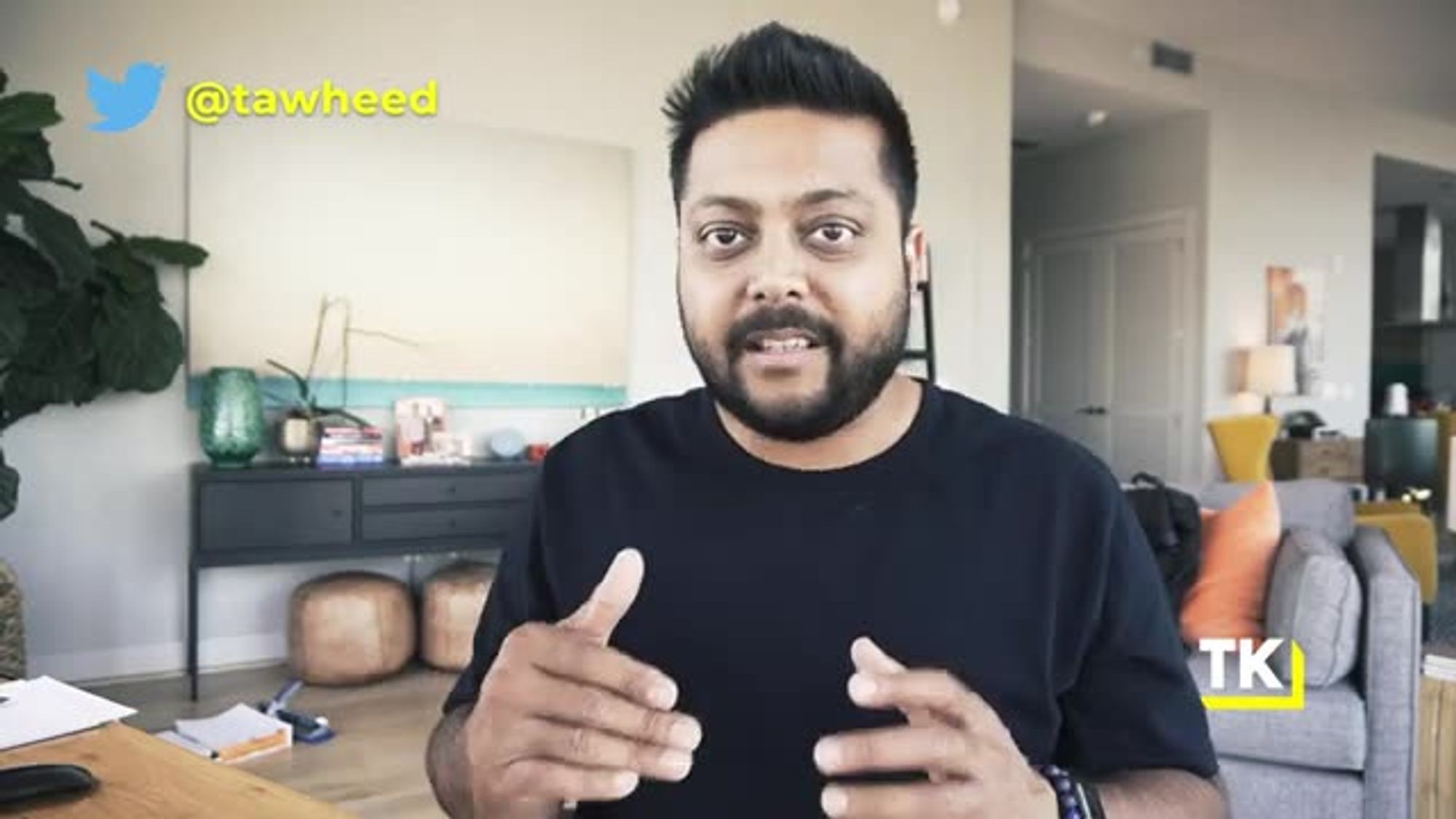
It's nearly self-service, nearly automated
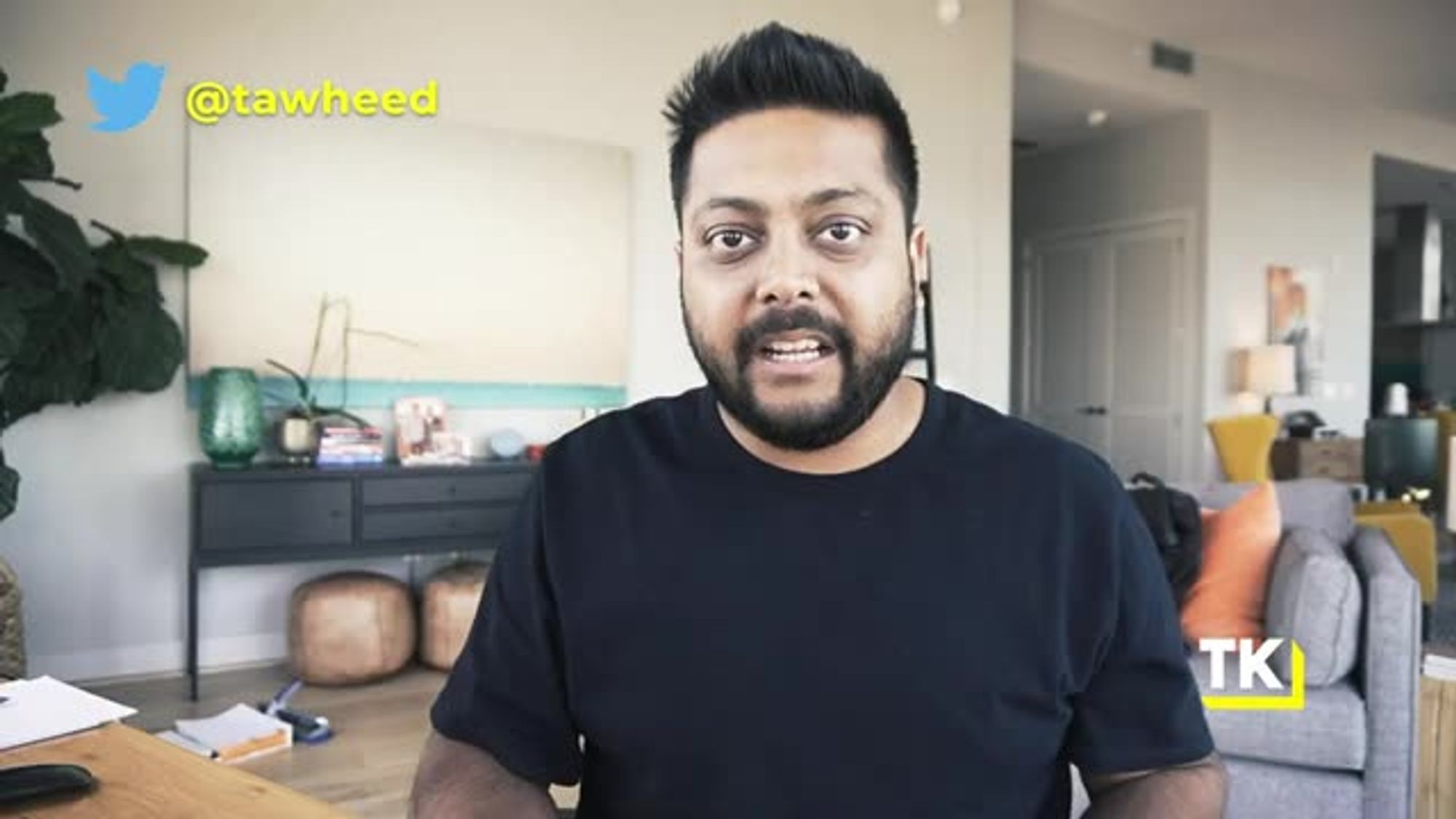
and it just needs to convince one person
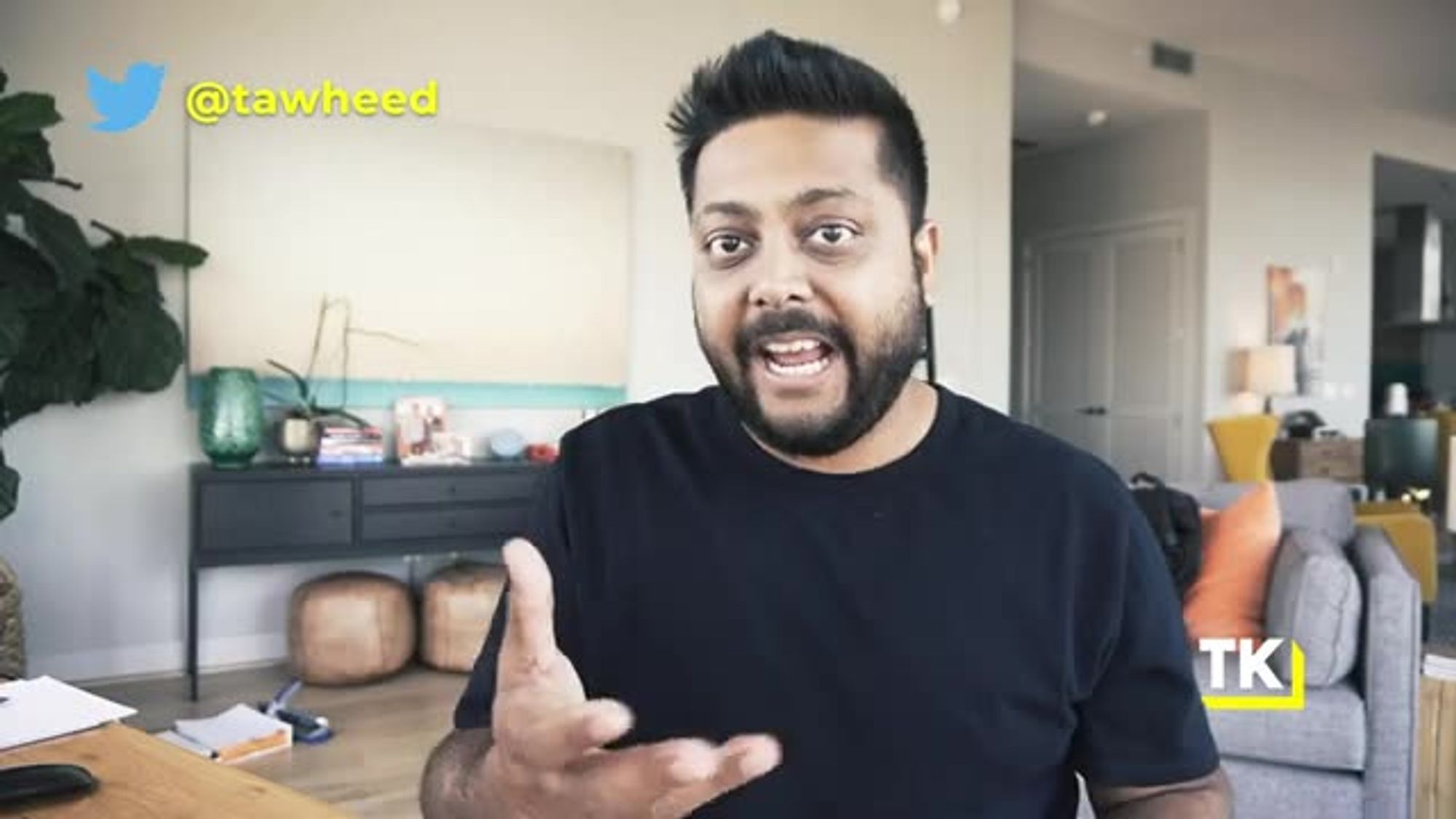
that hey, we can solve your problem
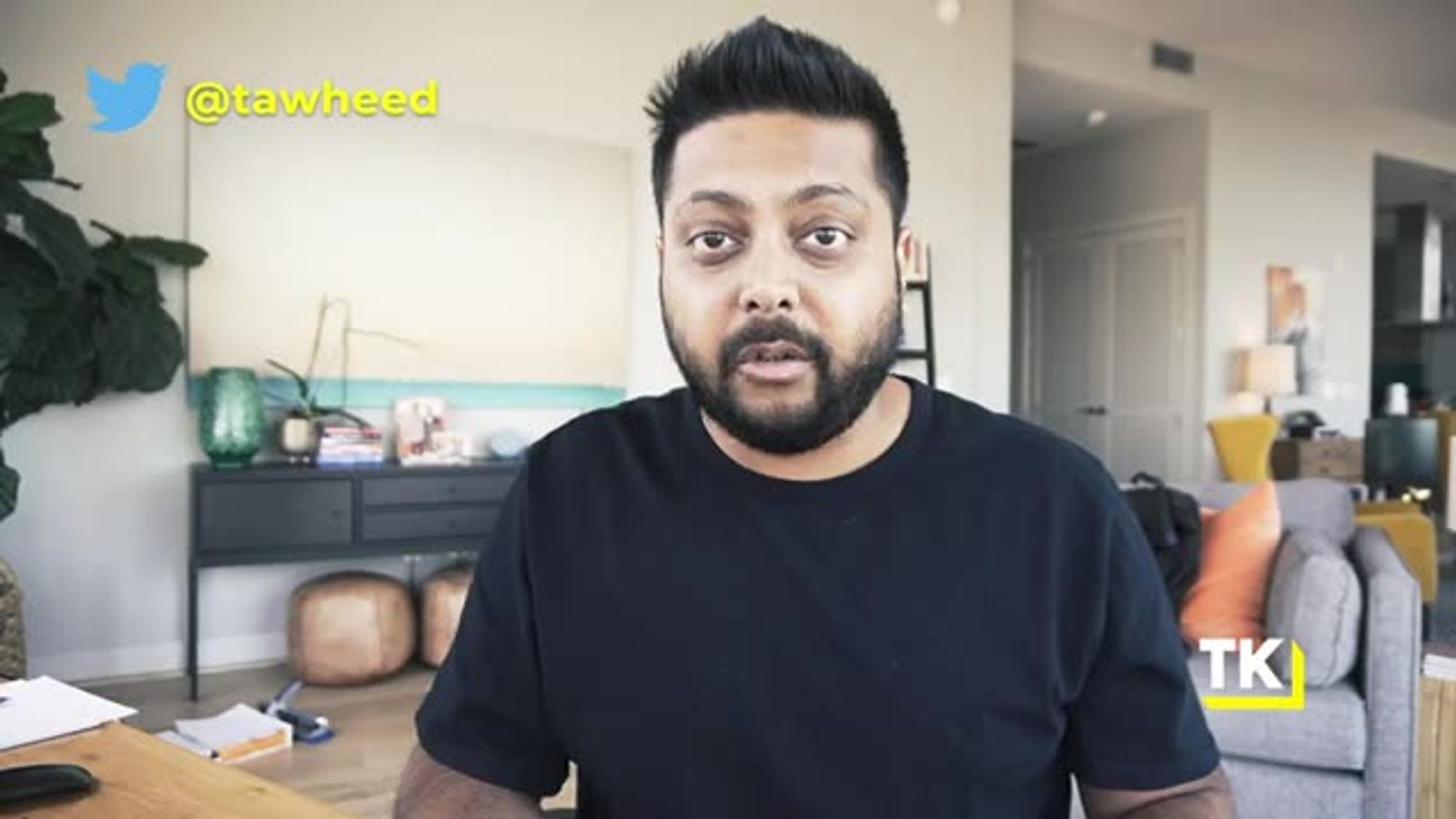
and they're like cool,
swipe the credit card,
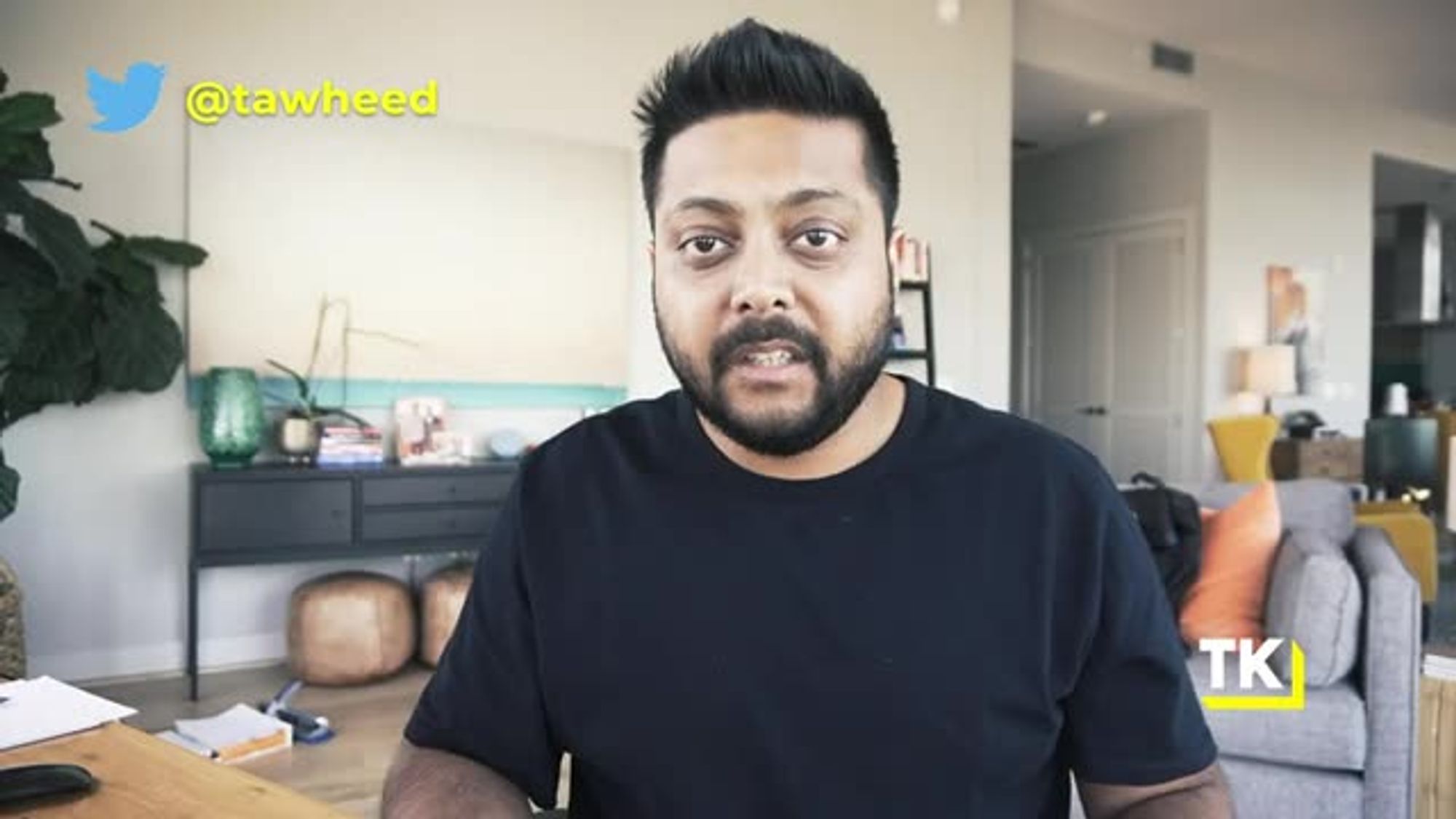
whether it's their personal credit card
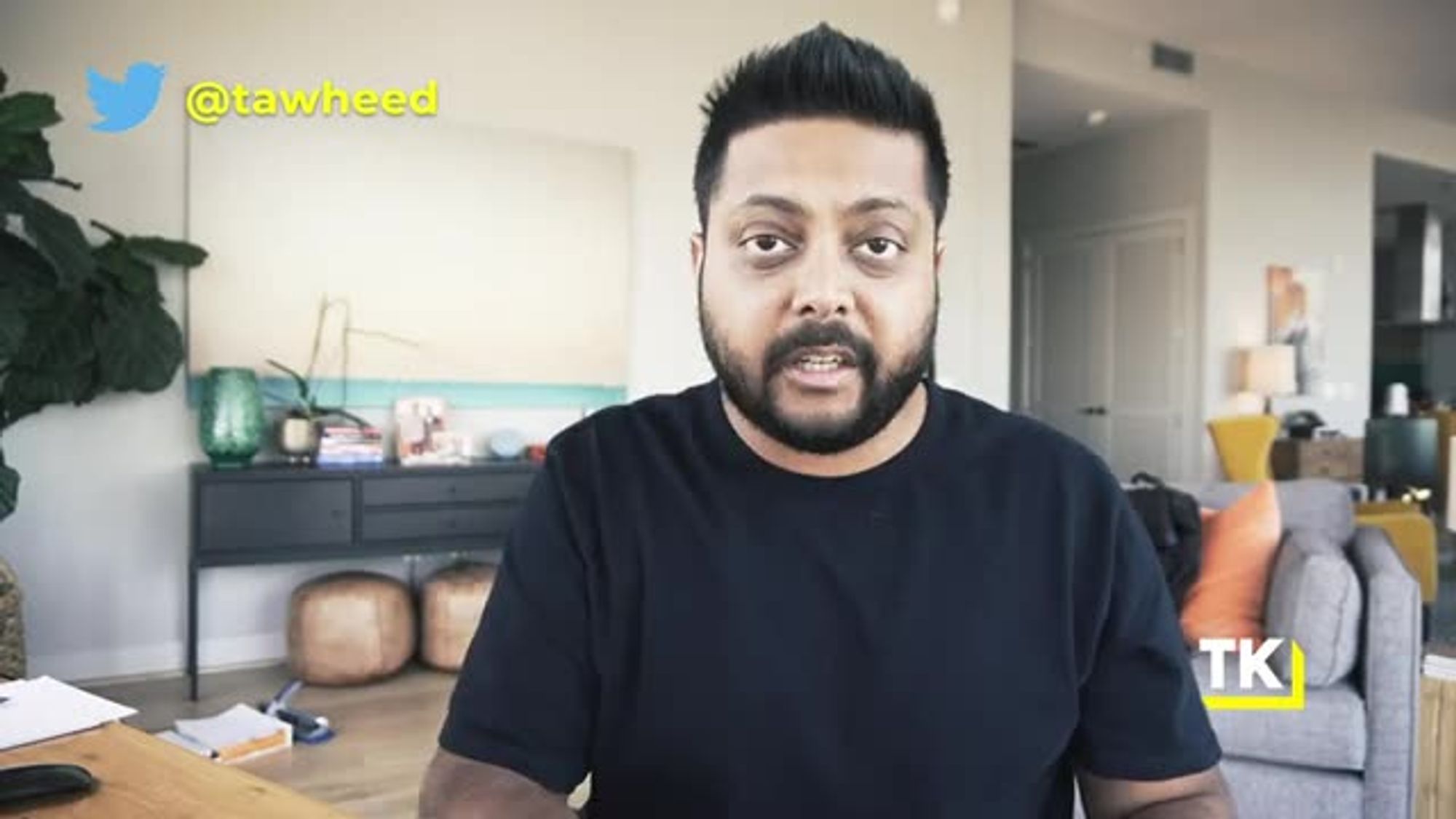
or their business credit card.
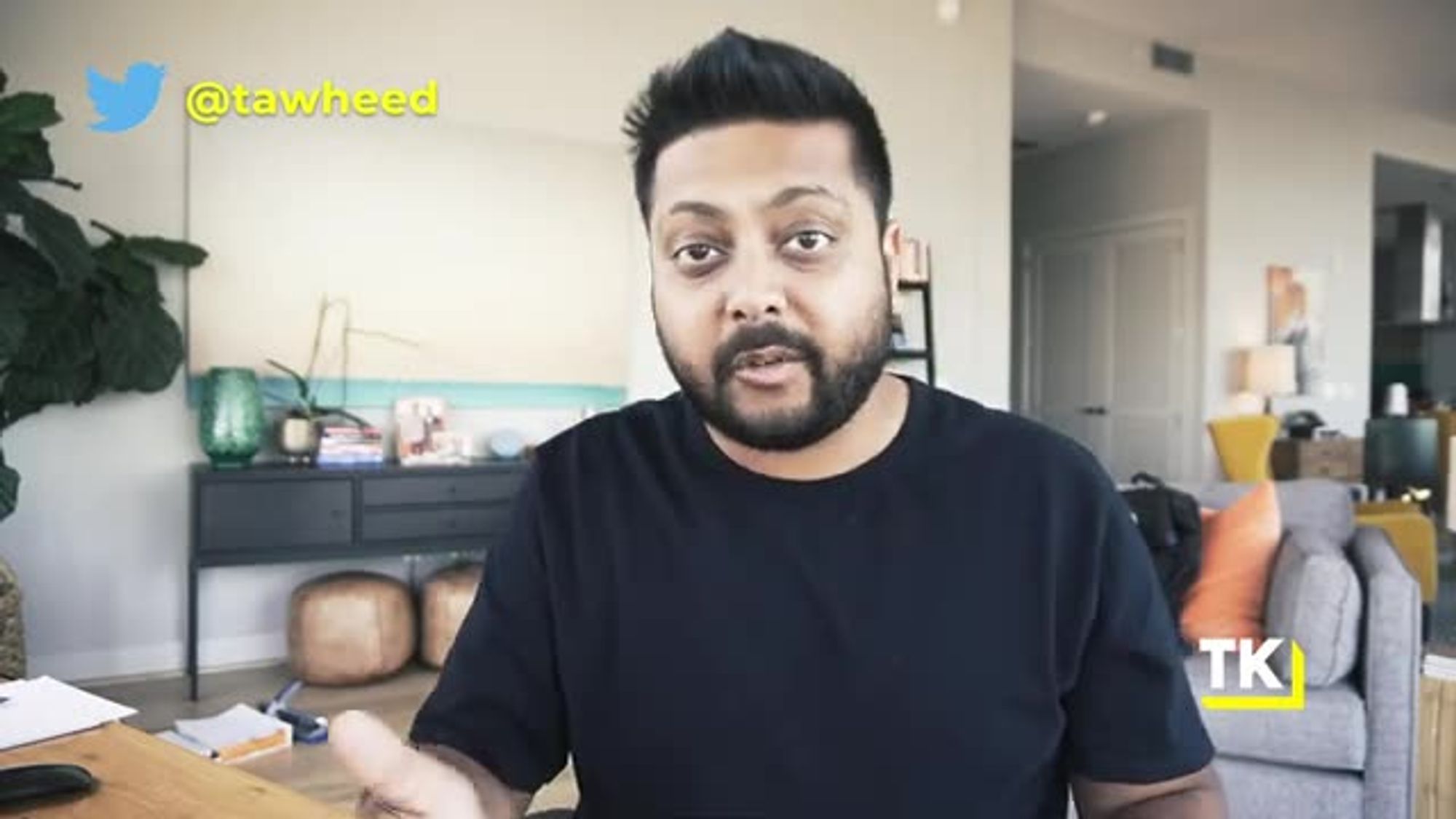
What's the quick hack to this?
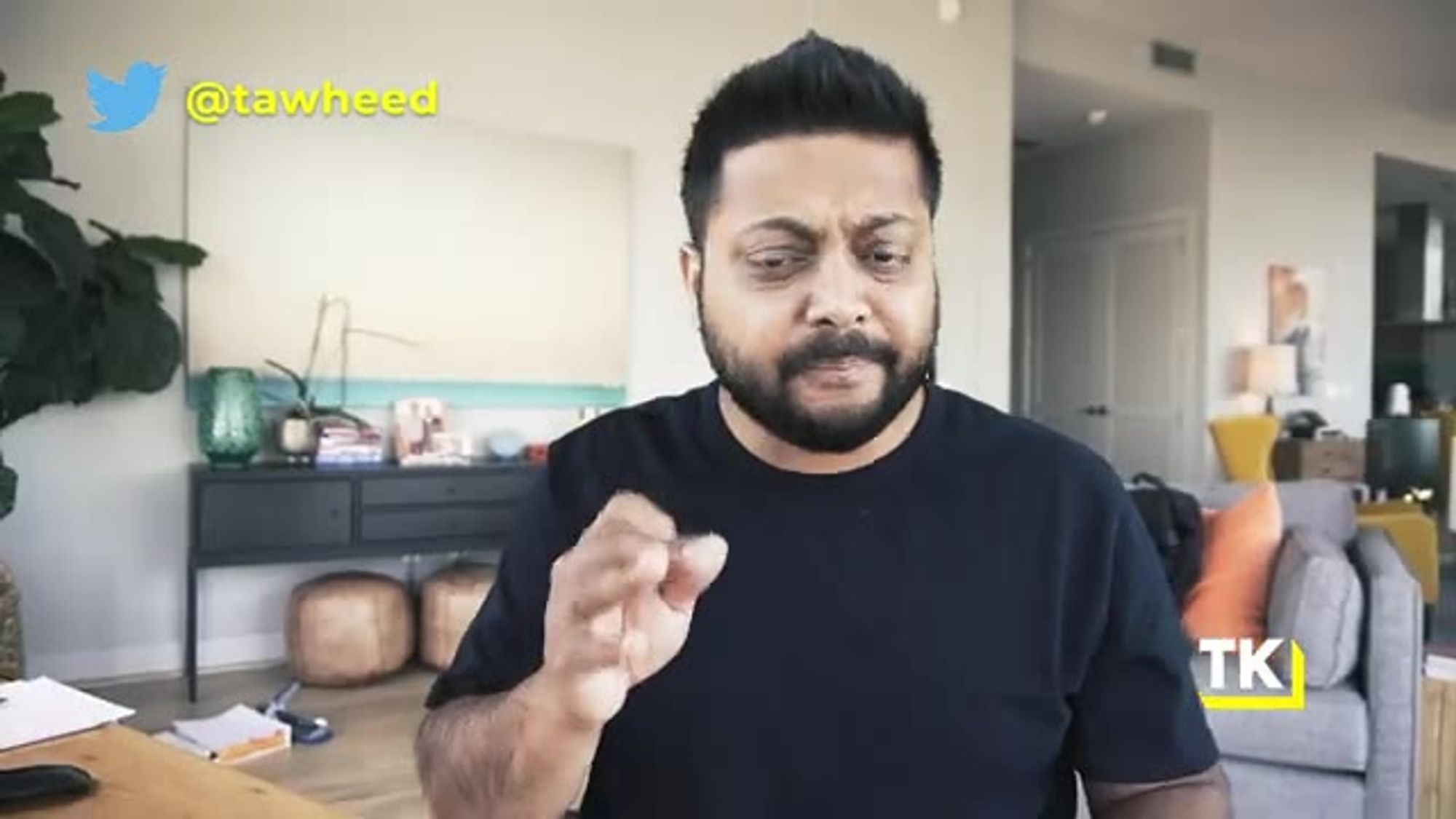
The principle is literally,
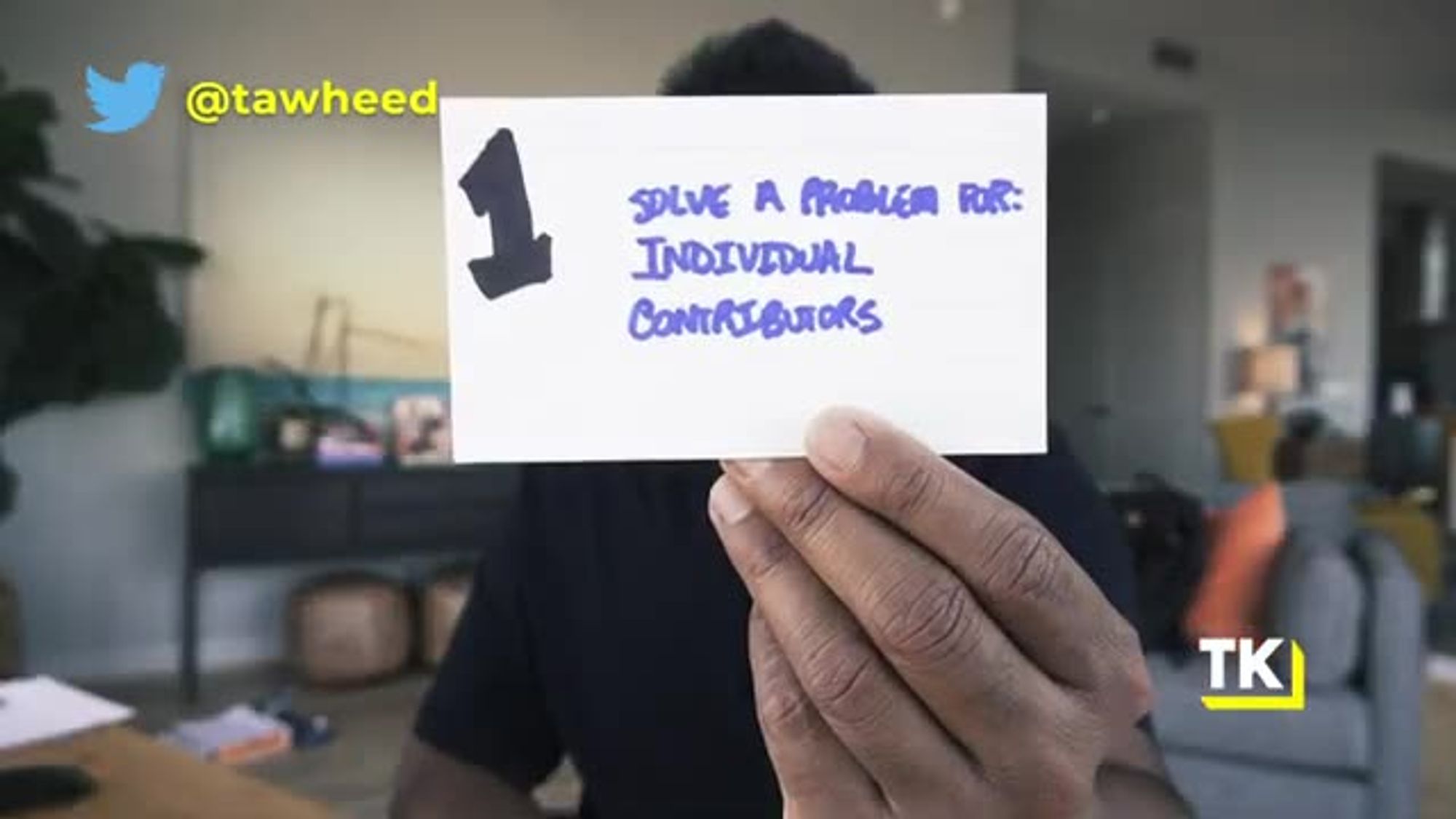
look for individual contributors, ICs,
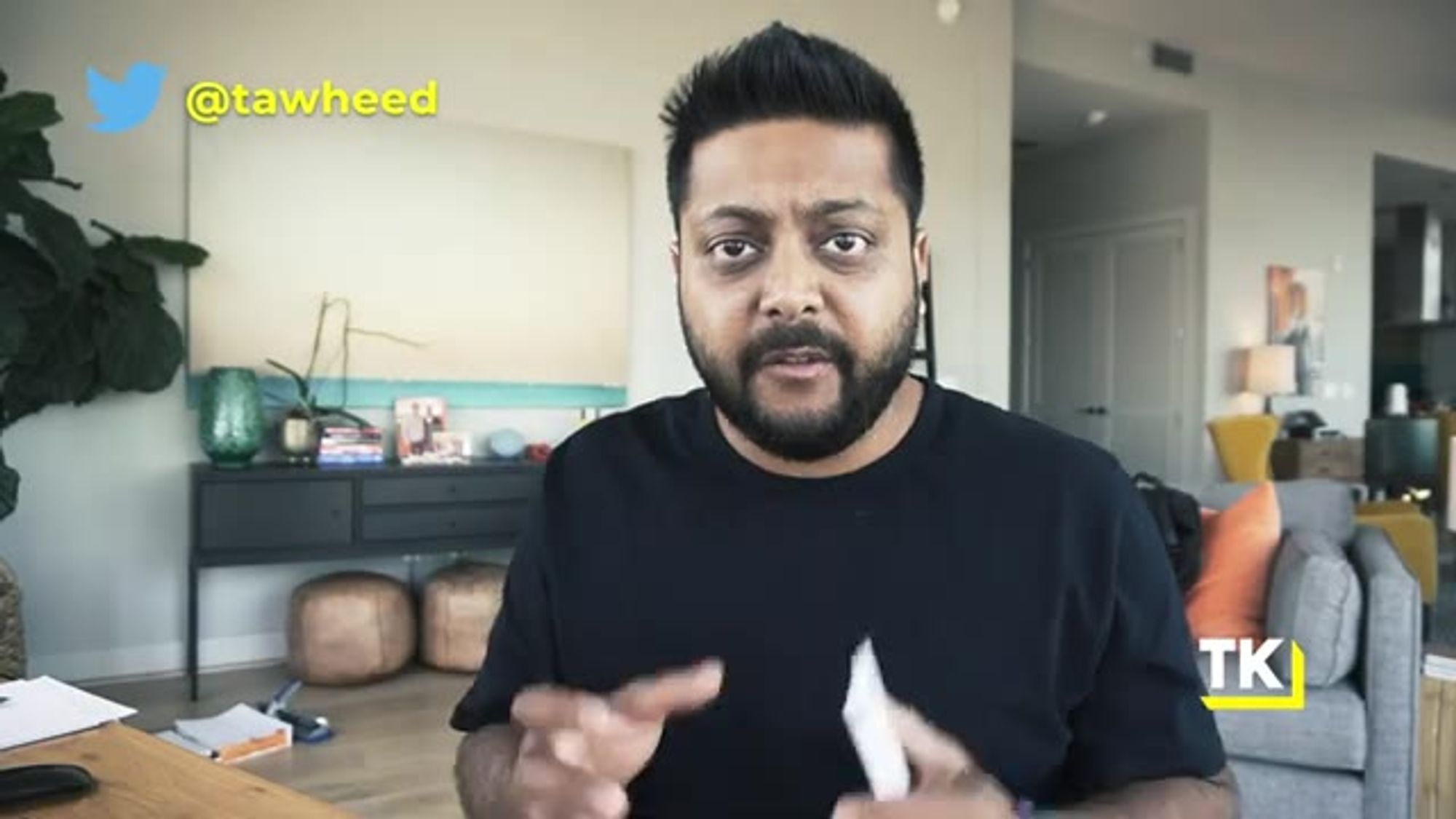
individual people in specific jobs
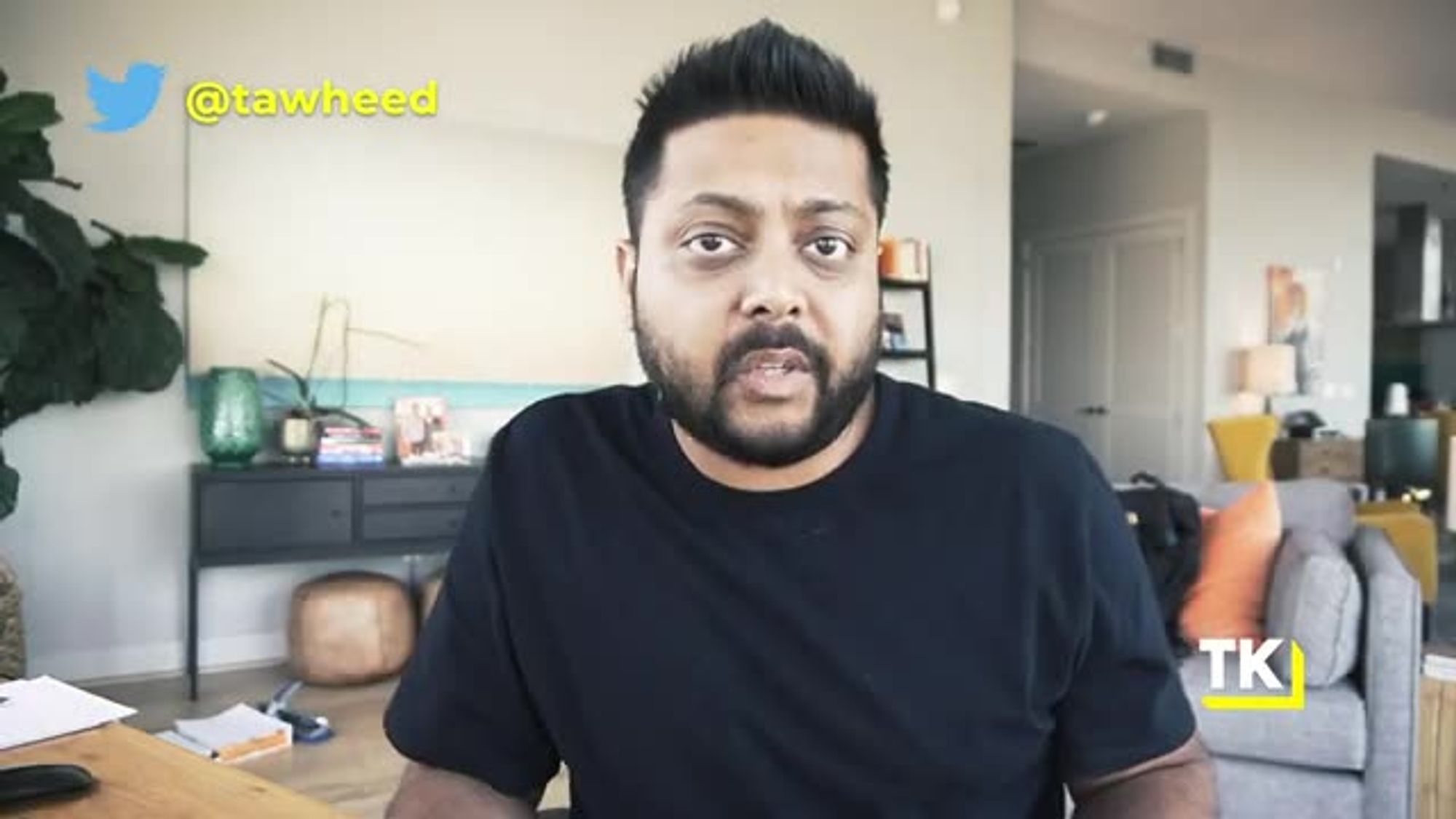
that need problems solved
through SaaS and sell to them
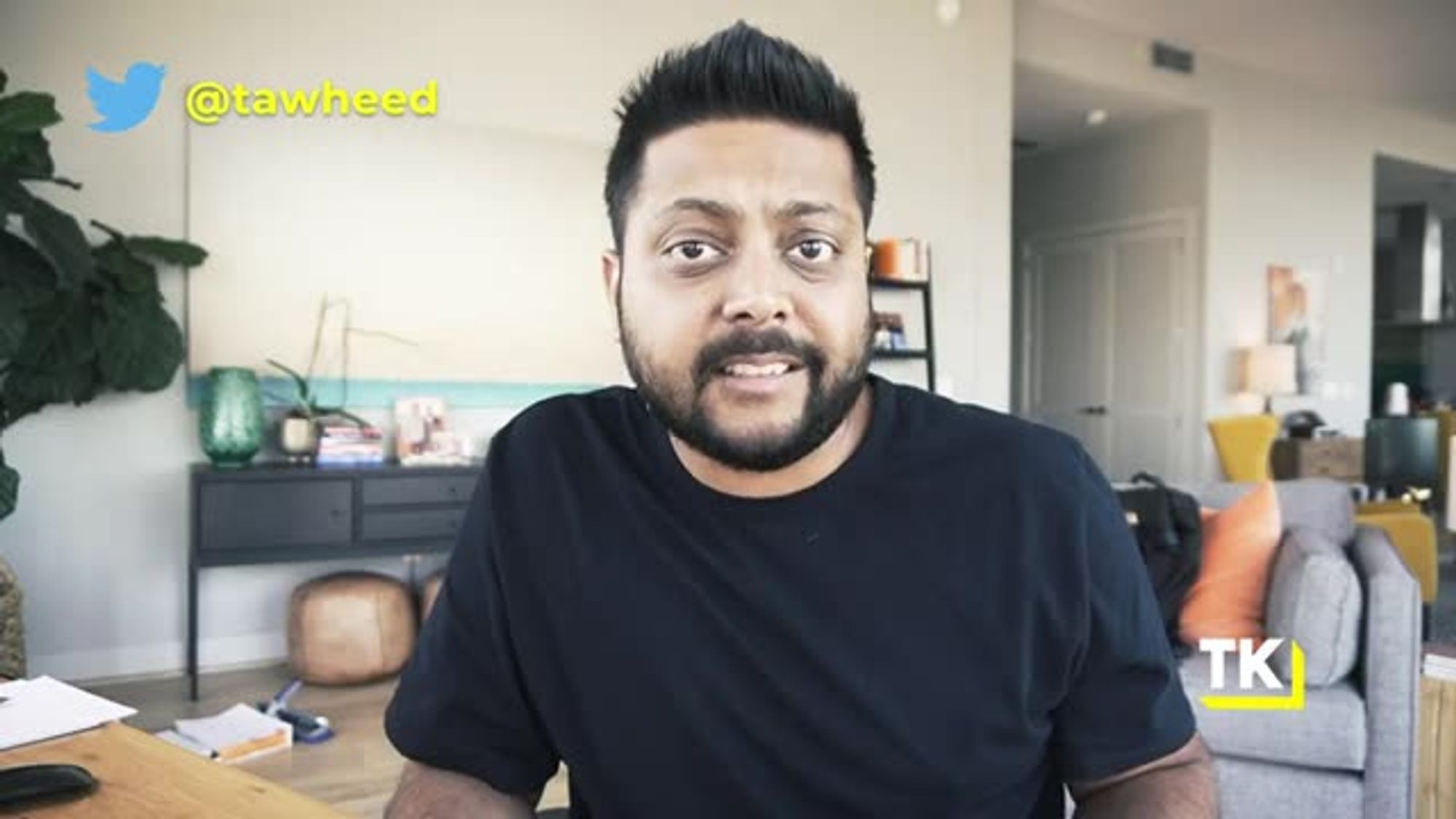
instead of tryna get
a whole team involved.
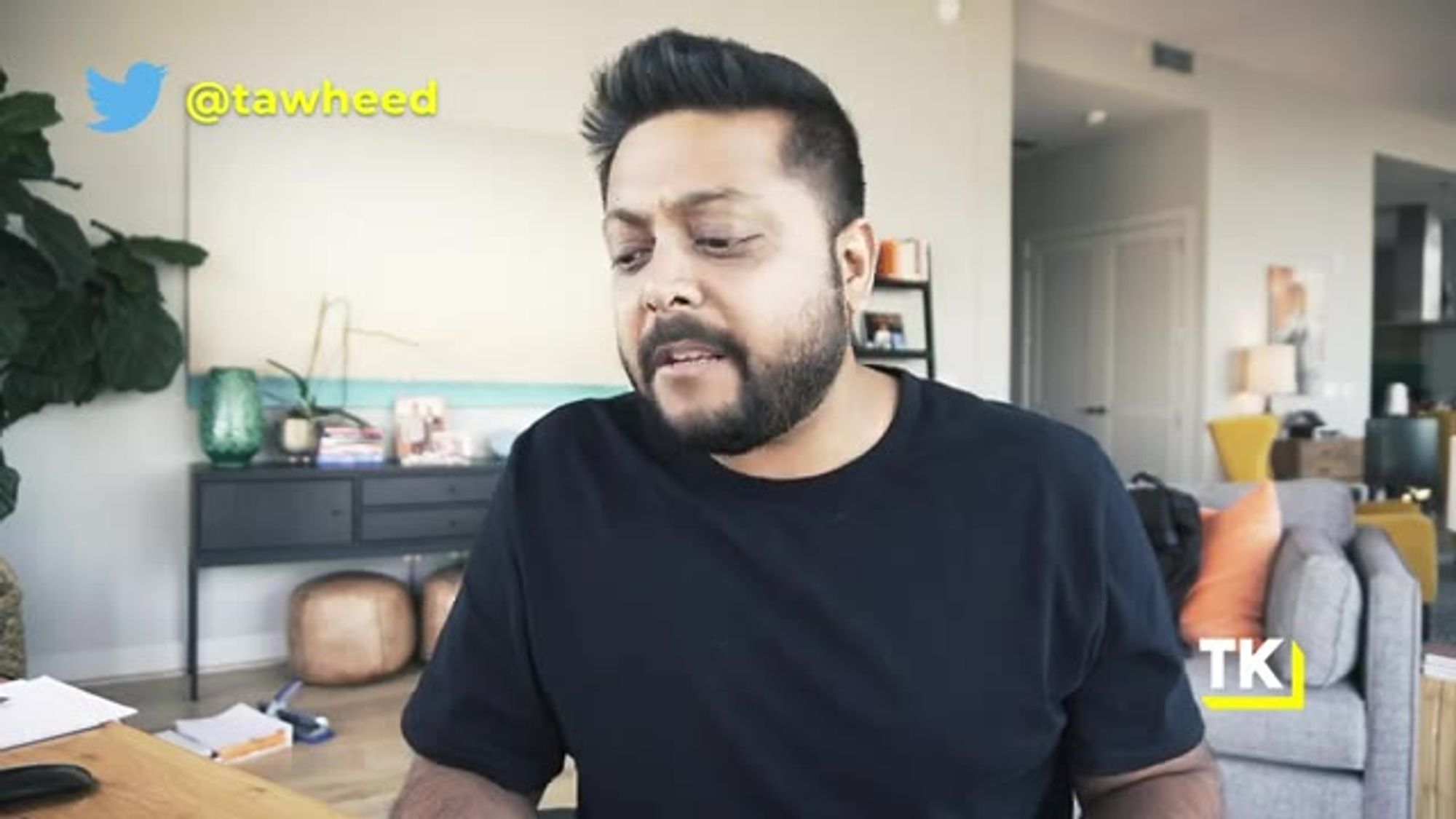
Now, it doesn't mean that
you may not have a team plan,
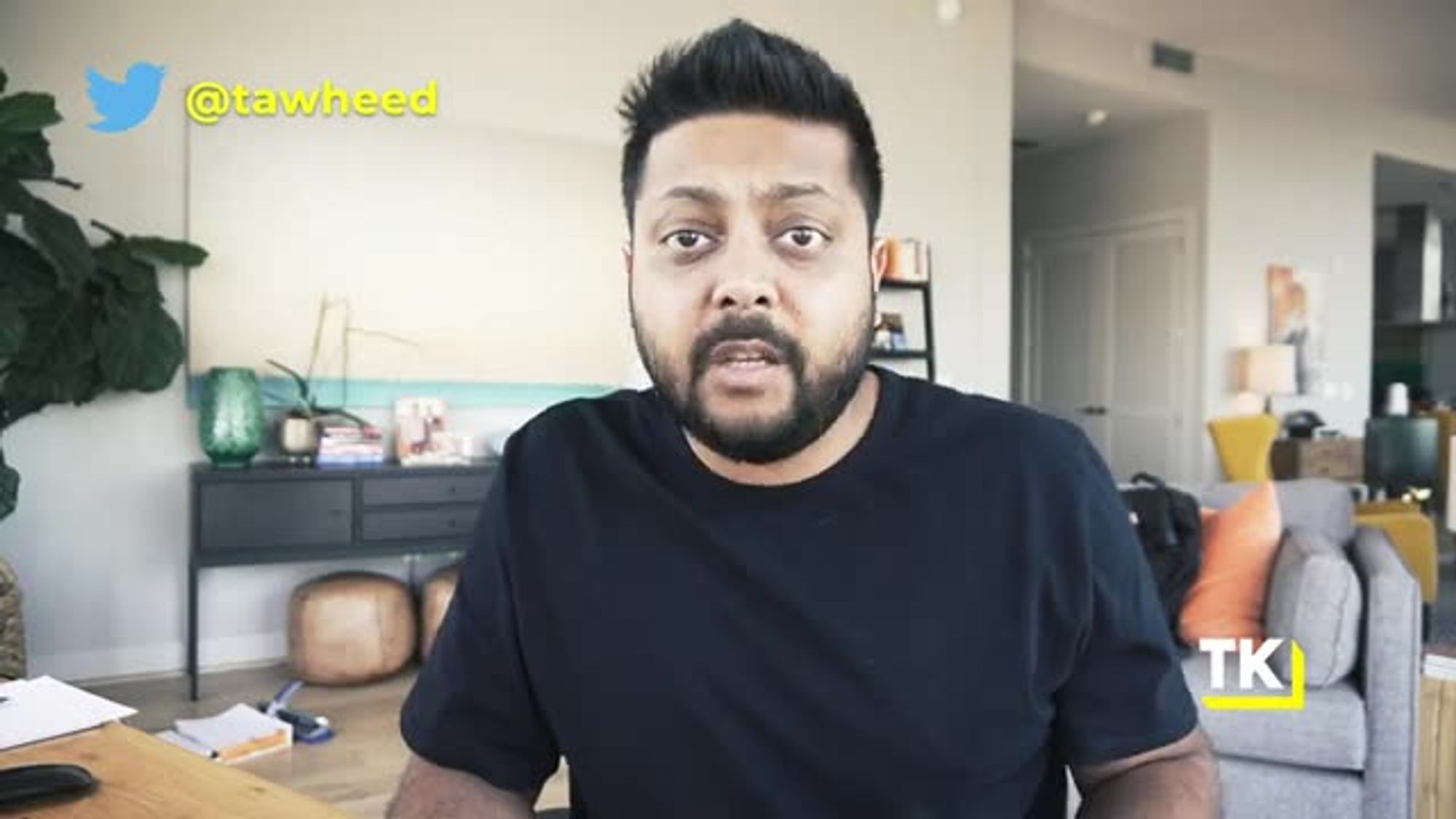
you may have viral effects
inside of the thing,
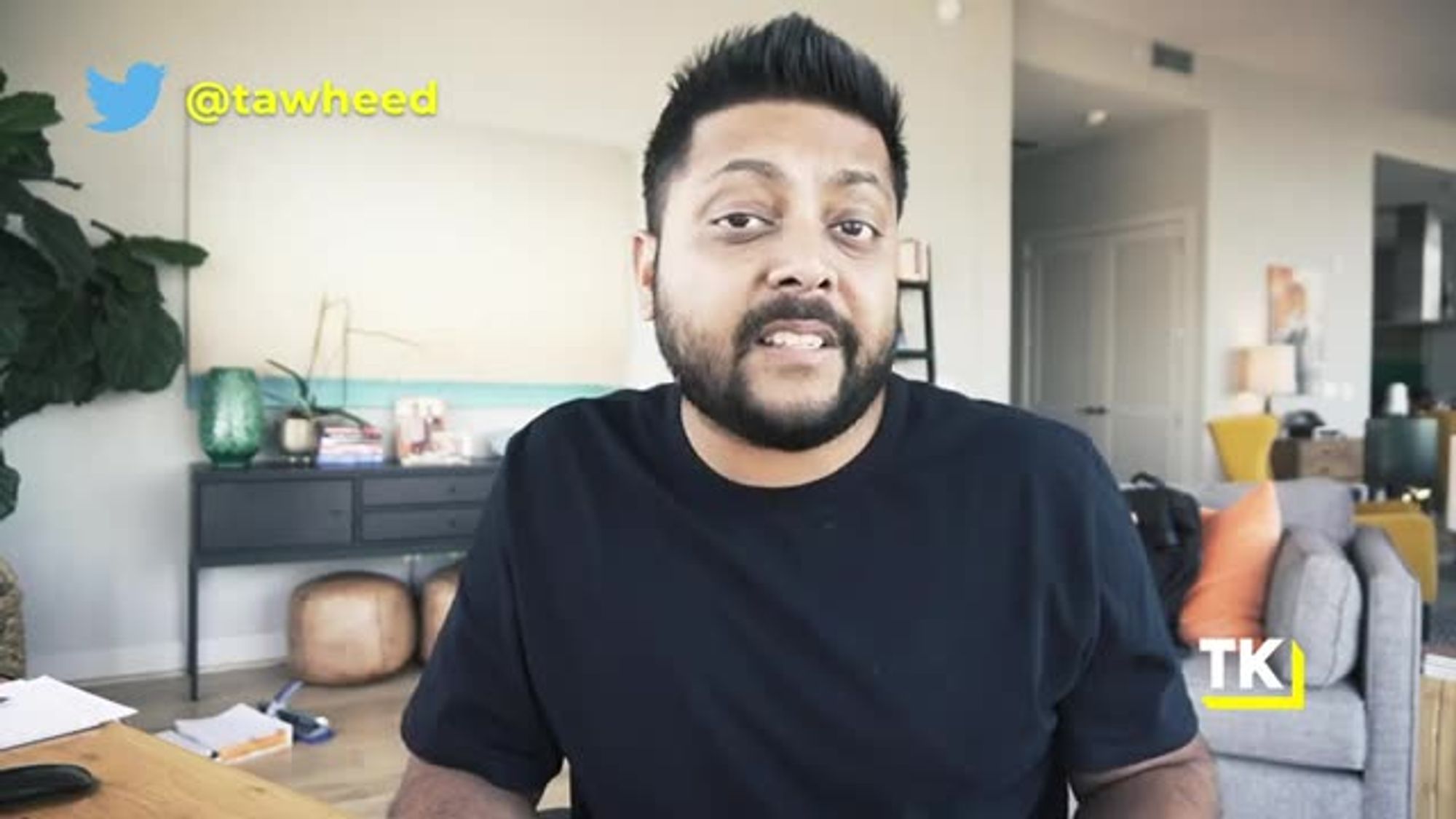
but that's not the primary thing.
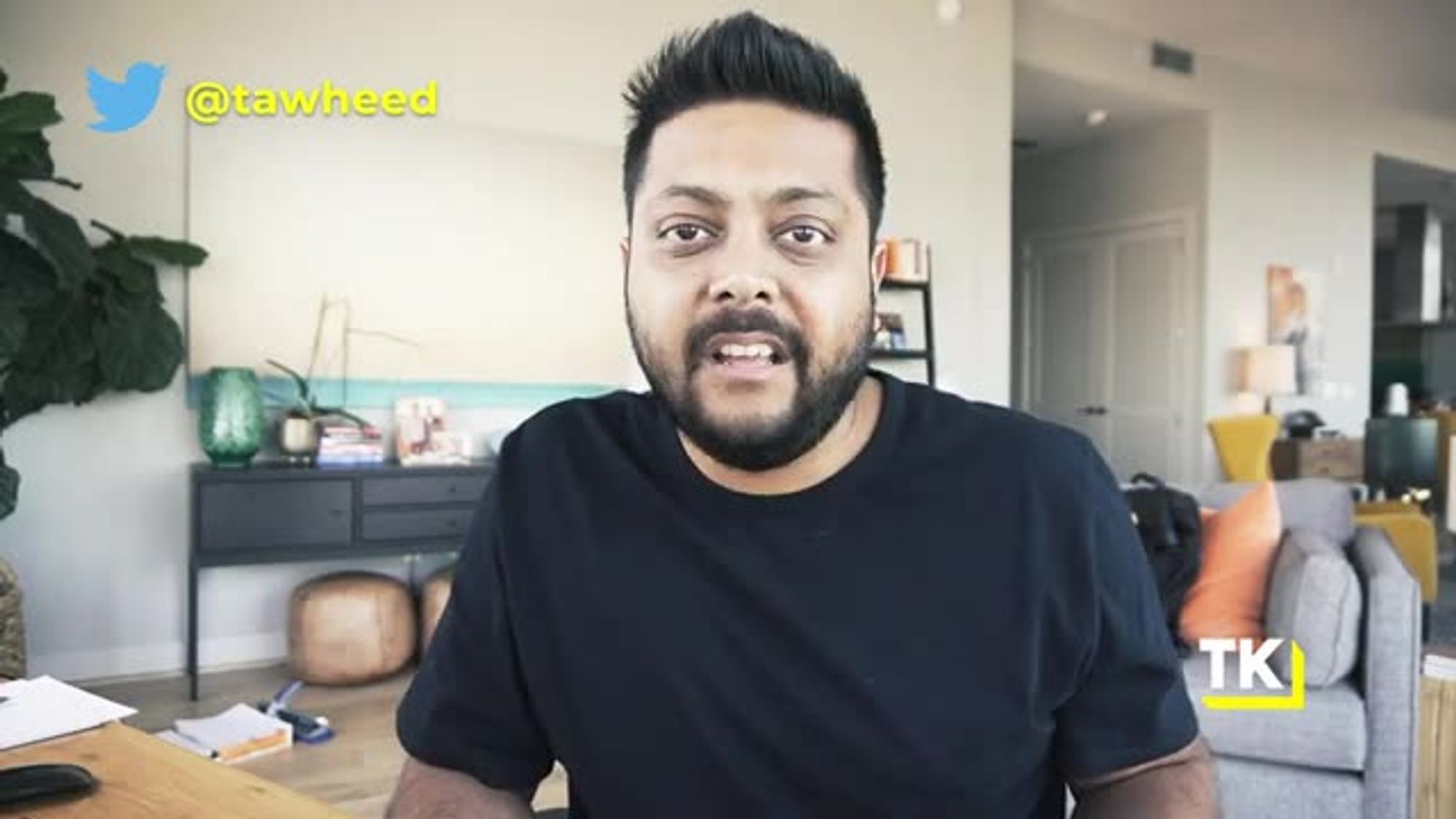
The primary thing is you
have a single player mode,
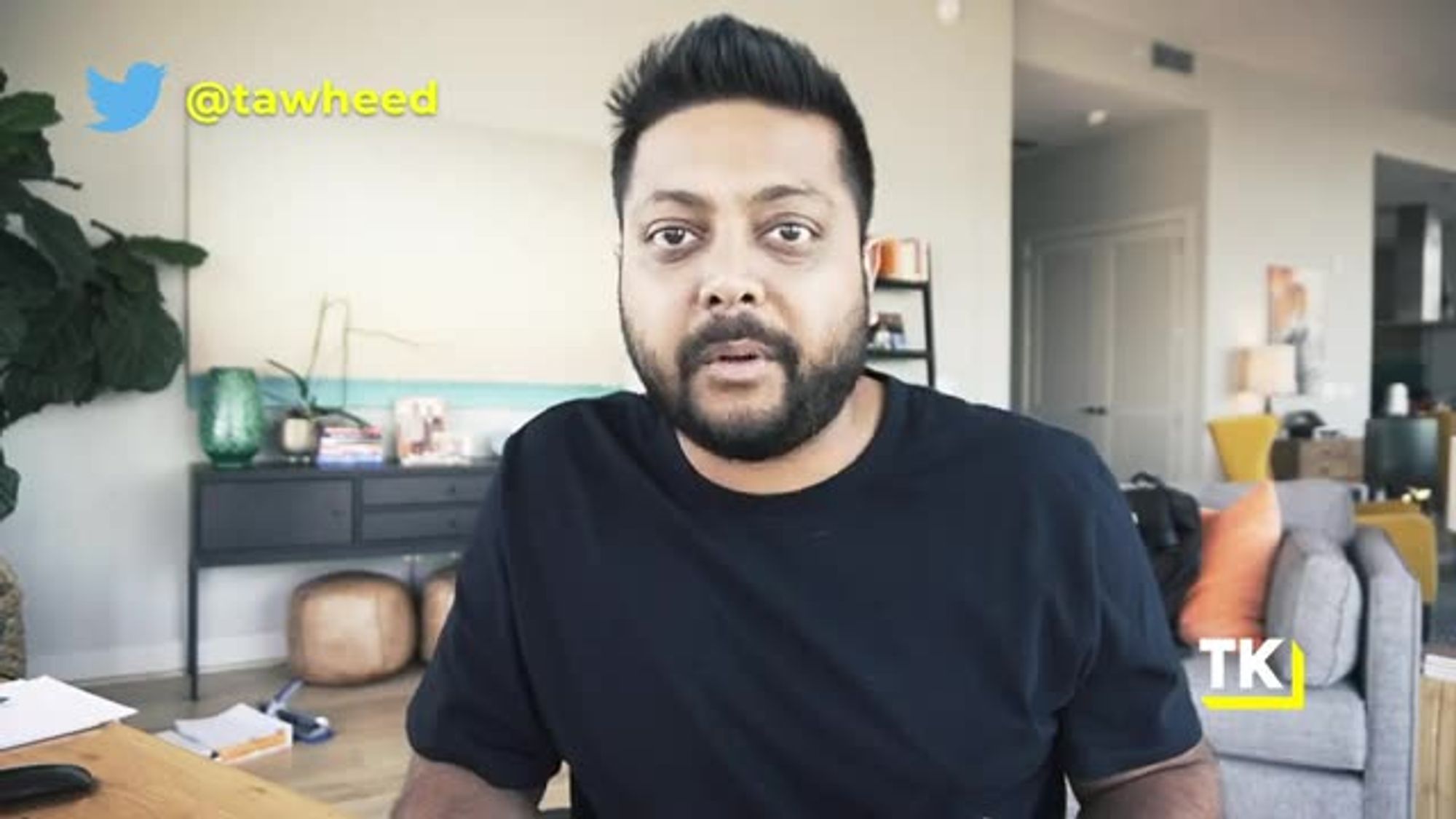
one person can get value out of it
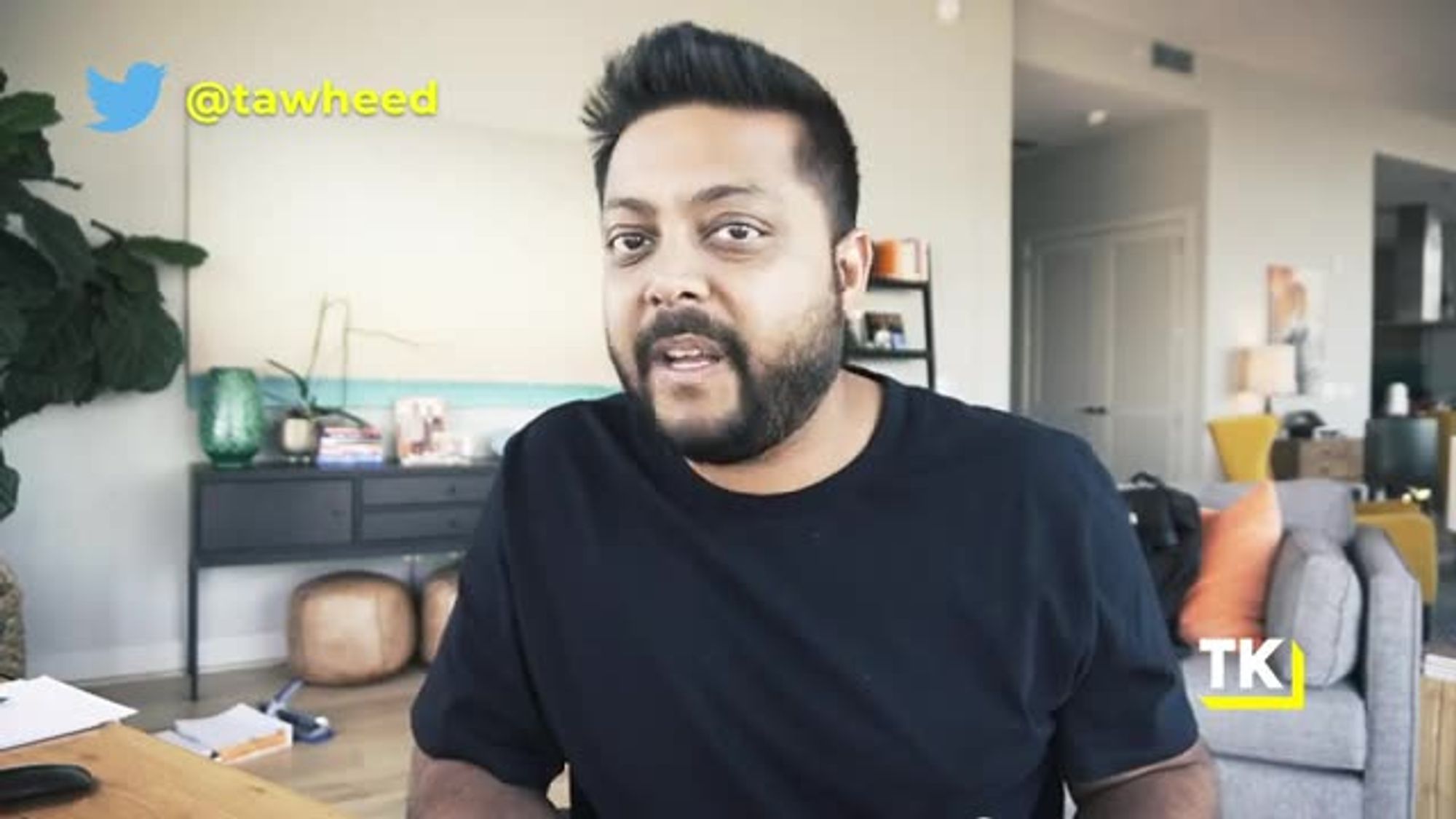
and solve the major problem,
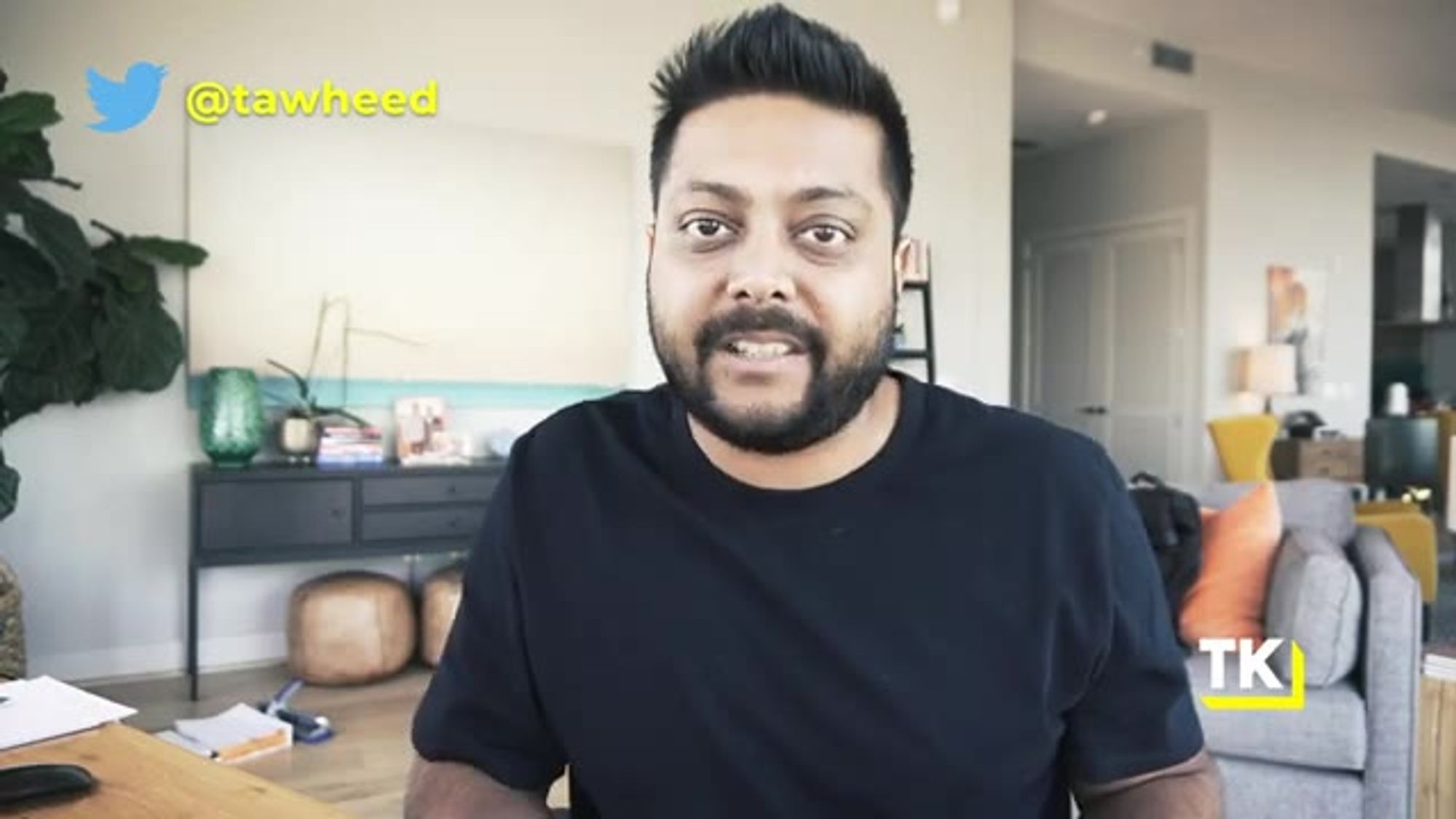
that's the first principle
of a Micro SaaS business.
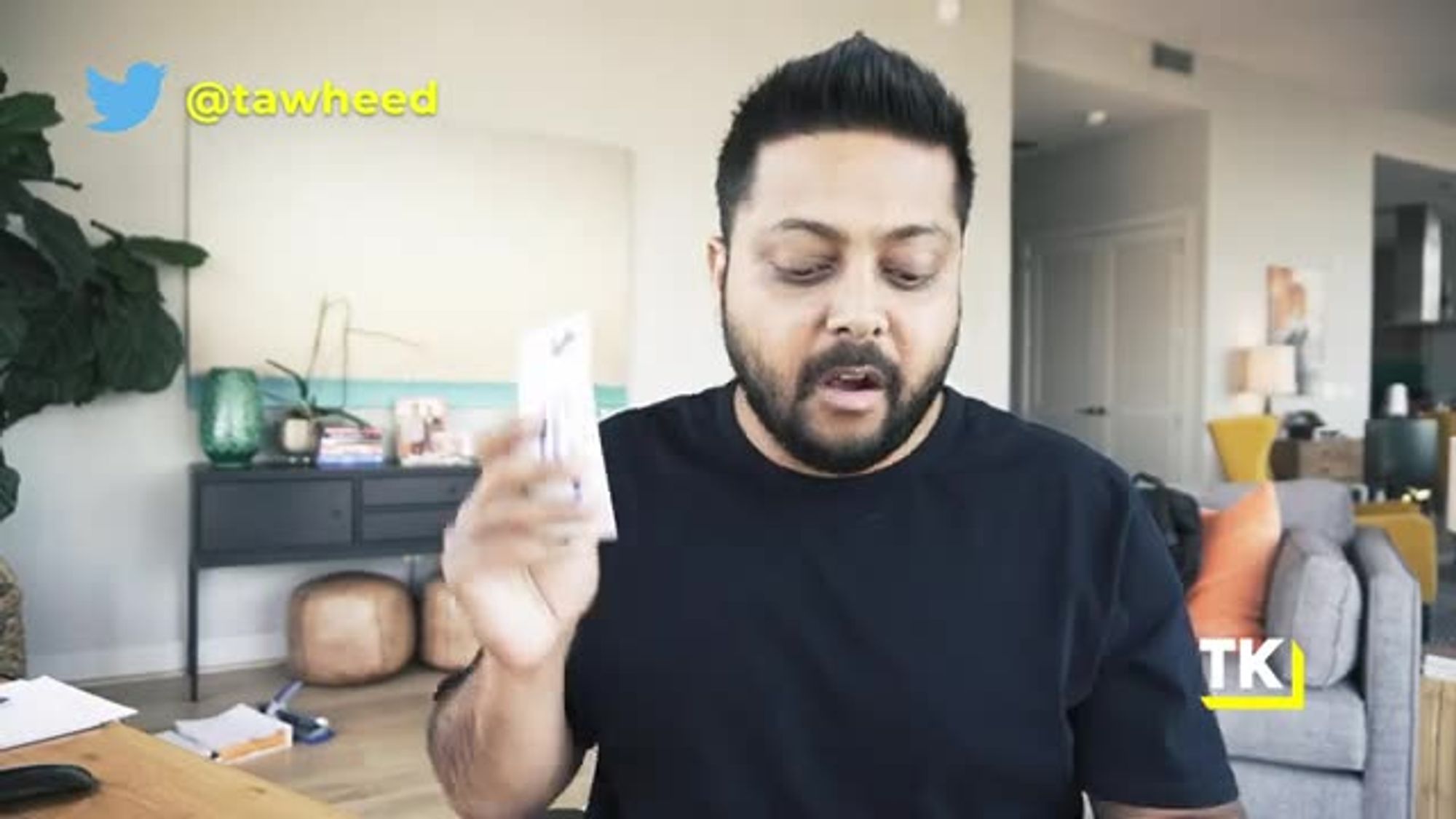
Okay, so that's principle number one.

Principle number two
is, how do you make sure
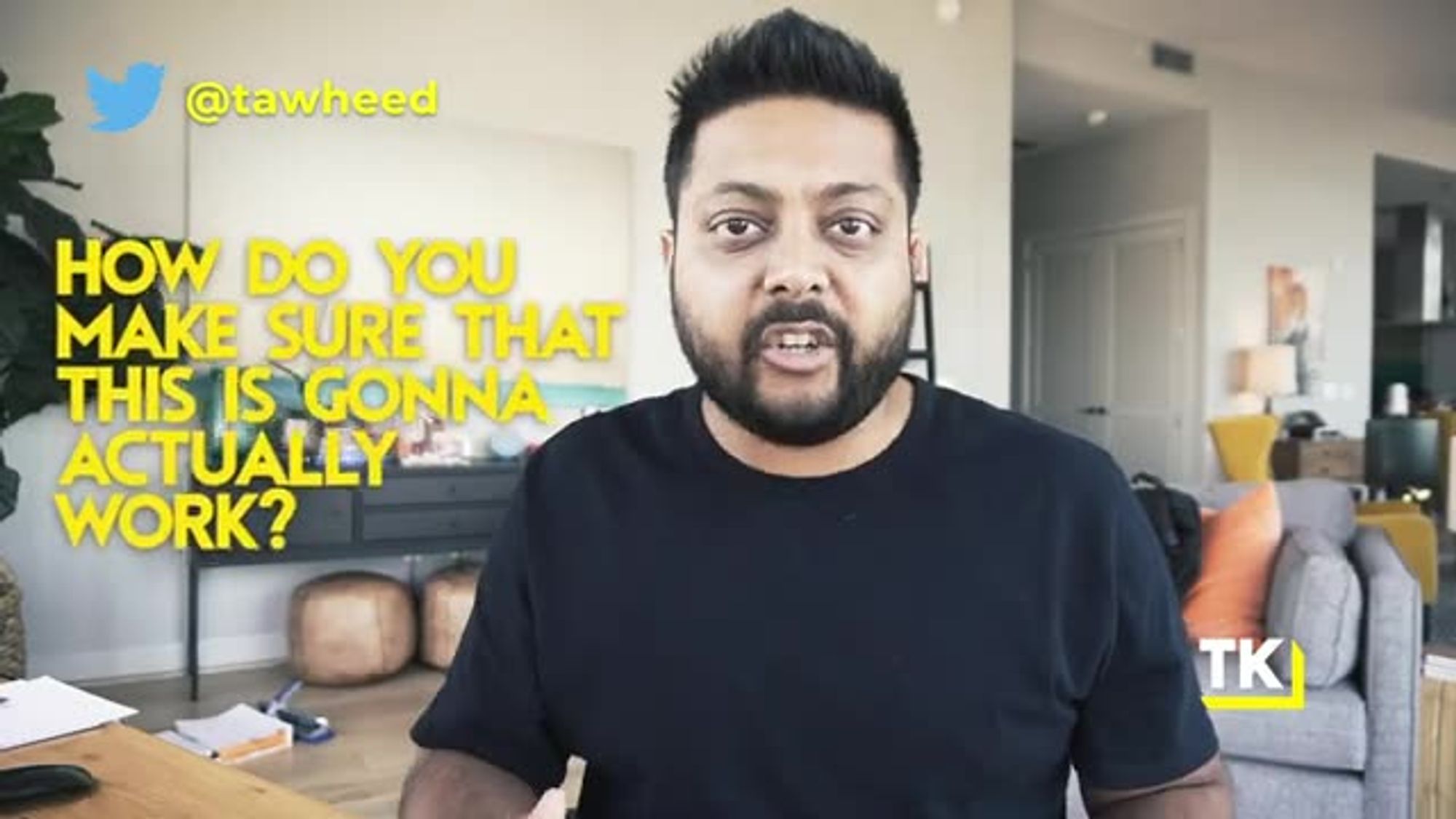
that this is gonna actually work?
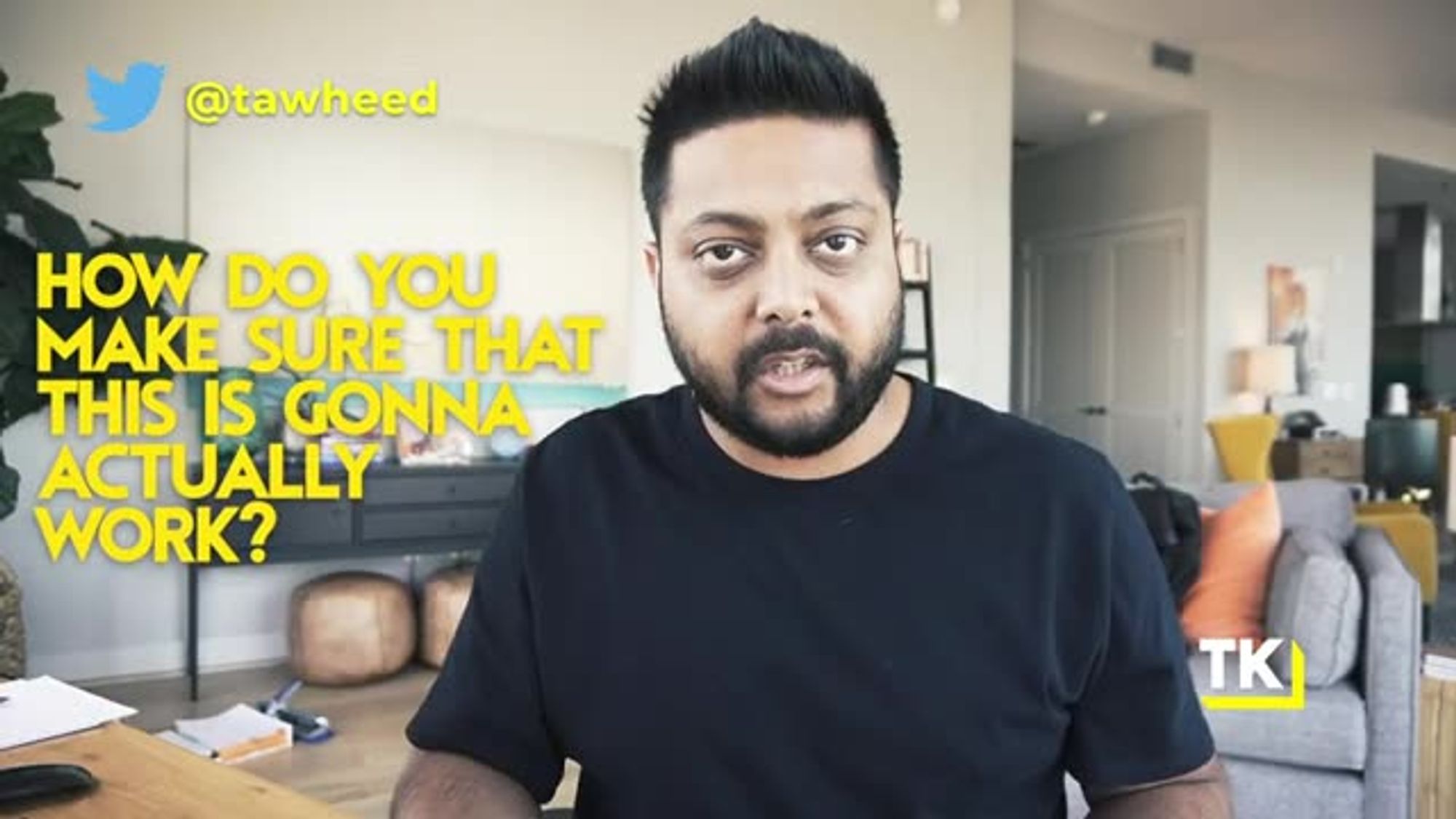
So the principle number two is,
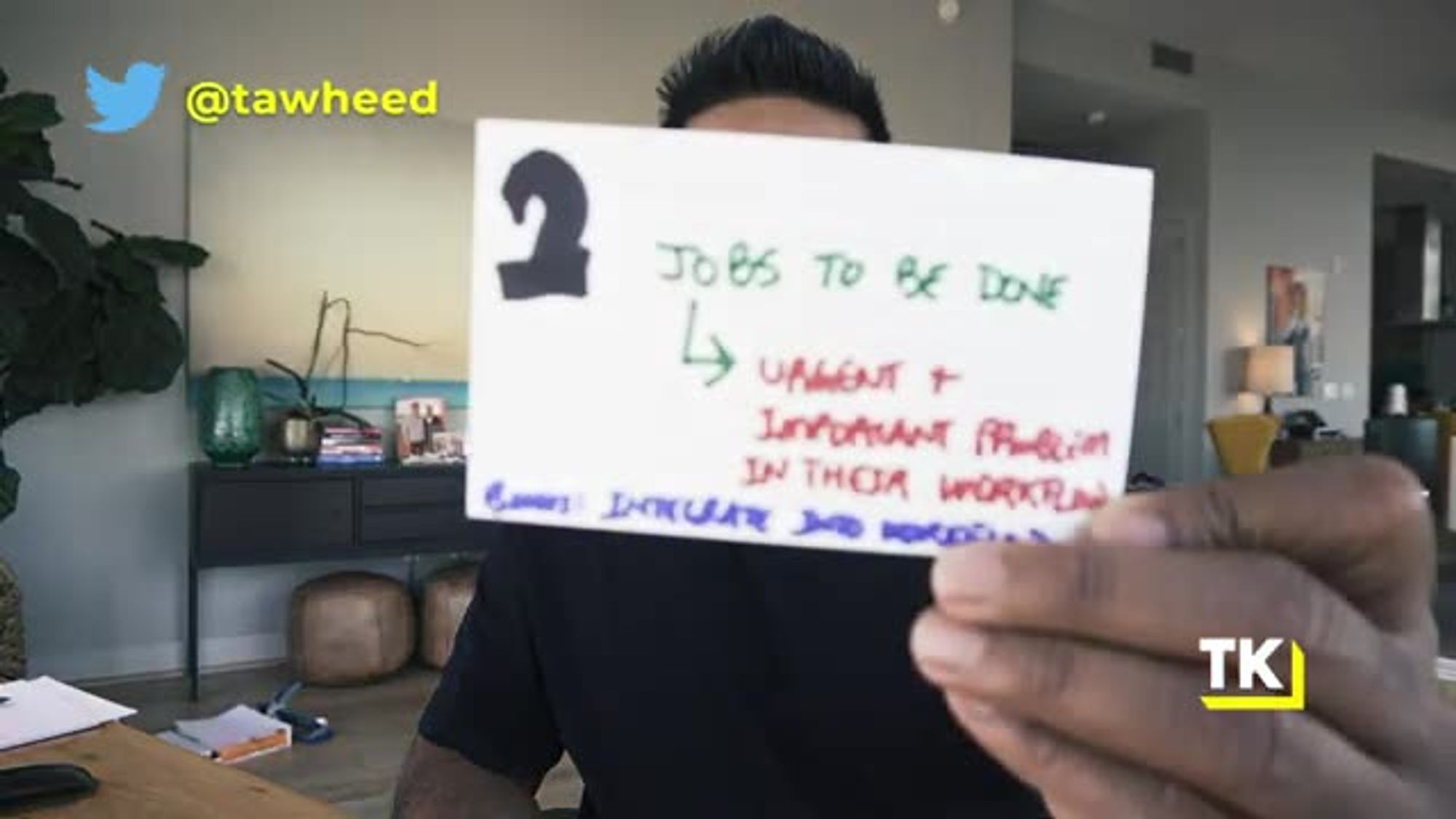
you should follow the
jobs to be done framework.
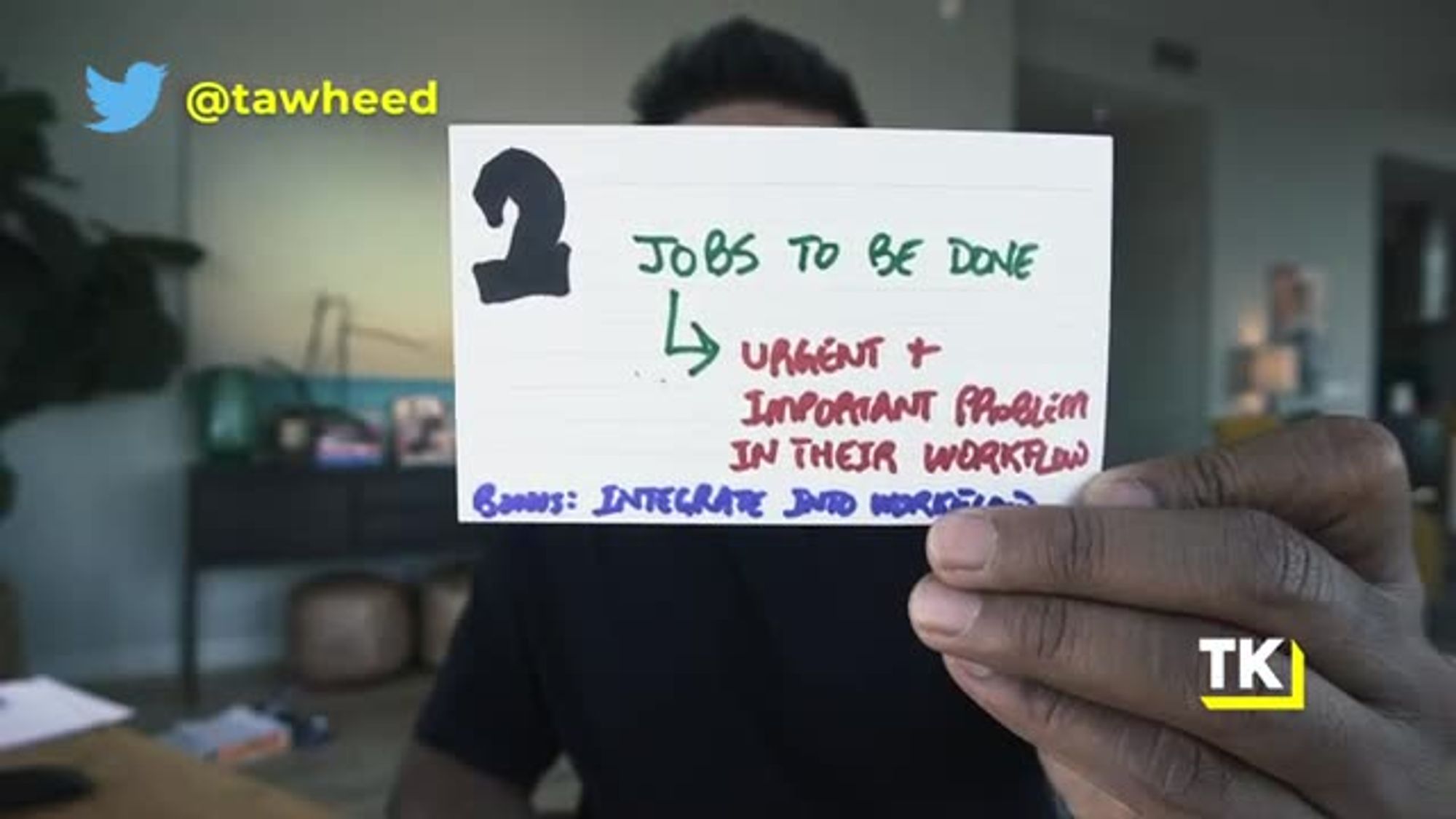
The jobs to be done framework
is essentially a framework
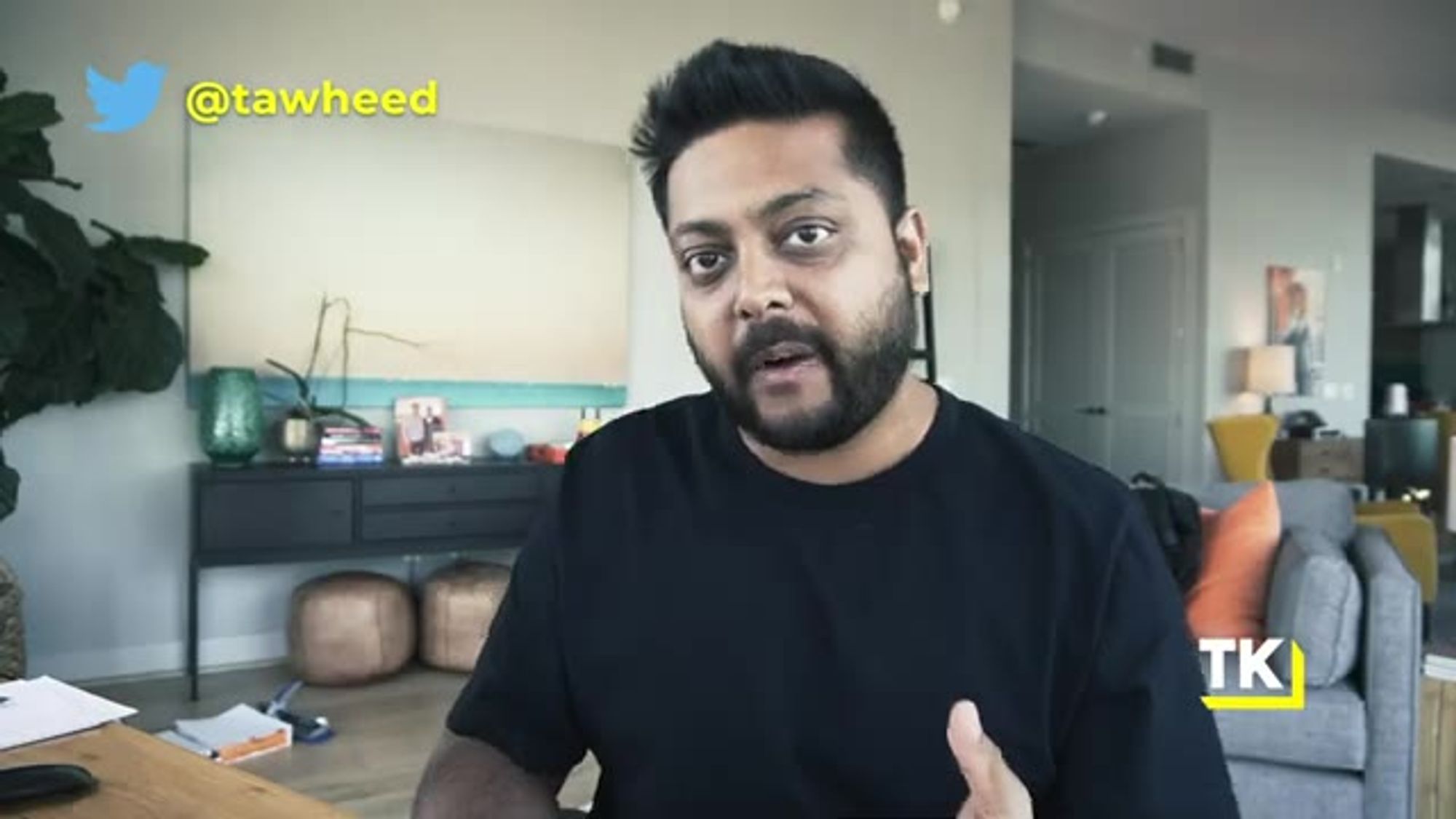
that helps you look at, okay,
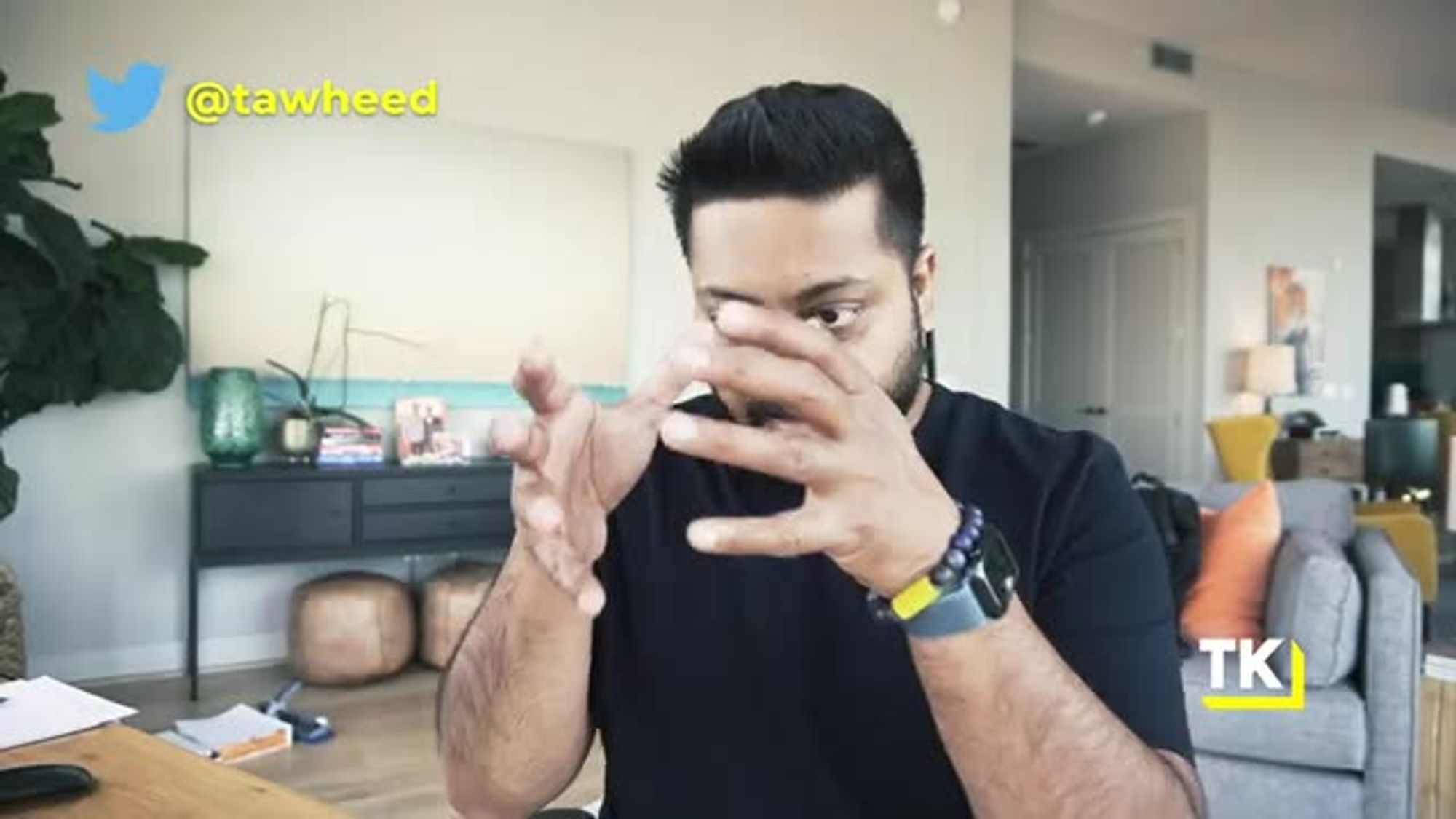
this is an individual
contributor, this is our ICP,

what are the jobs they need to do
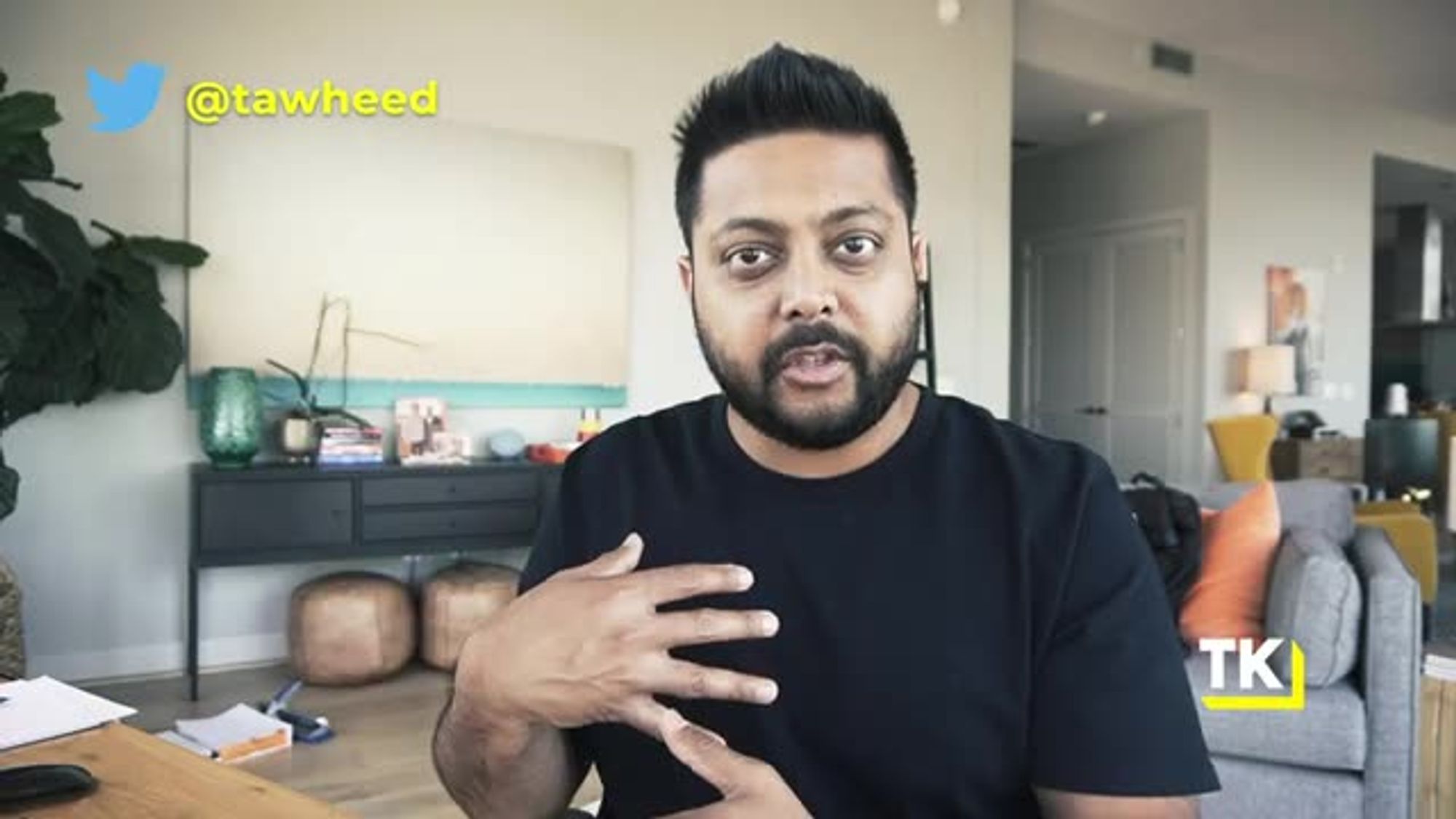
to be effective in their job.
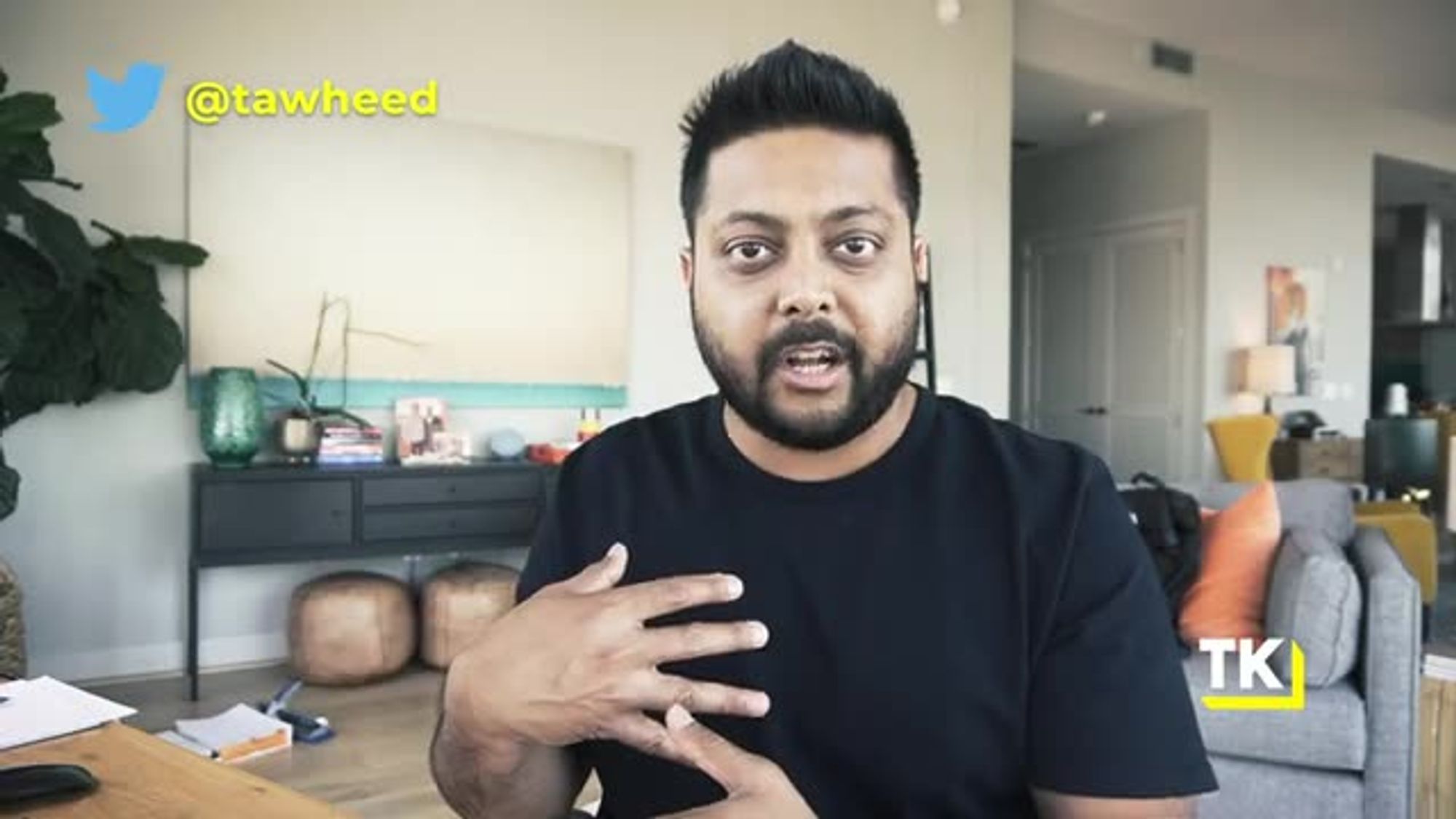
What are they compensated for?
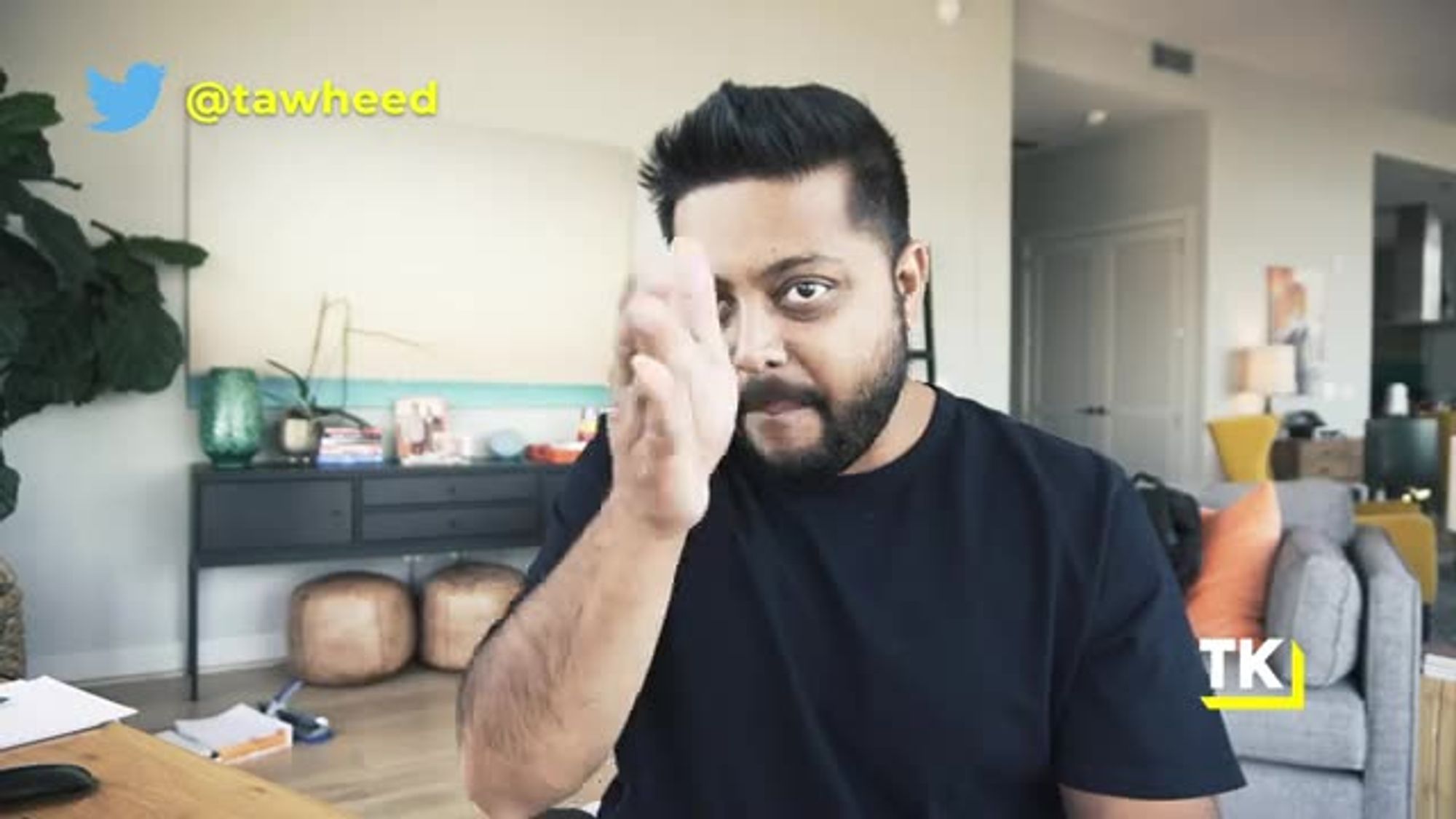
You literally map out using
the jobs to be done framework

and what does this person do?
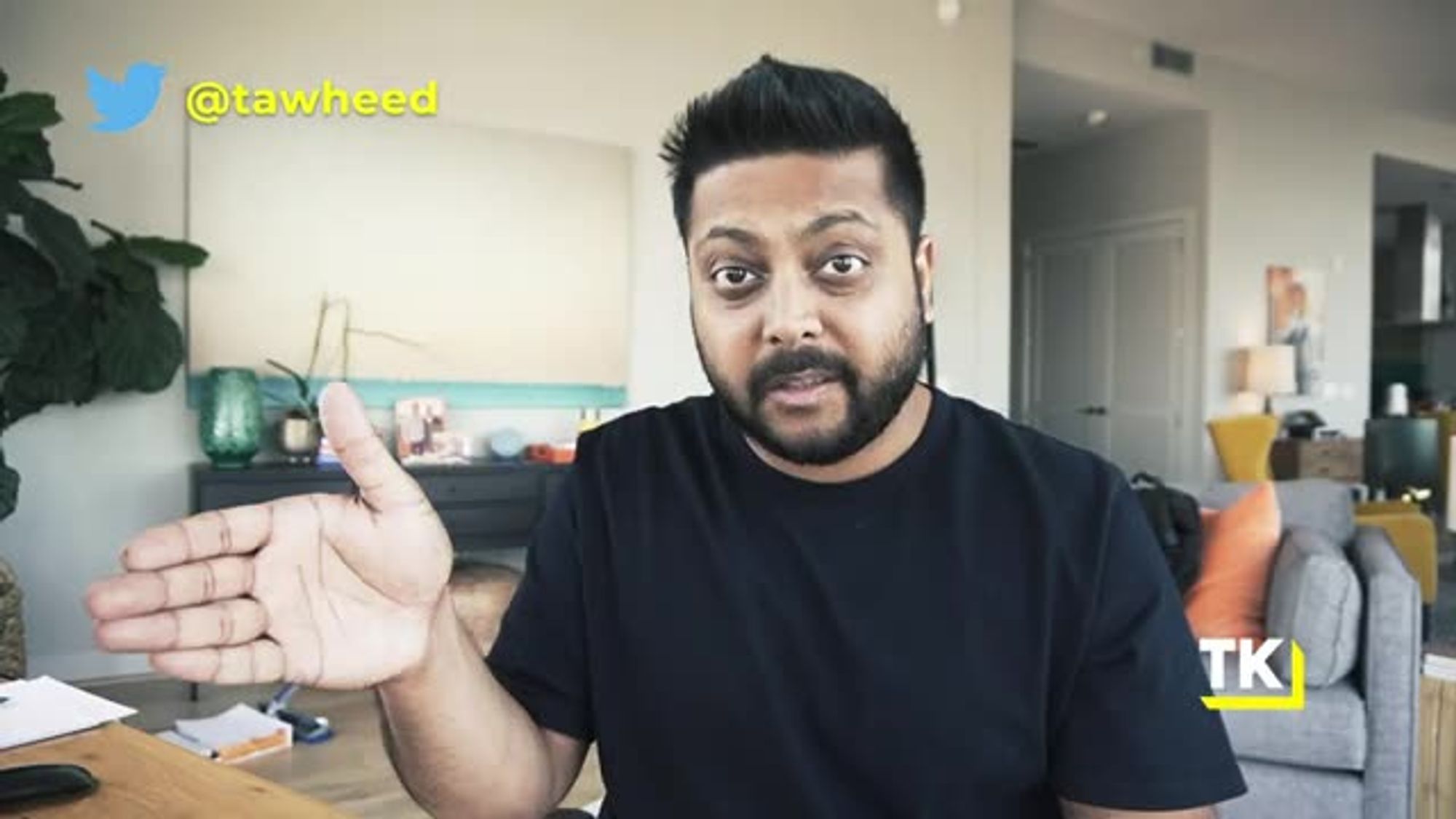
What does their day look like?
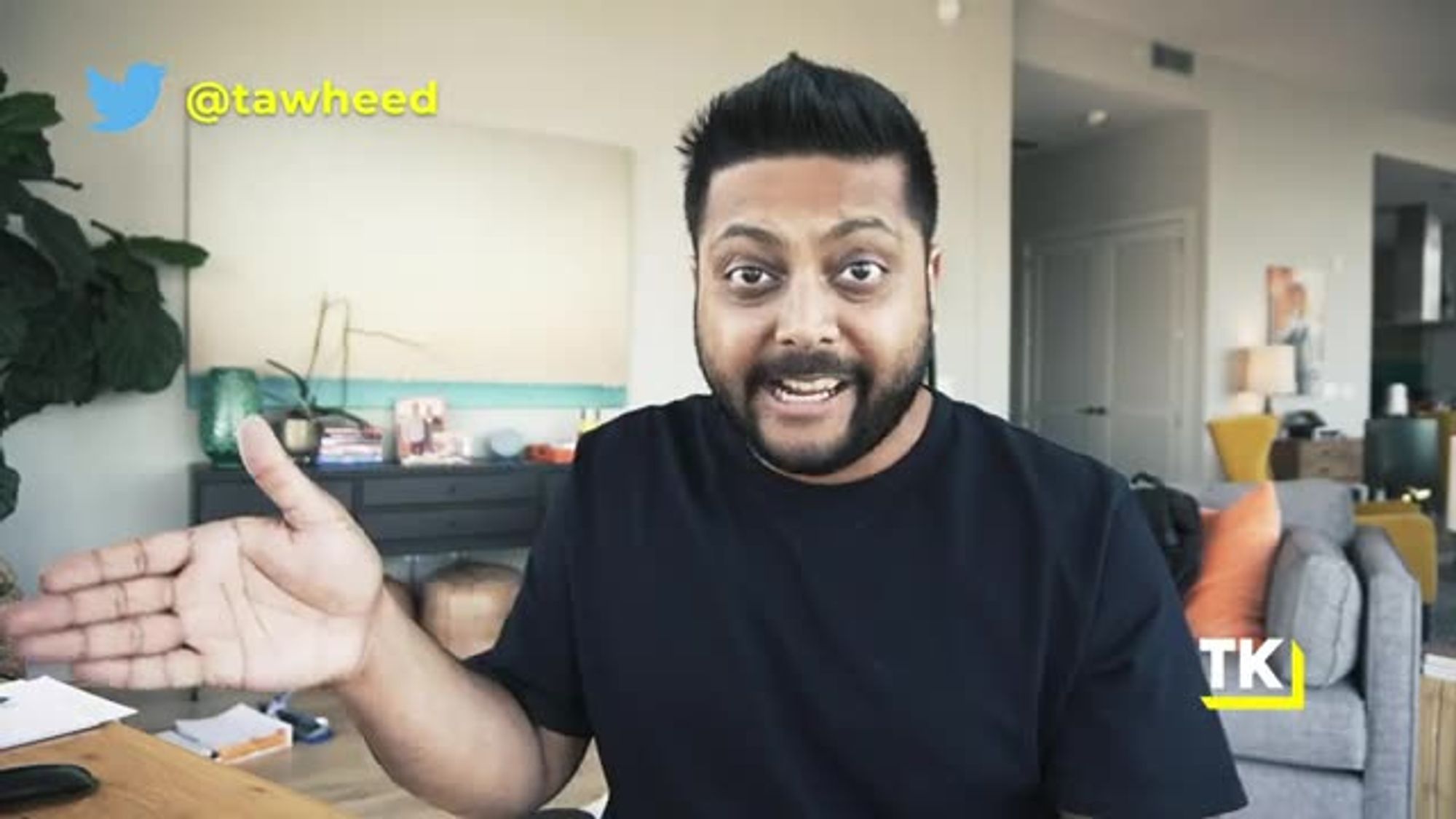
What do they have to accomplish?

What tools do they use?
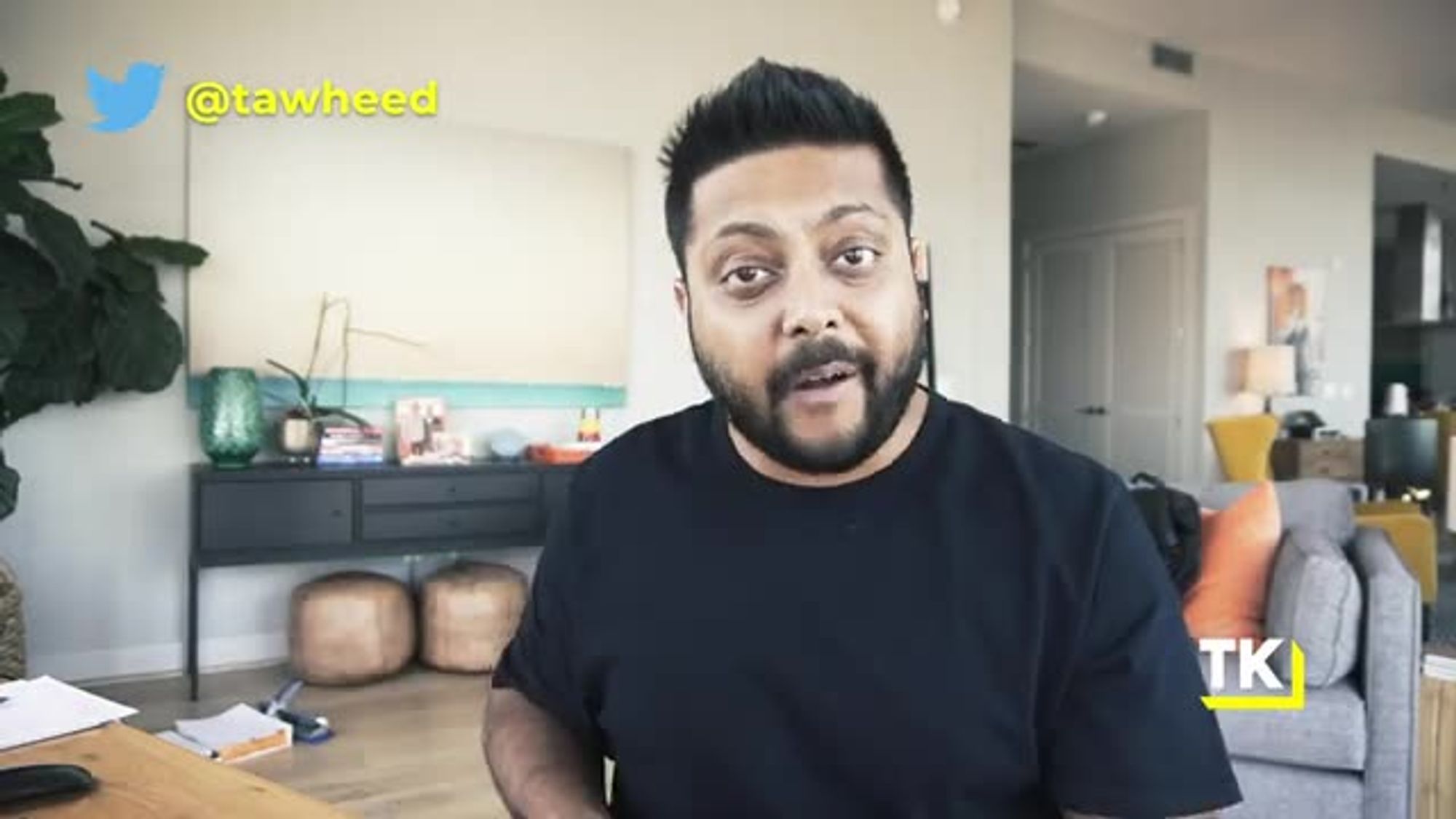
And what you wanna find in
that workflow that they have
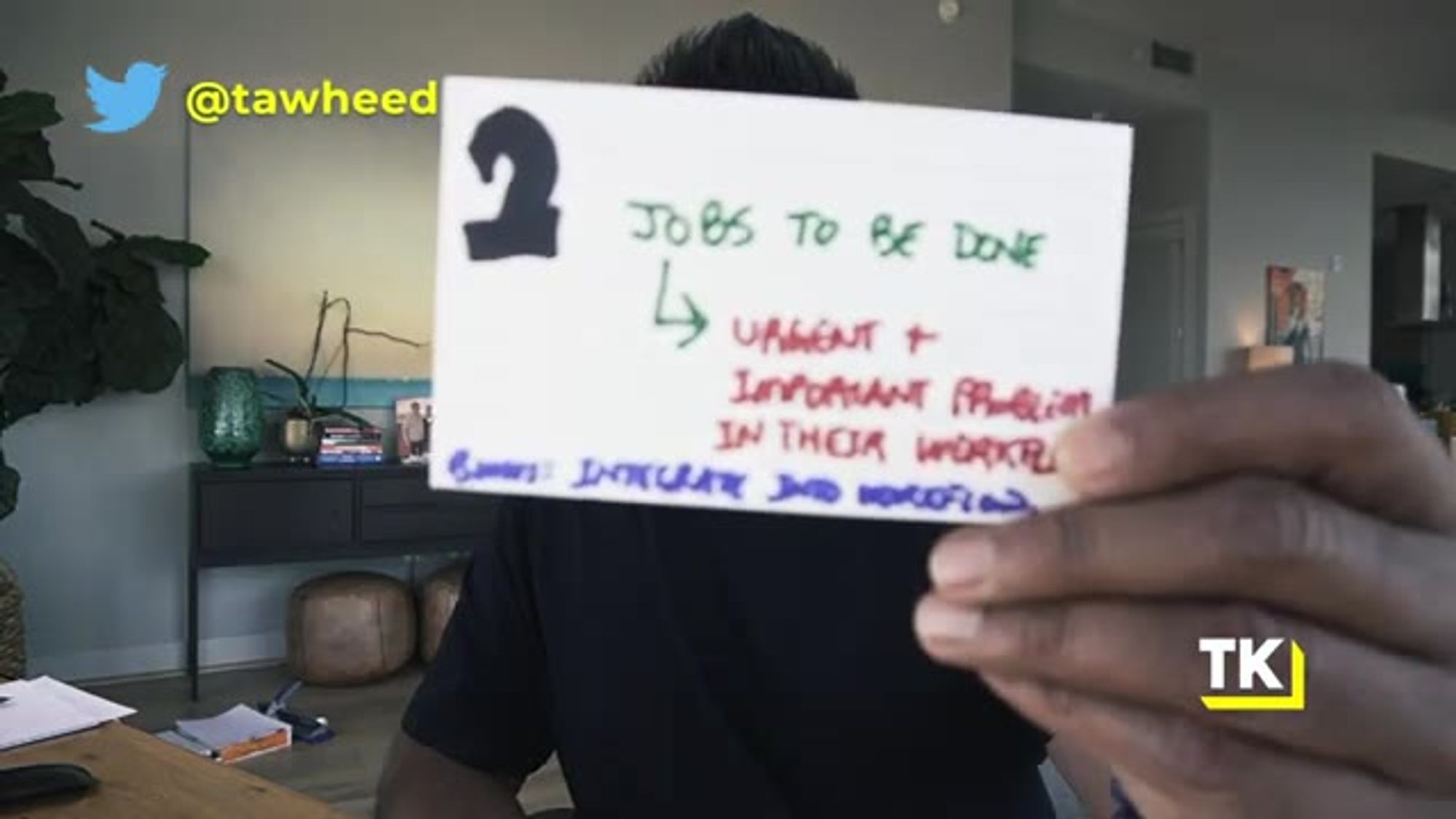
is what is an urgent and important problem
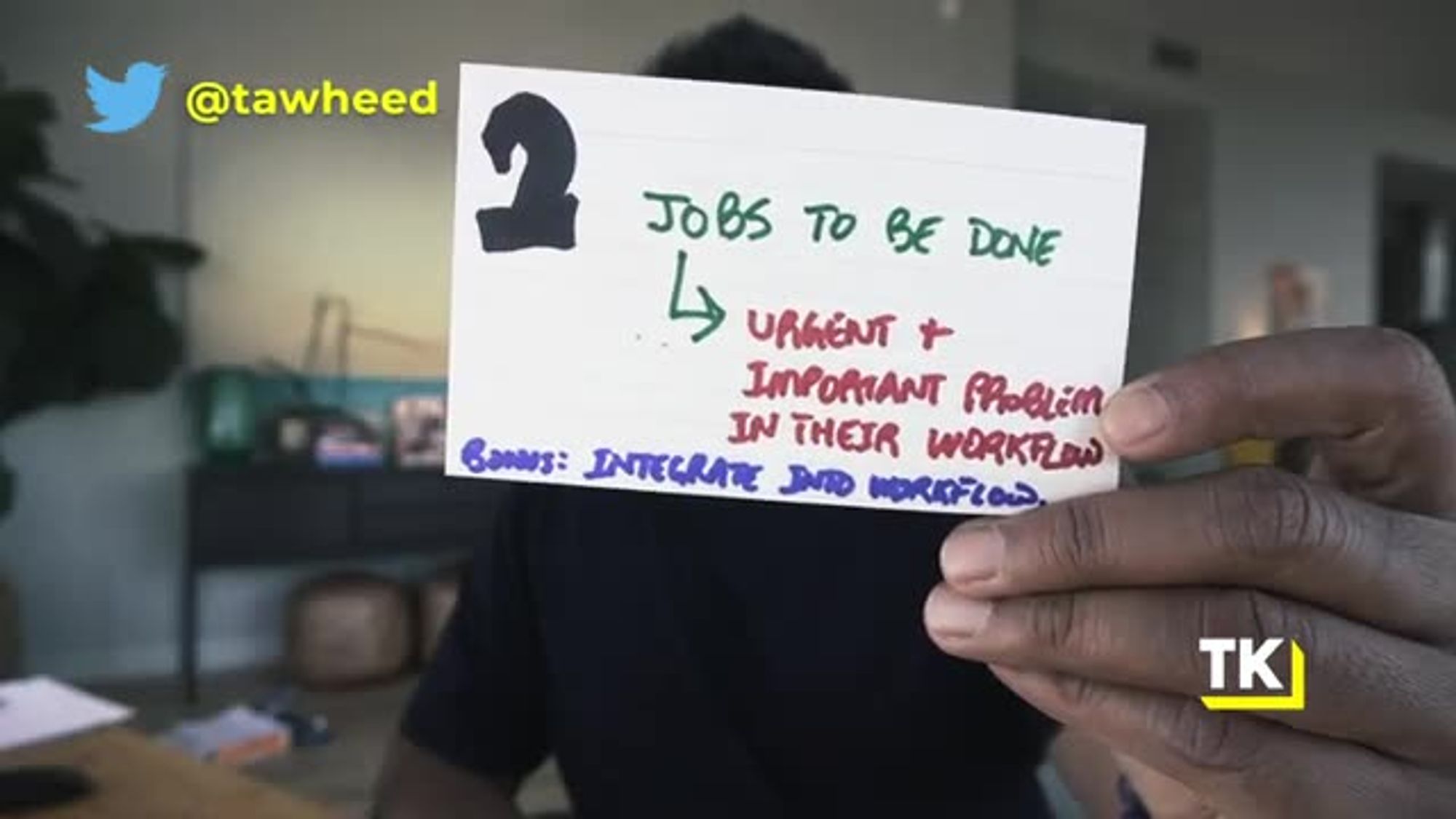
in their workflow?
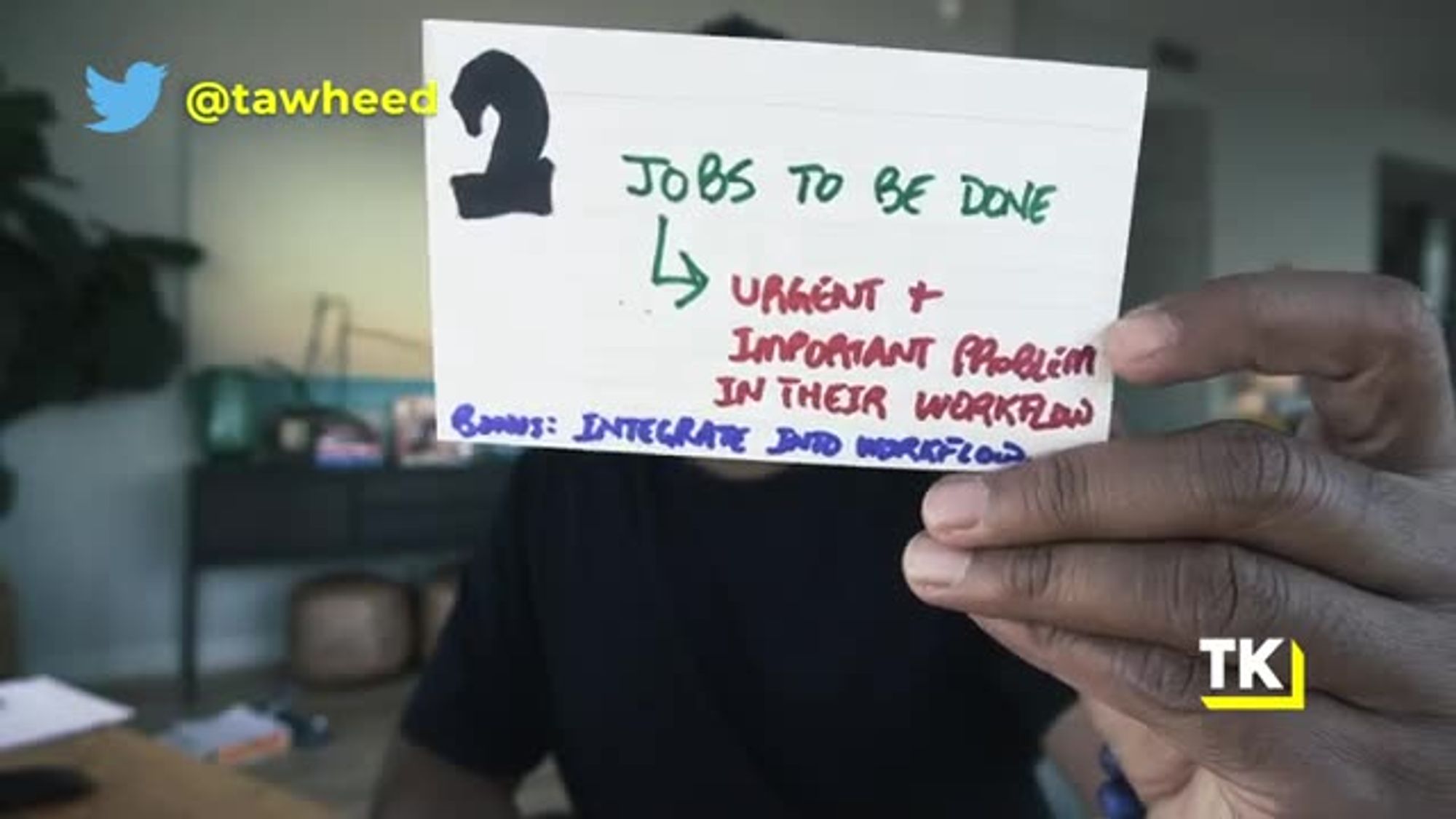
And your SaaS tool needs
to solve an urgent,
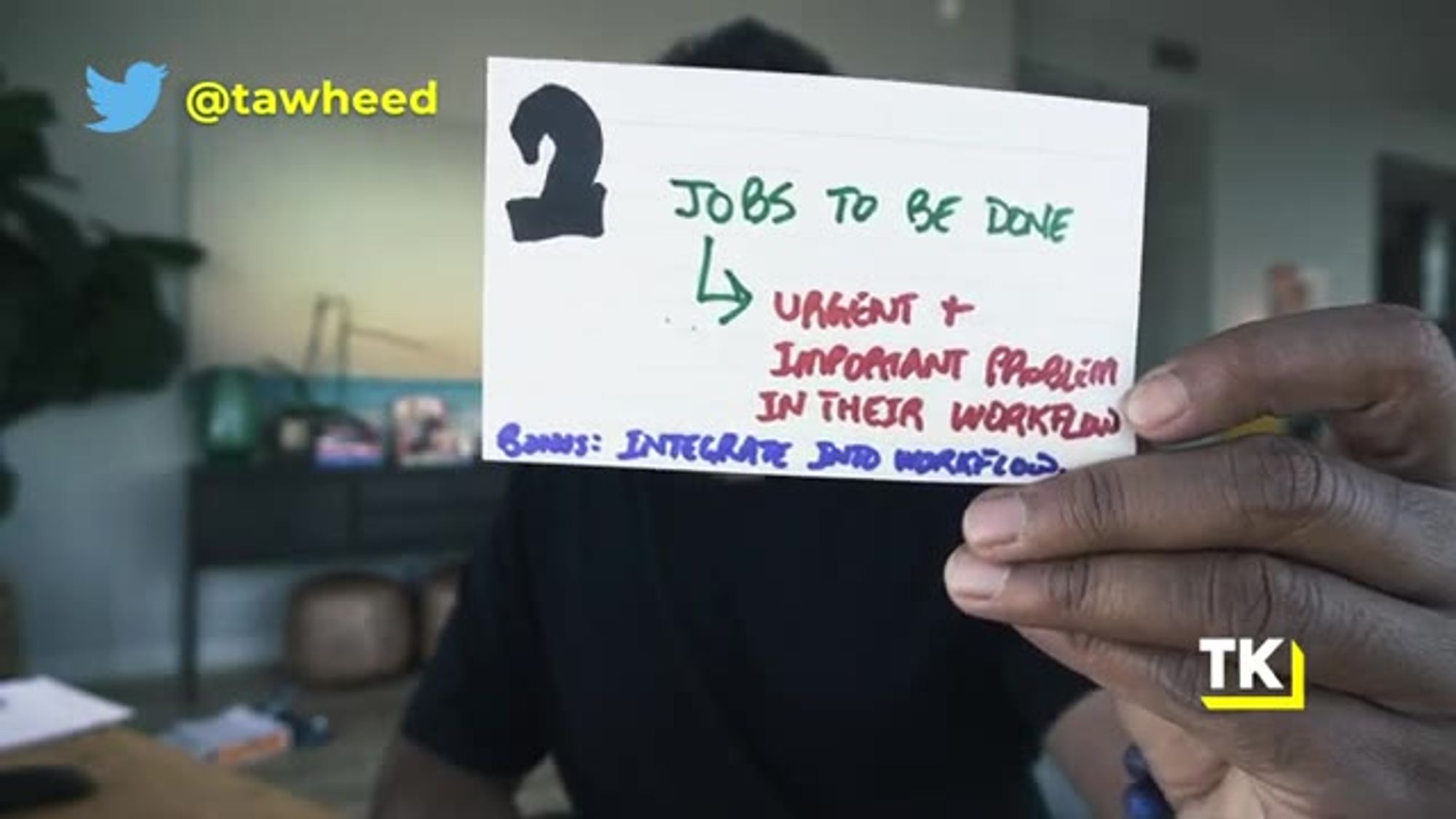
important problem in their workflow.
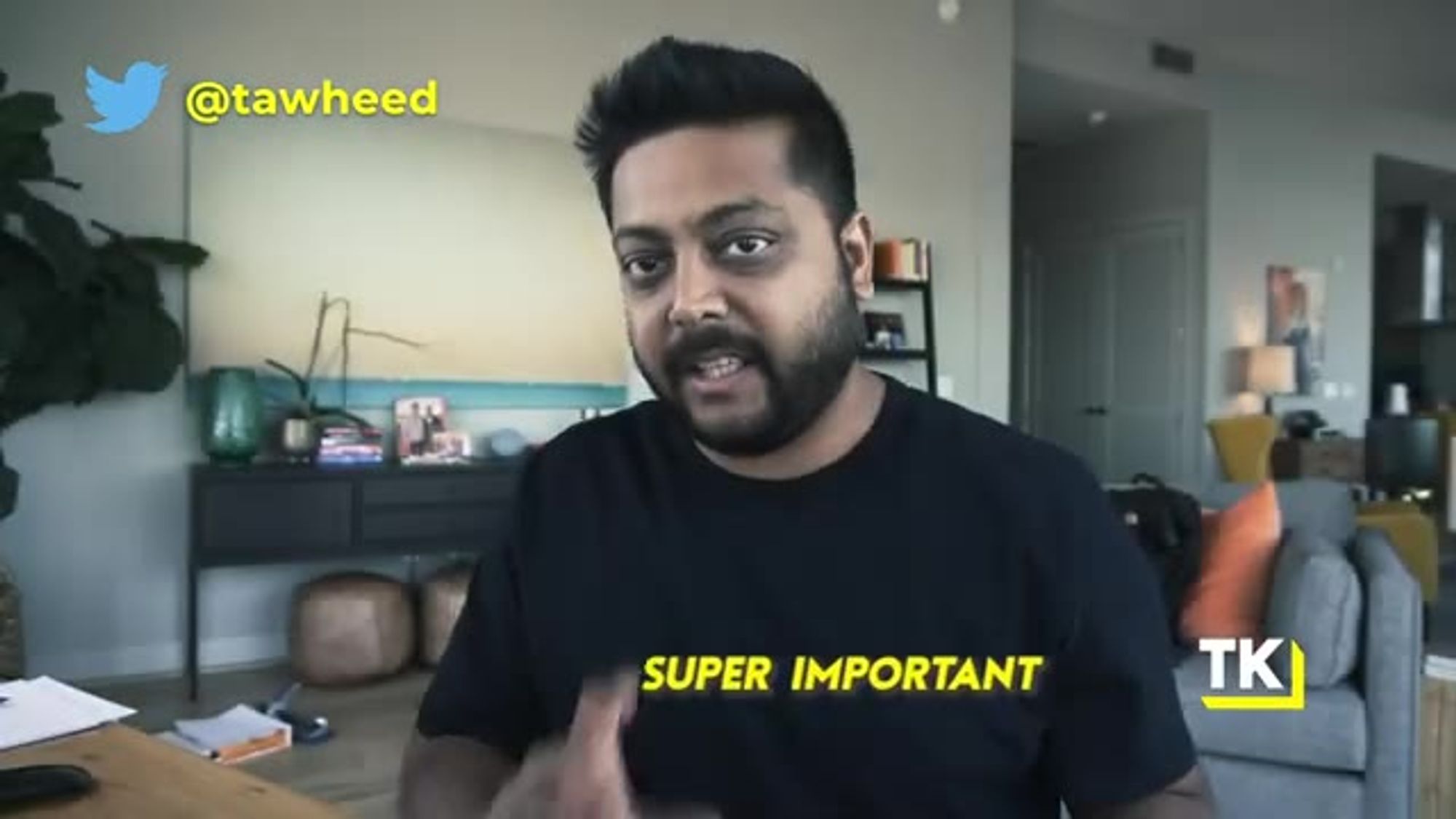
That's super important.
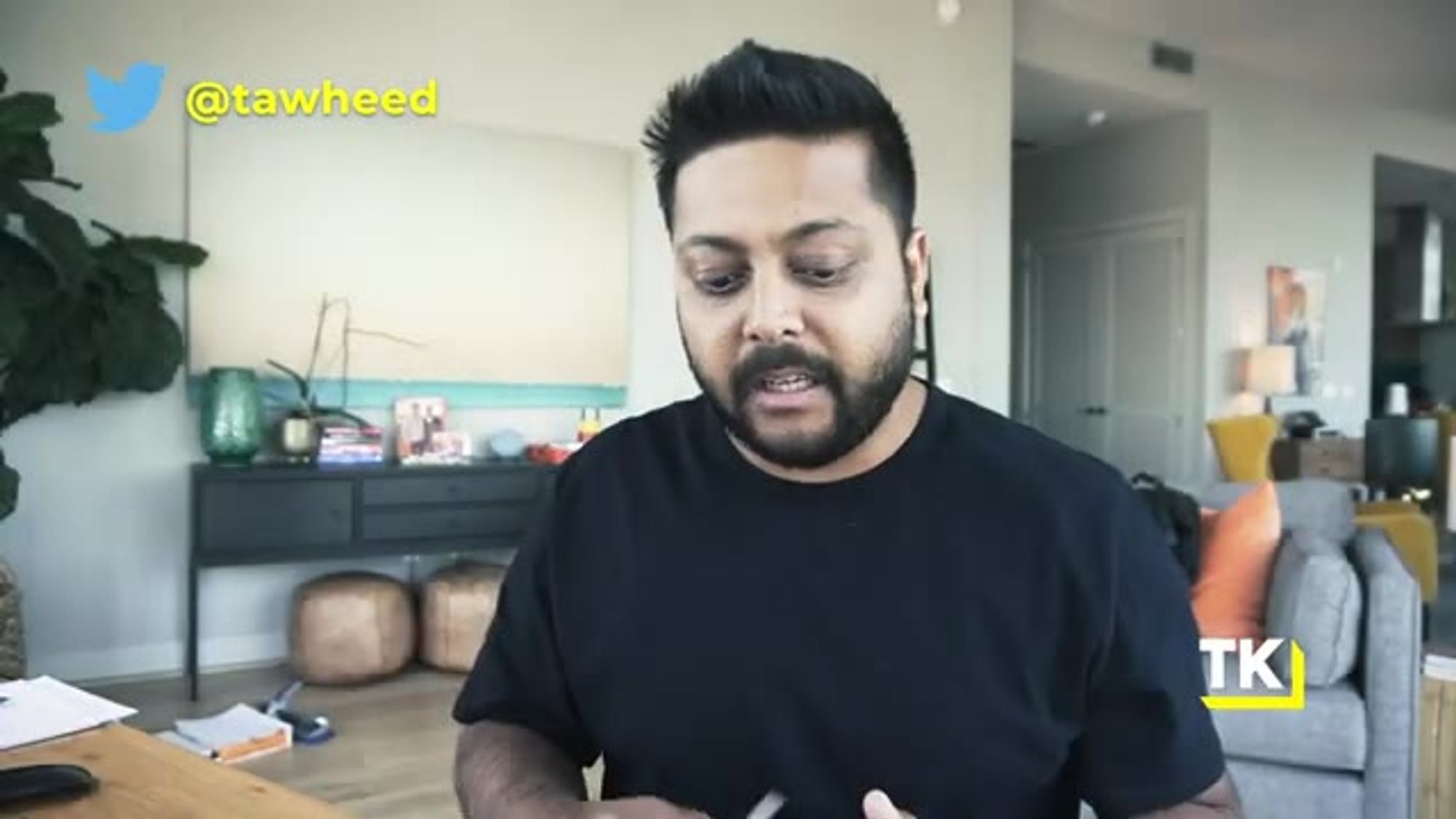
A lot of times, ultimately,
whether you're building
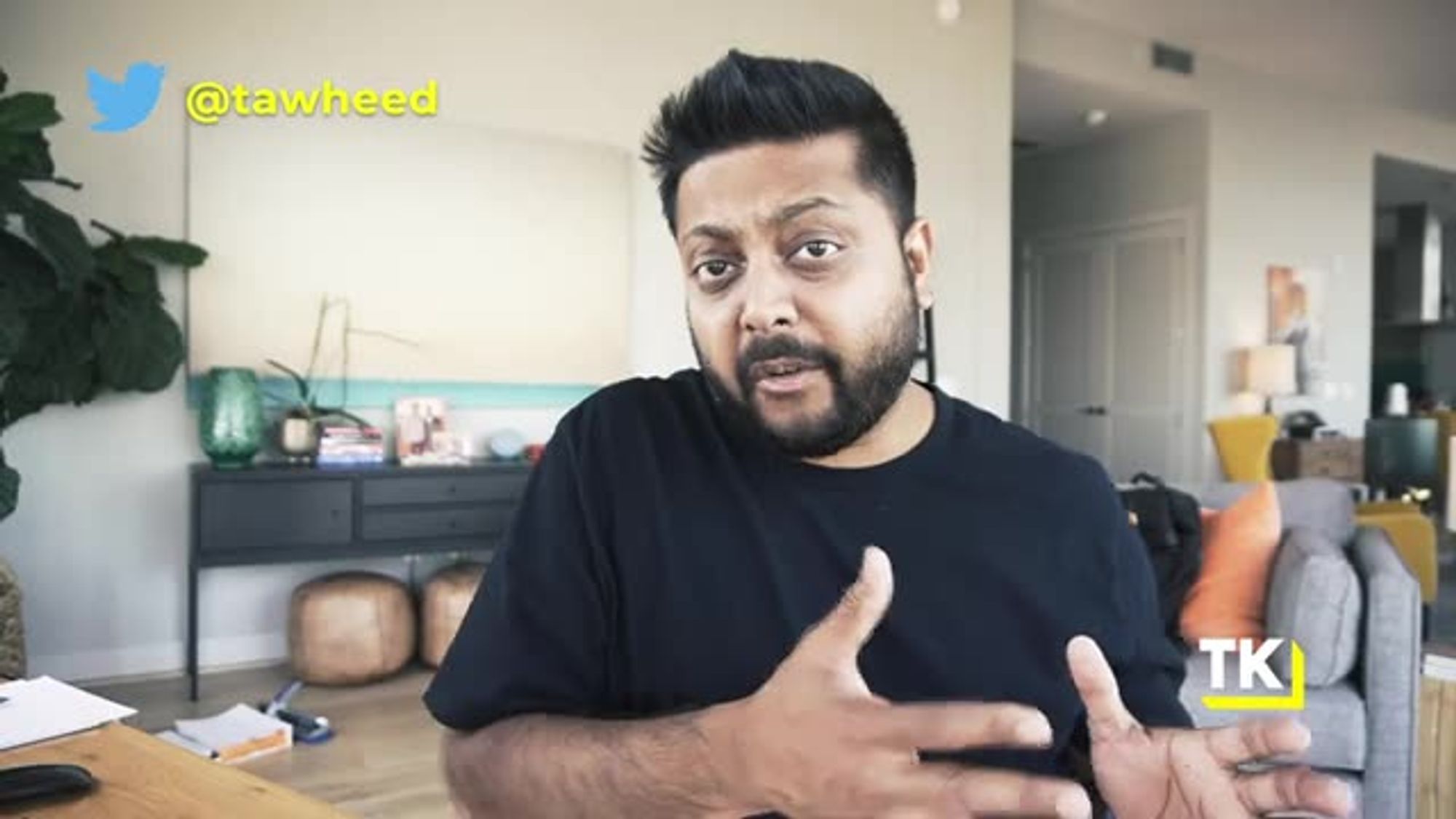
a Micro SaaS business or a SaaS business,
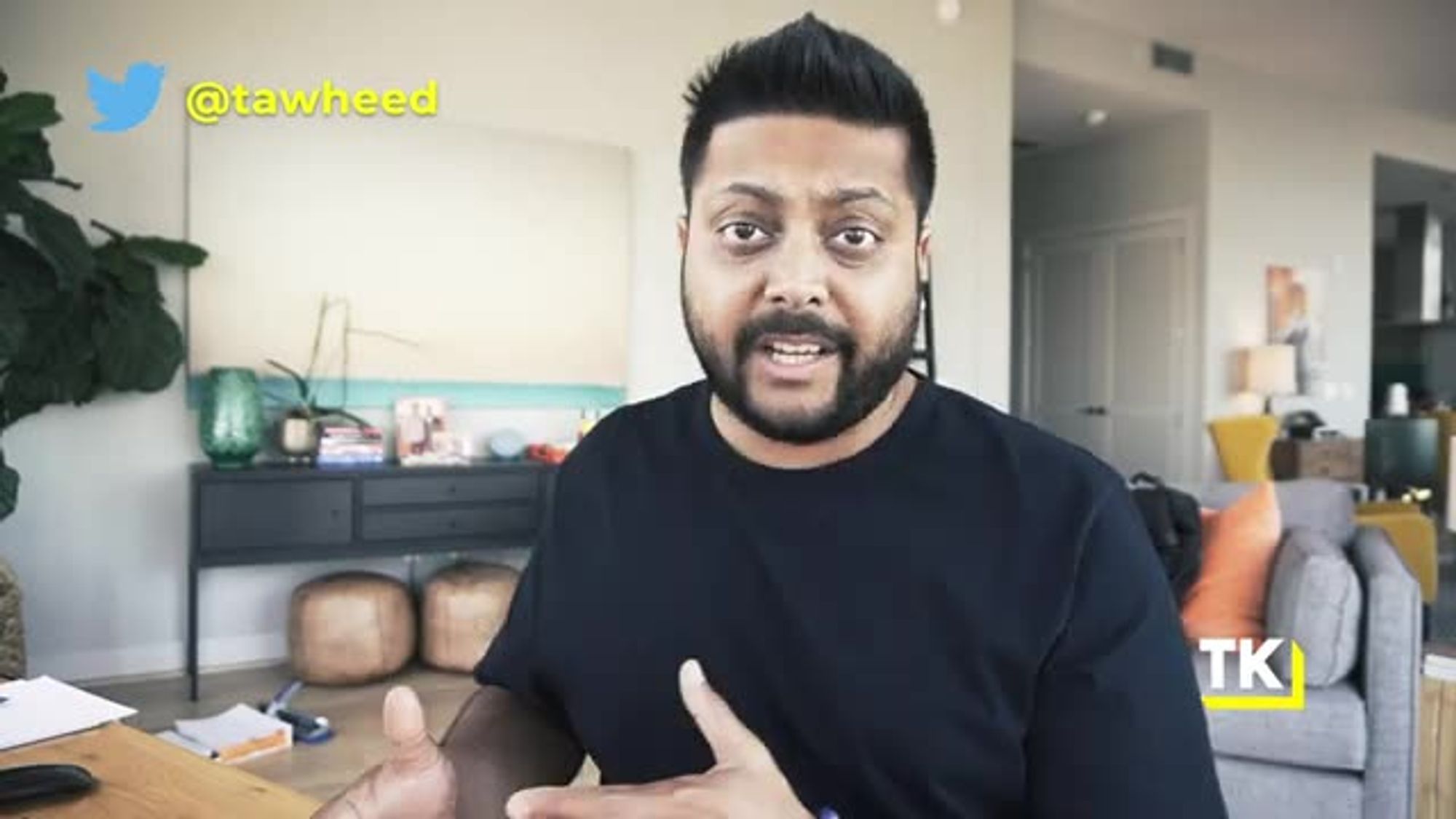
you need to make sure
you're solving an urgent,
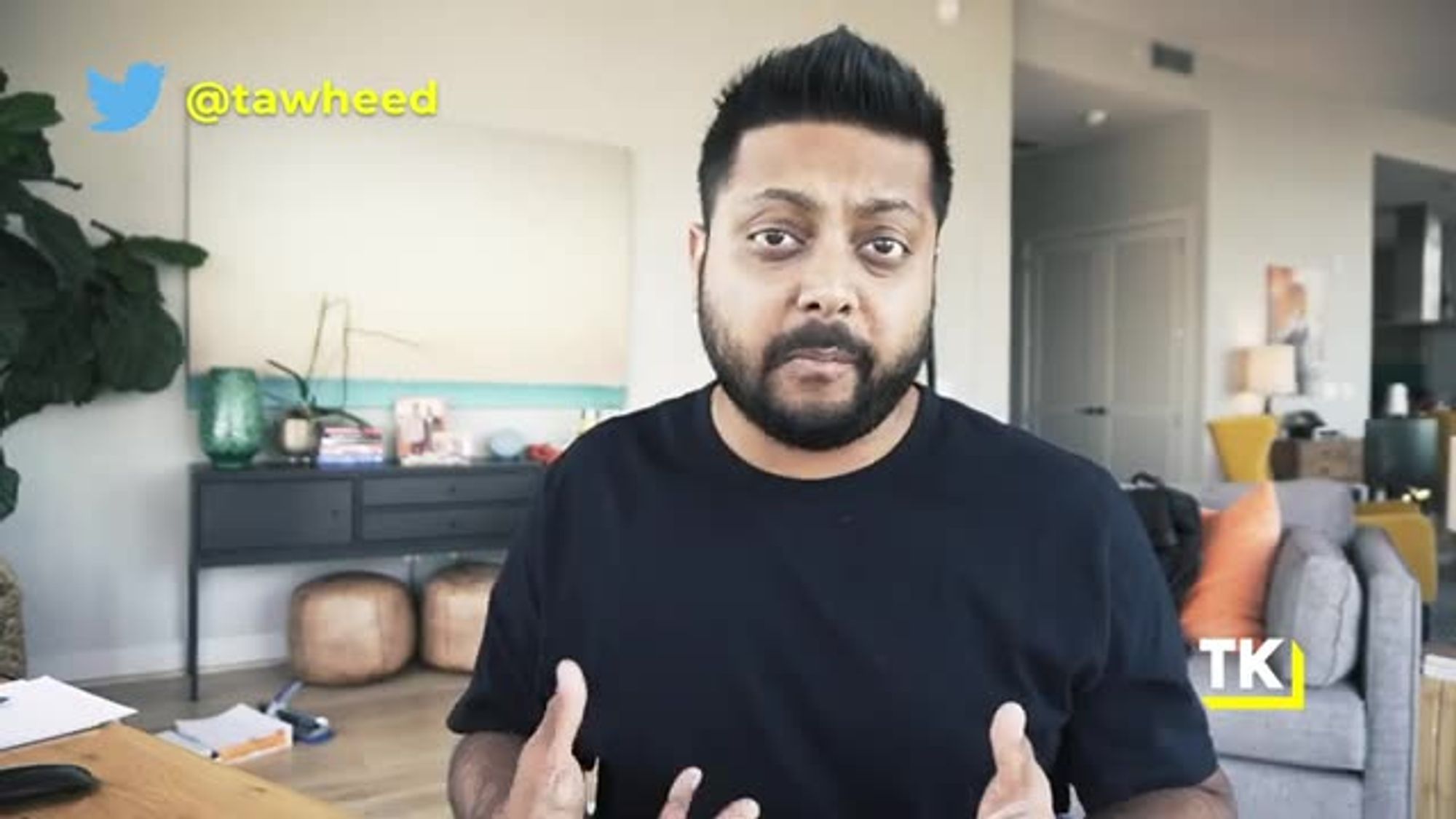
important problem, if you're not,
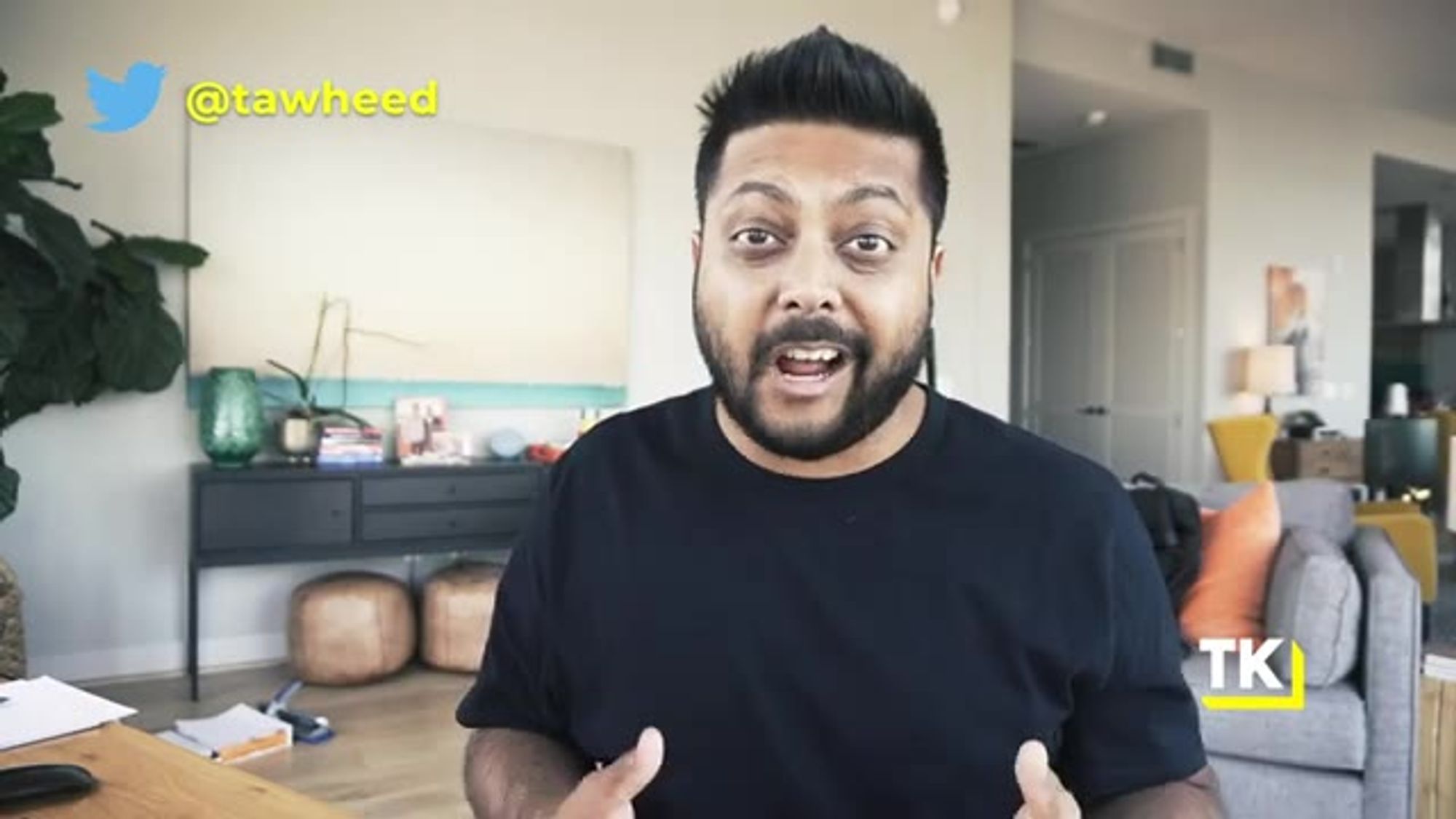
then you gotta spend a
lot of time marketing
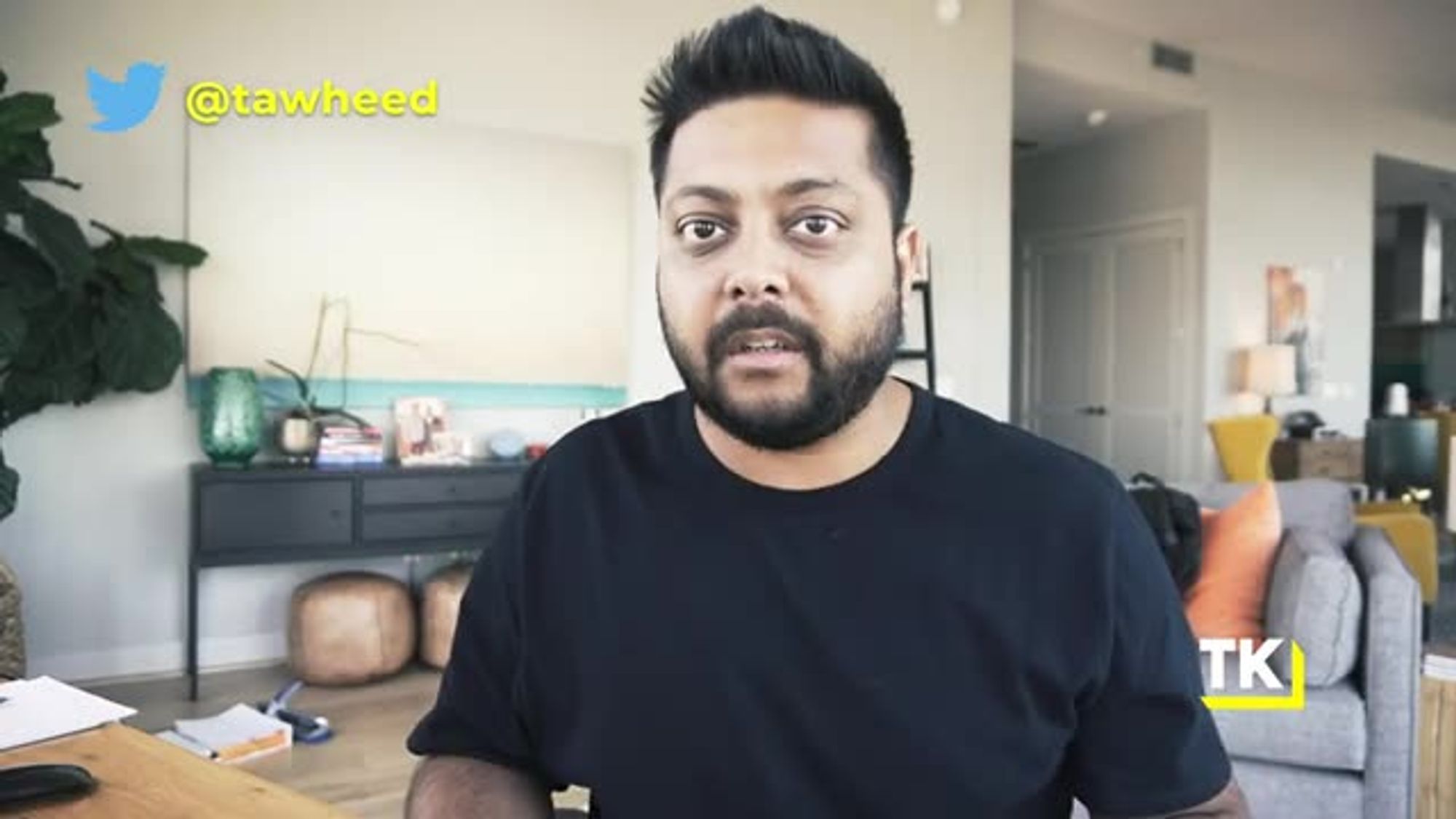
to these people, convincing
them it's an important problem,
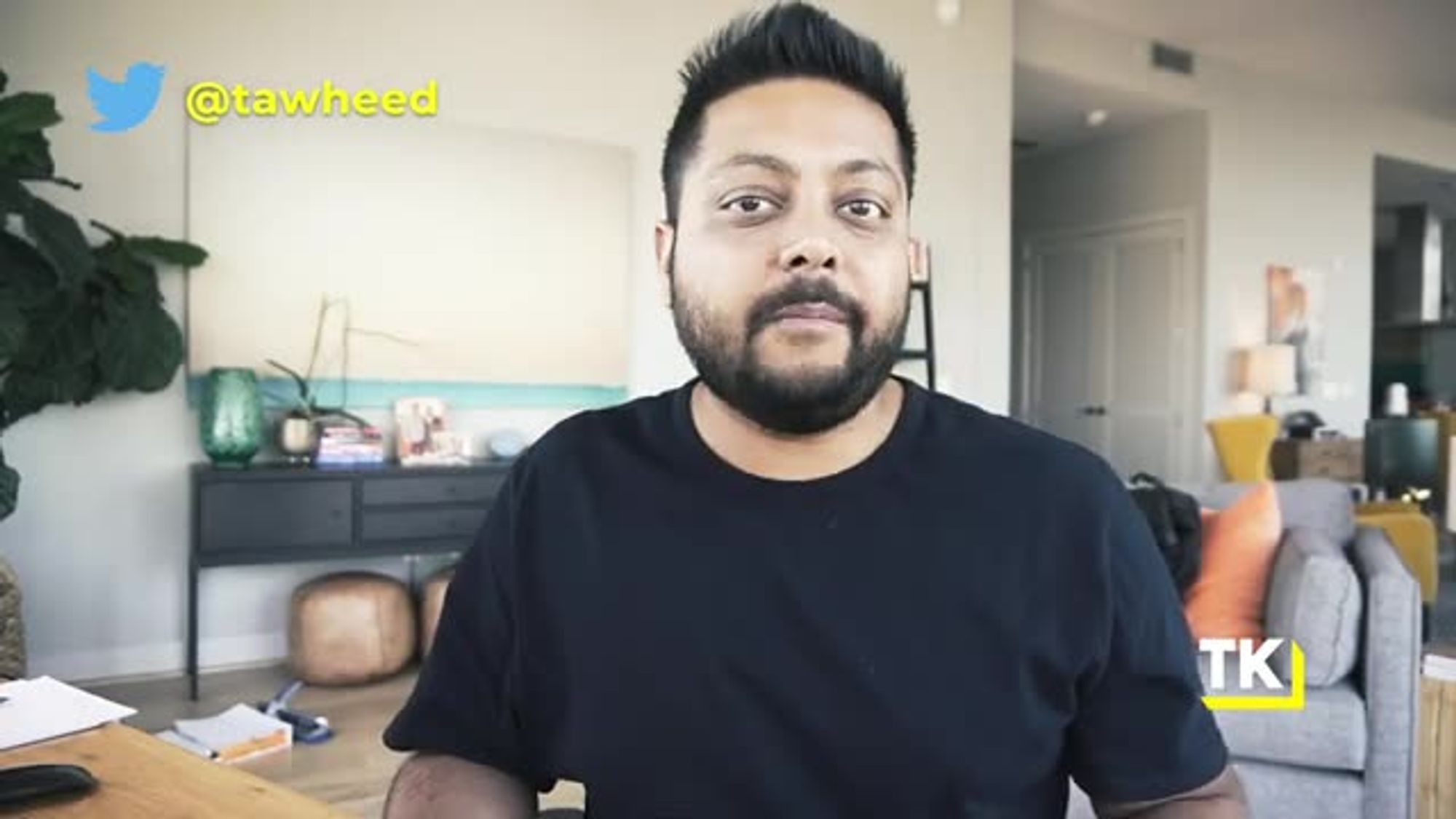
they might not have any money left over
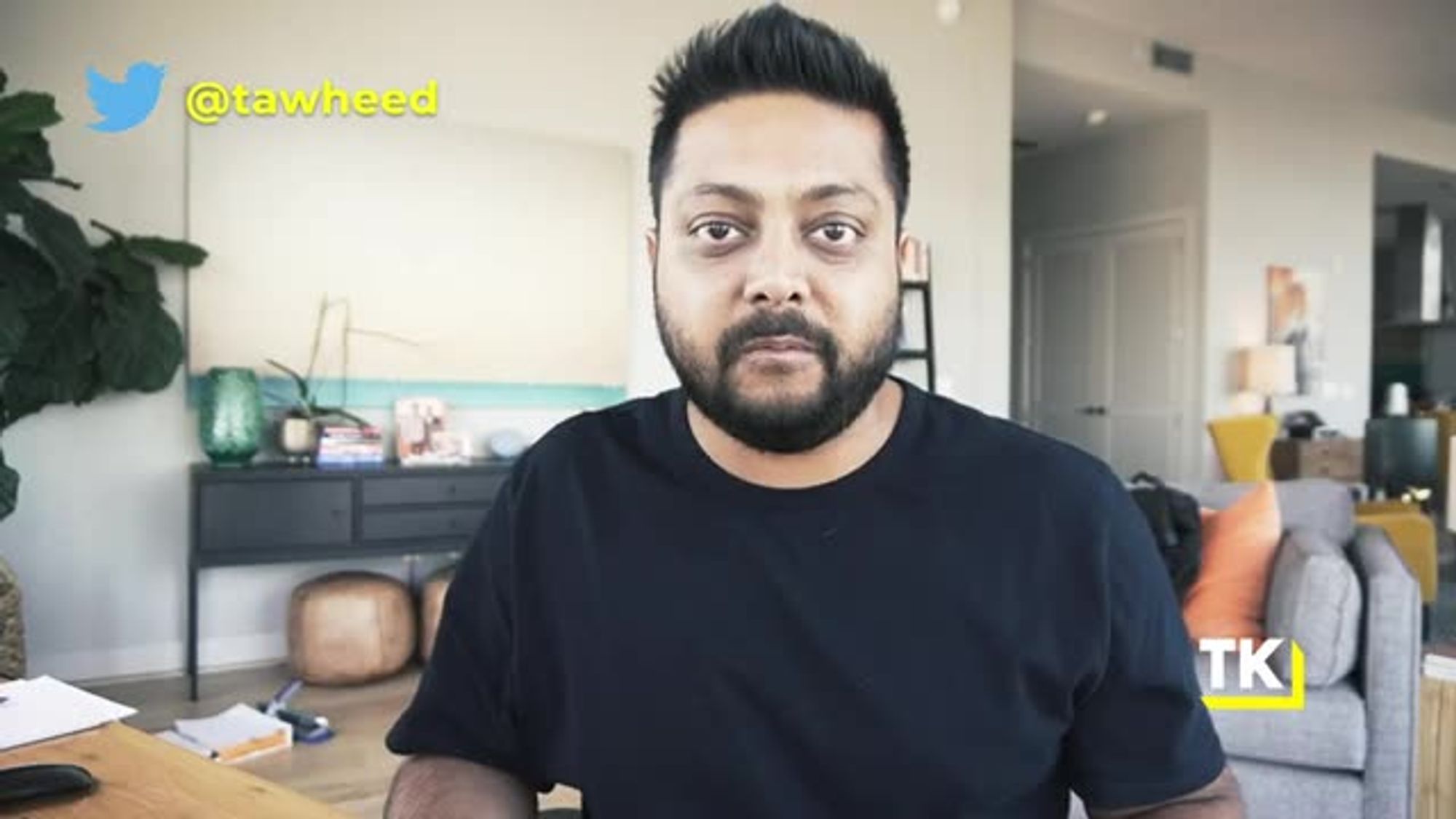
to actually turn on a profit on that user.
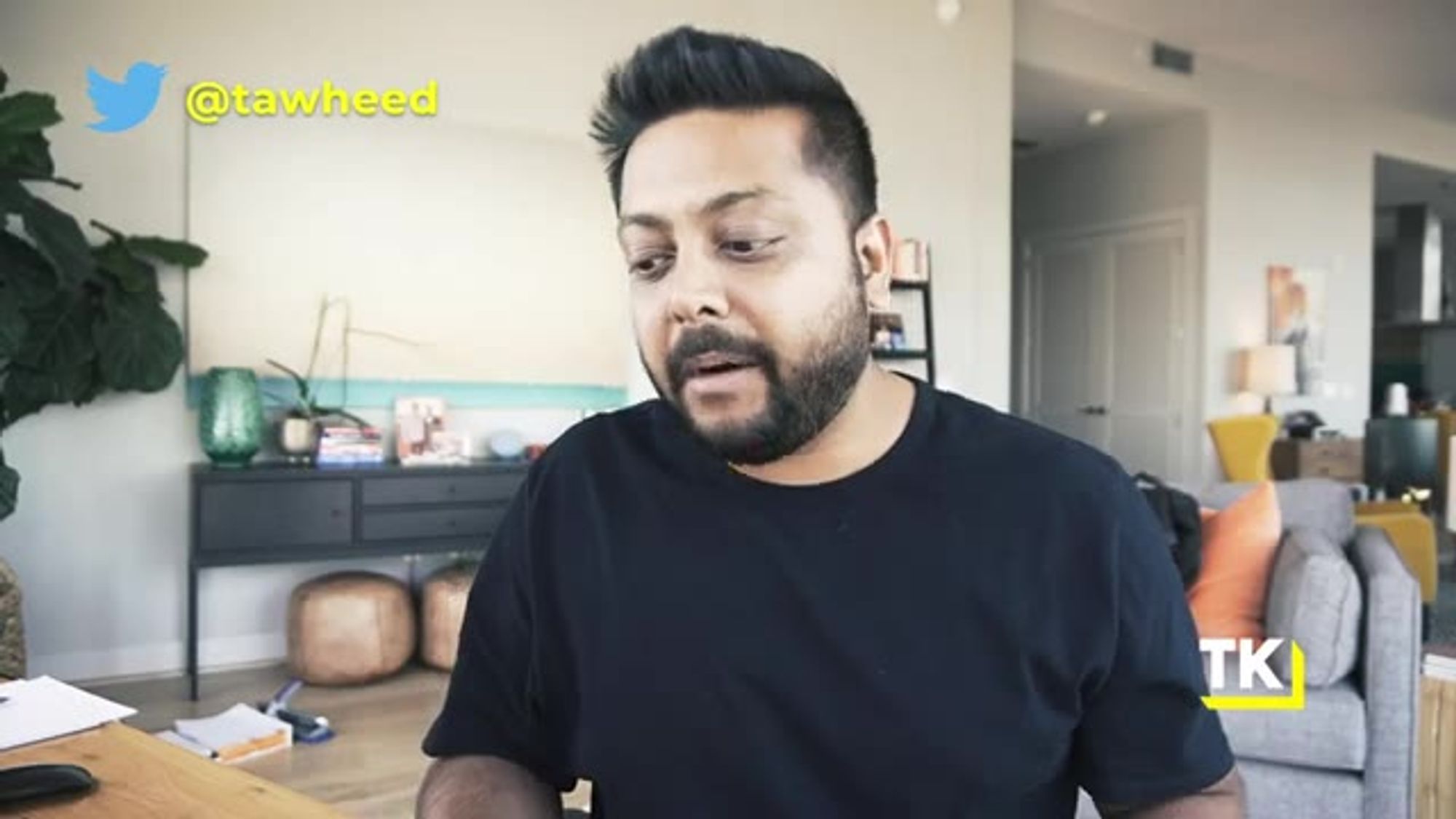
But, if you map out their jobs to be done
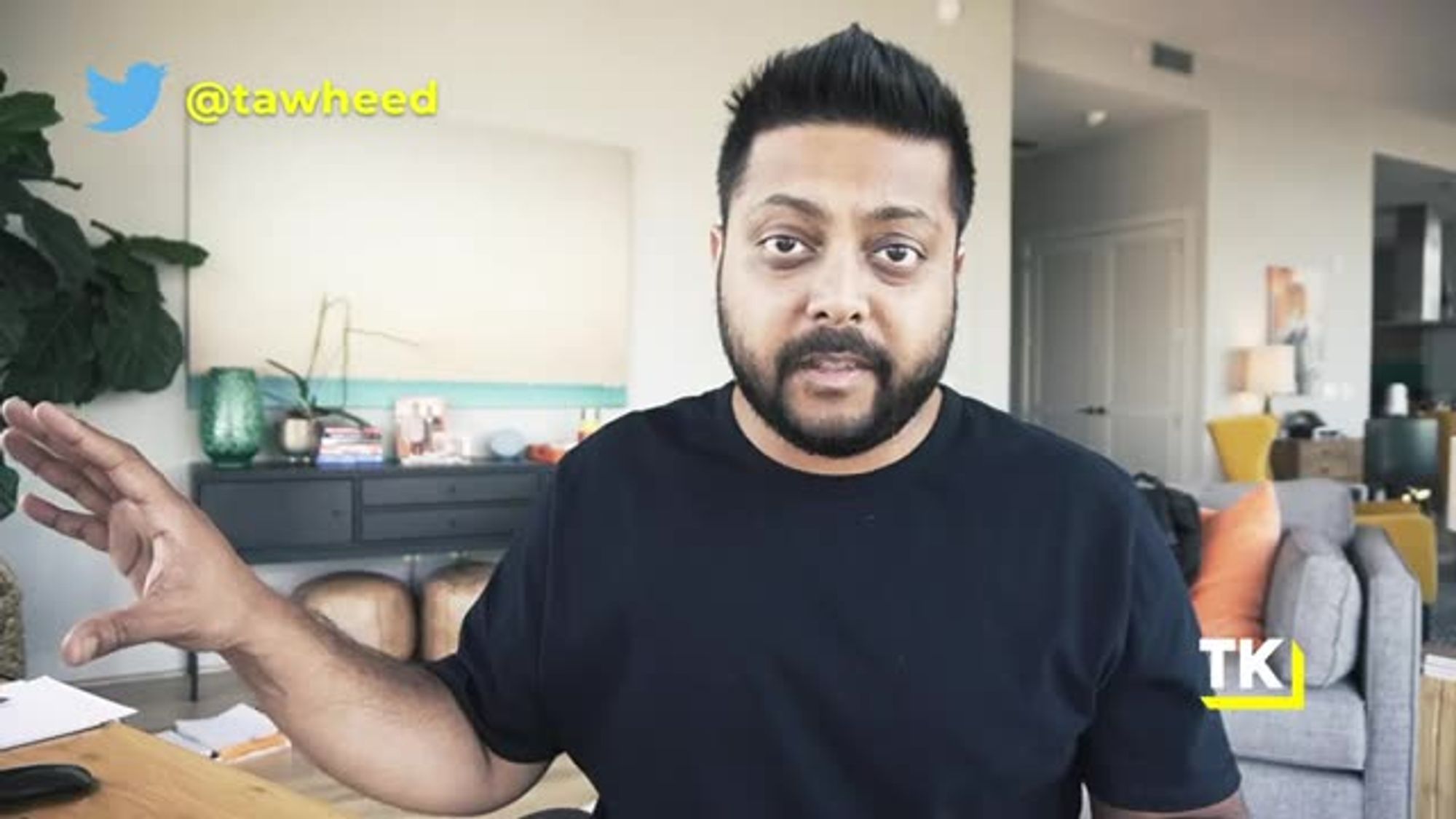
for the specific individual contributor,
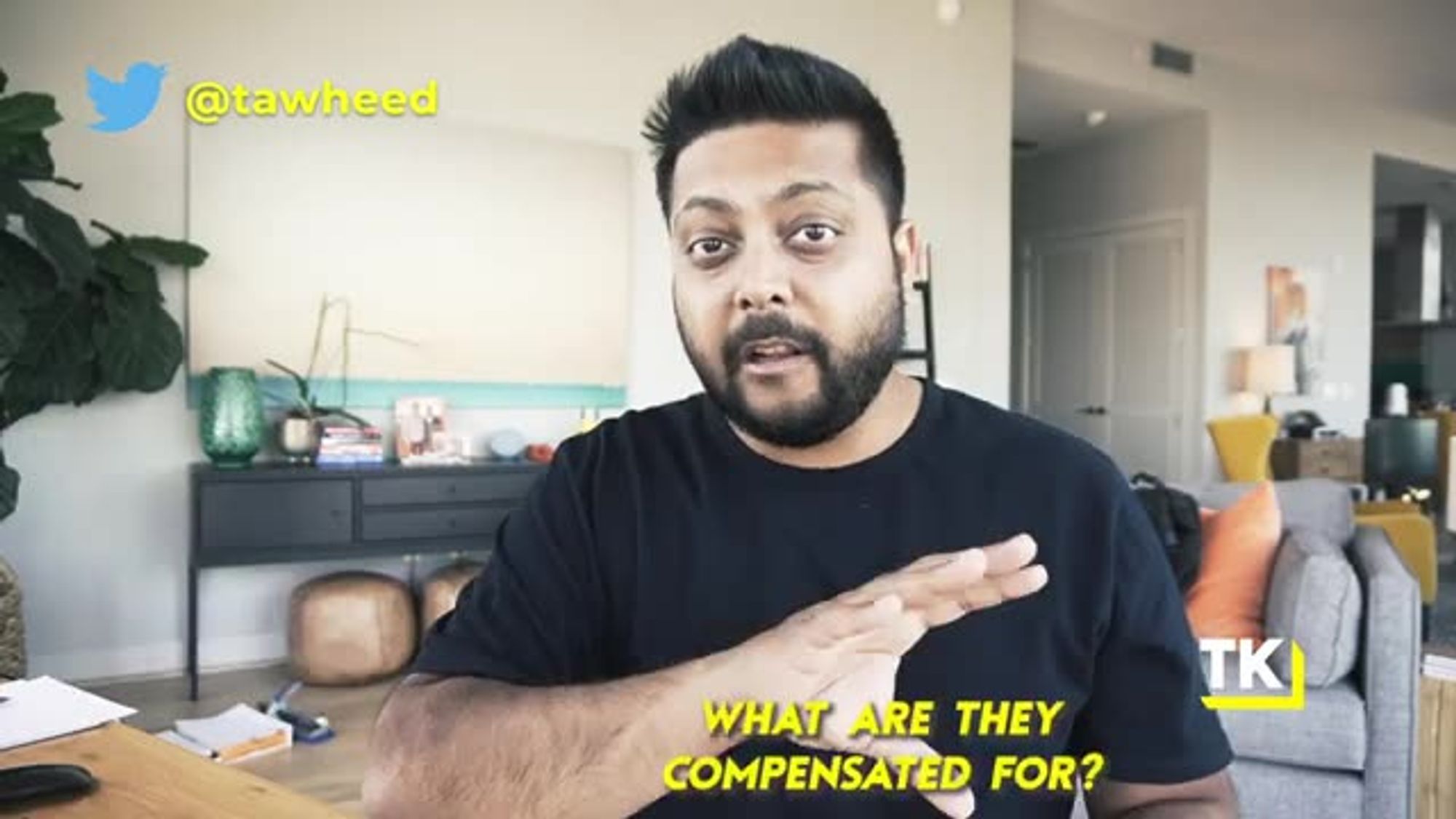
you need to look at, what
are they compensated for,
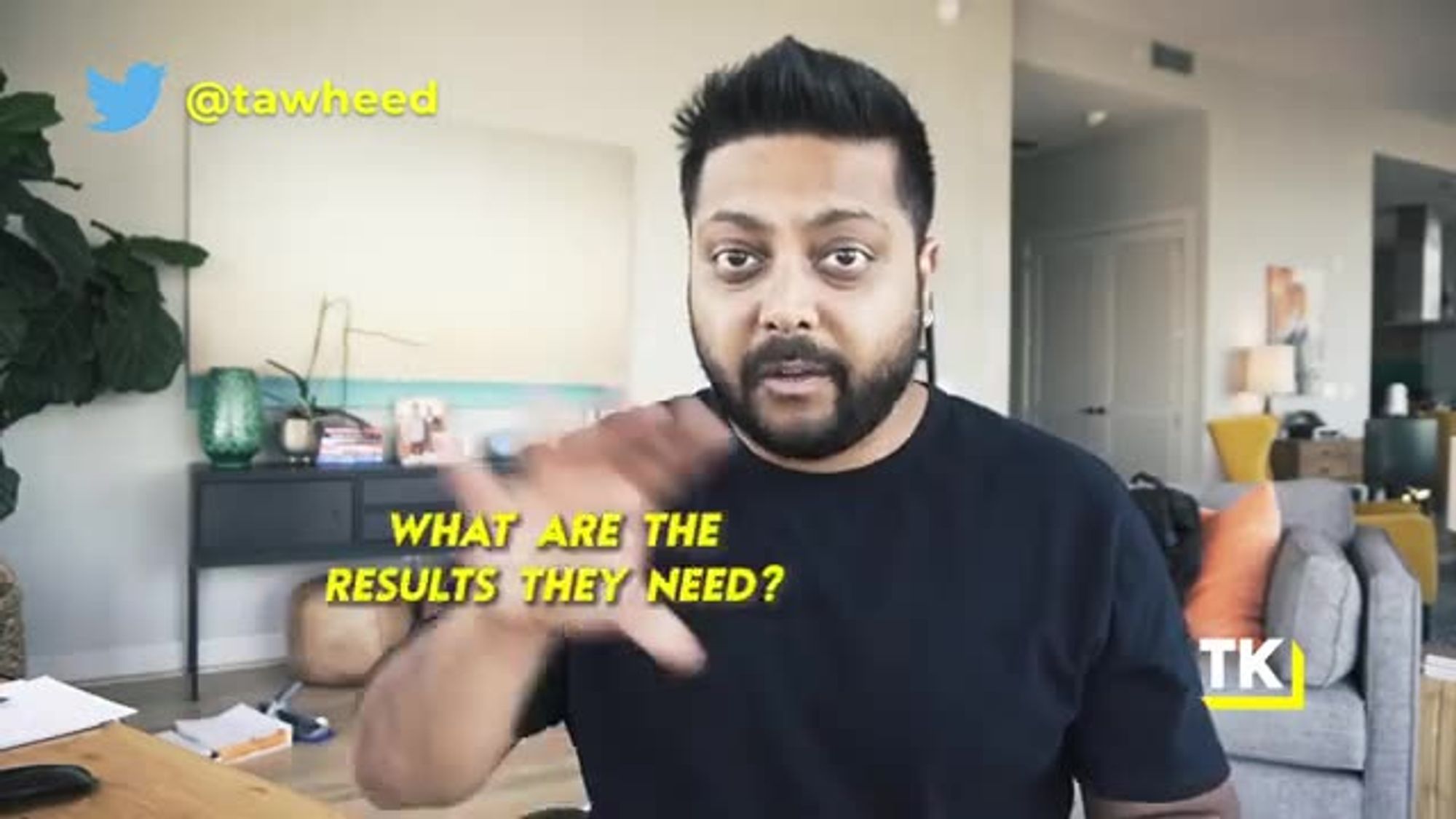
what are the results they
need and where in the workflow
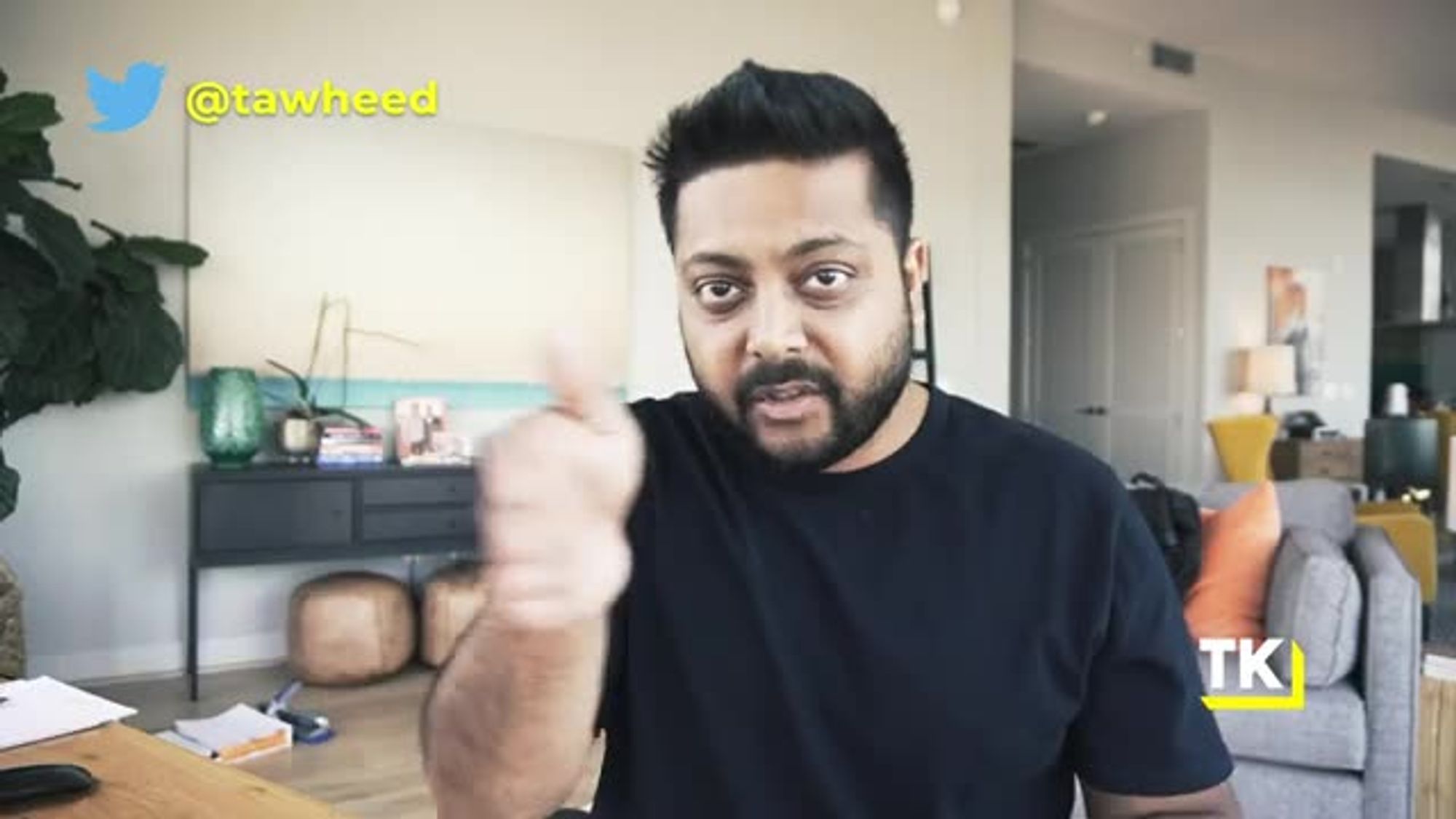
it's broken that your Saas
product can plug in and solve,
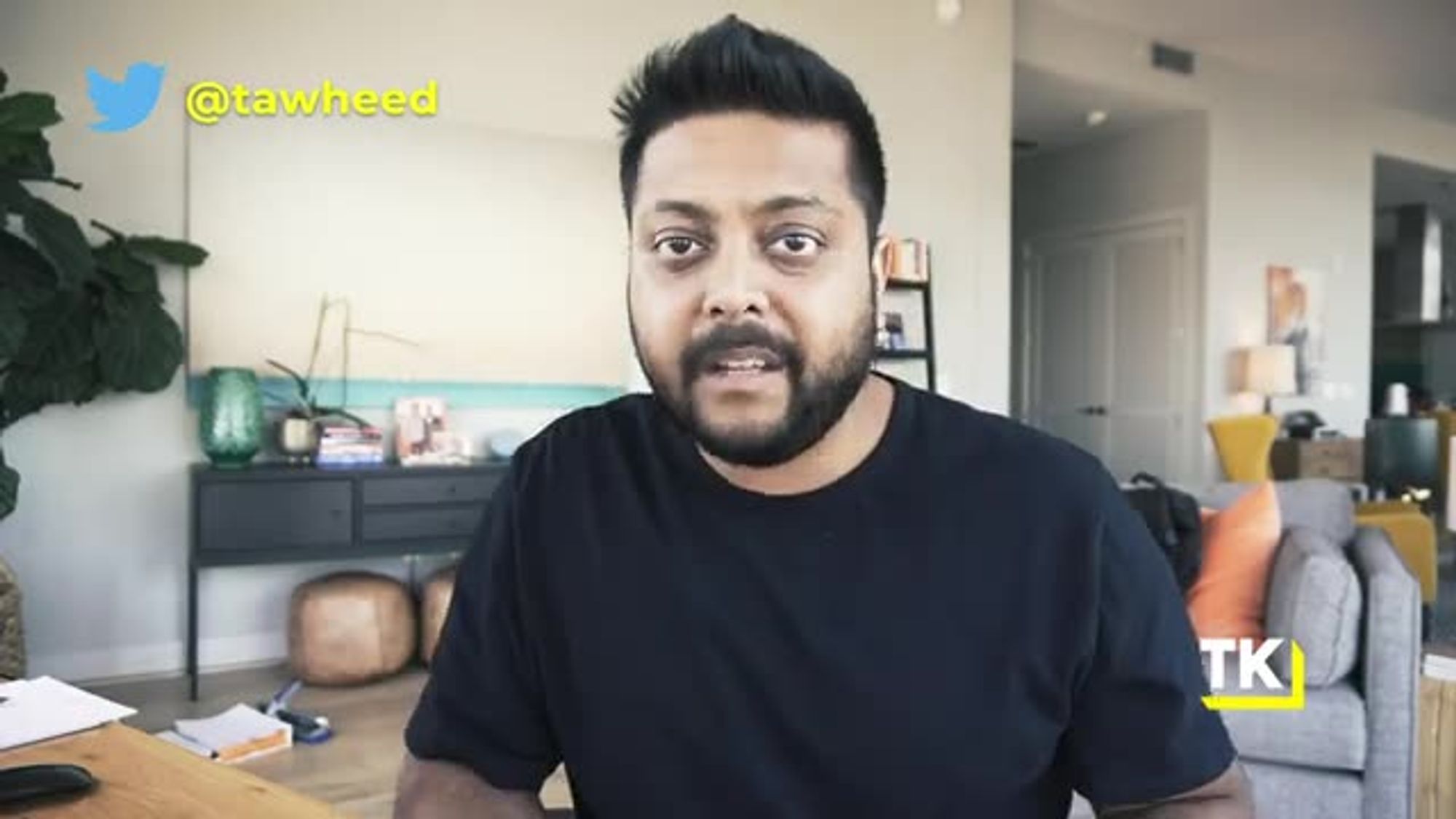
that's when the magic happens.
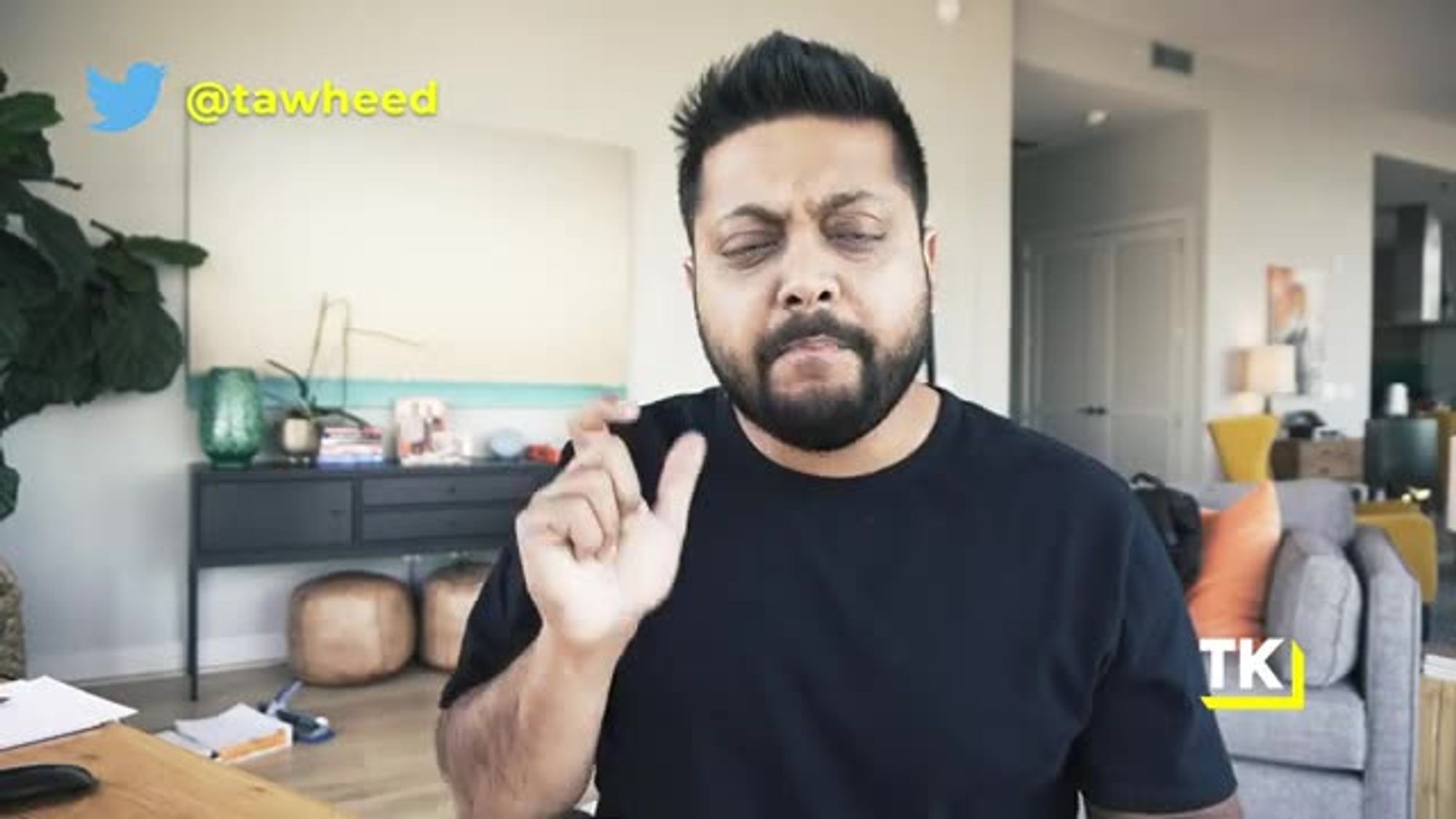
It is a bonus caveat to
this principle number two

on the jobs to be done,

you wanna make sure
your Micro-Saas business
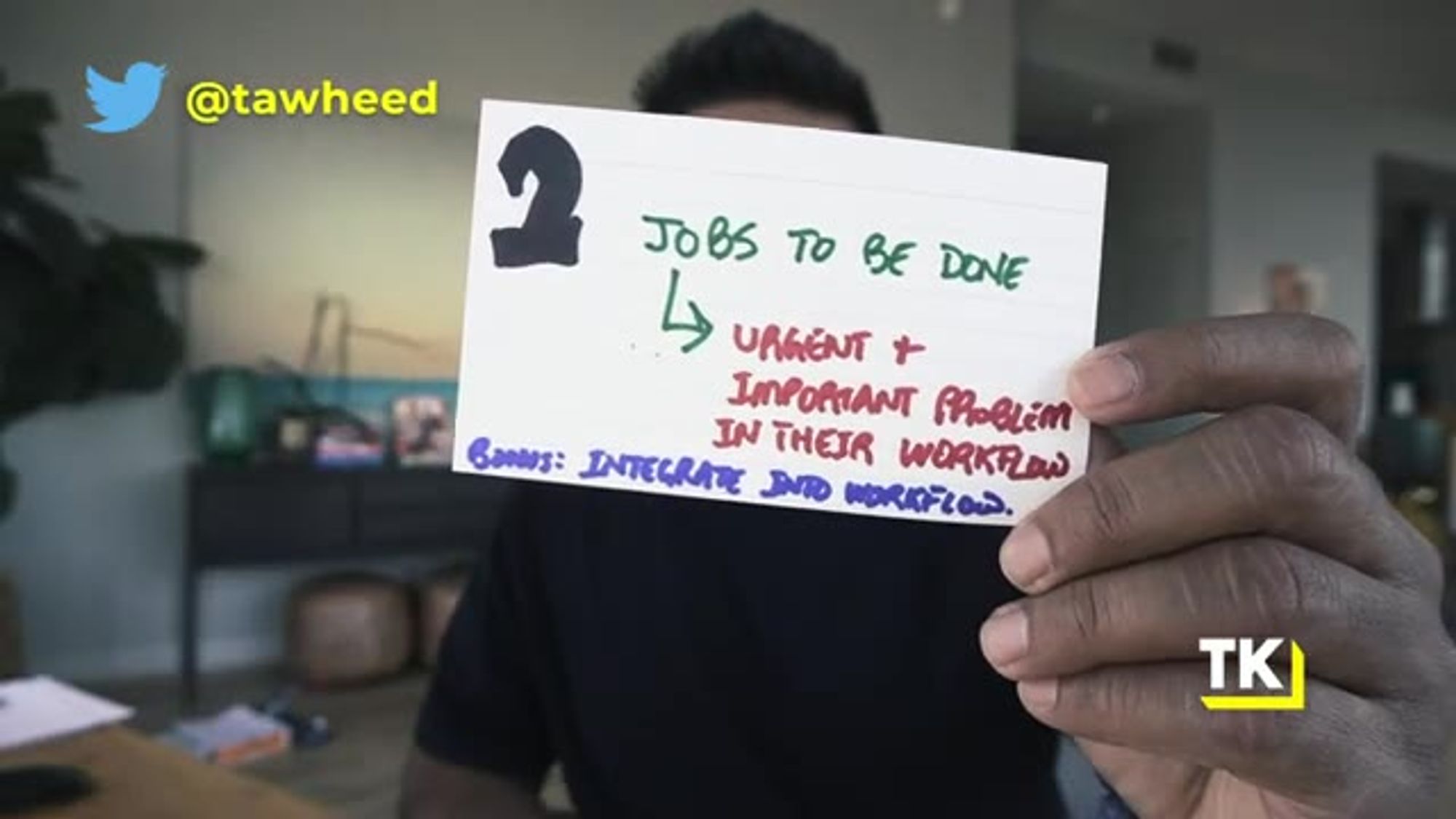
clearly integrates into
their existing workflow.
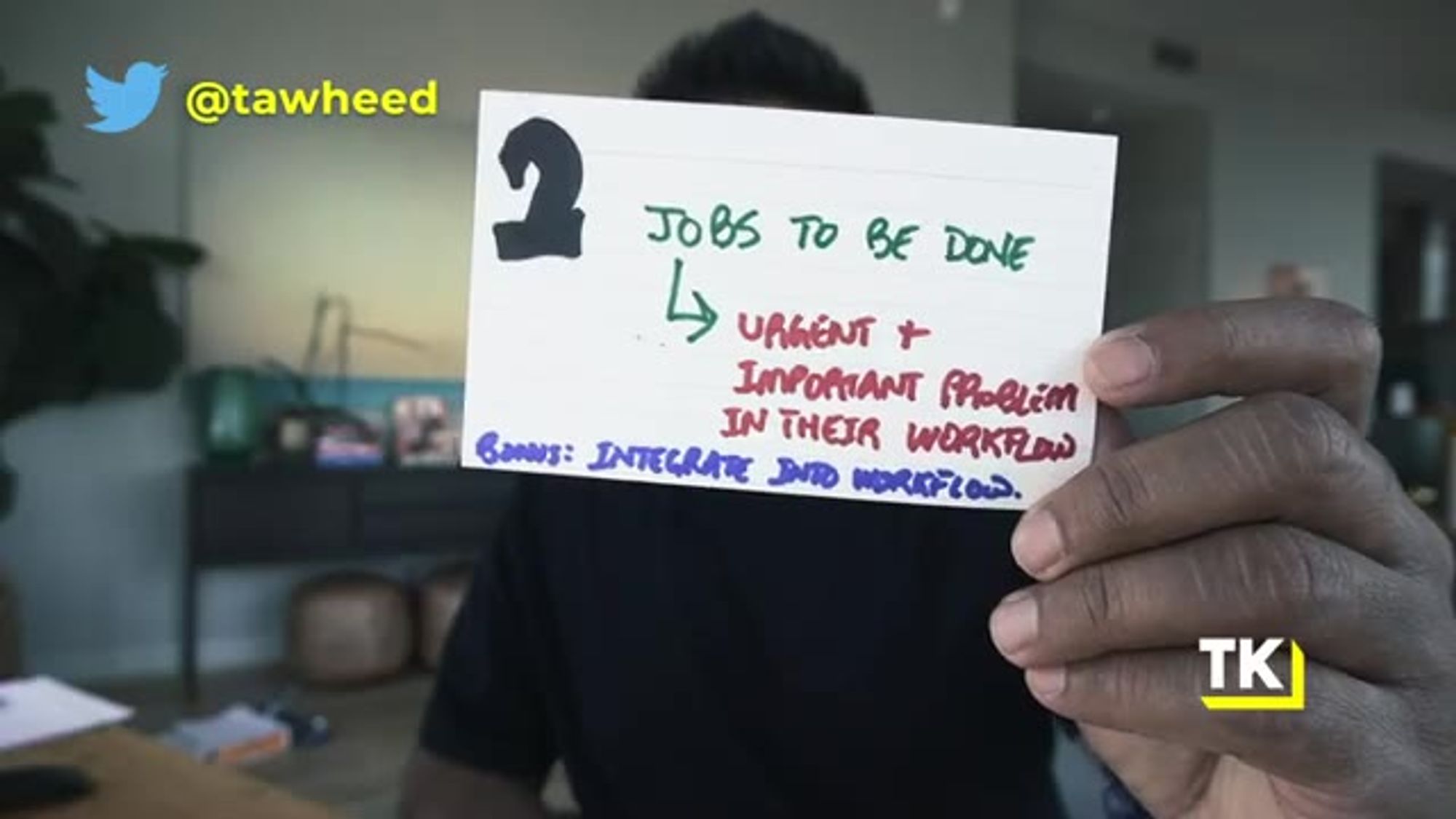
One of the toughest
things with Saas period
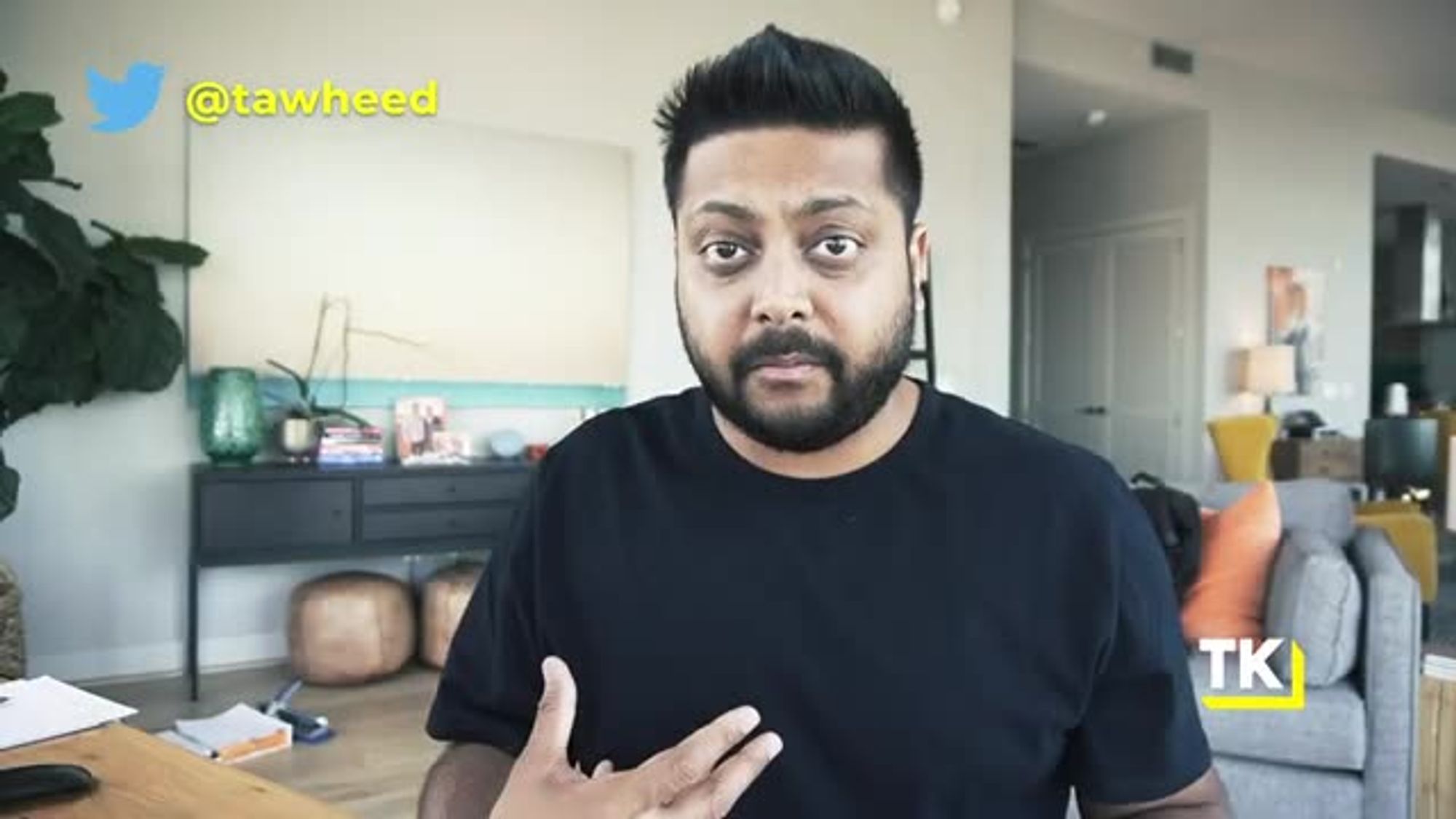
is to acquire customers and
to get them to come back.
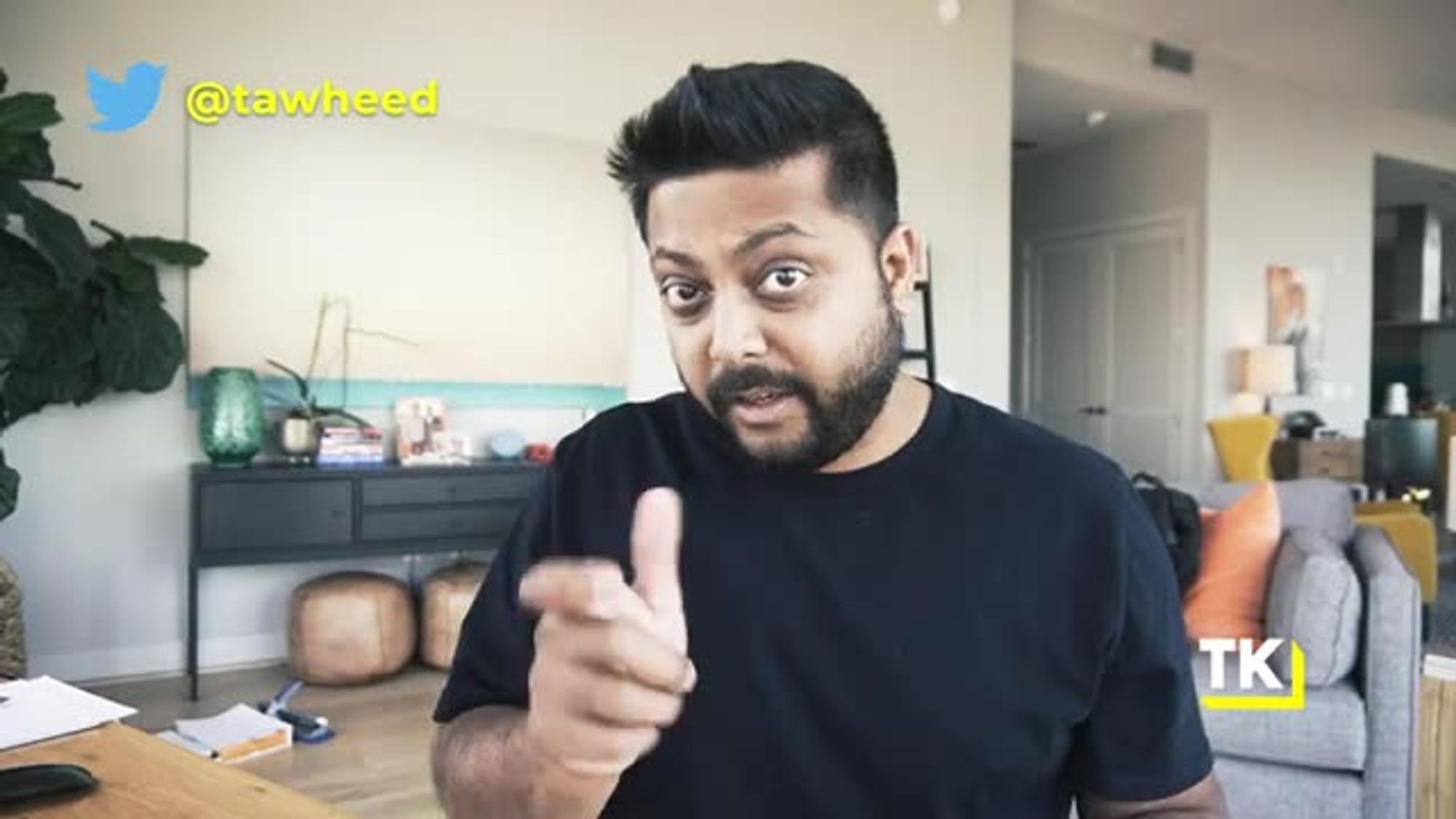
Churn is a big issue,
people forget about it

even though they're on trial,
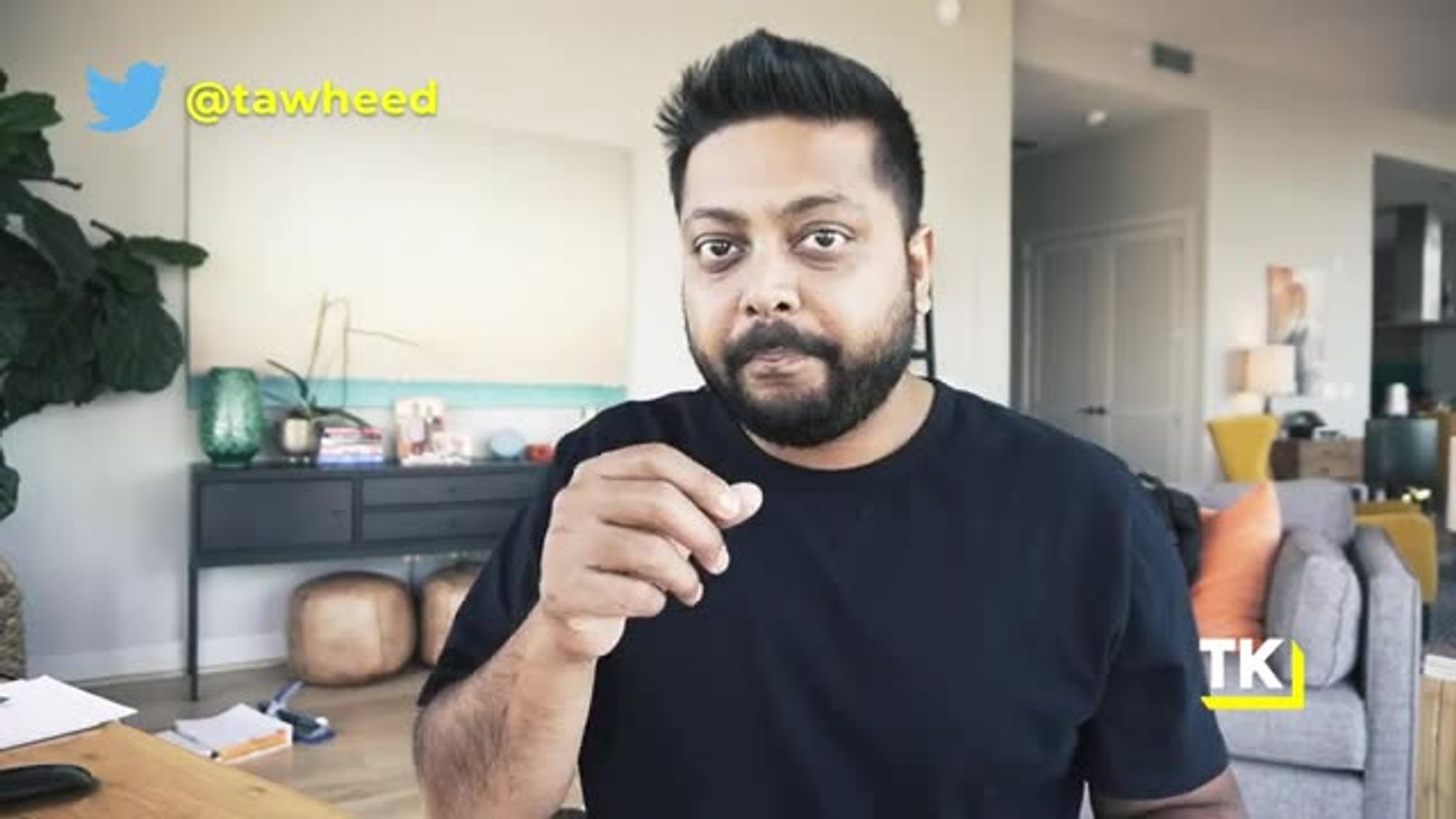
so if your Micro SaaS tool
is designed to integrate
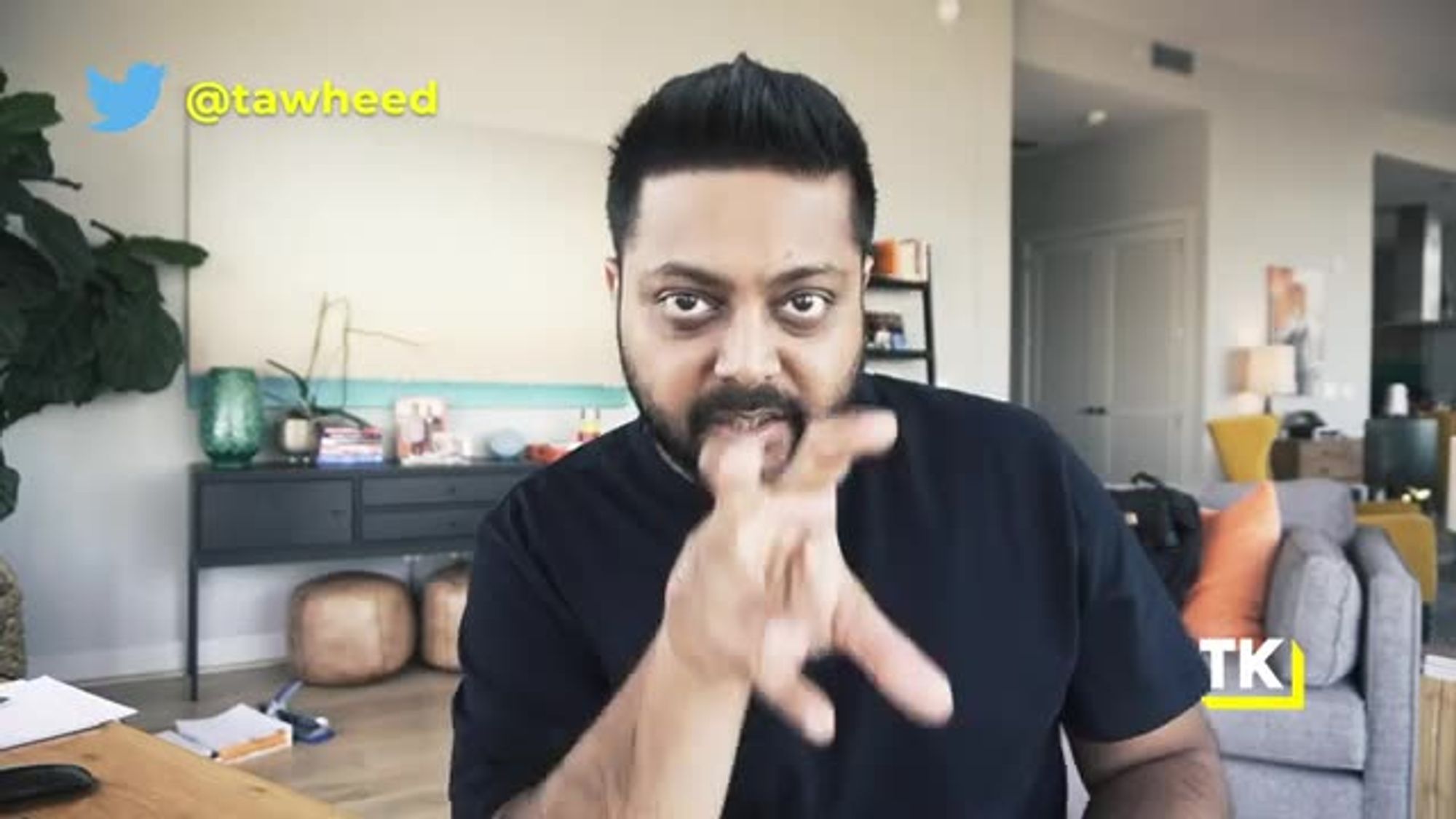
into their current workflow
so they never forget about it,

say it's a Chrome extension
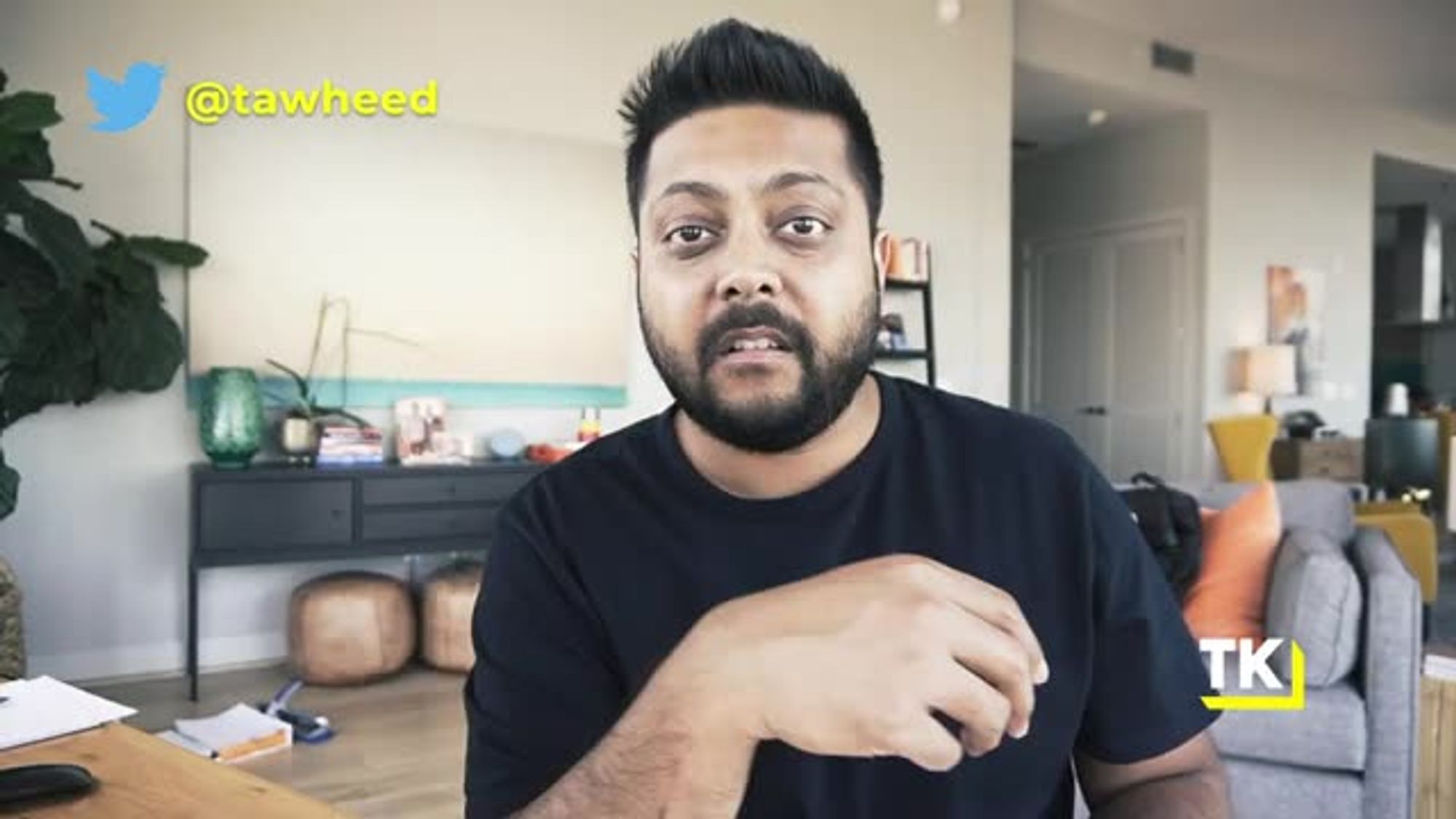
that embeds into their workflow
or it's a core integration
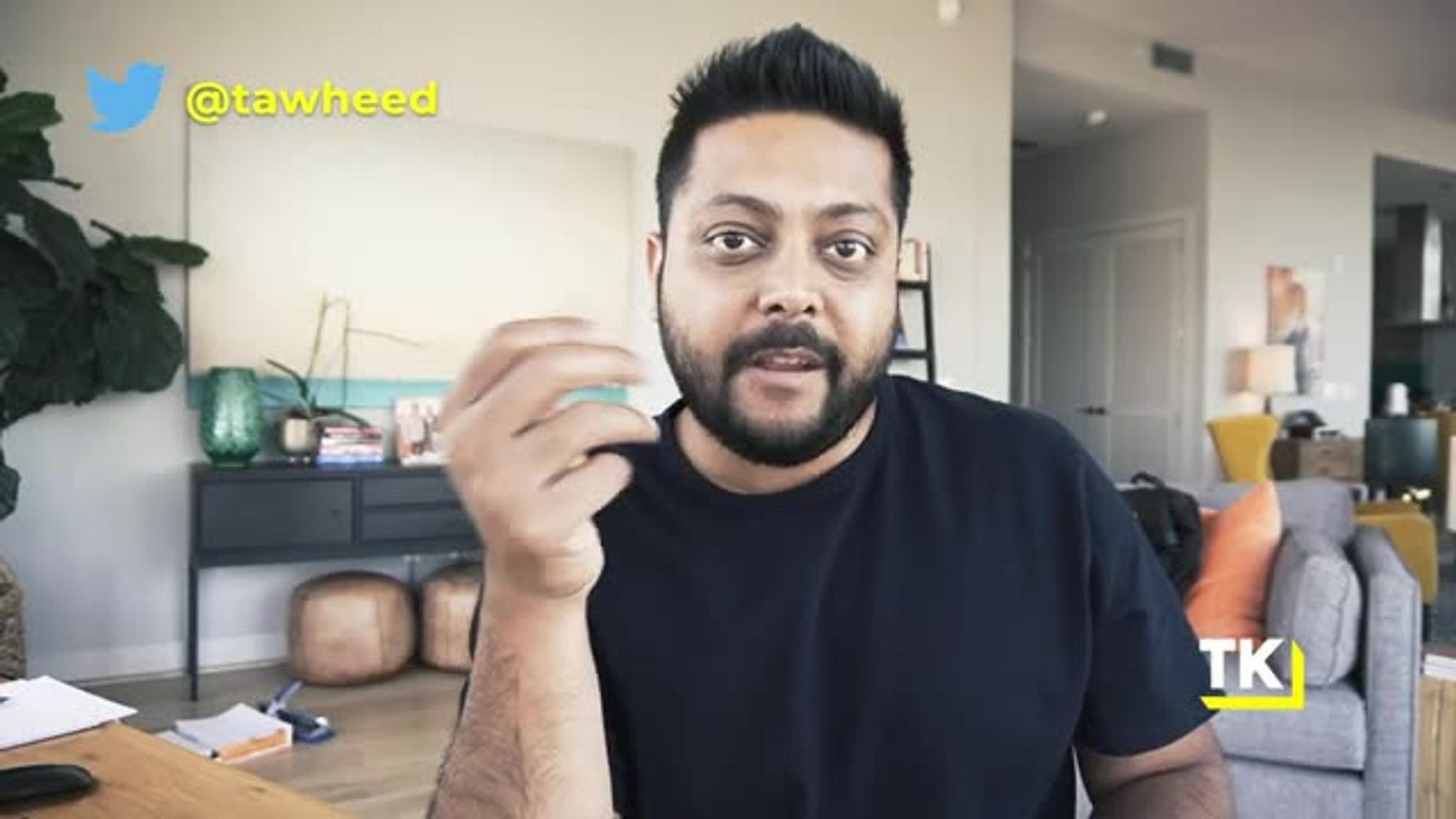
or it's email notifications,
whatever it may be,
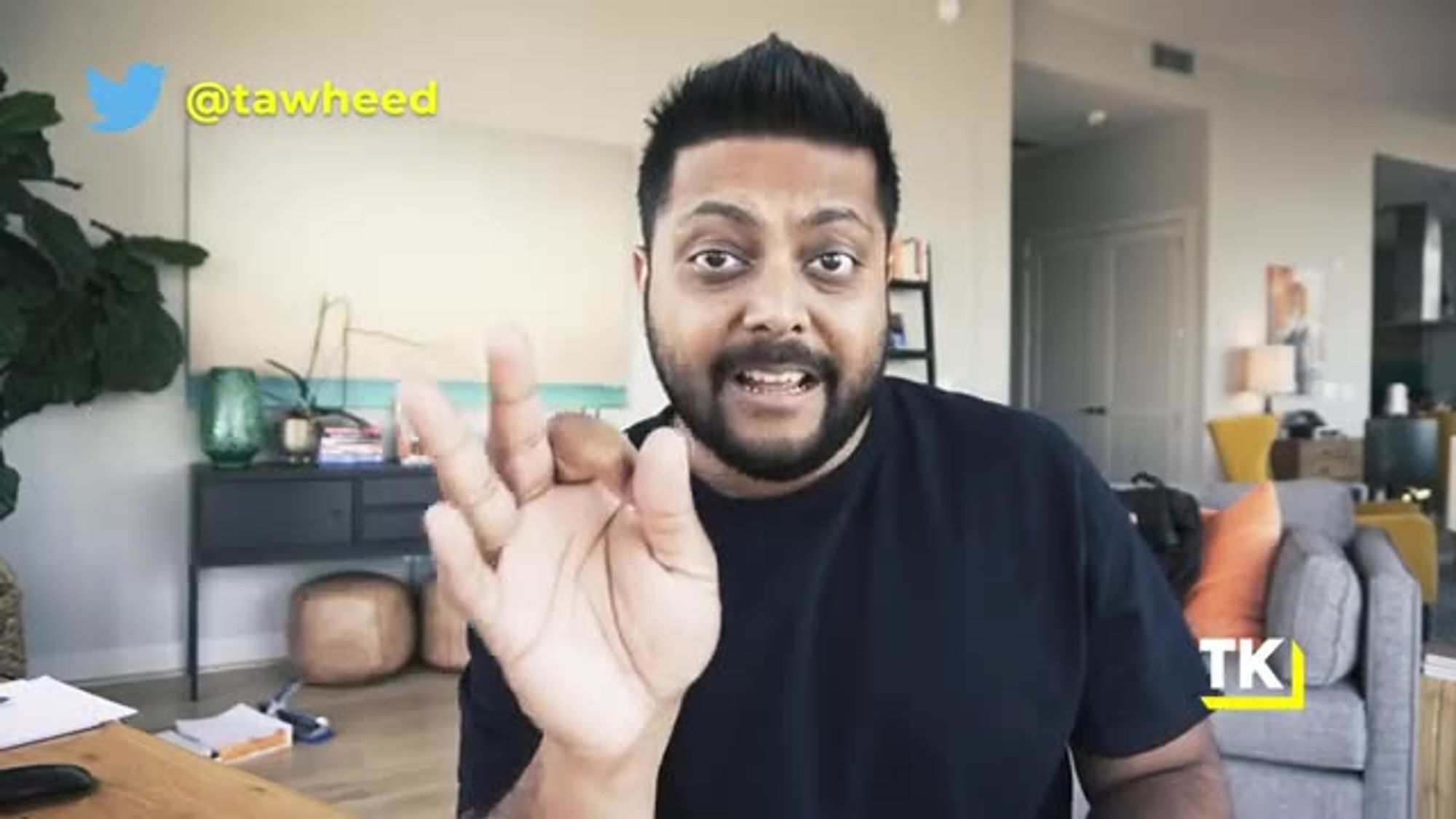
then you're more likely to actually retain
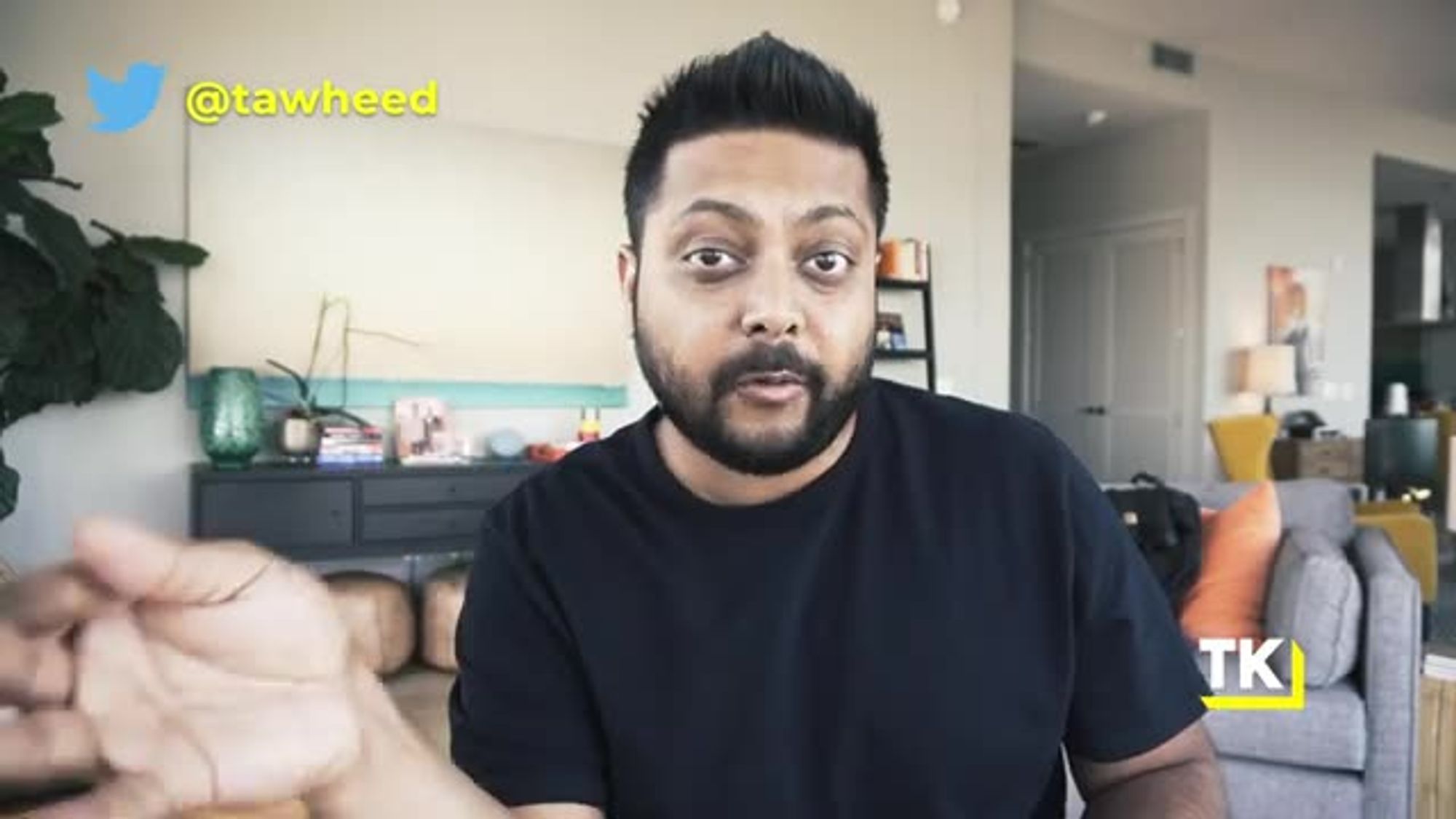
and activate and convert that
customer to proper revenues
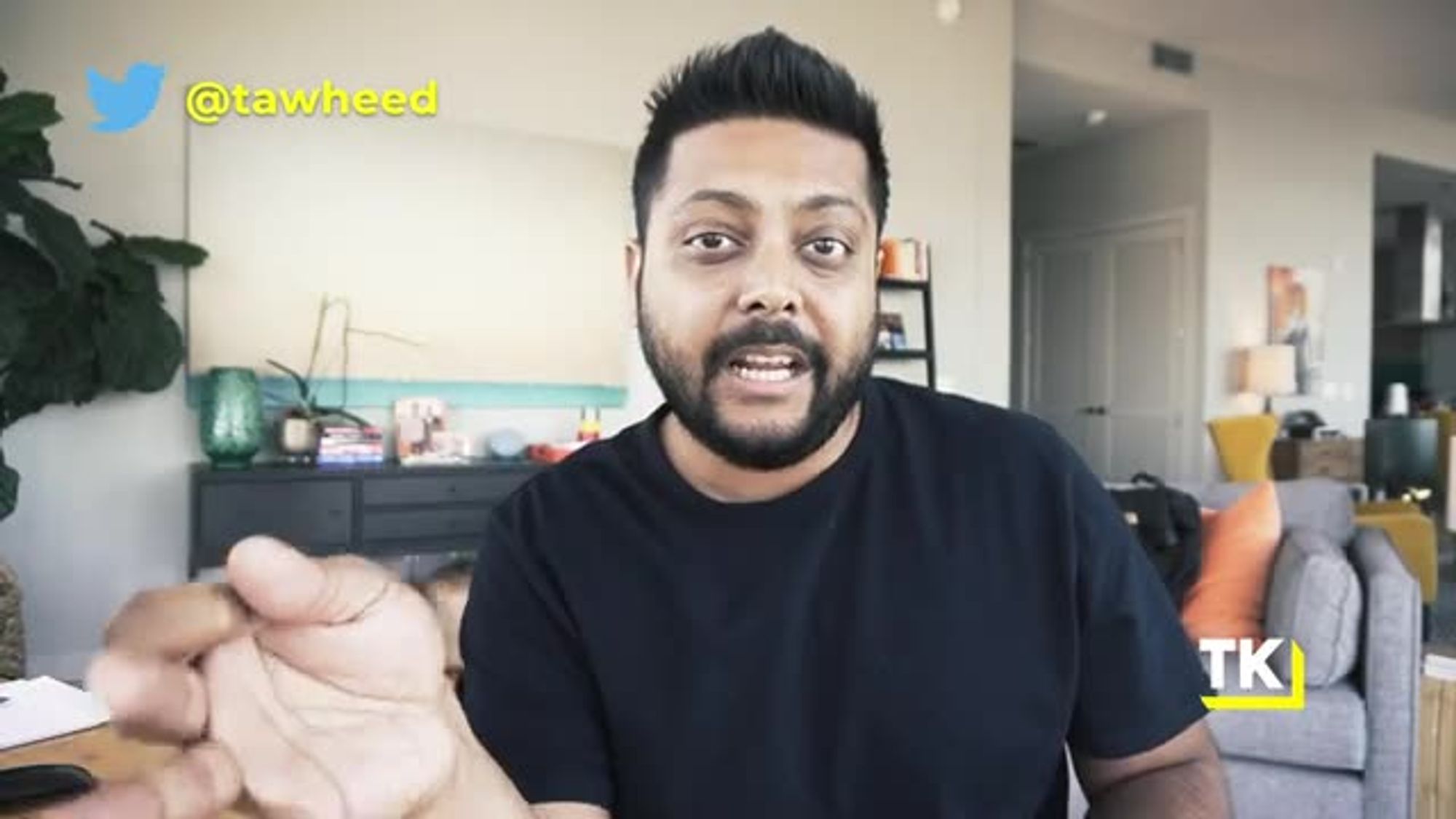
in that Micro-Saas business.
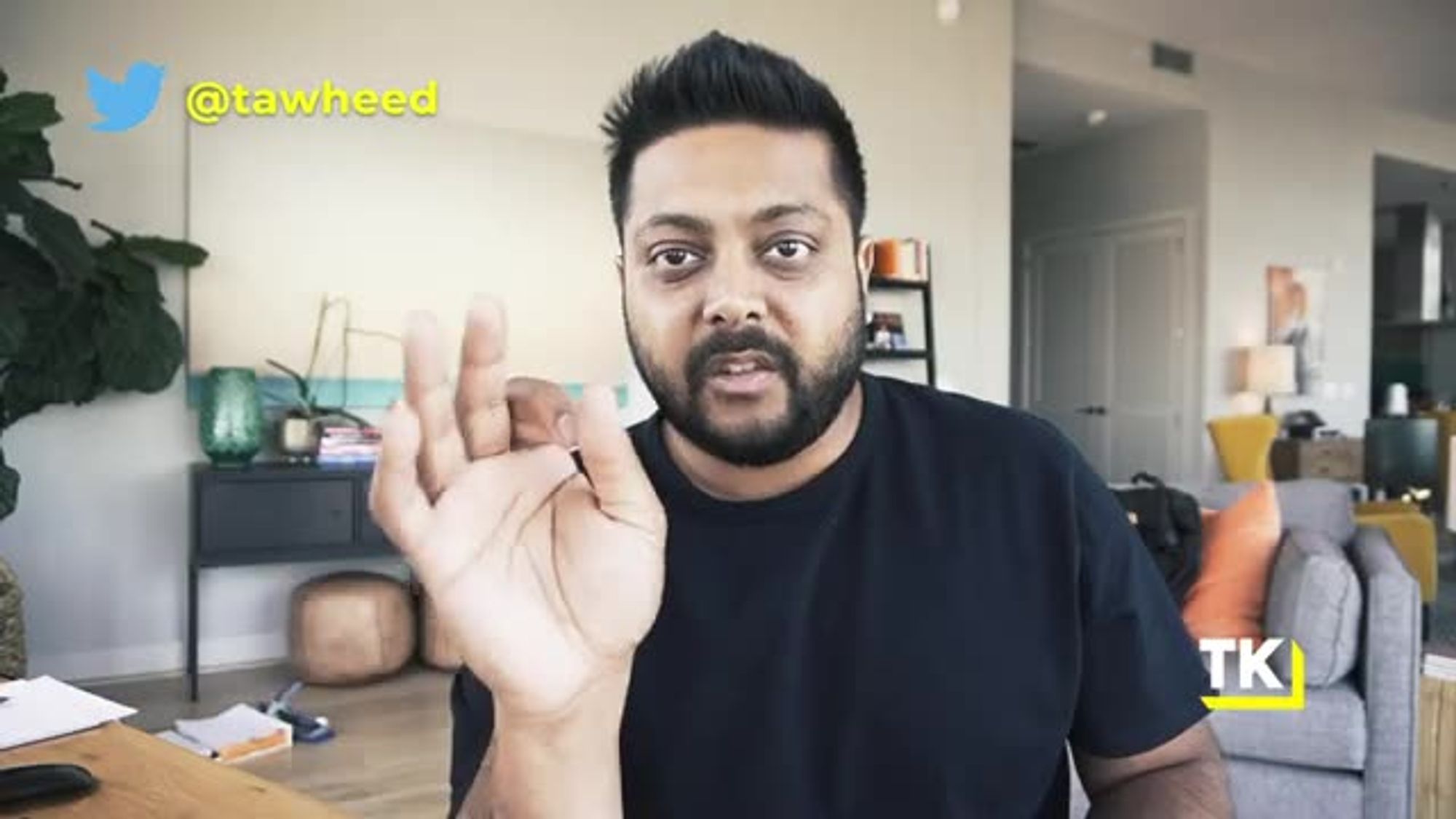
So super important to
make sure jobs to be done,
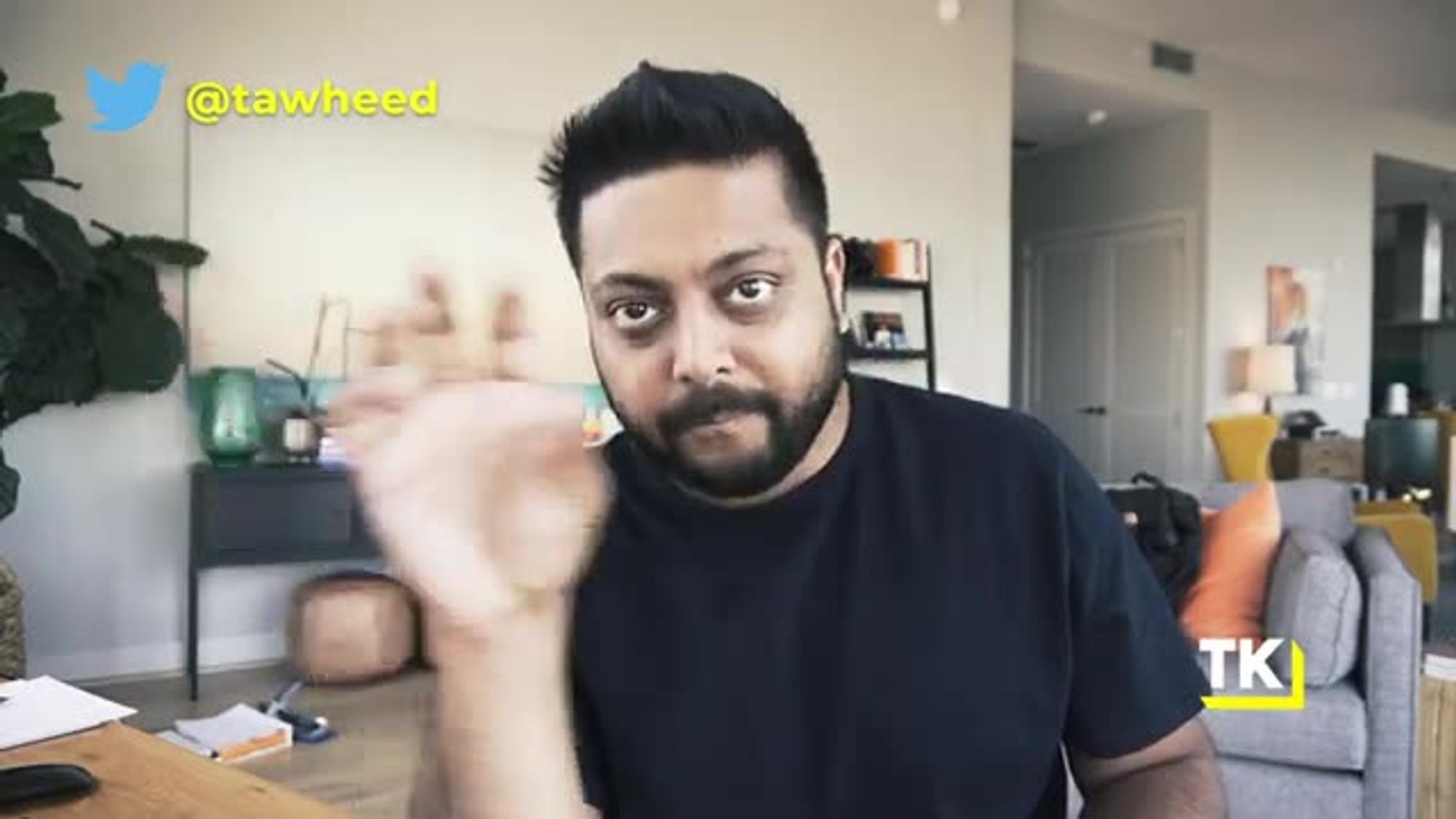
what's the important, urgent problem,
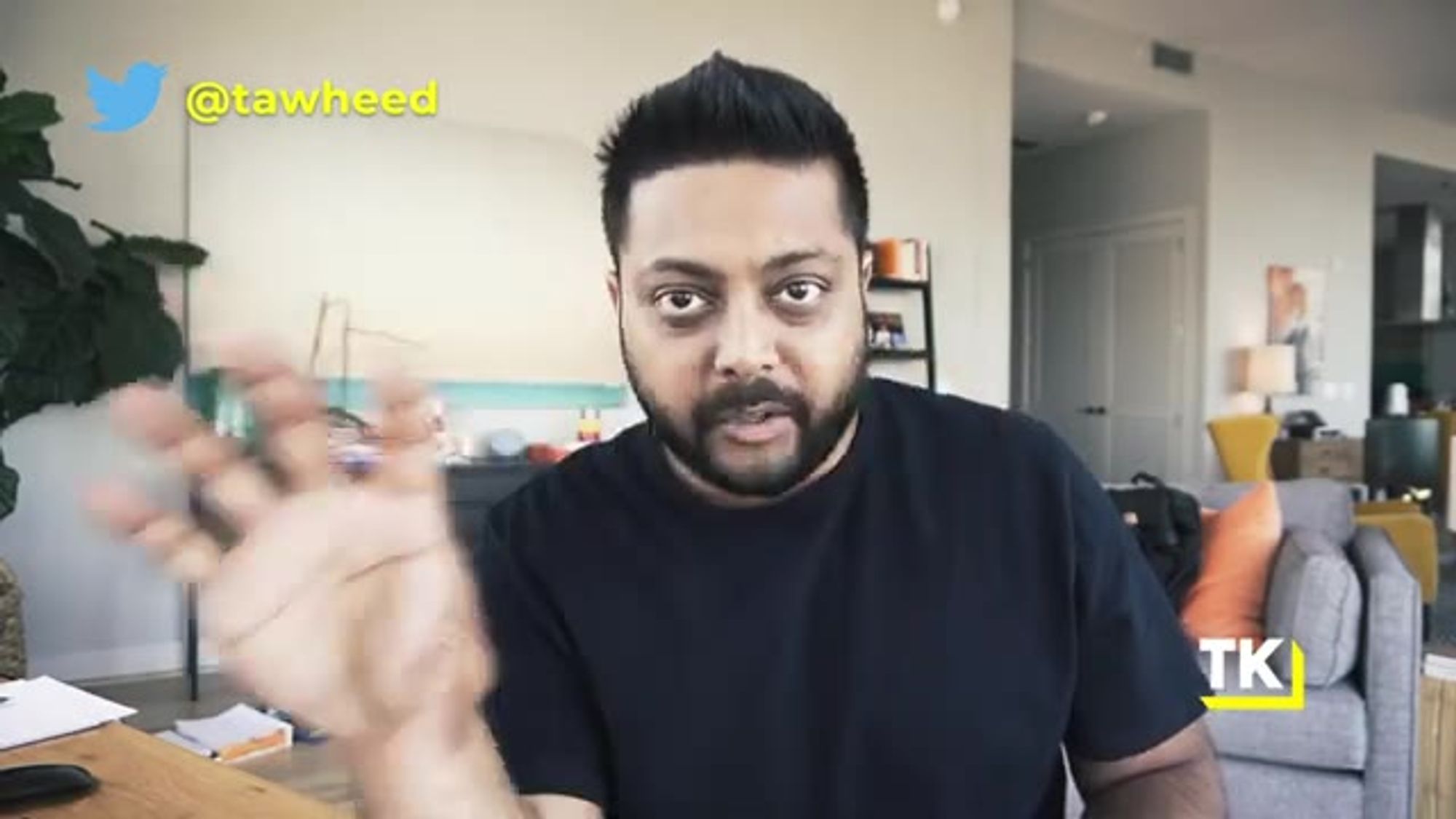
how do you solve it
and how do you solve it
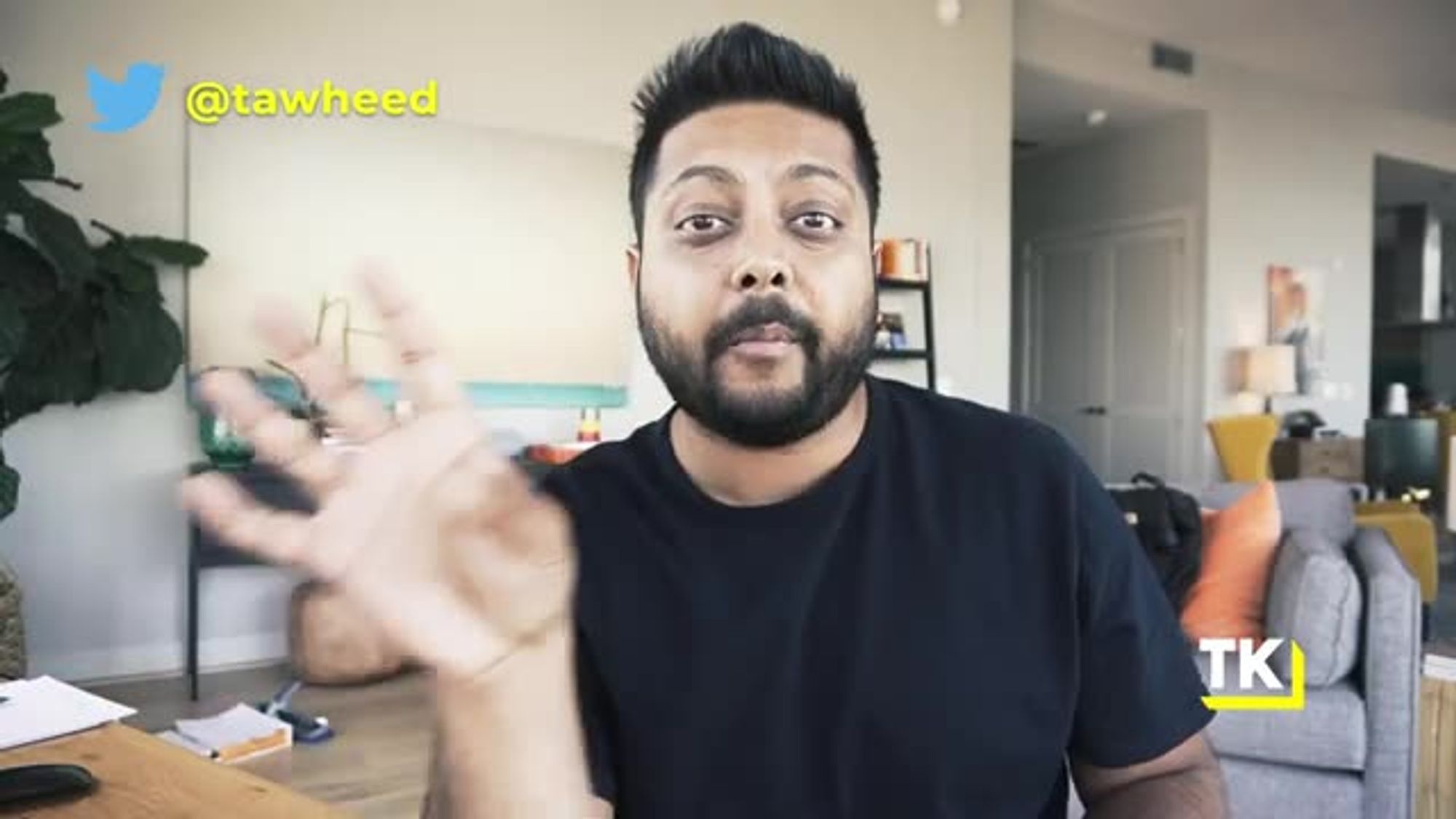
by integrating in to their workflow?
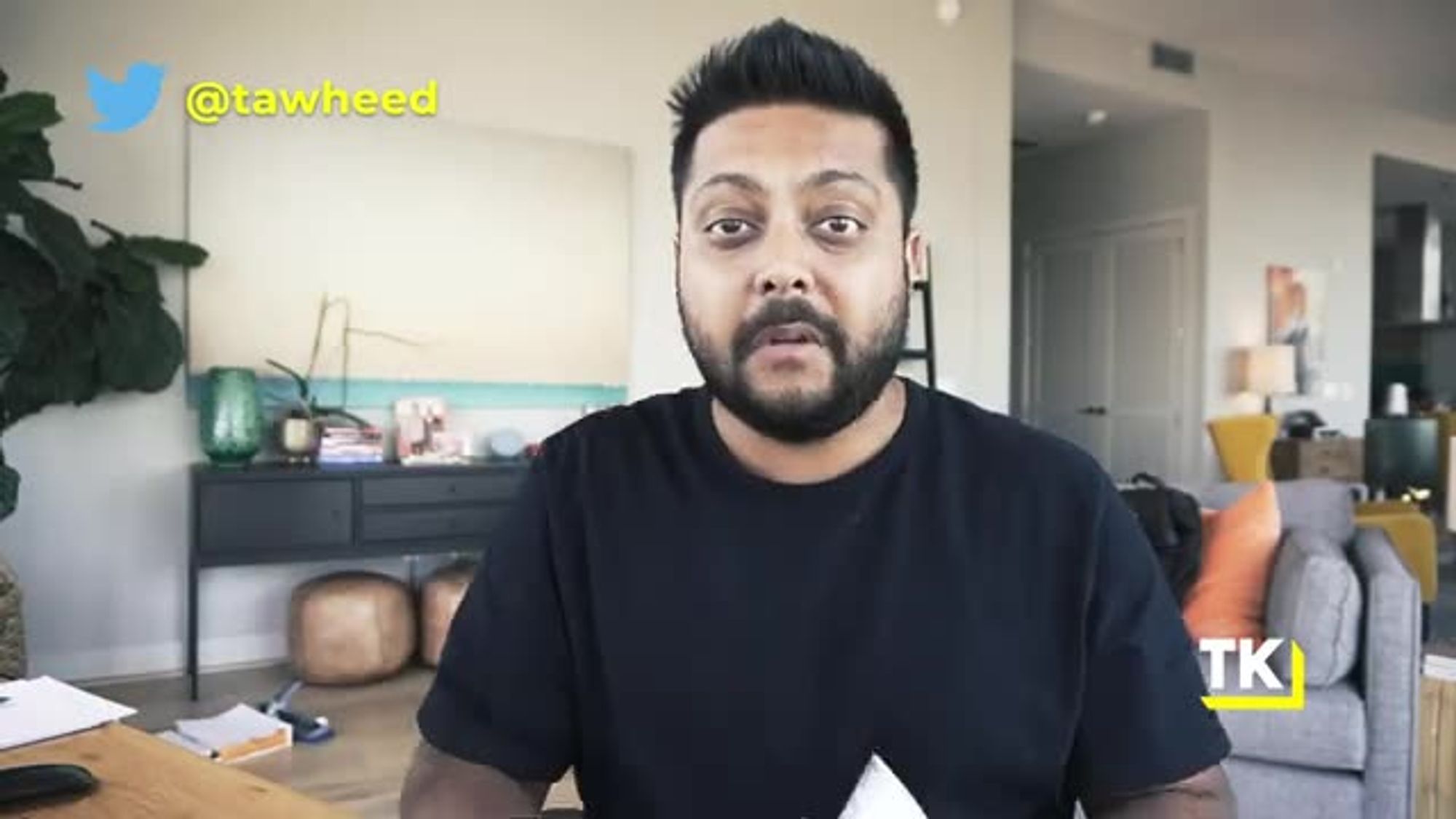
That's principle number two.
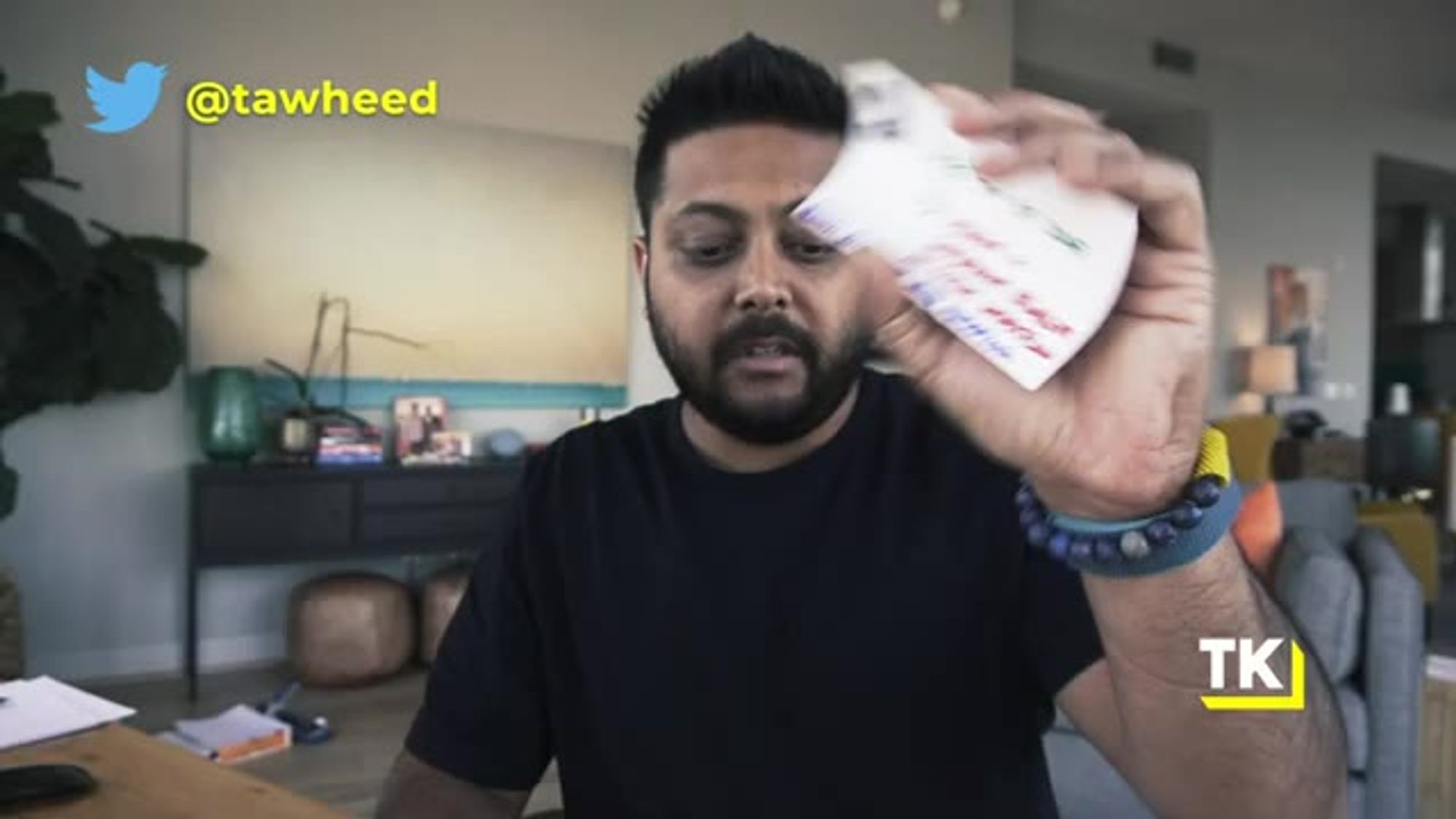
Now let me just pause here for a second

before I go to principle number three,

are you starting to see the power in this?
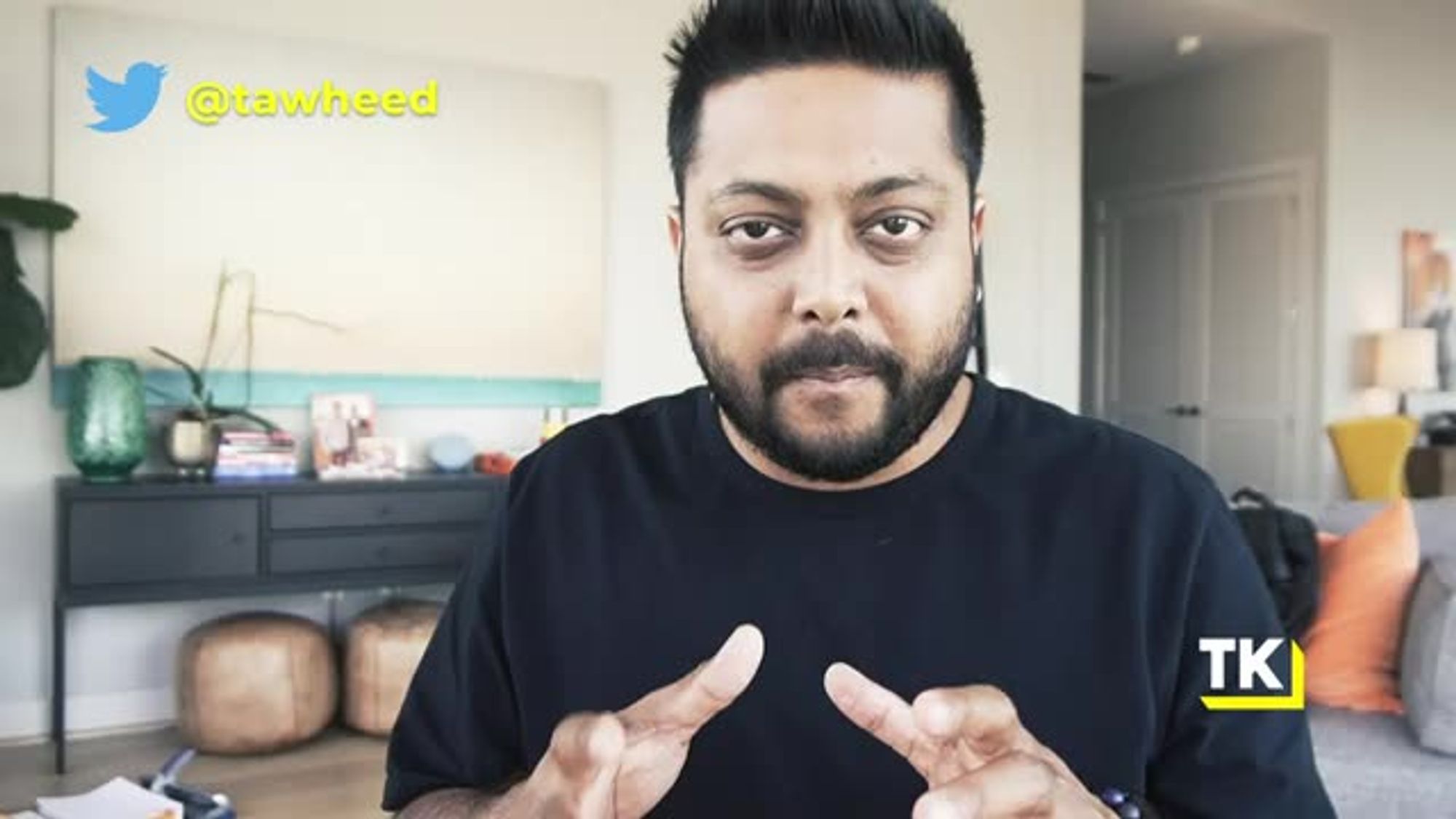
This is what makes for really
awesome Micro SaaS businesses
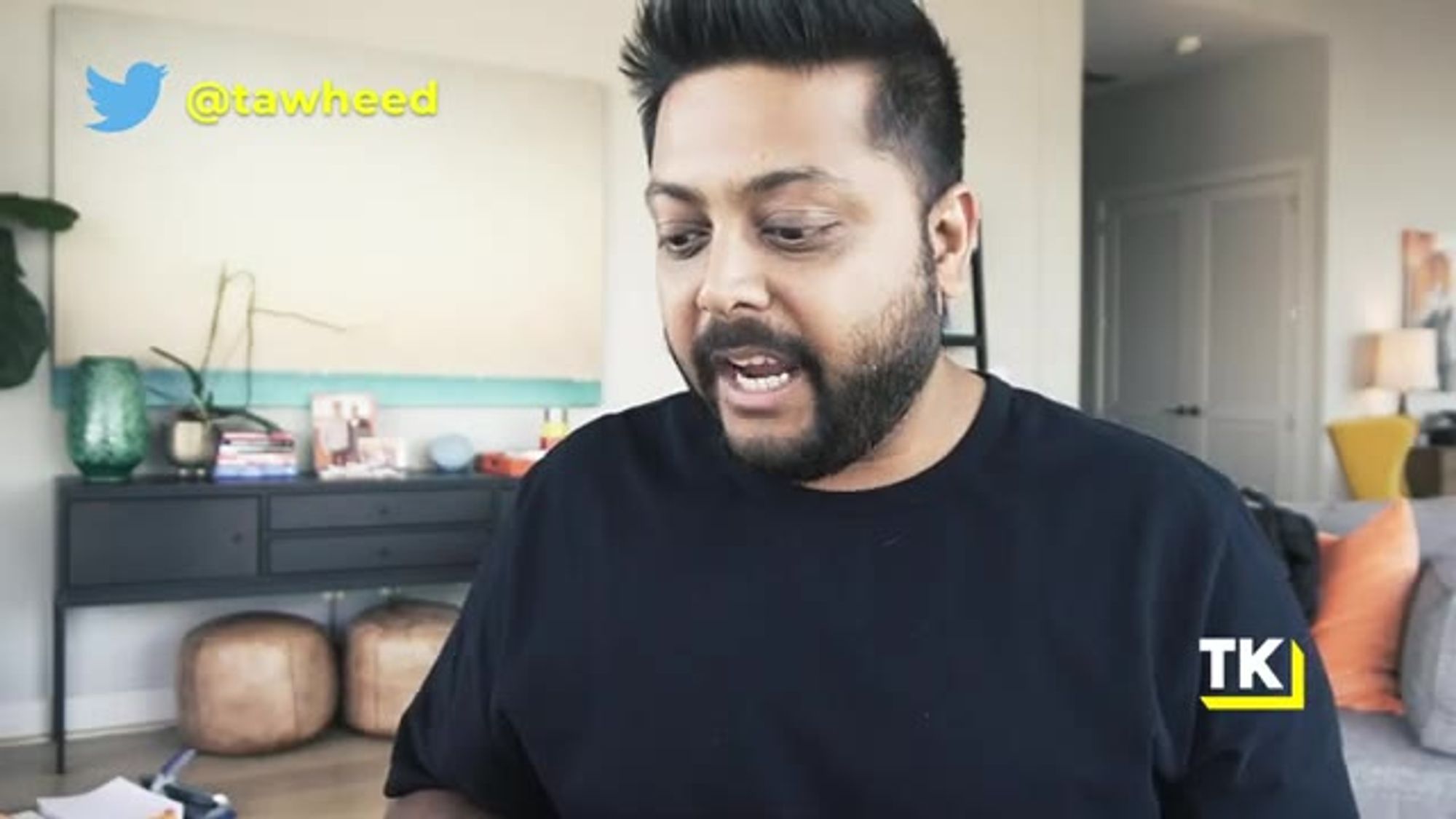
and if you can crack the code in one,
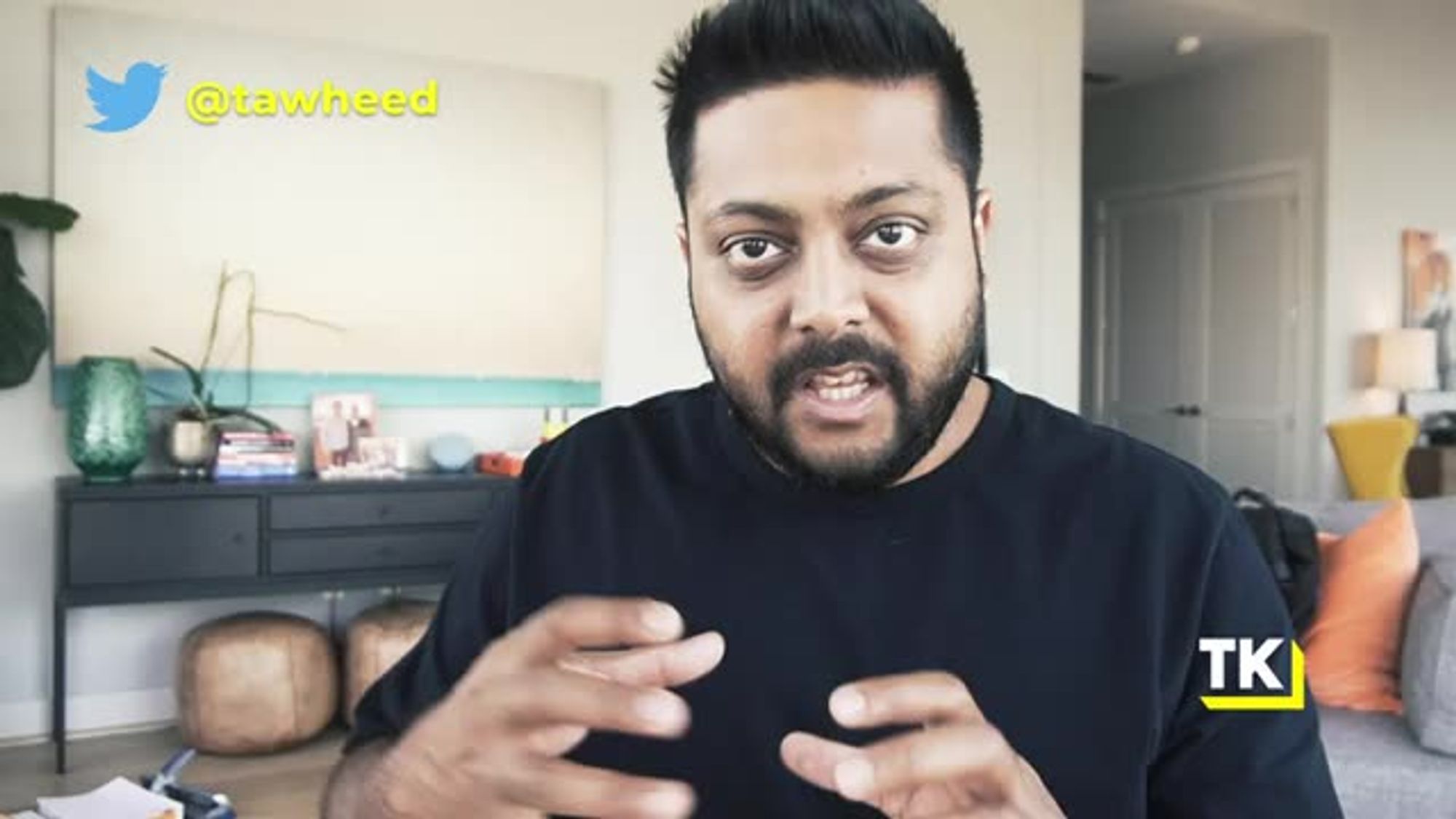
you can start to scale it over
time, which is super powerful
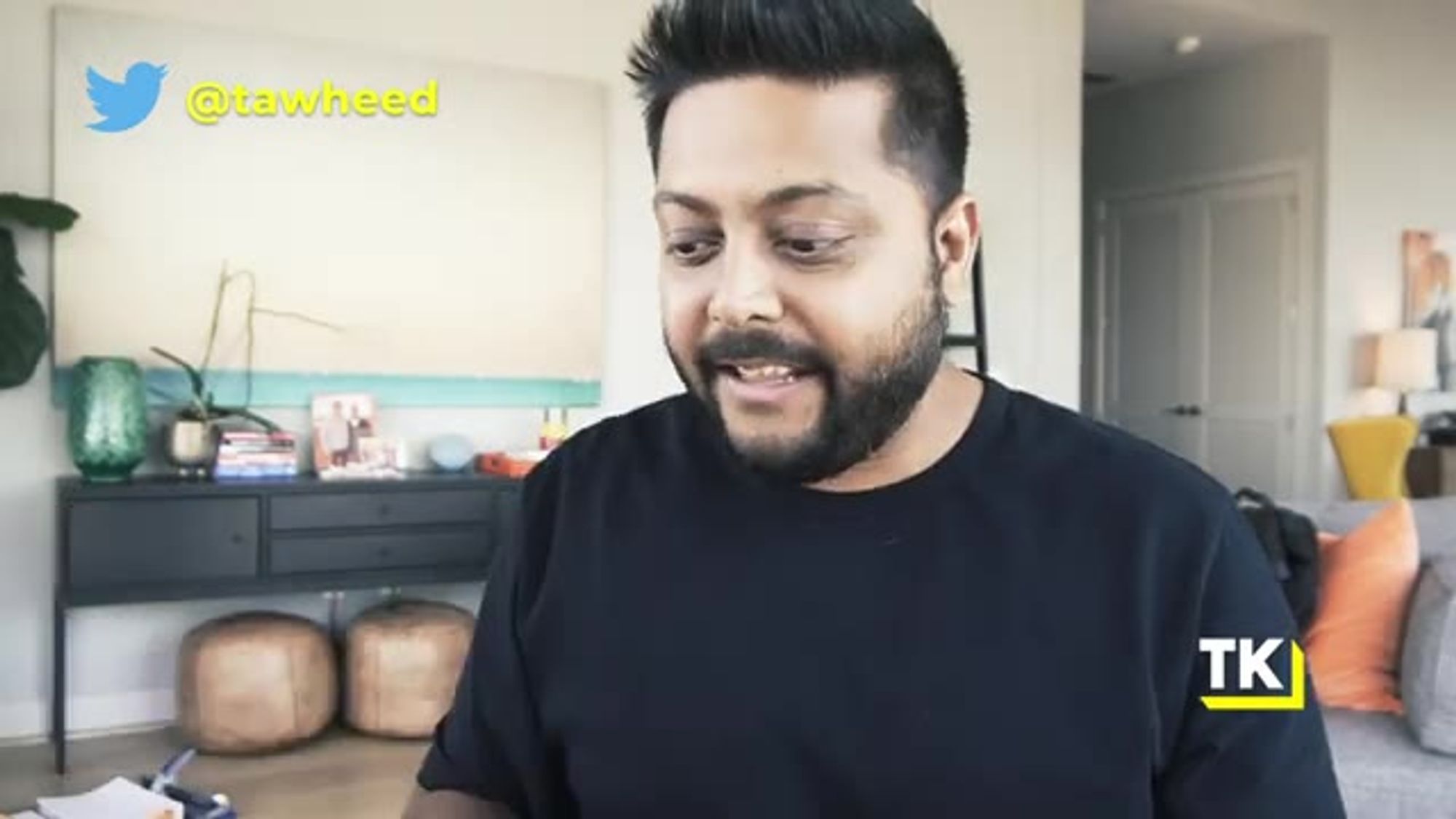
and then you can use the
common services from that

to build other Micro SaaS businesses
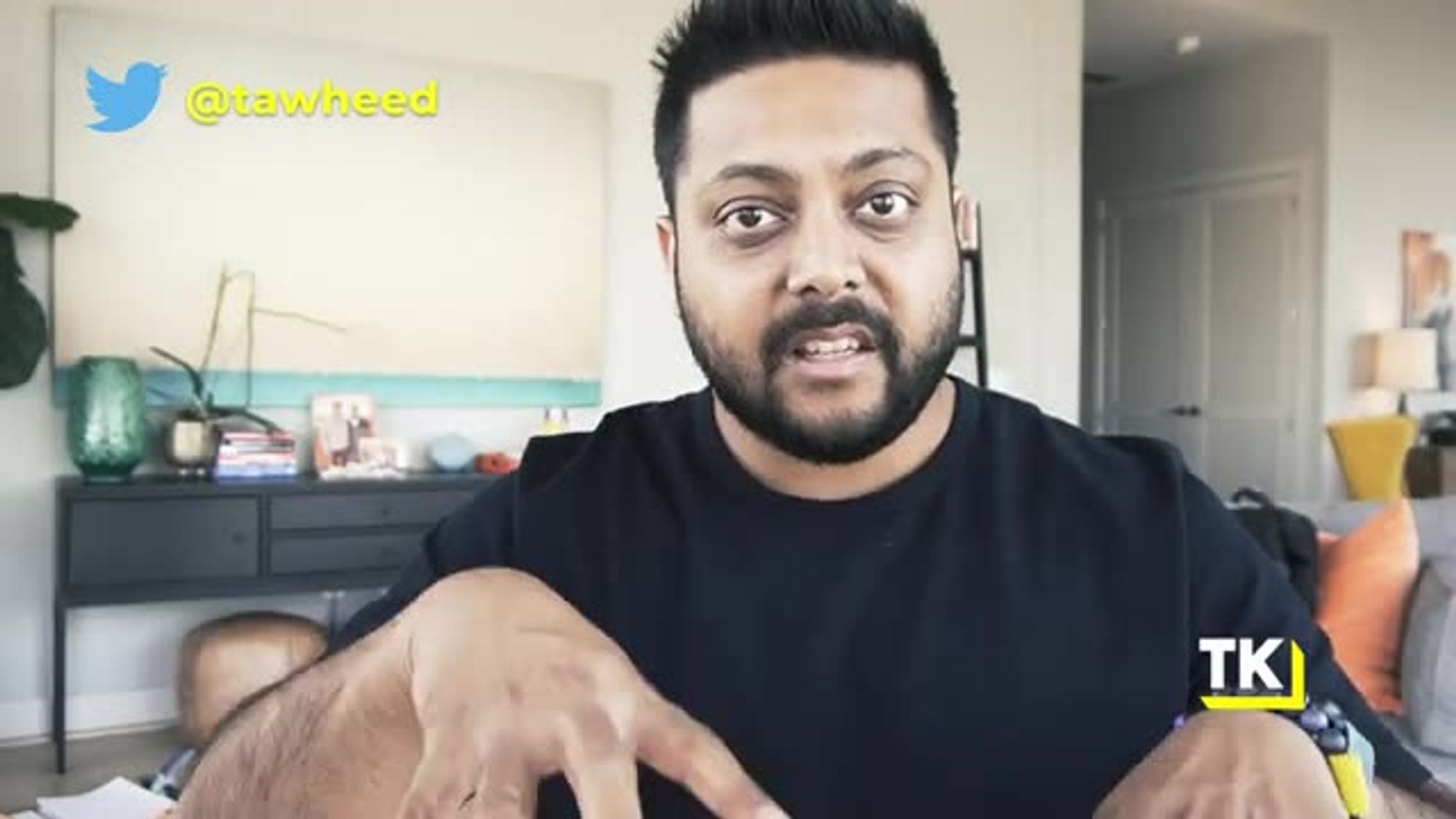
using these same
frameworks, super powerful.
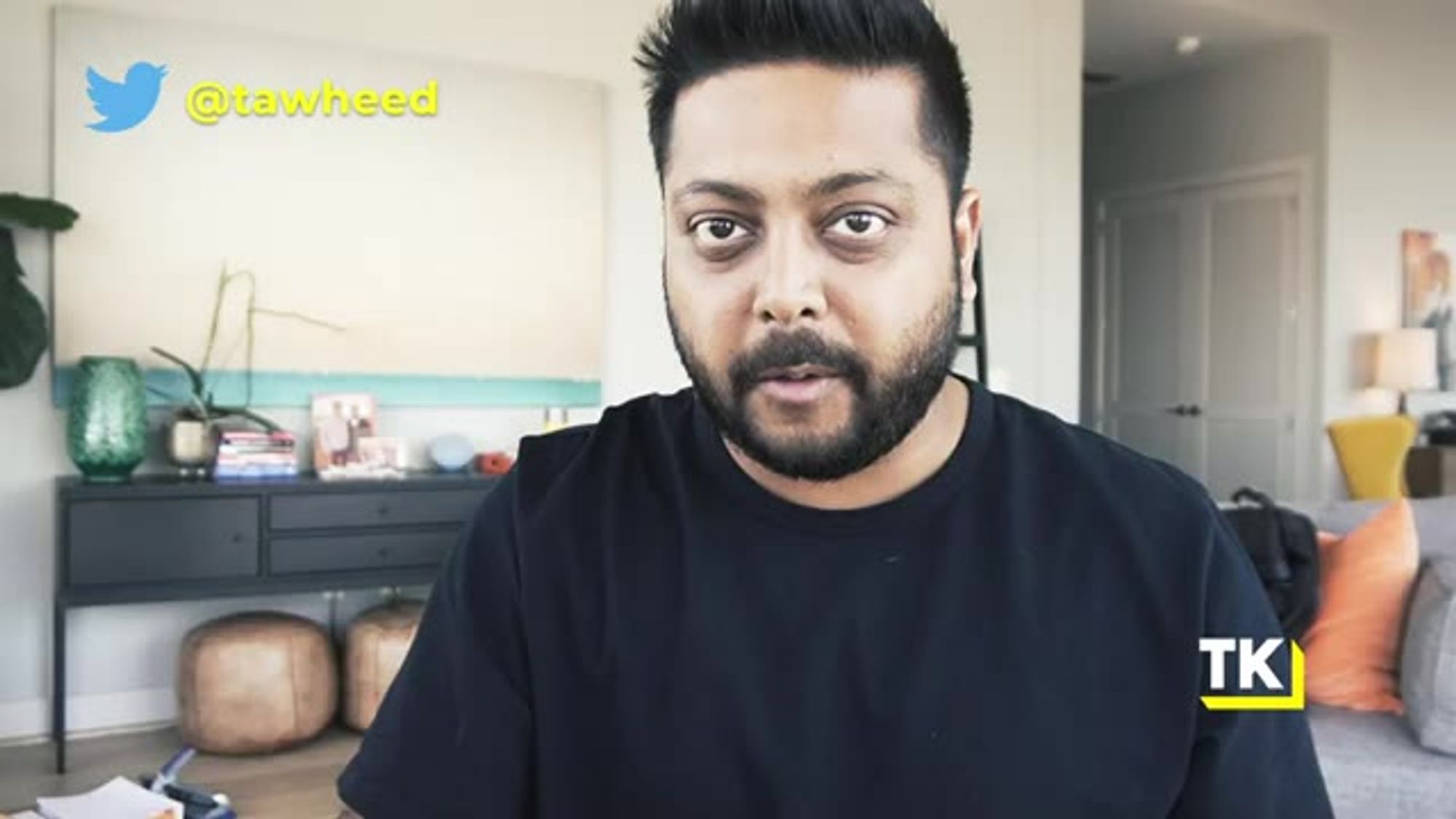
Are you starting to see the power on this?
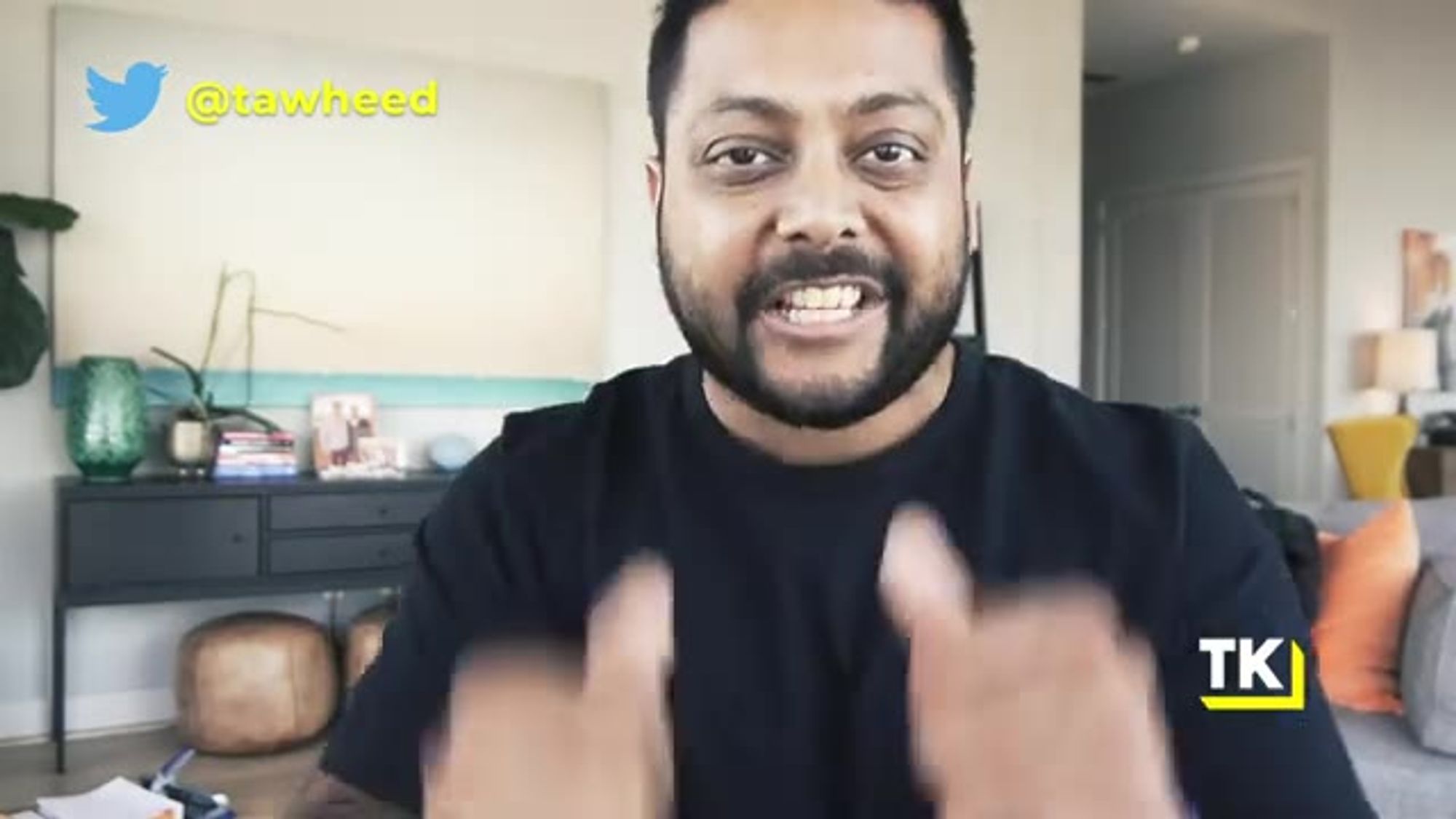
Can I just get a yes
in the comments below.
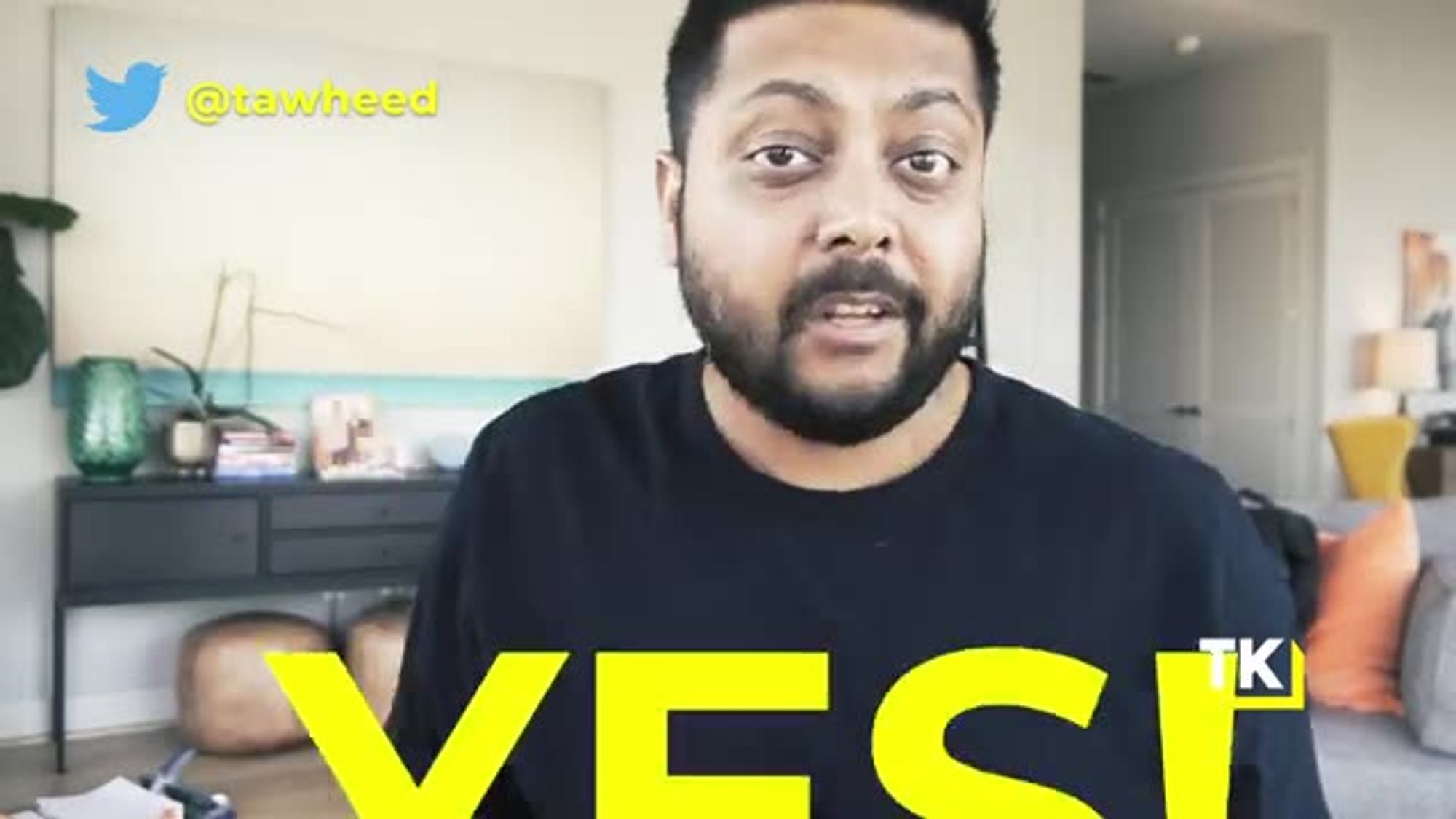
Also, if you disagree, put
it in the comments below,
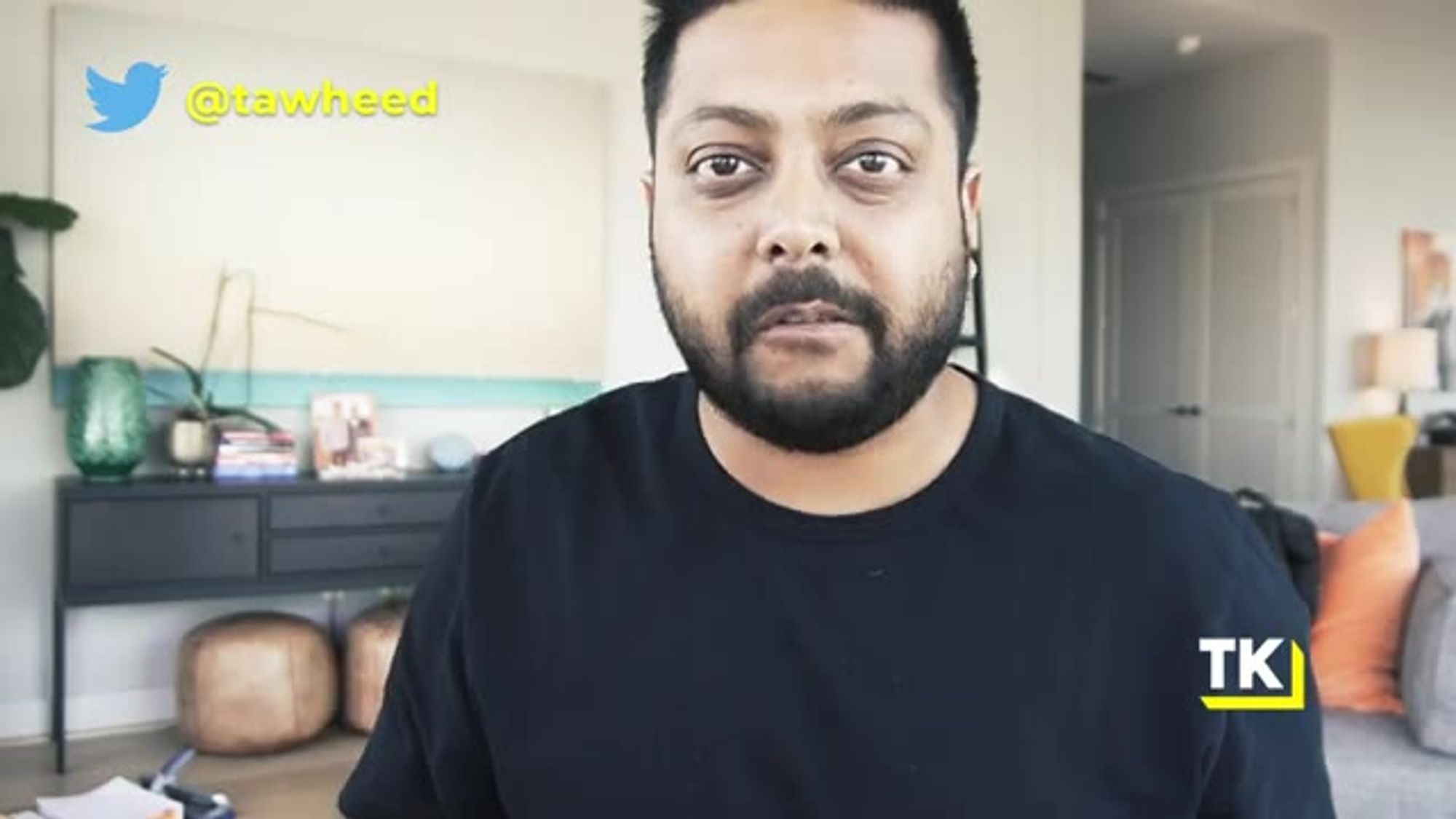
tell me what's wrong with it.
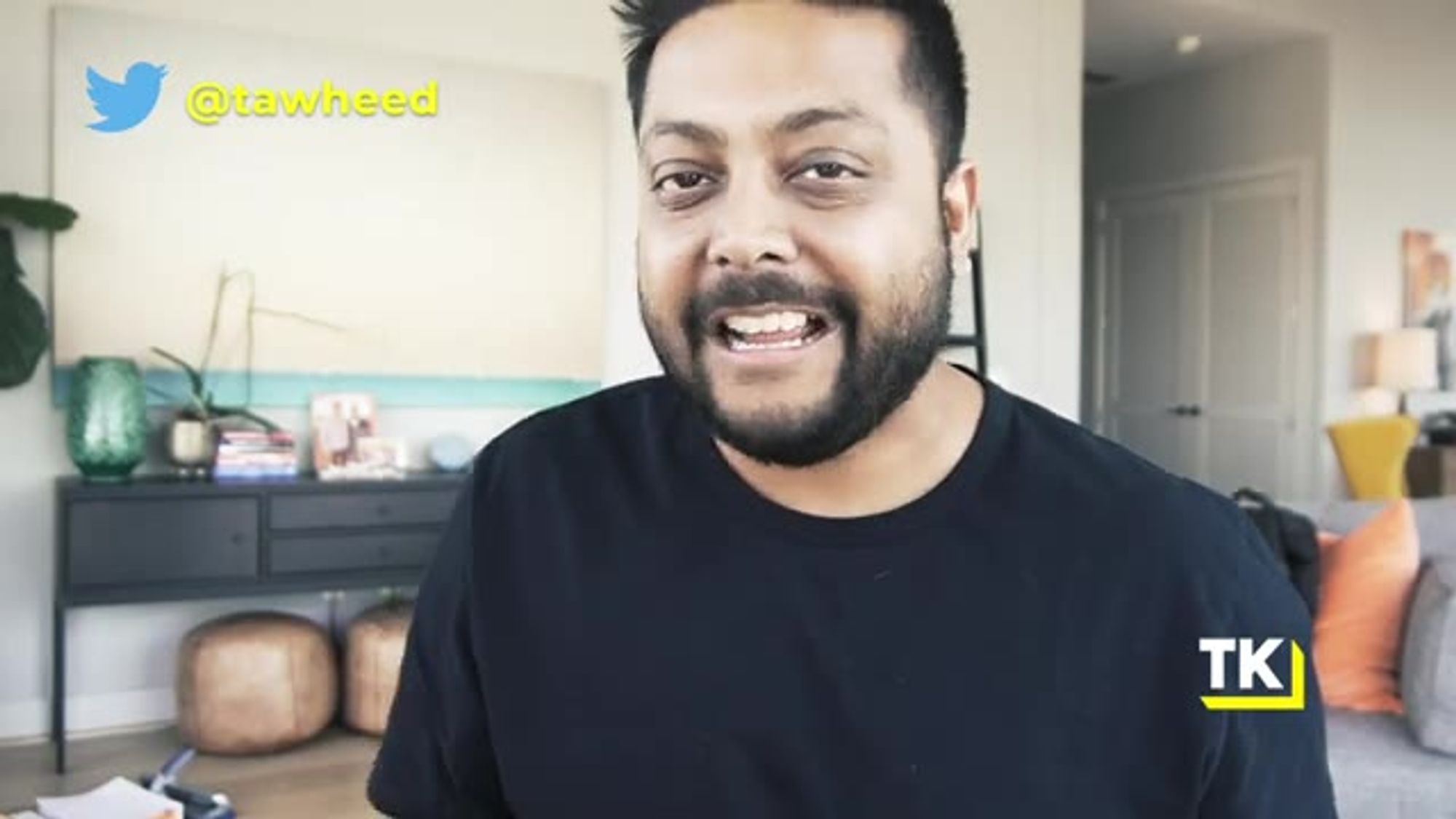
I would love to have a debate.
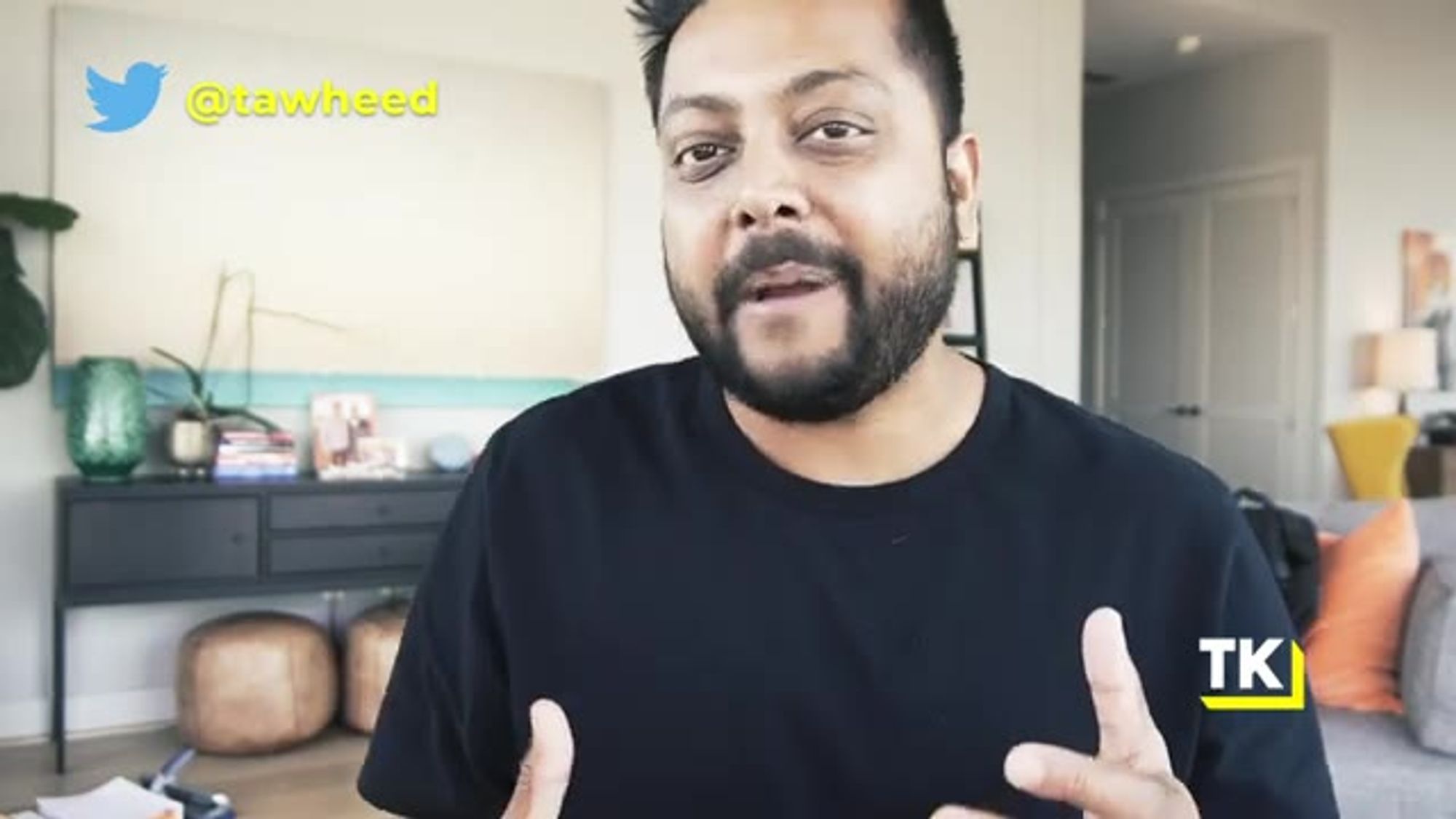
I answer every single comment
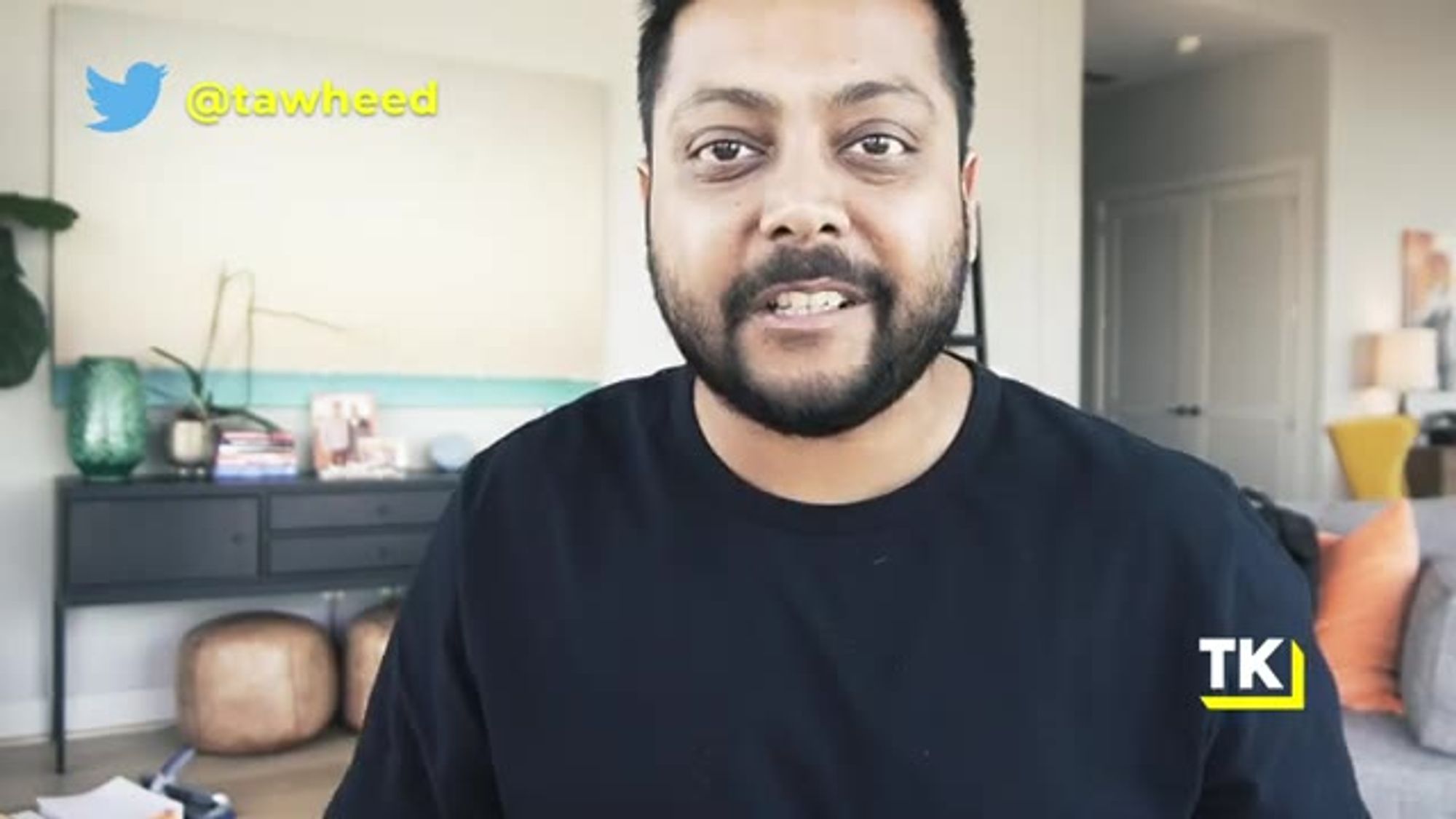
and make sure that I engage with you guys
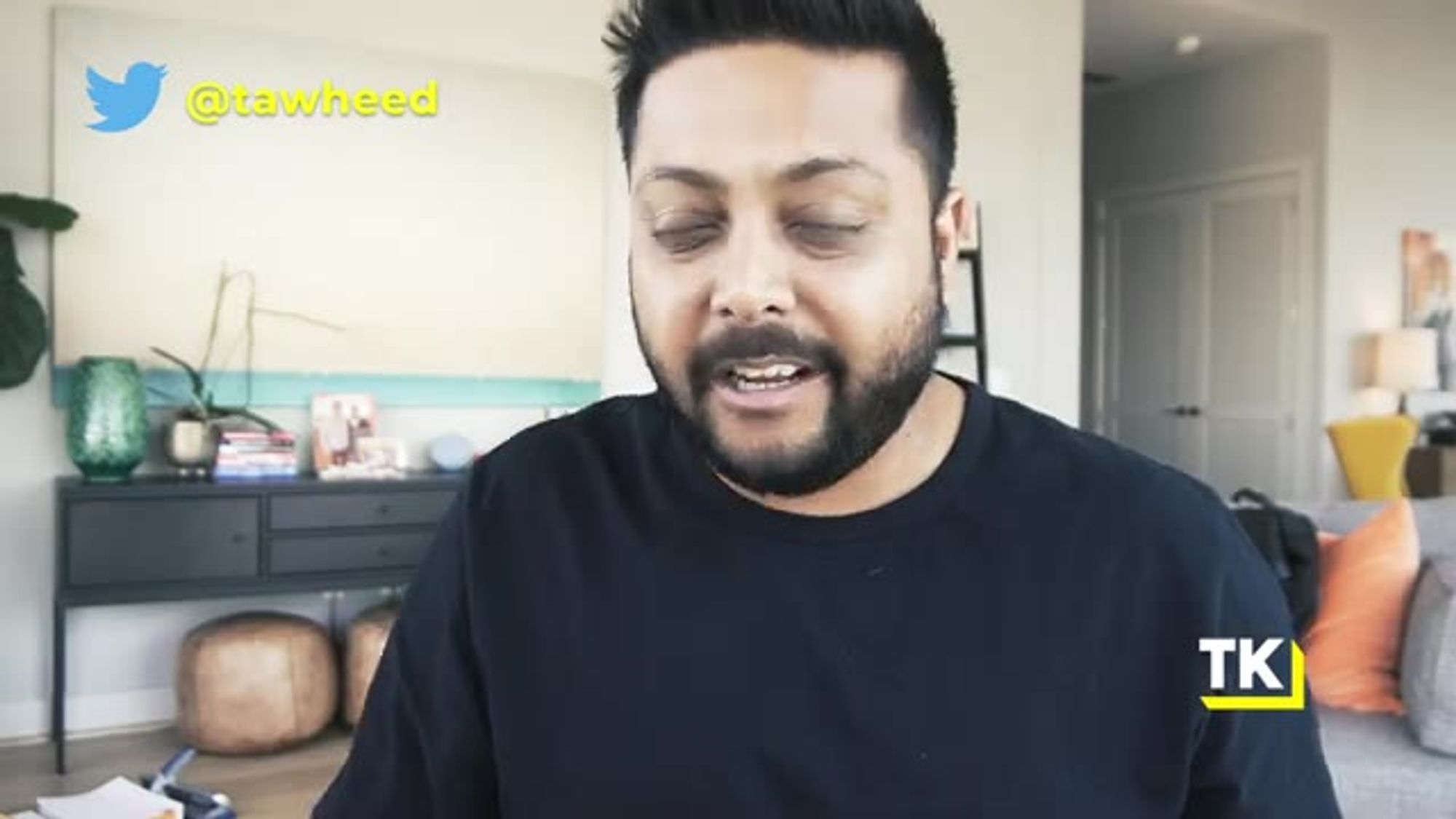
and I love hearing from you guys.
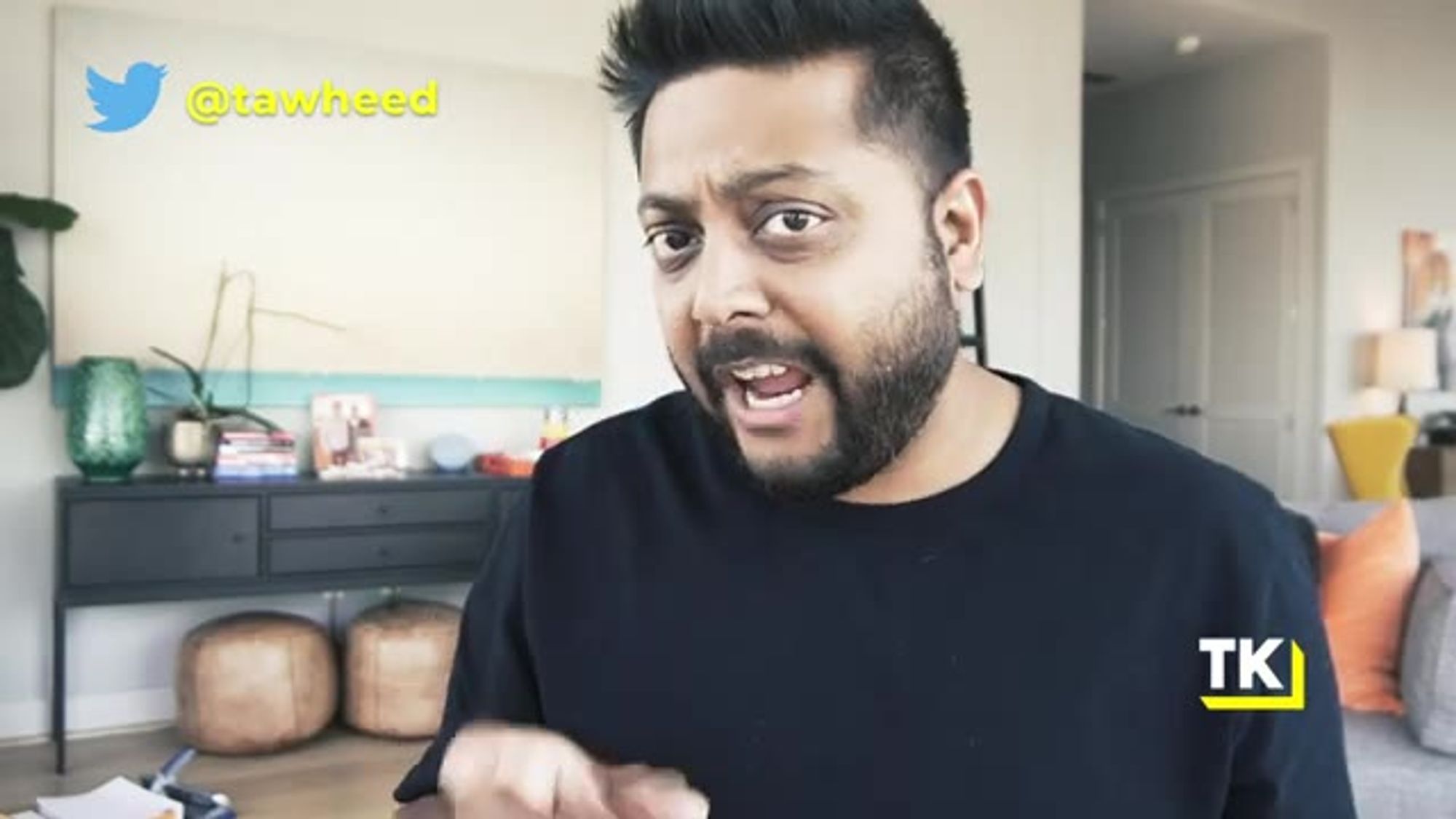
Also, if you haven't done so yet,

be sure to hit that like button
for the YouTube algorithm
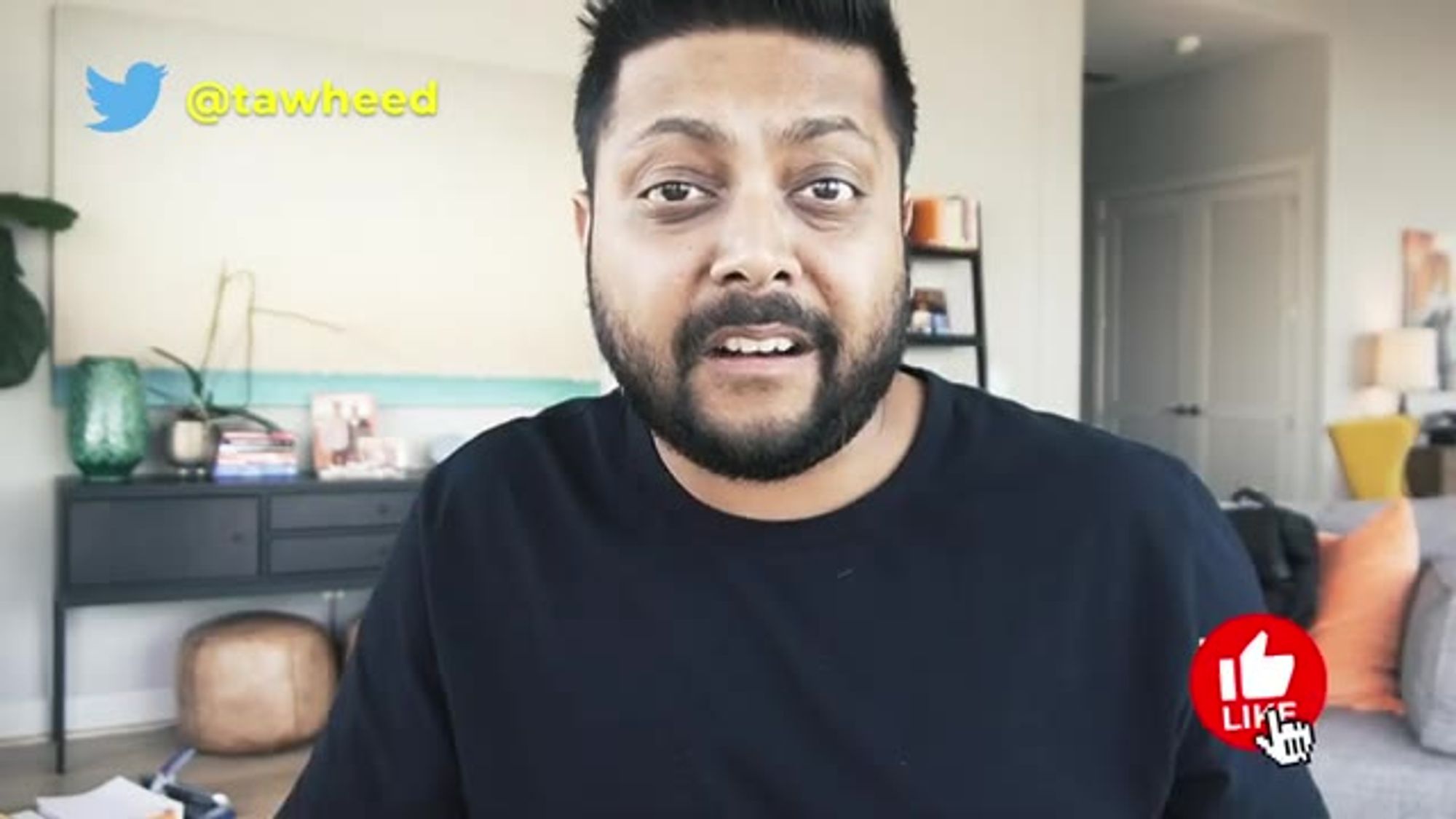
in fact, smash that like button
for the YouTube algorithm,
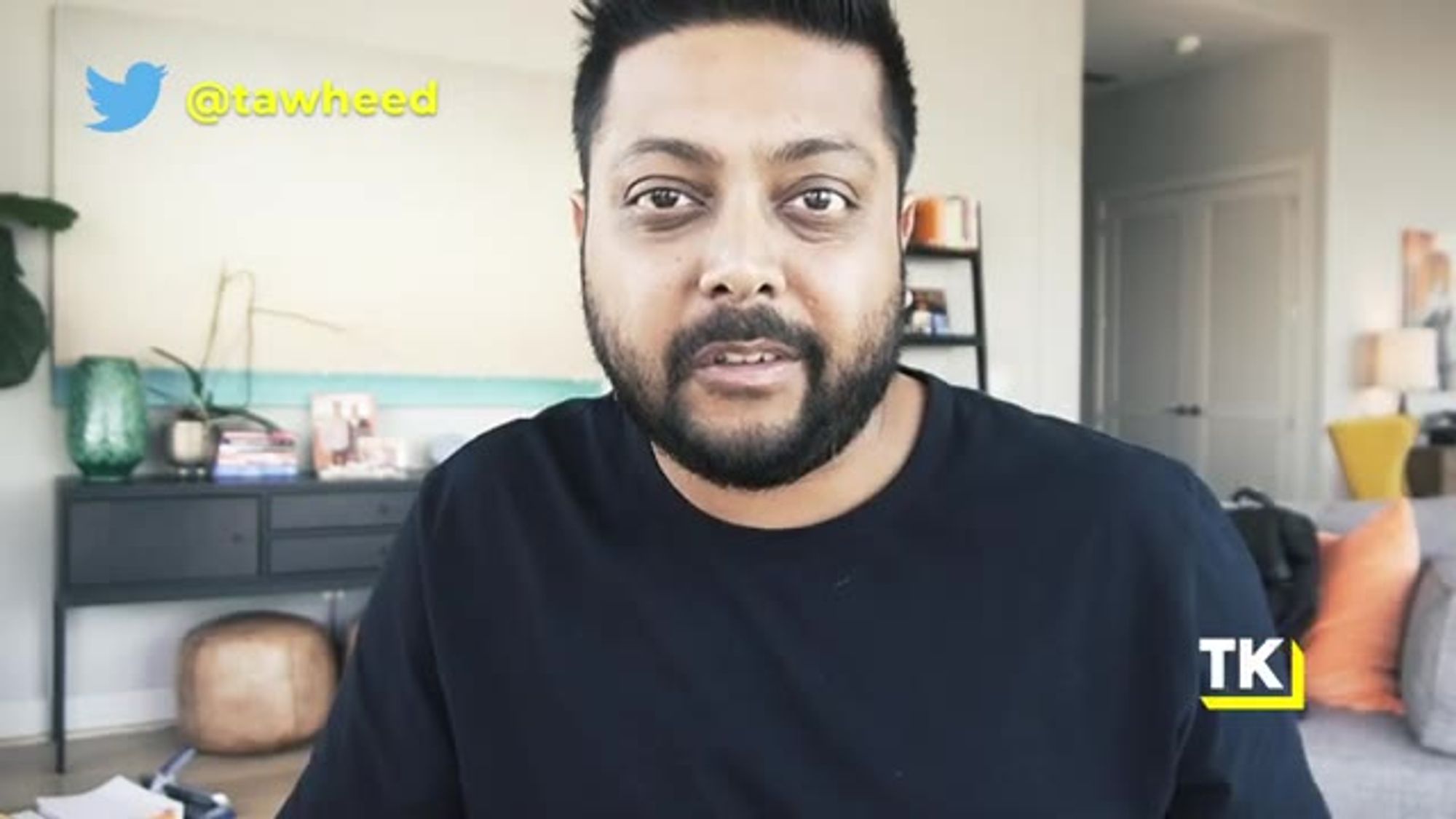
it means a lot to us when you do that.
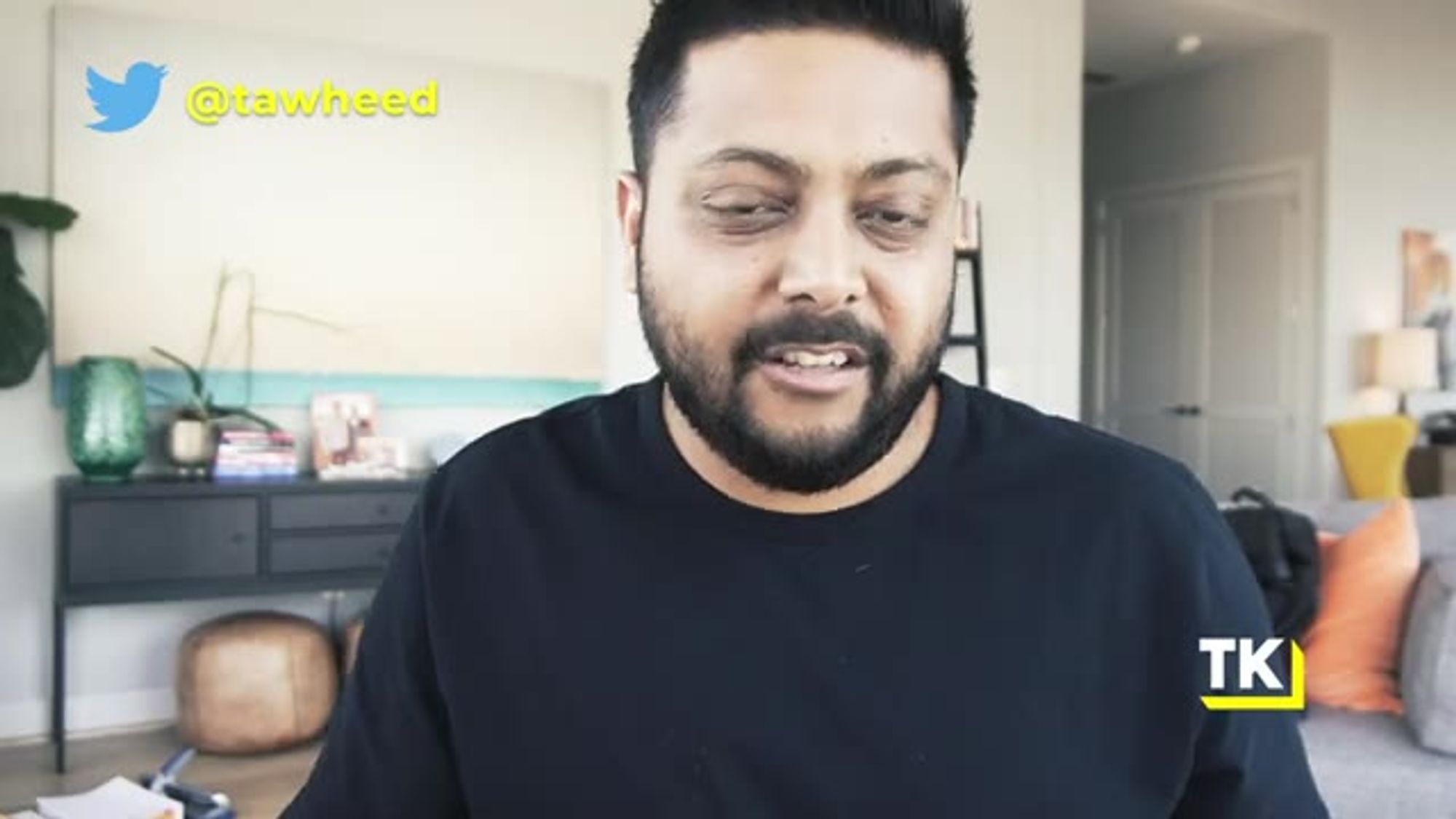
YouTube really likes it
when you do that too,

I don't know why.
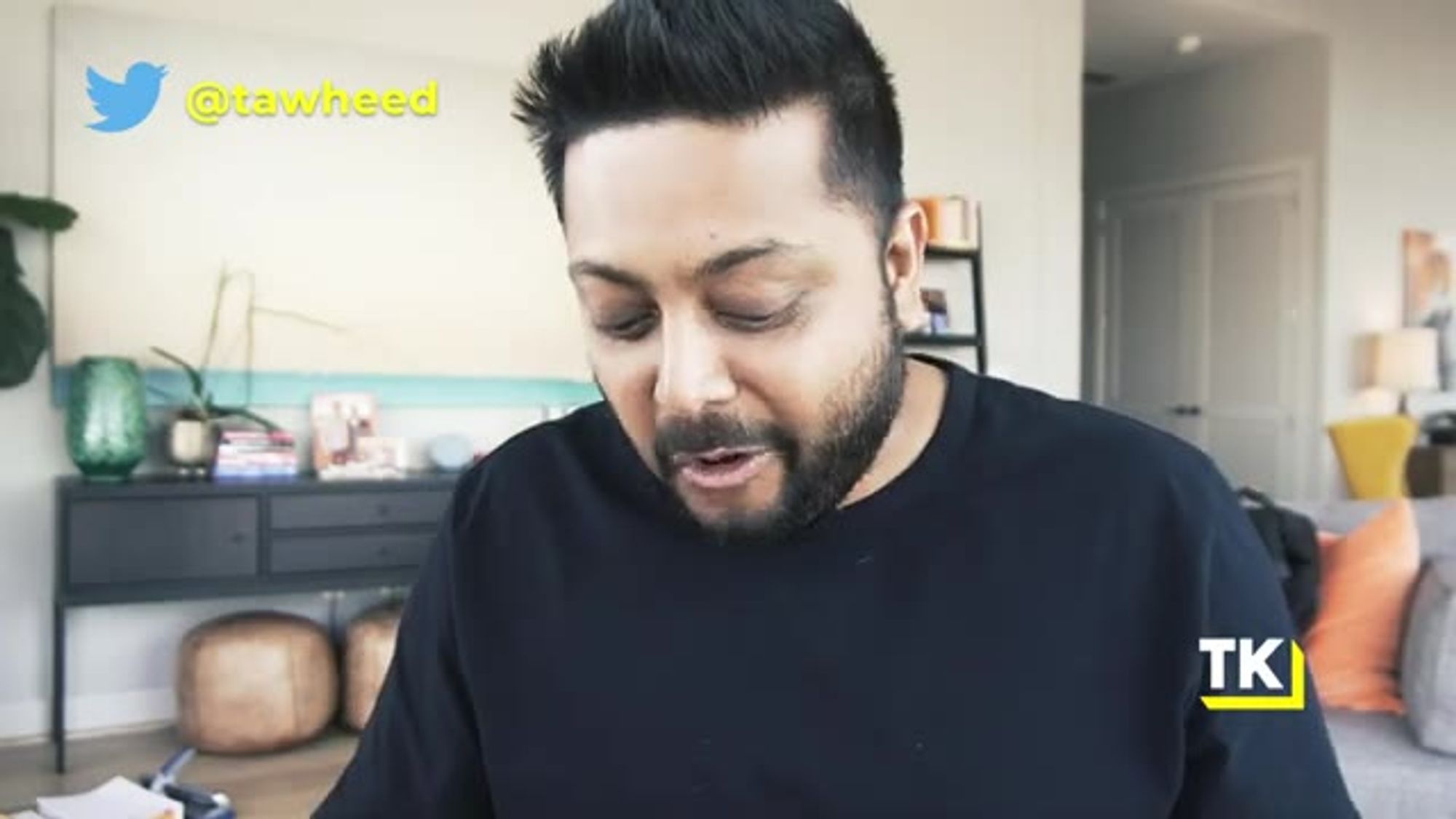
Also, if you're in this stage
where you're building out

your Saas business and you're
tryna develop your idea
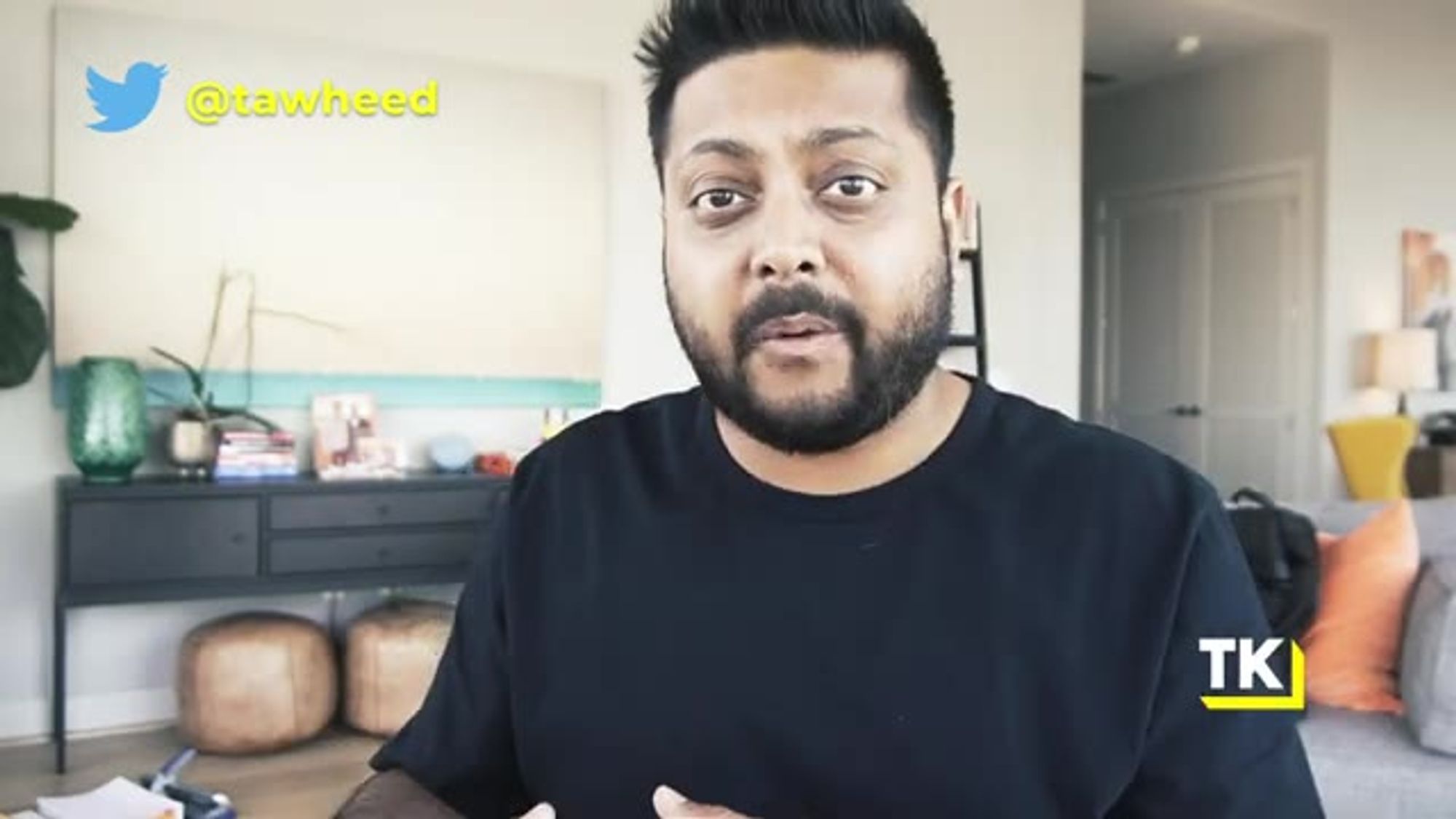
and craft your idea, I
invite you to check out
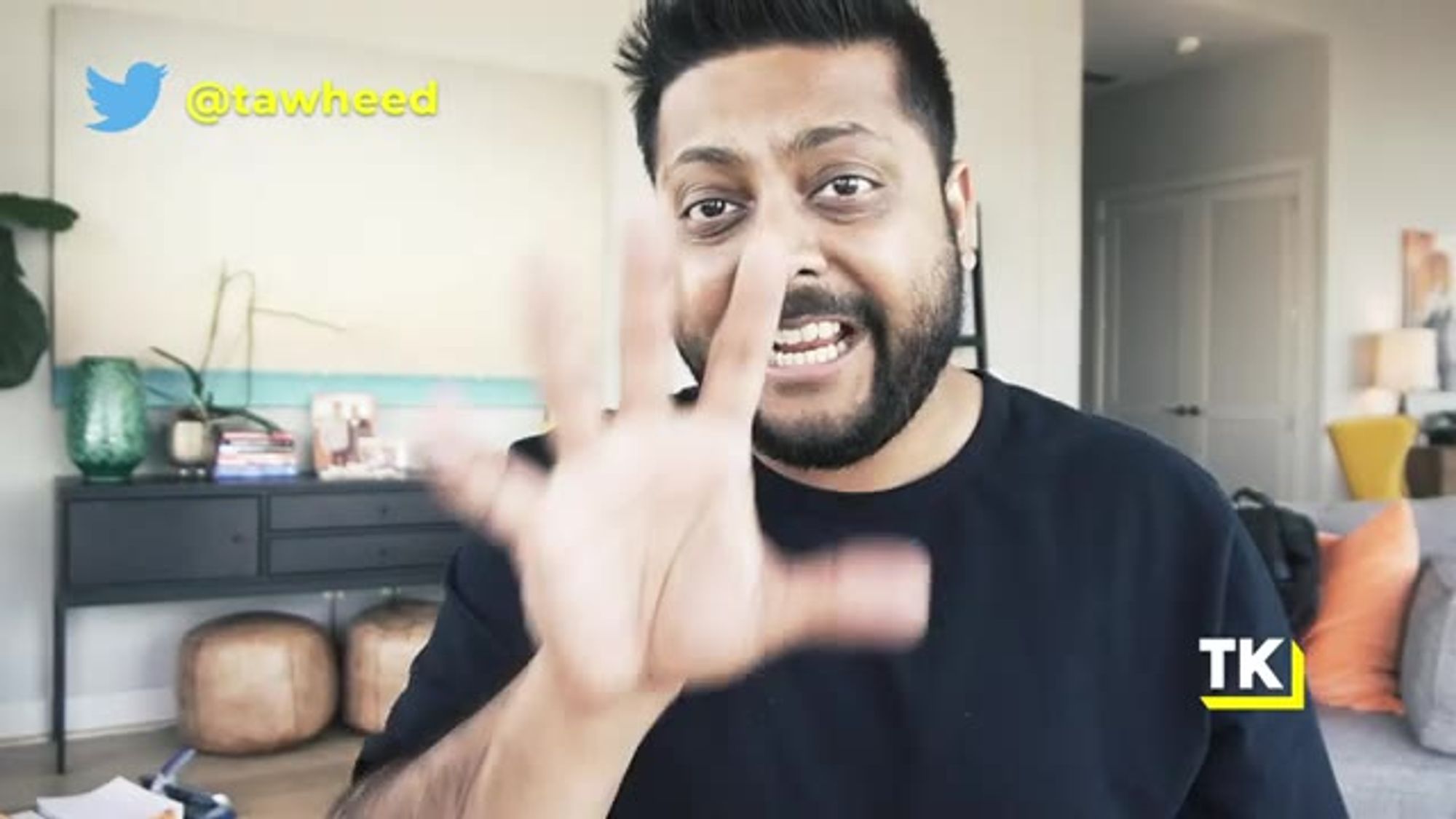
my 10 point SaaS business checklist.

It's a 10 point checklist
that helps you evaluate
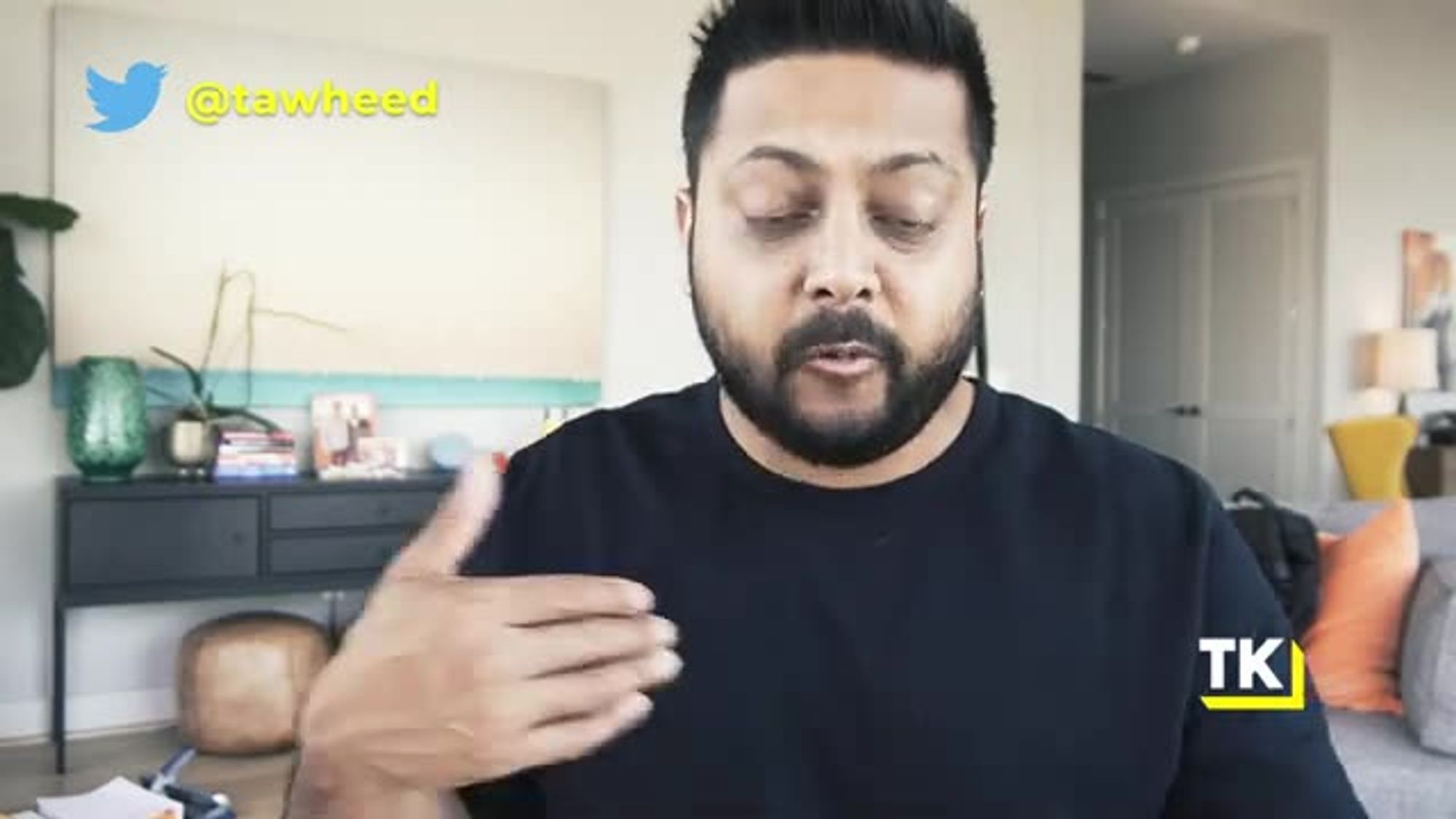
where you are in the SaaS business

and works with the critical components
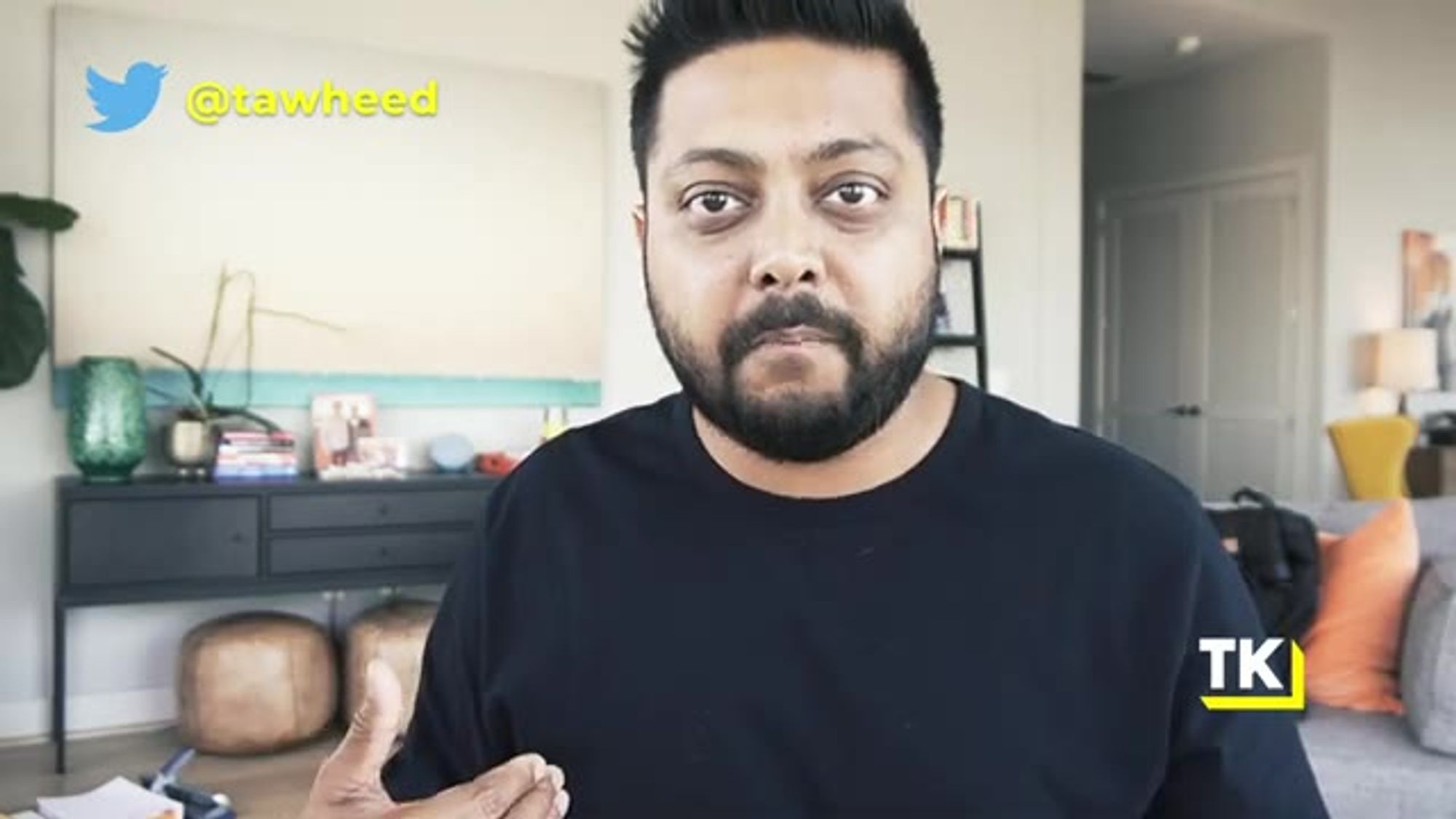
of building a SaaS business
and starting a SaaS business.
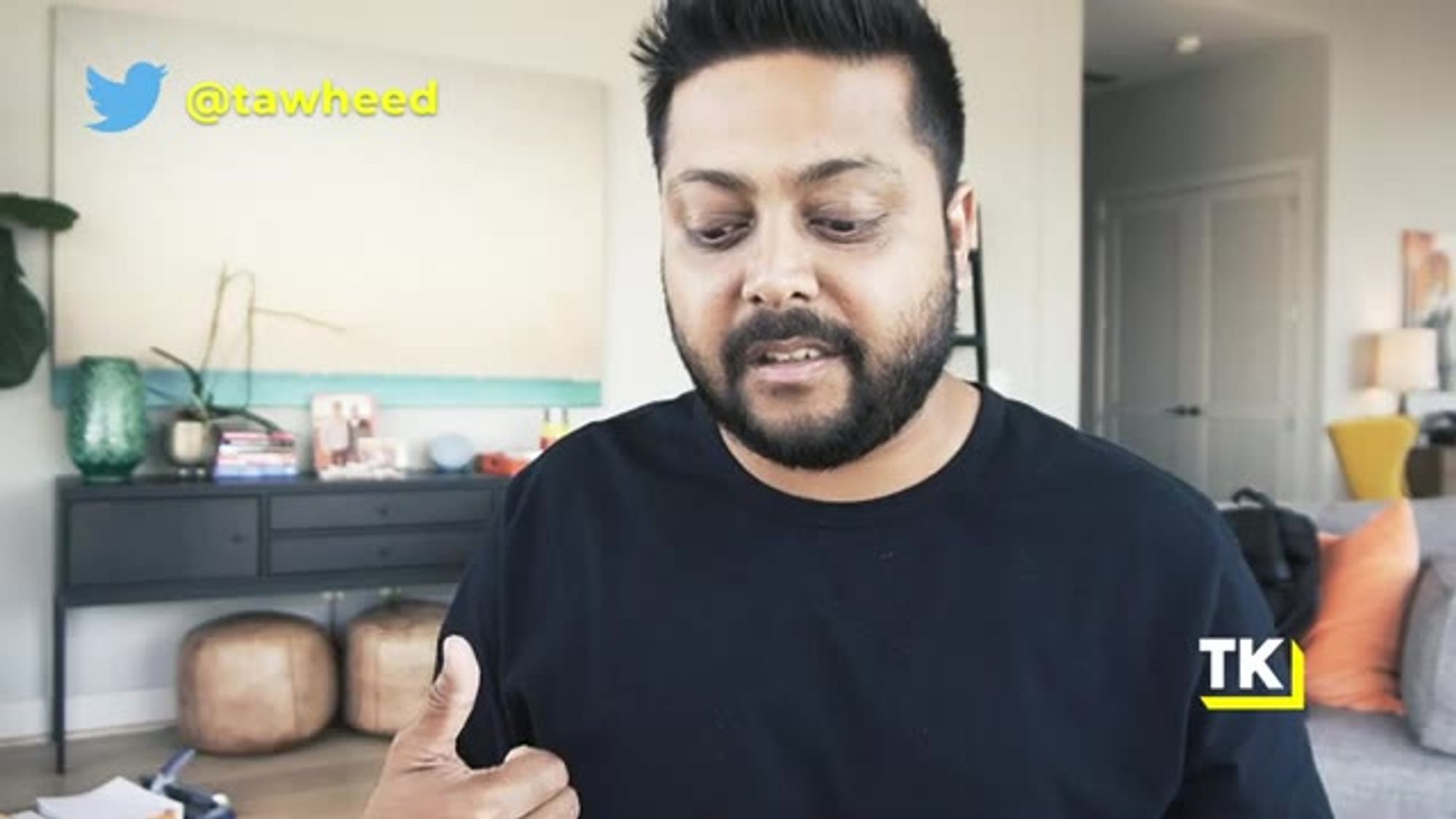
I'll tell you more about it
at the end of this video,
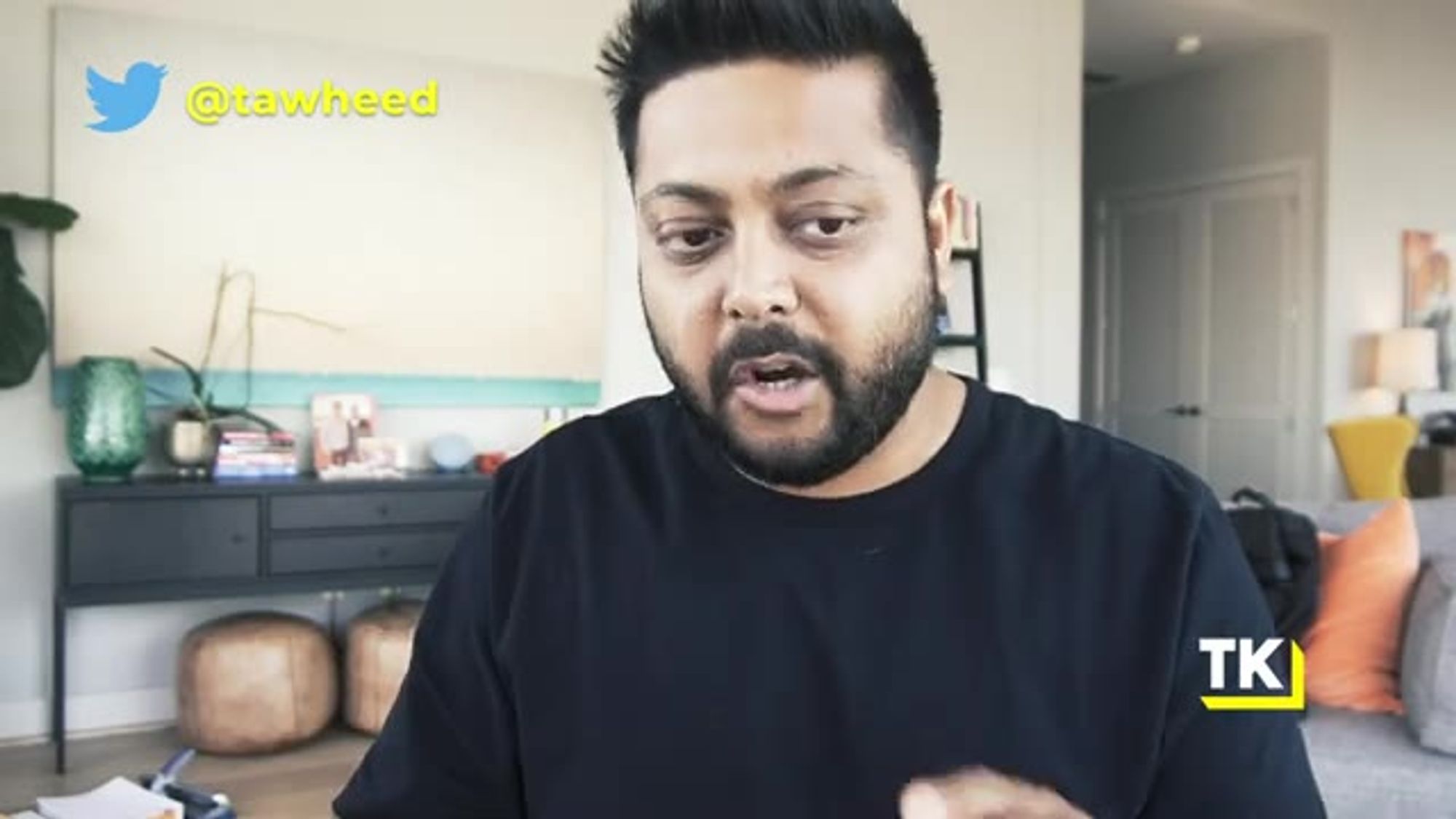
you don't have to go anywhere right now,
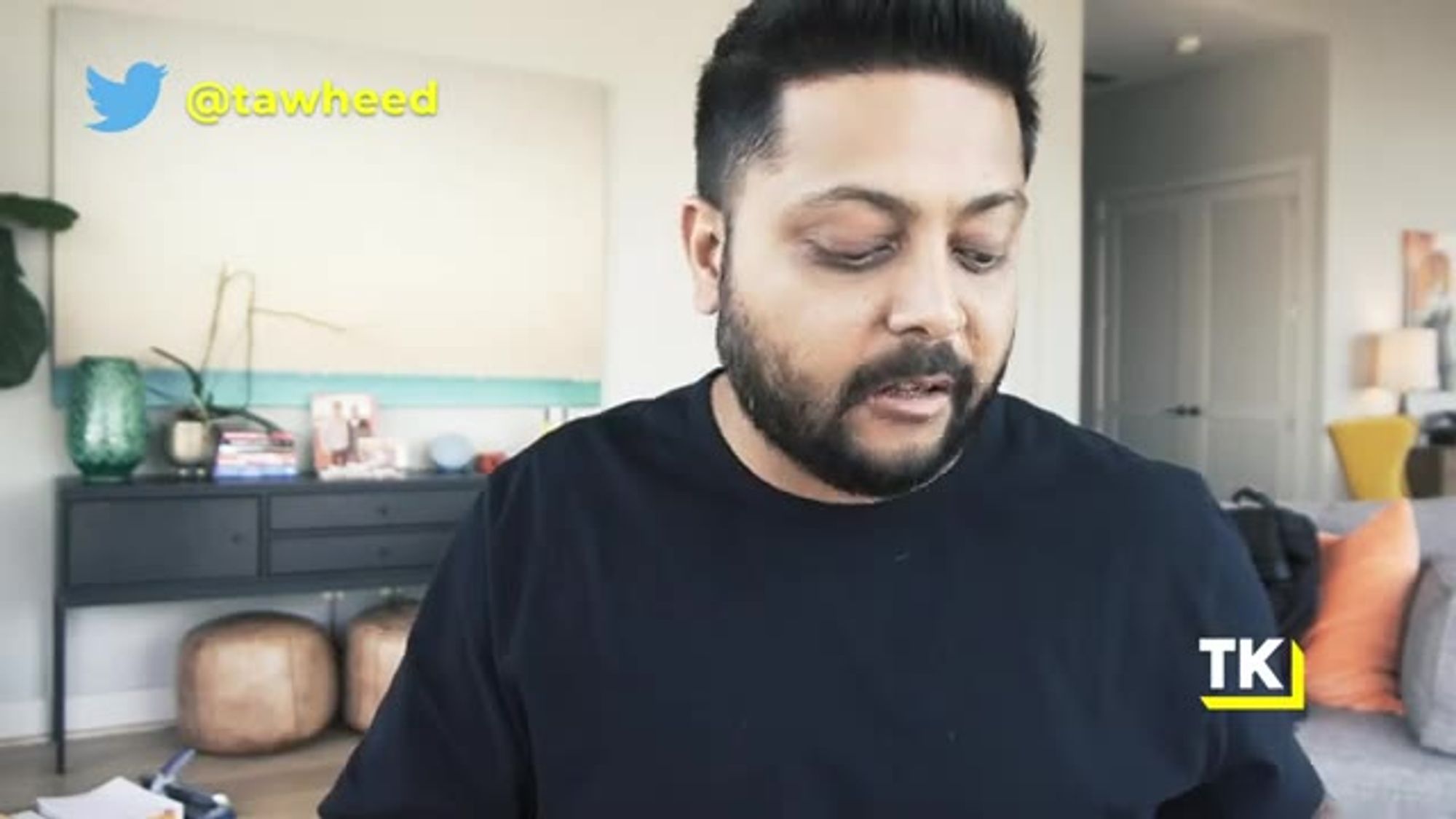
let's go to principle number three.
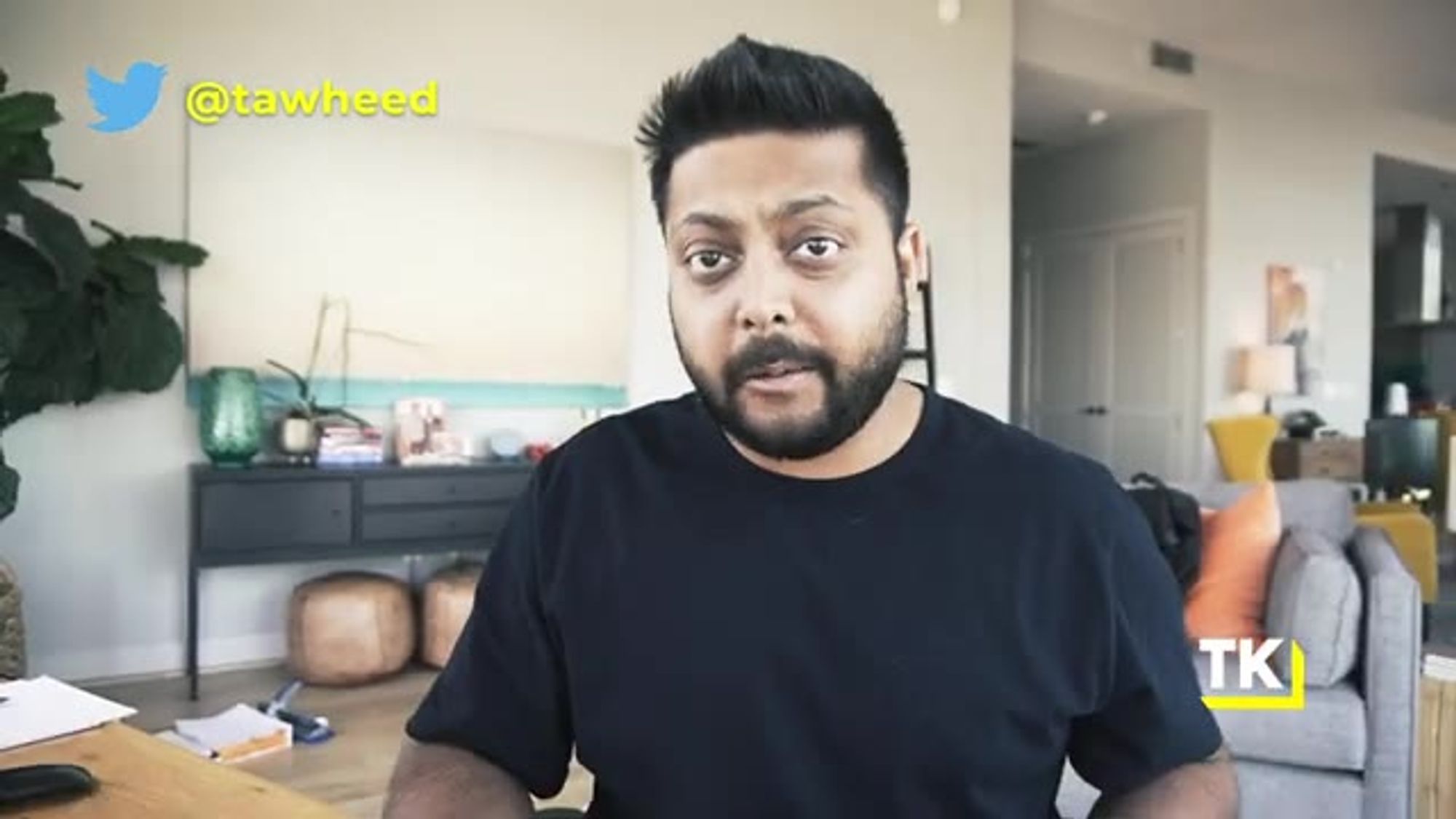
Principle number three is how
you price your Micro SaaS.
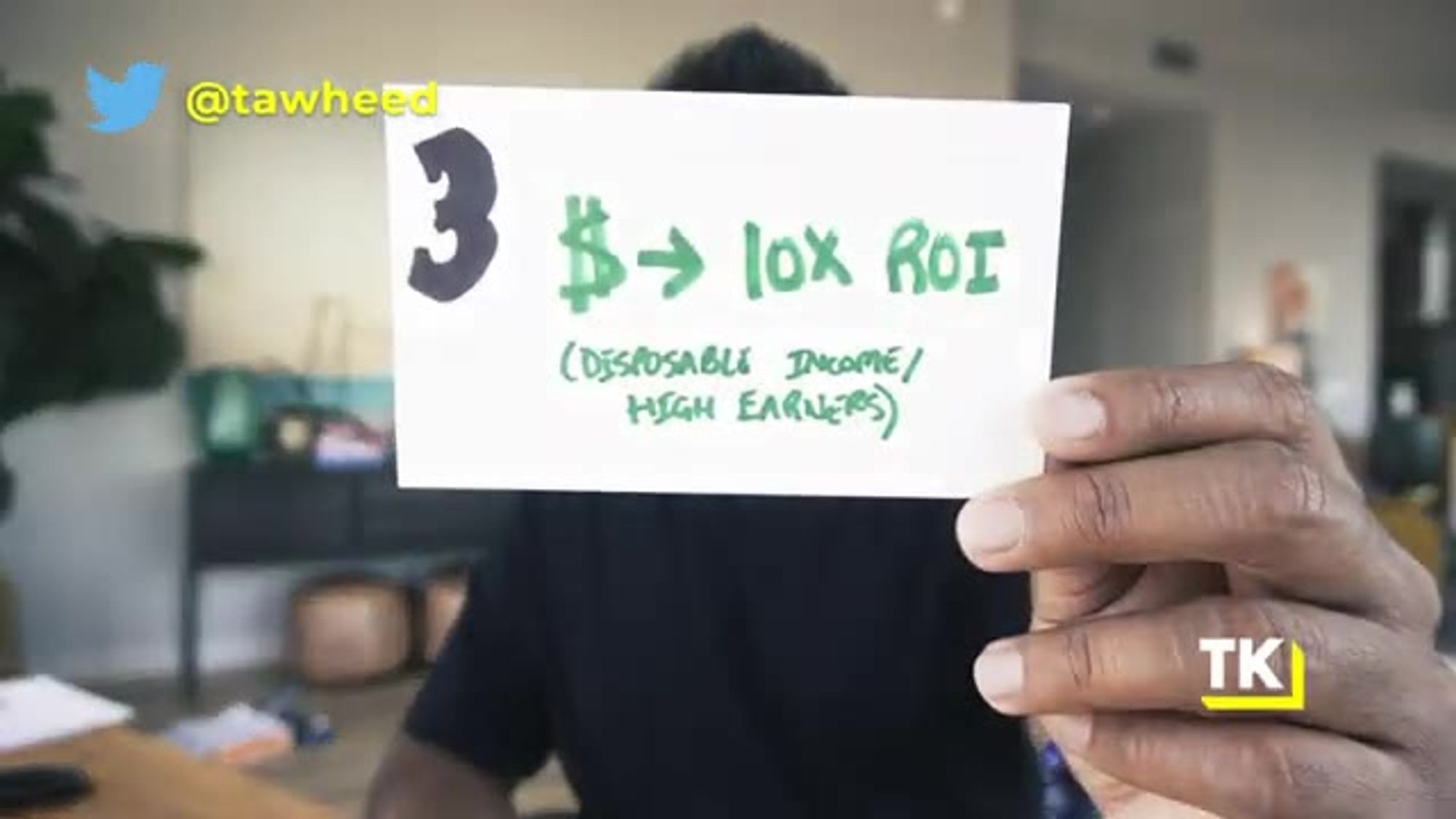
Now, this is a core principle
for any SaaS business,
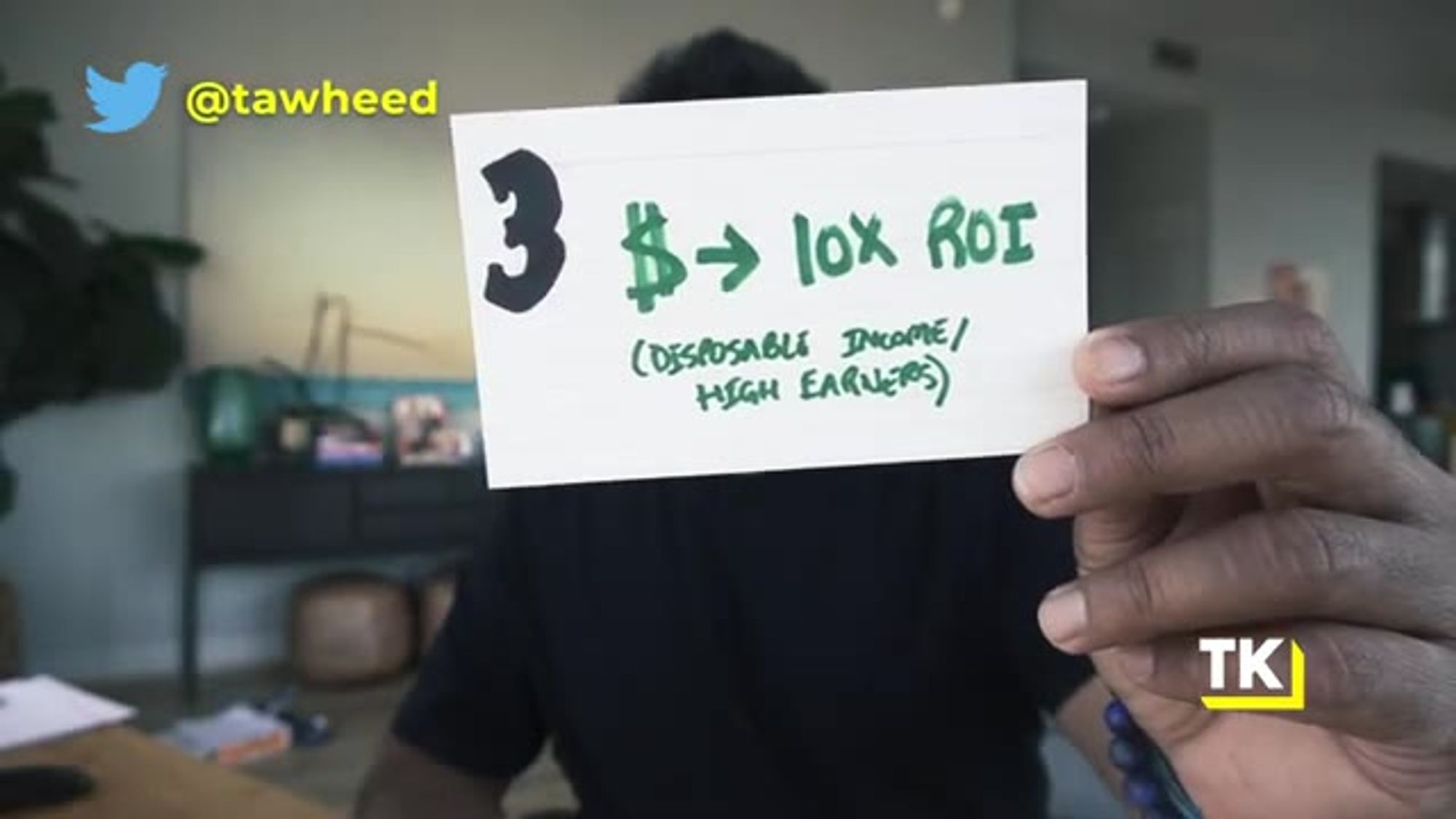
but it's infinitely more true
for a Micro SaaS business.
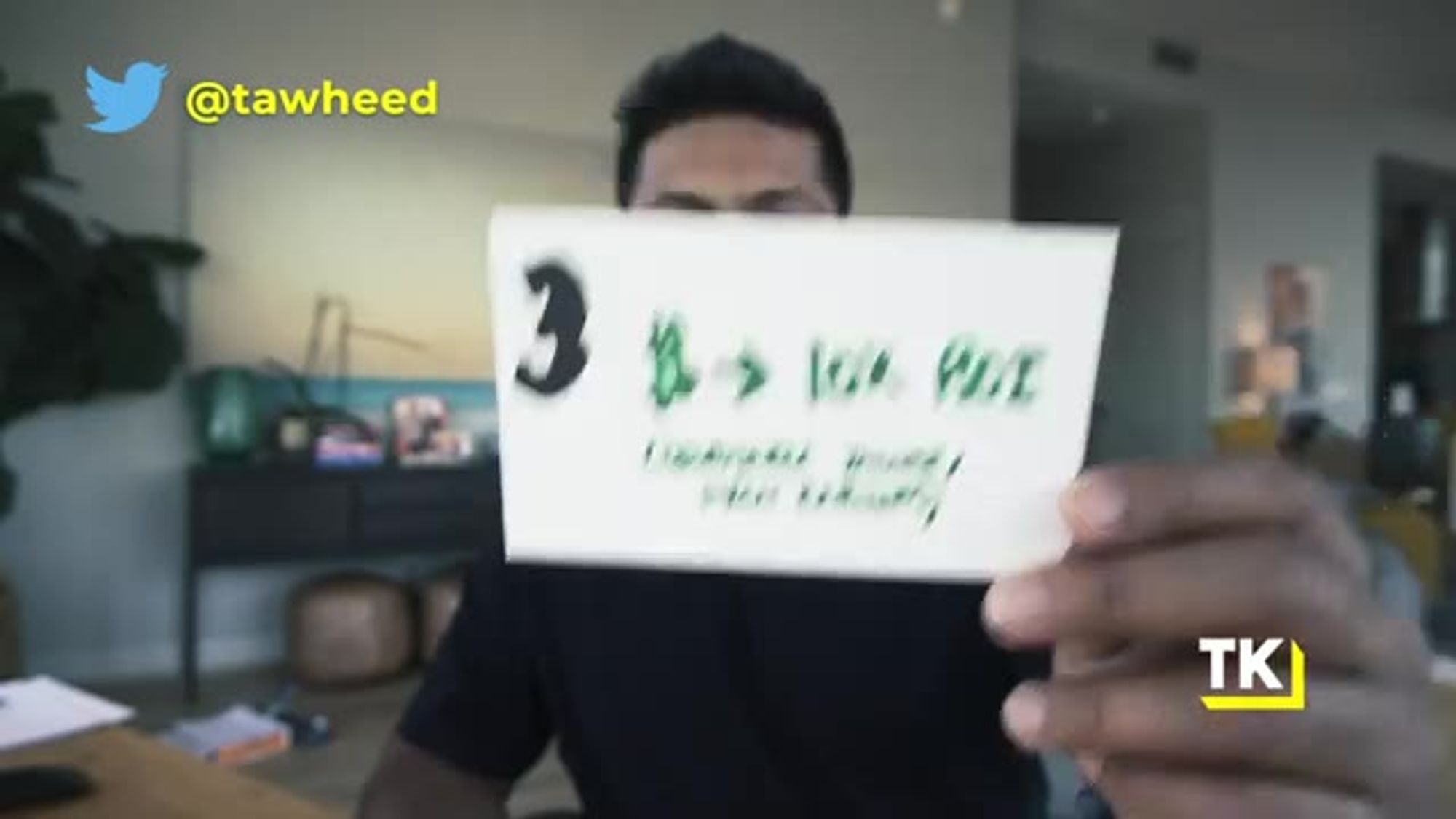
Ultimately, you're
gonna have to figure out

how much to charge for it
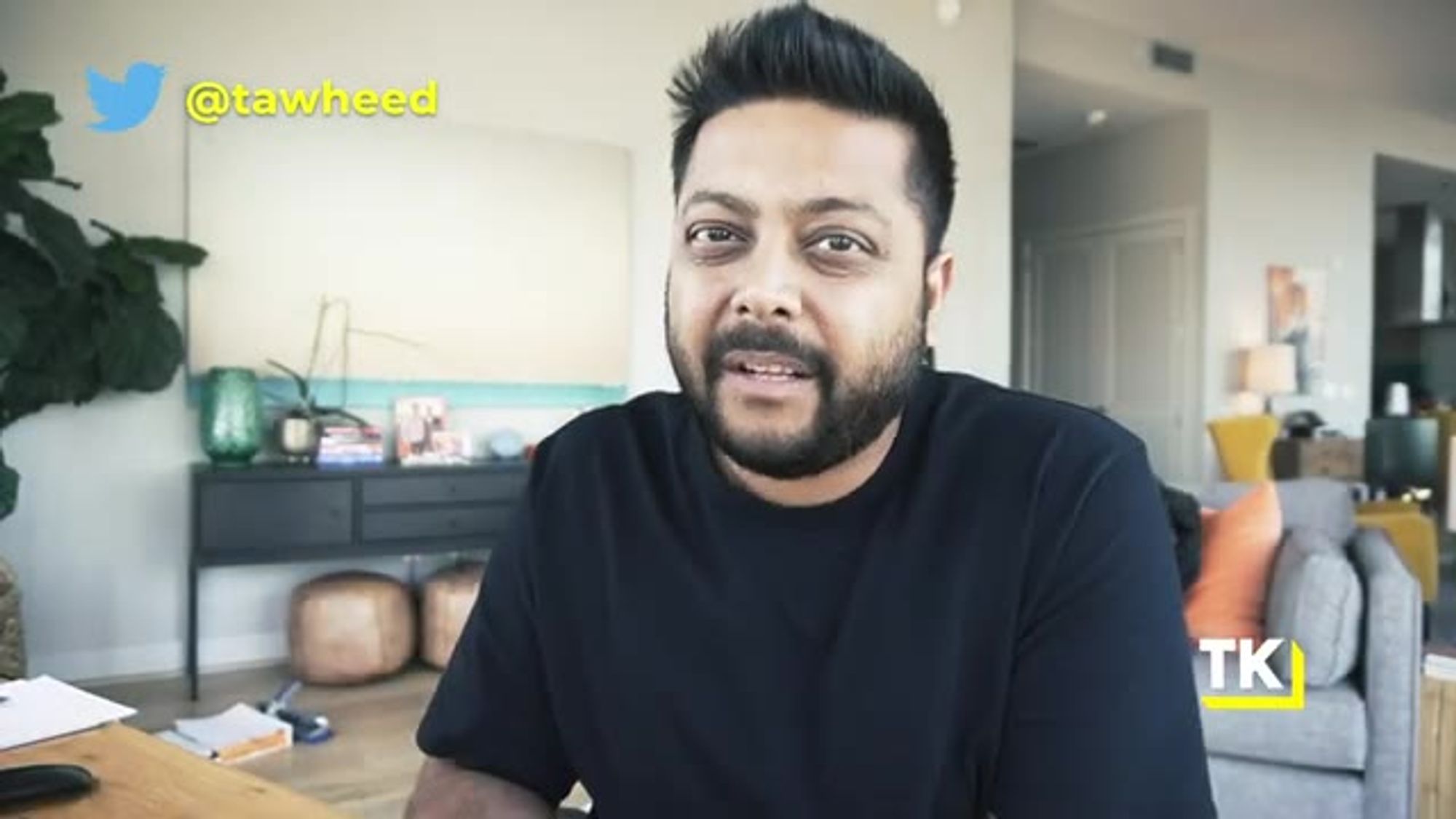
and typically, Micro SaaS business,
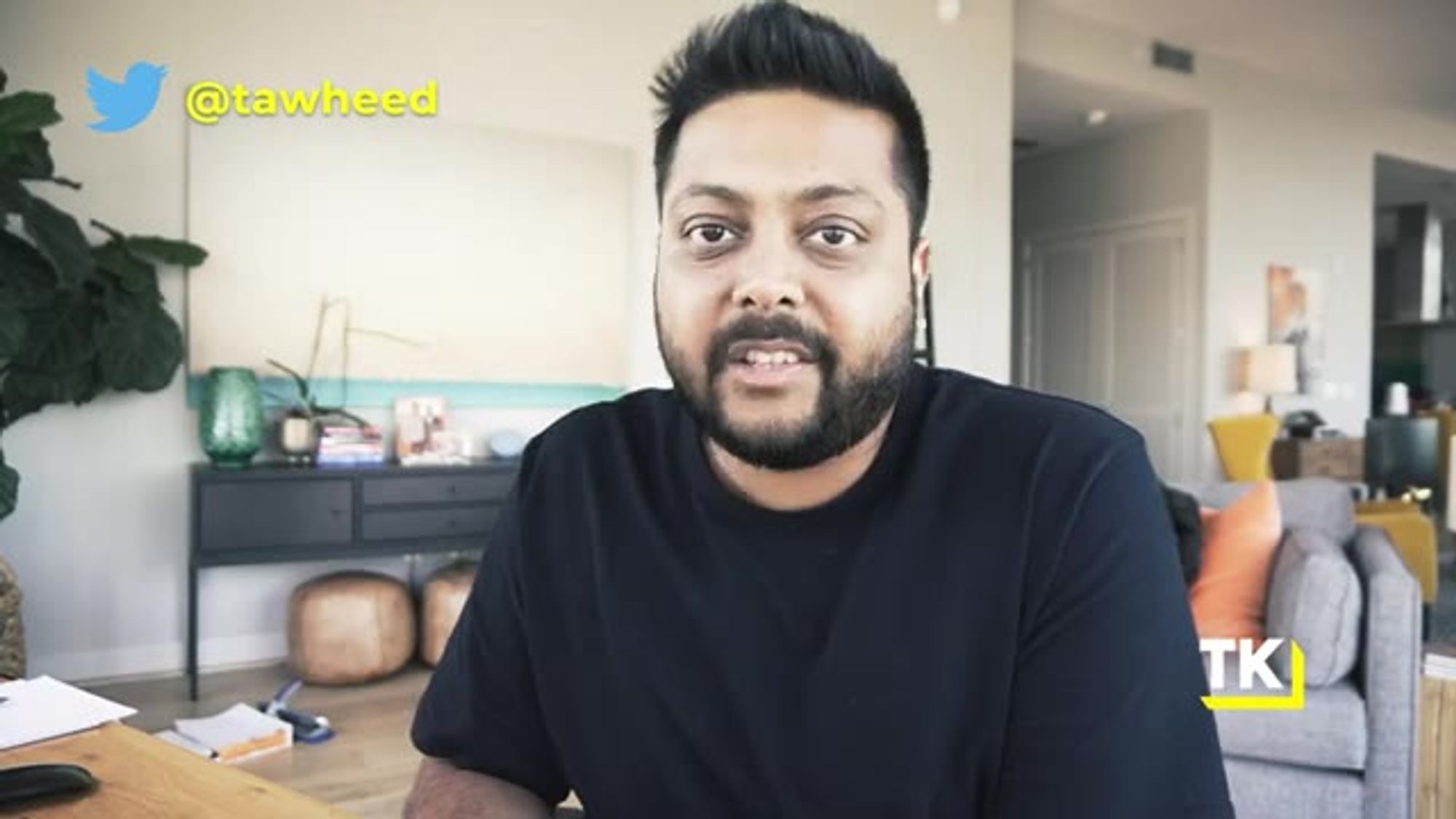
it's anywhere from 30 dollars a month
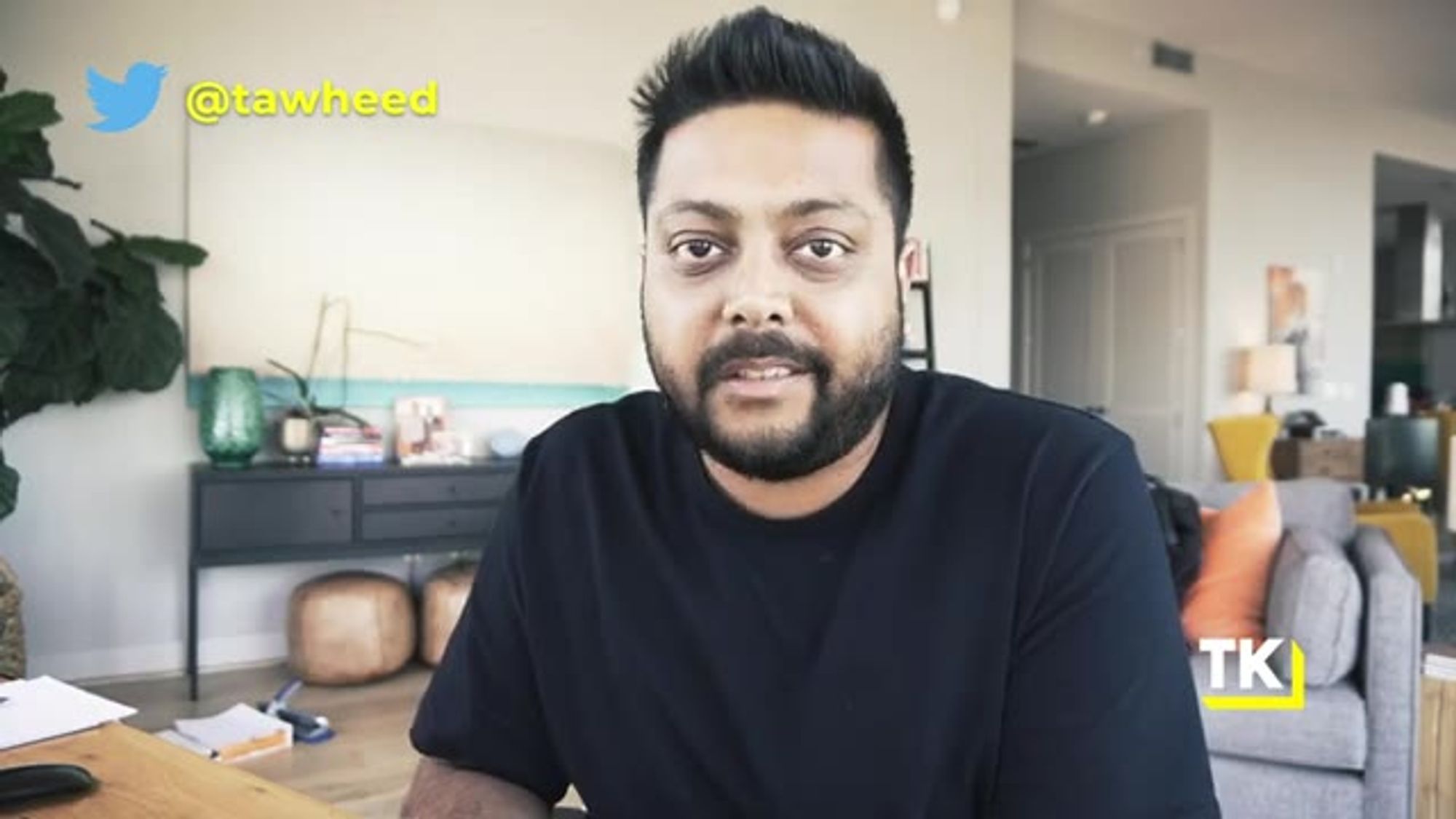
to maybe 99 dollars a month, maybe more.
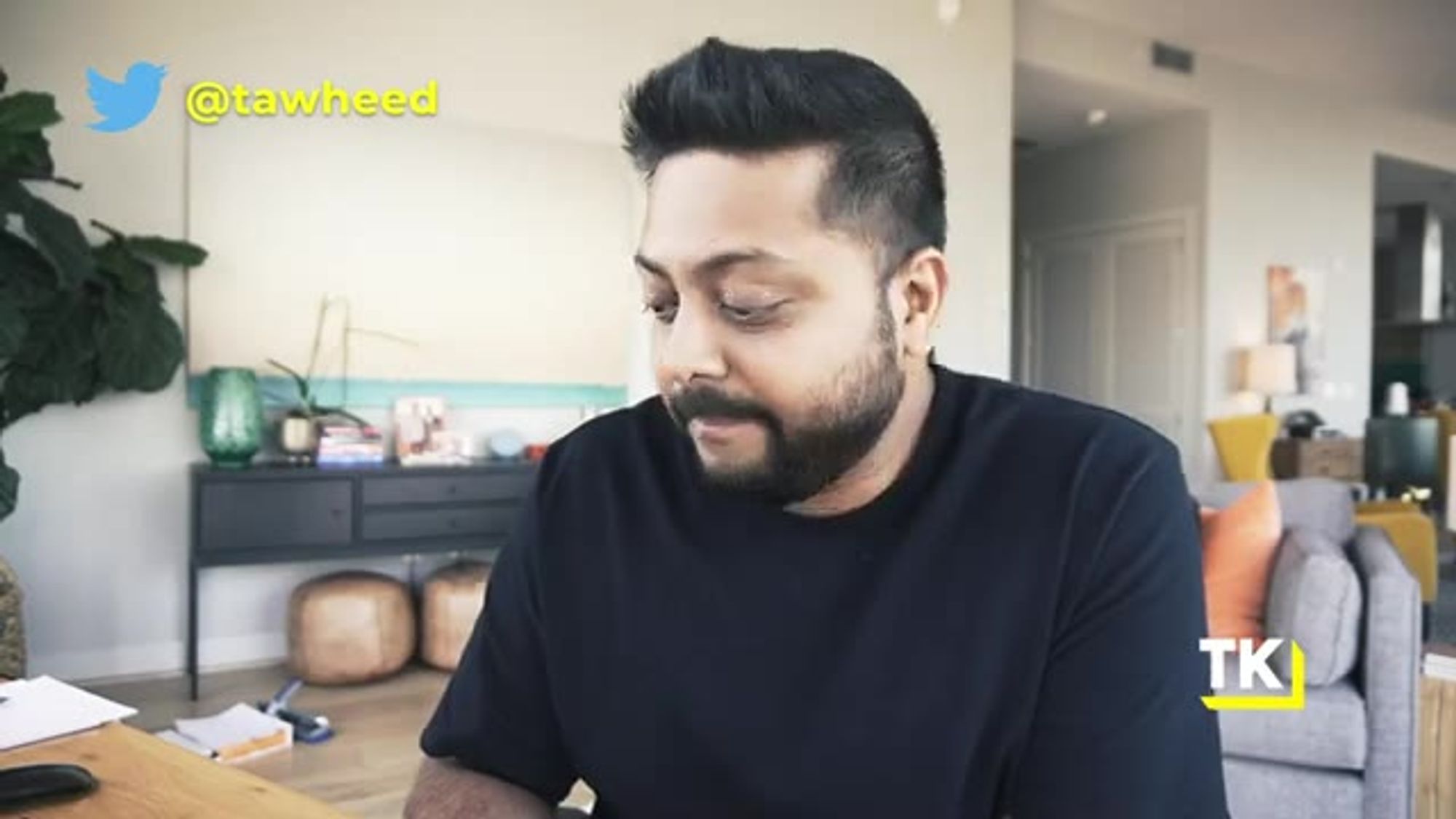
But it's not a lot, it's
something that you wanna do

on a monthly basis and
maybe give 'em a discount
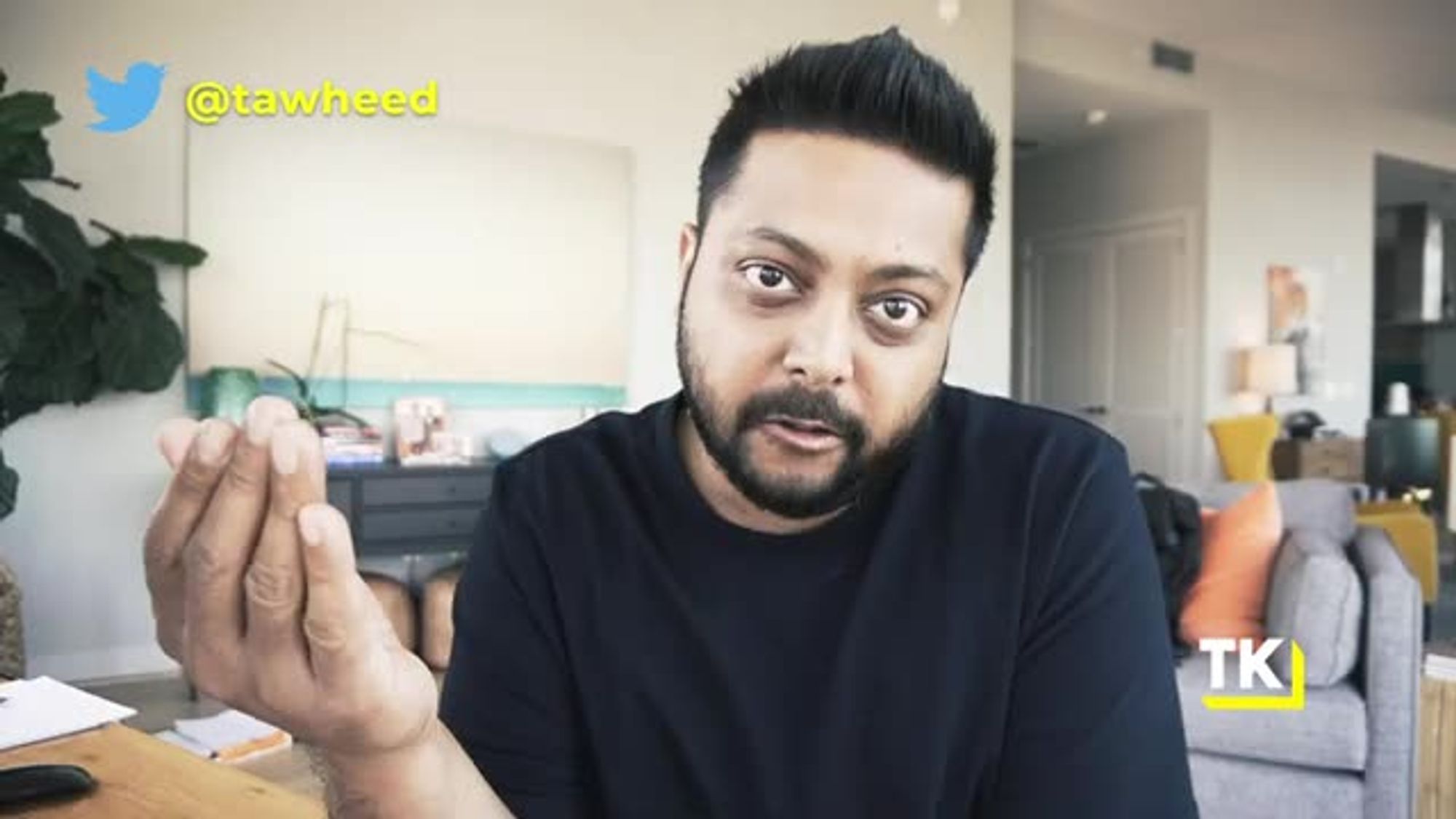
for doing annual, but not amounts
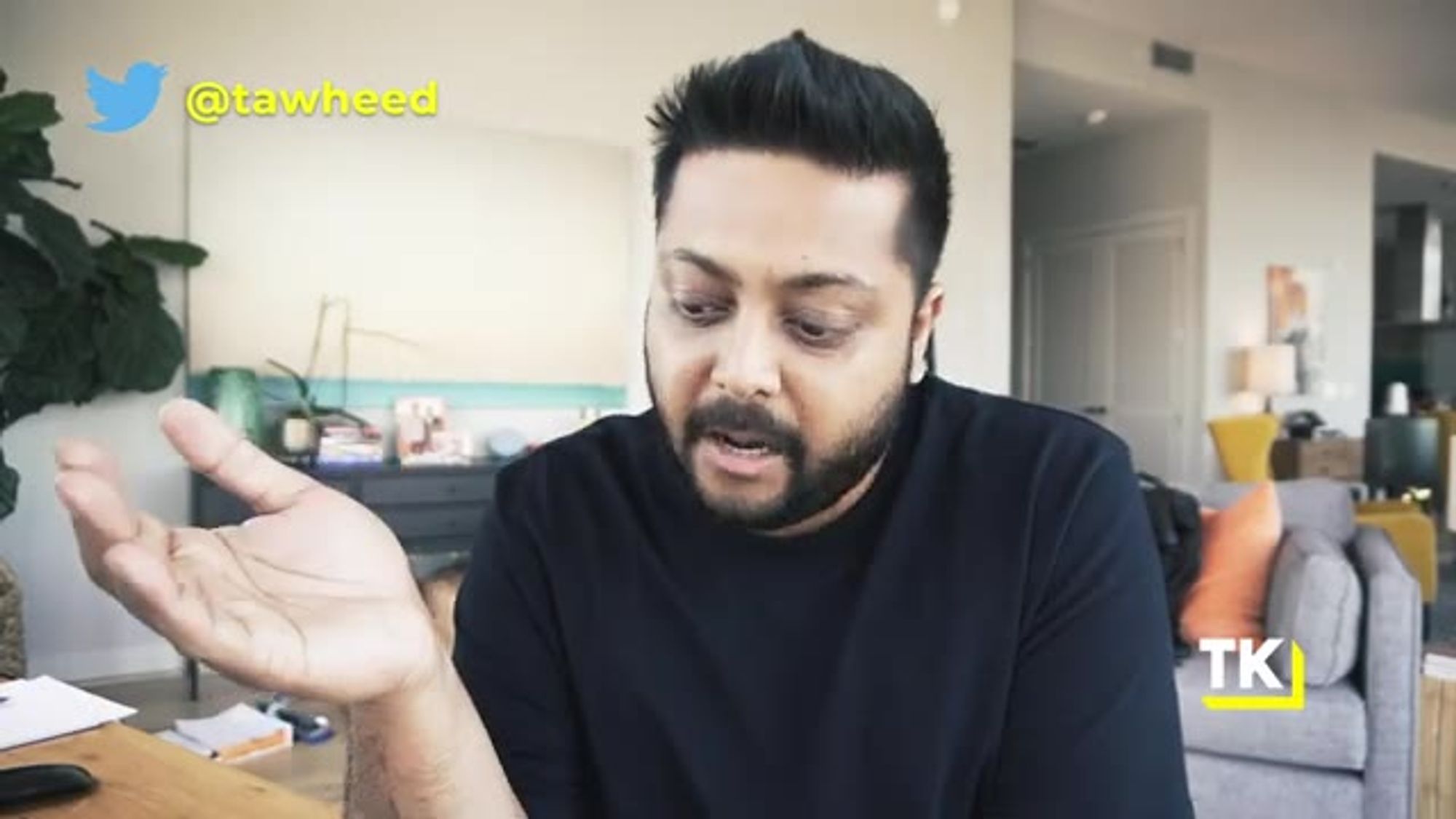
where they wanna talk to sales.
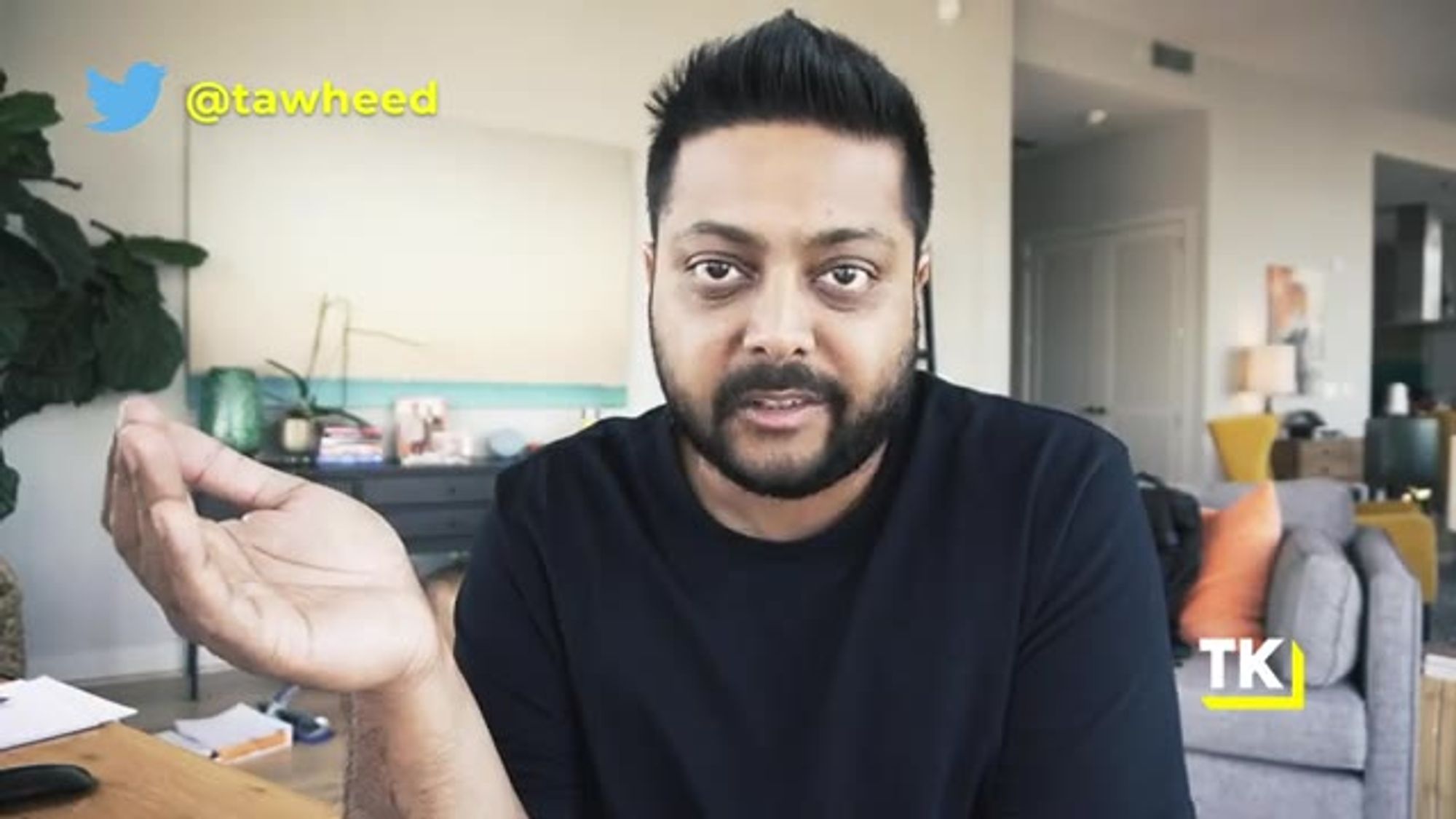
And typically on the internet,
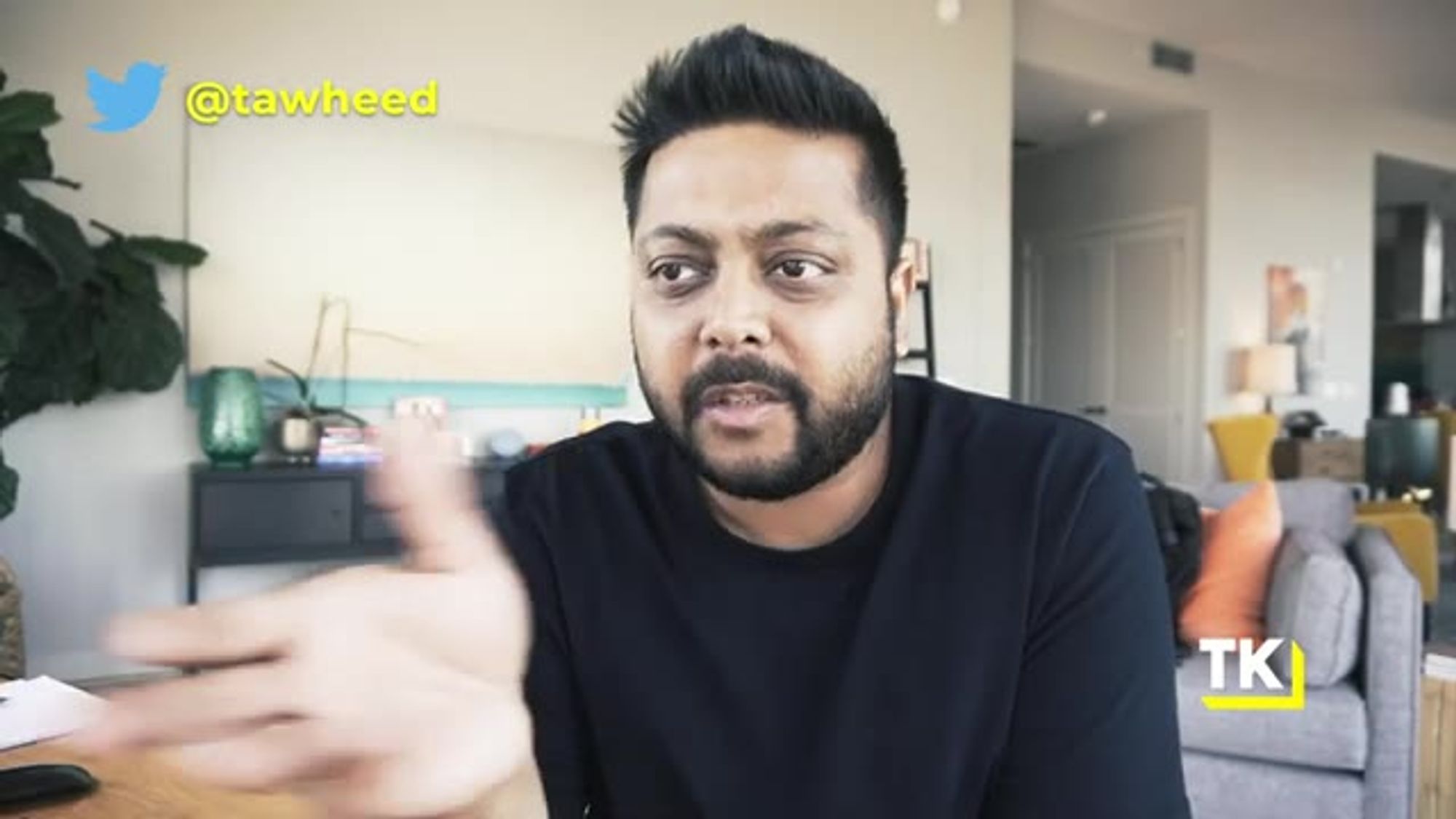
if you're spending more
than a thousand dollars,
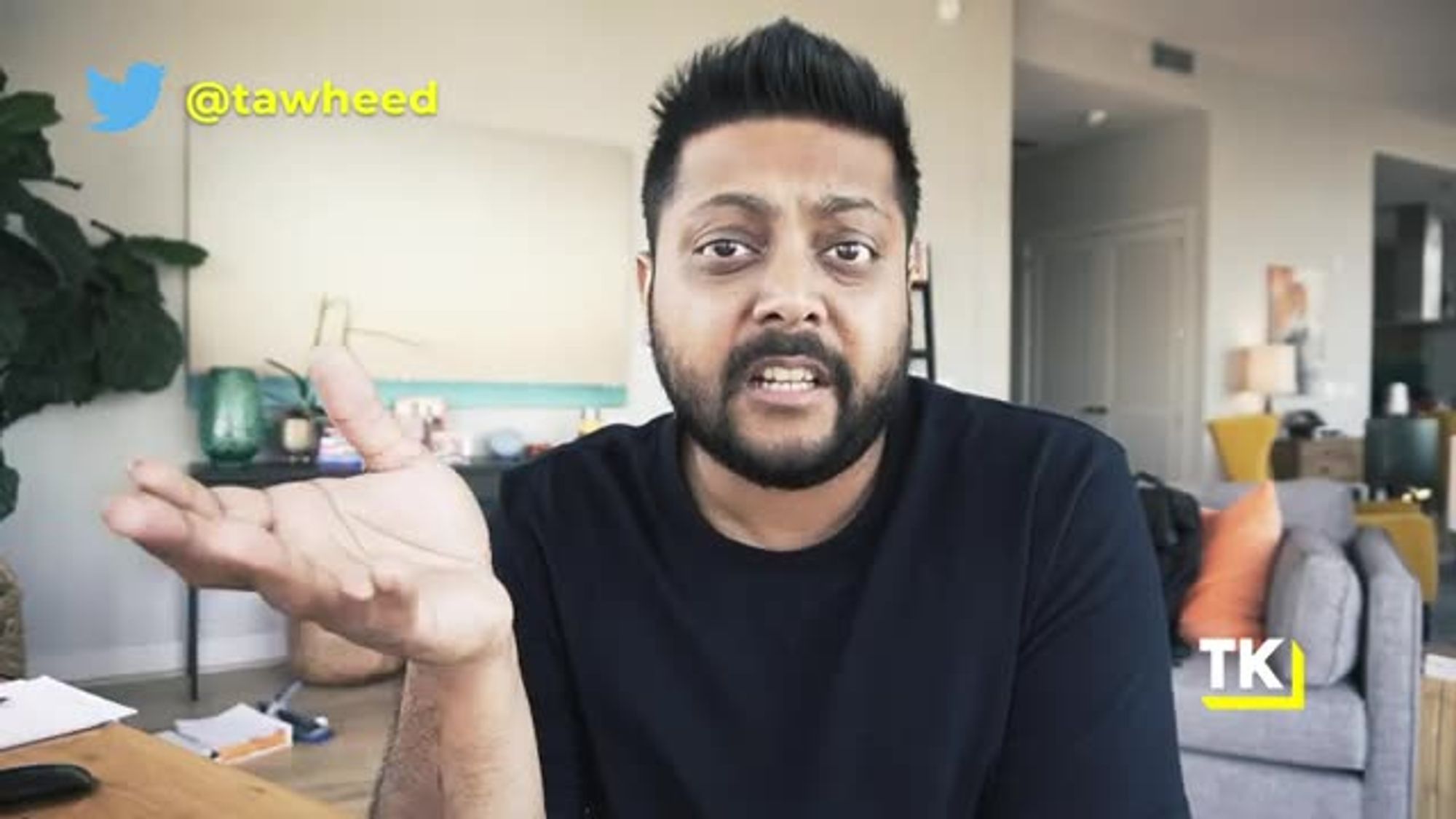
then they'll wanna talk to sales,
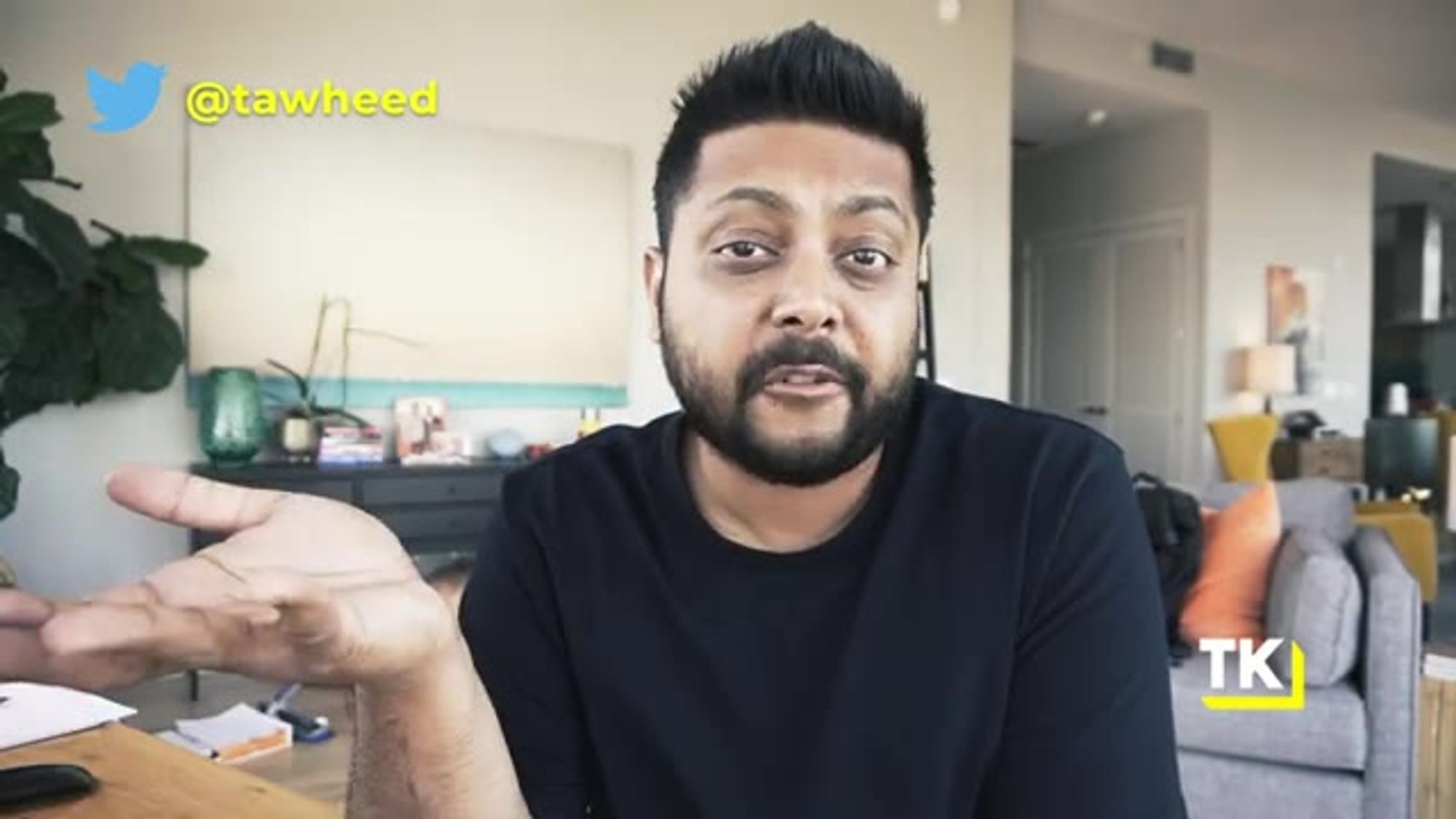
that's just the way it
goes, but if you have it,
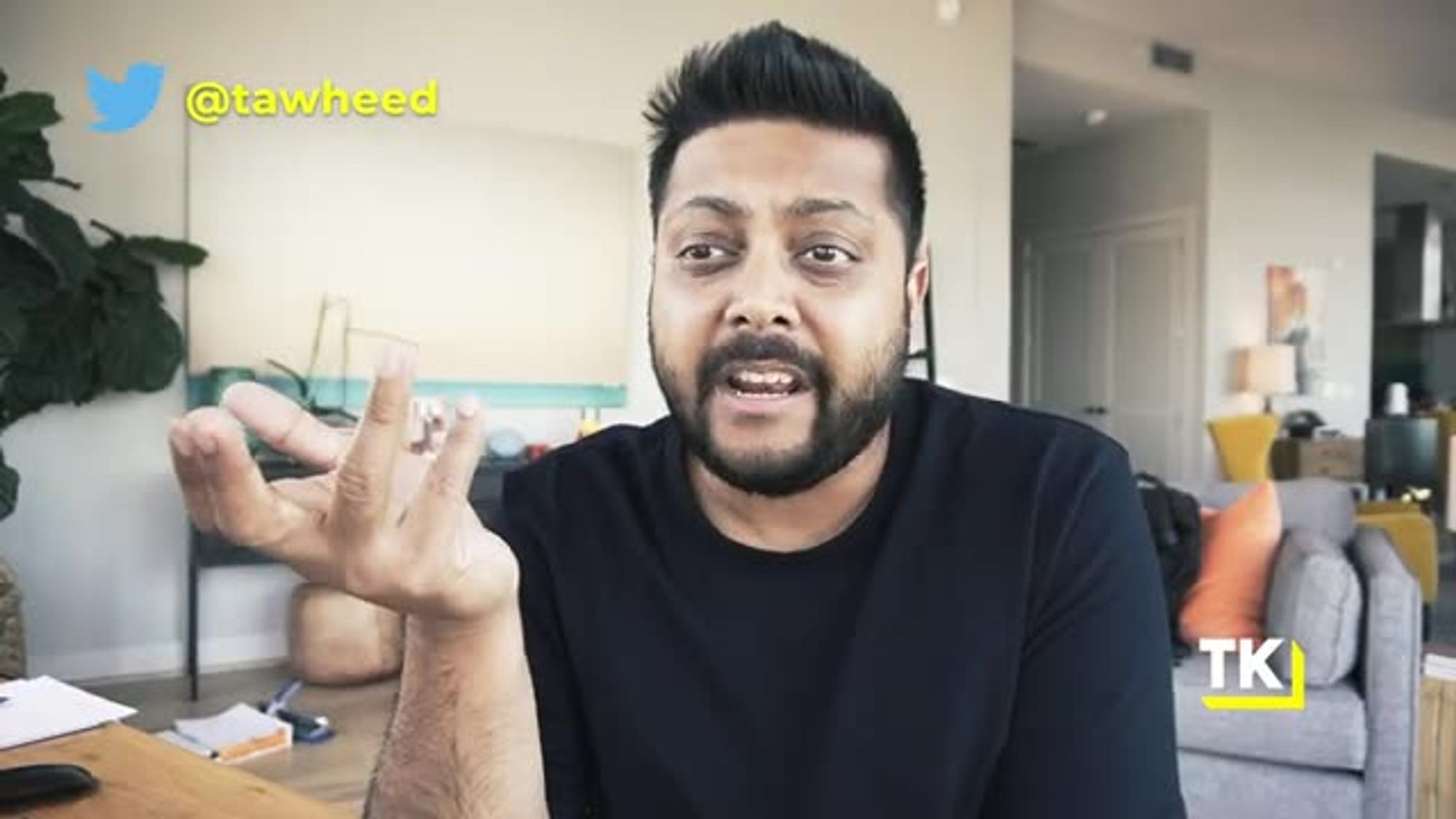
and if you're doing a
webinar and then they buy
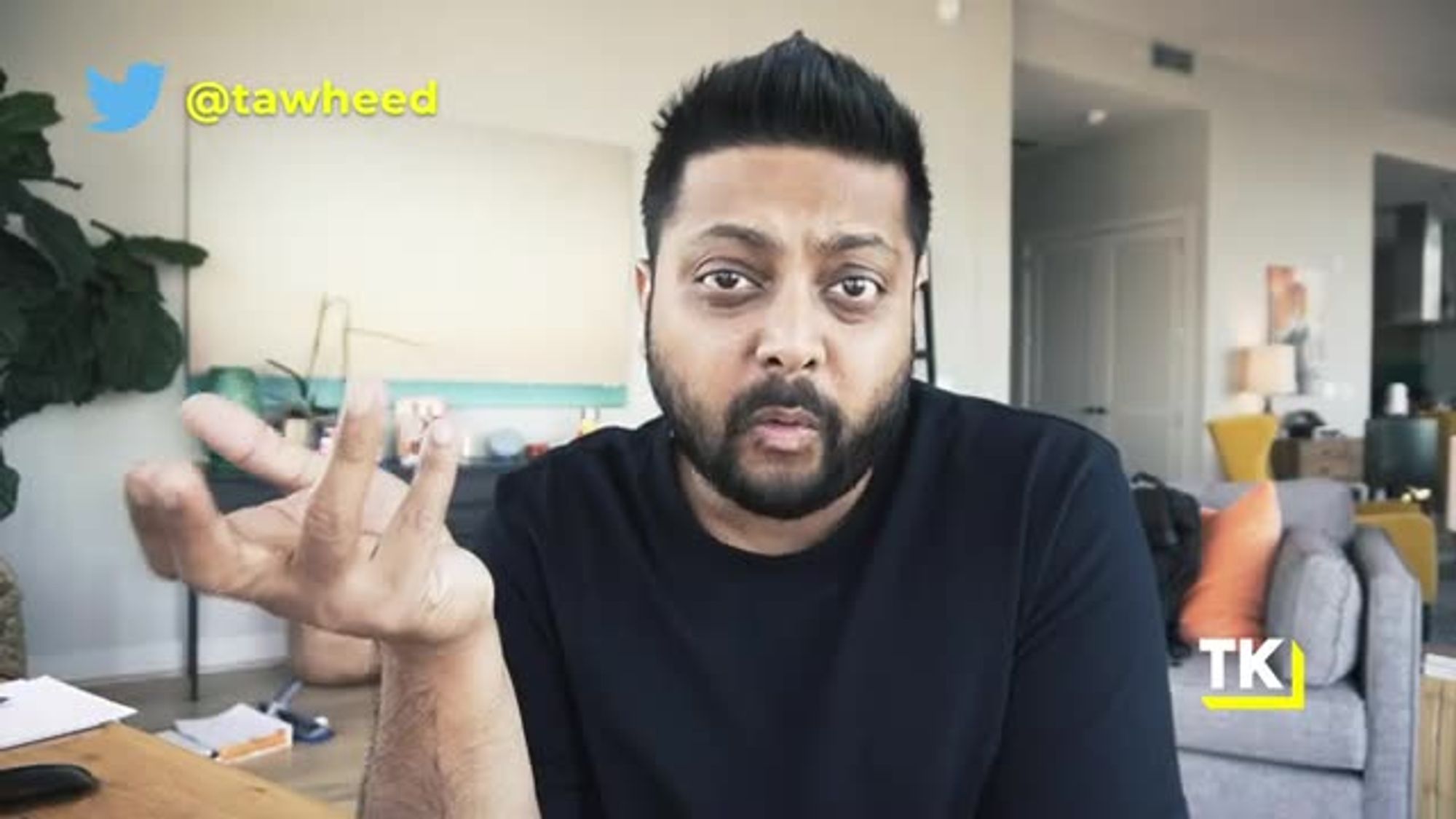
on the webinar, then maybe
they'll spend 2,000 dollars
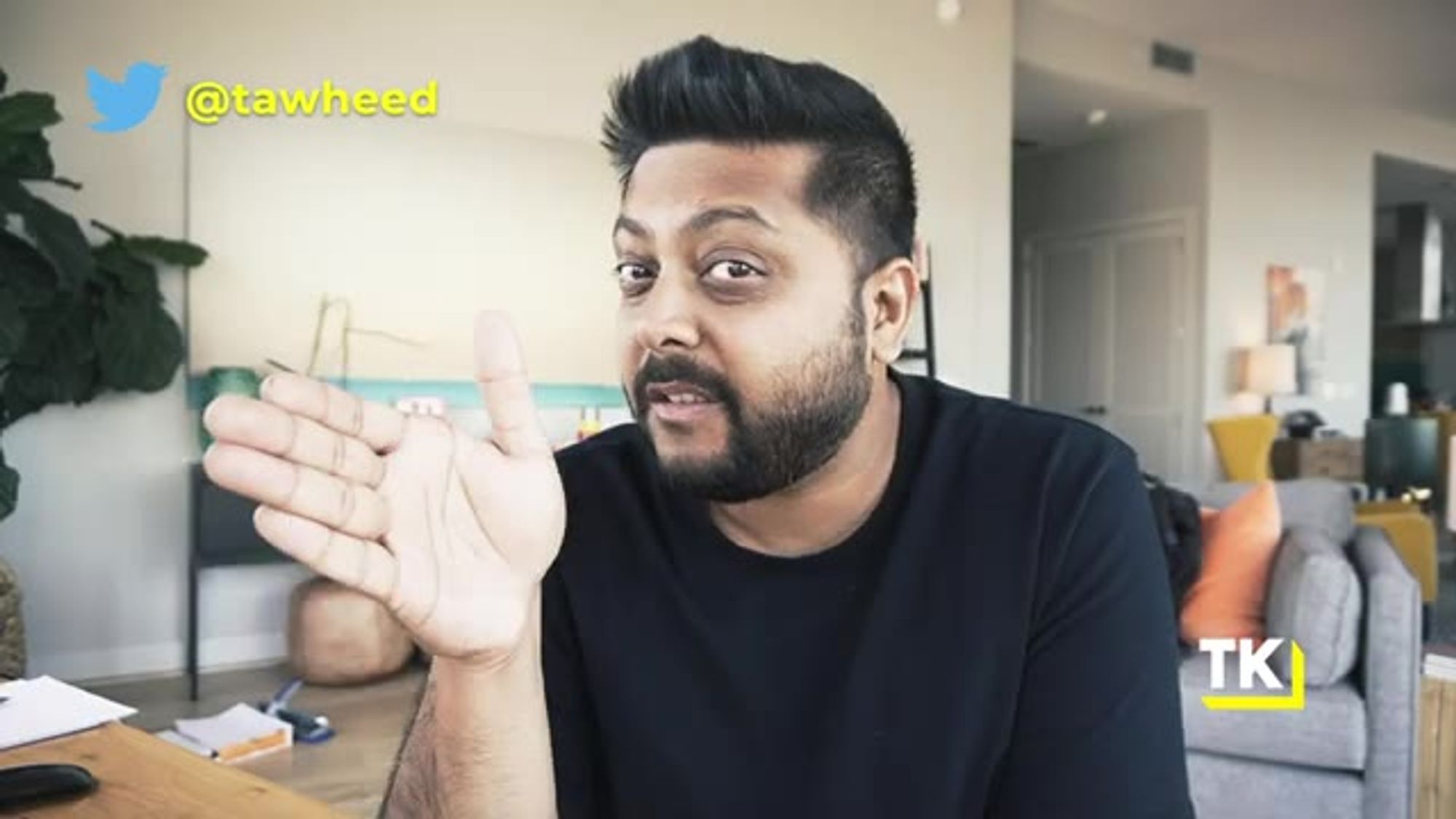
but that's the max.

But for software, what tends to happens
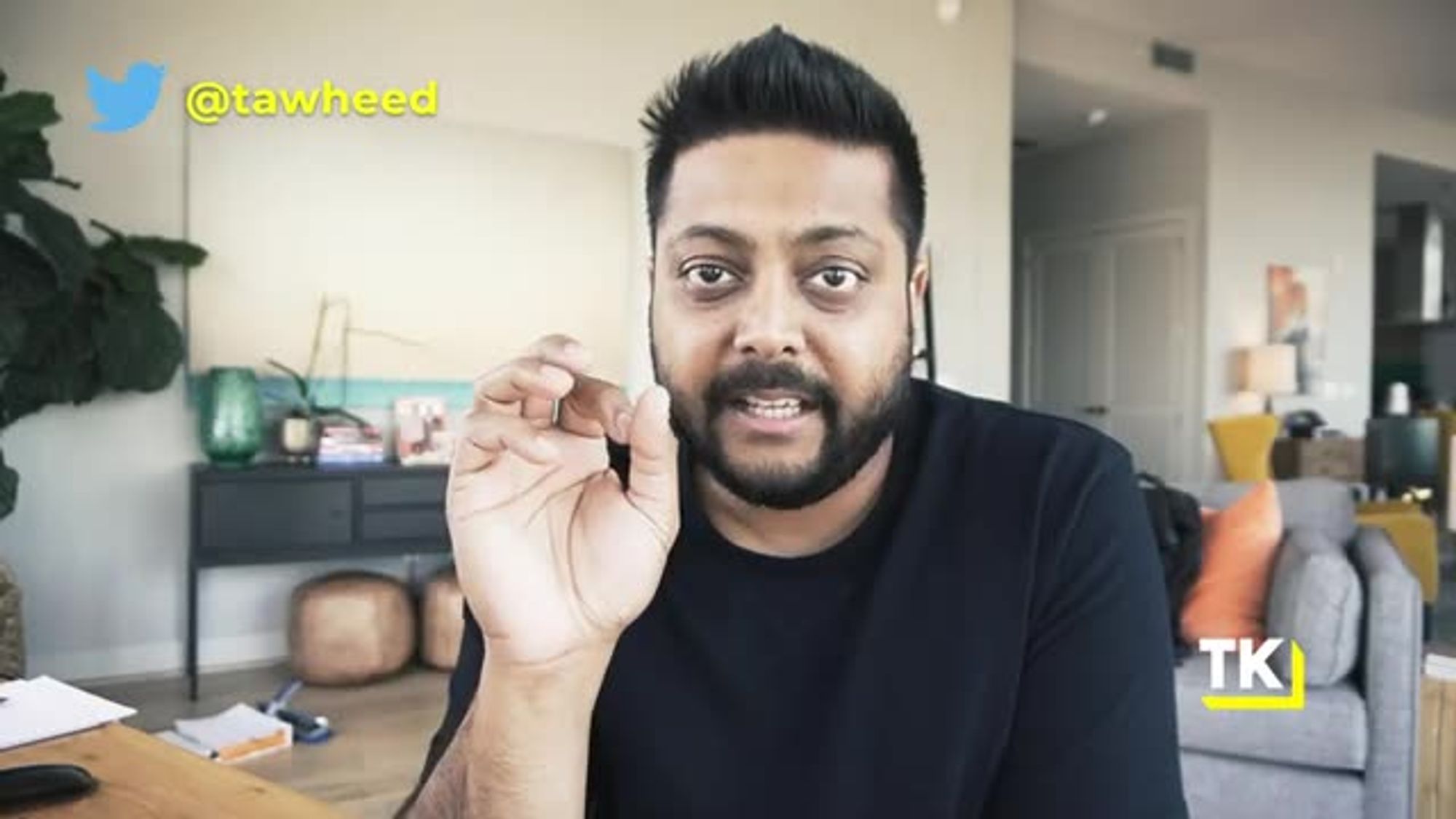
is 99 bucks a month or something like that
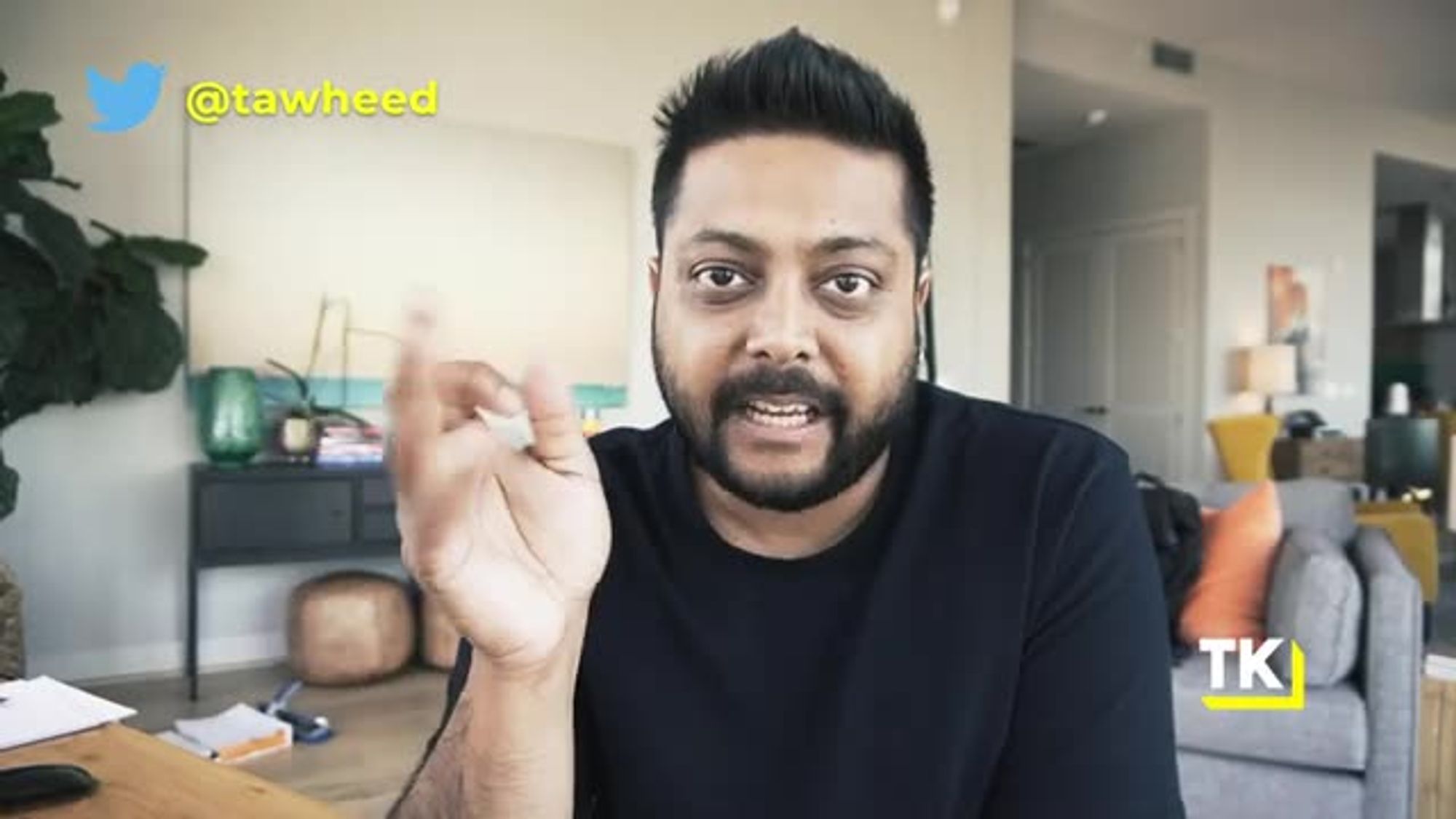
and so you wanna make sure
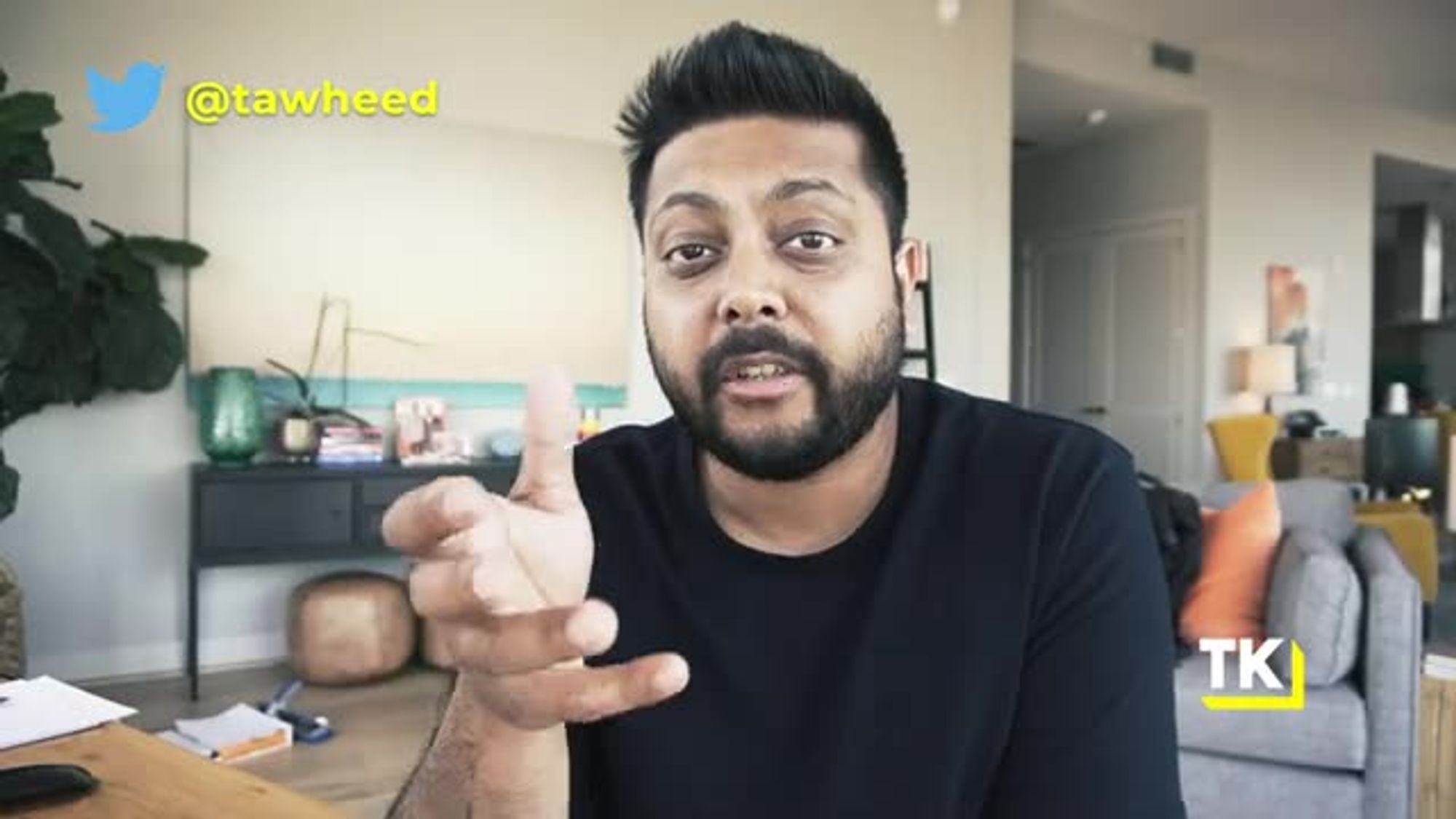
that you're pricing this appropriately.
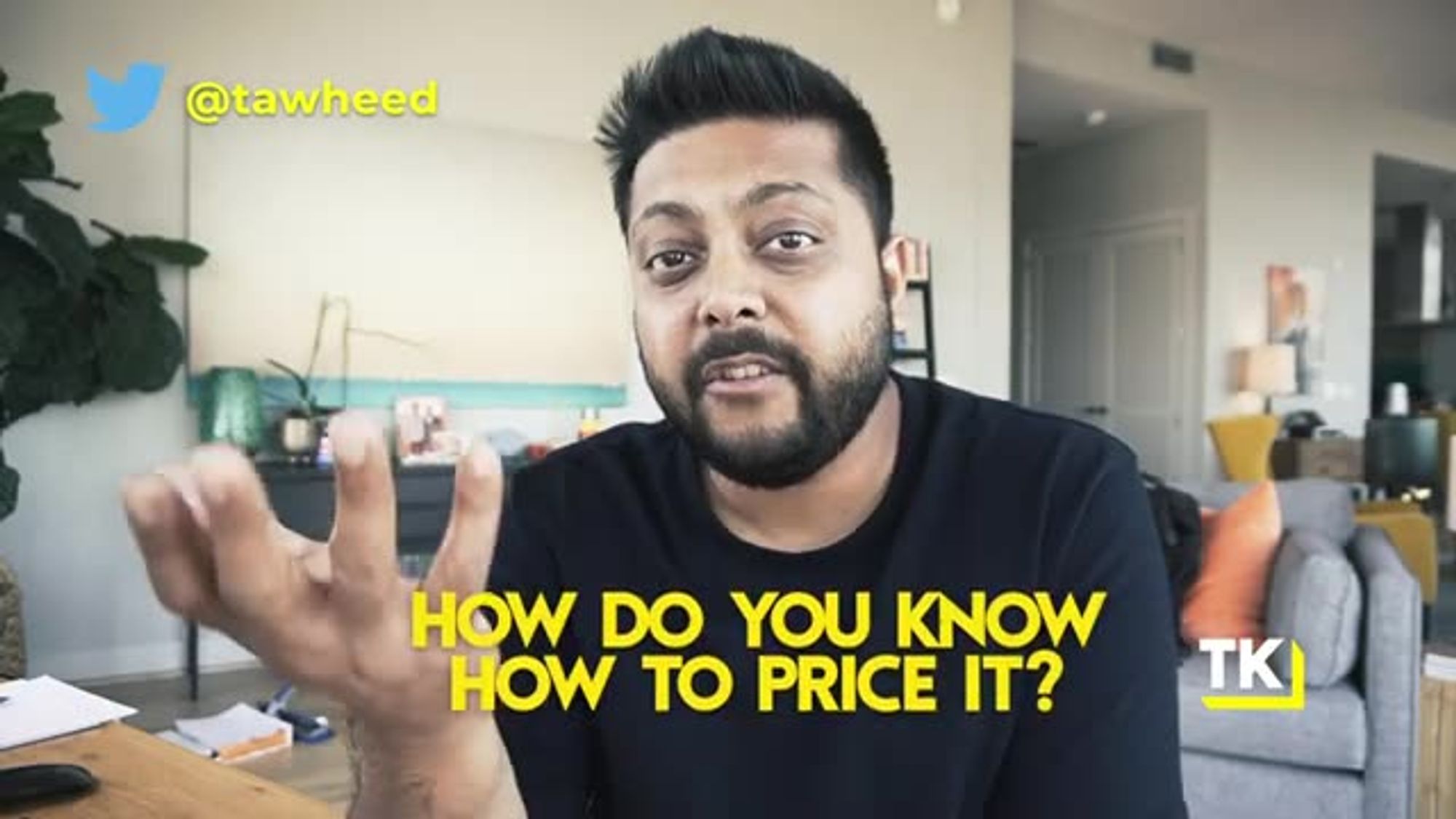
How do you know how to price it?
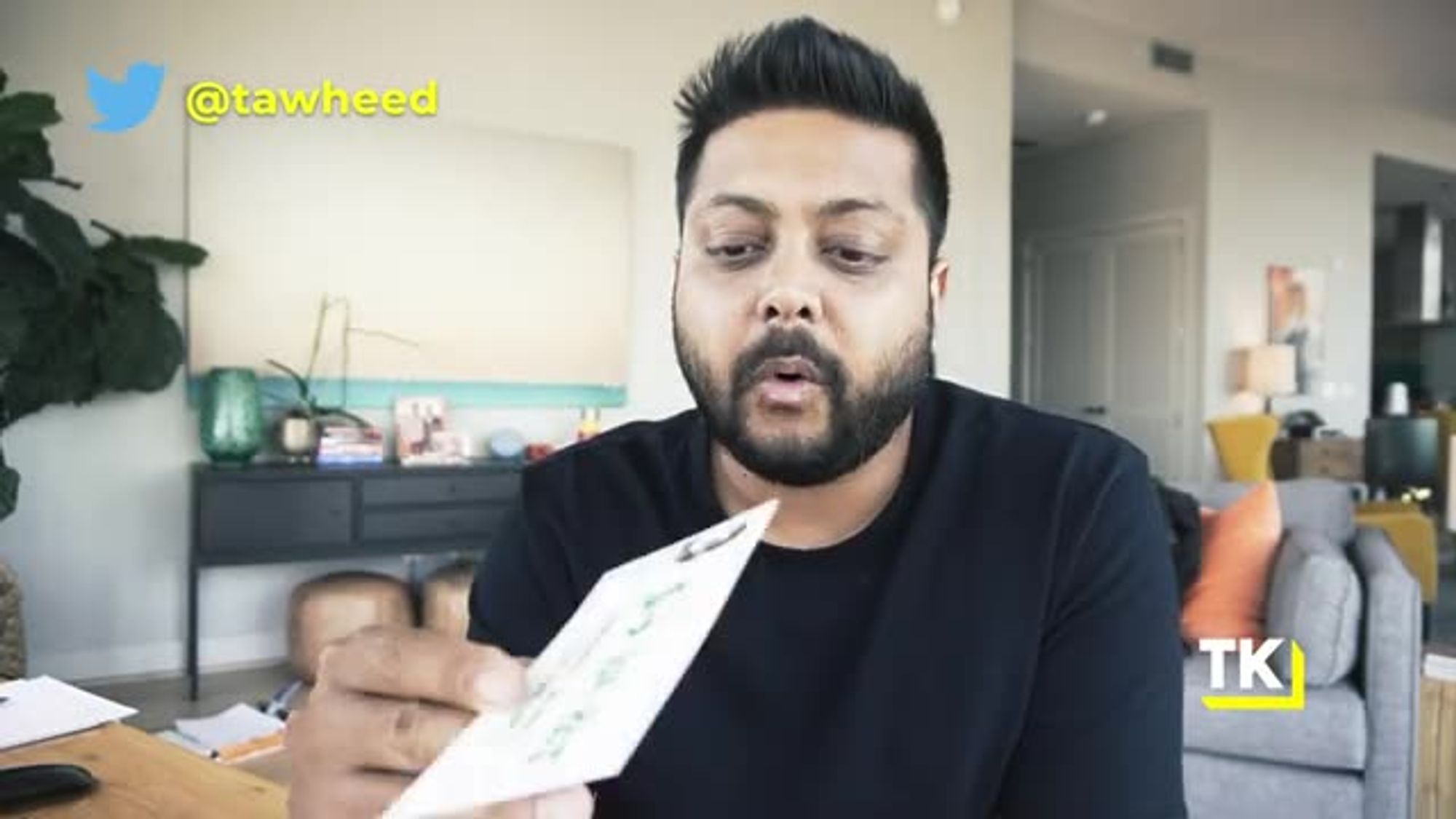
Well, what you wanna
do is you wanna justify

and express 10x ROI.
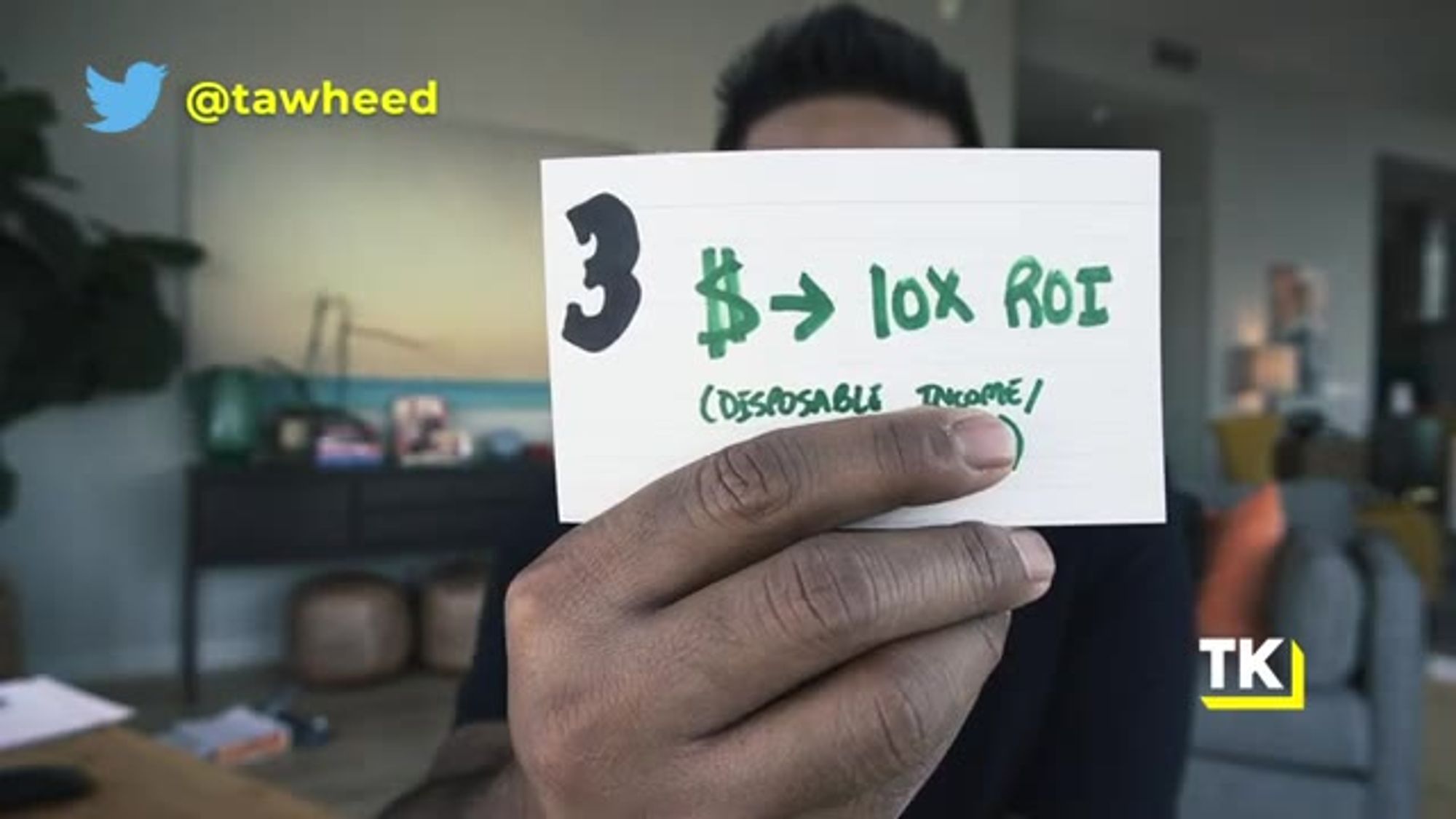
10x ROI, meaning if you're
charging 100 dollars,
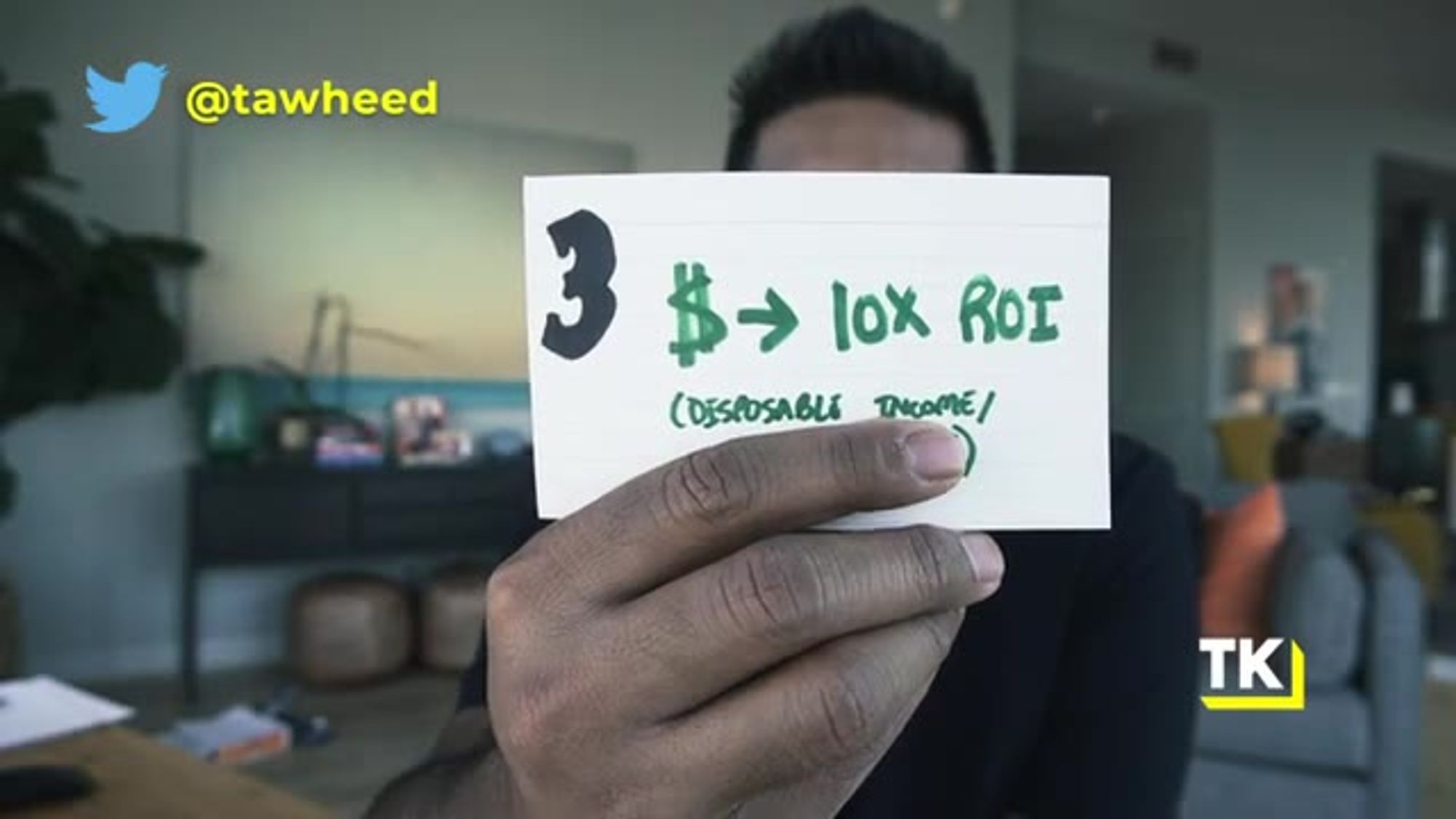
you need to show how they're
gonna get 1,000 dollars back.
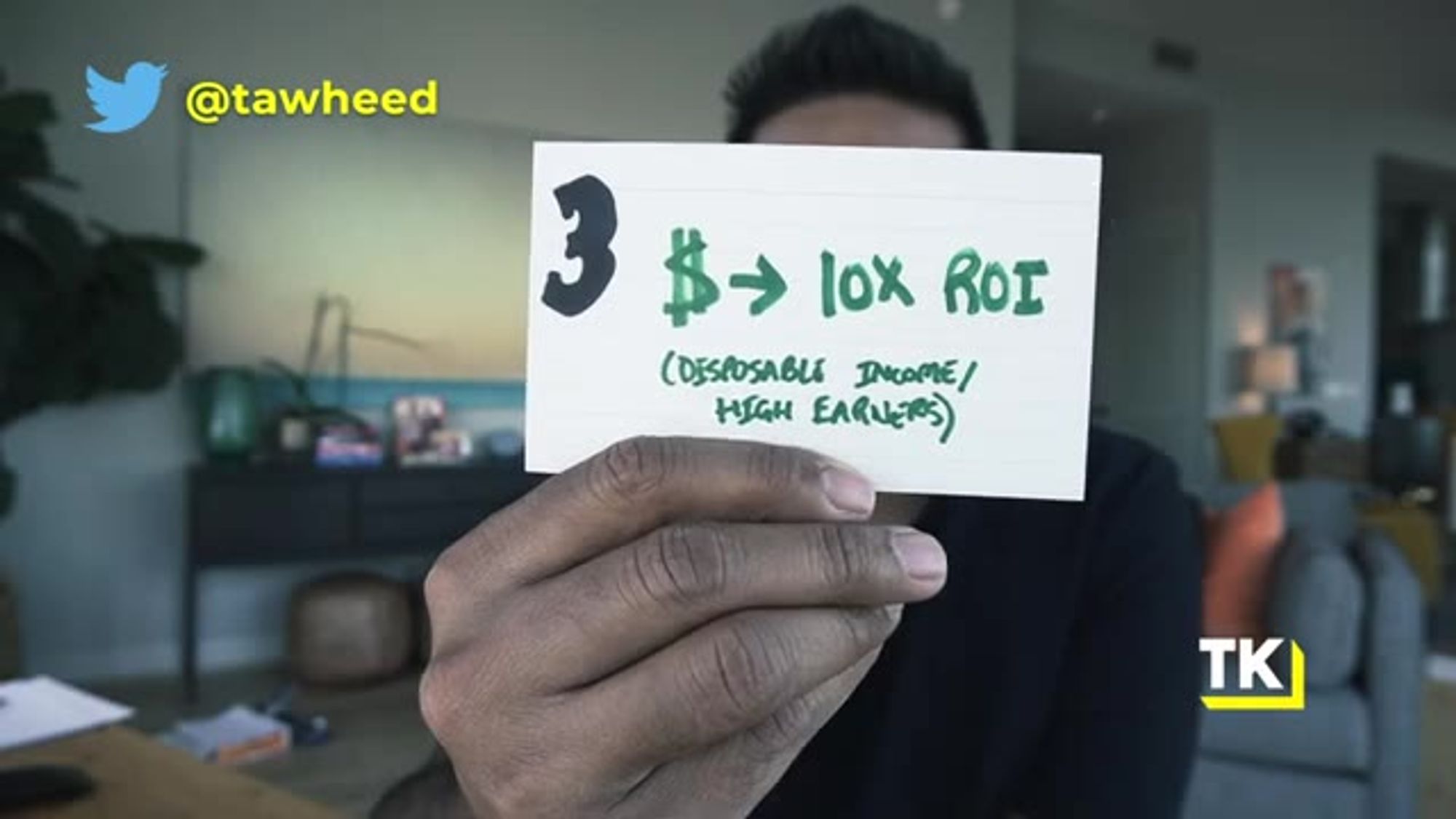
And usually, you wanna target people,
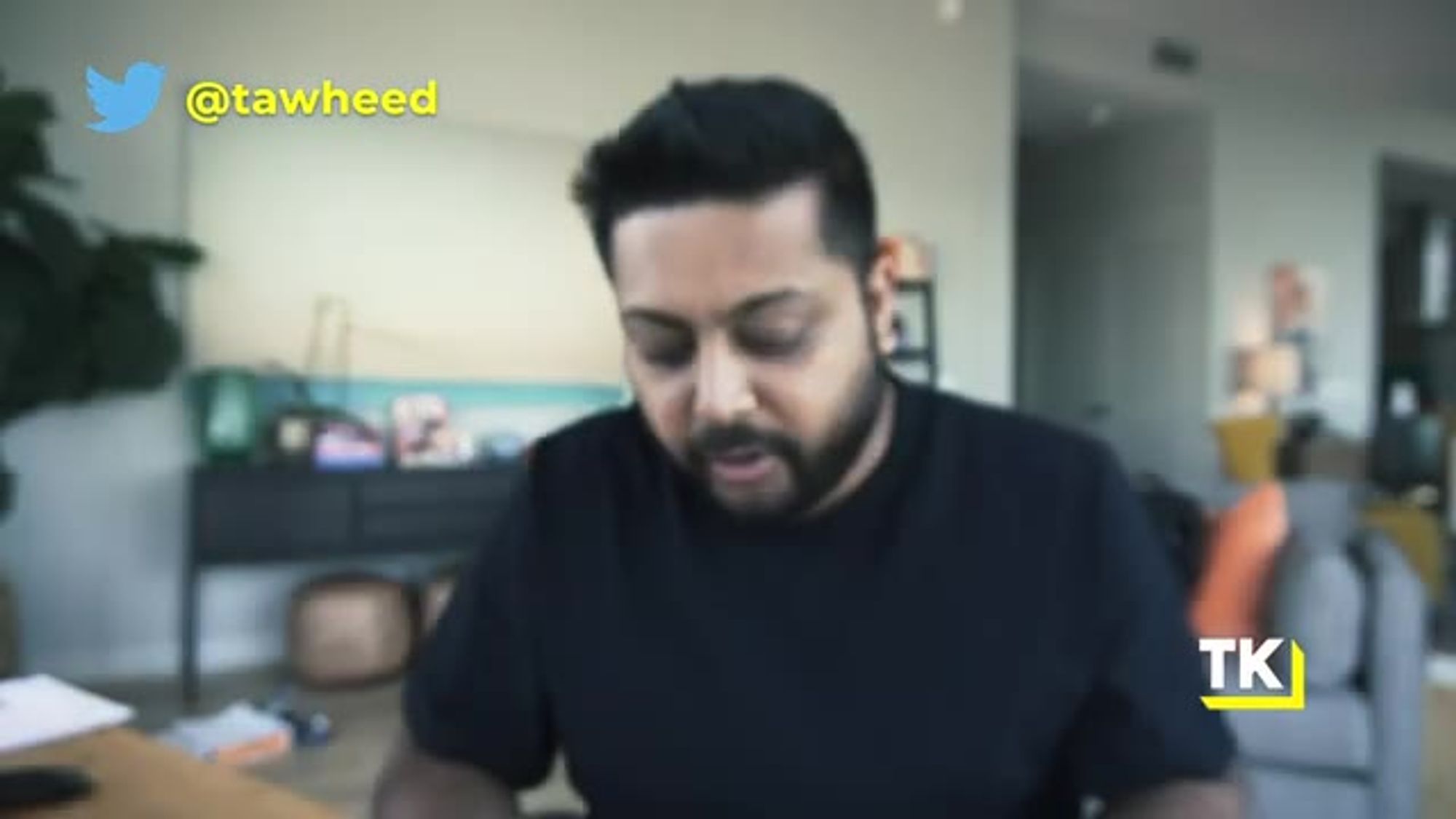
you wanna make sure these
individual contributors

you're targeting from principle number one
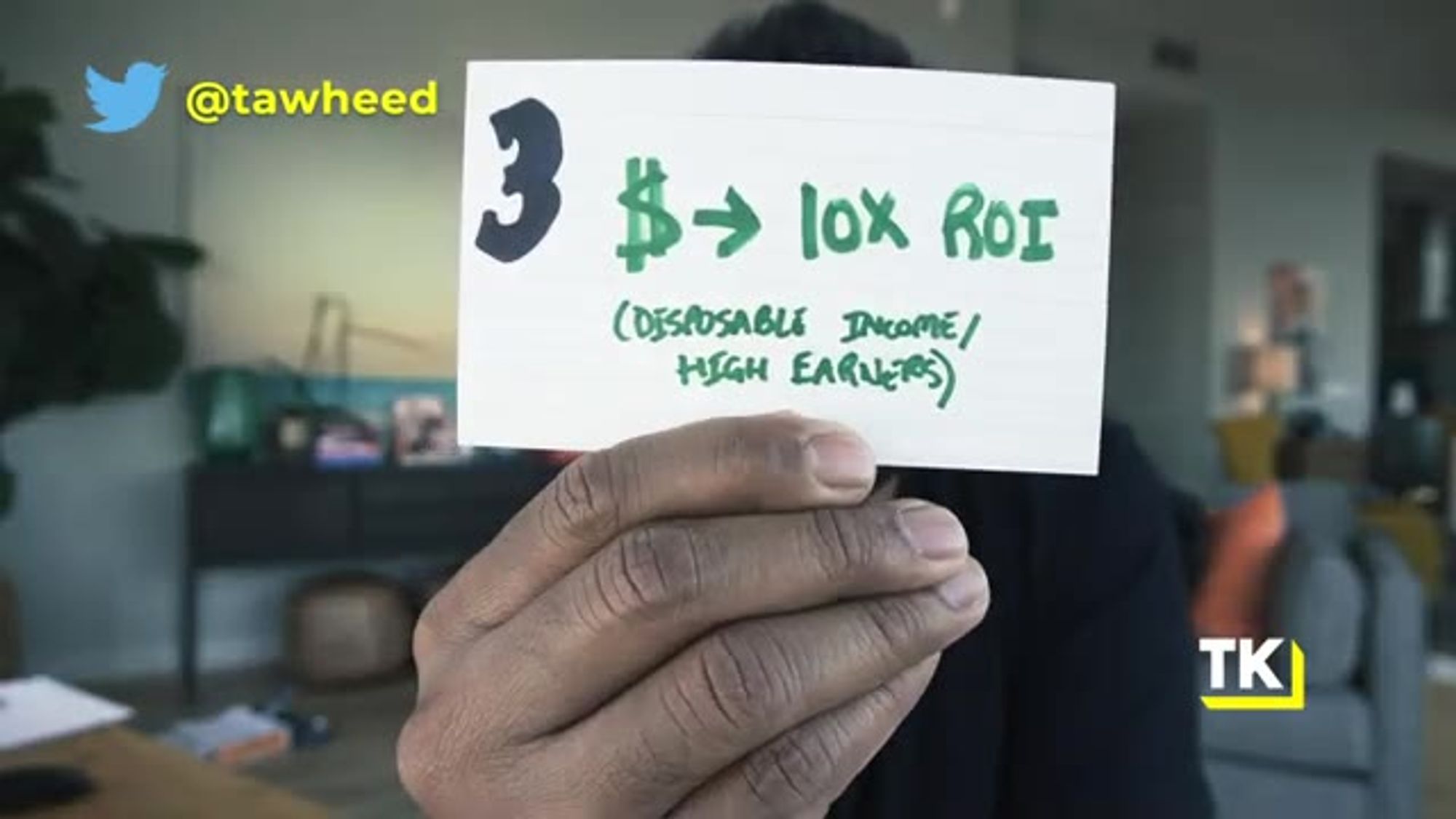
actually have disposable
income and or are high earners.
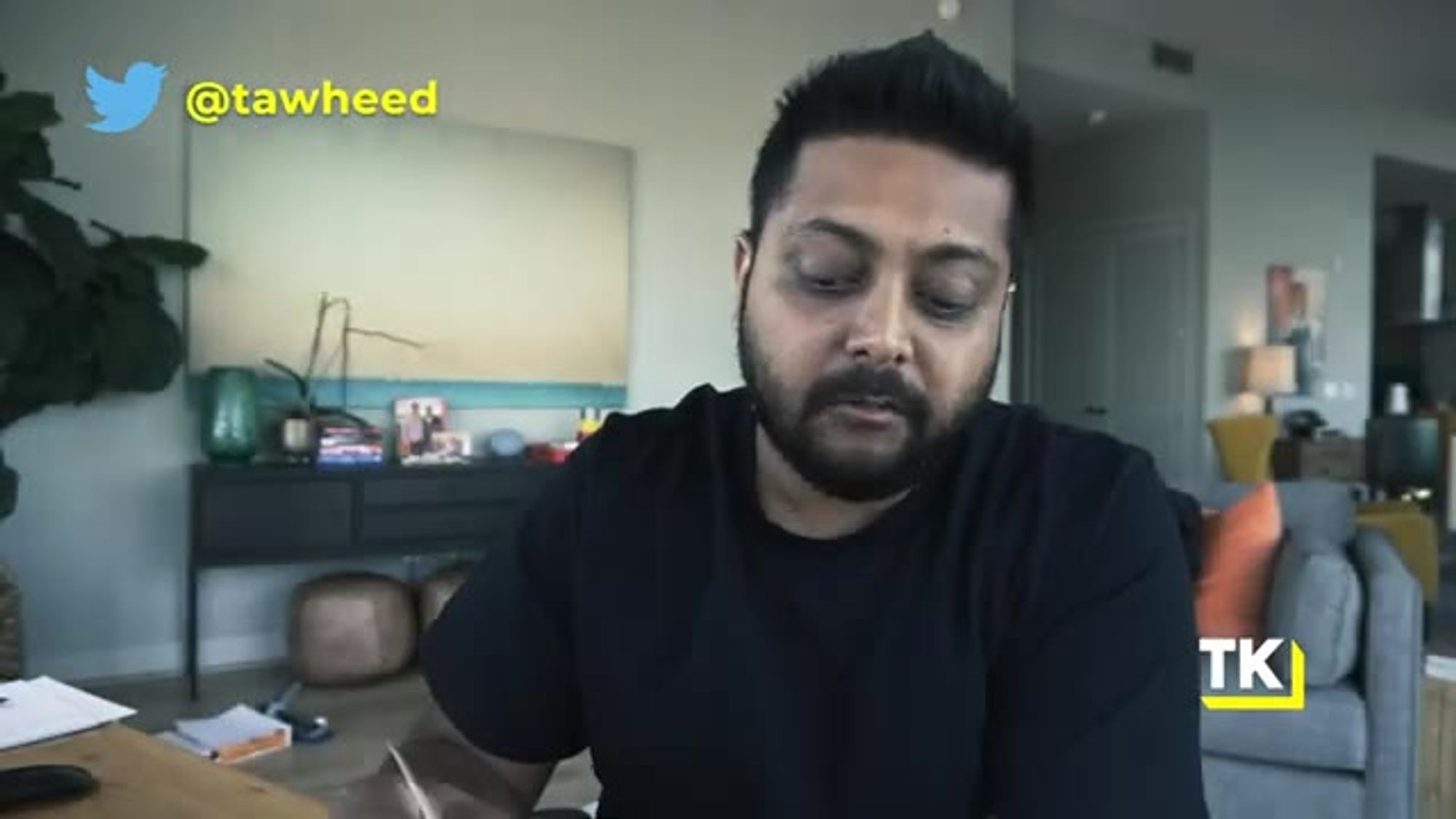
Why? Well chances are, these
individual contributors

at the onset, are not gonna have access
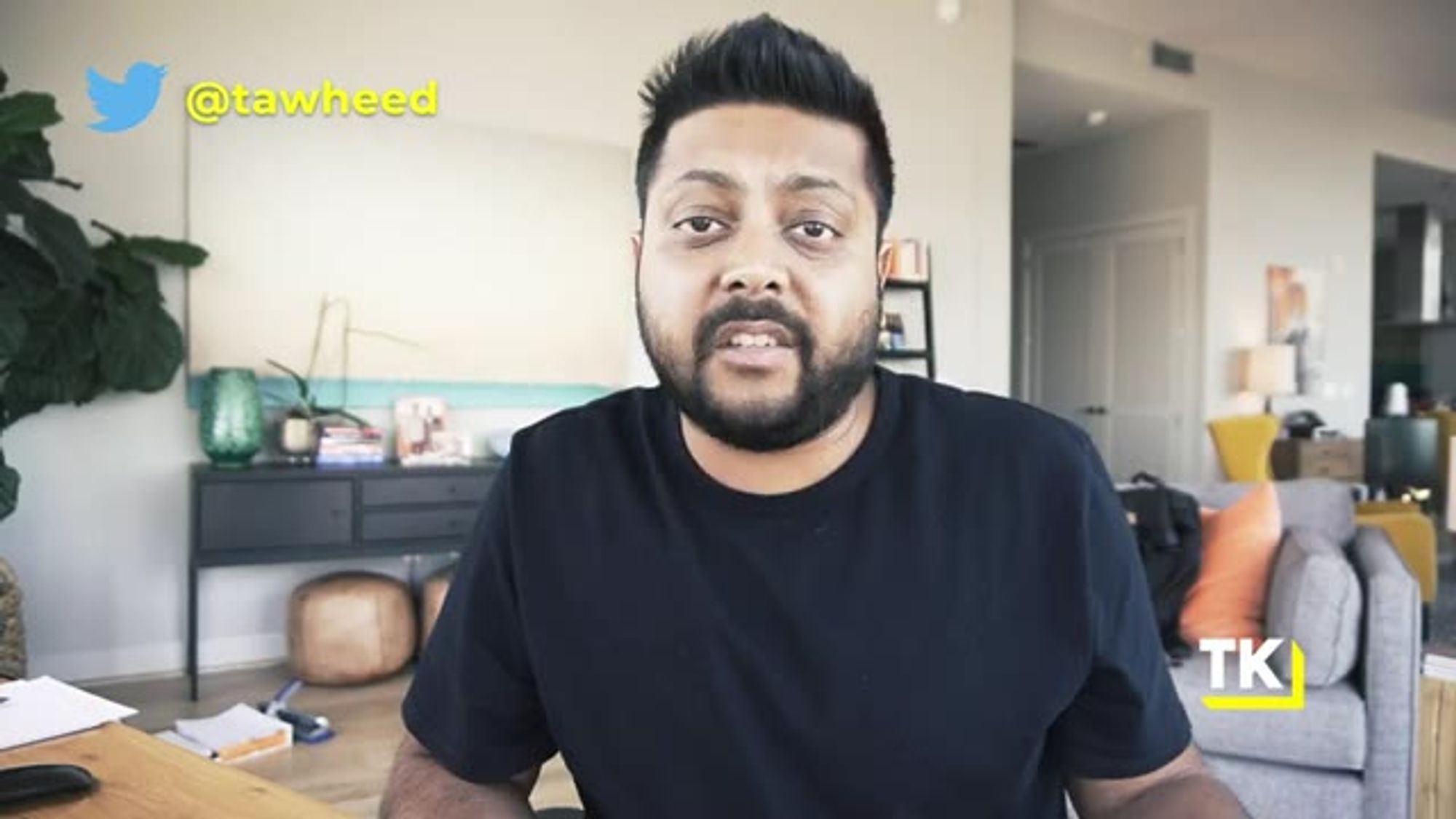
to a corporate credit card.
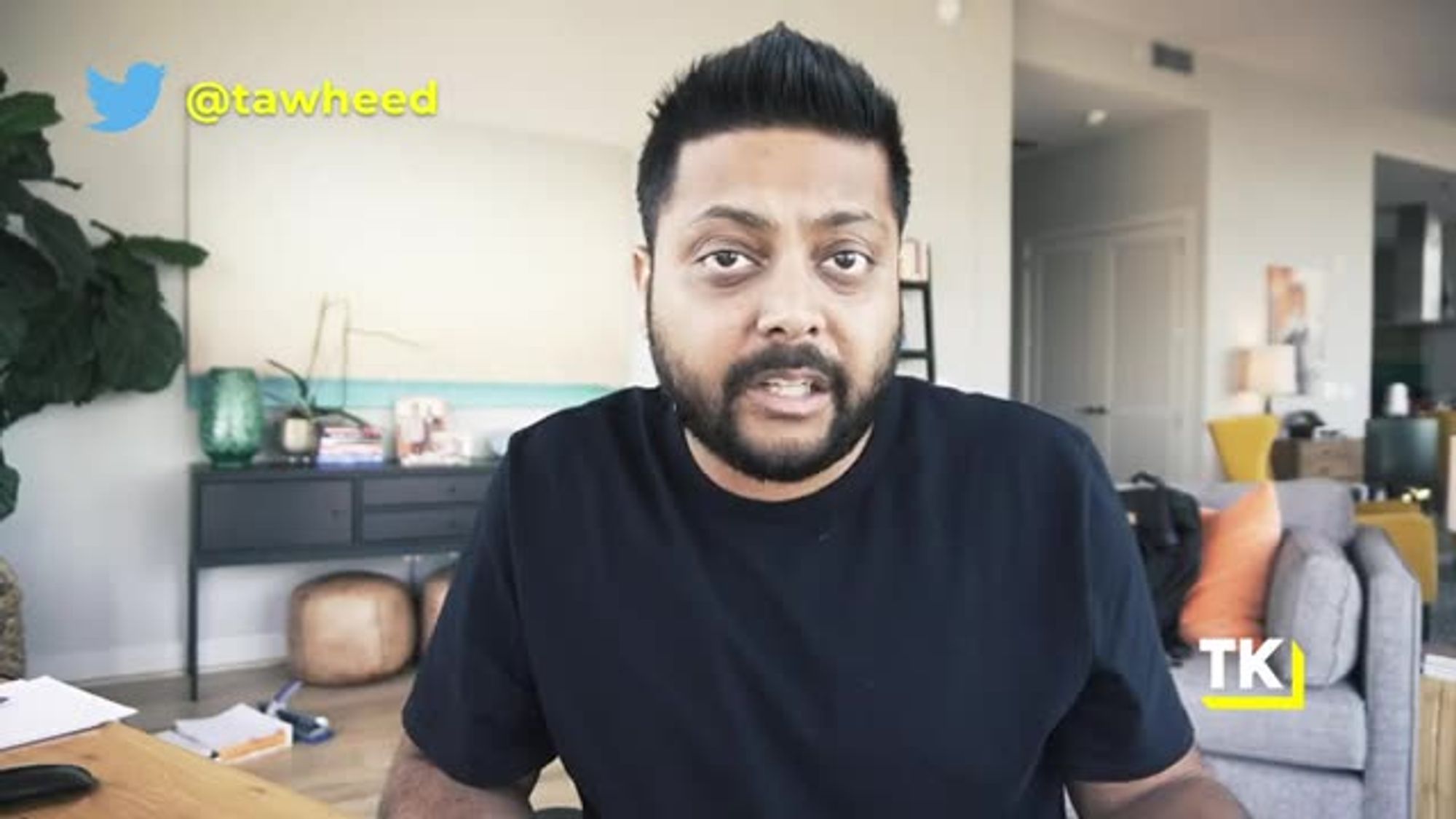
They don't wanna go to a
manager and bother them,
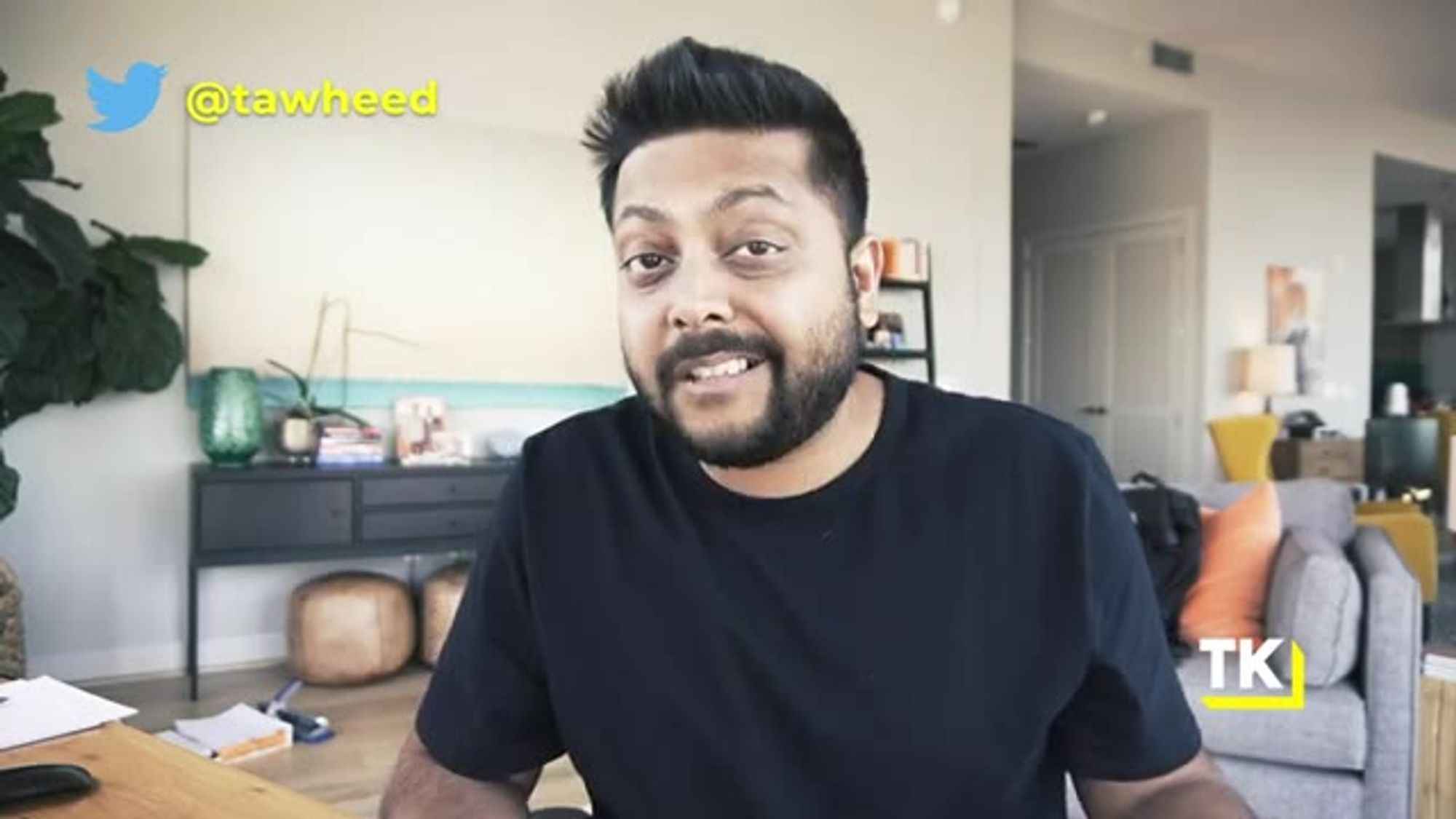
so a lot of times, if it's priced properly

and they have disposable income,
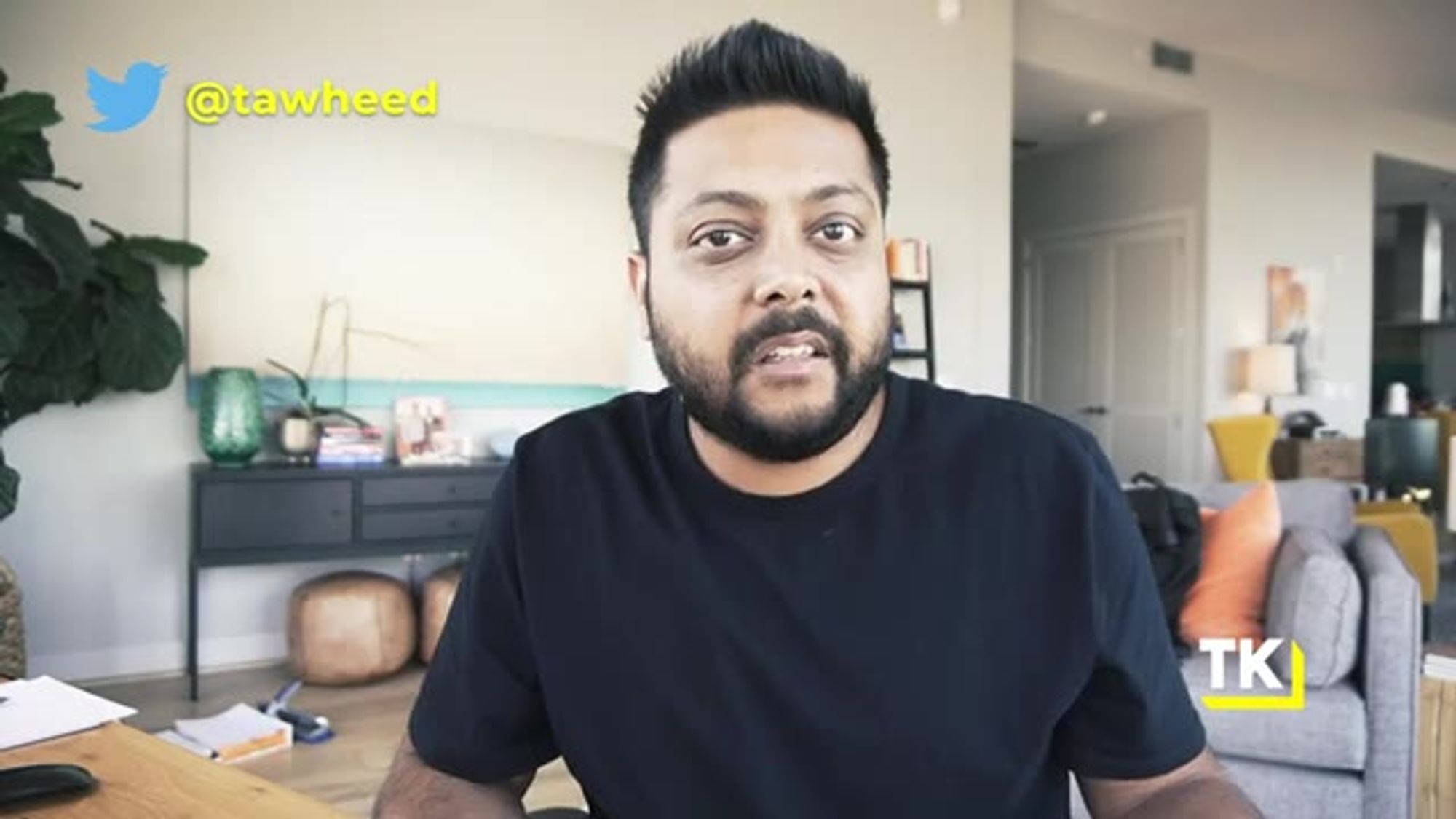
they'll just swipe the credit card
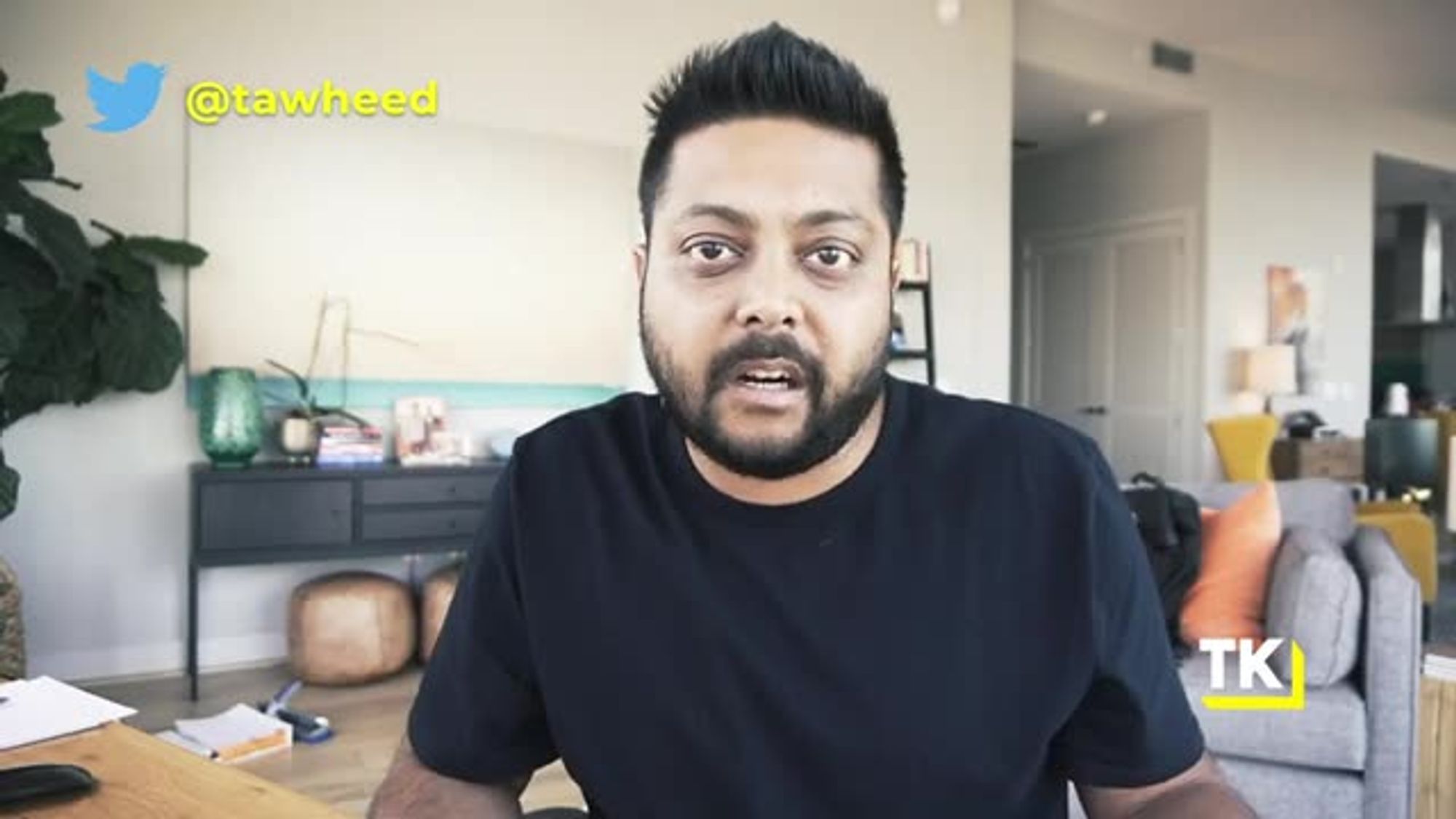
on their personal credit card
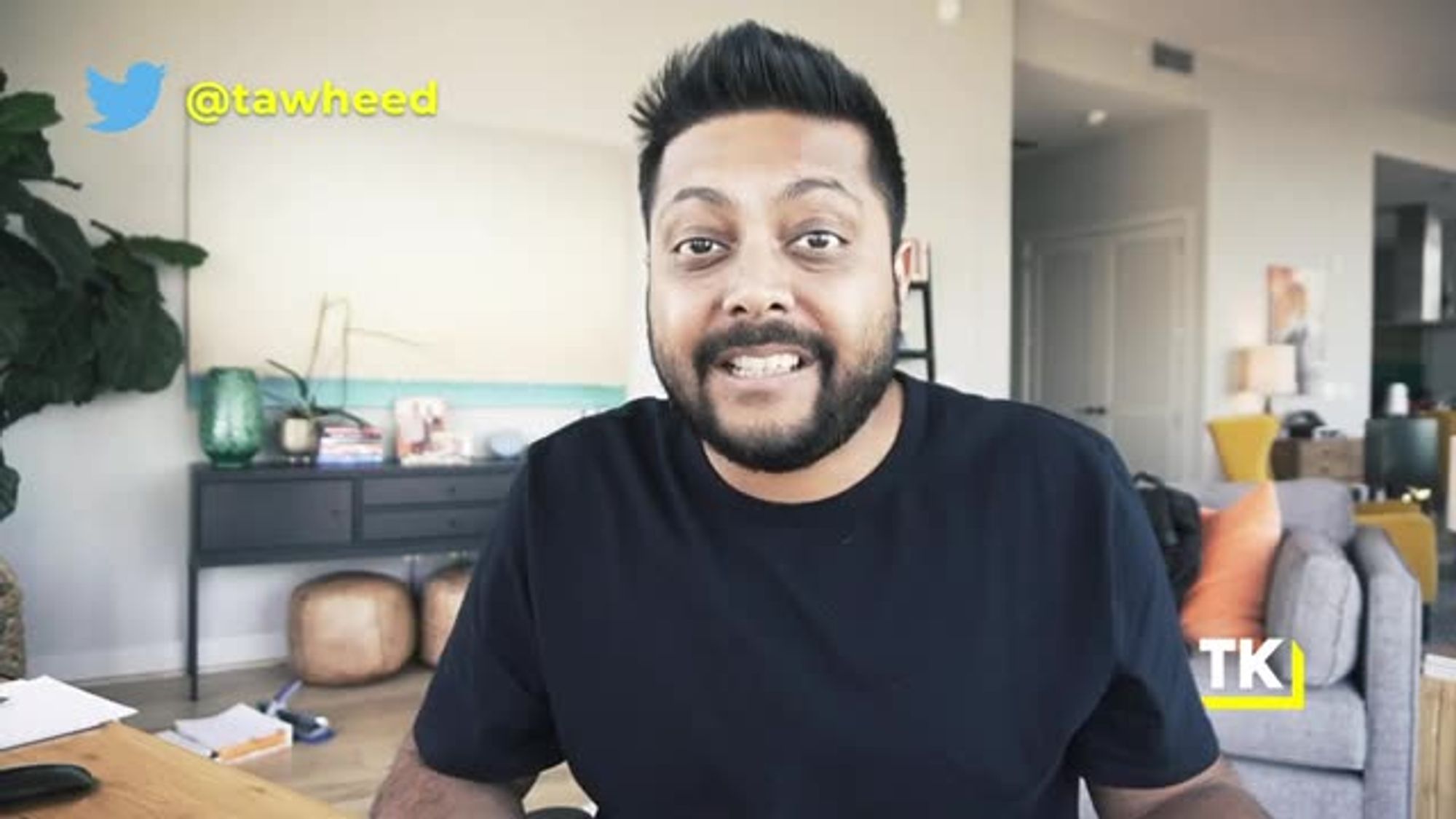
and as they start to see value,
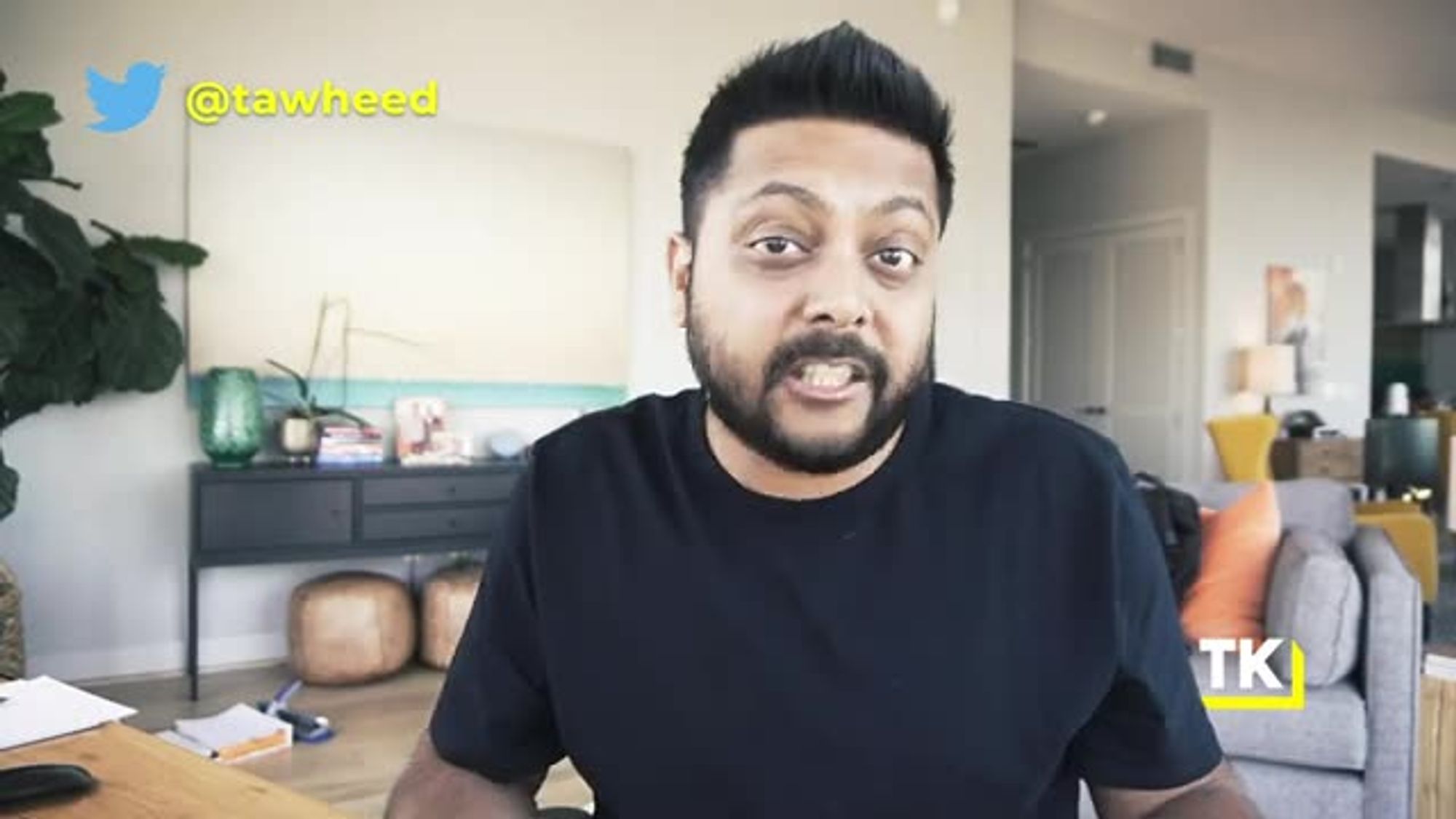
they'll start to expense
it on their expense report
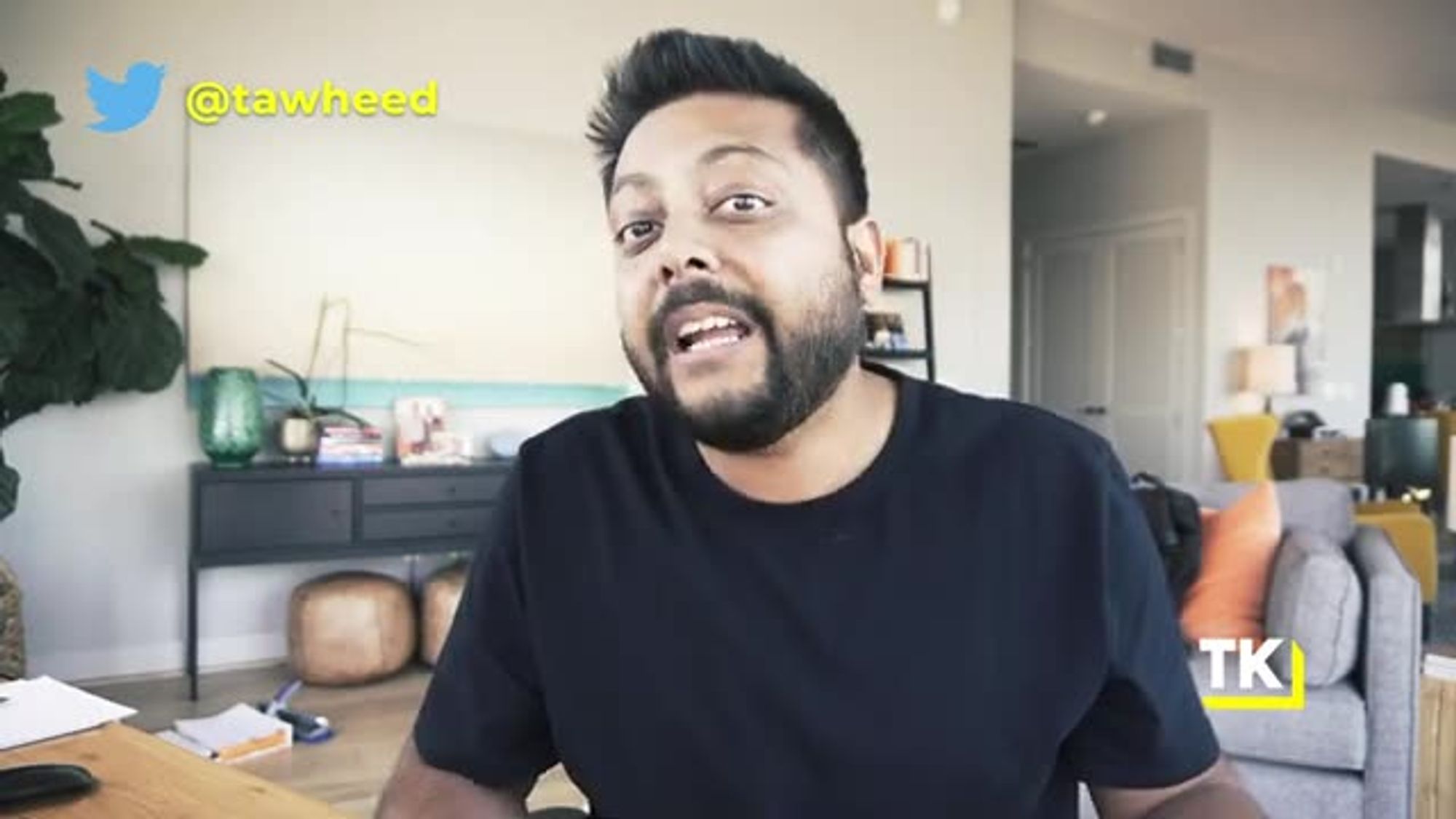
and as they start to see value,
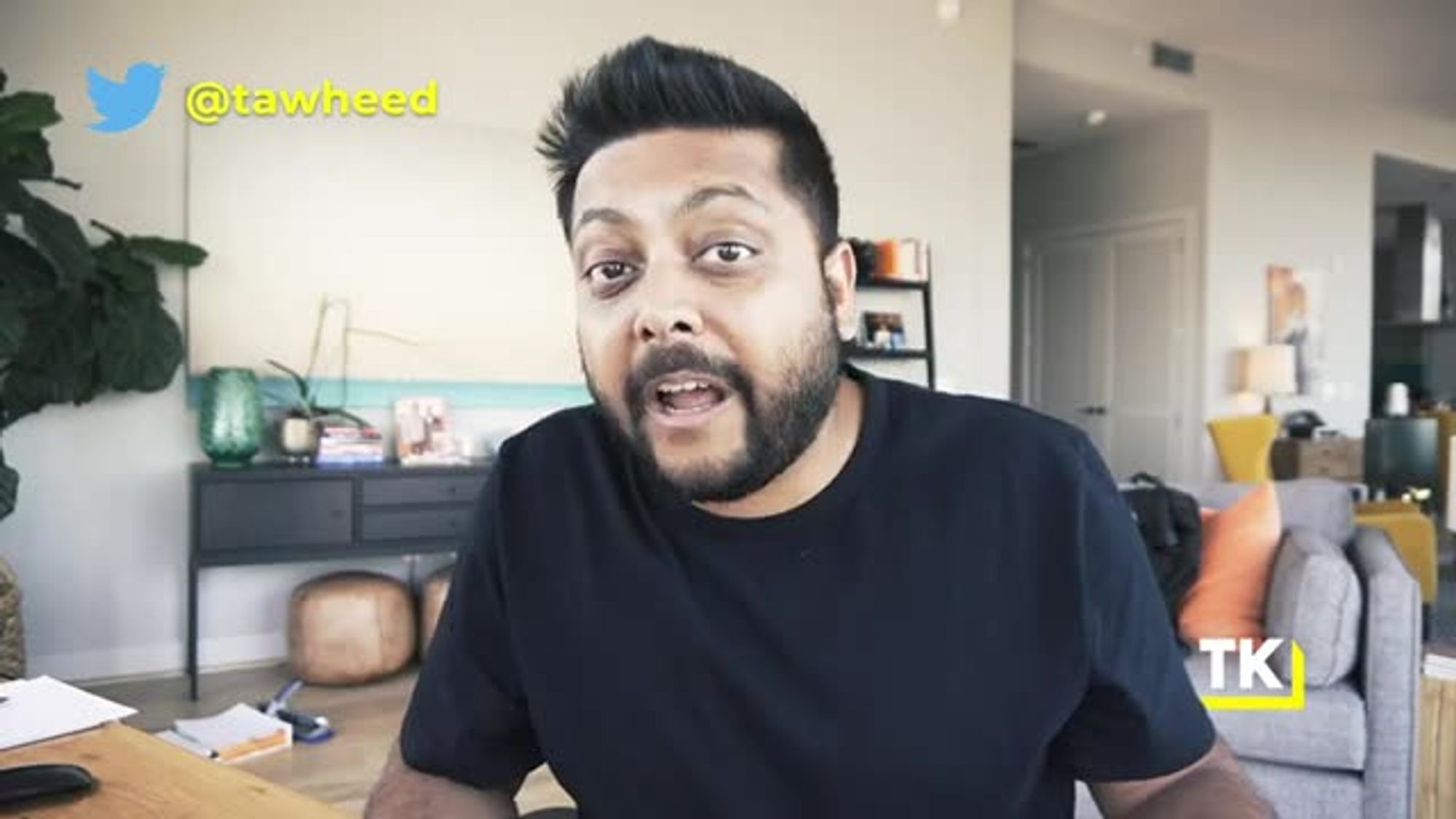
they'll maybe tell
their manager, just say,
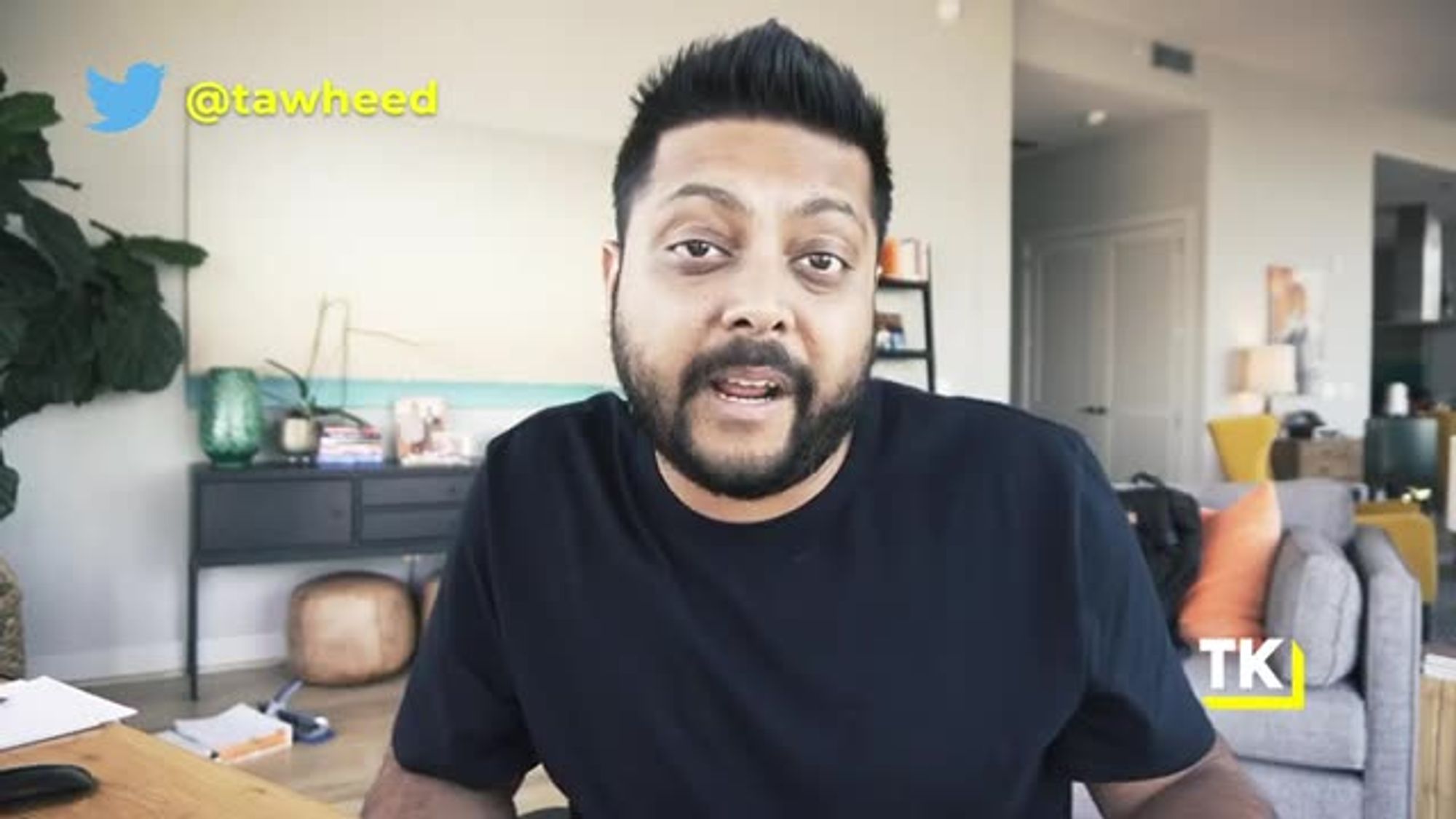
hey, let's just get
this for the whole team.
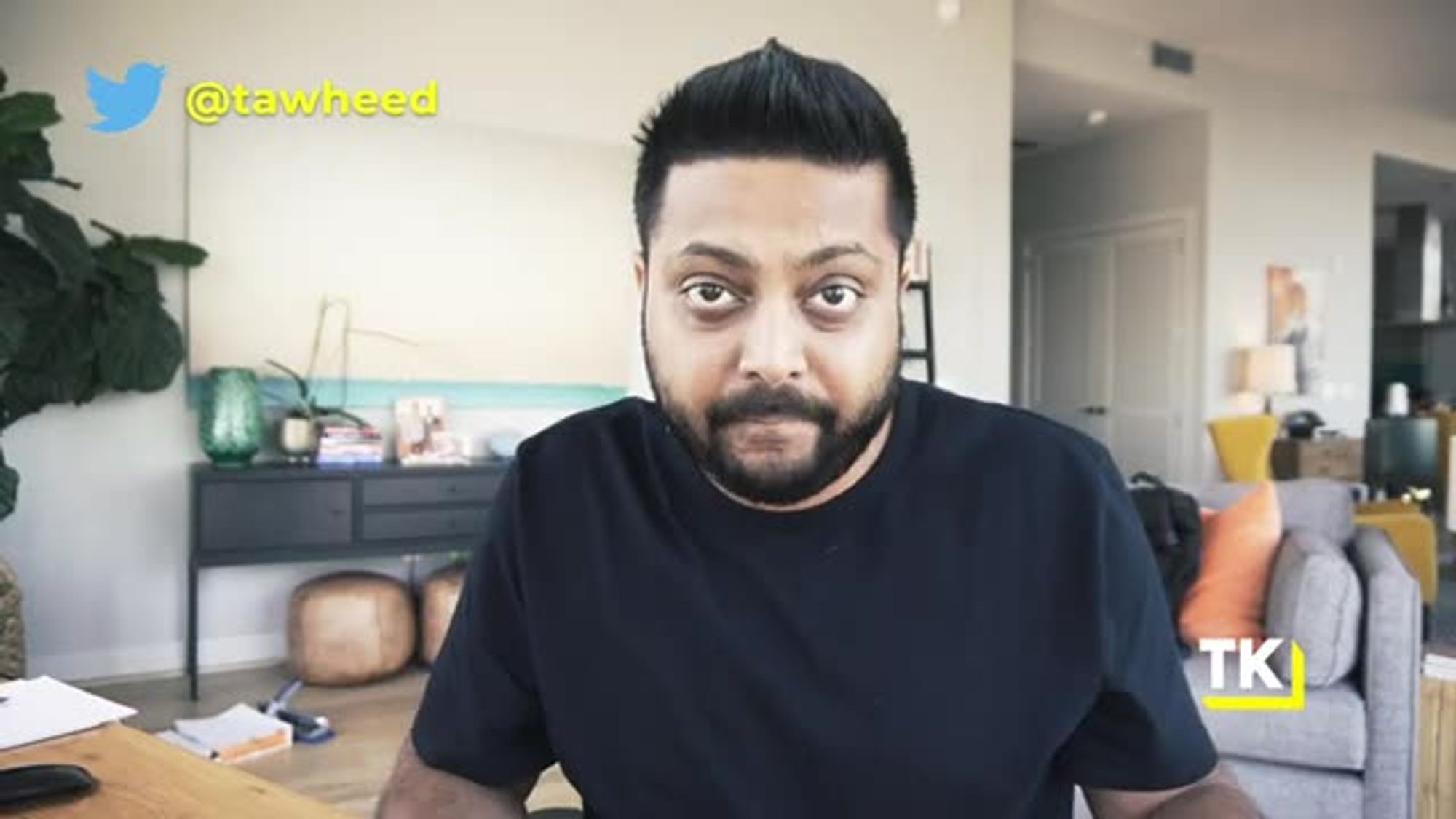
That's the progression on how it goes.

But if you're starting out with people
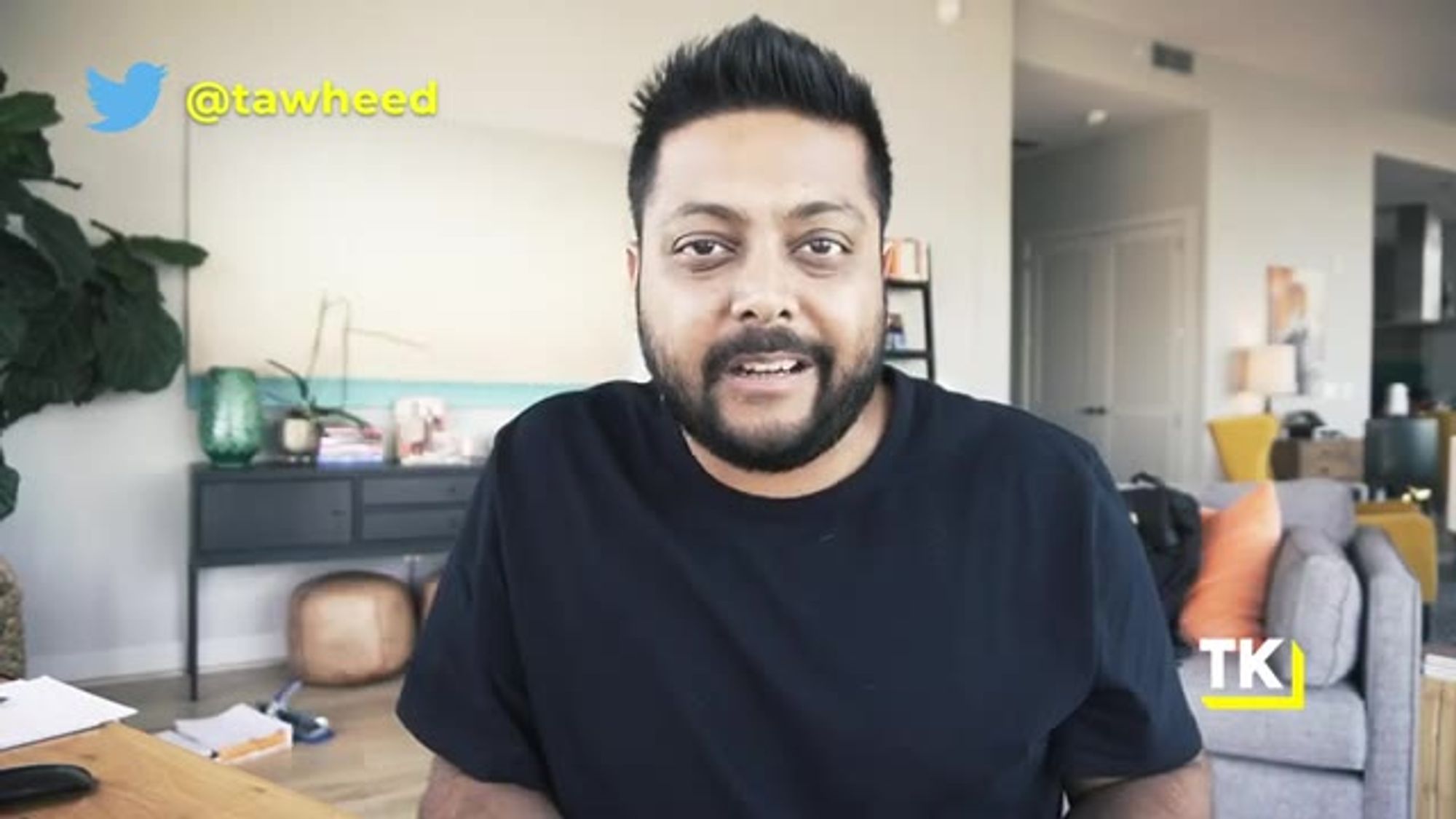
that are inherently don't have
a lot of disposable income,
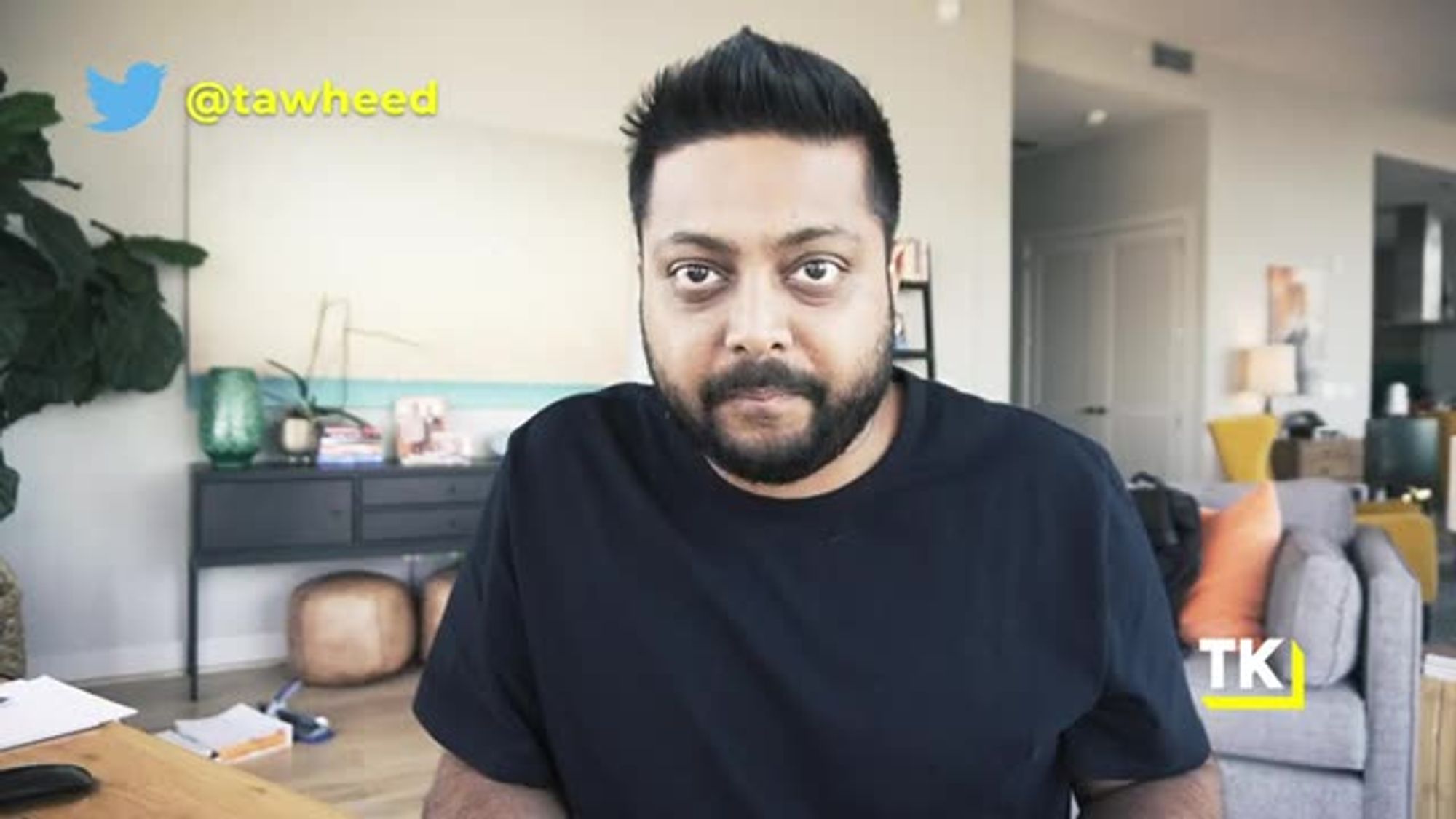
they're not high earners,
then chances are,

they're not gonna be
able to afford software,
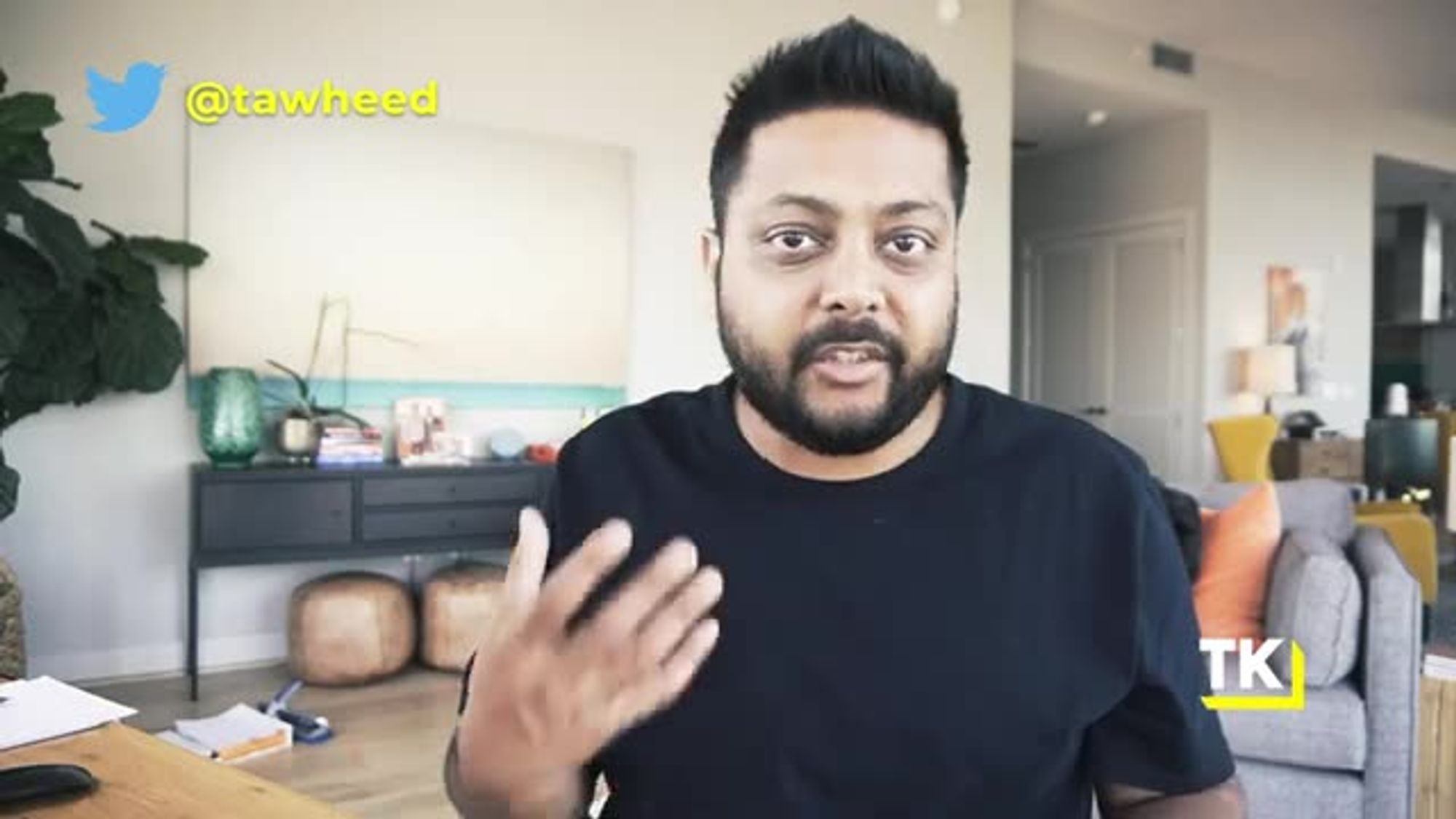
they're just gonna try and grind it out
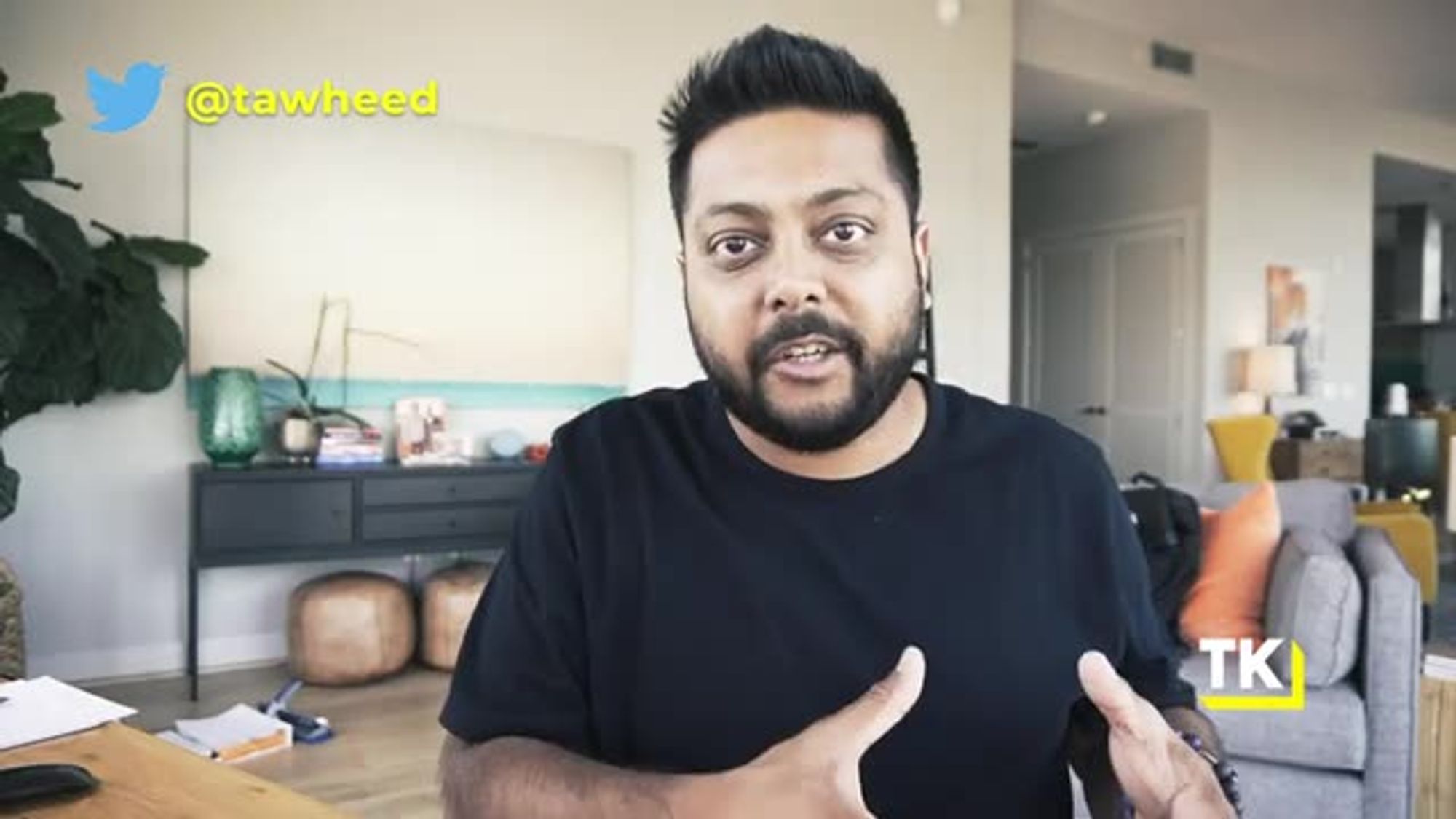
and do their job and make
the money and pay the bills.
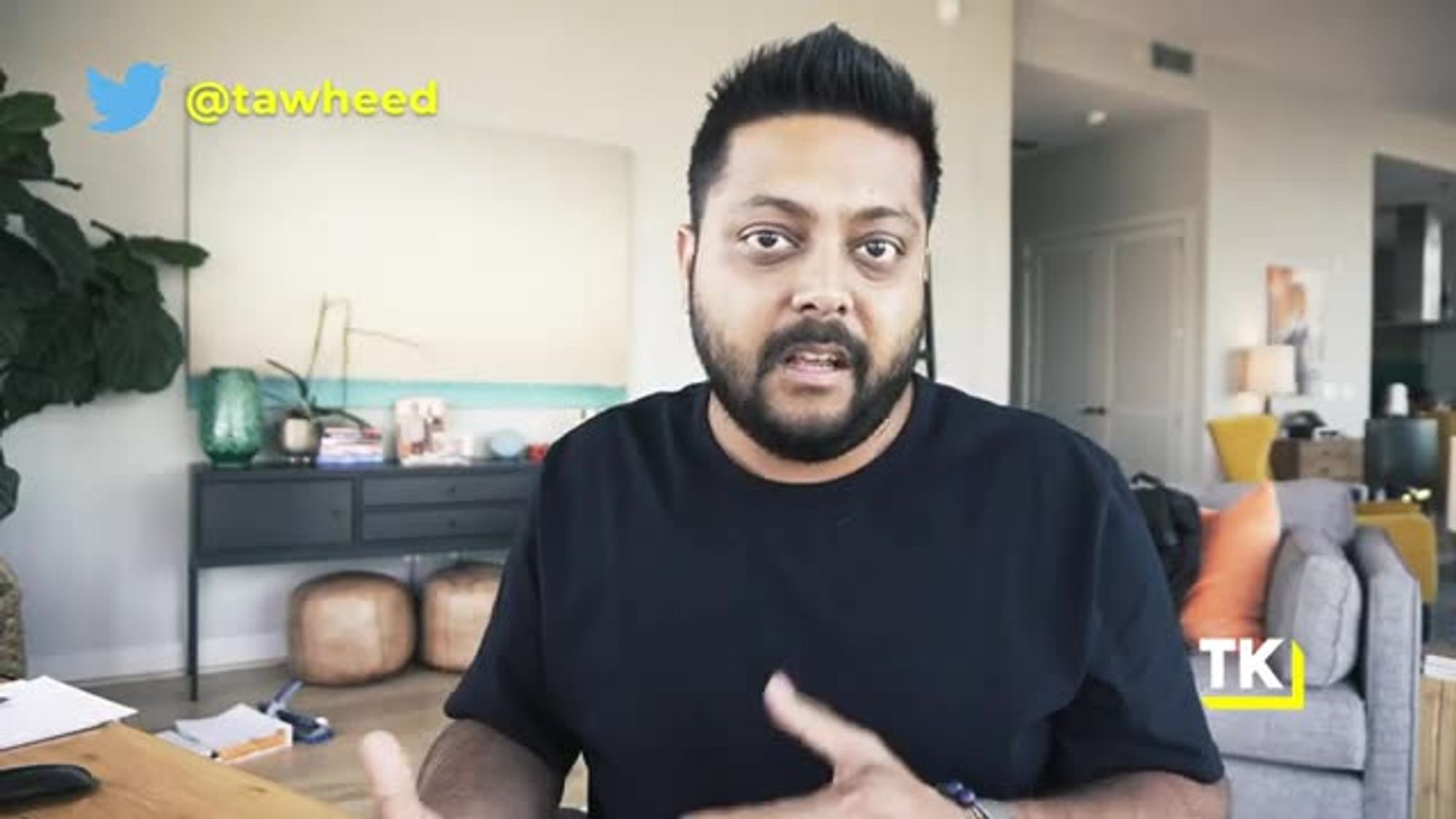
And so, this is a one two thing, one,
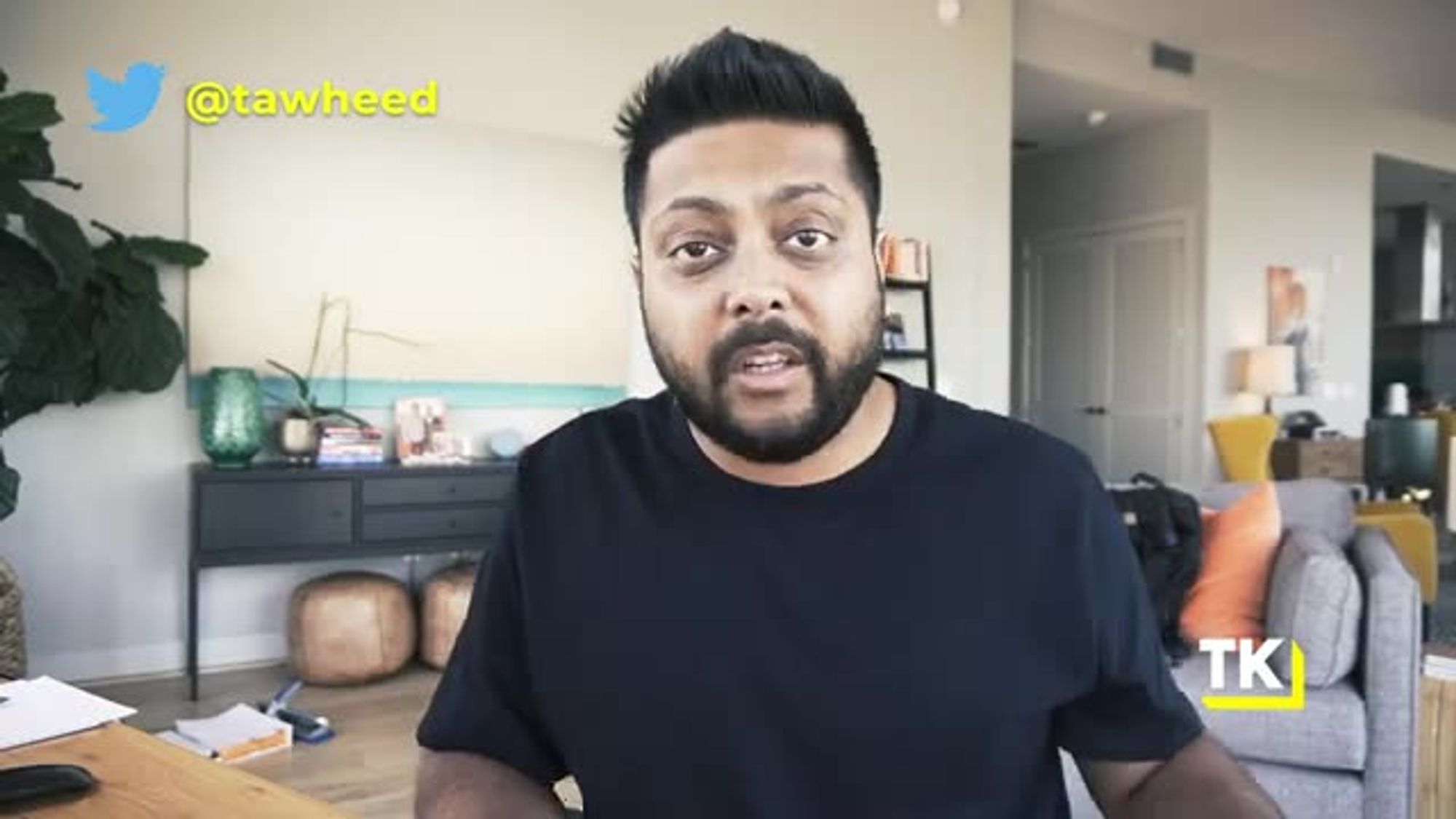
you really wanna target the
right individual contributors
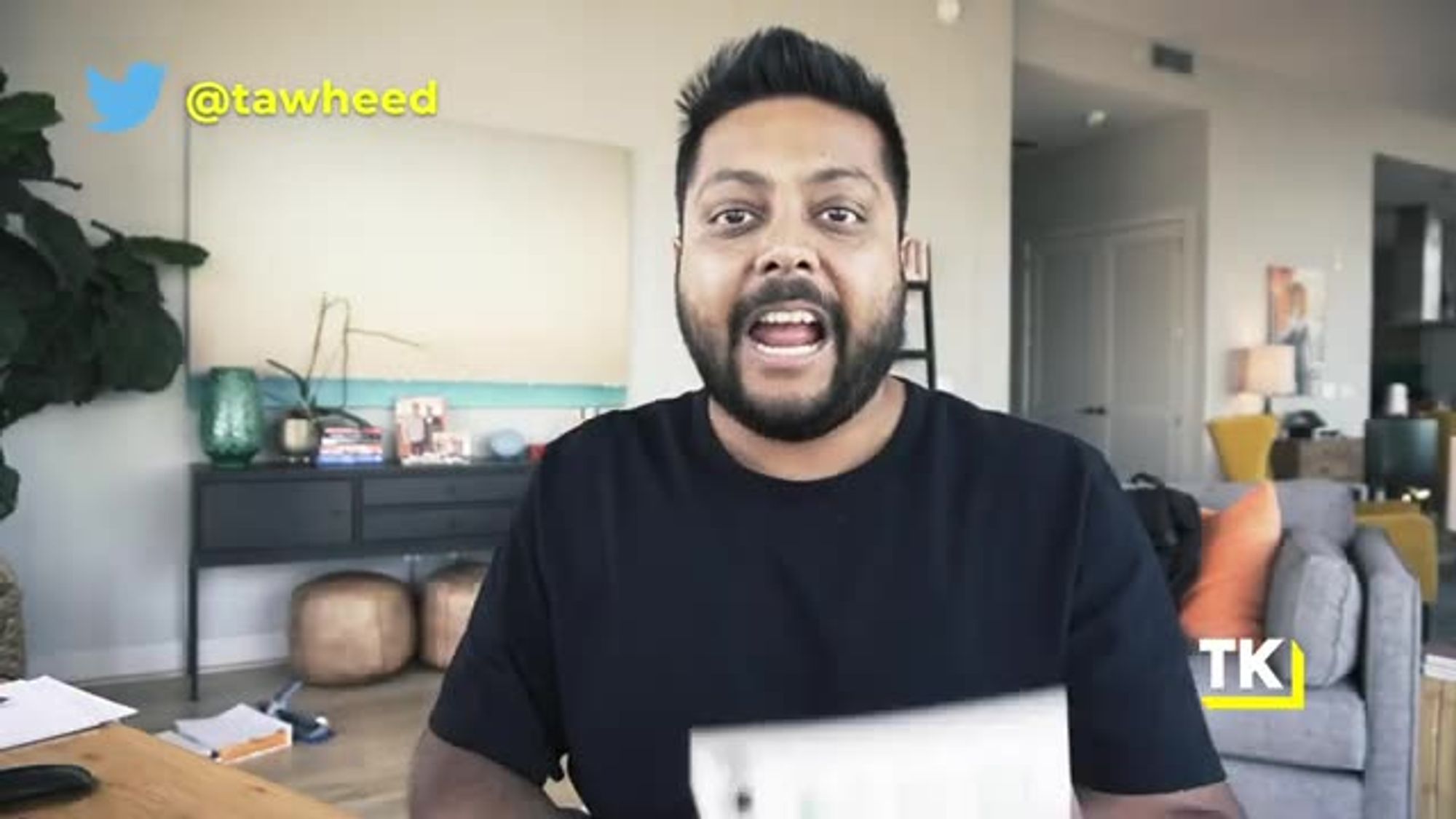
that have disposable income
and you can show, look,

if you take that disposable
income and you actually spend
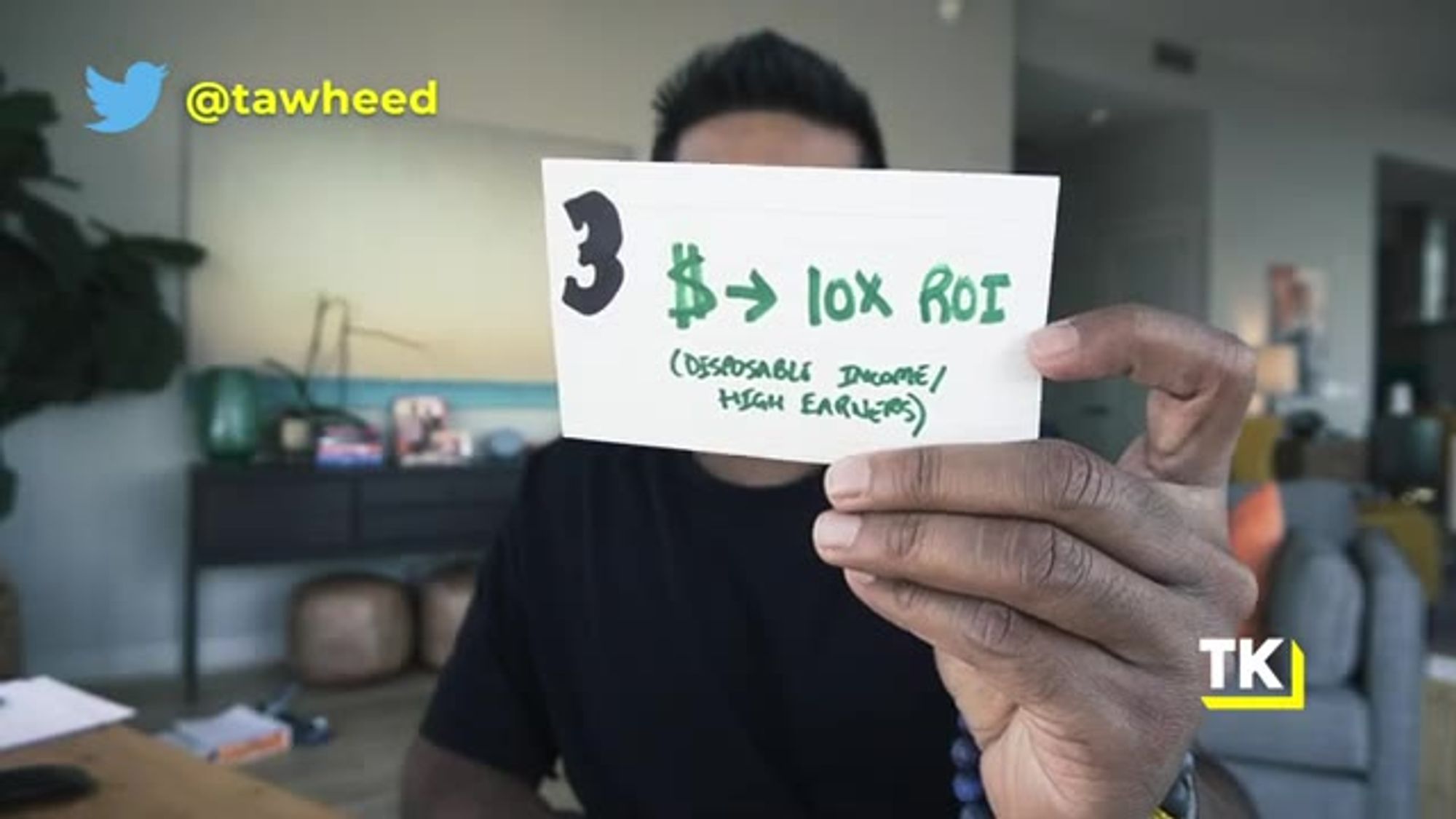
99 bucks a month on
this, you'll get 10x ROI
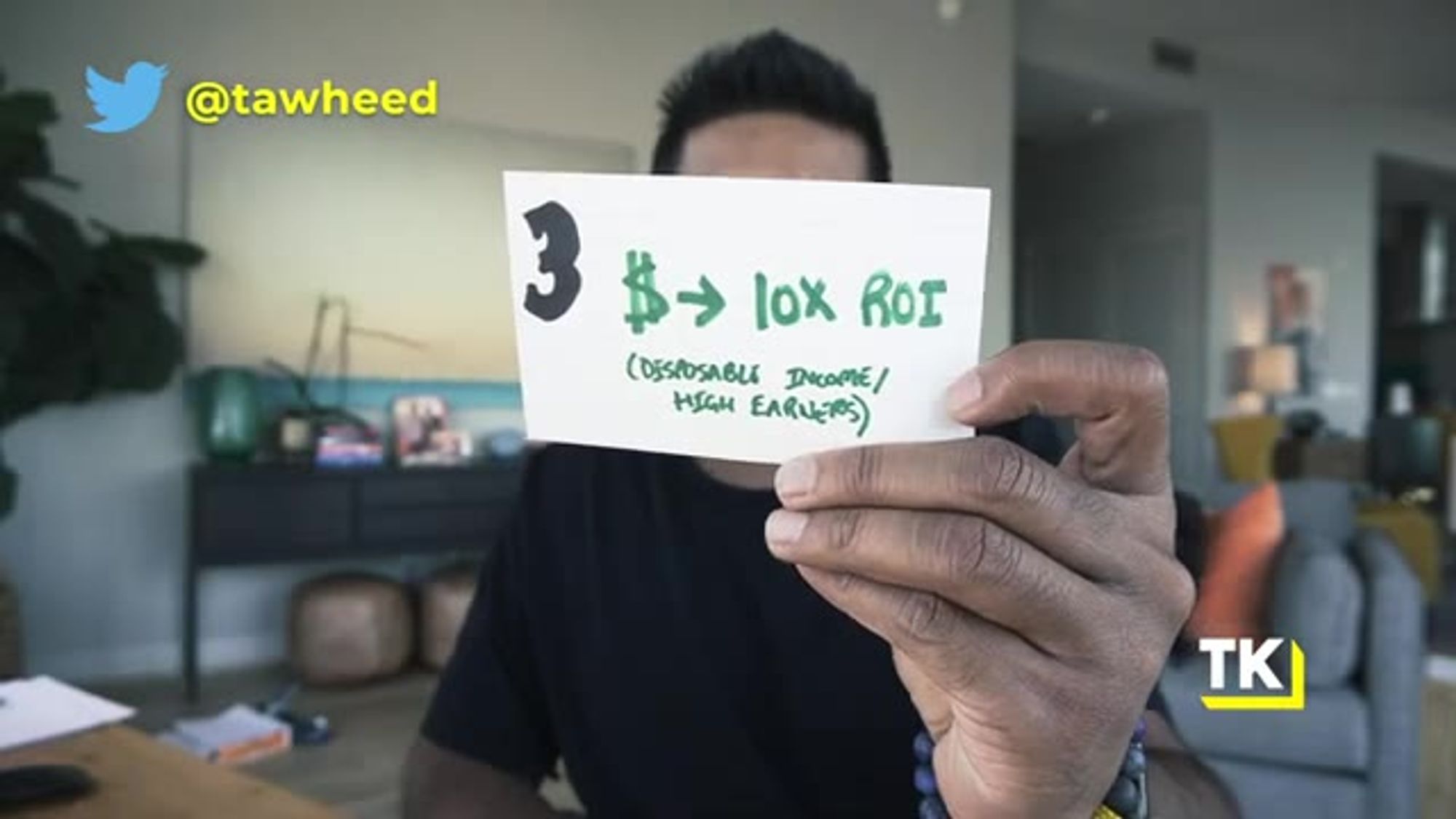
and you'll have more money.
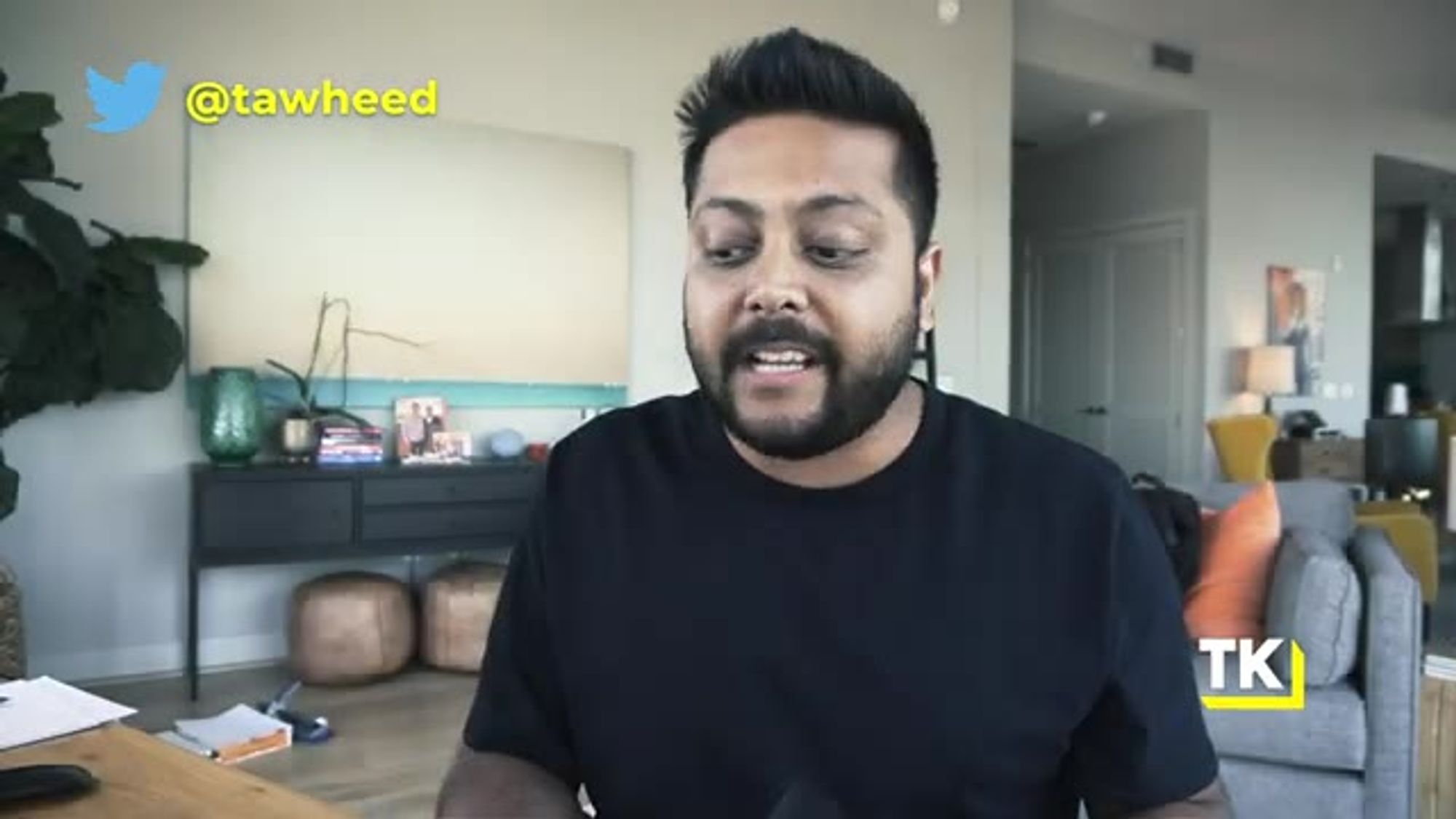
Great example of this is sales people.
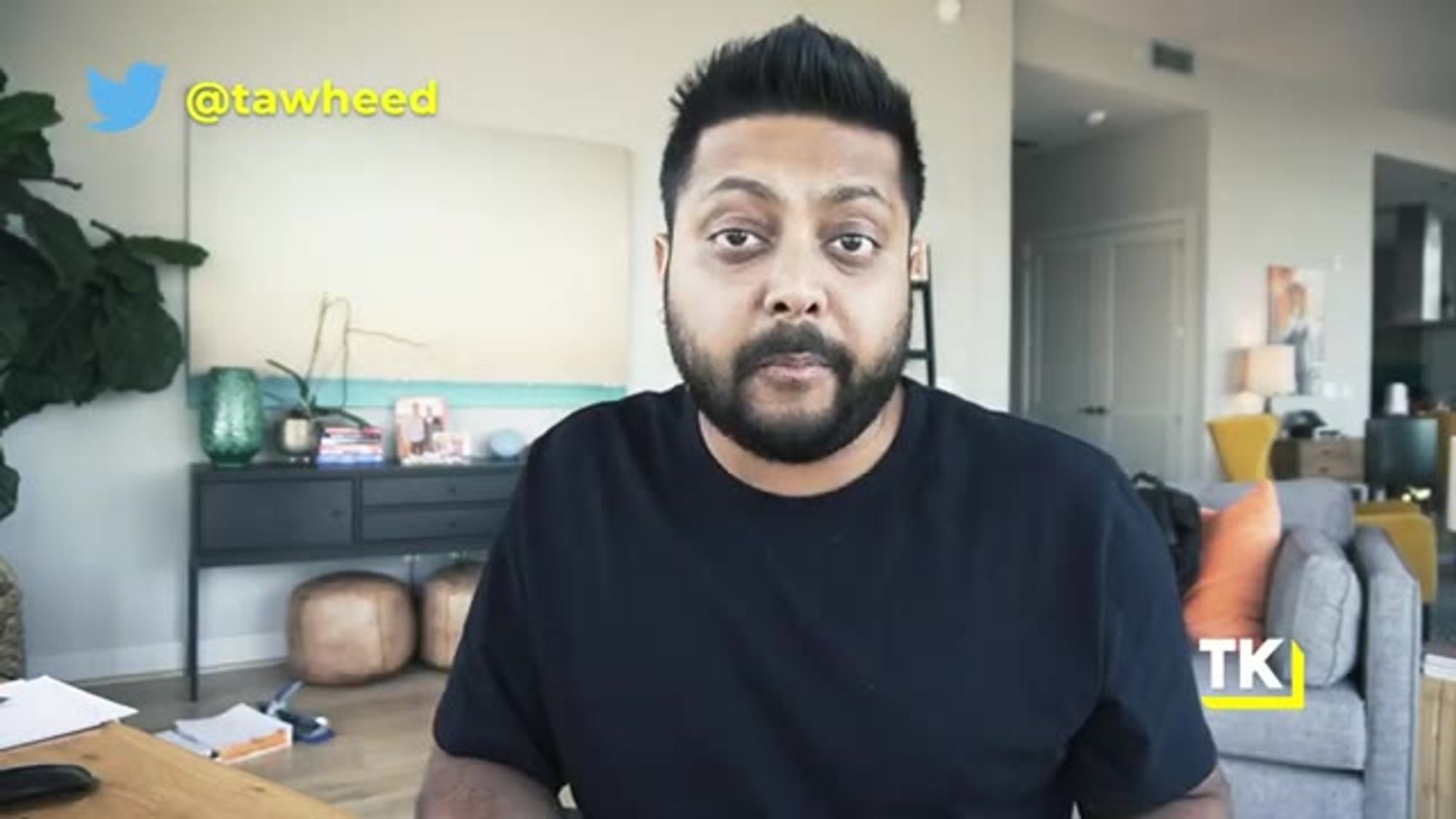
ToutApp sold to sales people
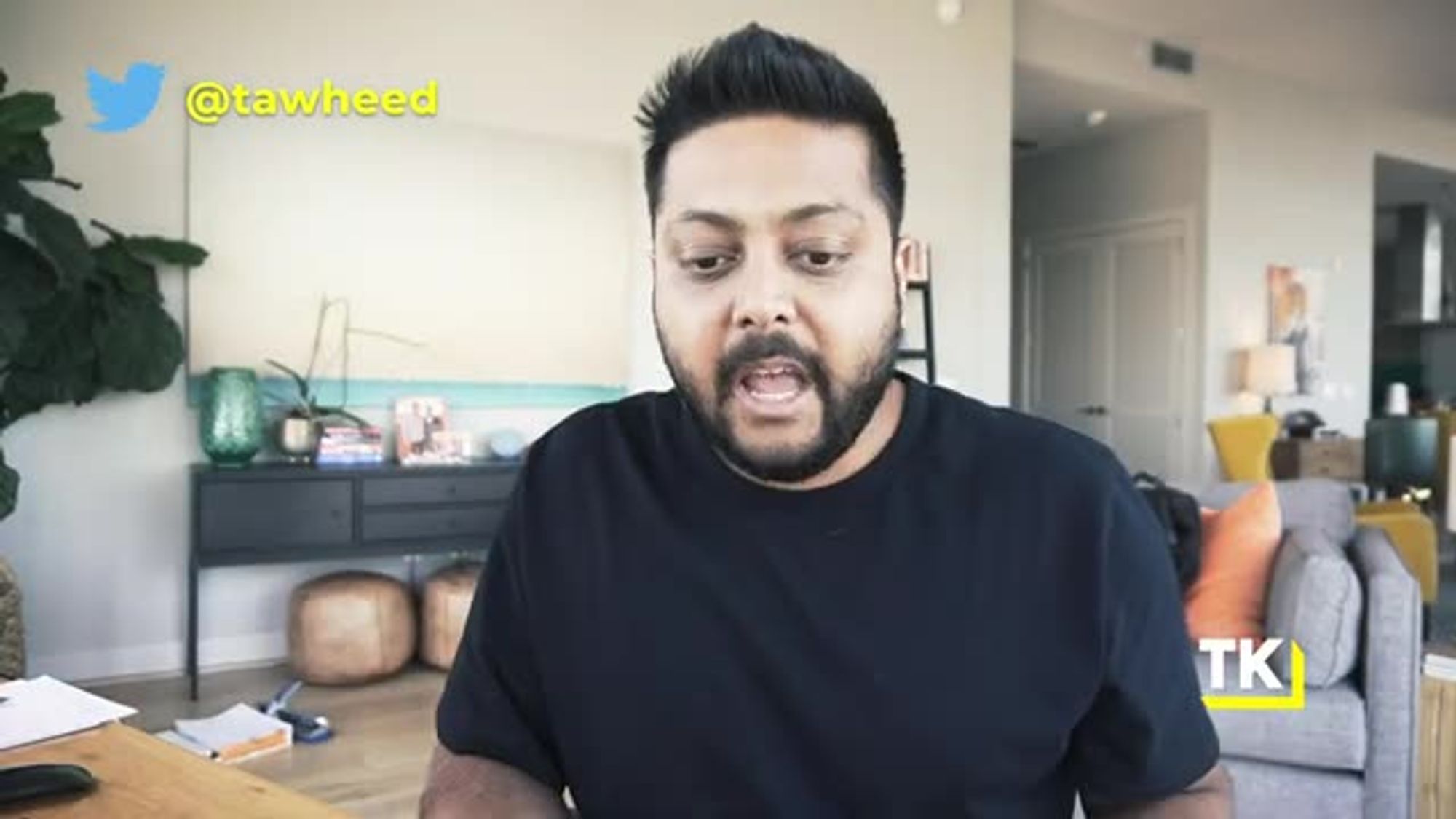
and we charged three
dollars a month at start

and by the time we sold, we
were 125 dollars a month.
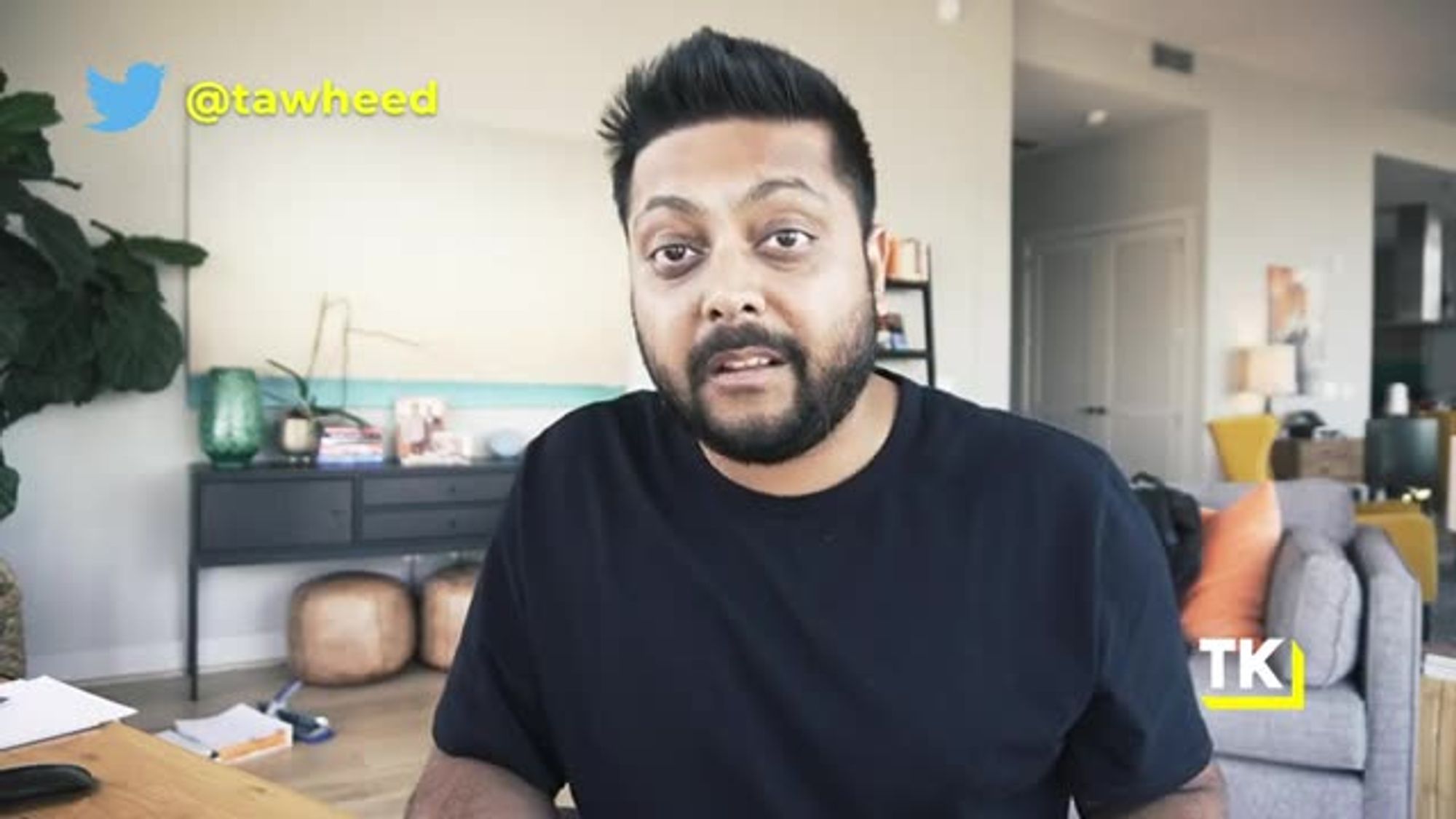
And our self-service plans went up
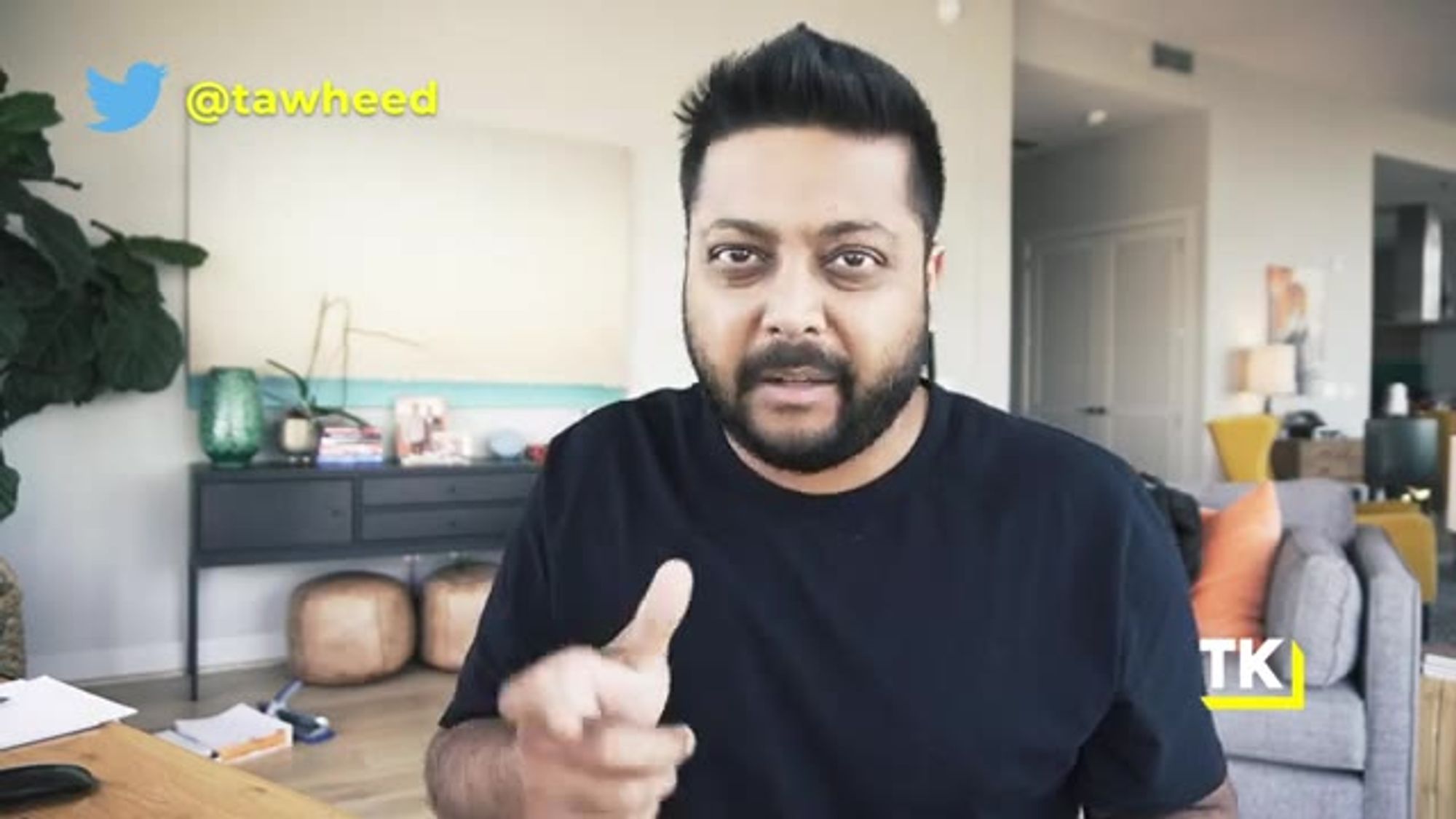
to I think about 79 dollars.
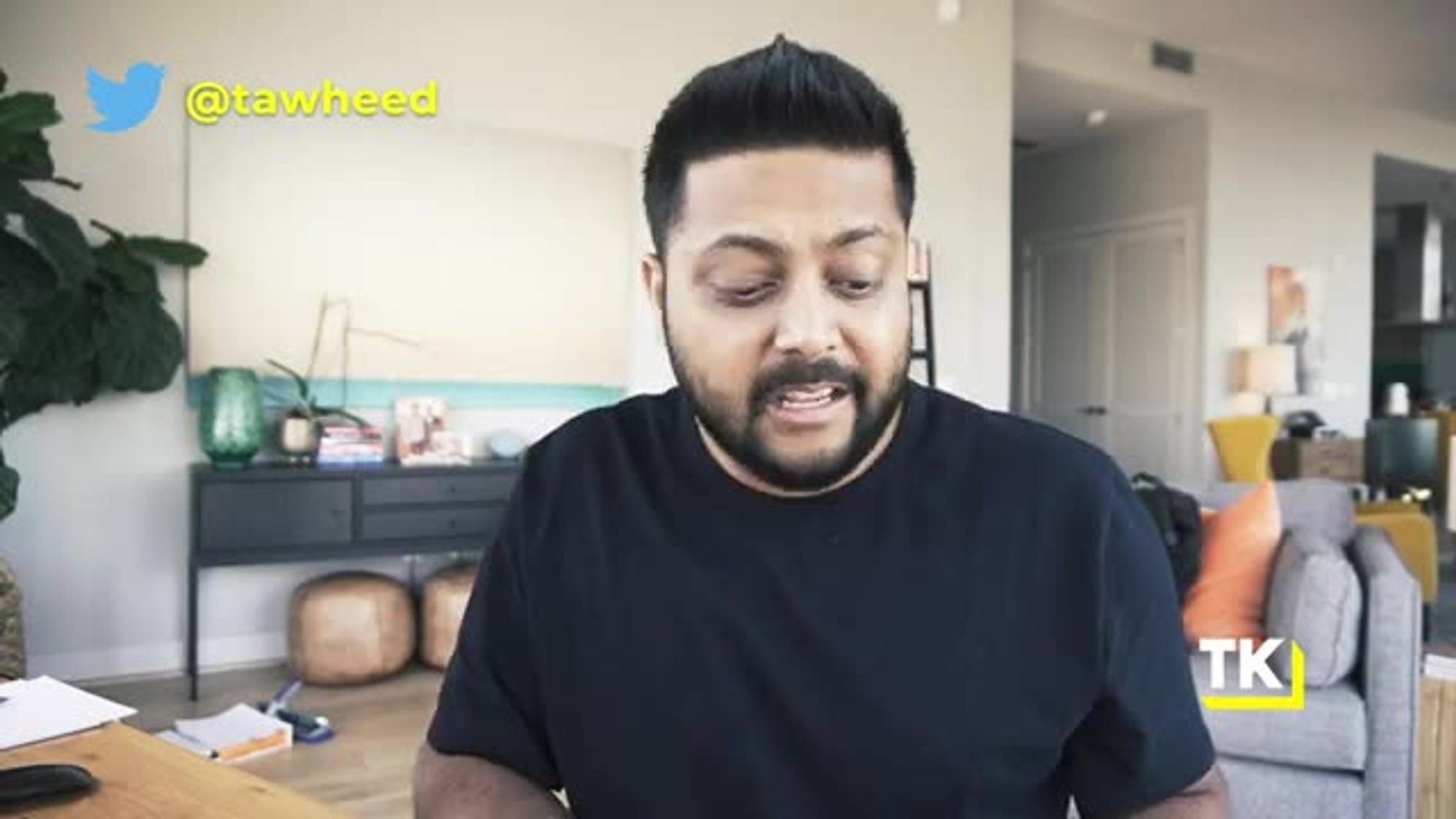
And sales people would
literally just reach
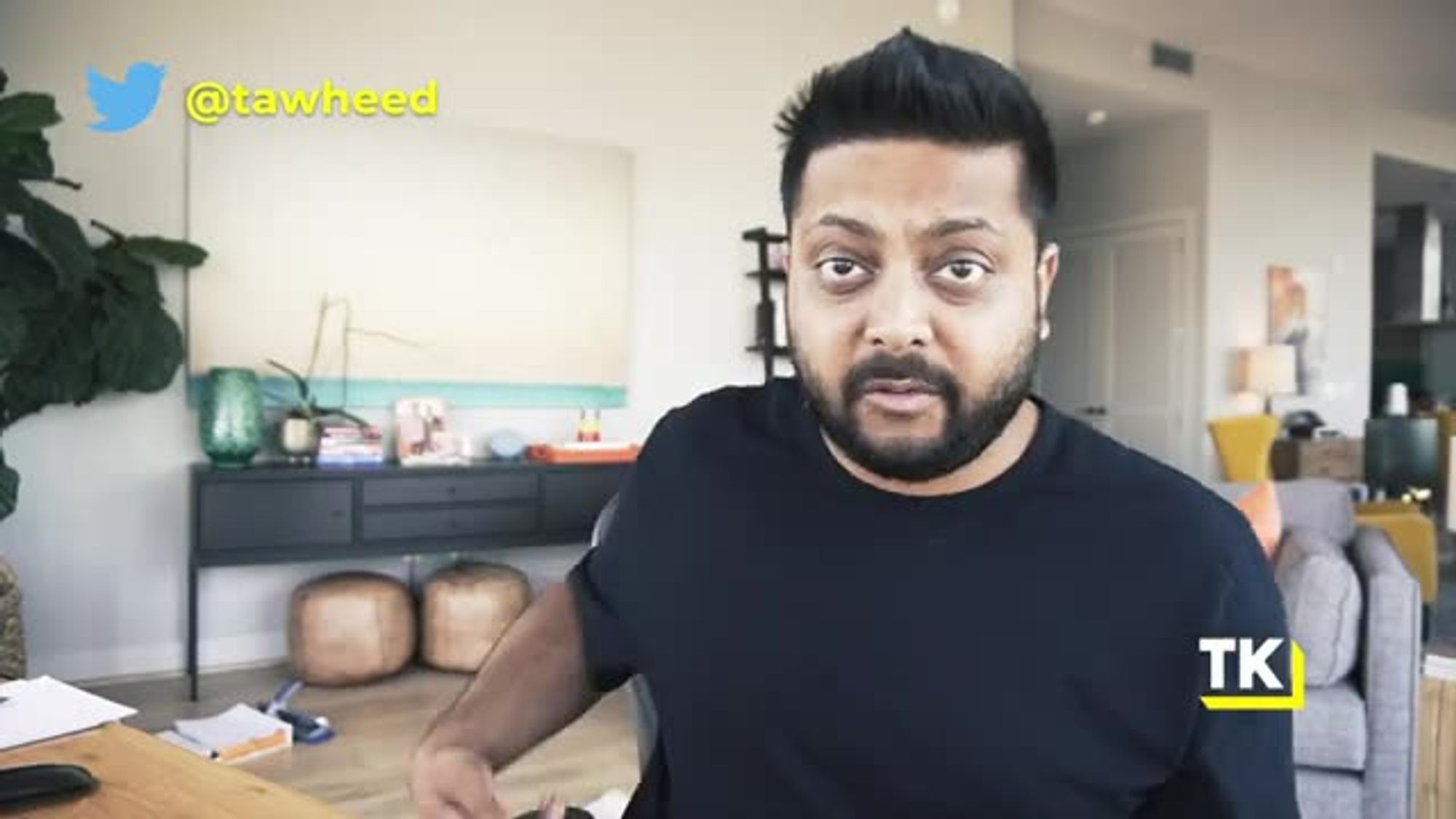
into their pocket and
swipe their own credit card
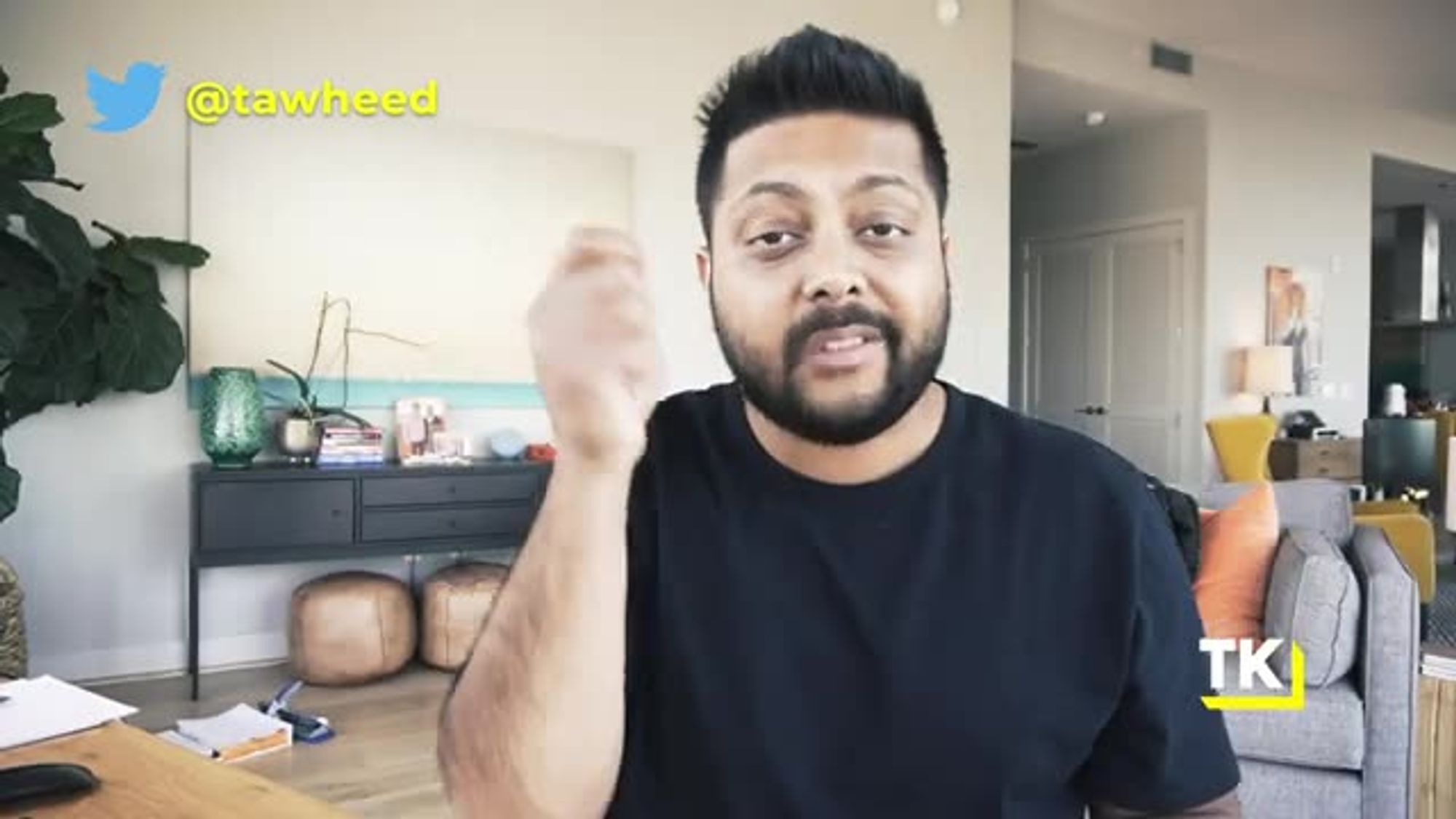
because they knew that if
they had more pipeline,
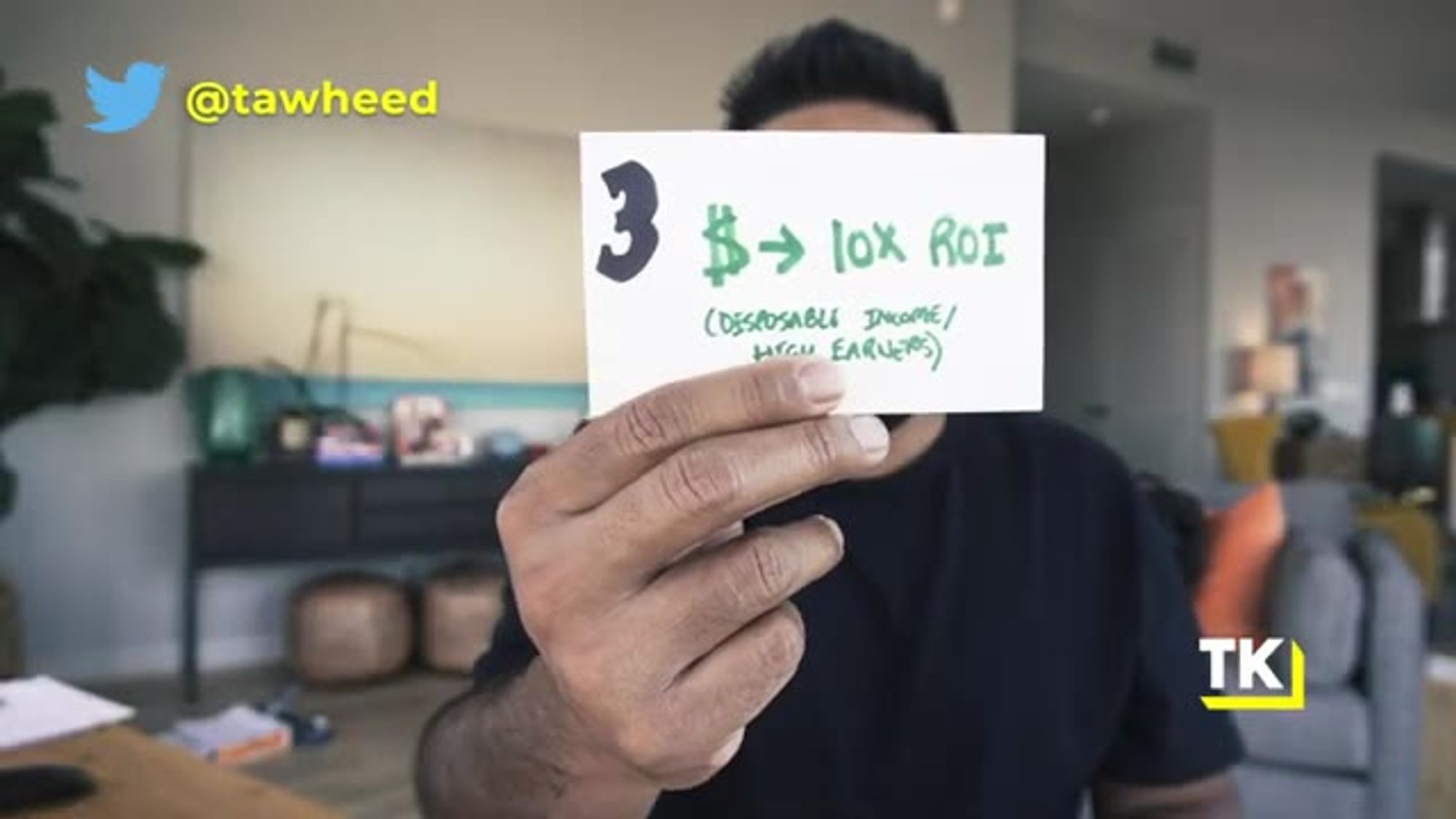
then they would close more
deals and get more commission
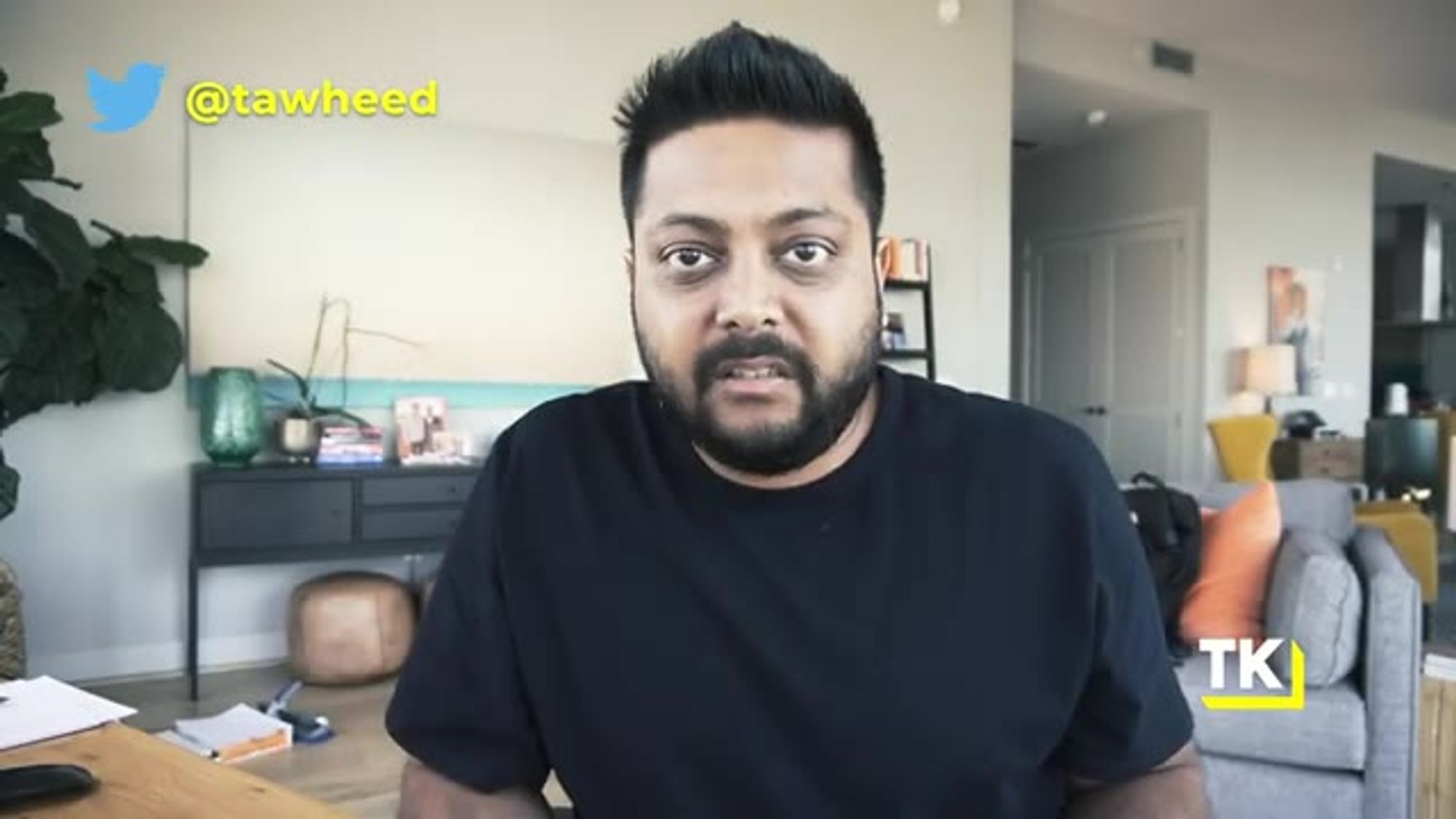
and then their personal
investment would pay for itself.
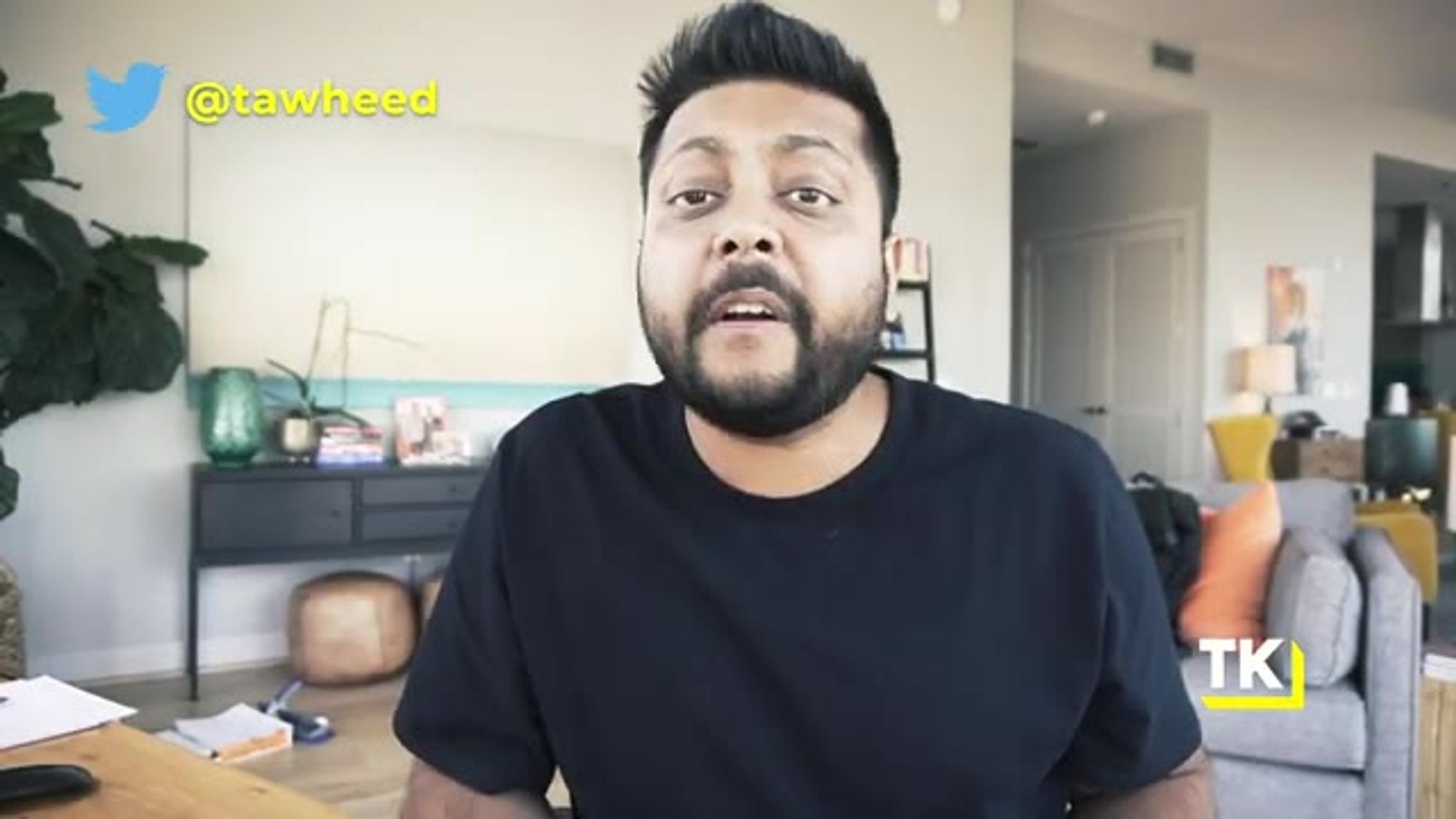
And so they're very
willing to make that spend
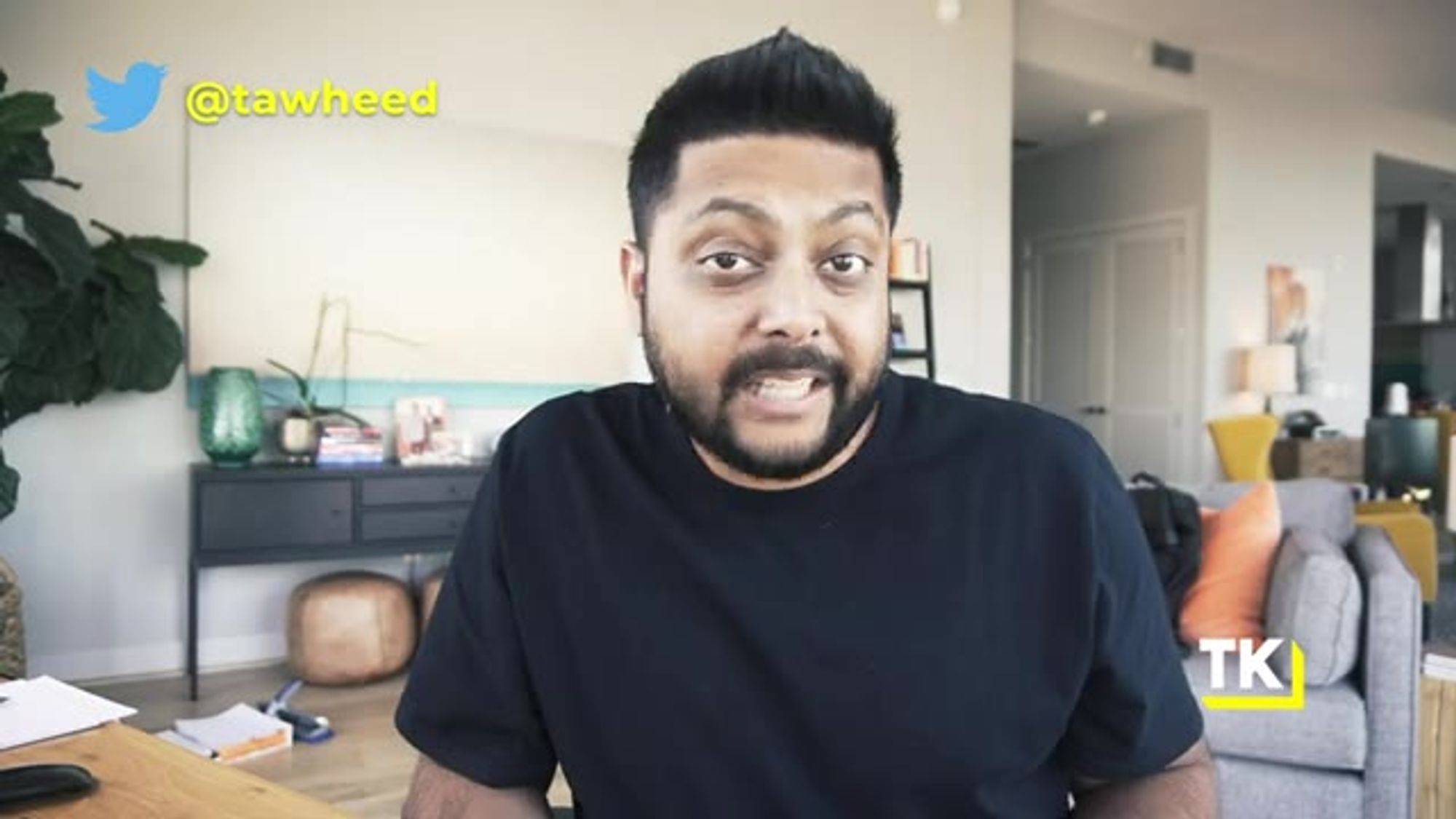
'cause they had that disposable income
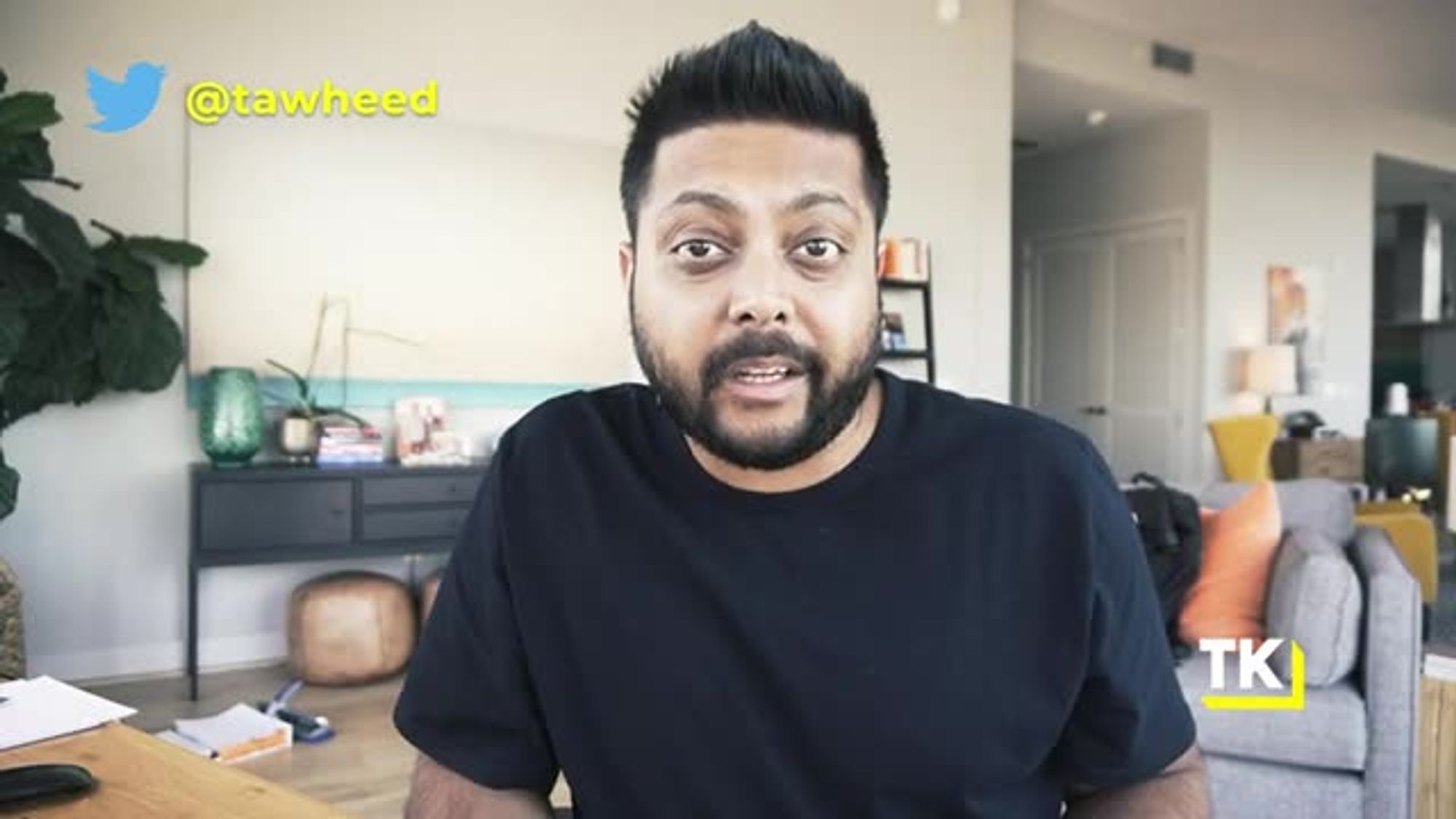
and they could see how they
would make that money back,
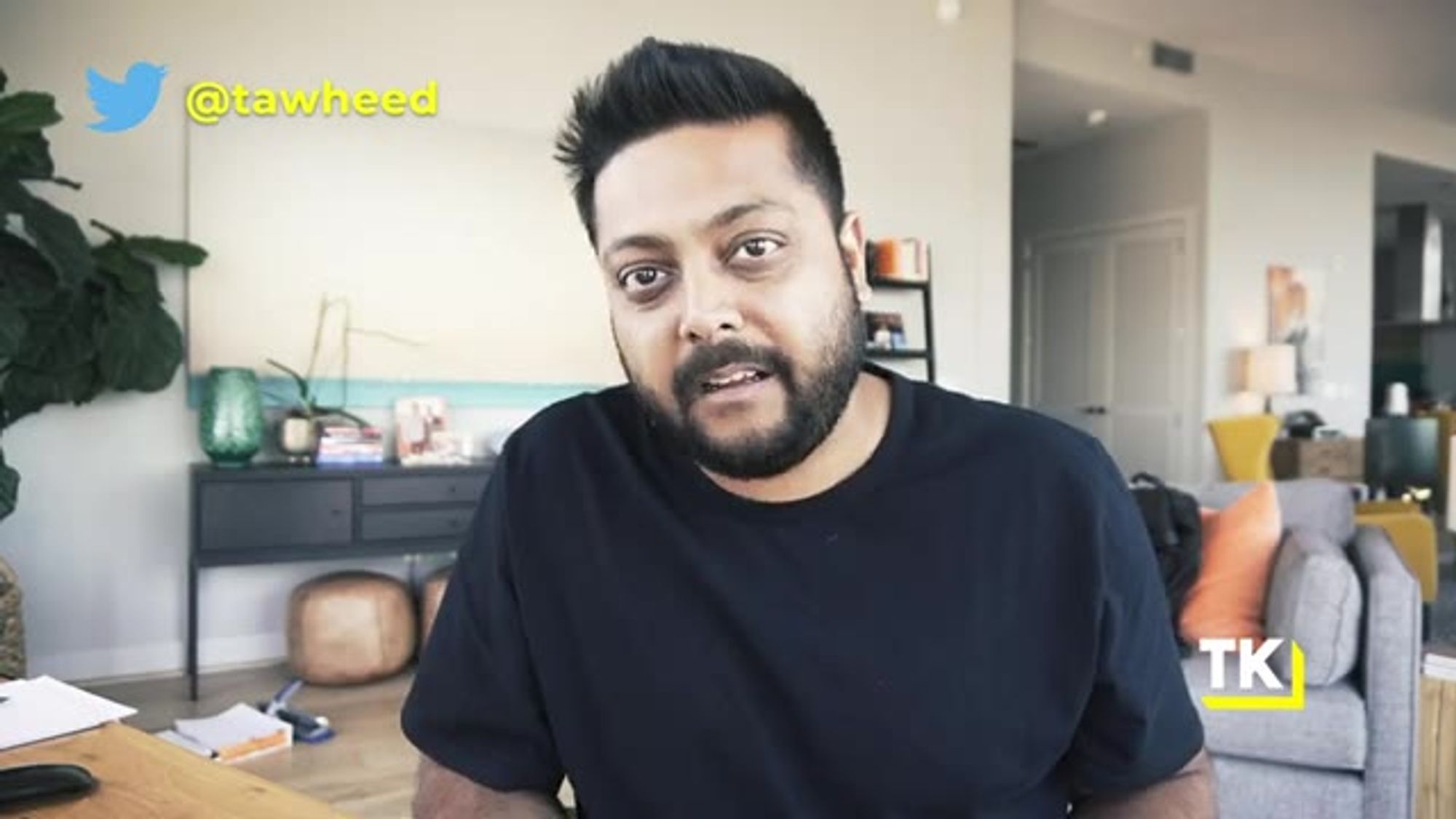
and then over time, they
would tell their manager
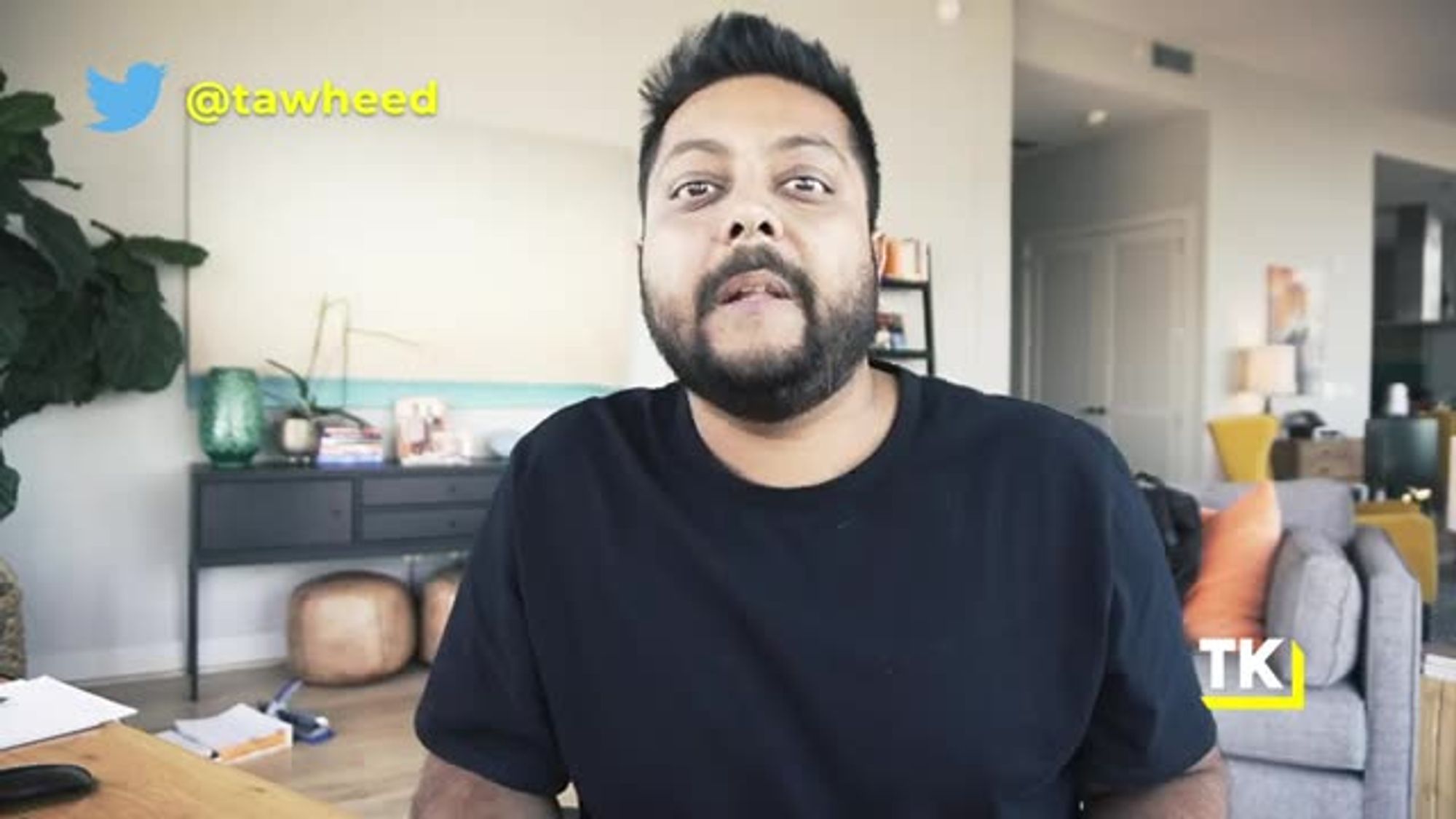
and the manager would
buy for the whole team
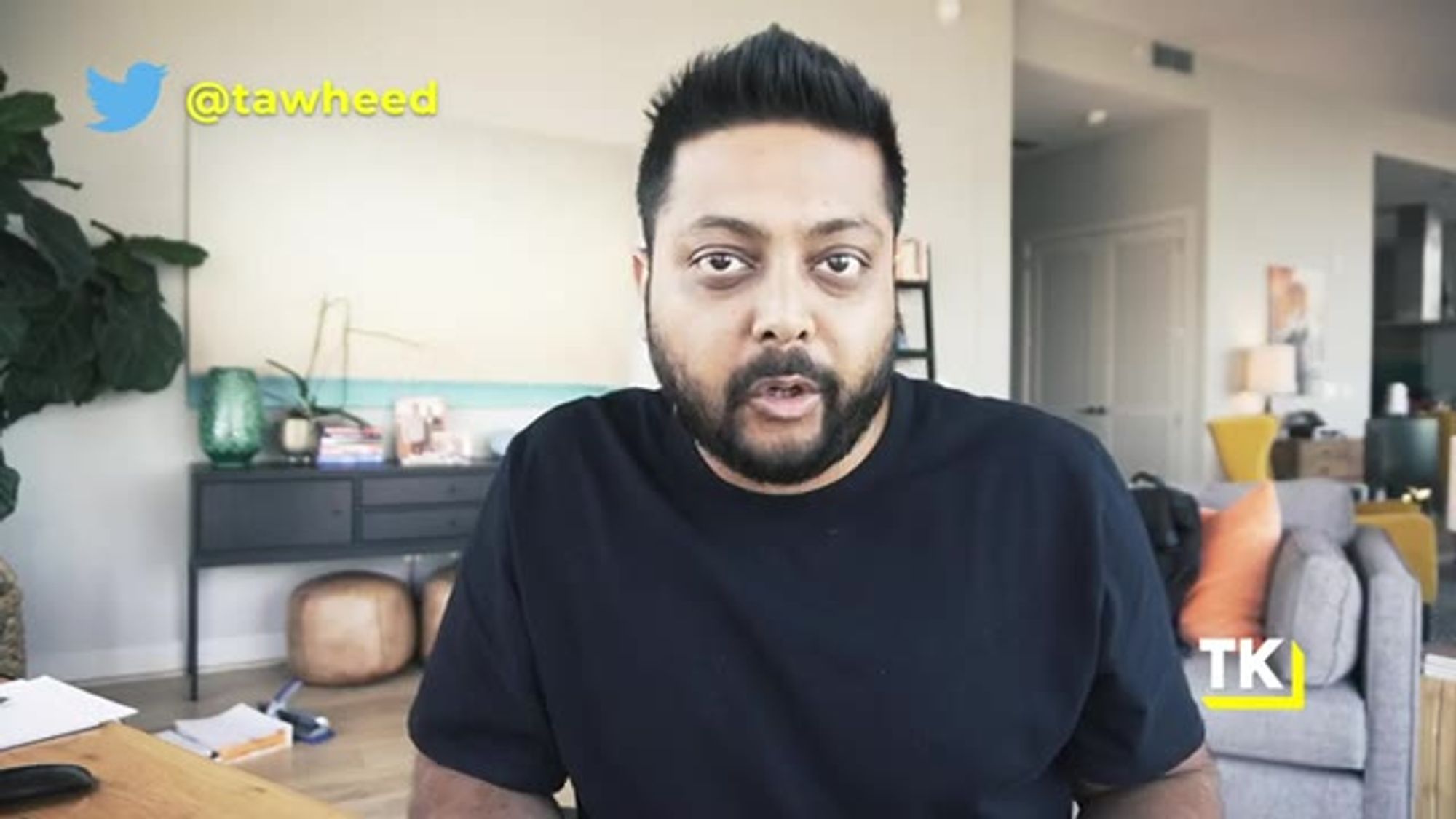
and then we would go and
top down with our sales team
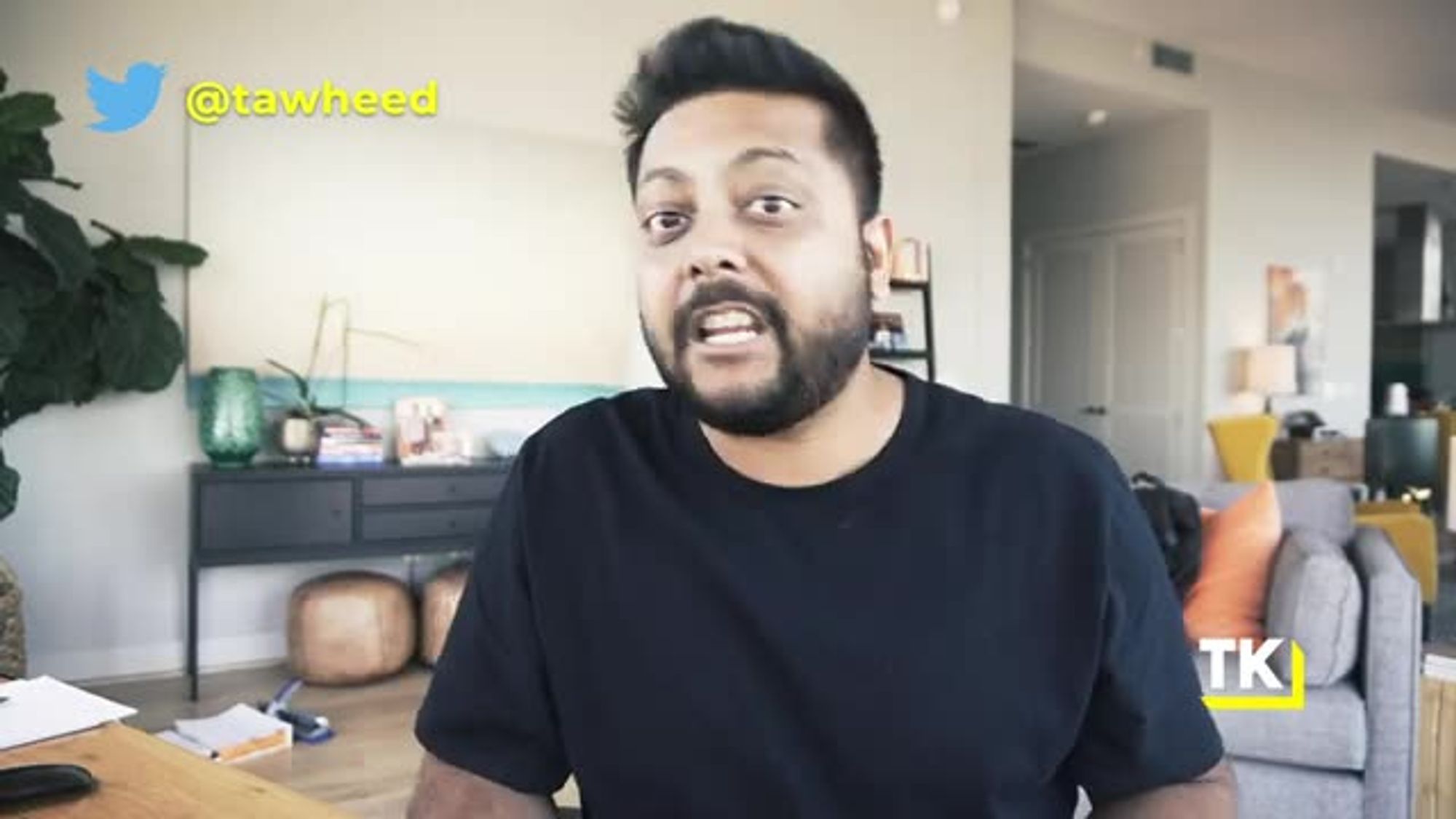
and sell it to the whole team.
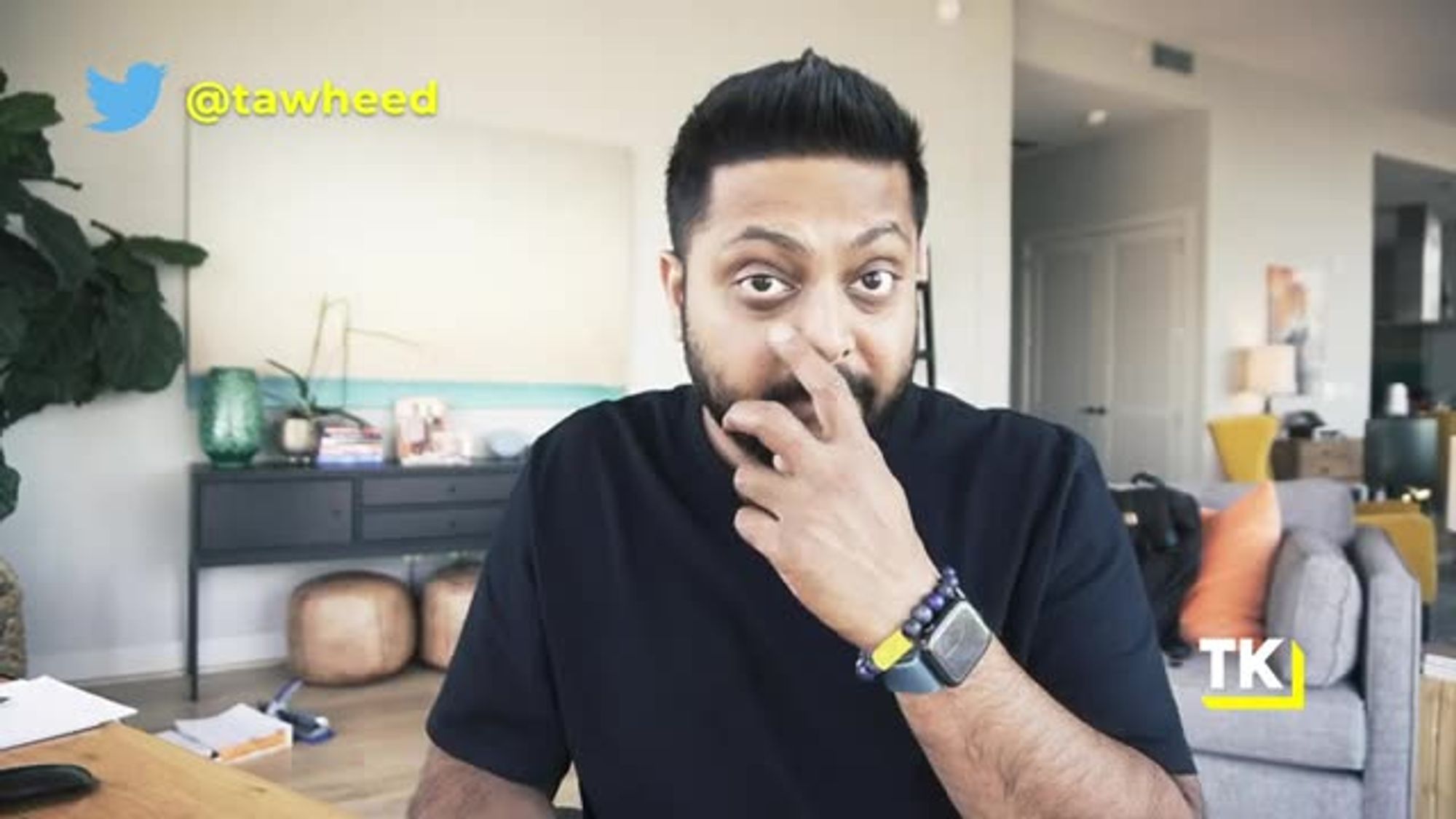
That's how it worked.

So, super important,
principle number three

is you wanna price in a way
where you can show 10x ROI,
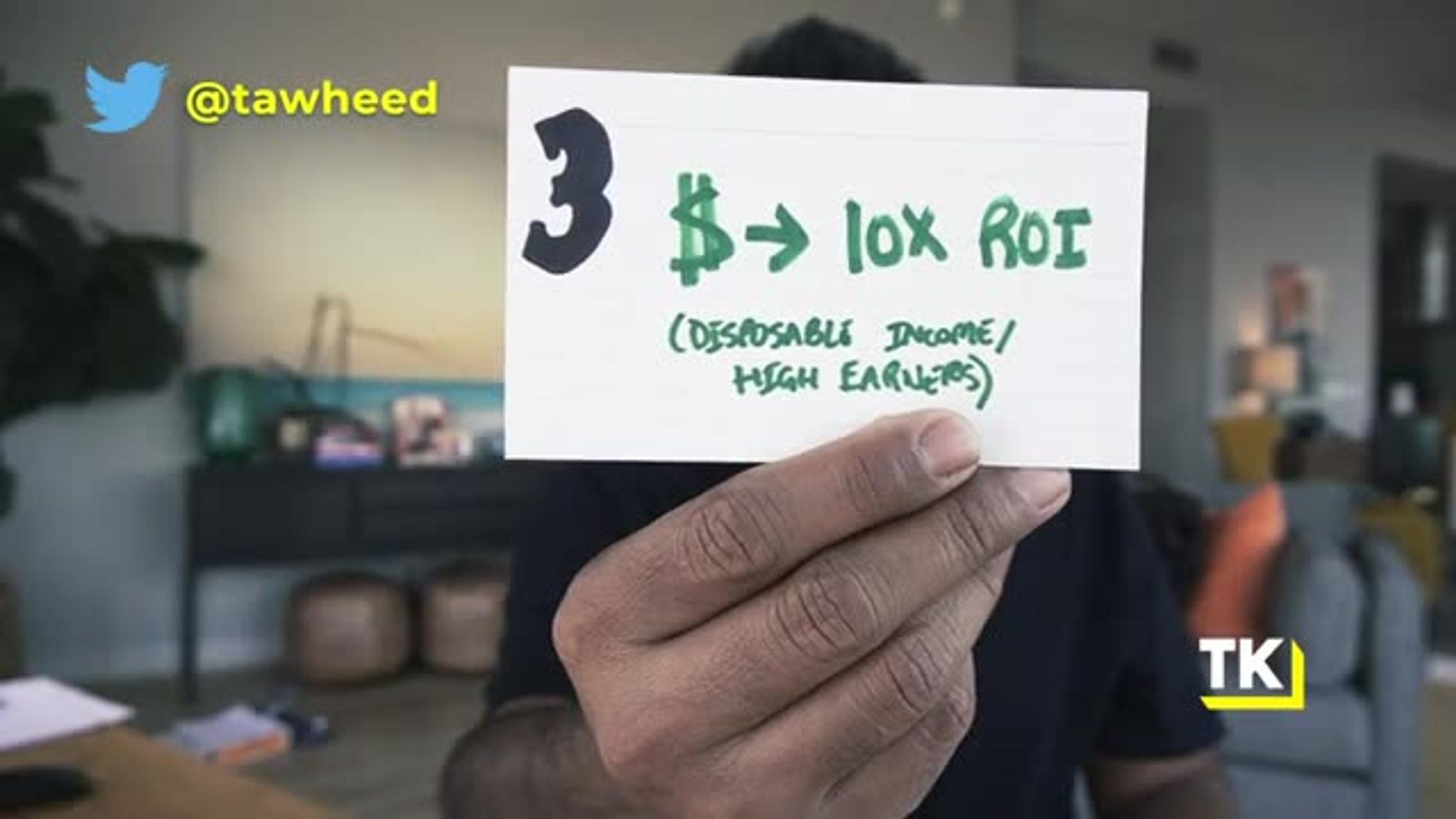
you wanna communicate that ROI
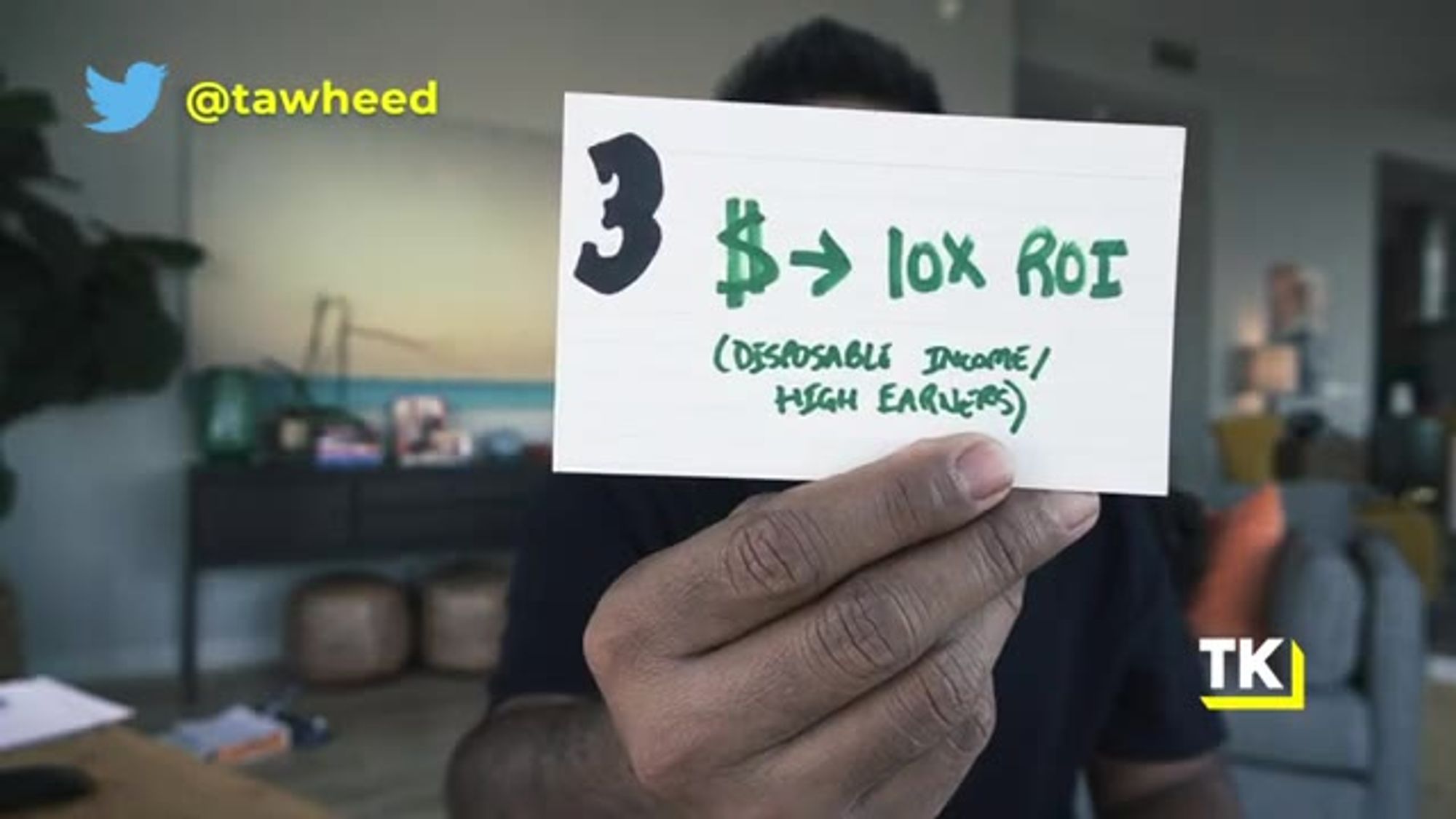
and you wanna double
check that these people
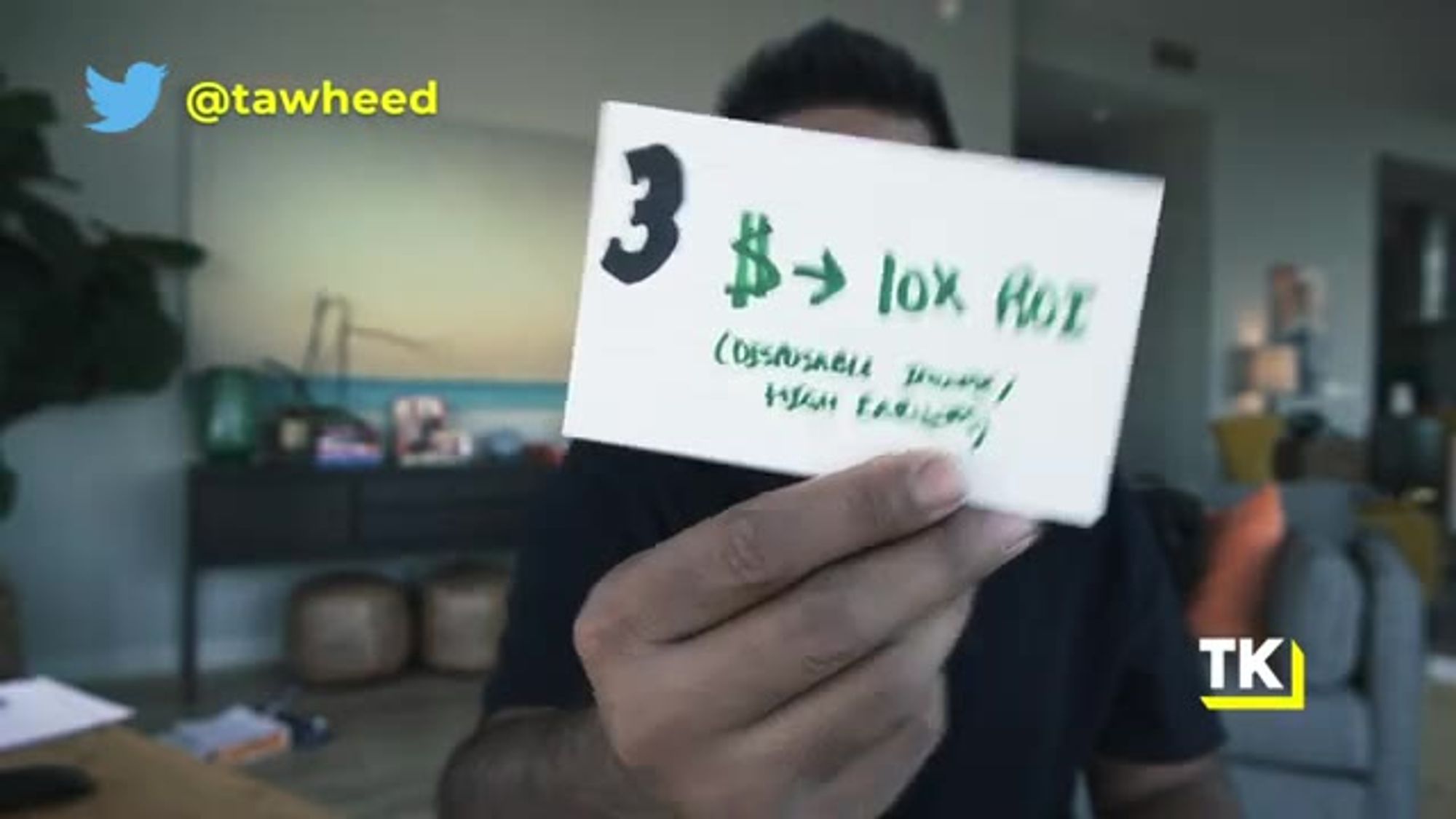
can actually afford it
so that you're targeting
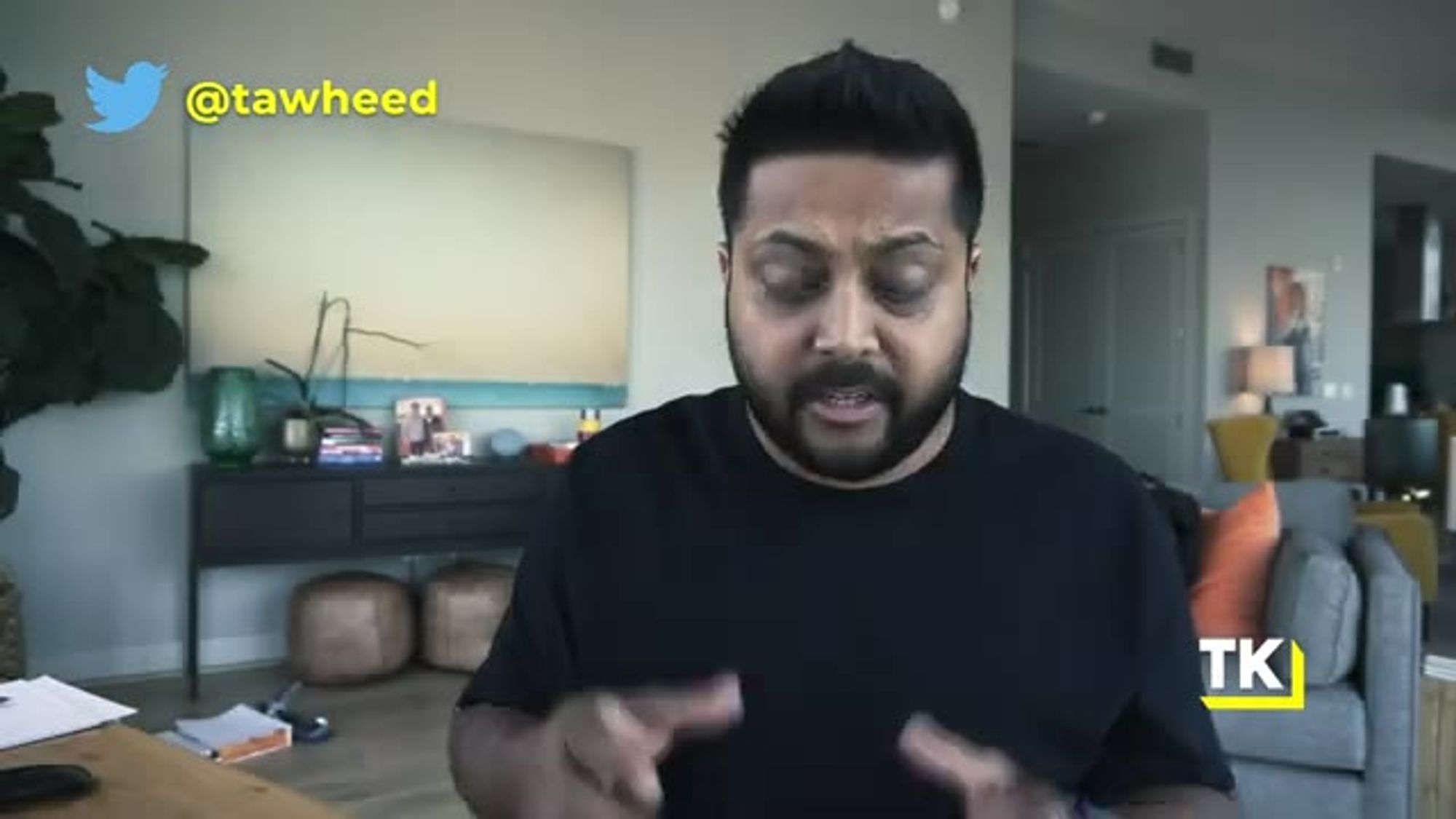
the right group of people.

So those are my three
principles, now you know.
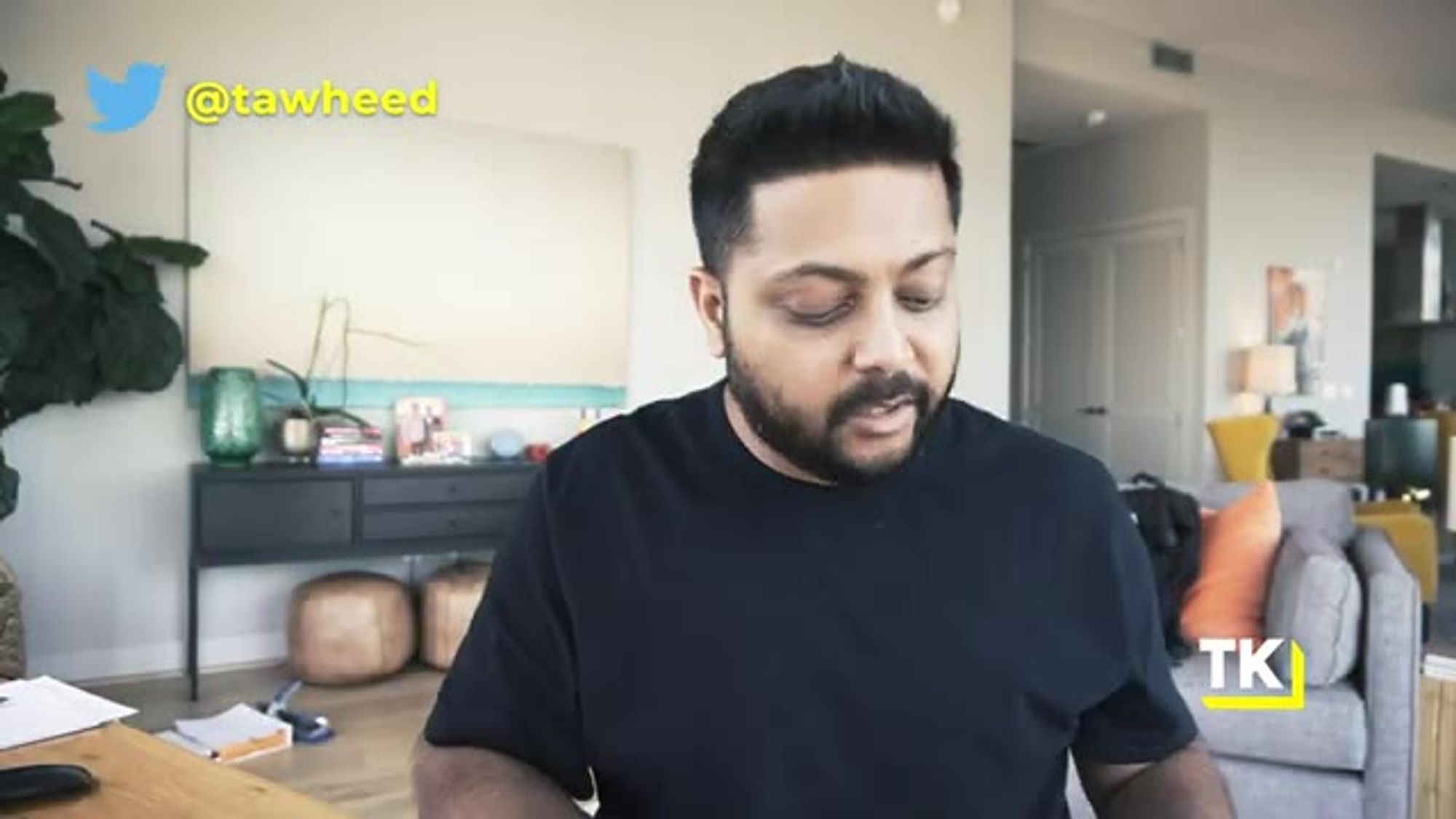
Just to recap, number one,

solve for an individual contributor.

Number two, follow the
jobs to be done framework
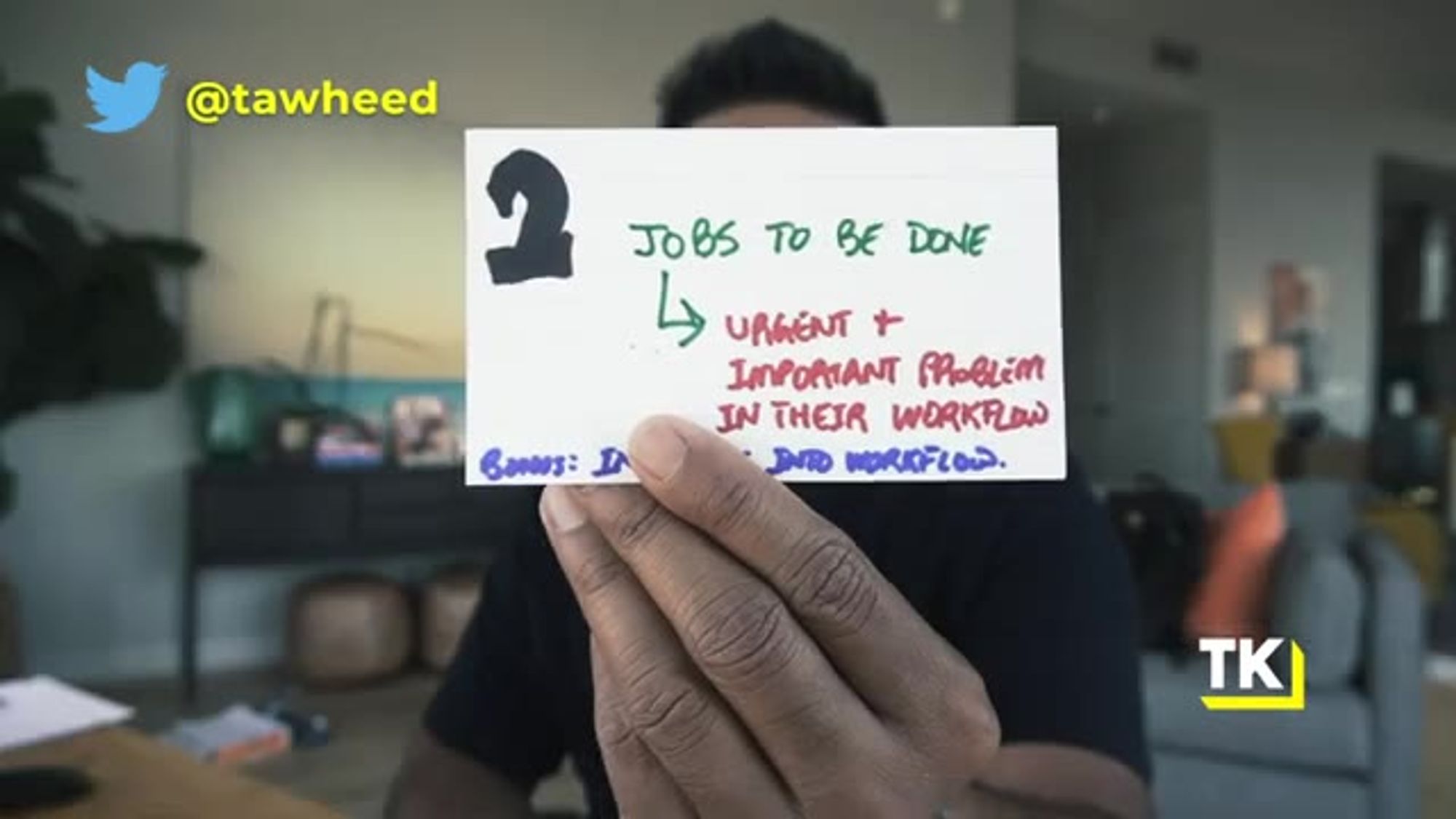
and make sure you're solving
an urgent, important problem
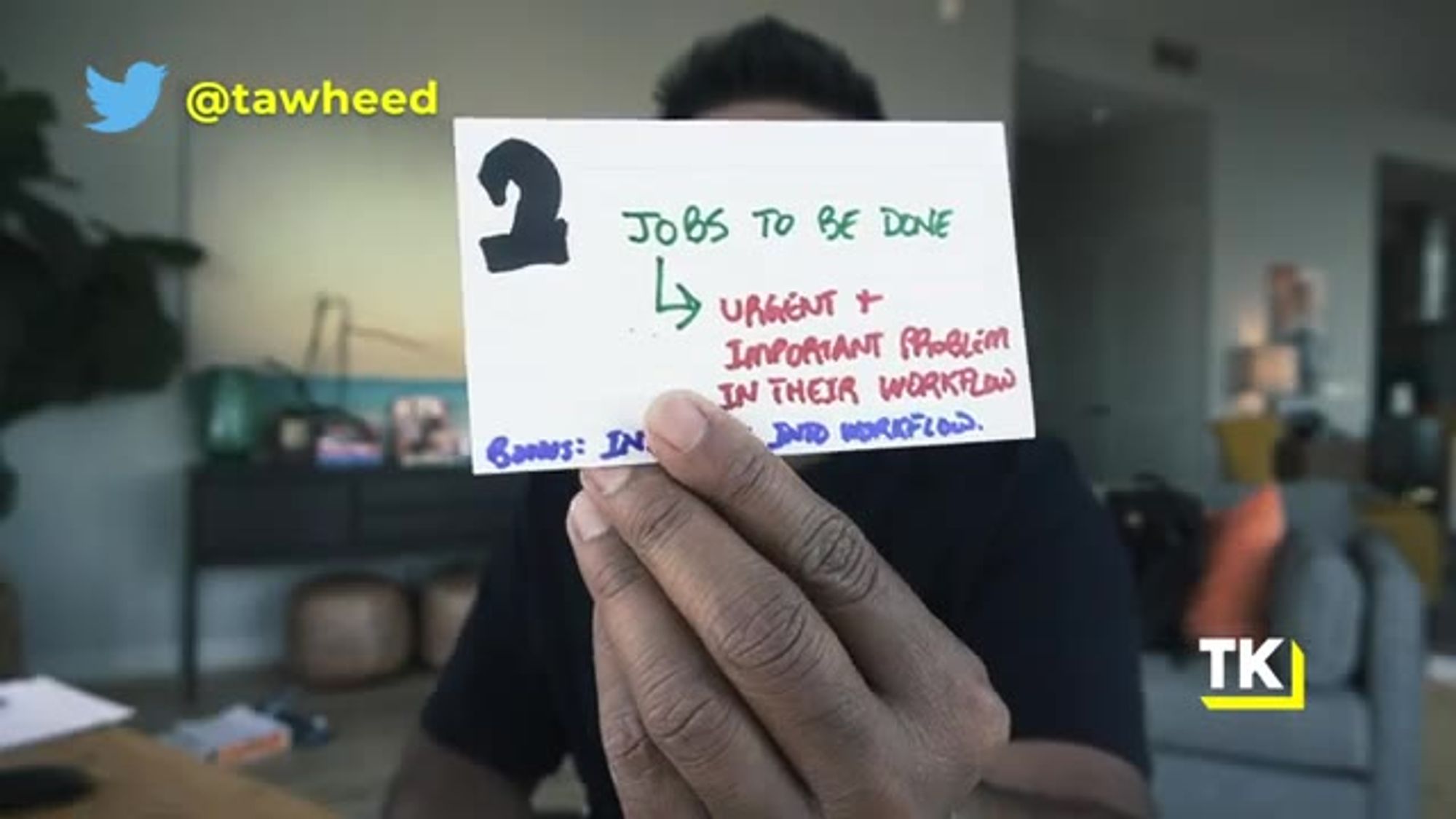
with your SaaS product and
integrate it into their workflow.
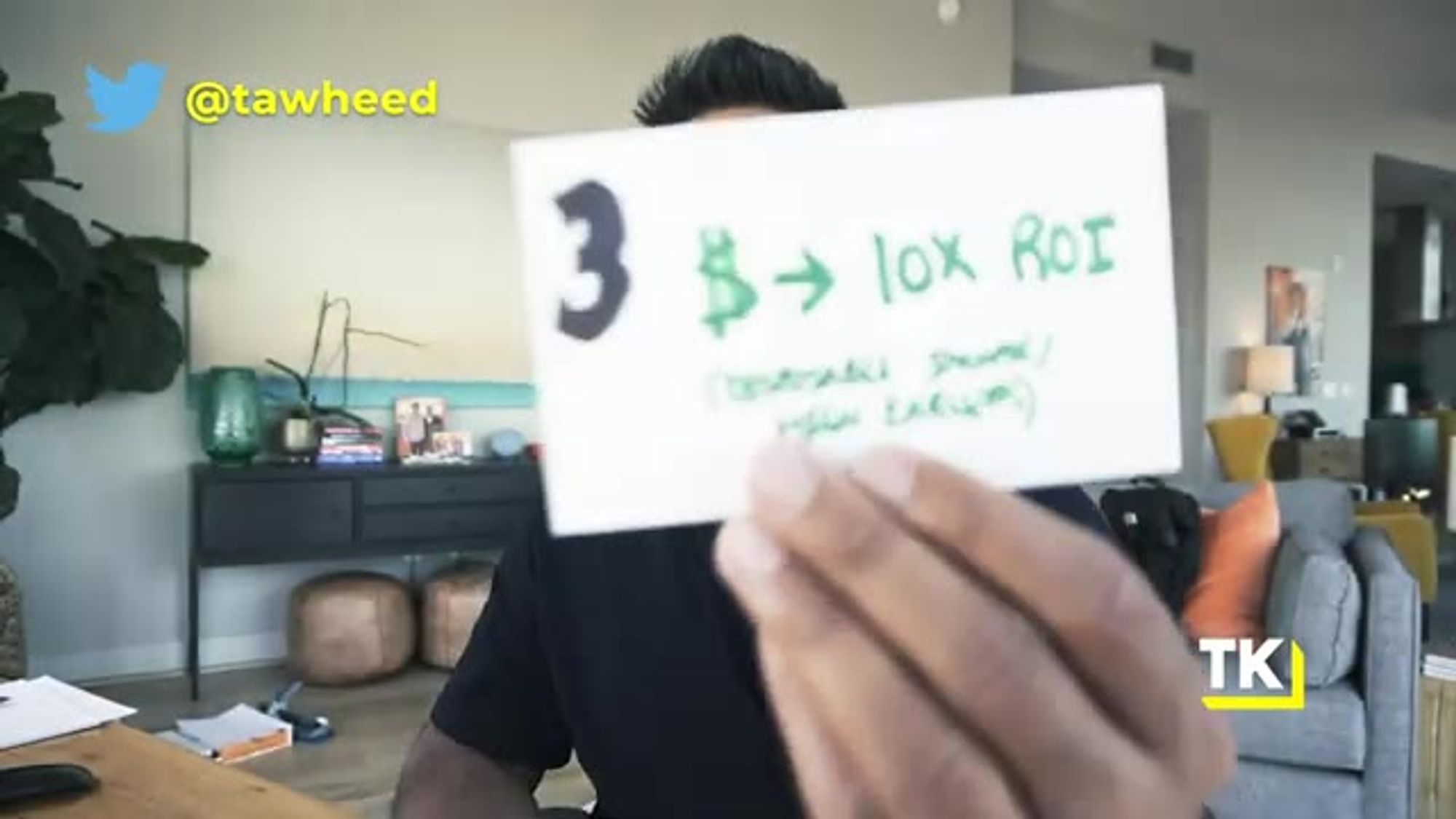
Number three, price it in a
way where they can get 10x ROI
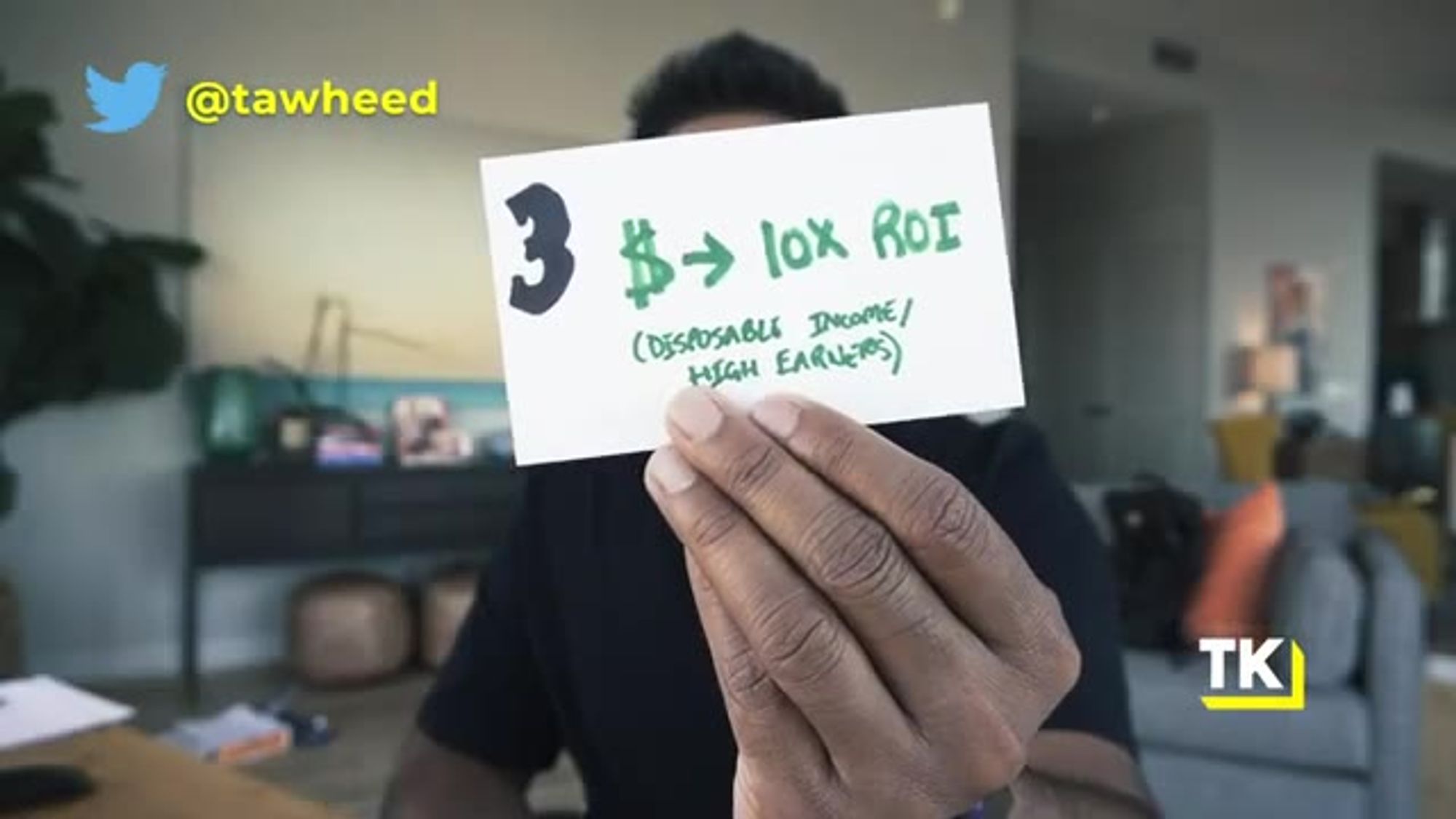
and then double check to make sure
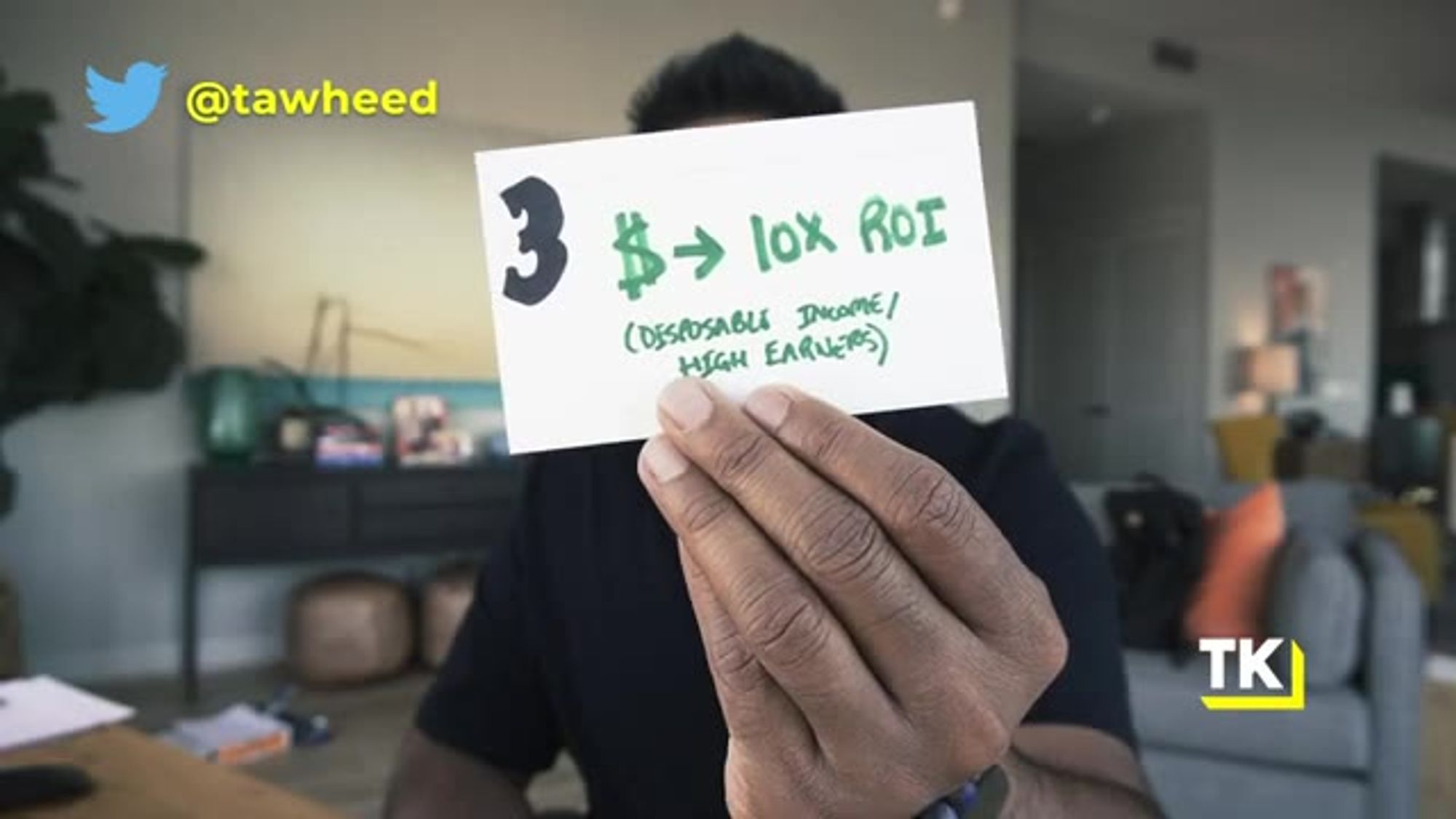
that these folks are high
earners or have disposable income
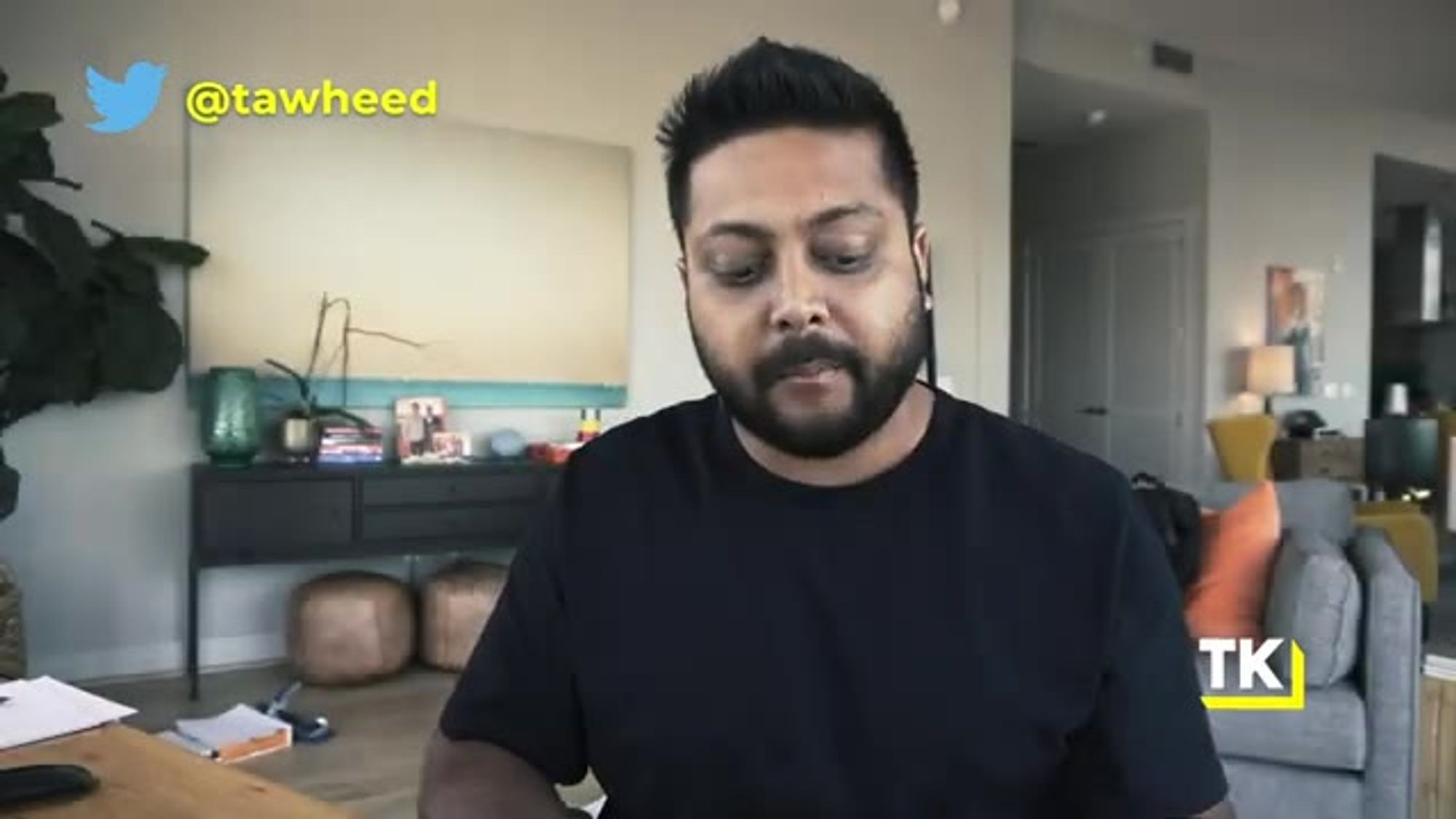
so they can make their money back,
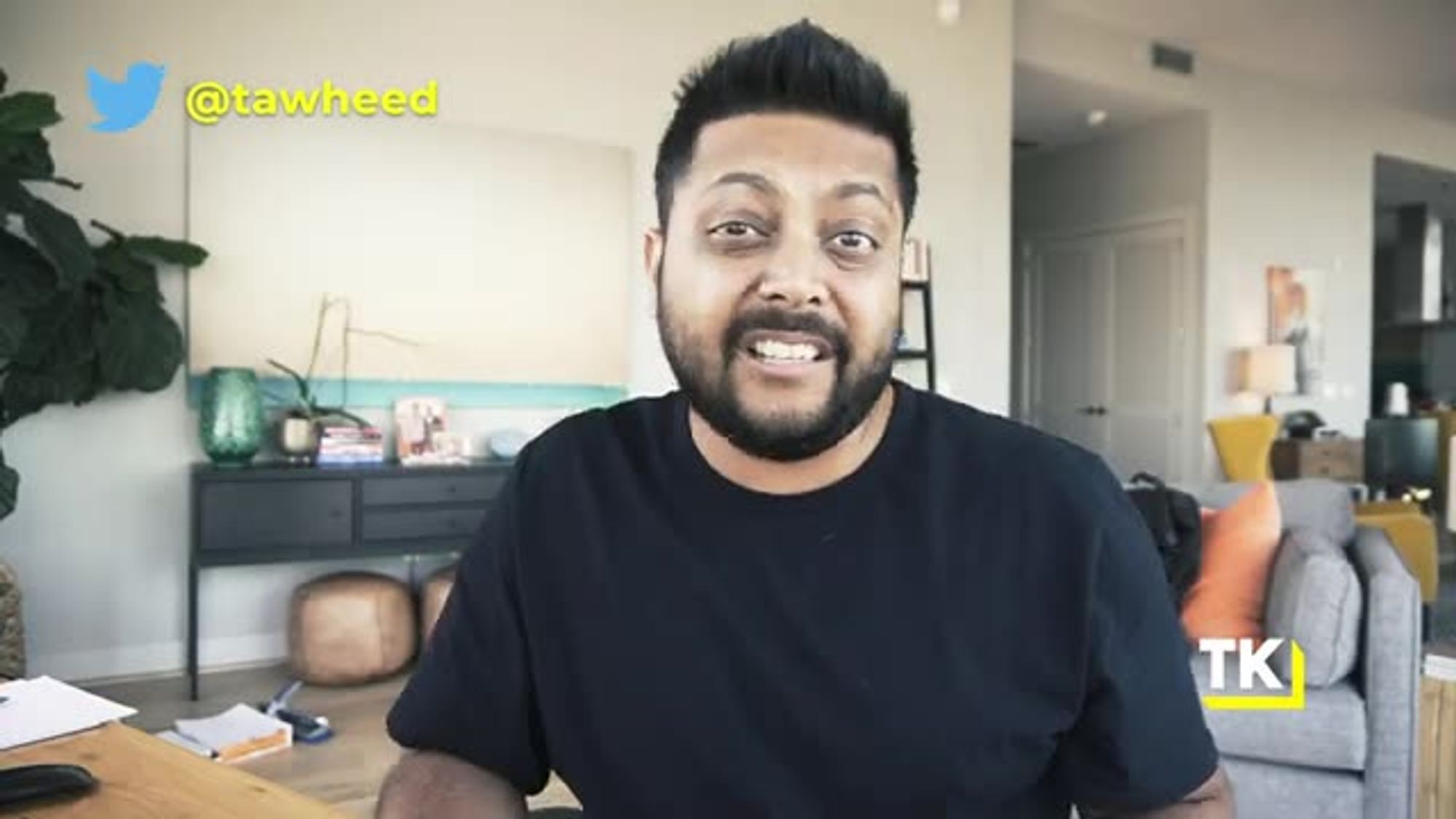
or at least expense it to the company,
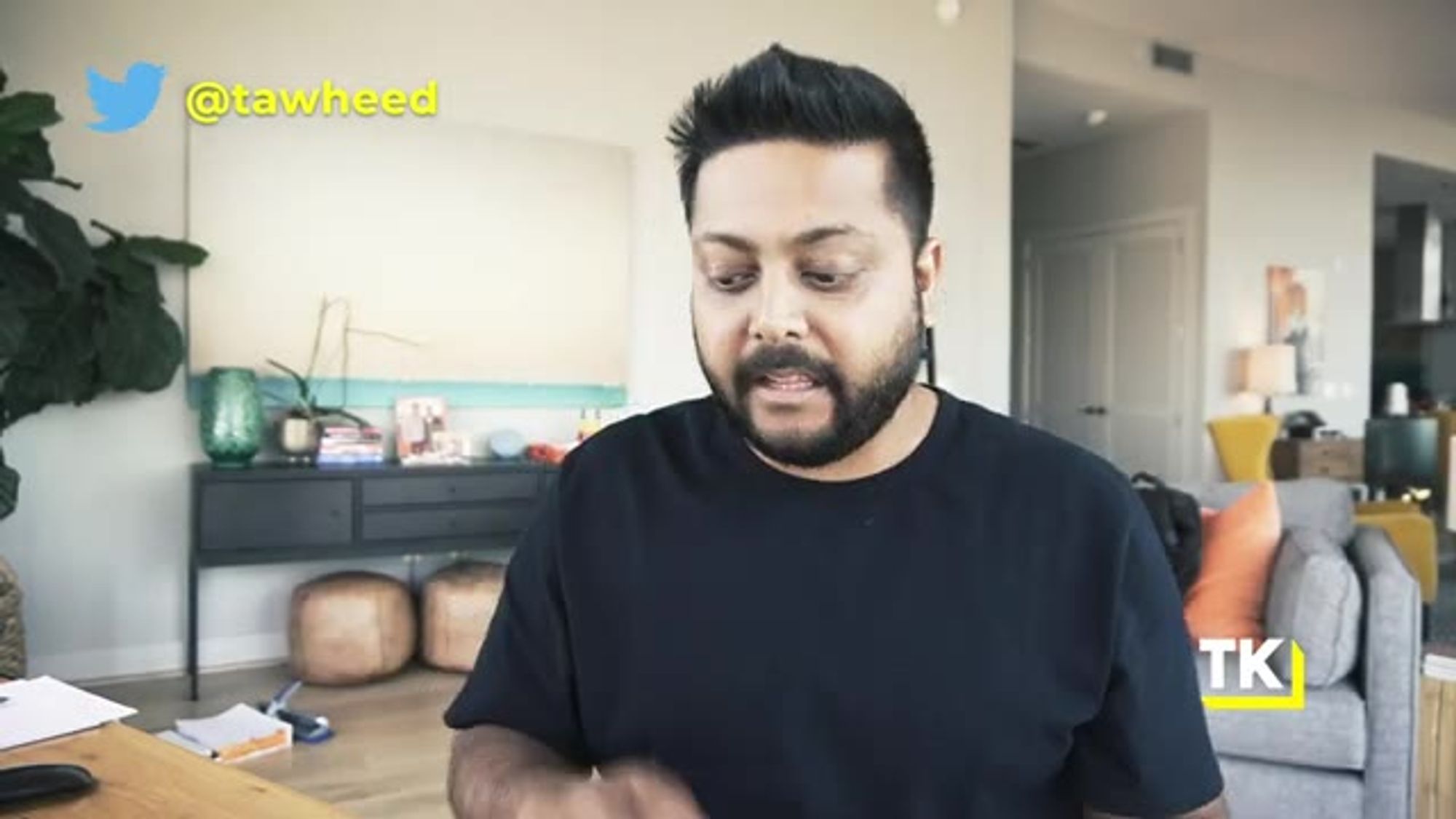
that they have the type of company
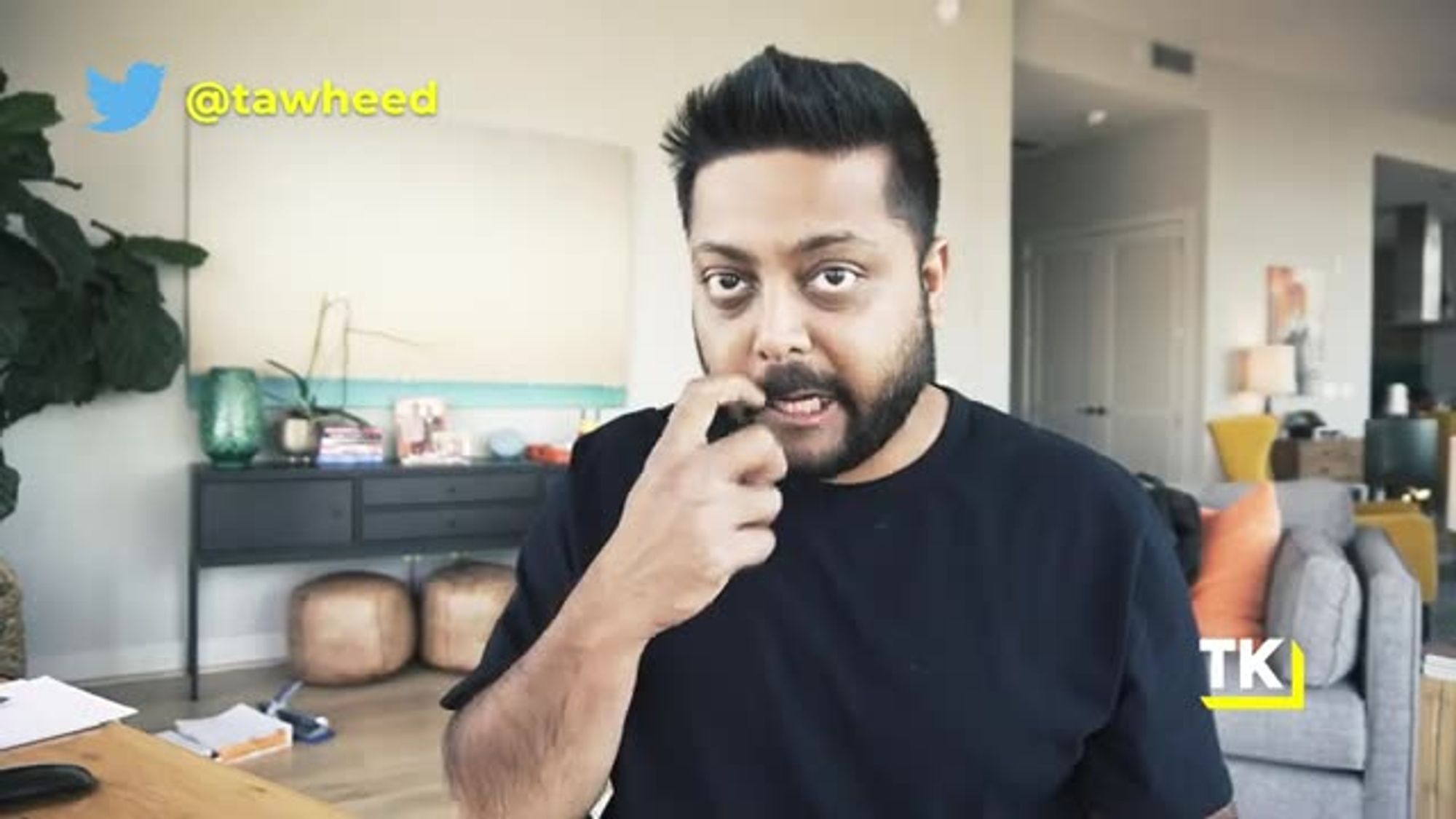
and the type of role
where they can expense it.

Those are my three
principles on making sure

that you're picking the
right Micro-Saas ideas
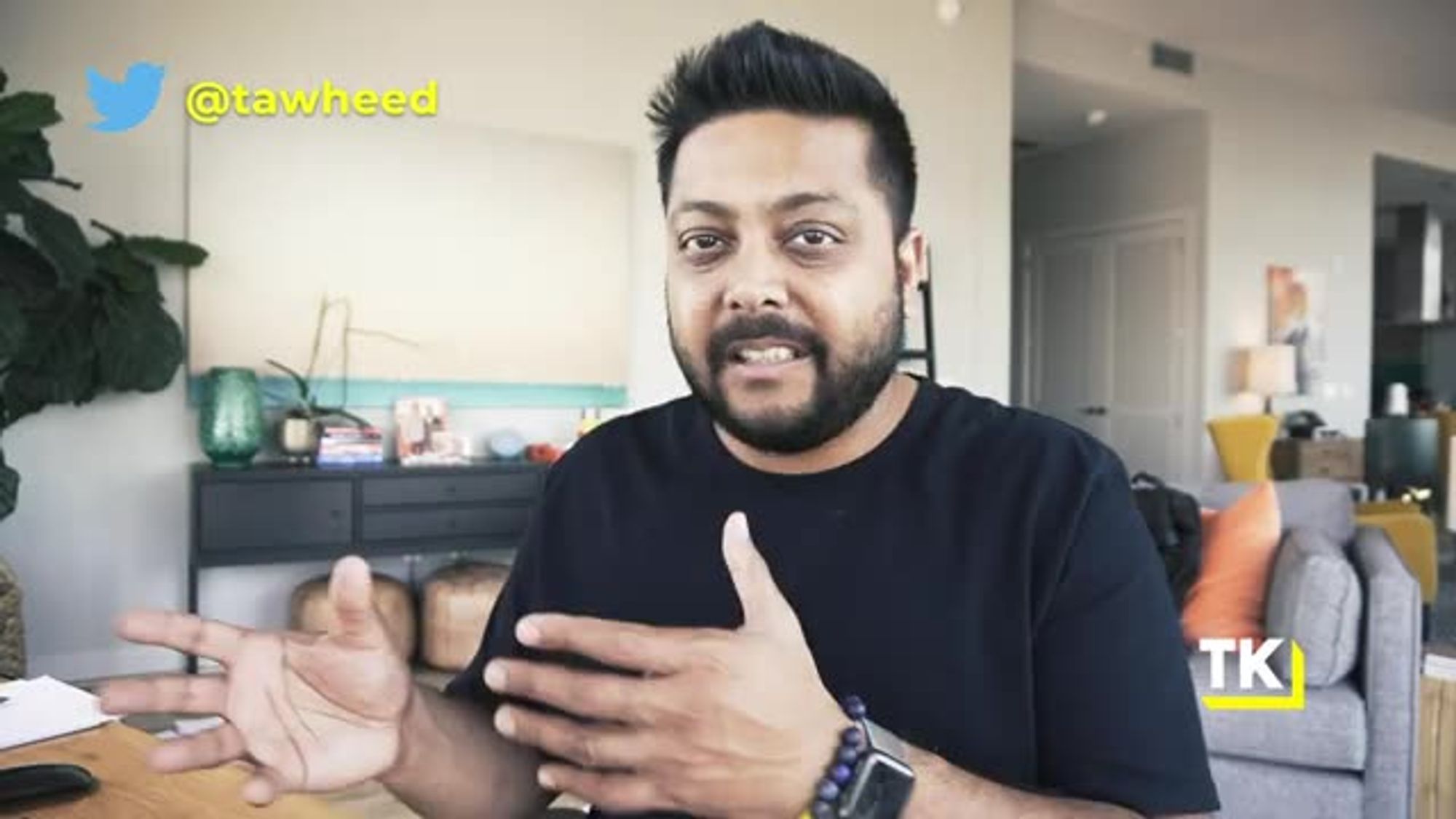
to build these incredible
type of SaaS businesses
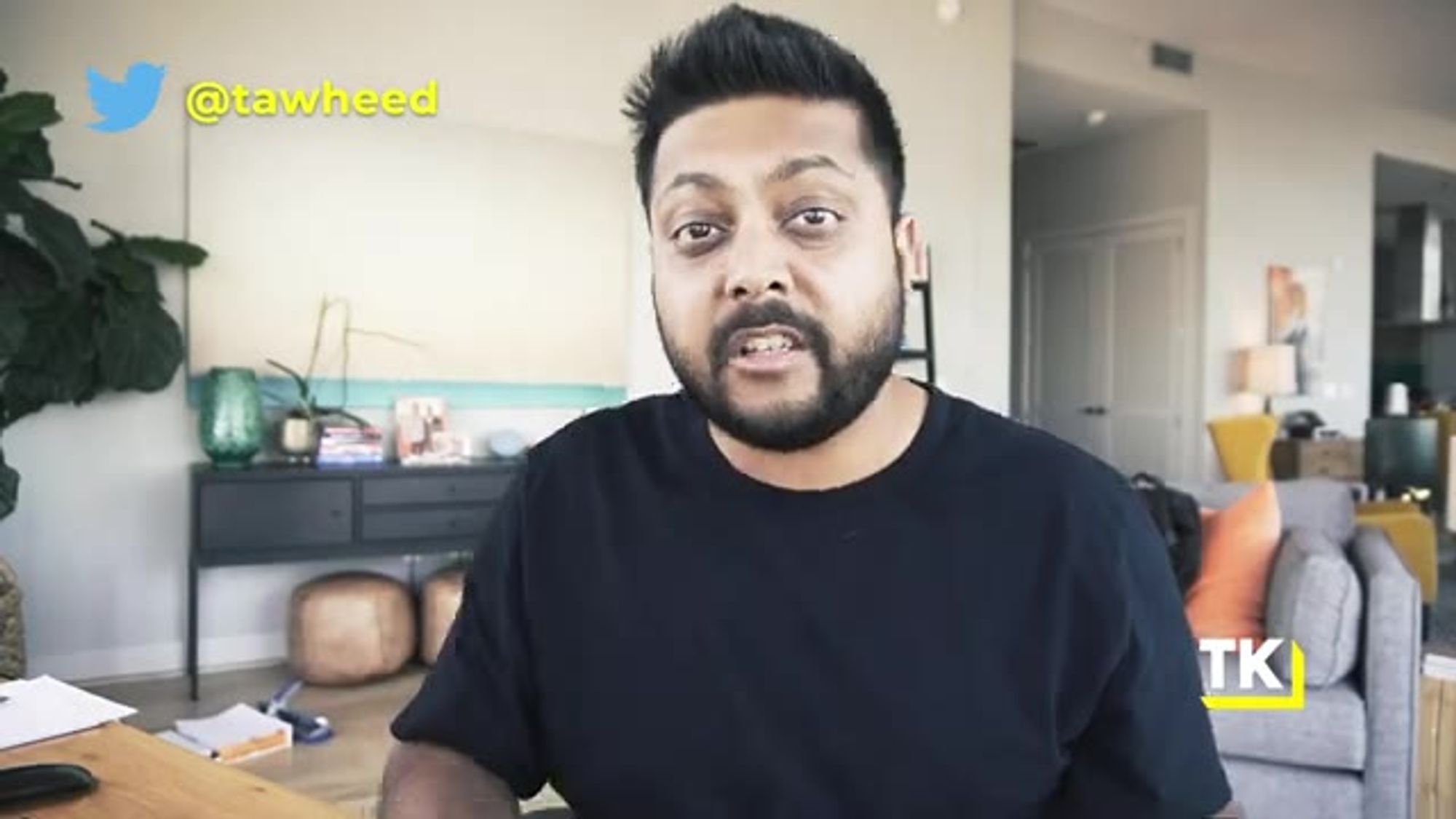
that your bootstrap, profitable and proud,
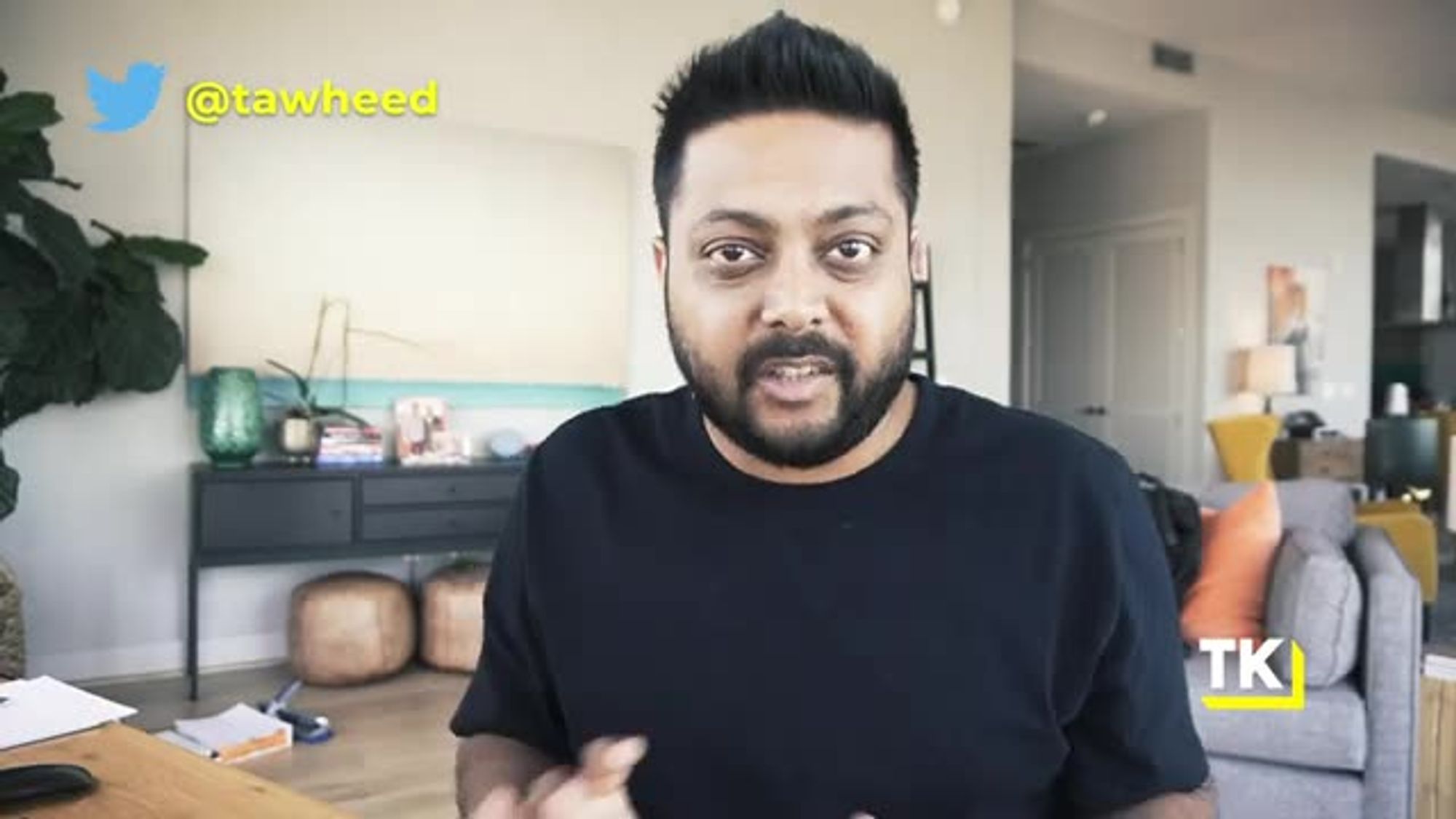
and it's a sure awesome
mantra that I still love
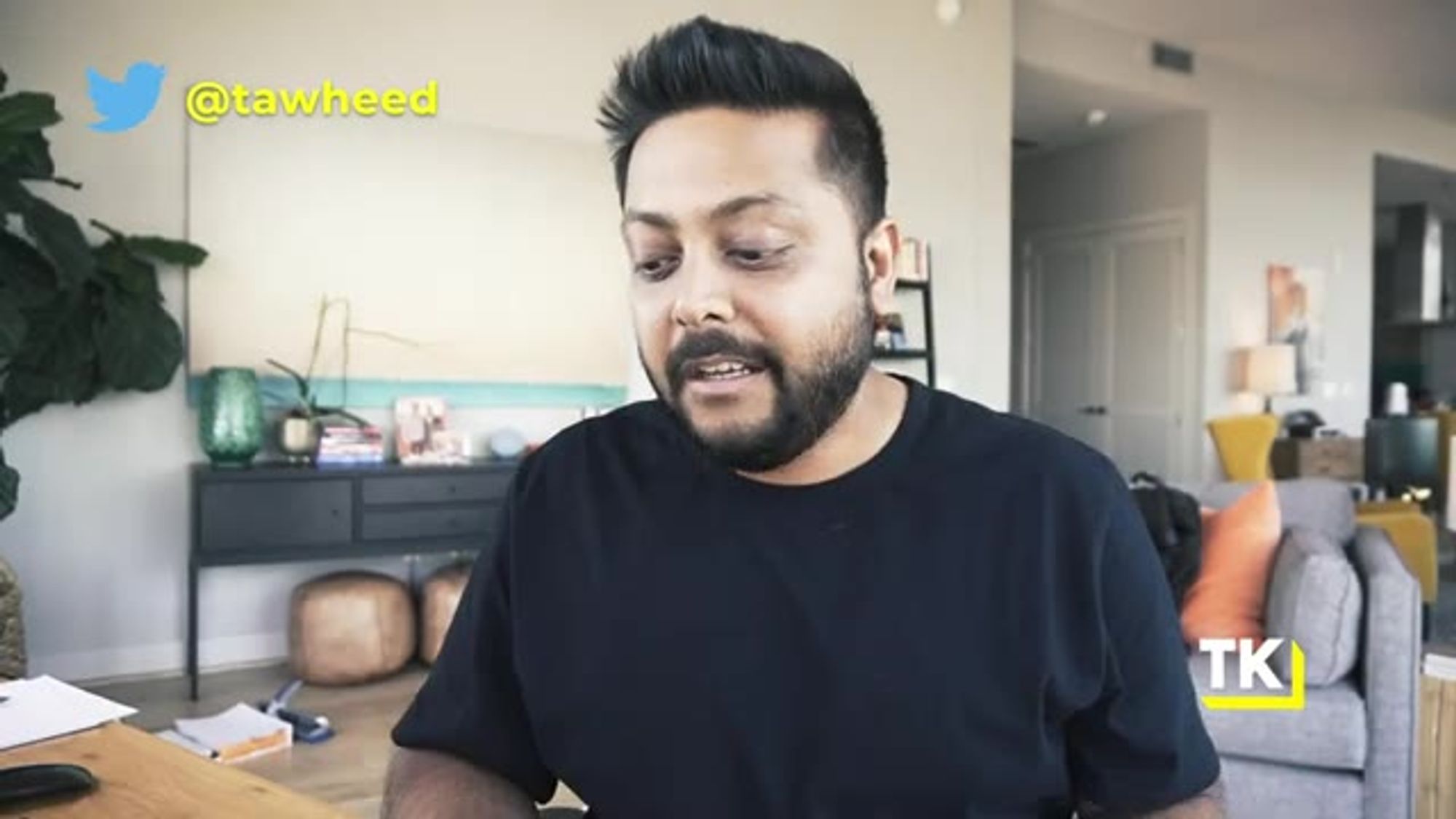
so that you can do that too.

Now, if you got value from this,
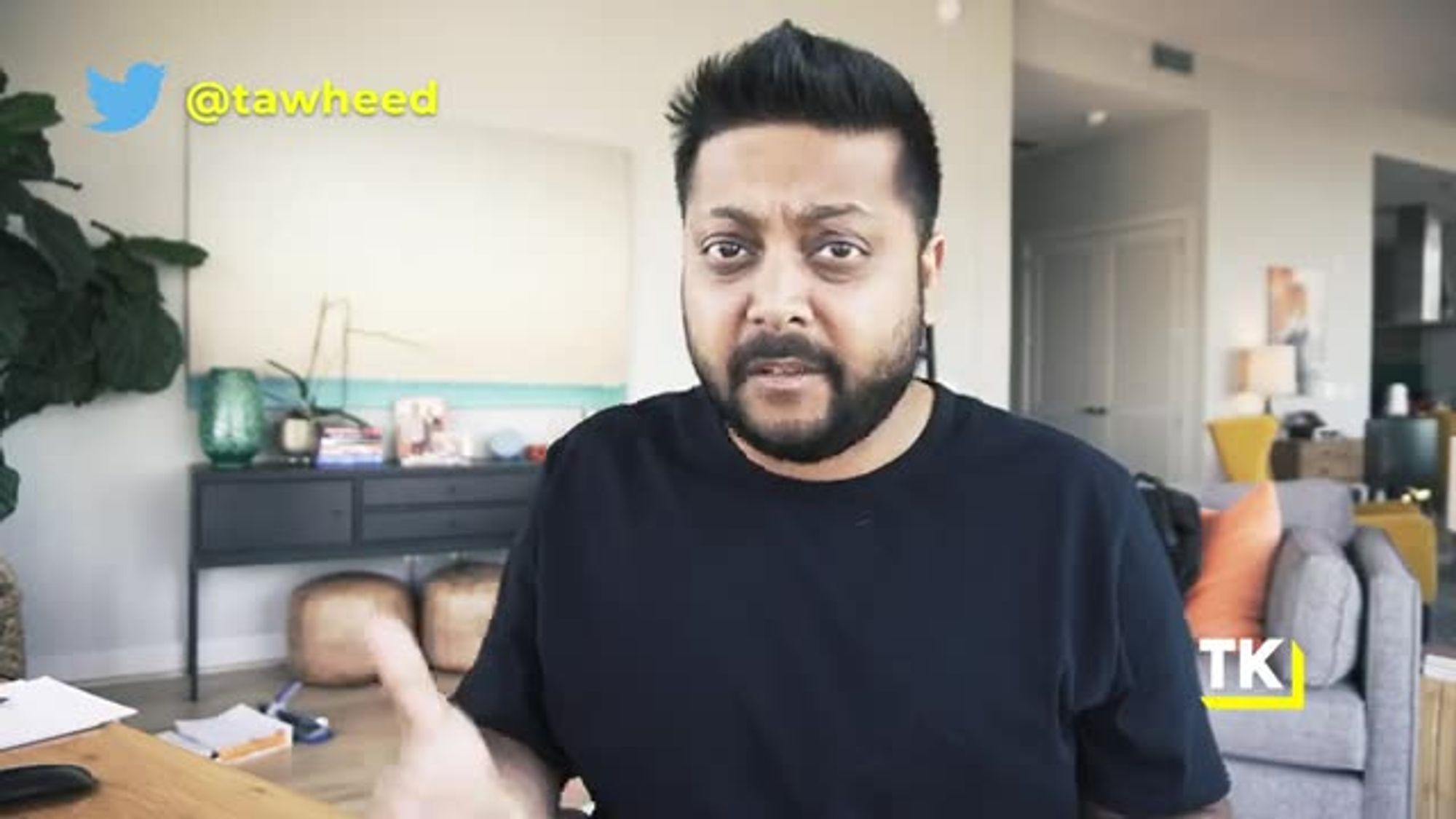
be sure to smash that like button,
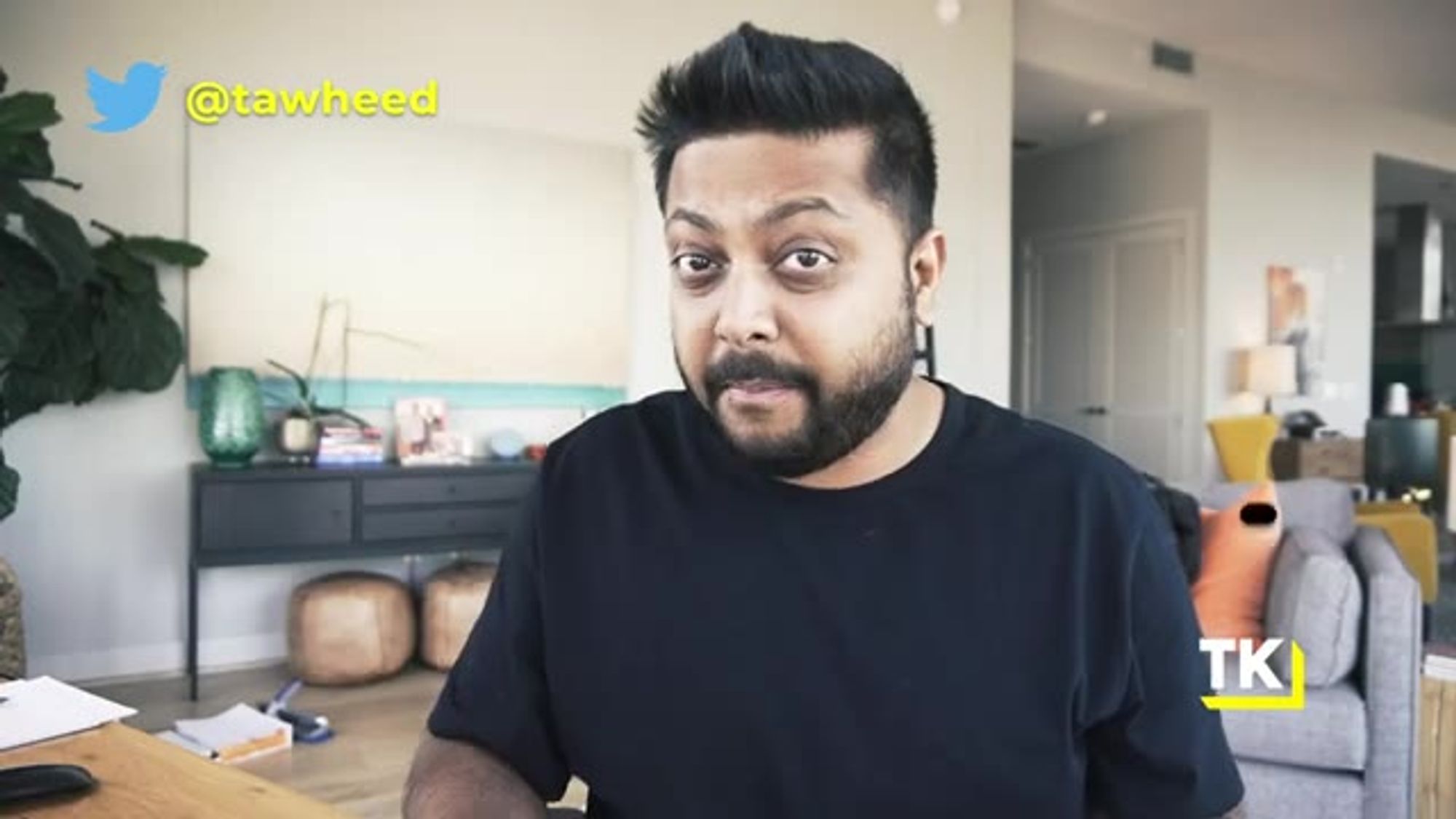
but I have something for you.
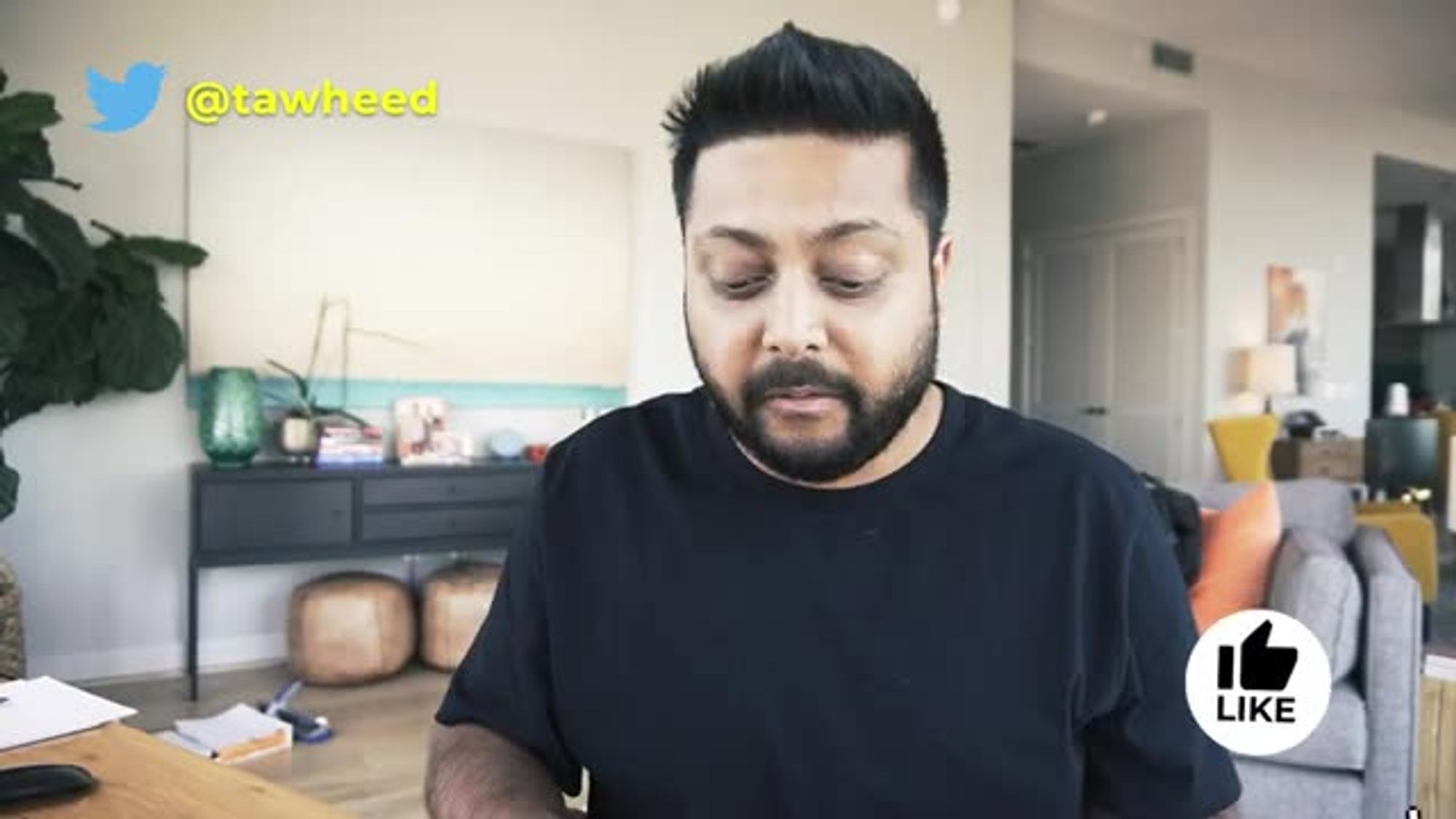
If you're building out a SaaS business

and you wanna make sure,
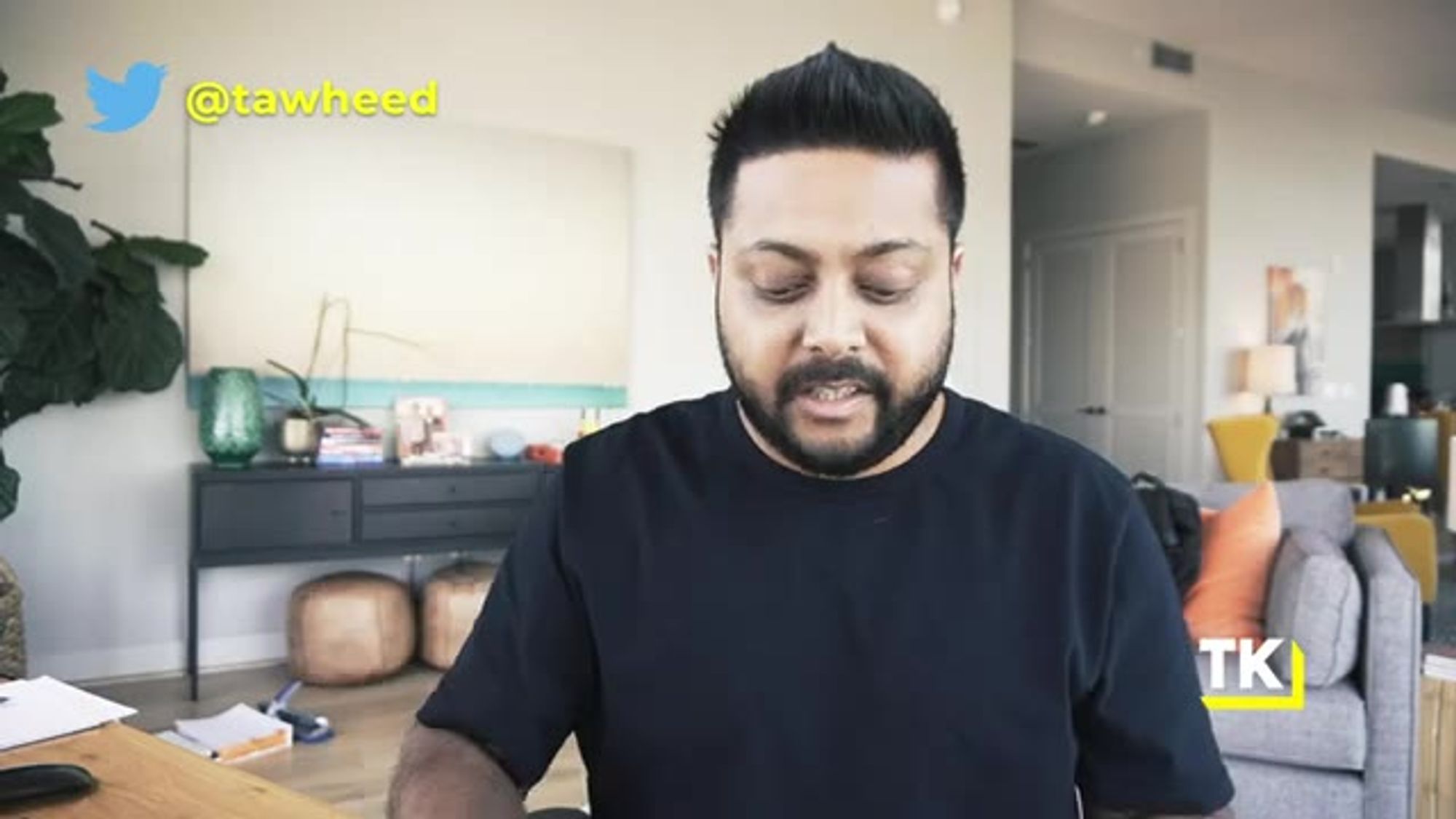
these three principles
are great places to start,
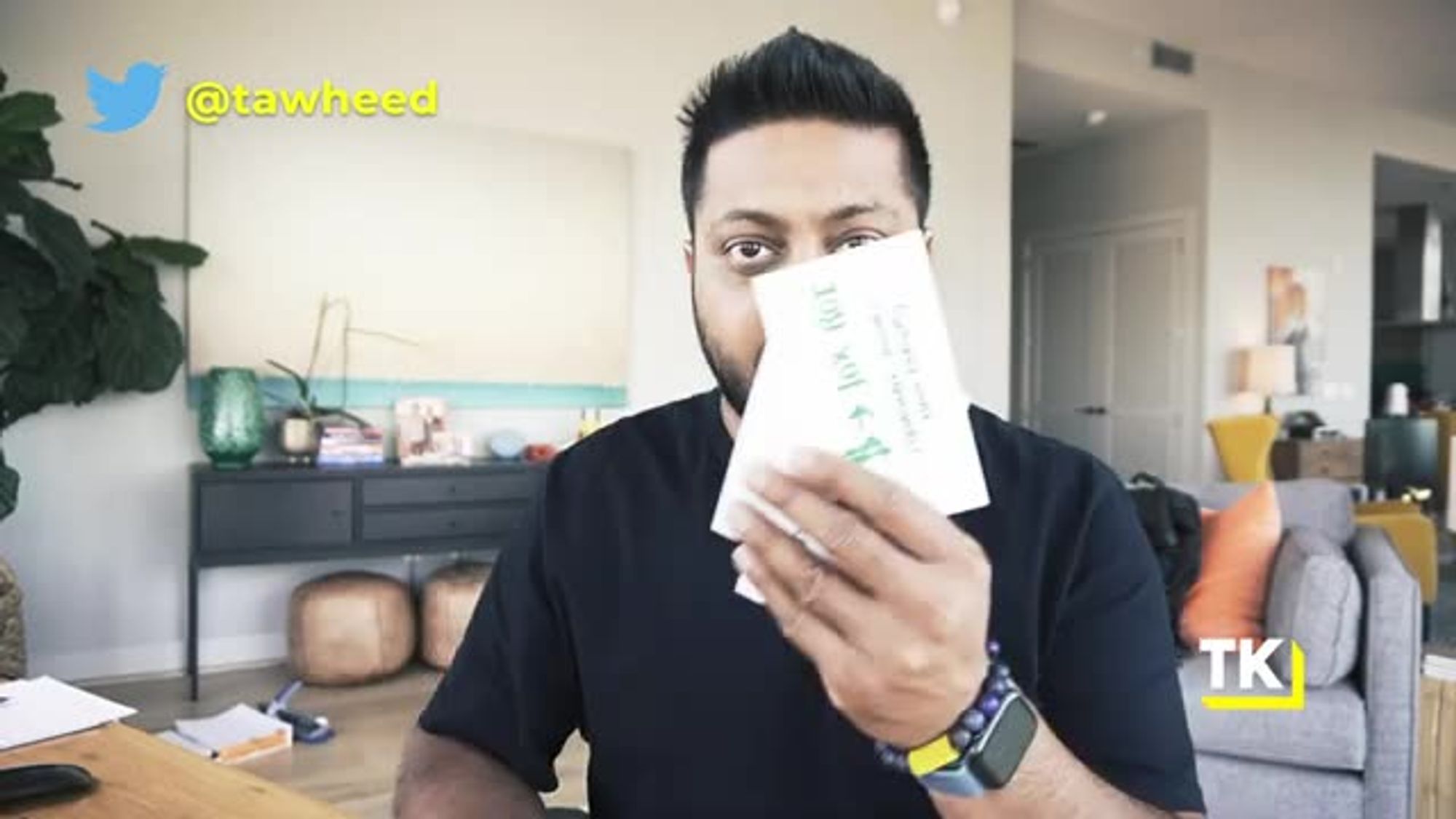
but we just wanna make sure, hey,

I wanna make sure my SaaS idea is valid.
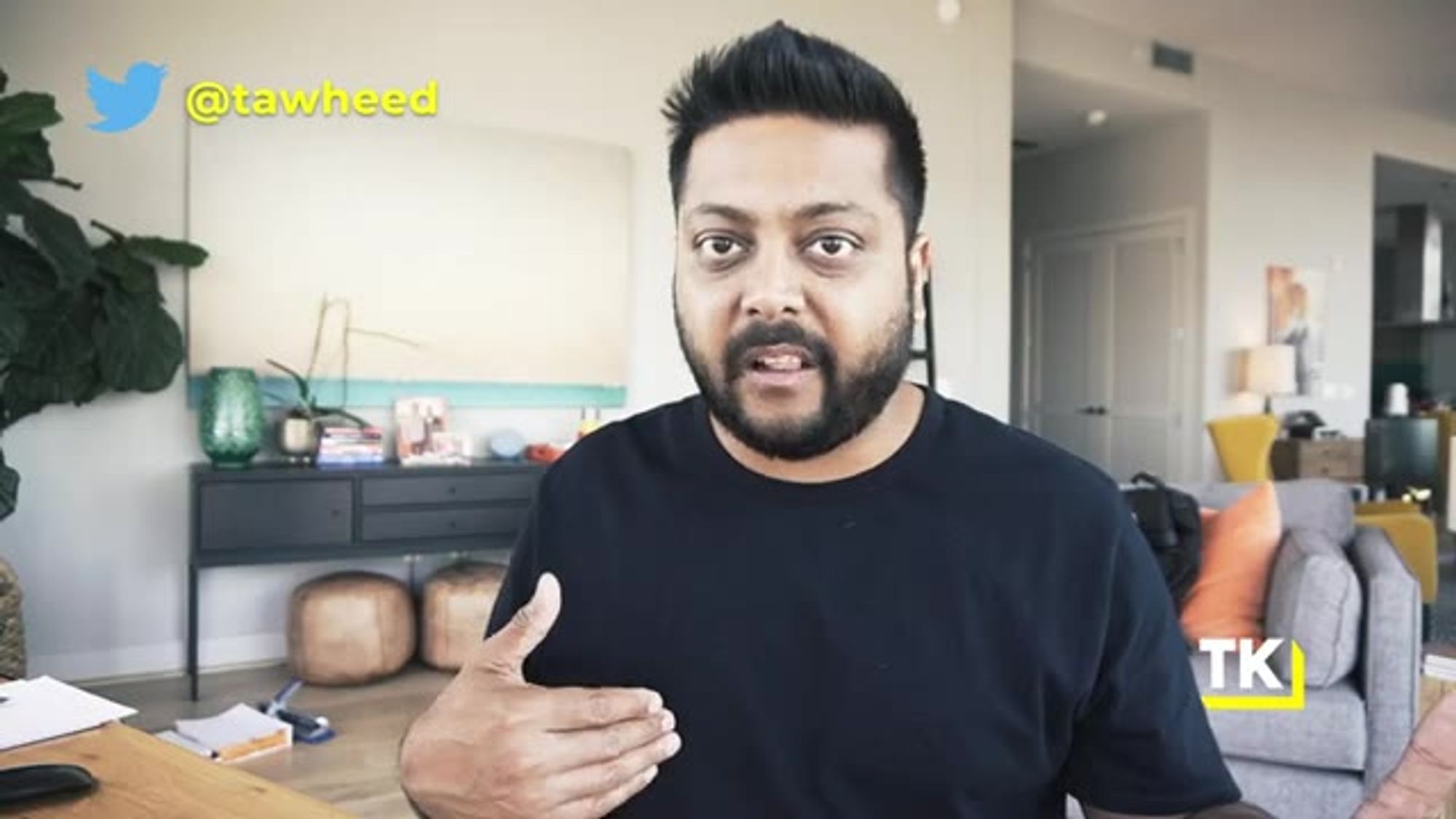
I wanna make sure I validate
it in the right way.
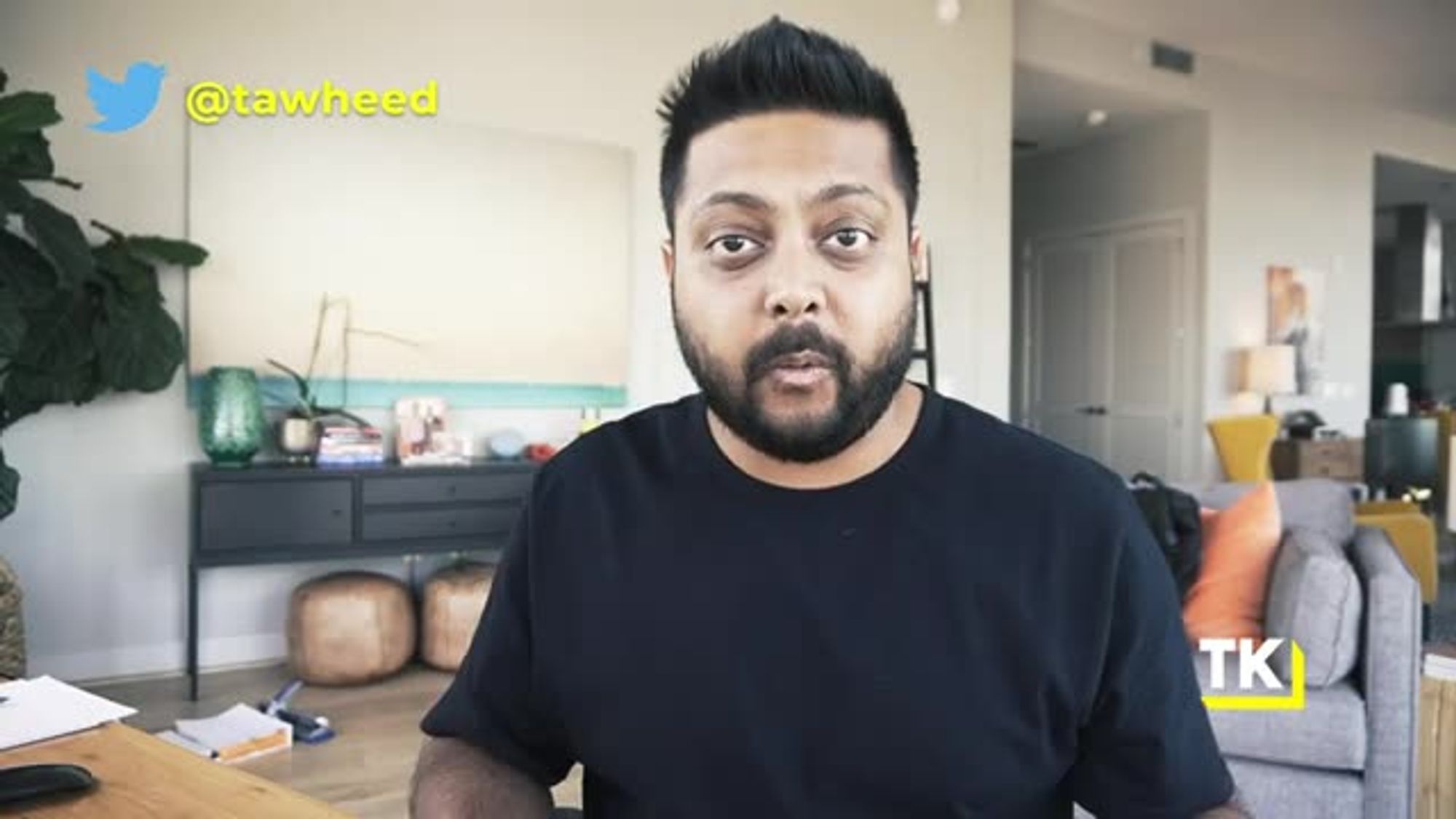
I wanna make sure I get
the initial revenues
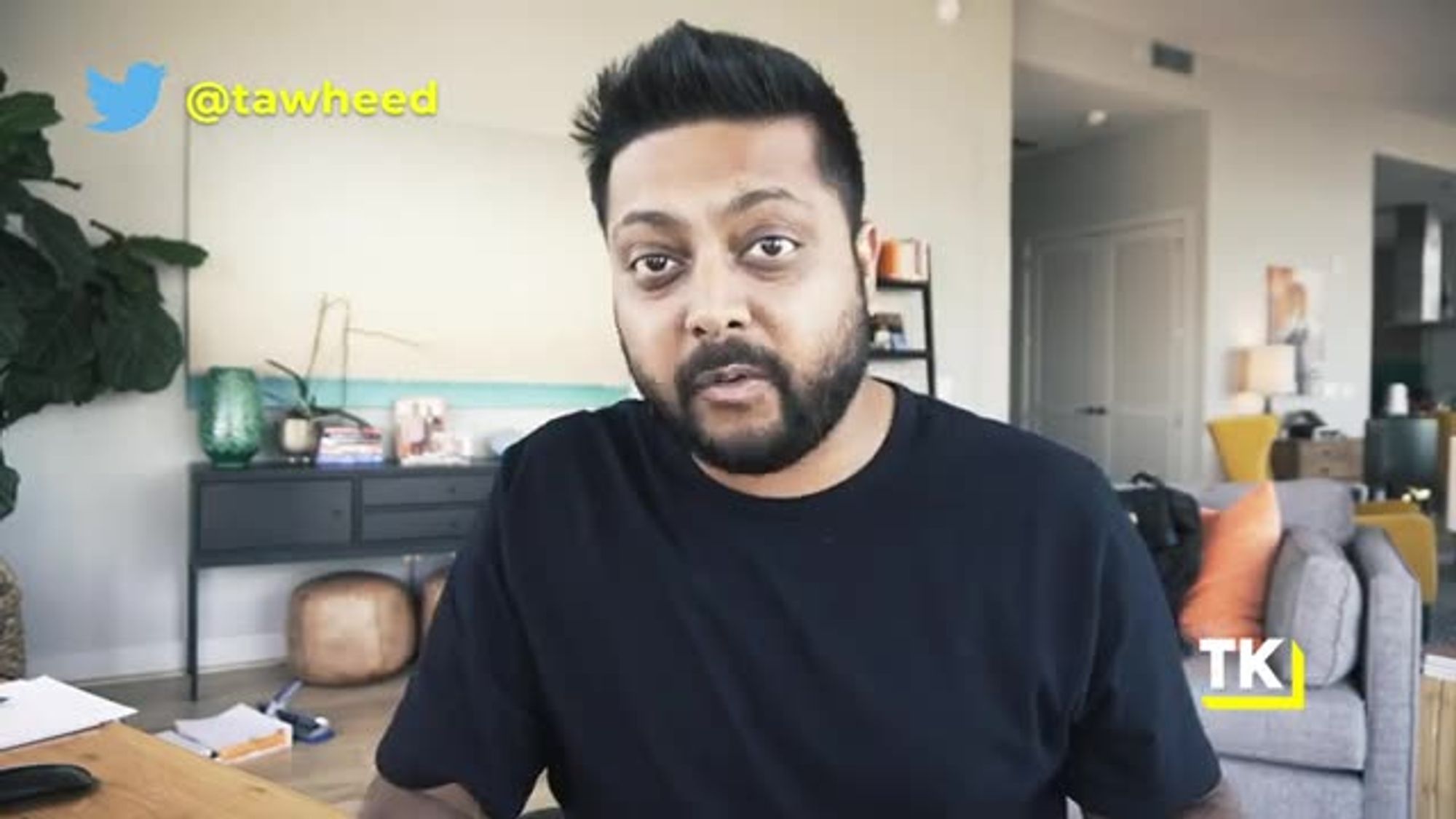
without building too much product.
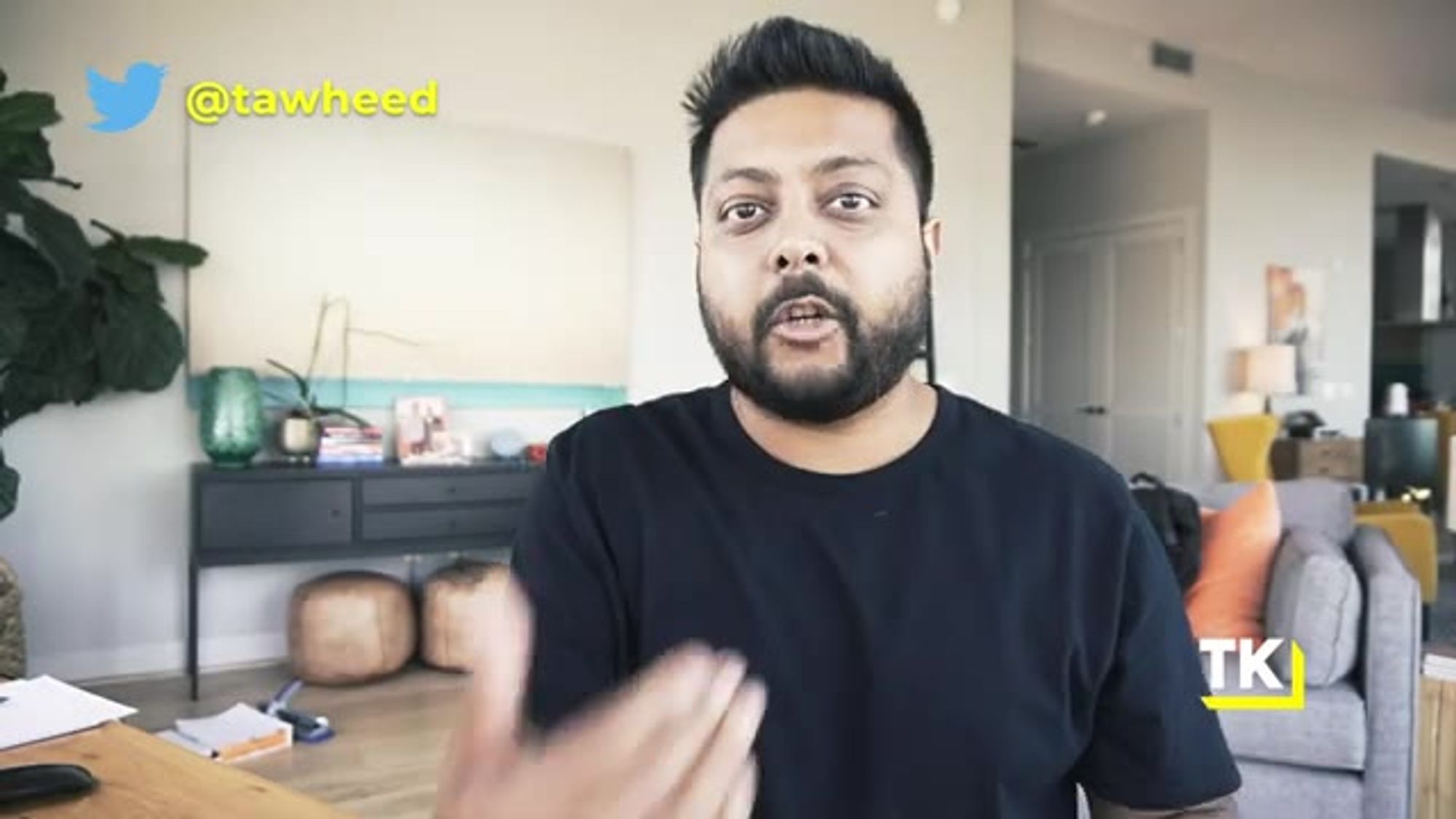
I wanna make sure I'm not stuck
in the one more feature trap
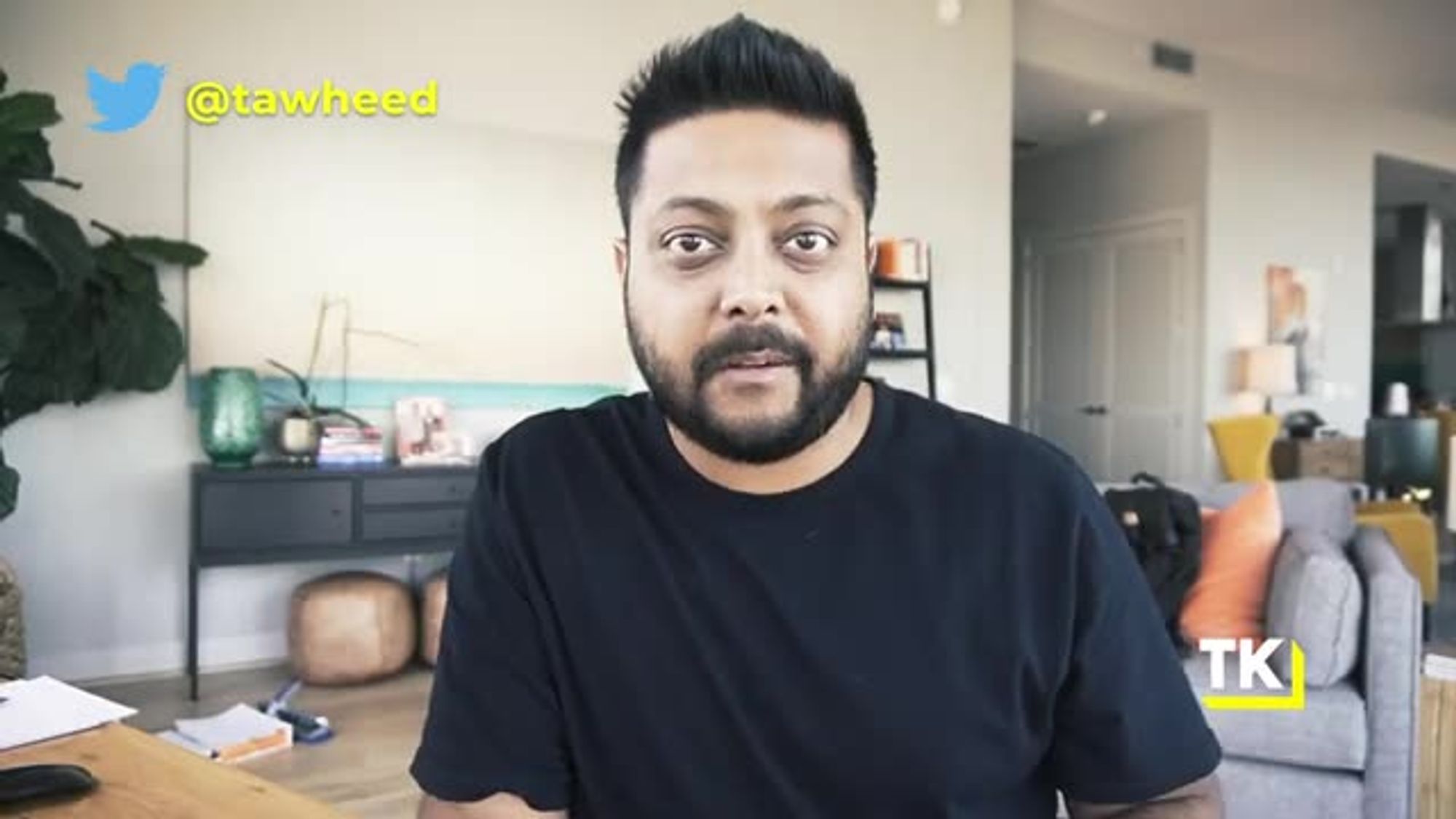
as I'm building this product,
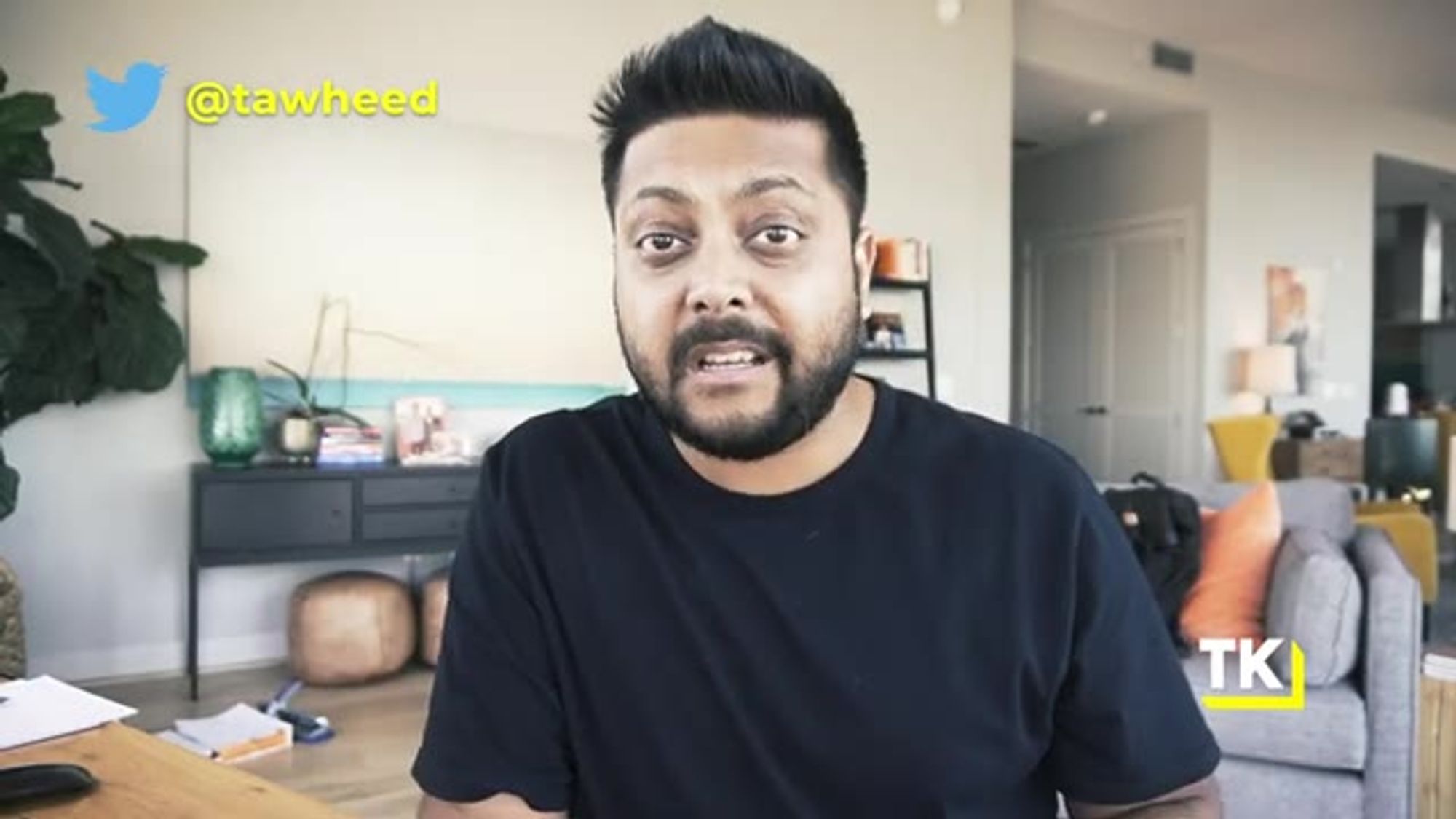
then I invite you to check out
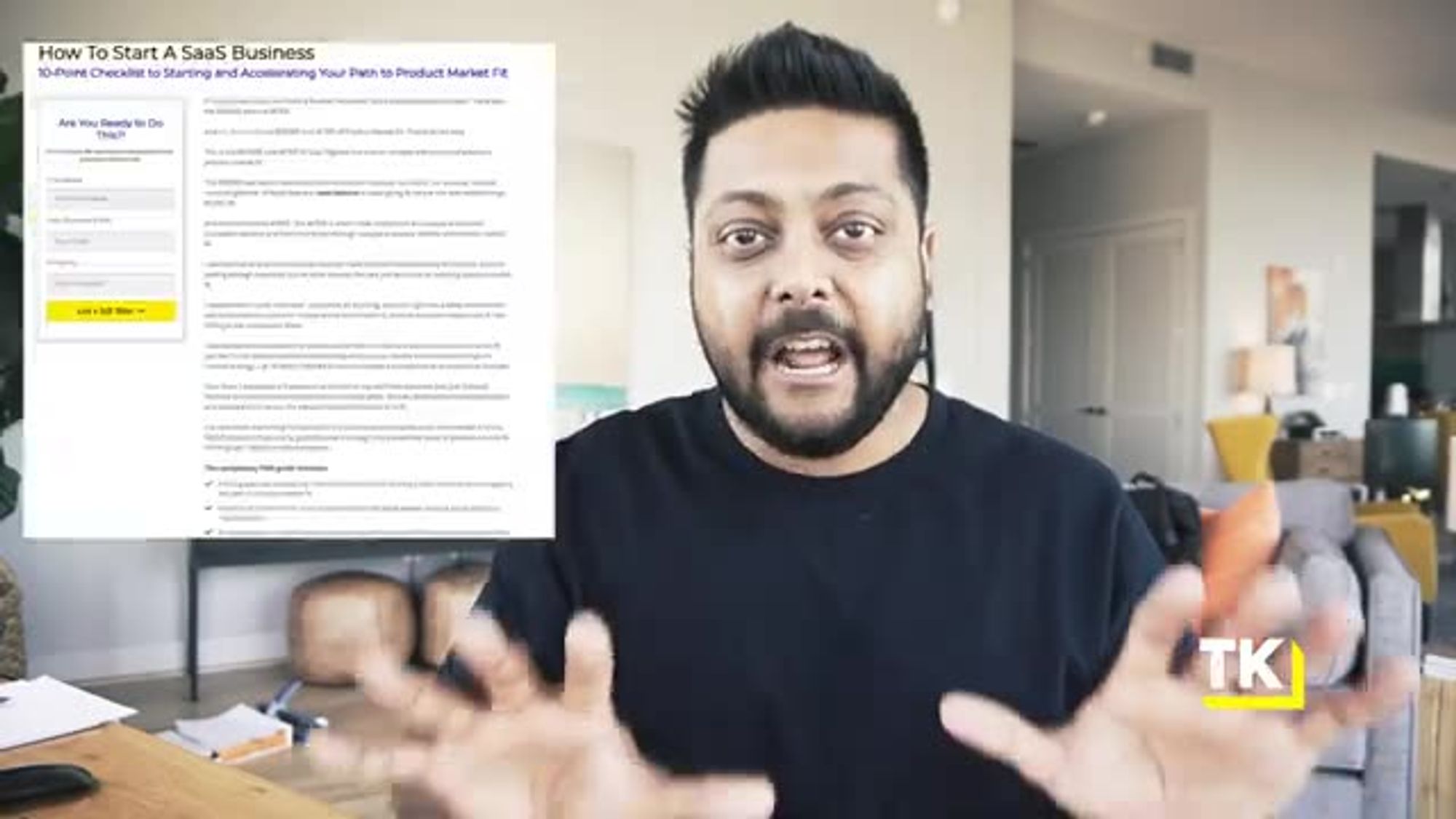
my 10 point Saas business checklist.
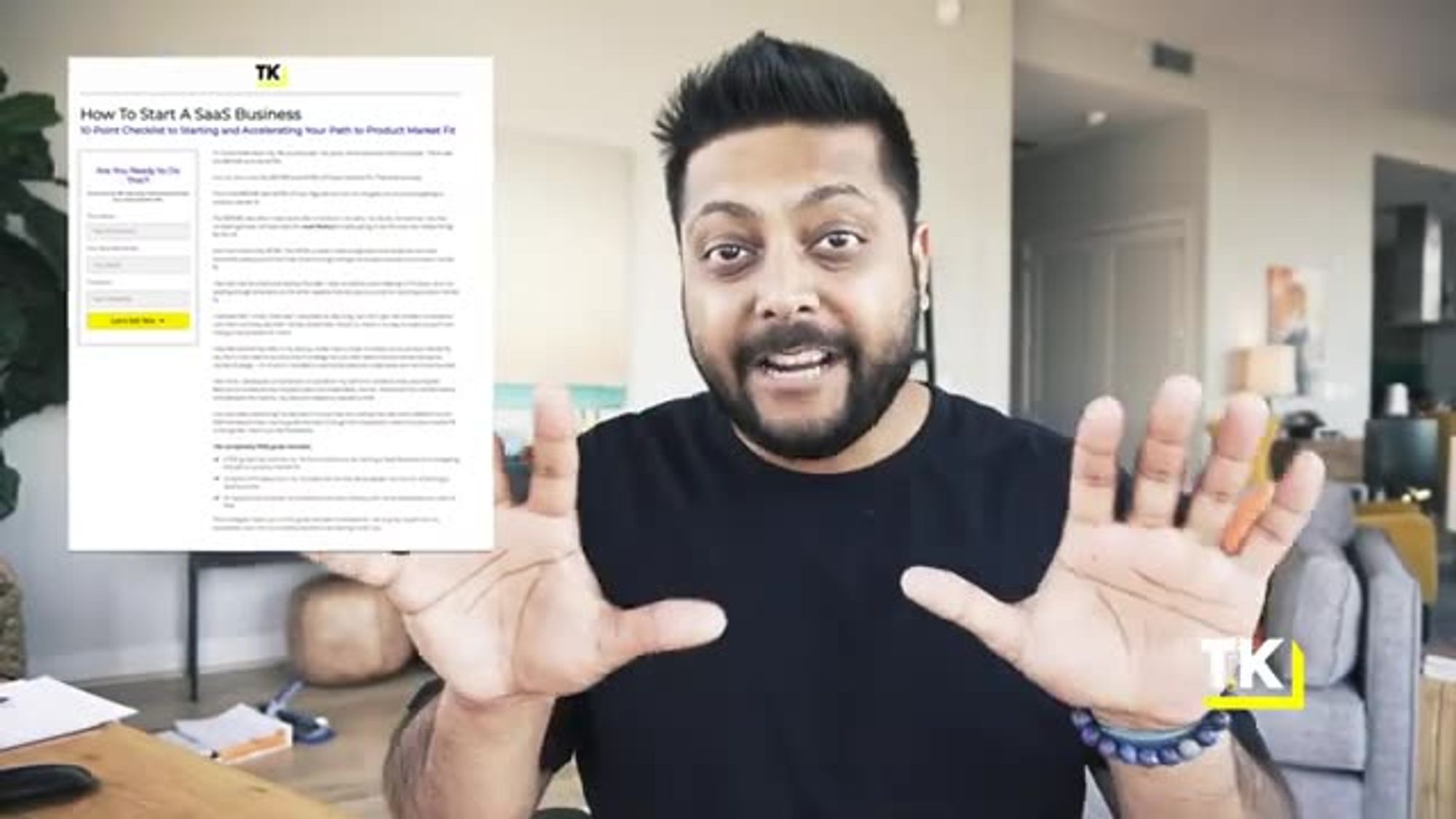
My 10 point SaaS business
checklist is completely free,
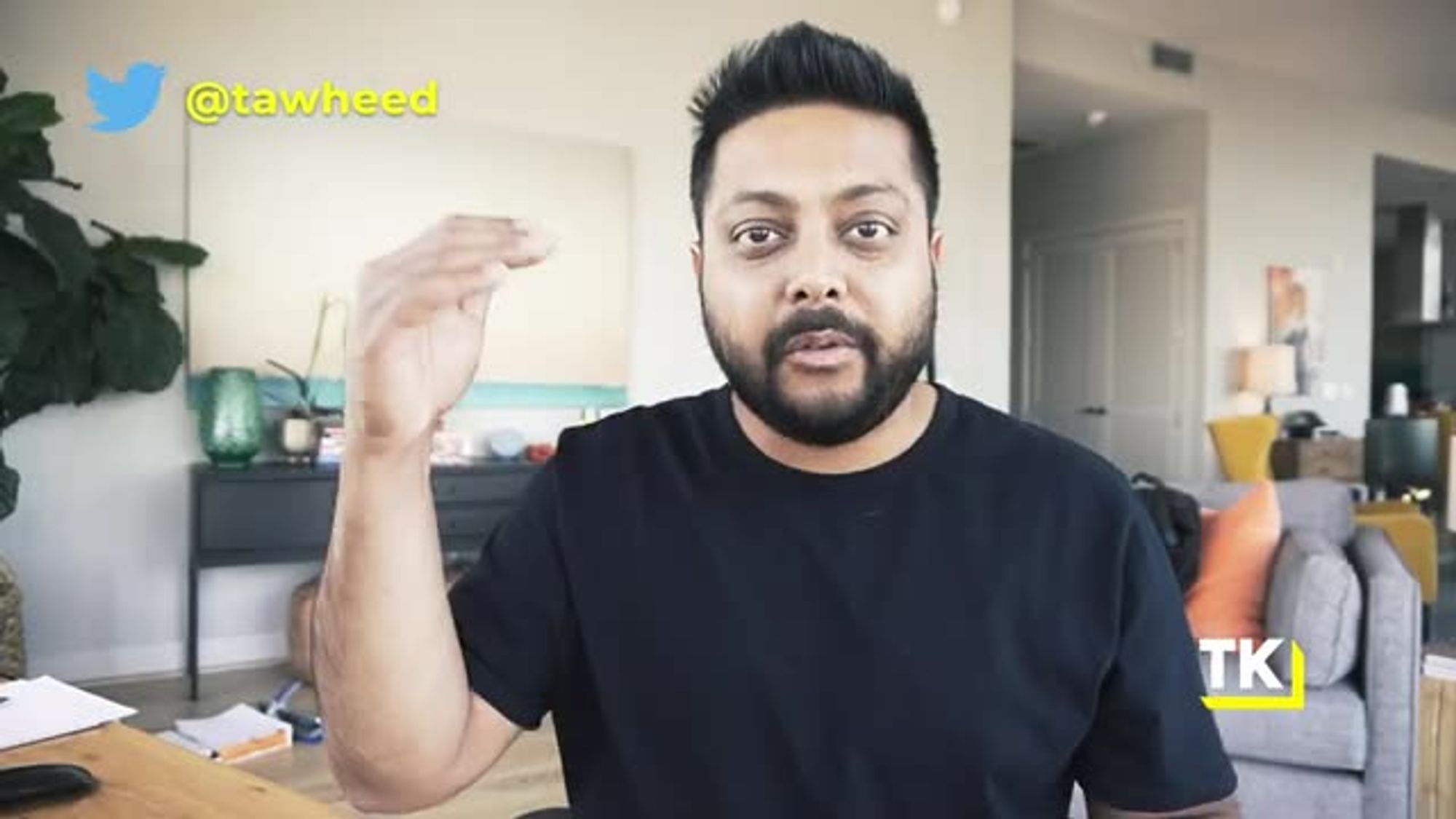
it'll walk you through
the 10 key questions
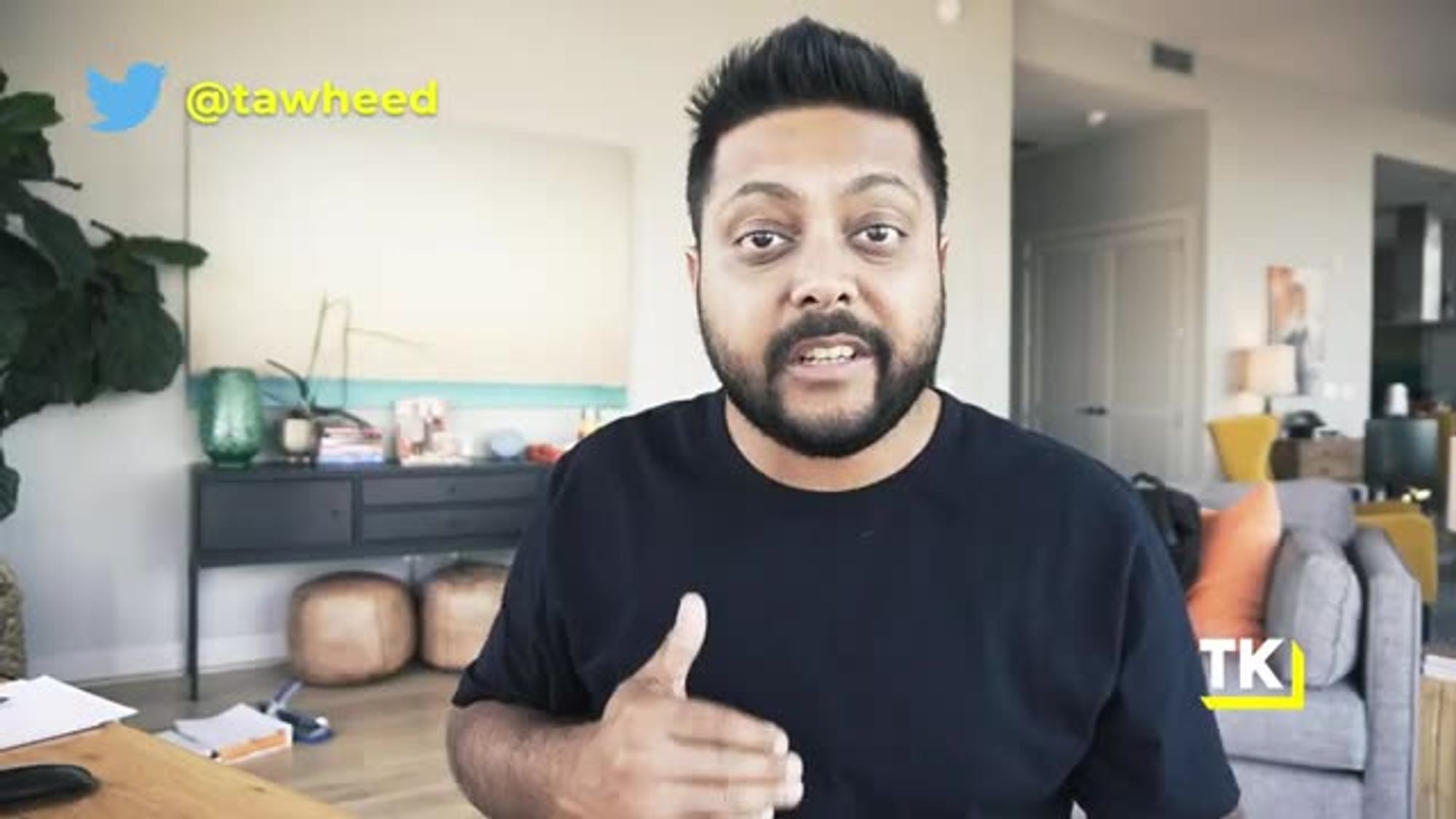
you should answer to really
validate your SaaS idea.
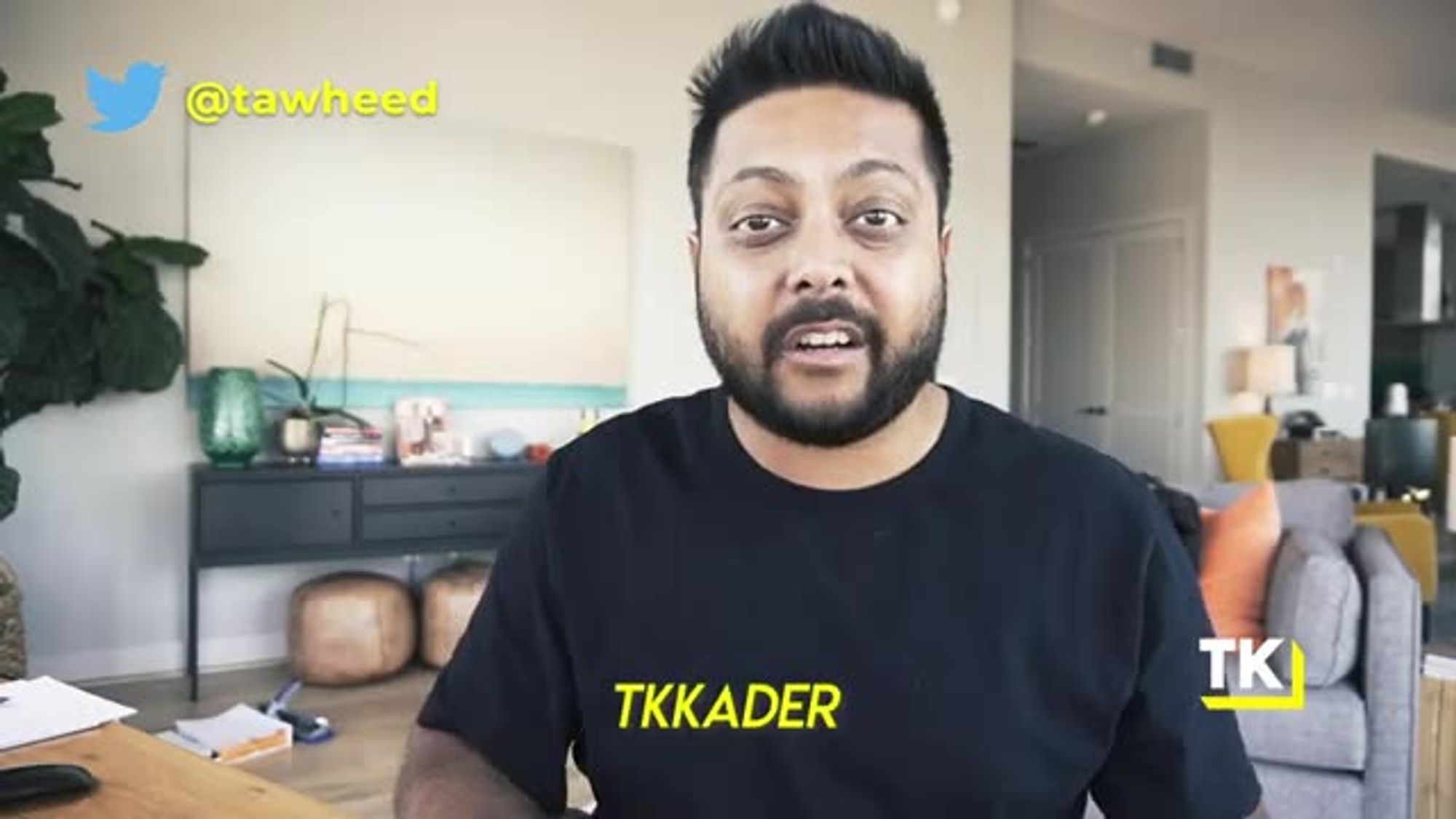
It's completely free, just go
to tkkader.com.saas-checklist,
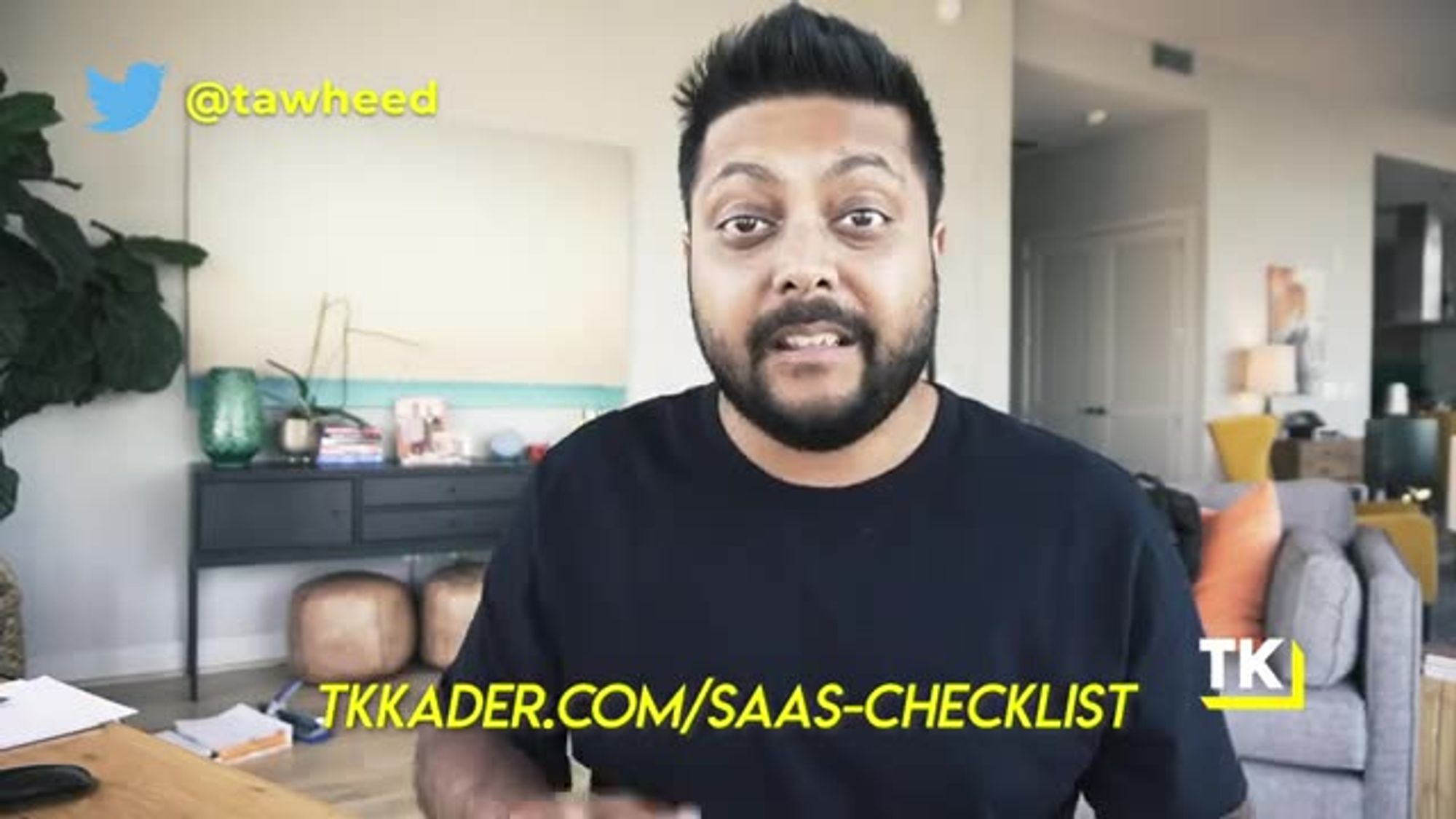
tkkader.com/saas-checklist.
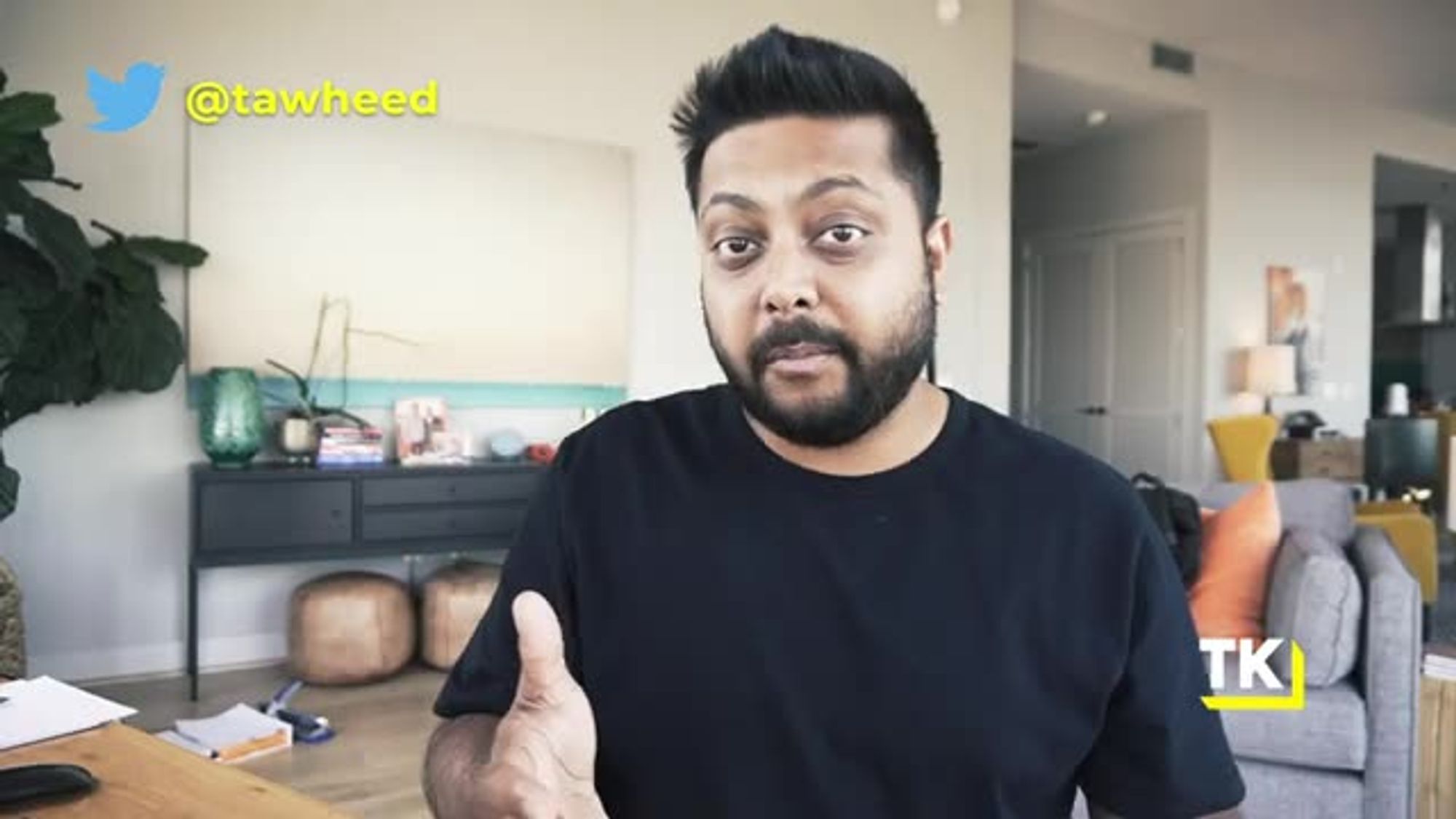
It's completely free, you'll
get access to it right away
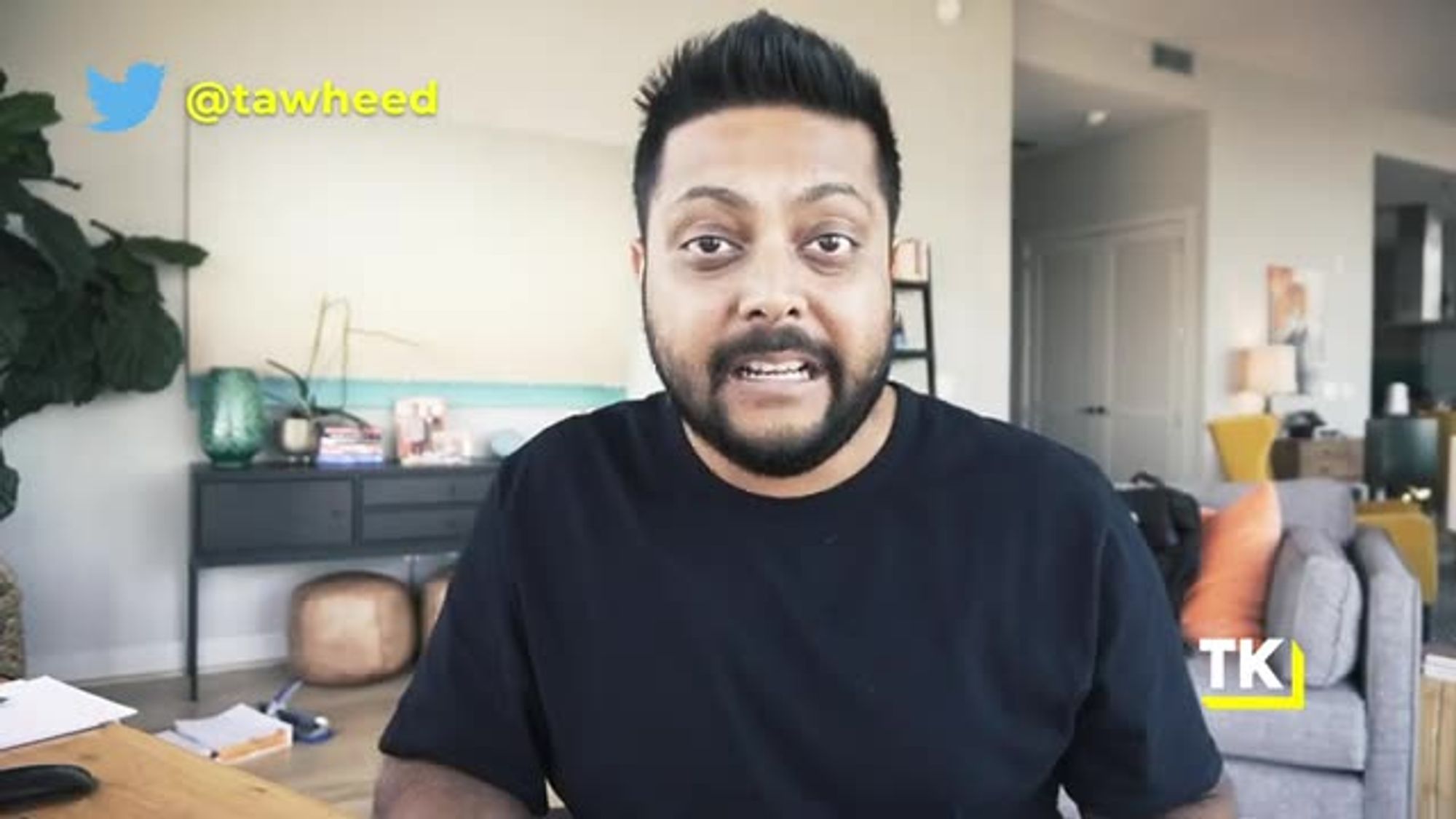
and then we're off to the
races to help make sure
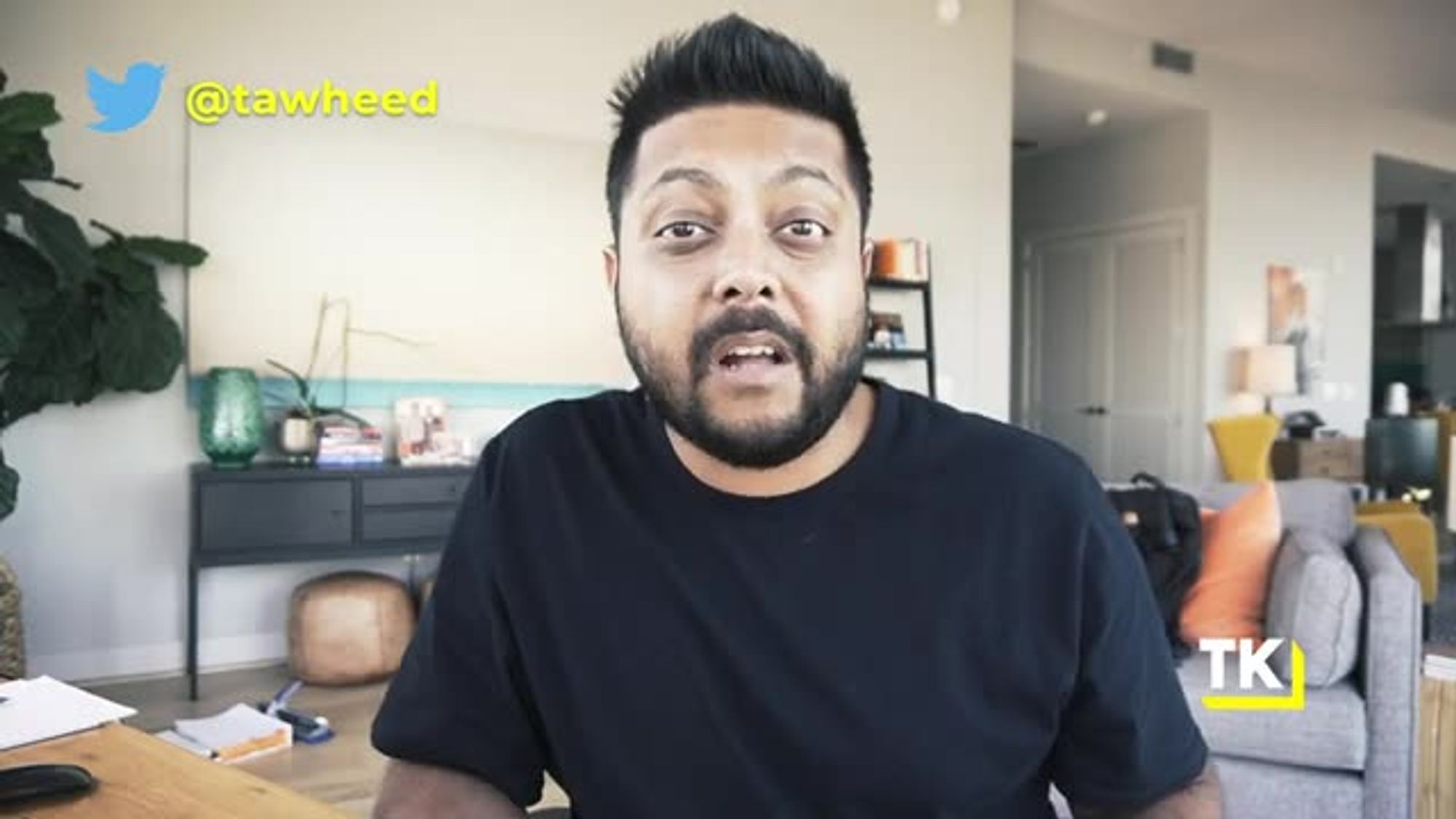
that you don't waste months
developing the wrong product,
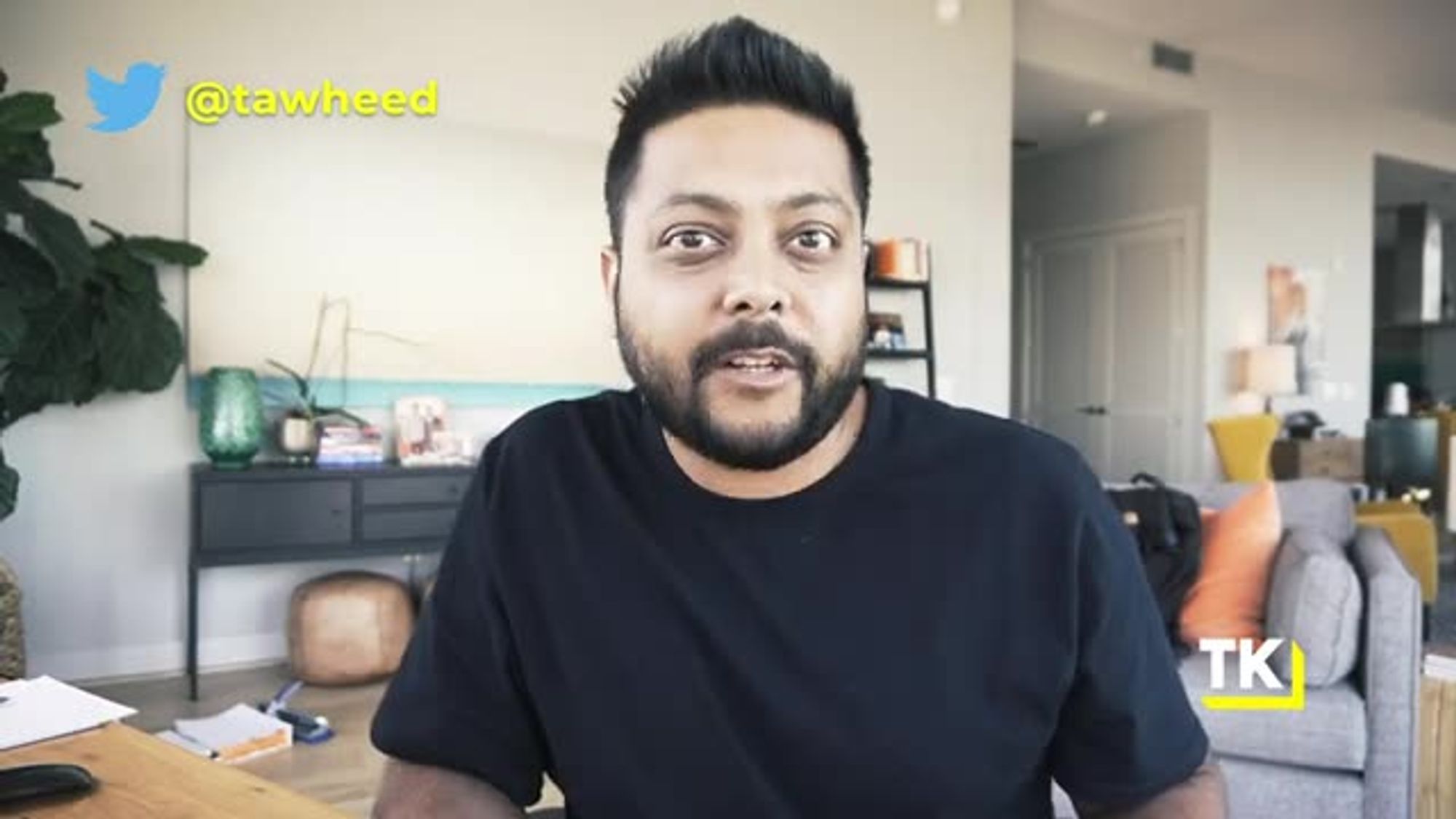
you actually validate your core SaaS idea,
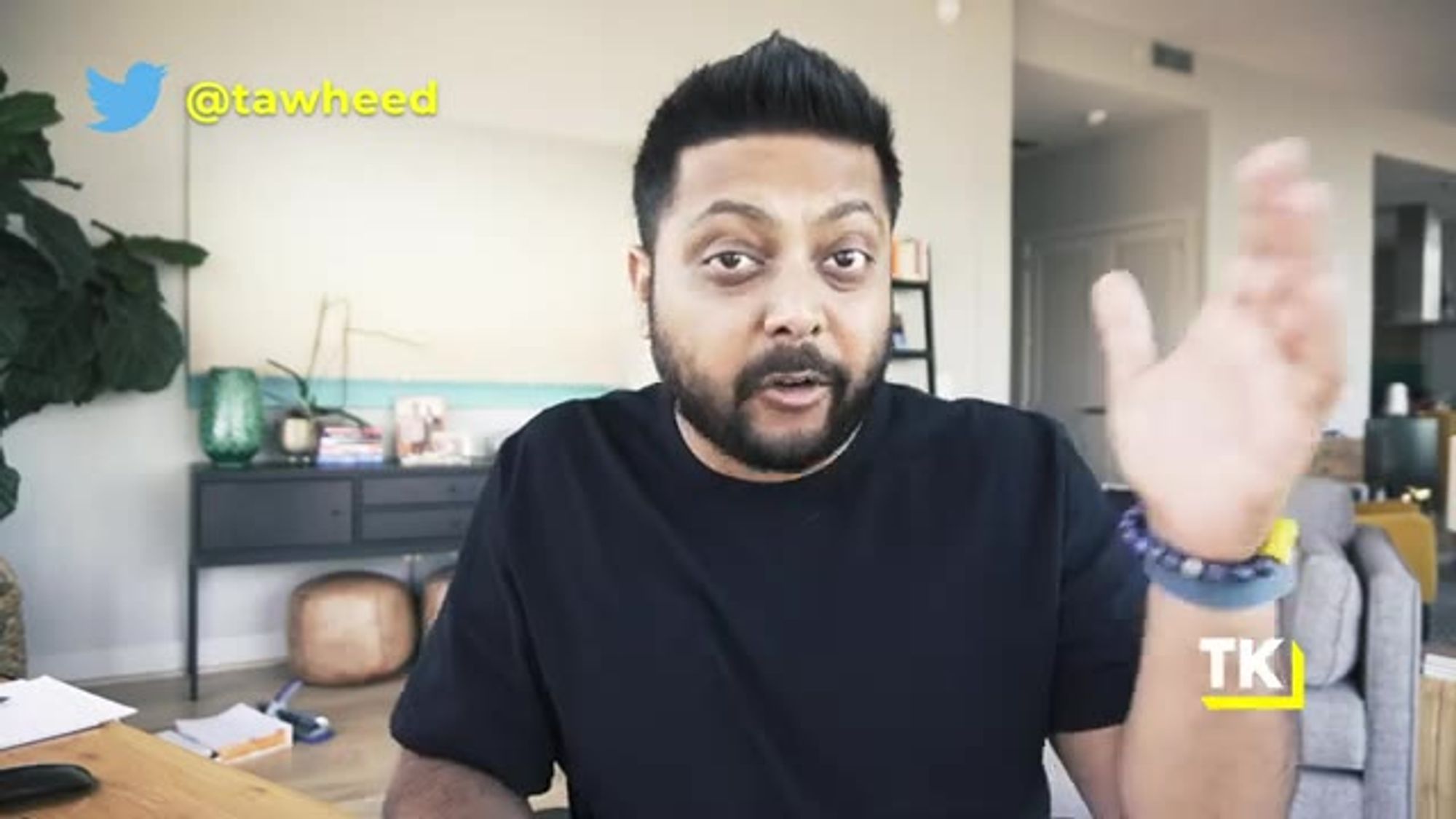
whether it be a Micro SaaS
idea or much more in-depth one.
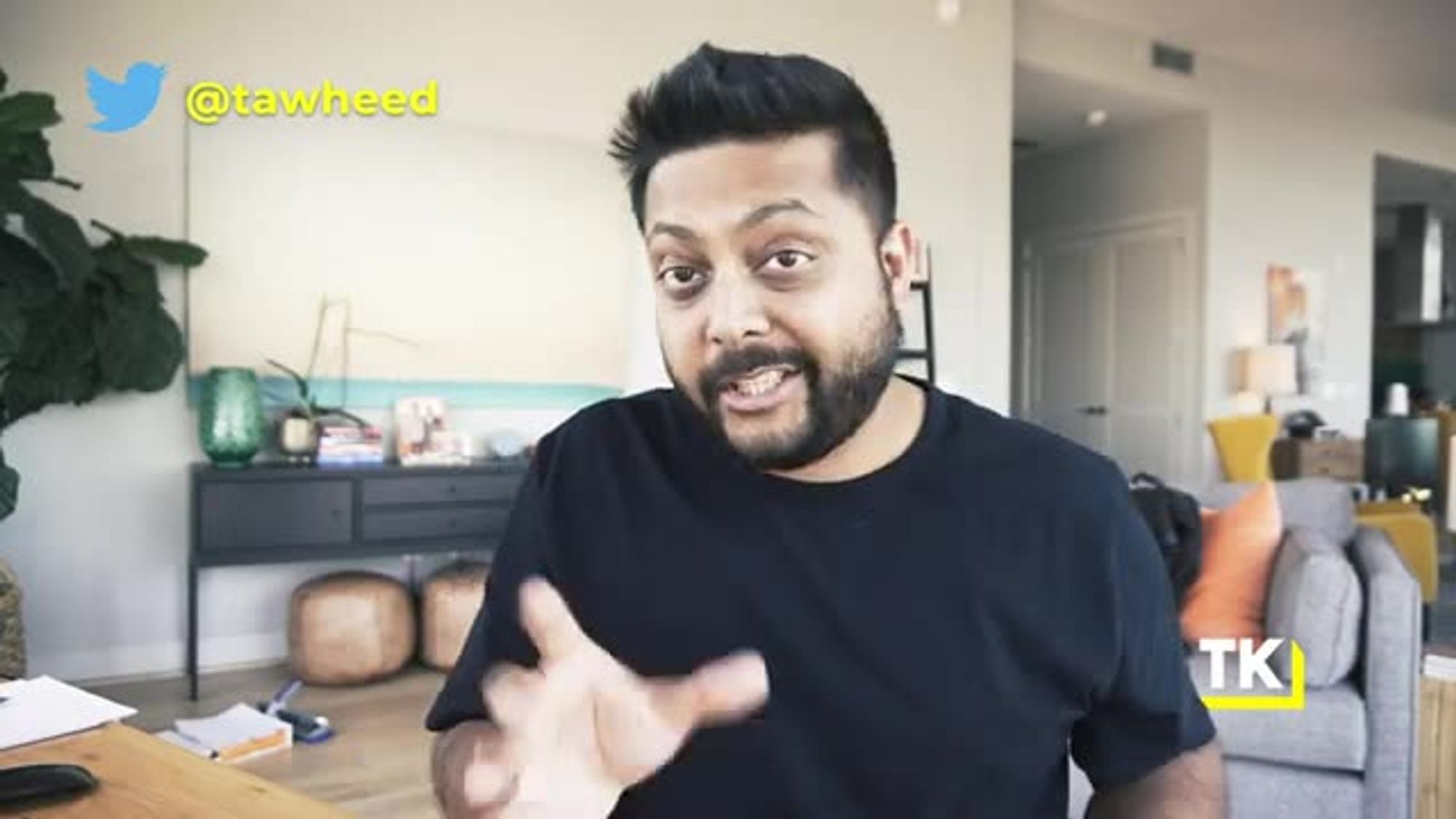
That checklist works really well
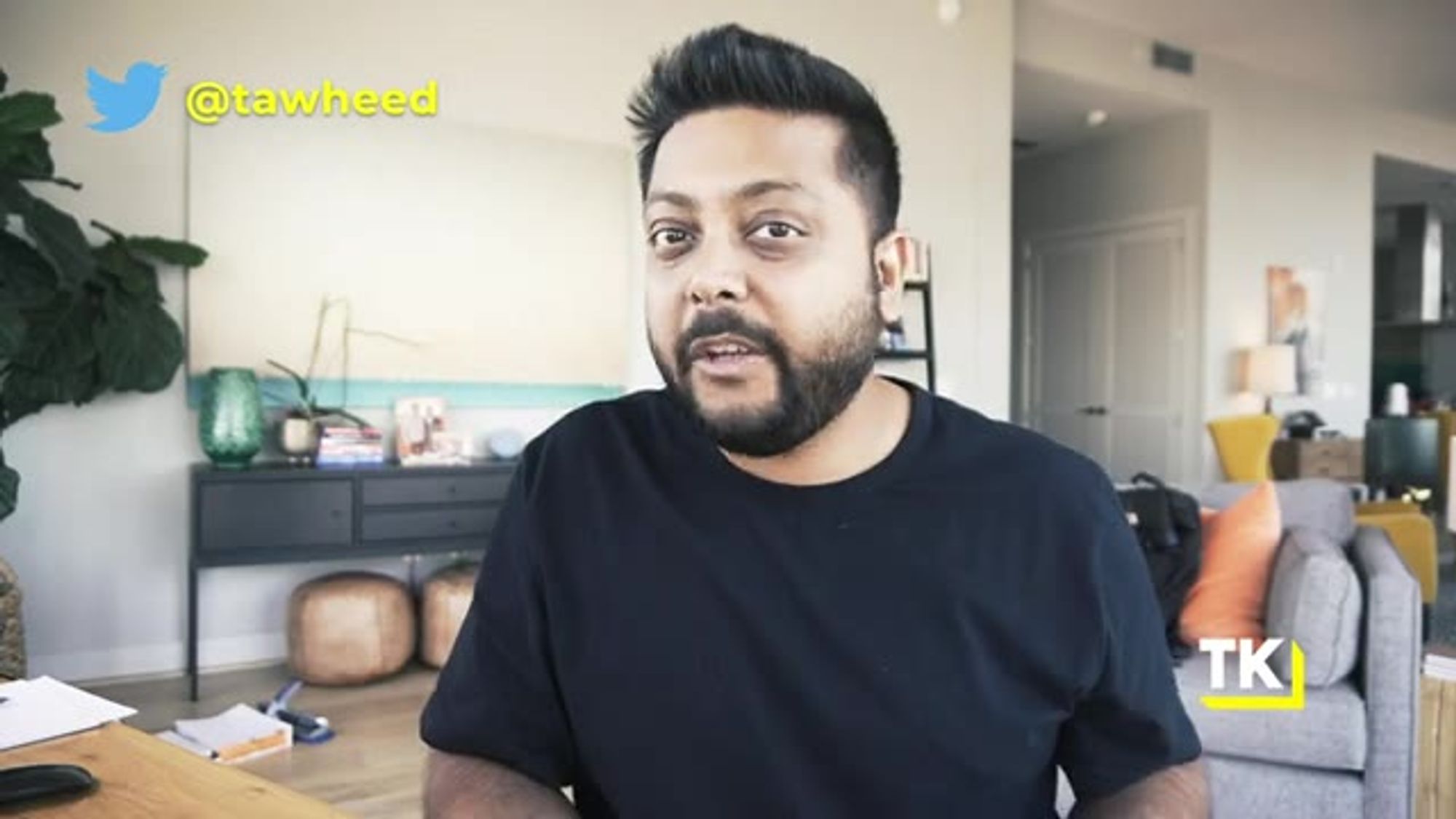
for Micro SaaS ideas particularly,
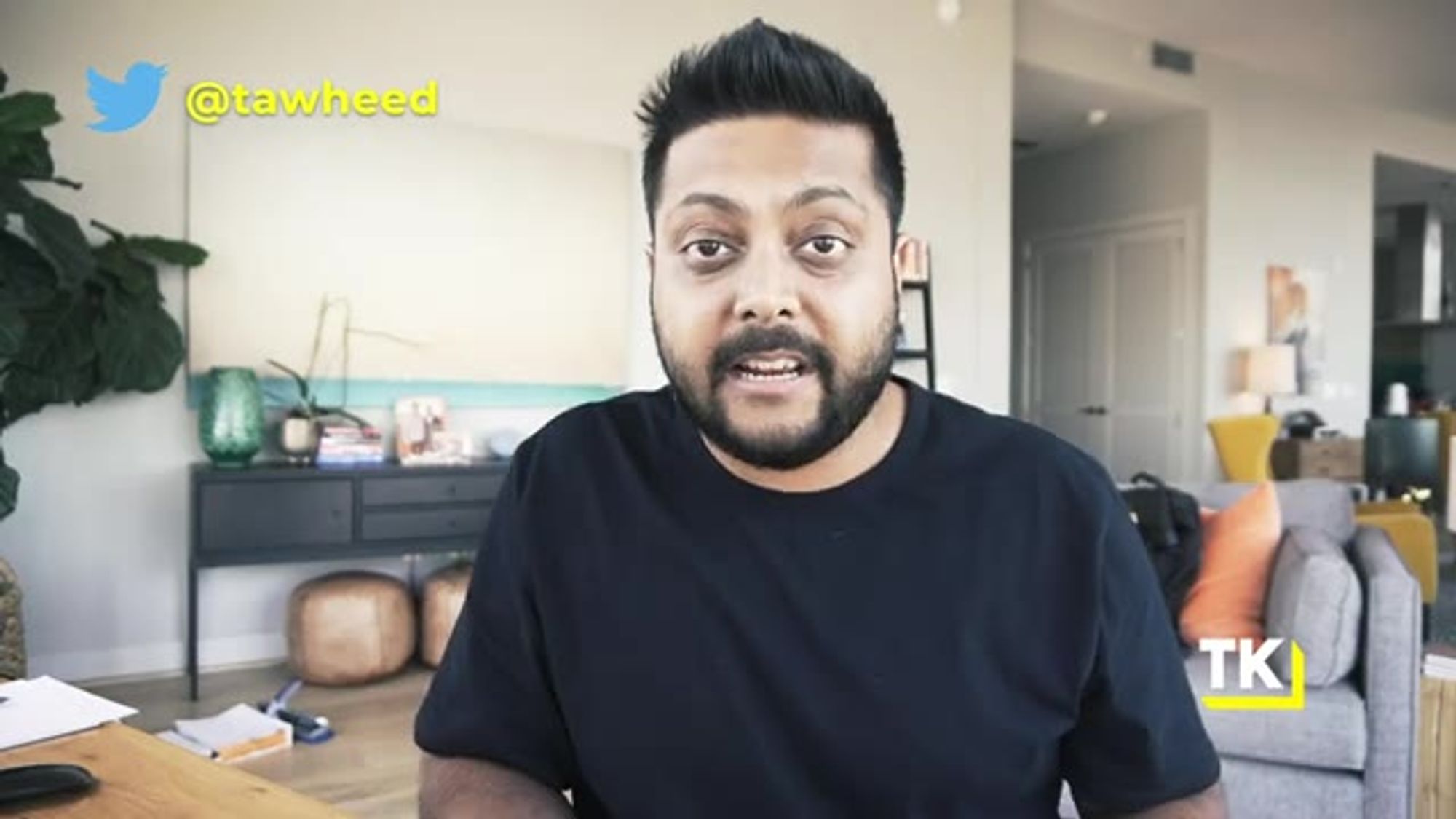
but will also extend to
bigger SaaS ideas as well.
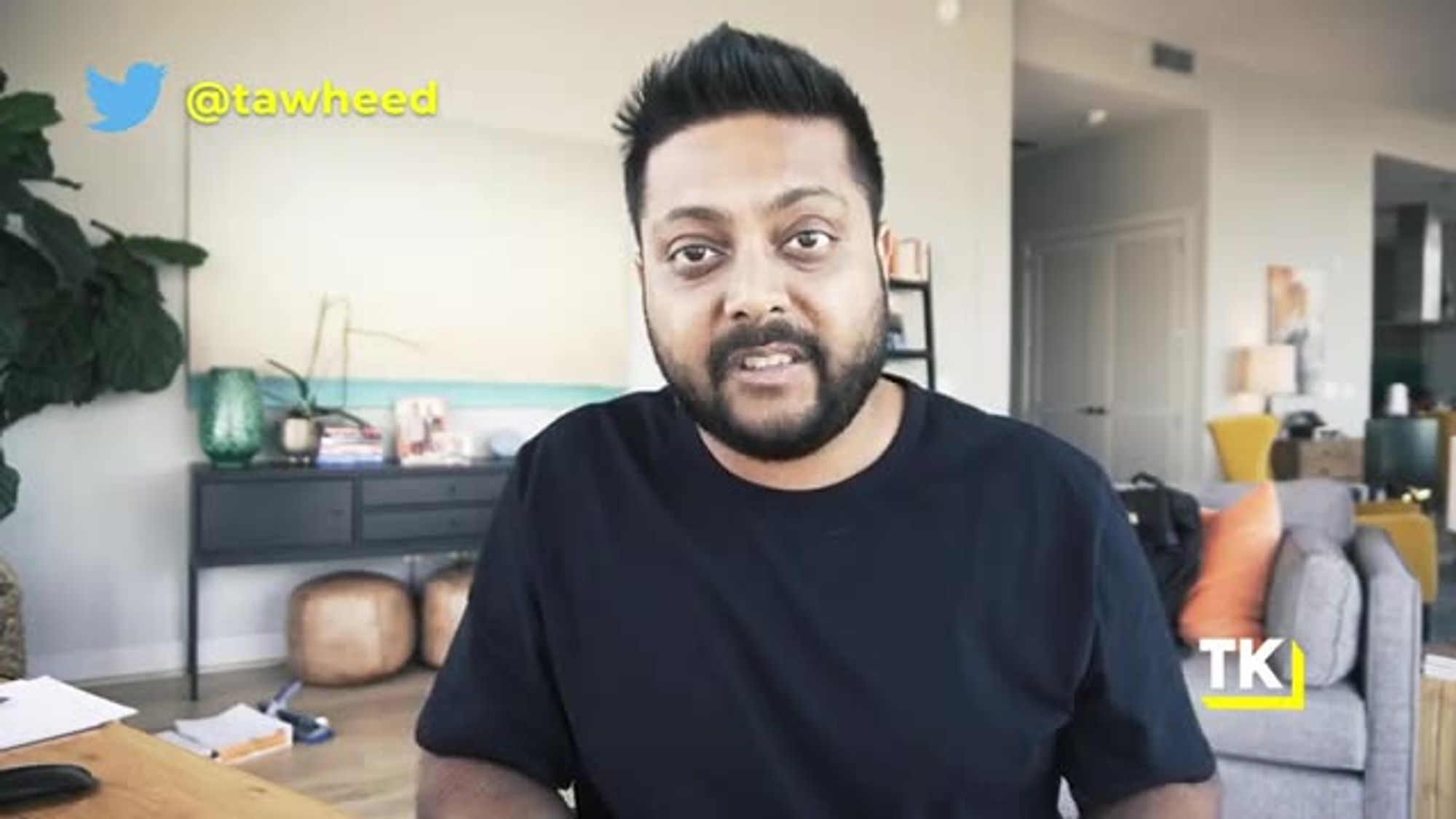
If you got value from this video,
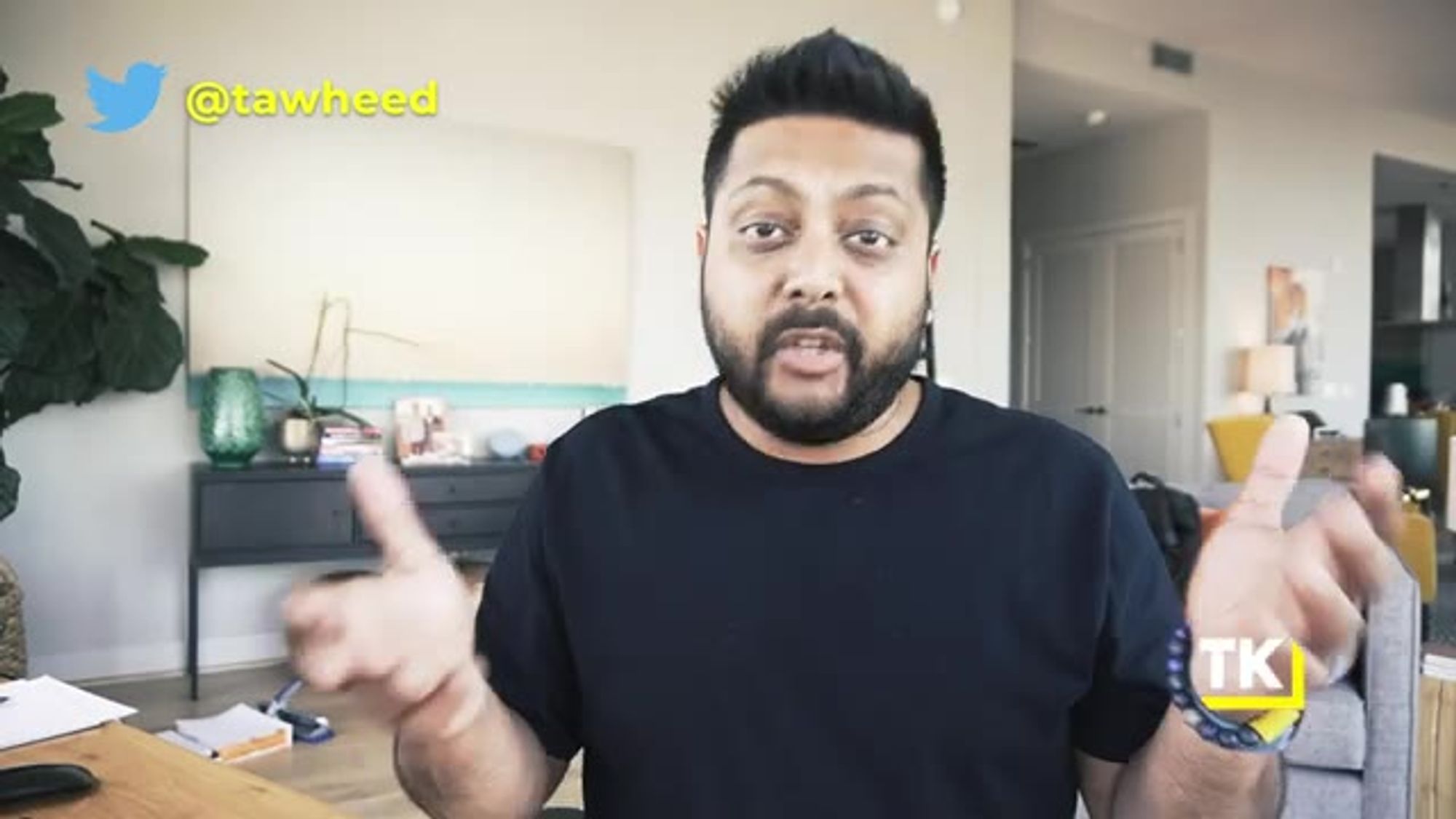
be sure to smash that like button.
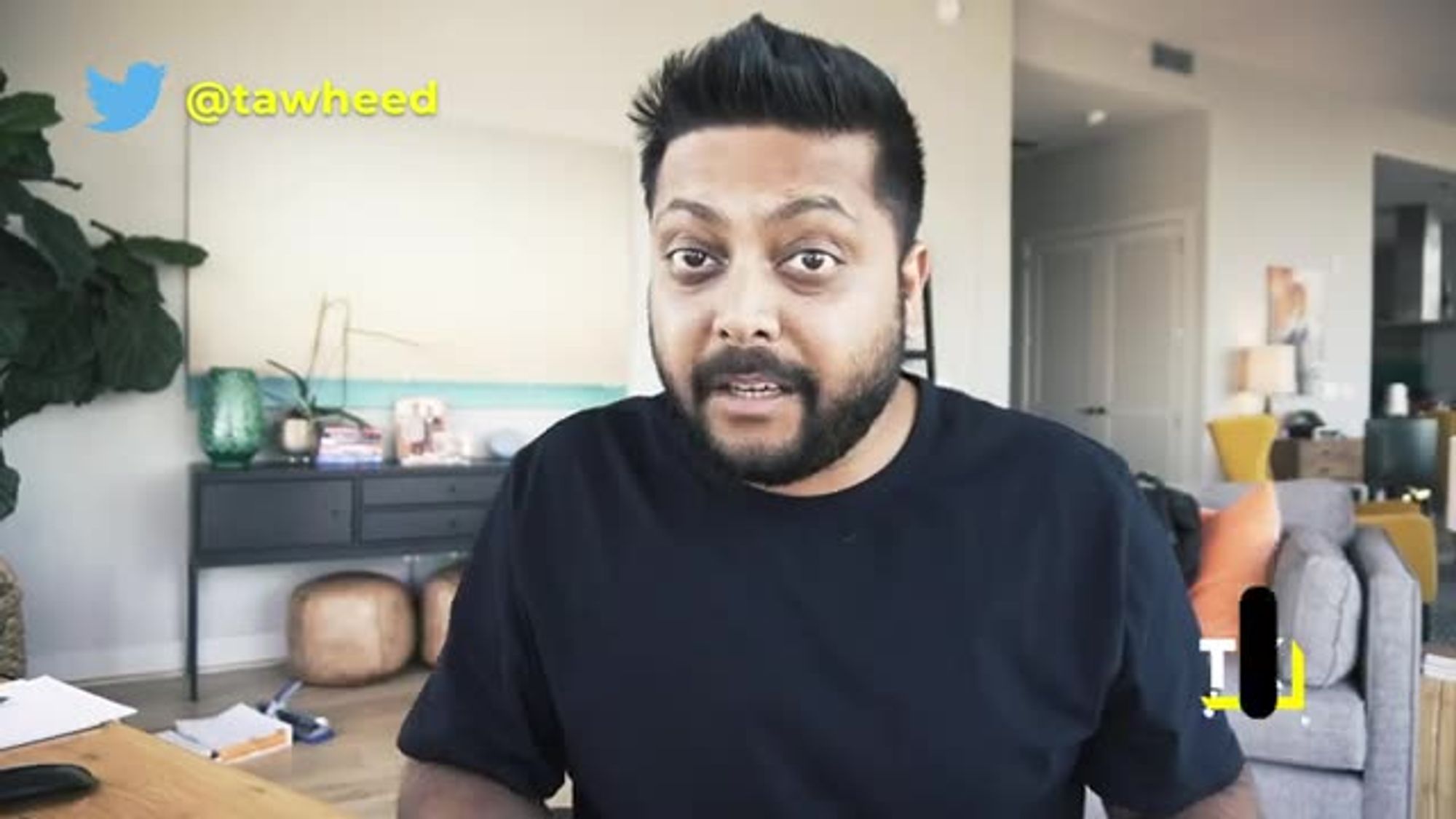
I drop a video like this
two to three times a week
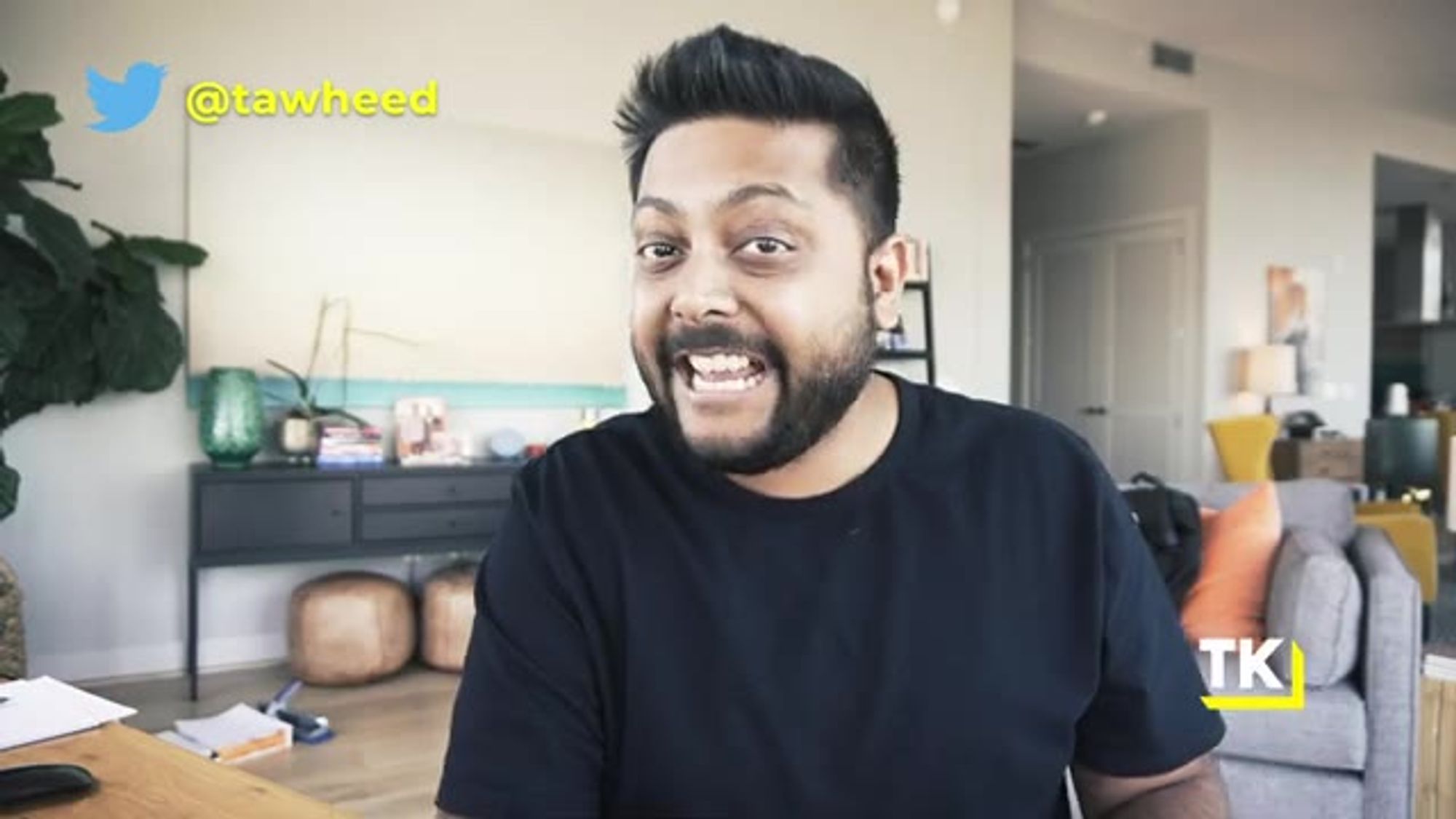
with the TK energy so be sure
to smash that subscribe button

and that bell icon so
that you get notified.
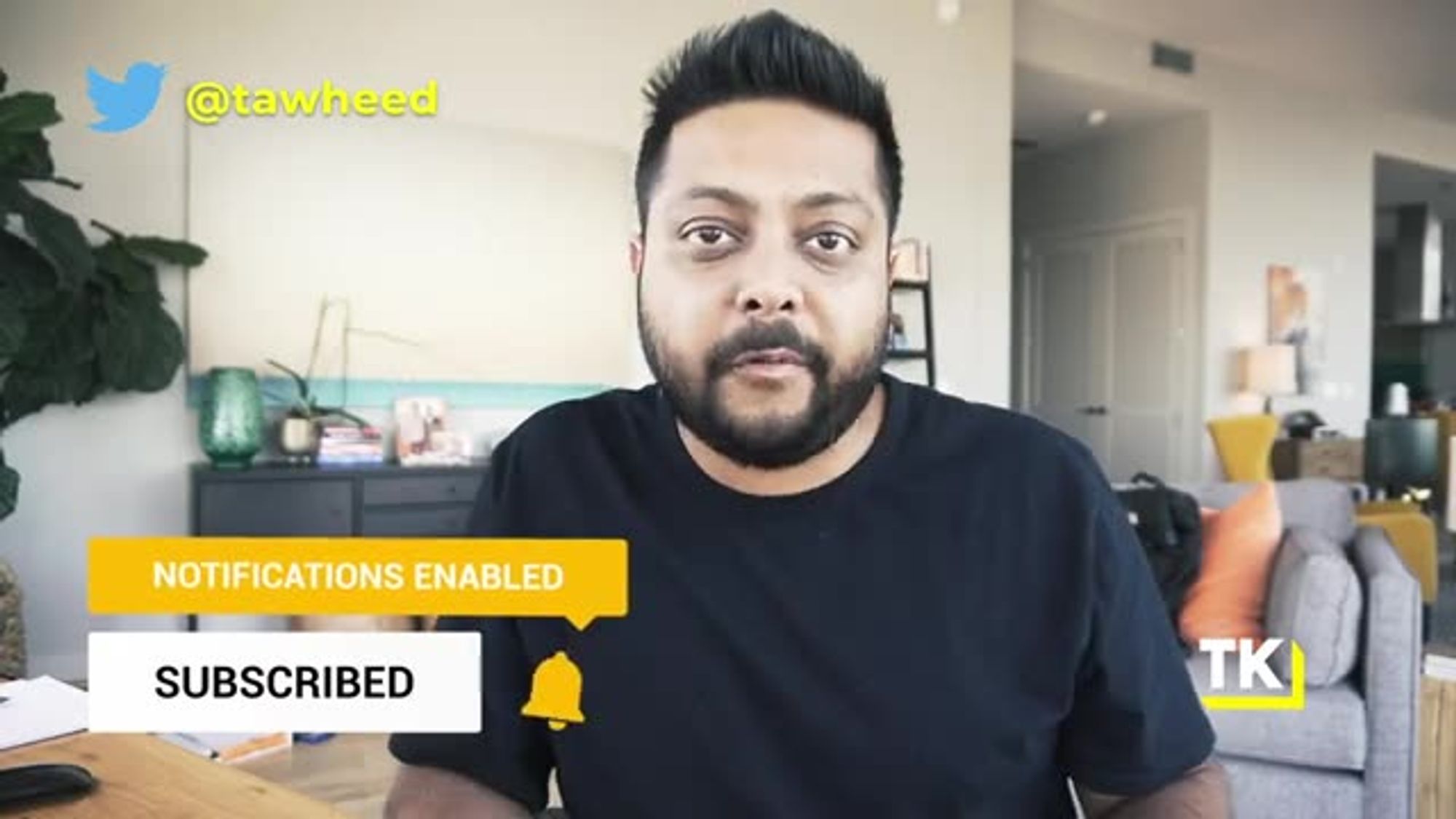
If you have a fellow founder,
fellow engineer friend
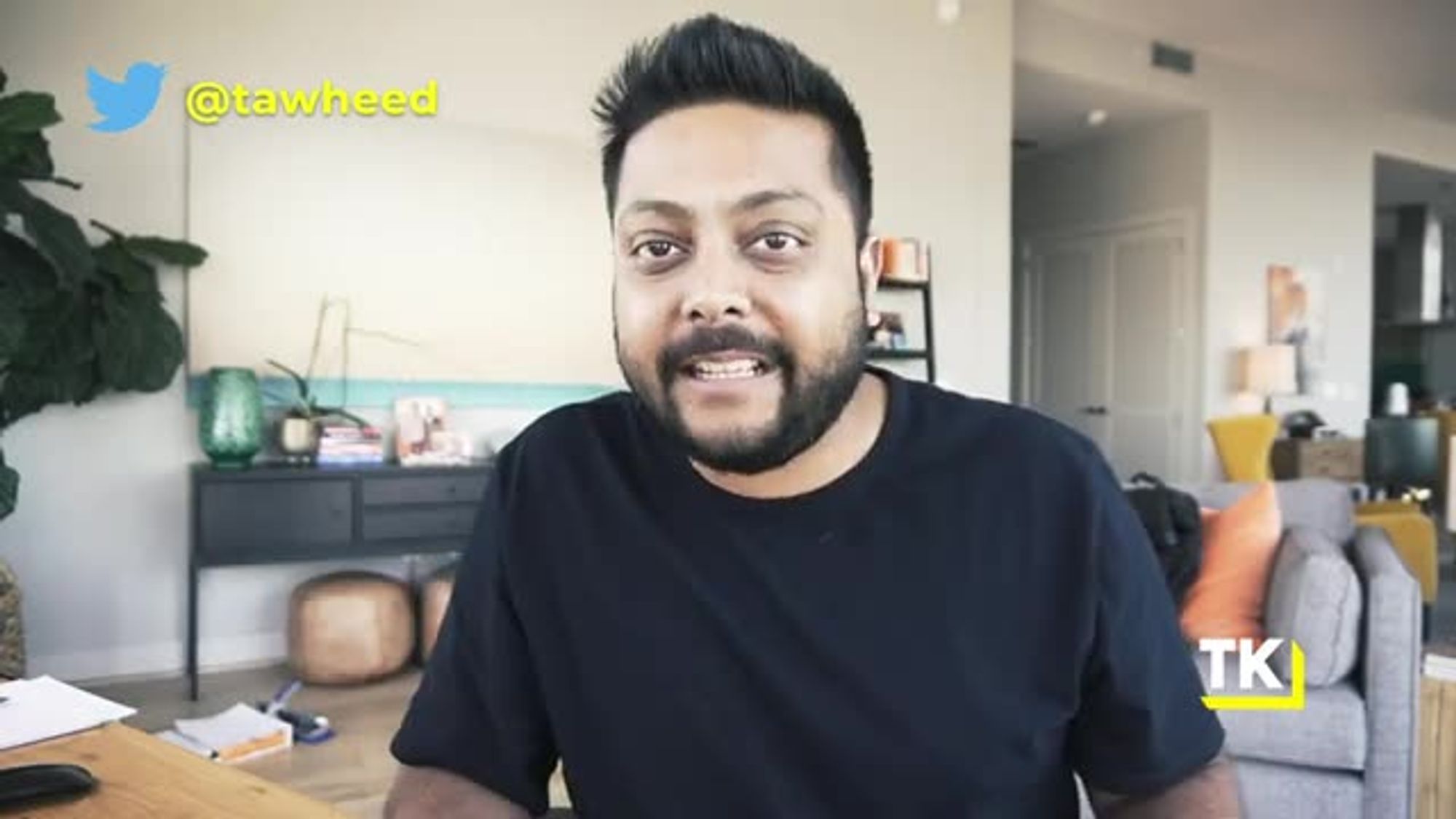
that wants to get into becoming a founder,
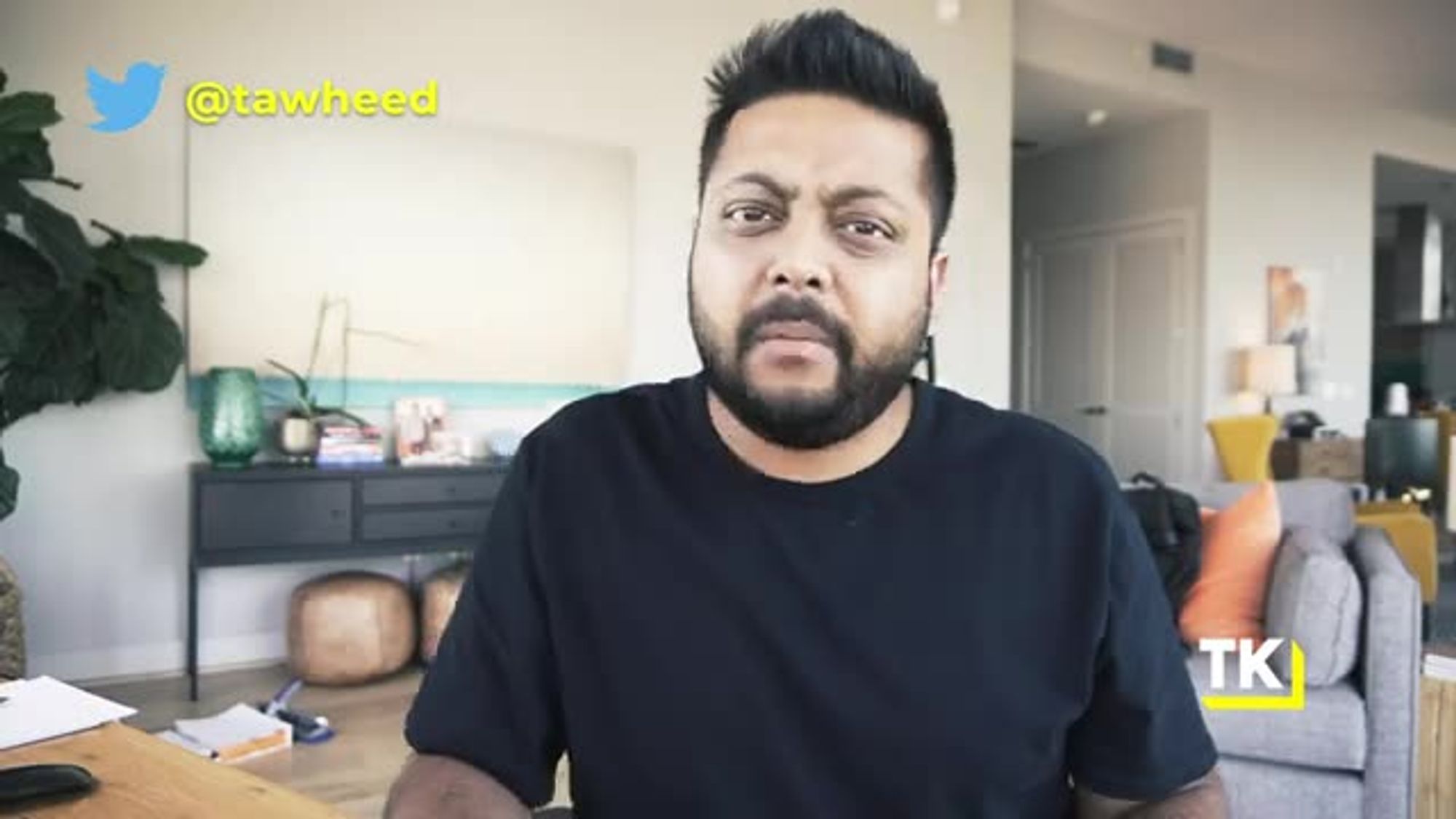
please sure this video with them,
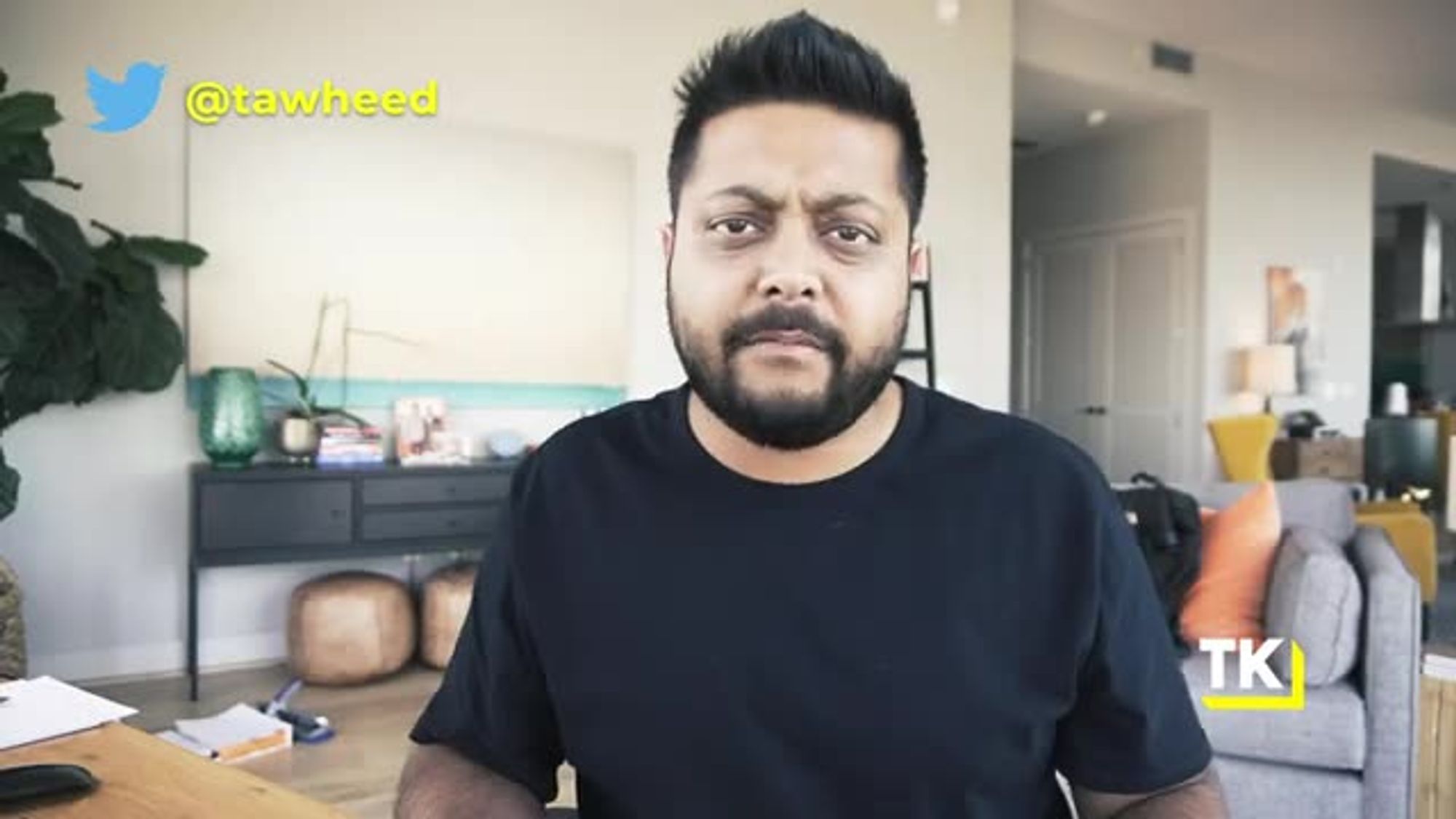
it'd just mean the world to us,

we put a lot of love into these videos
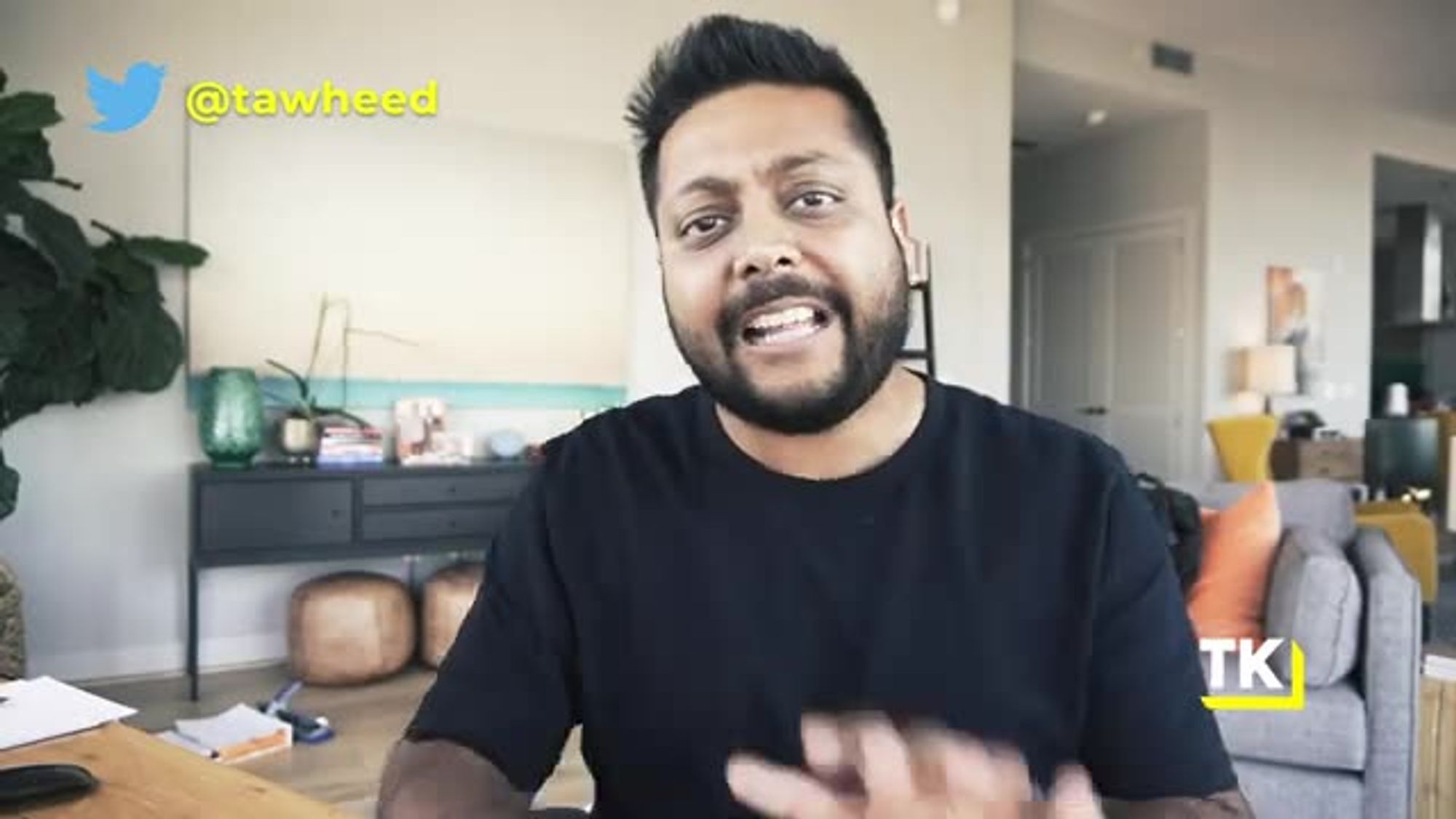
and lastly, remember,
everyone needs a strategy
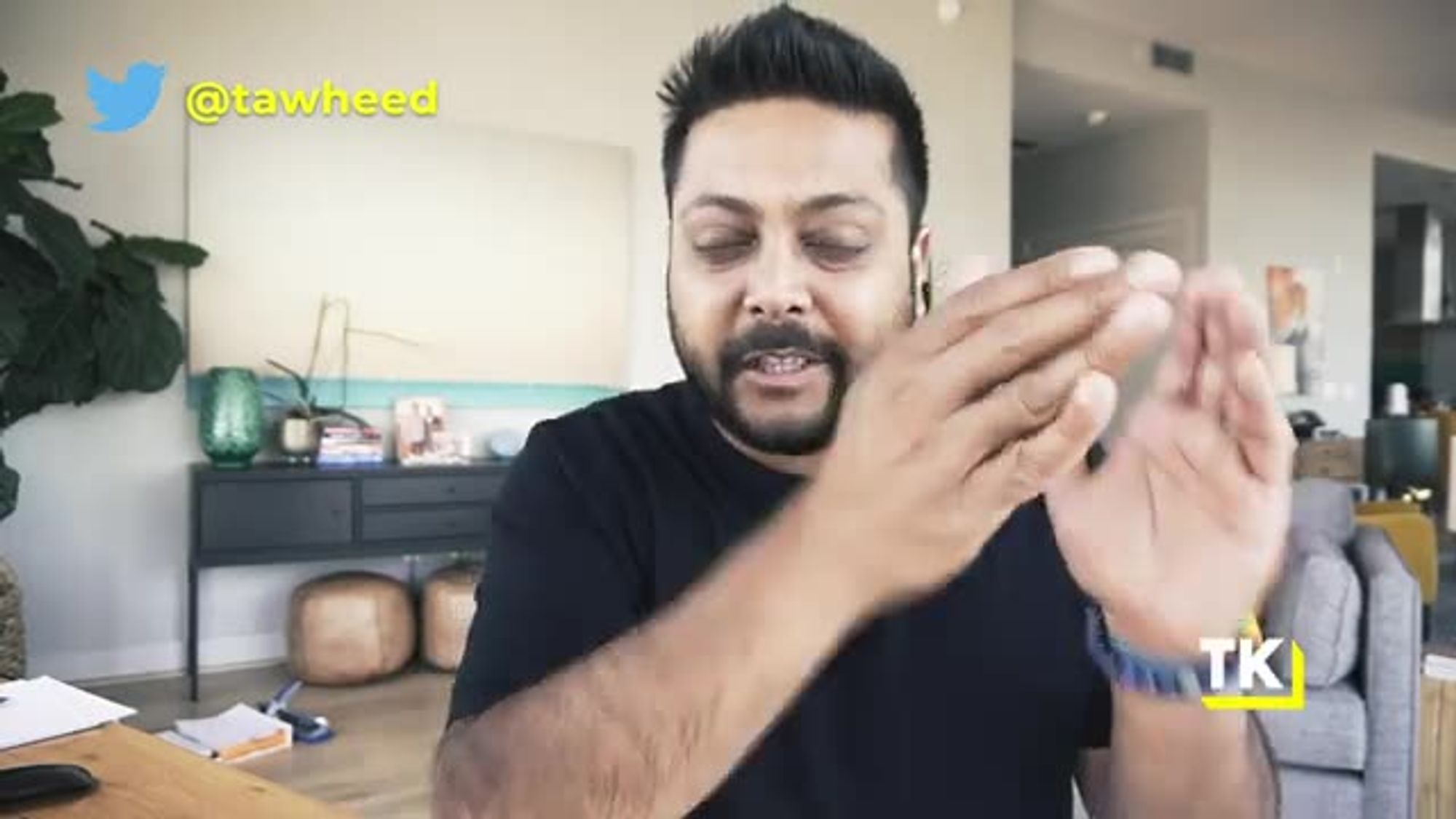
for their life and their business,

when you are with us,
yours is gonna be unstoppable.

I'm TK and I'll see you
in the next episode.
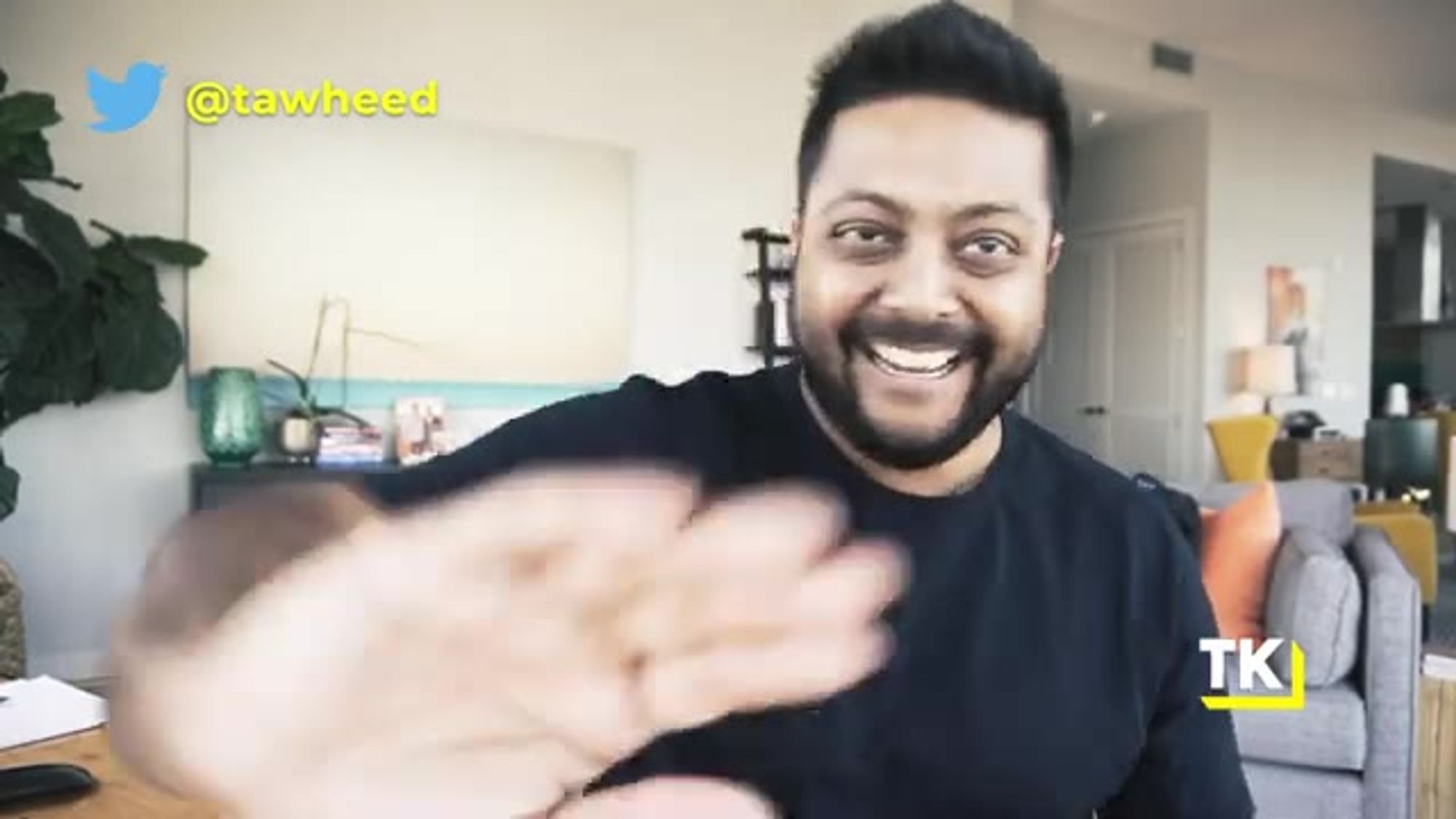
(bright music)

